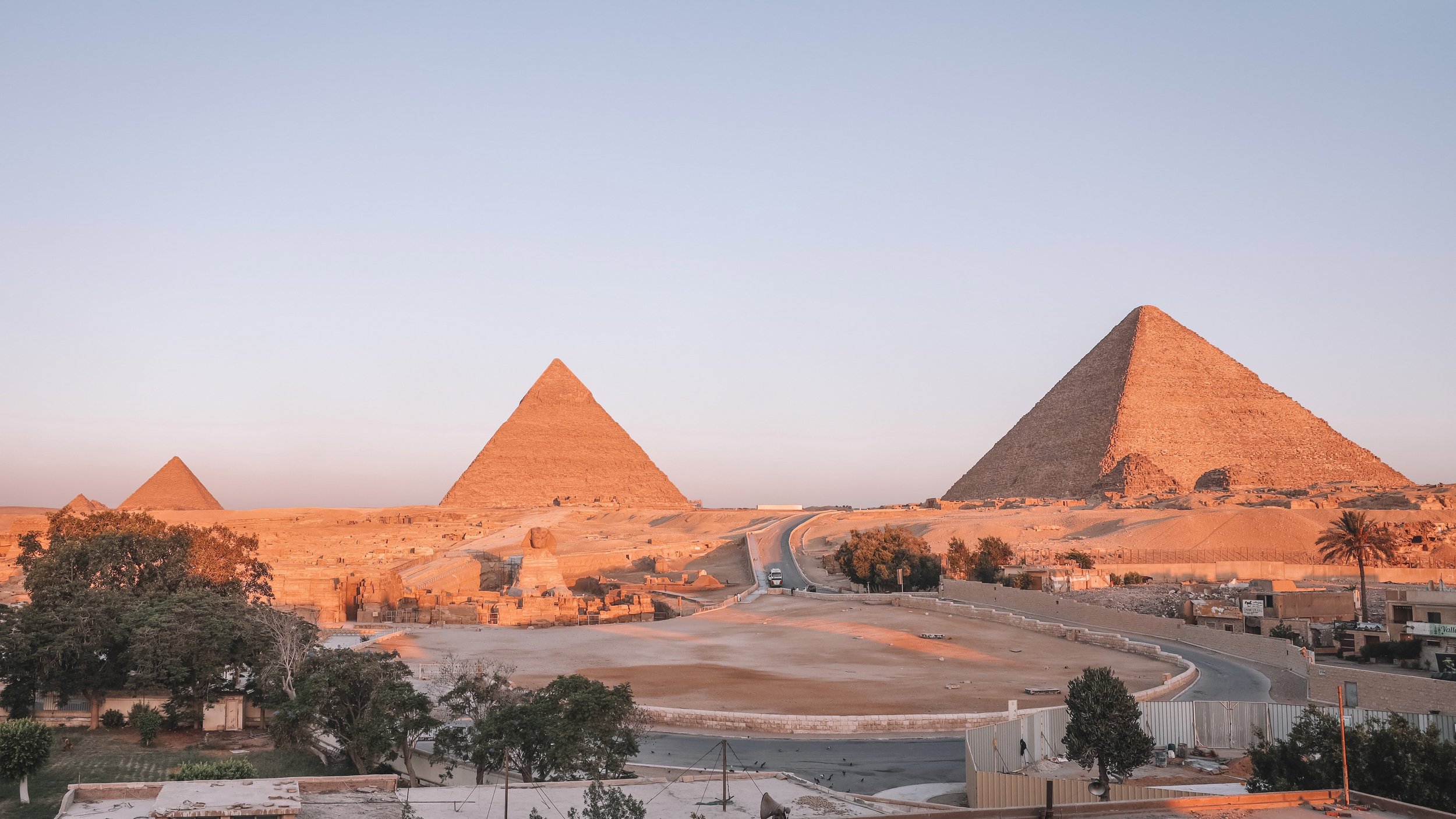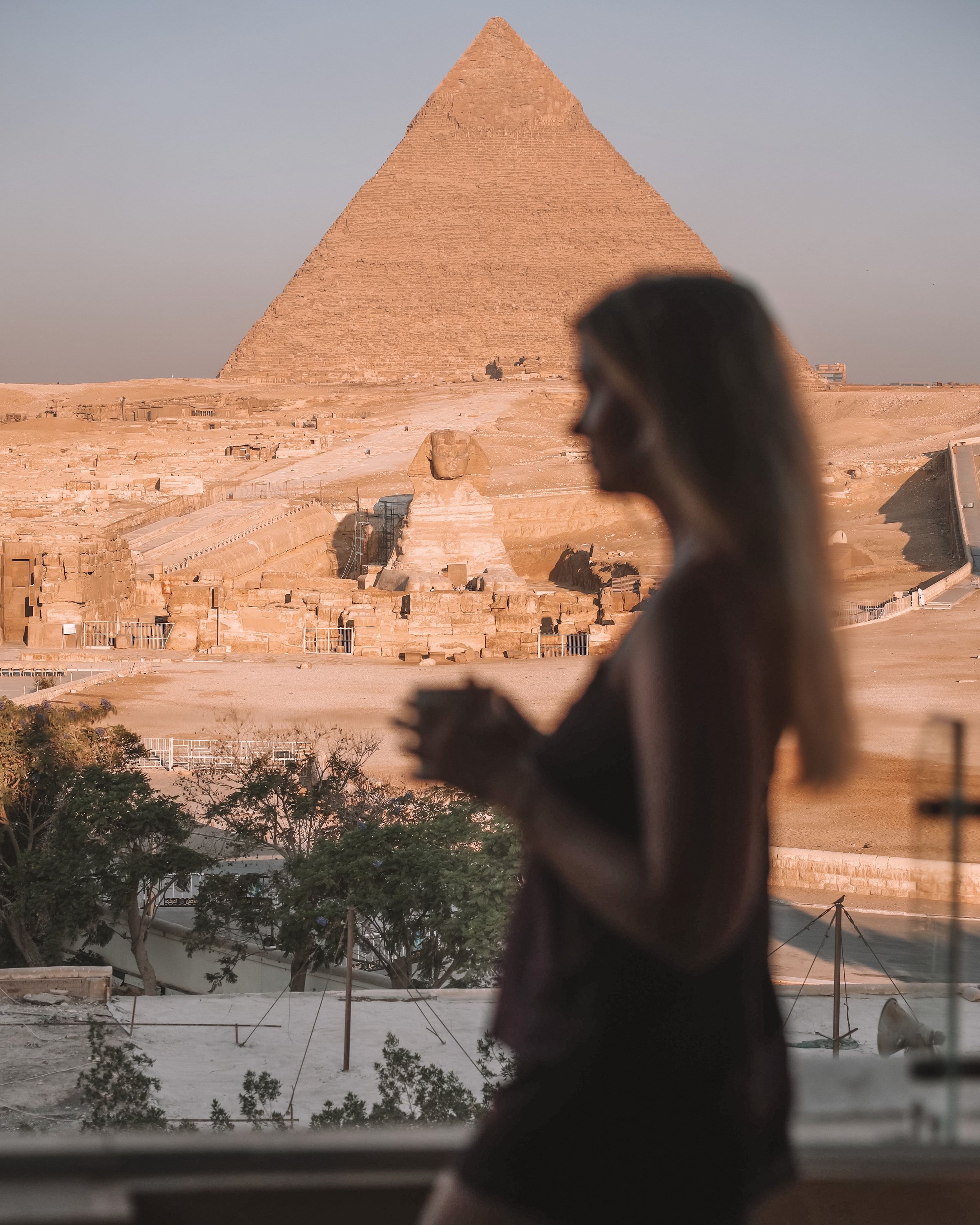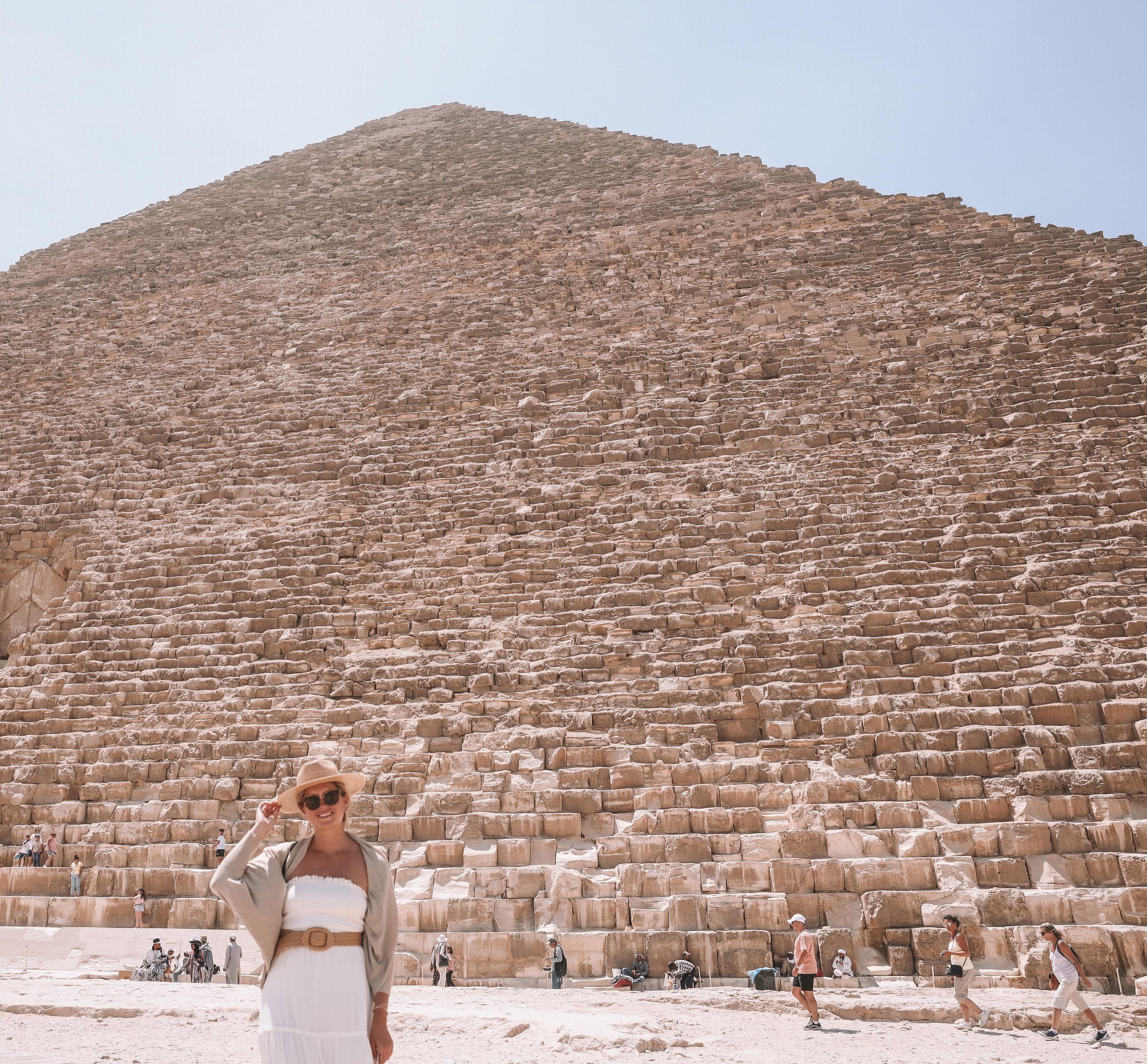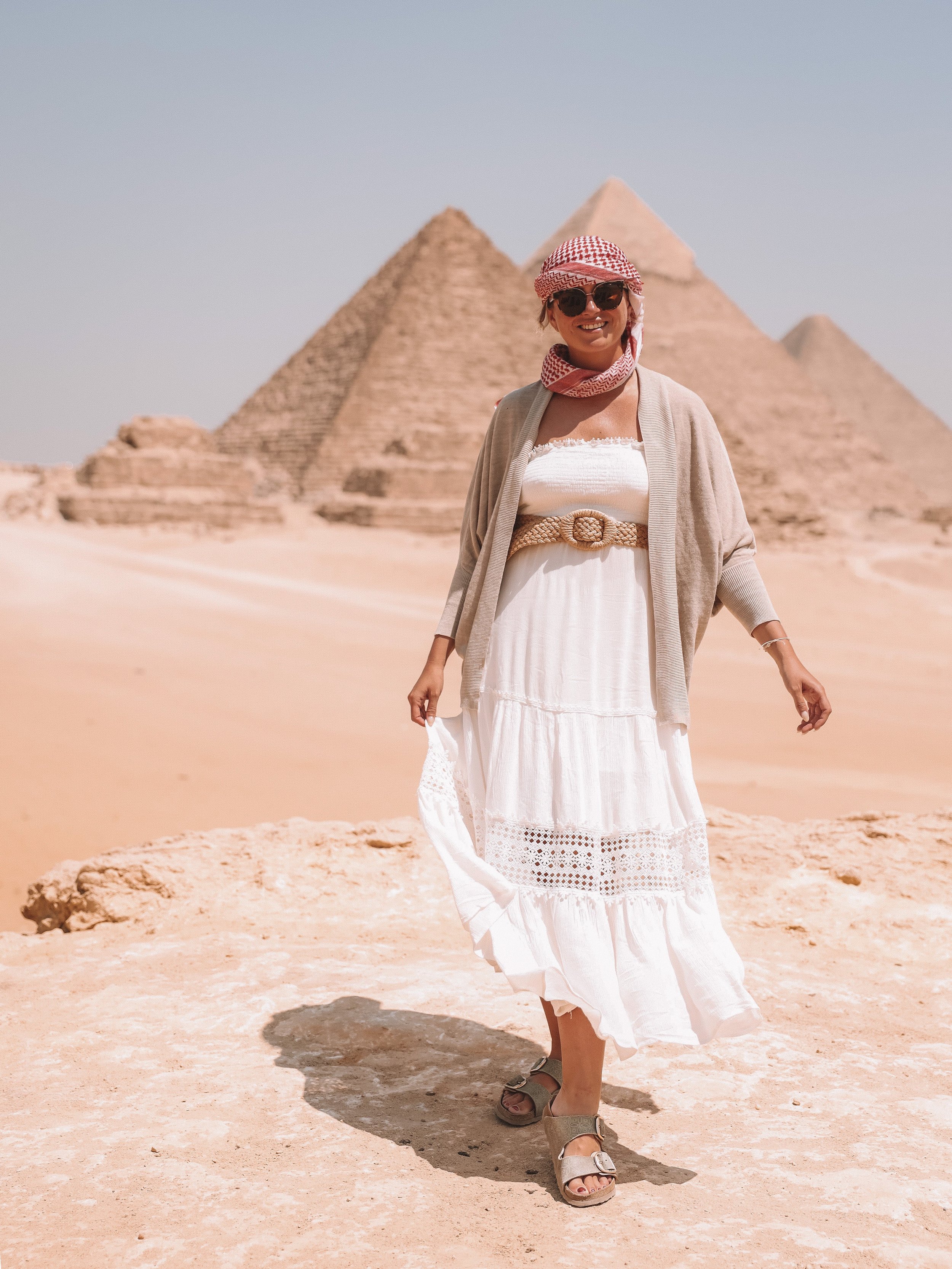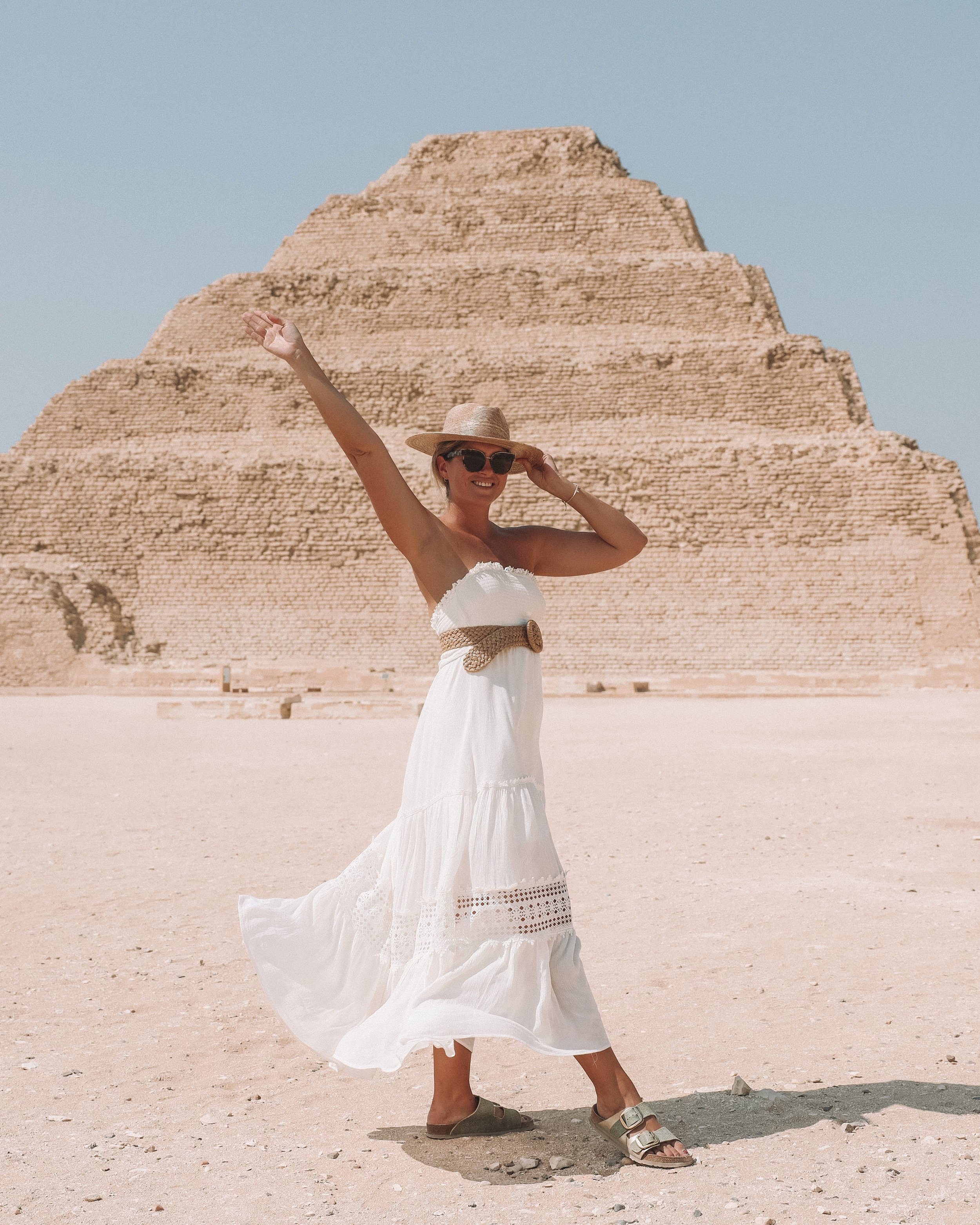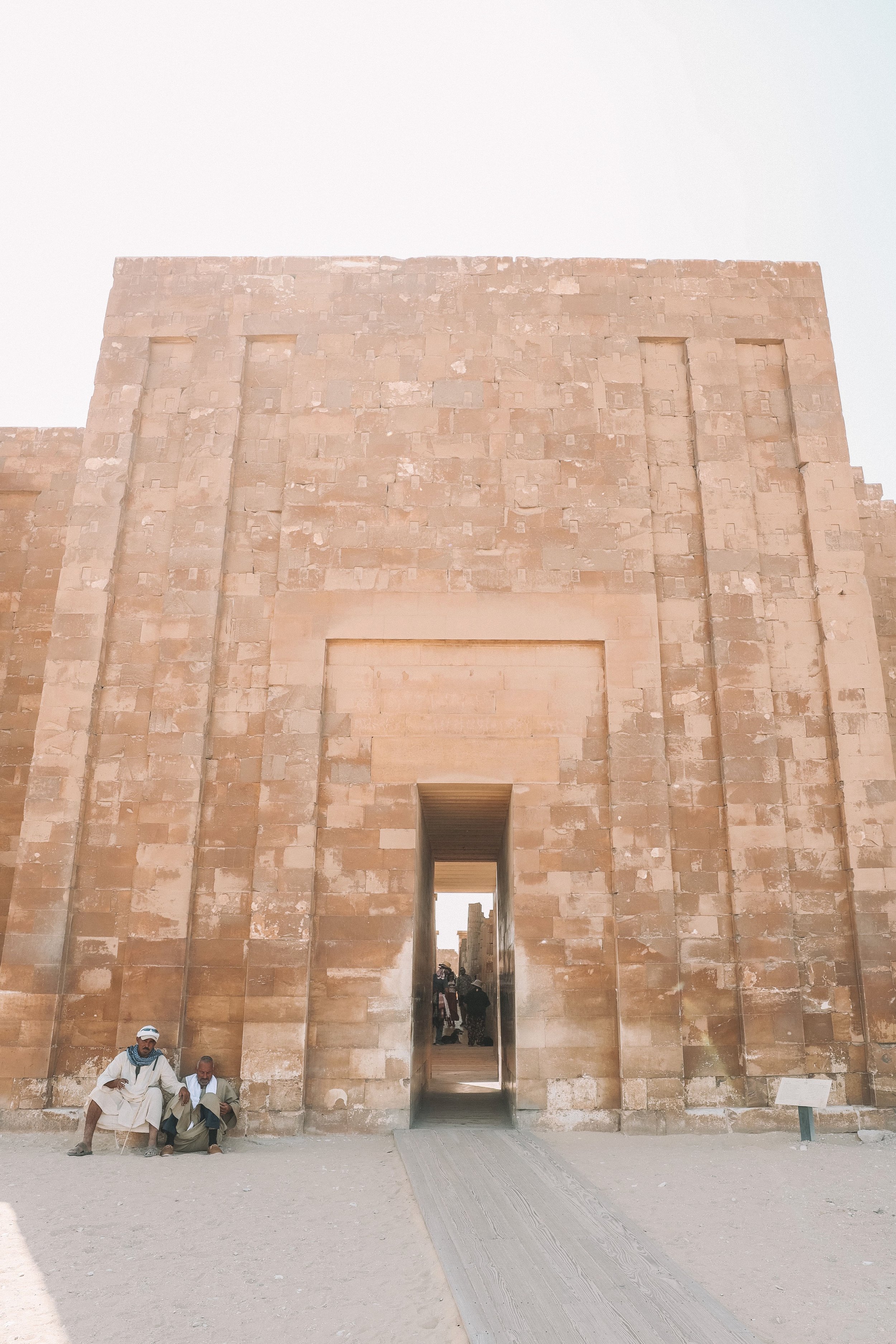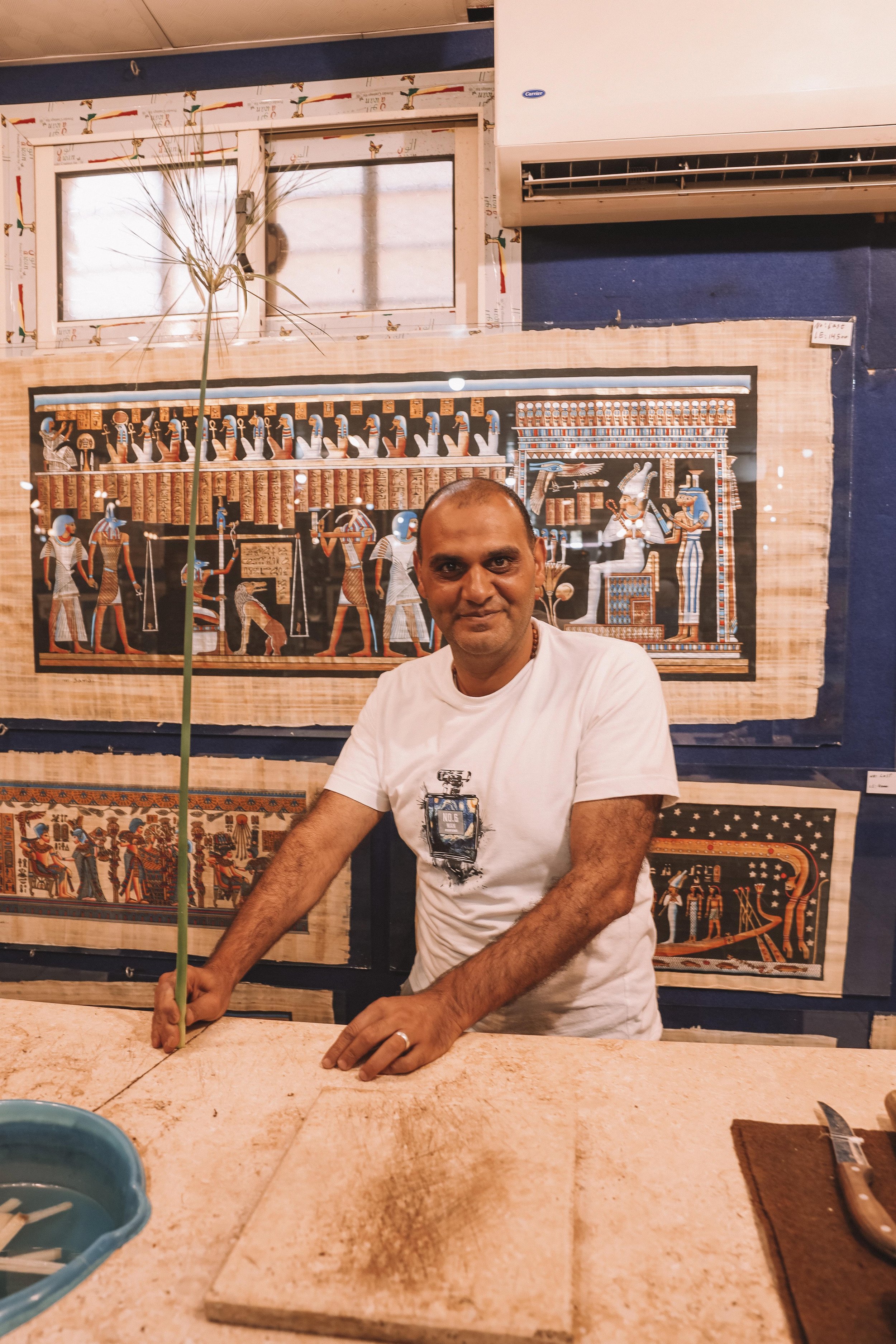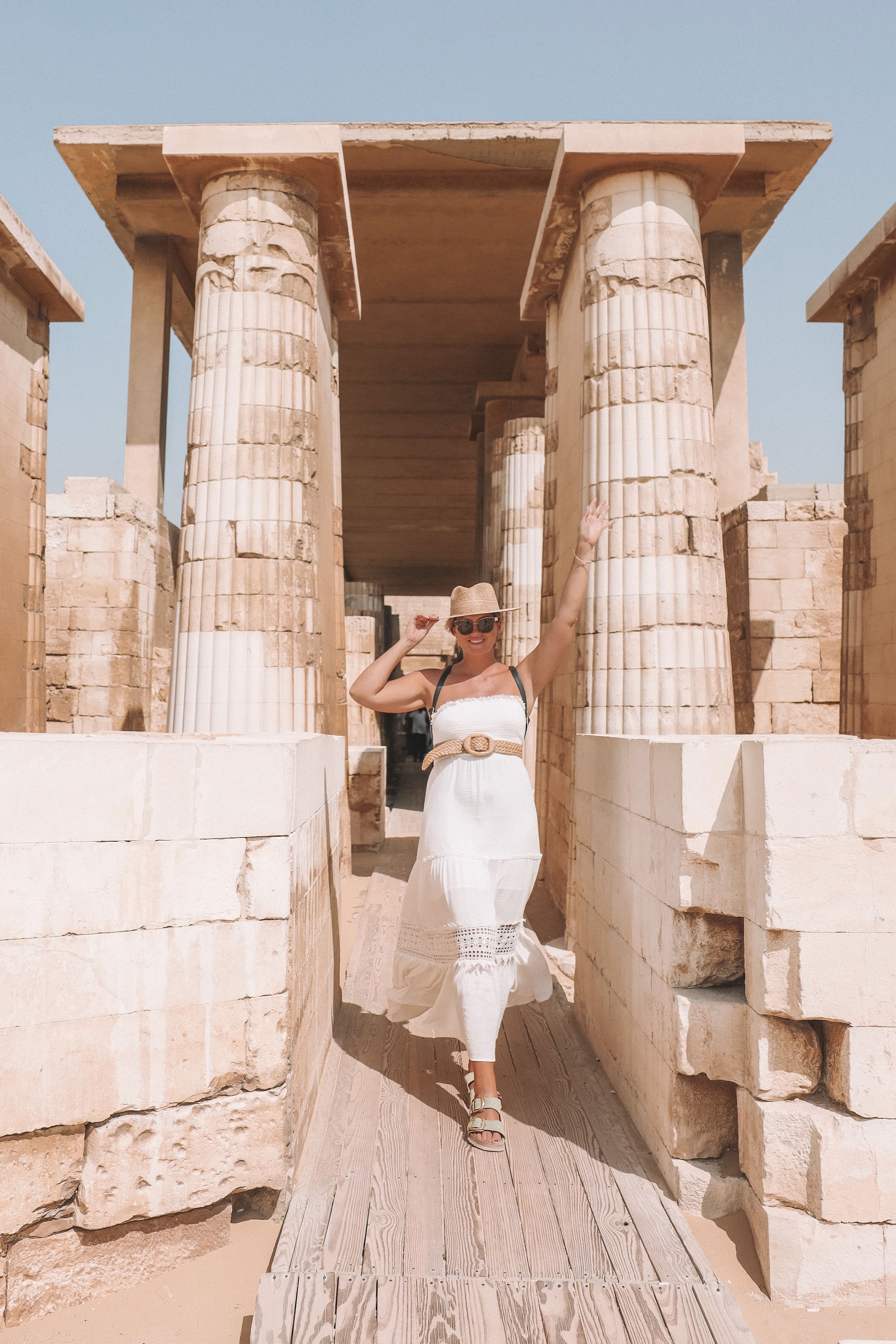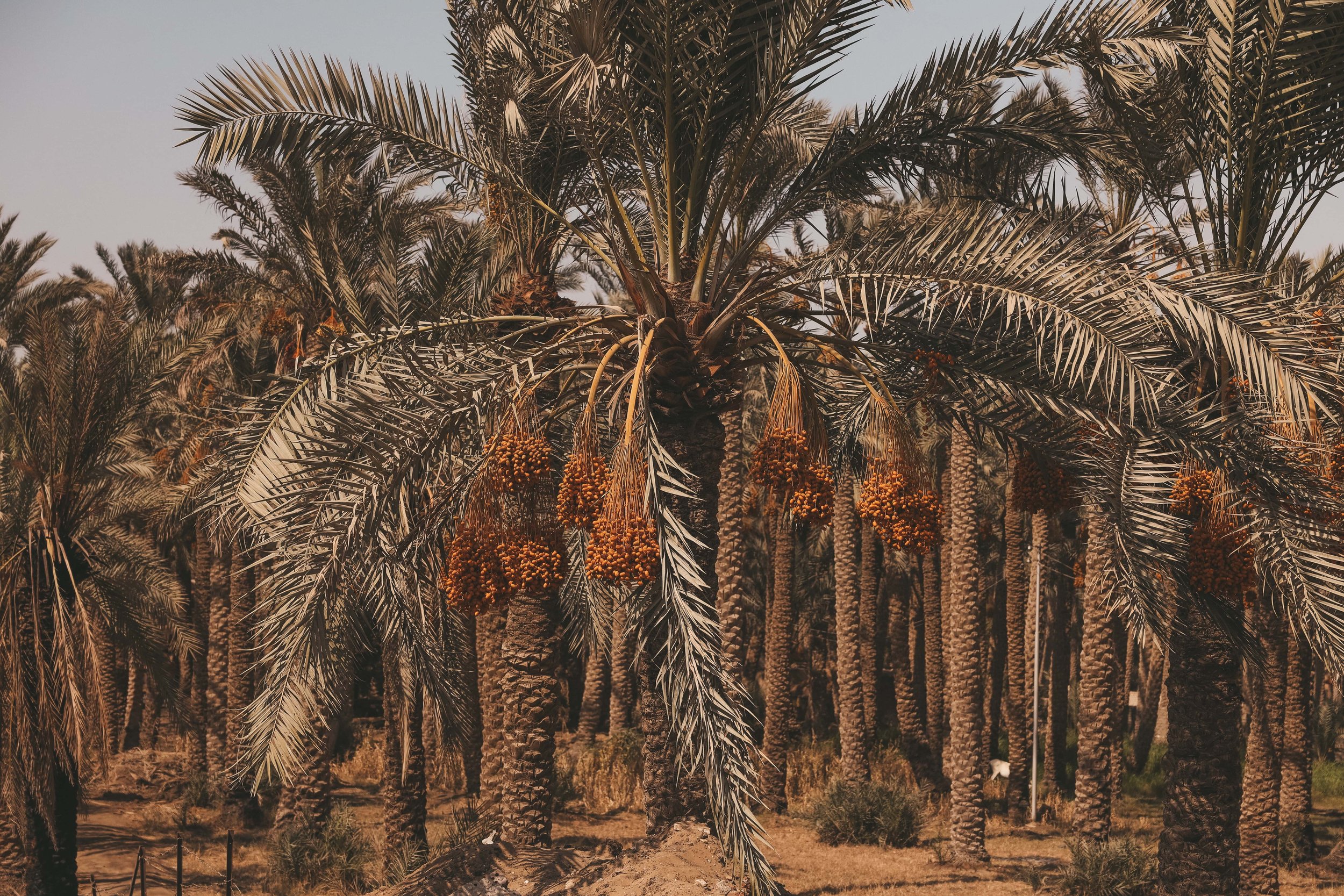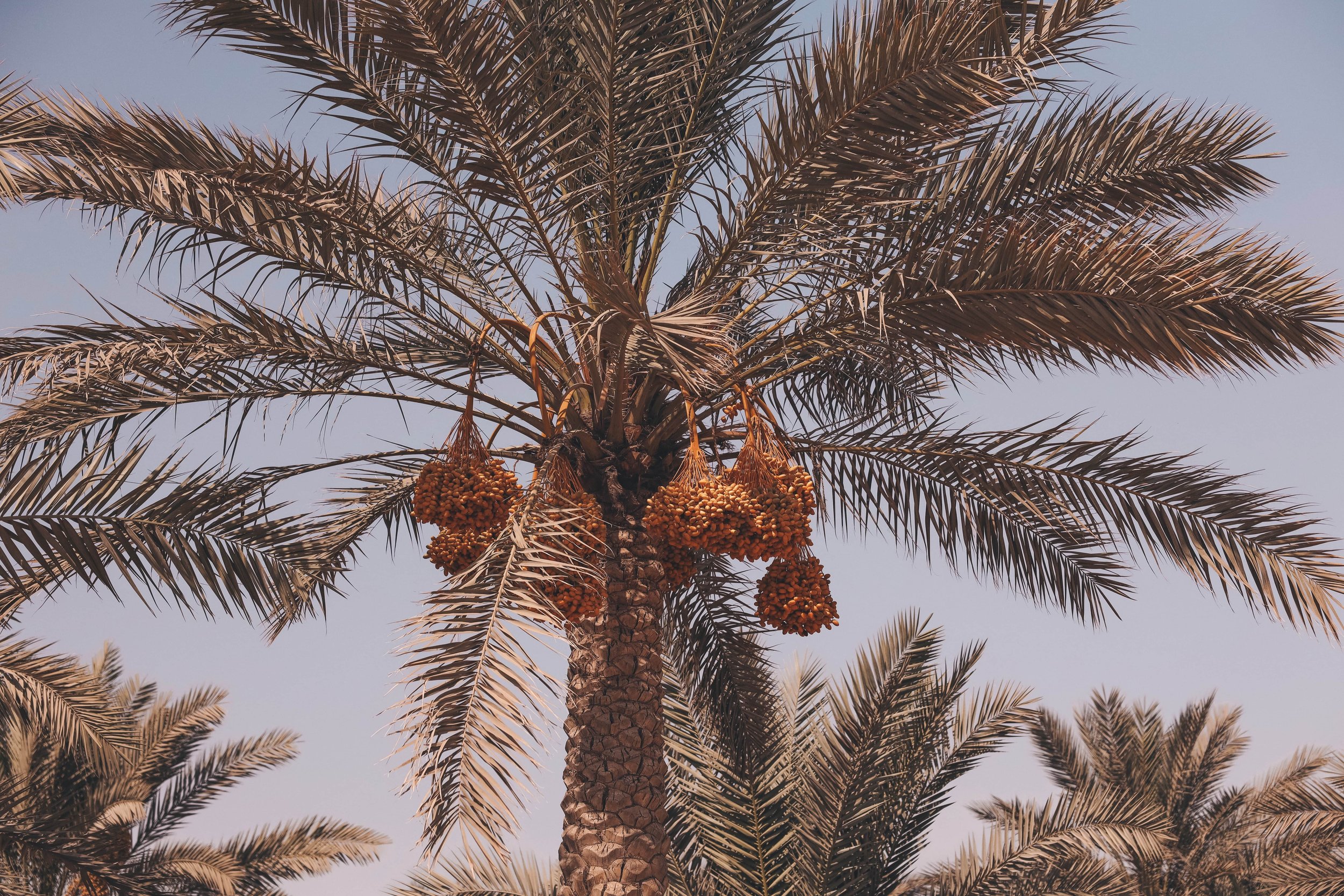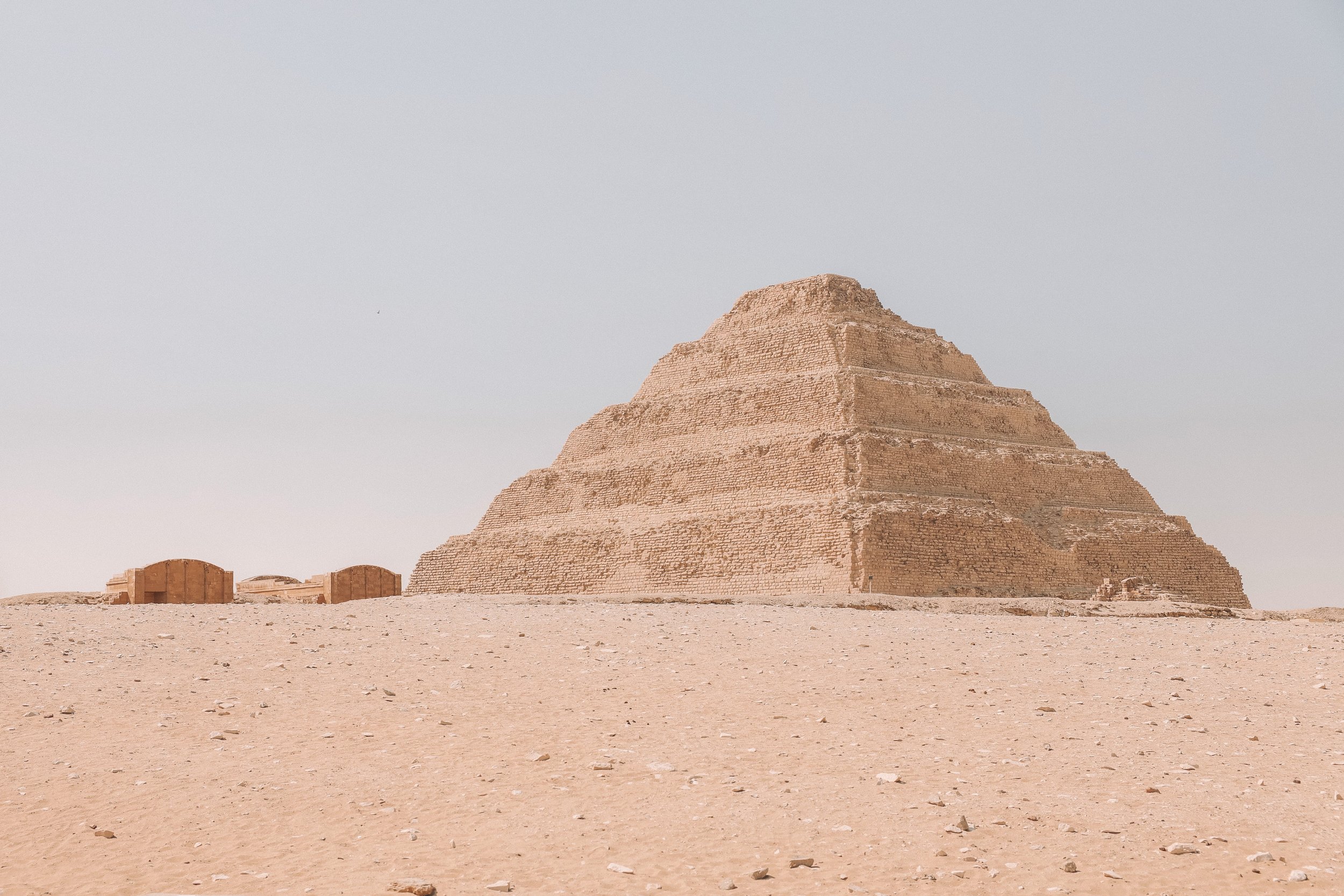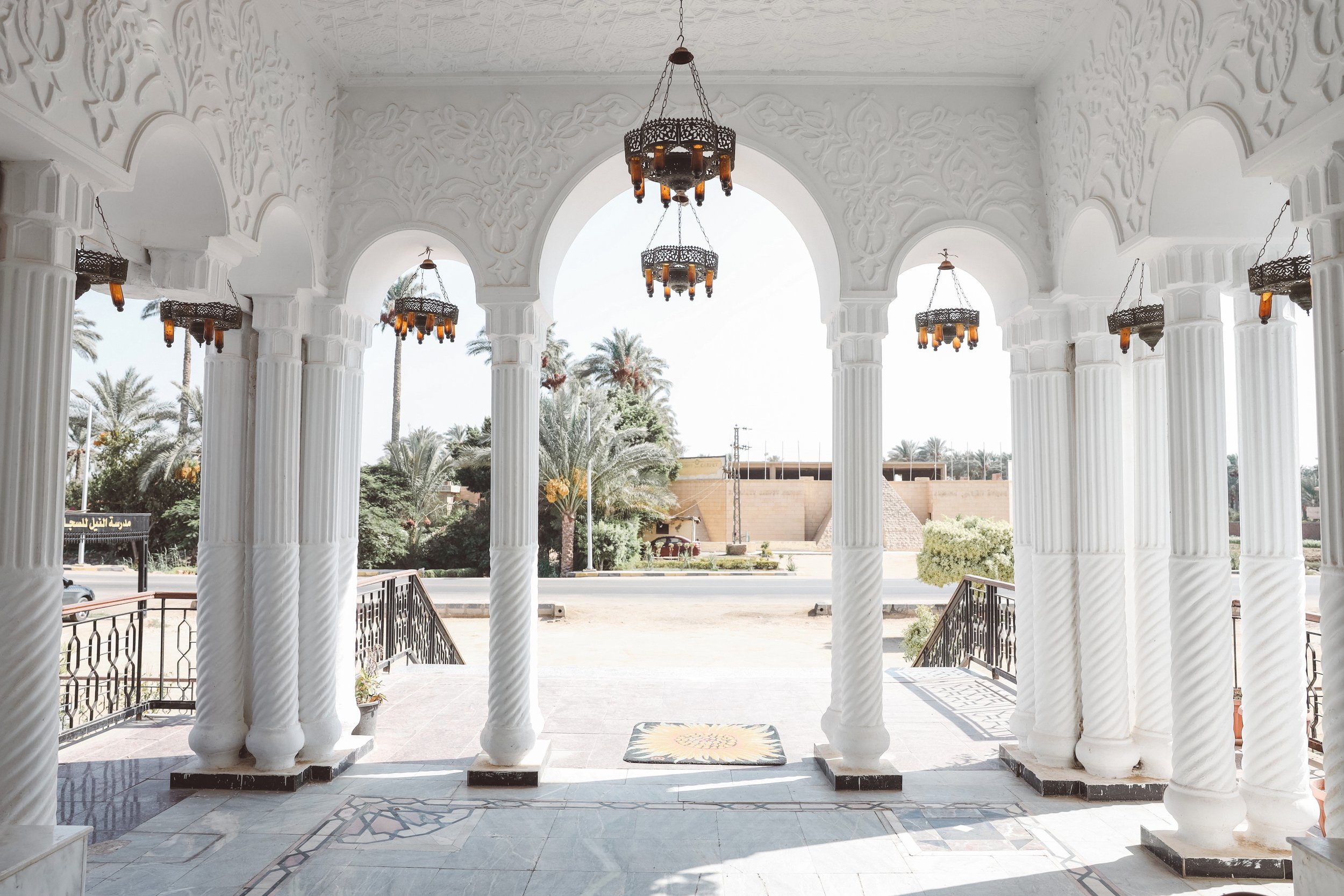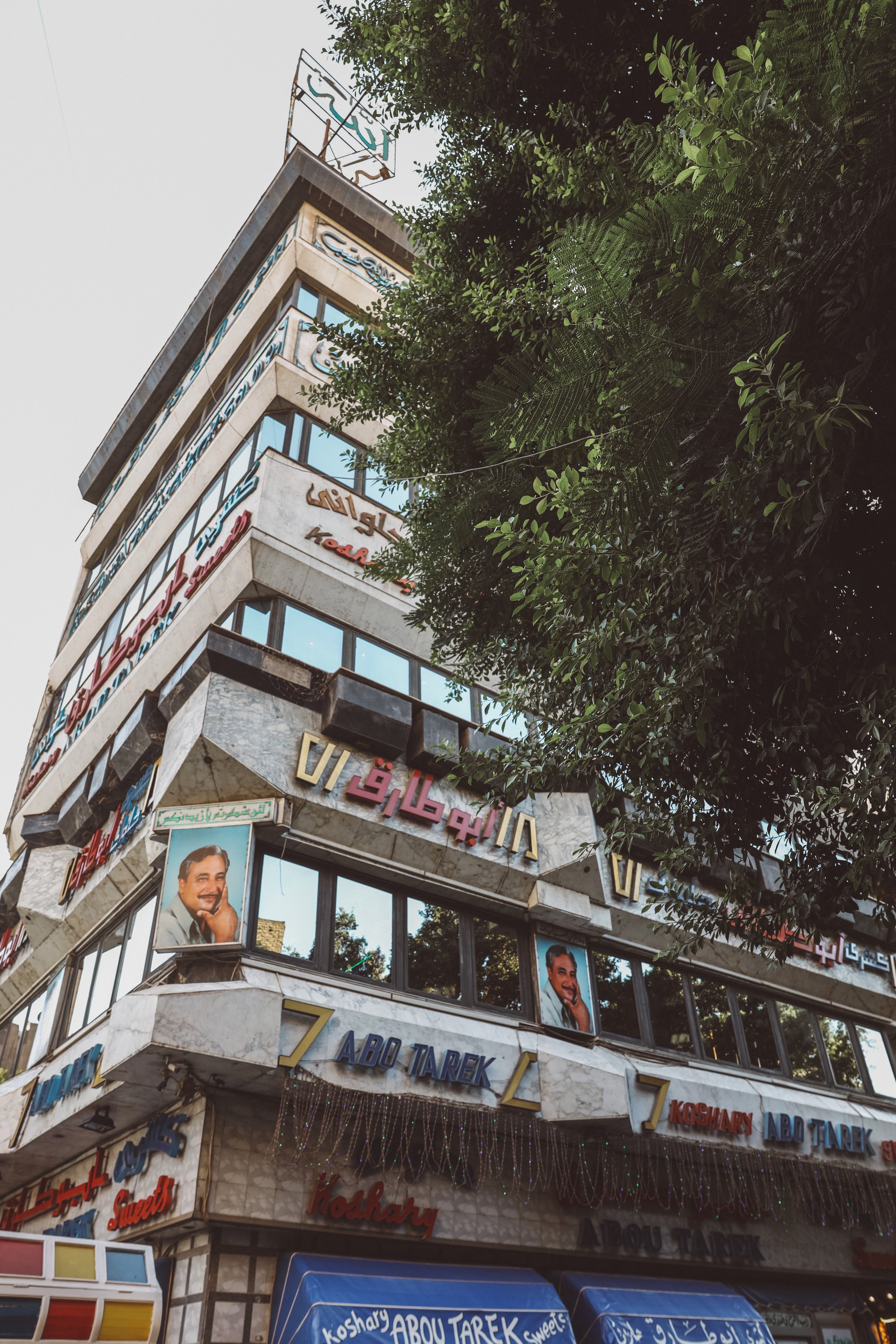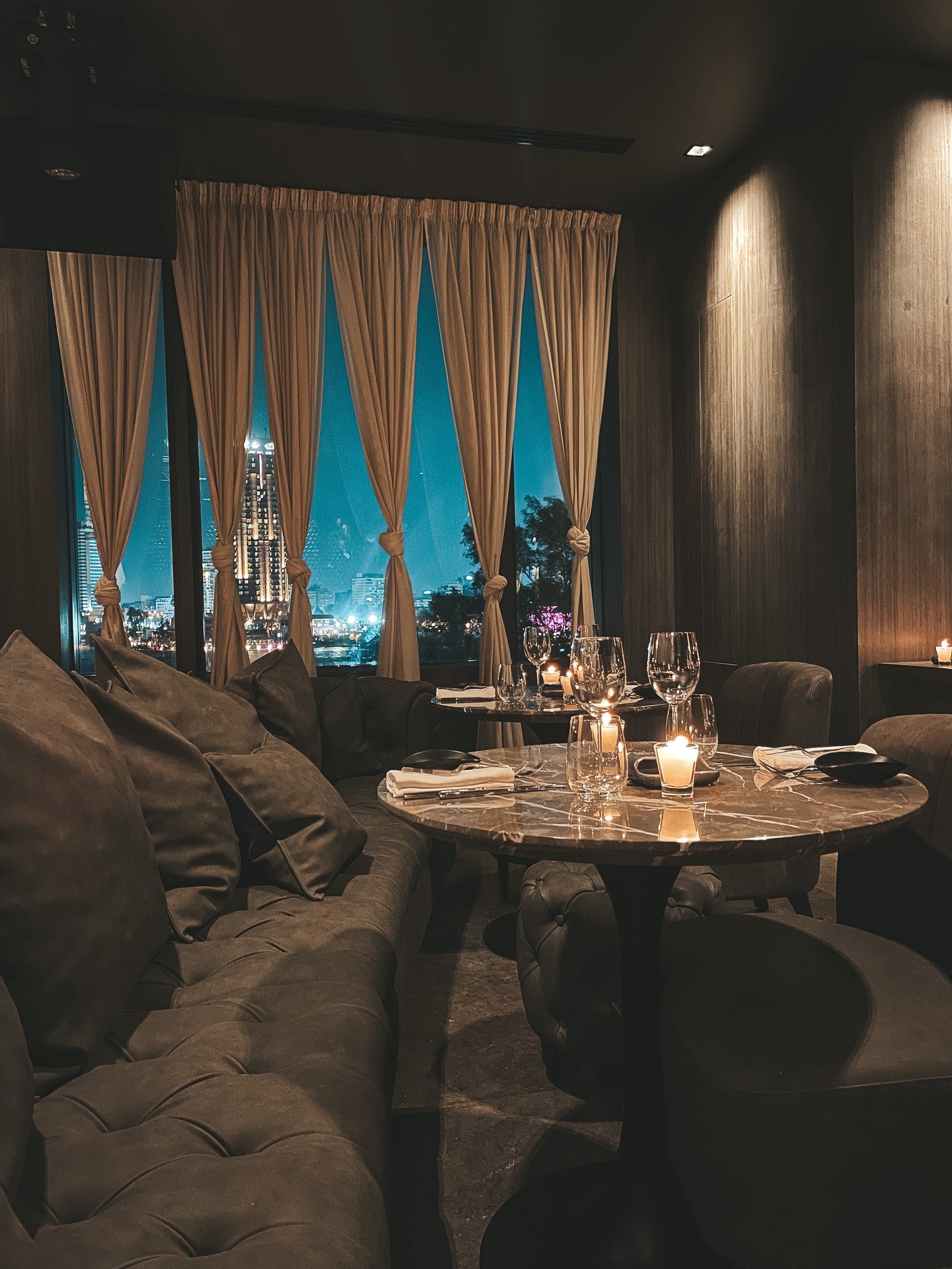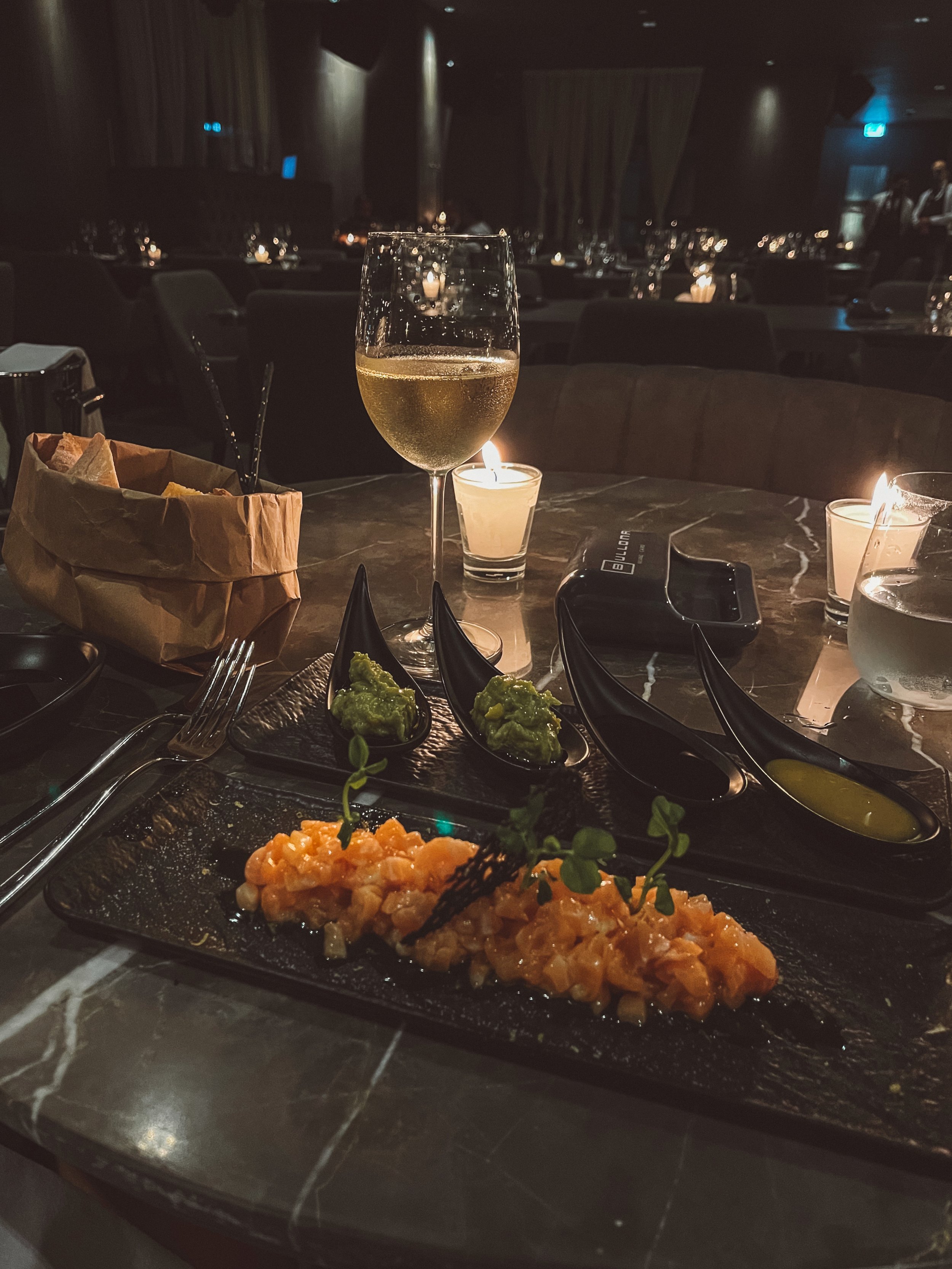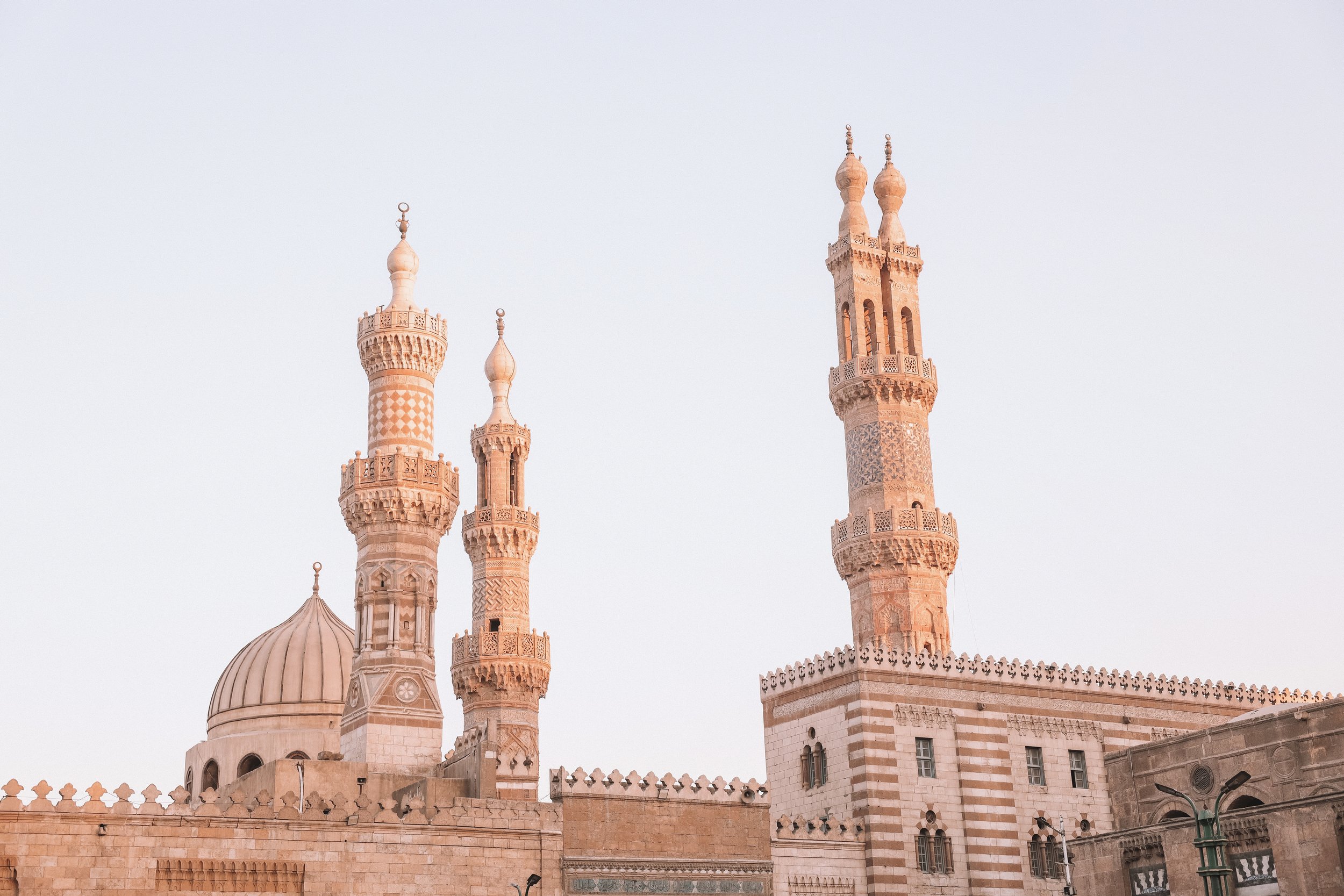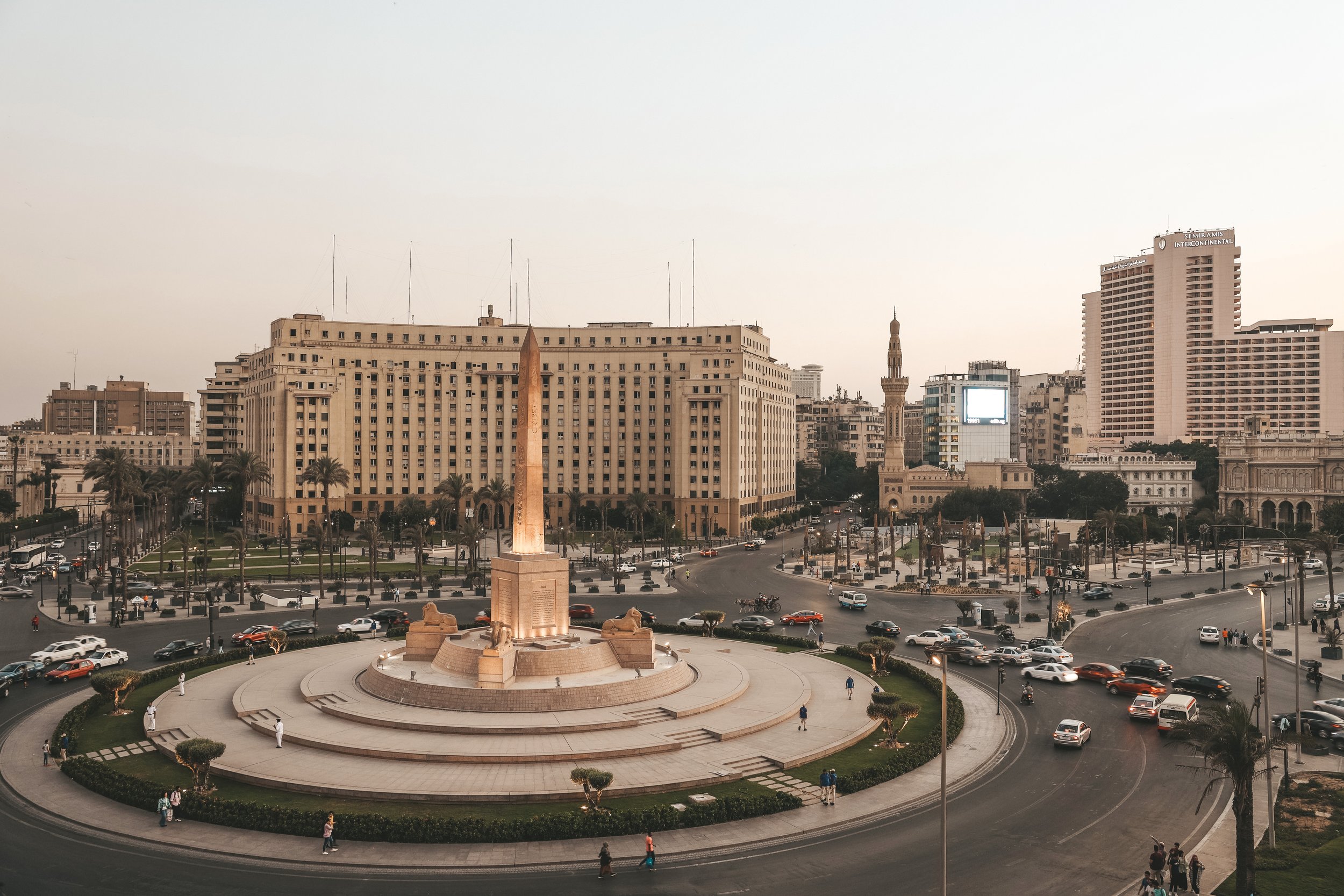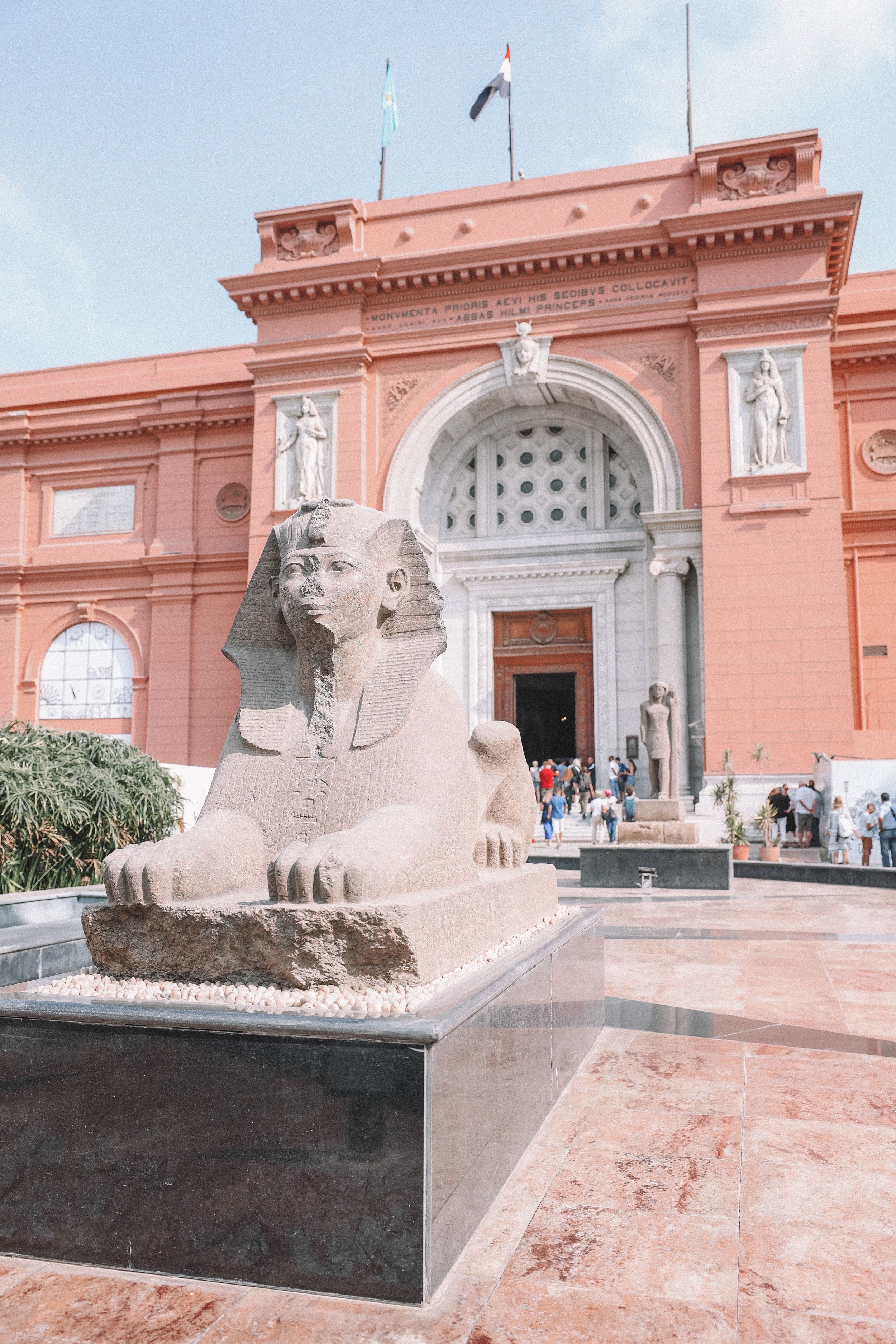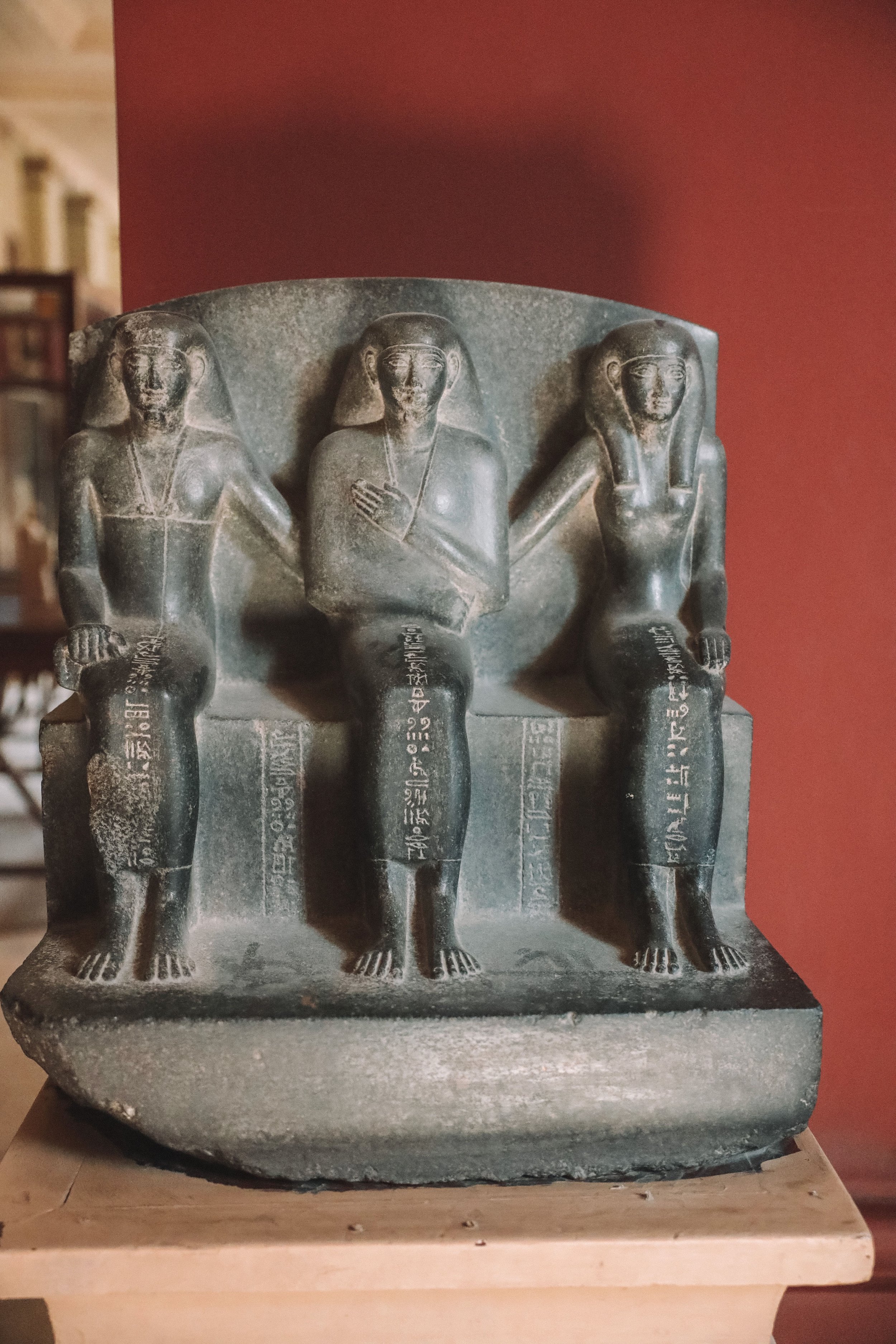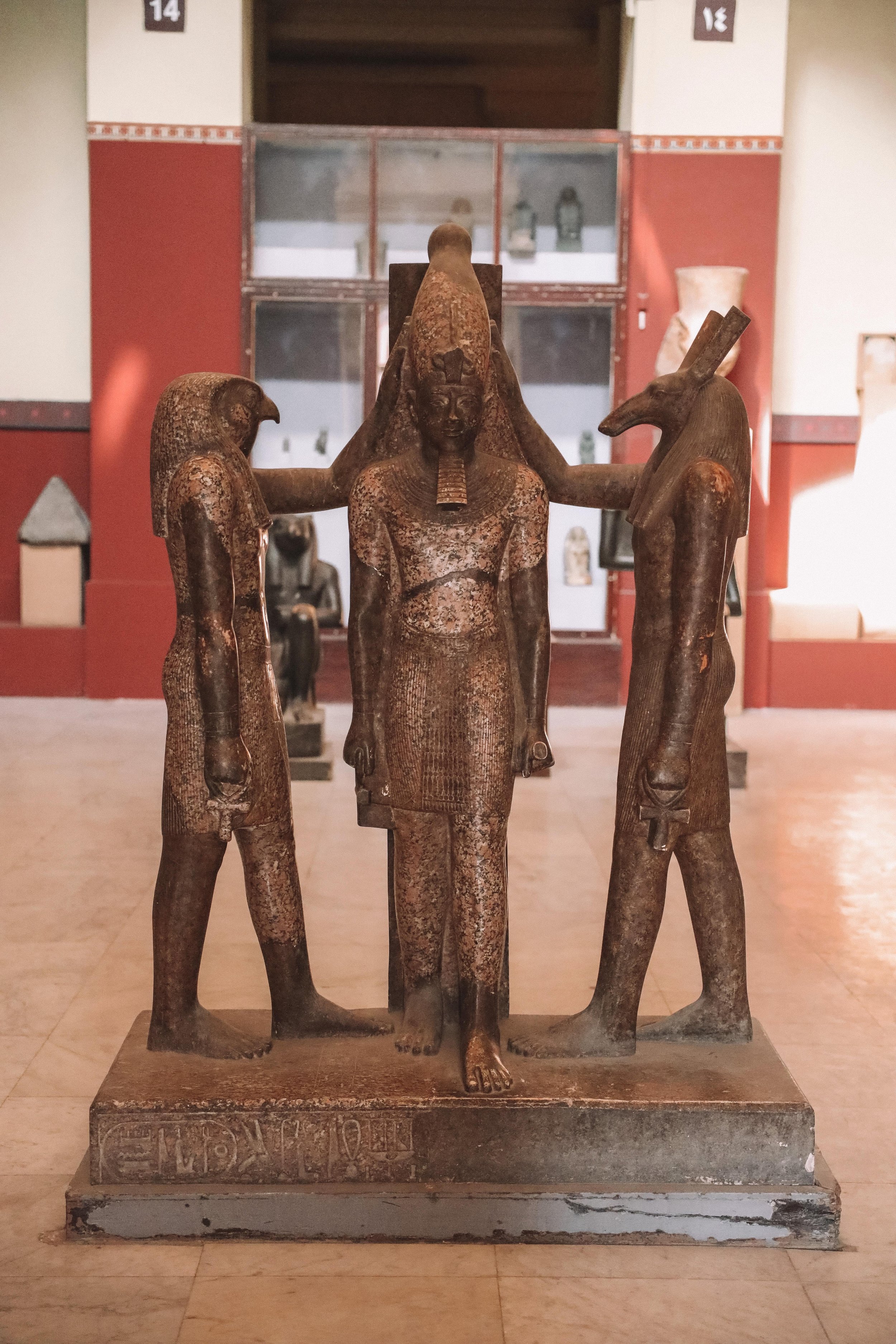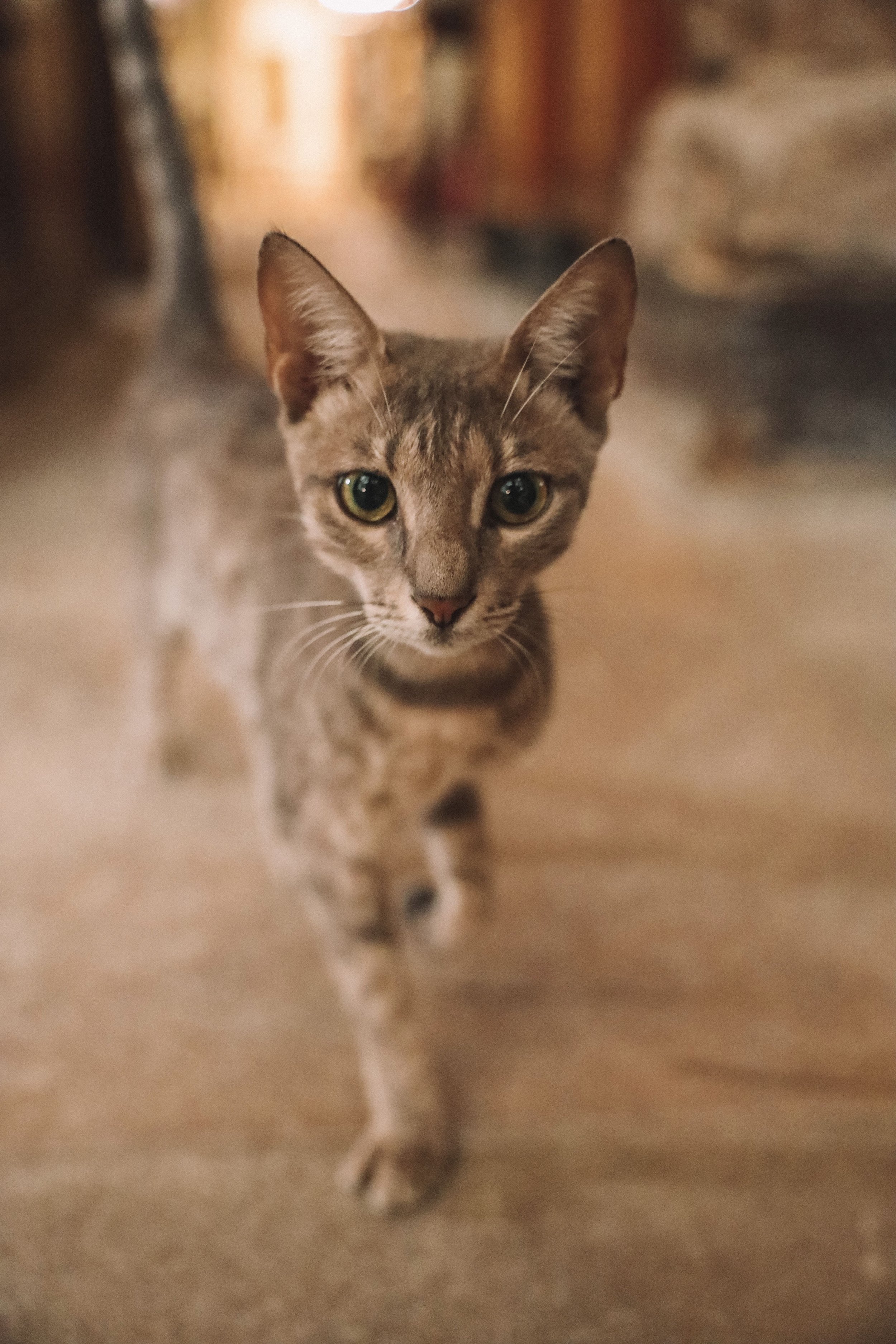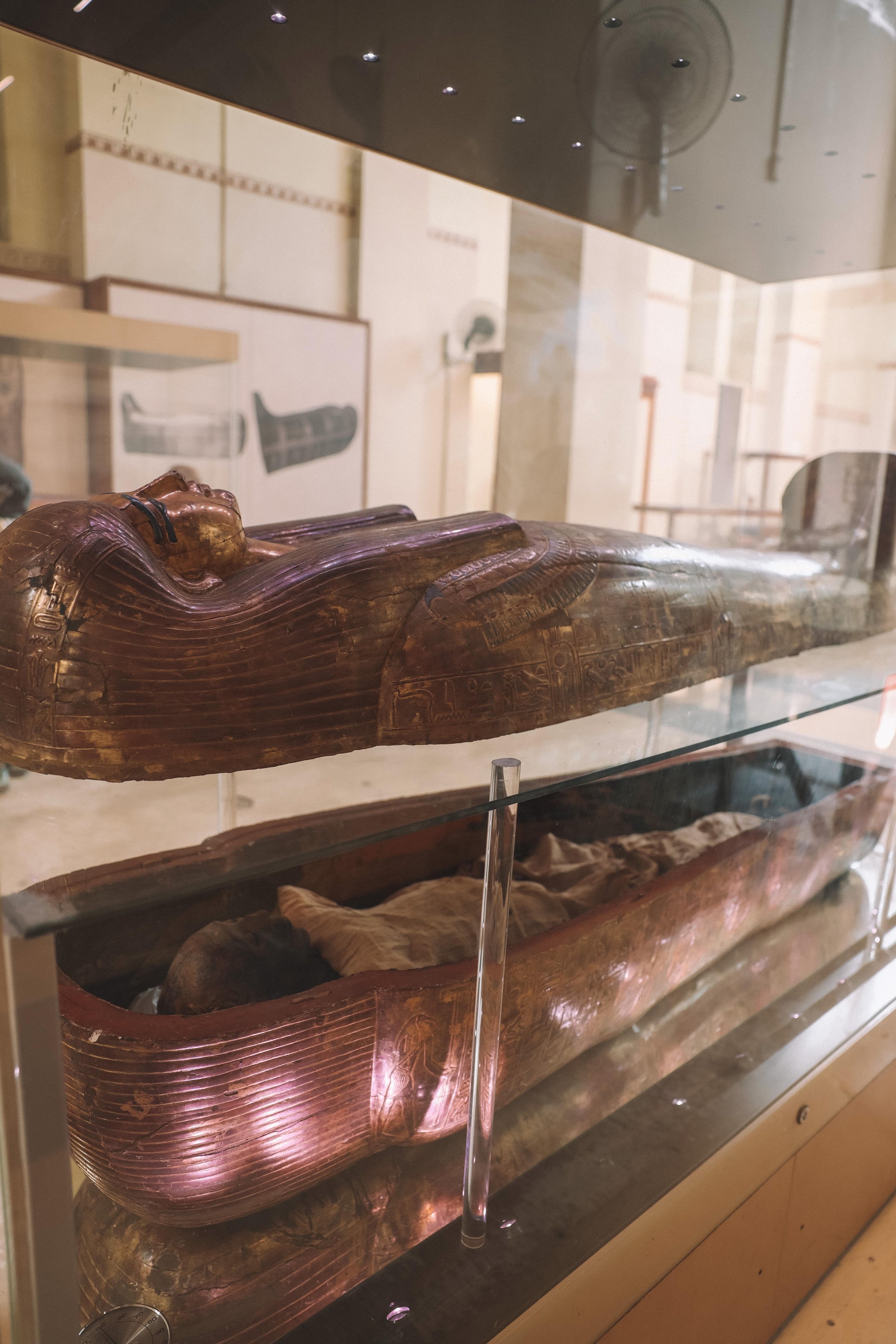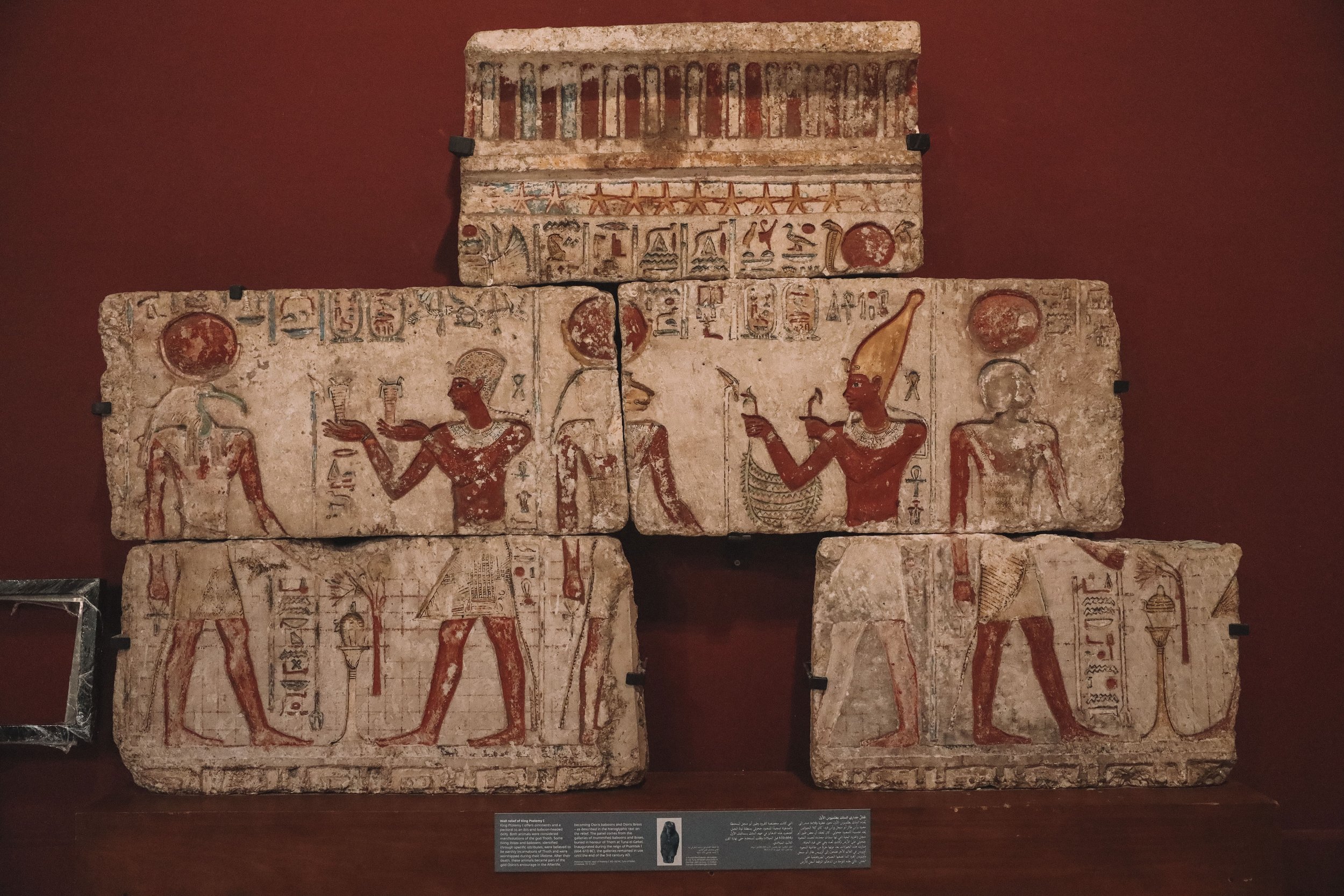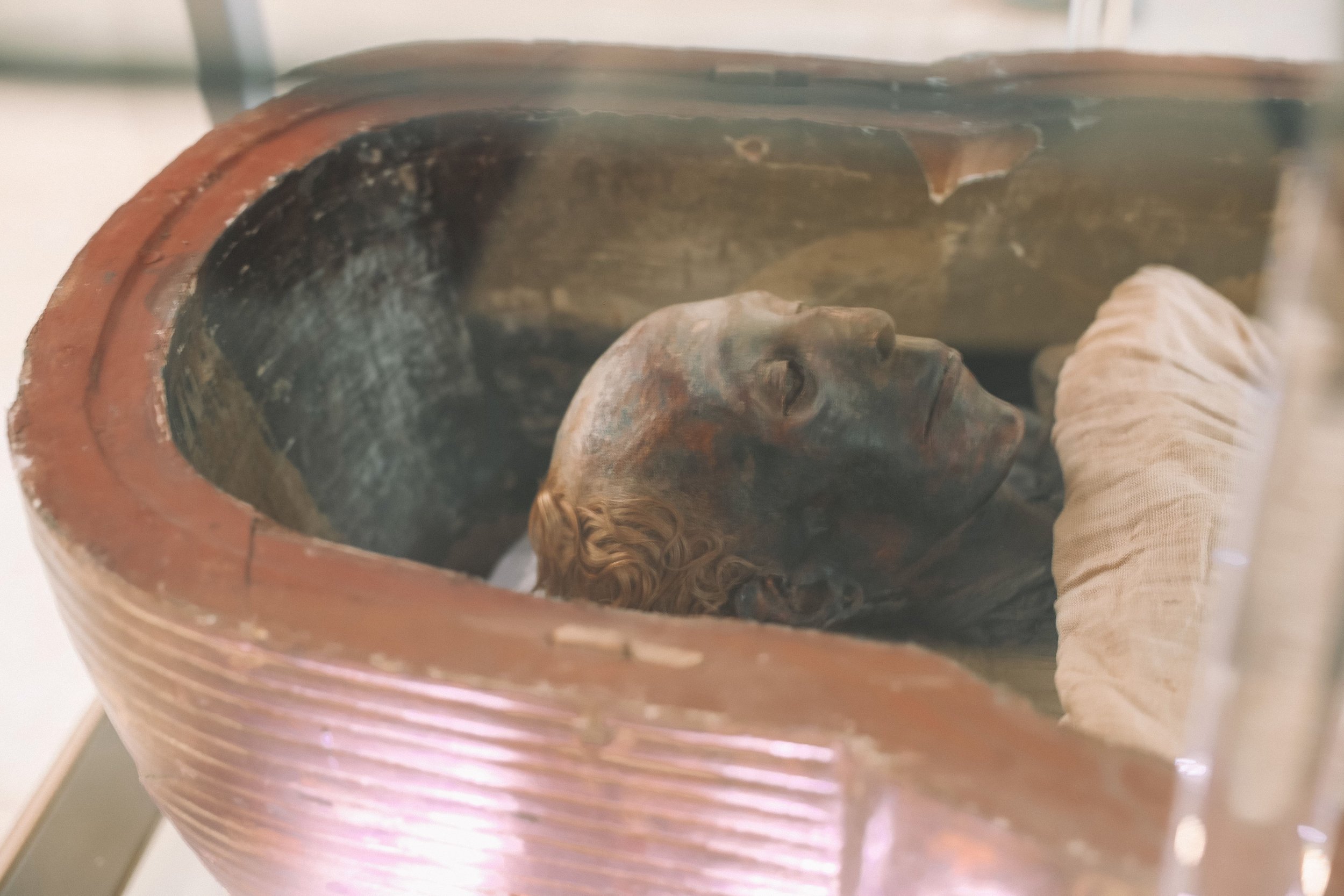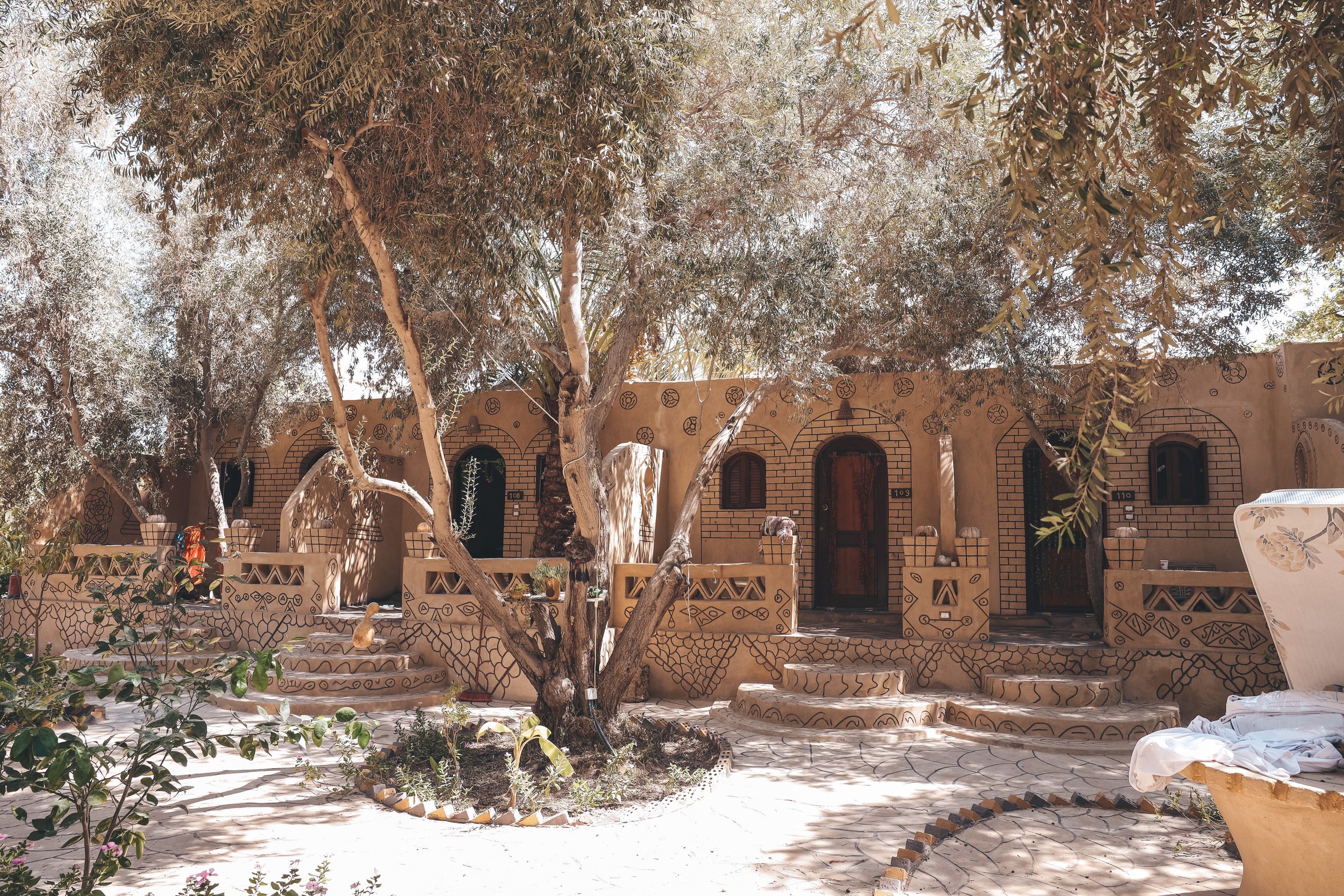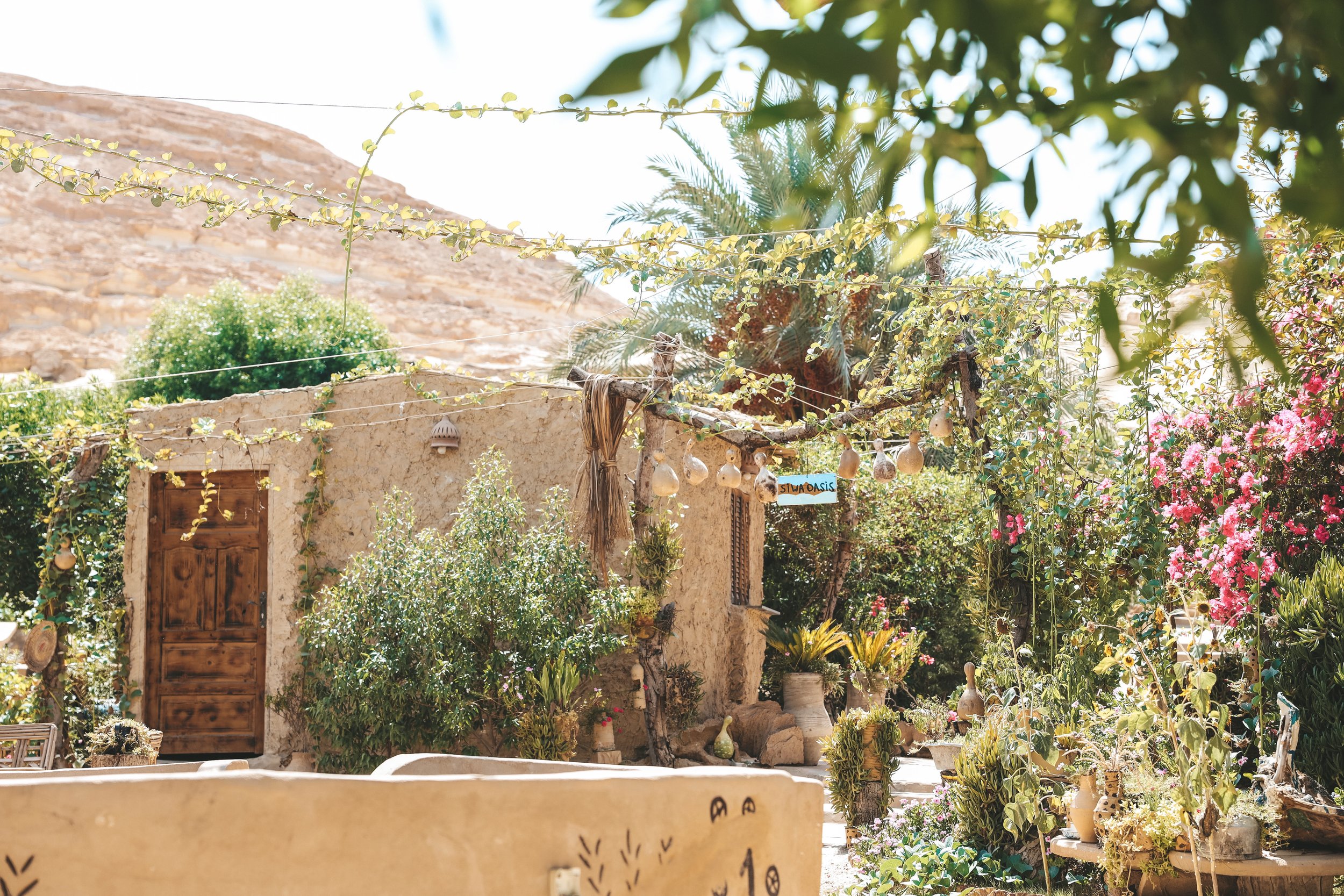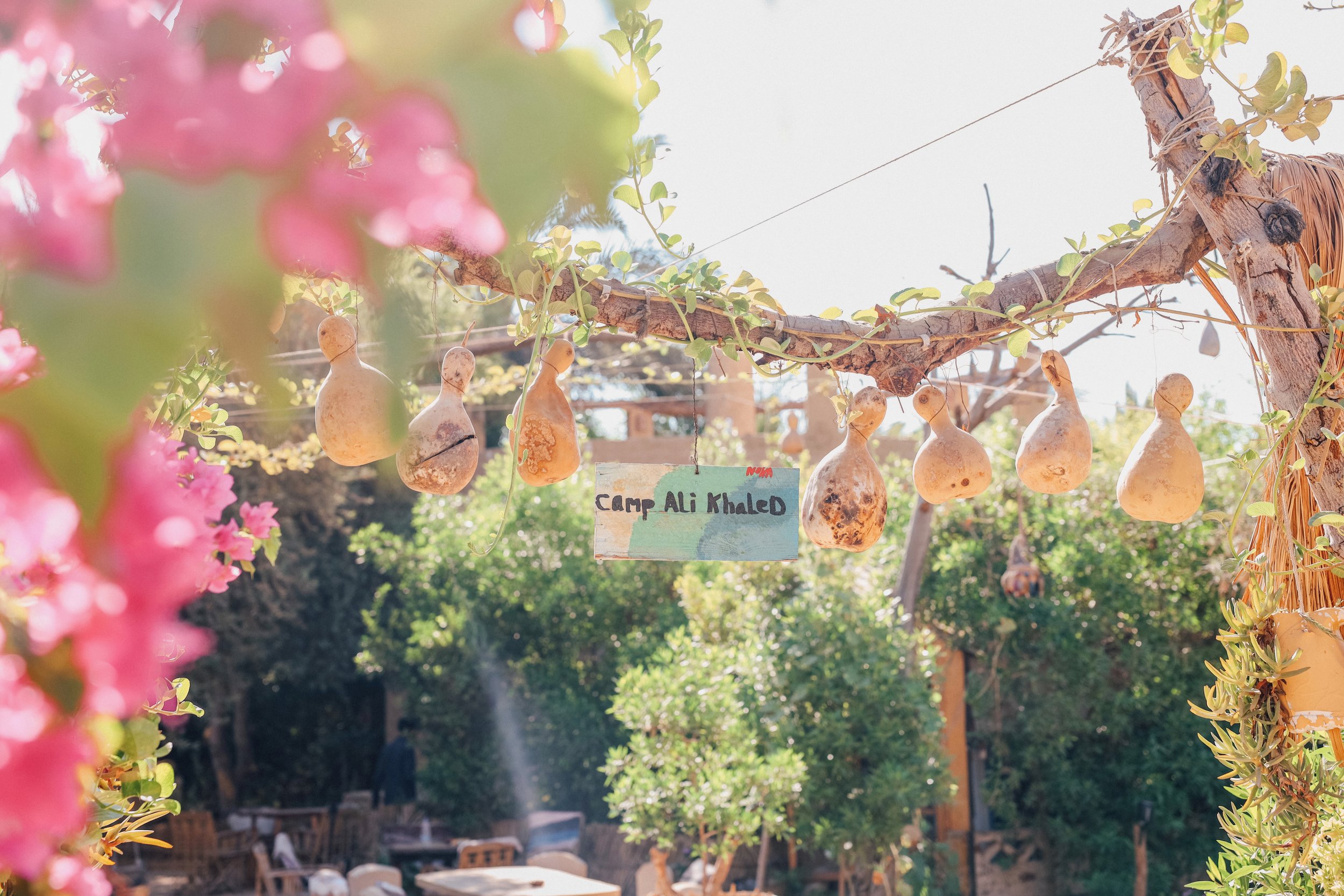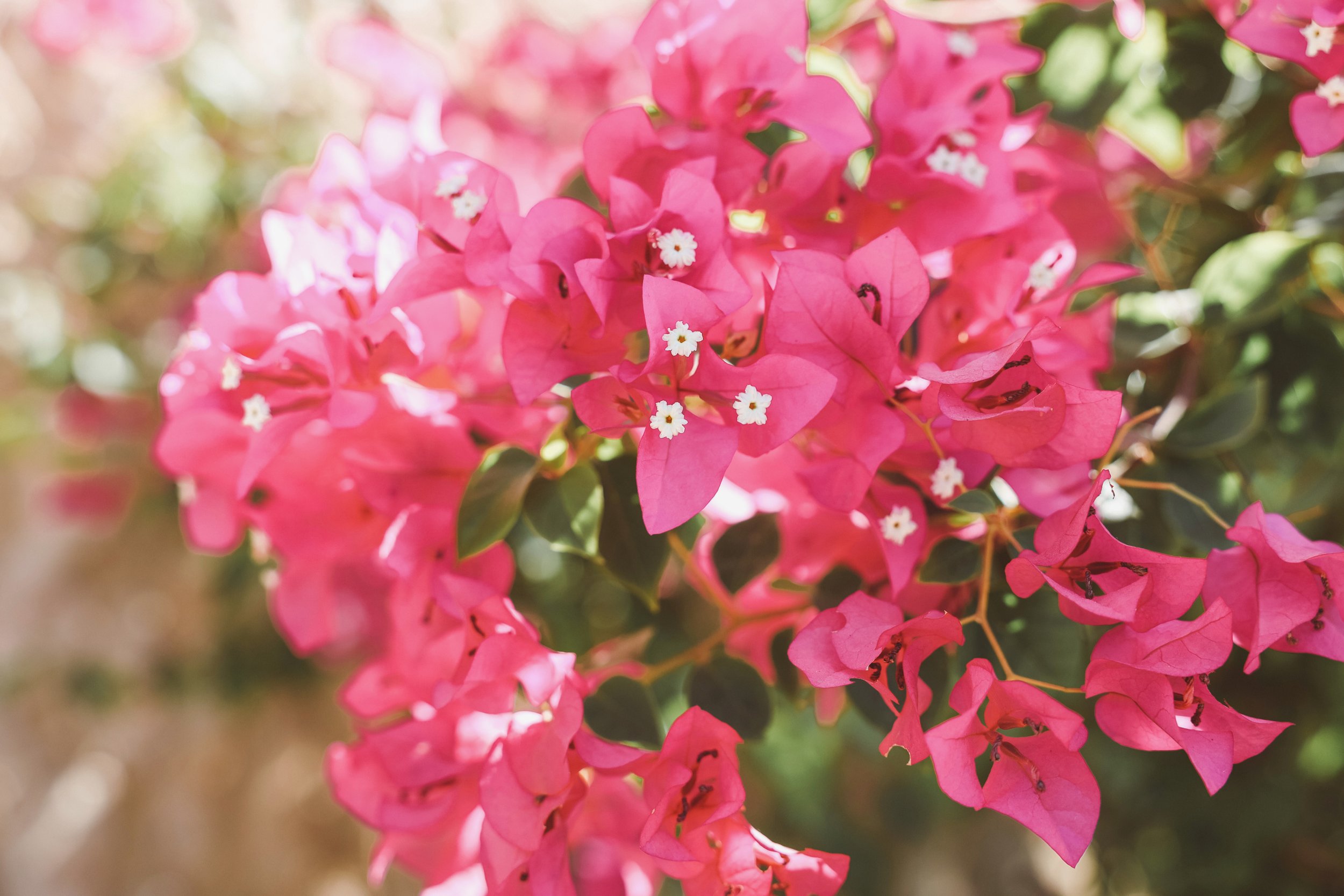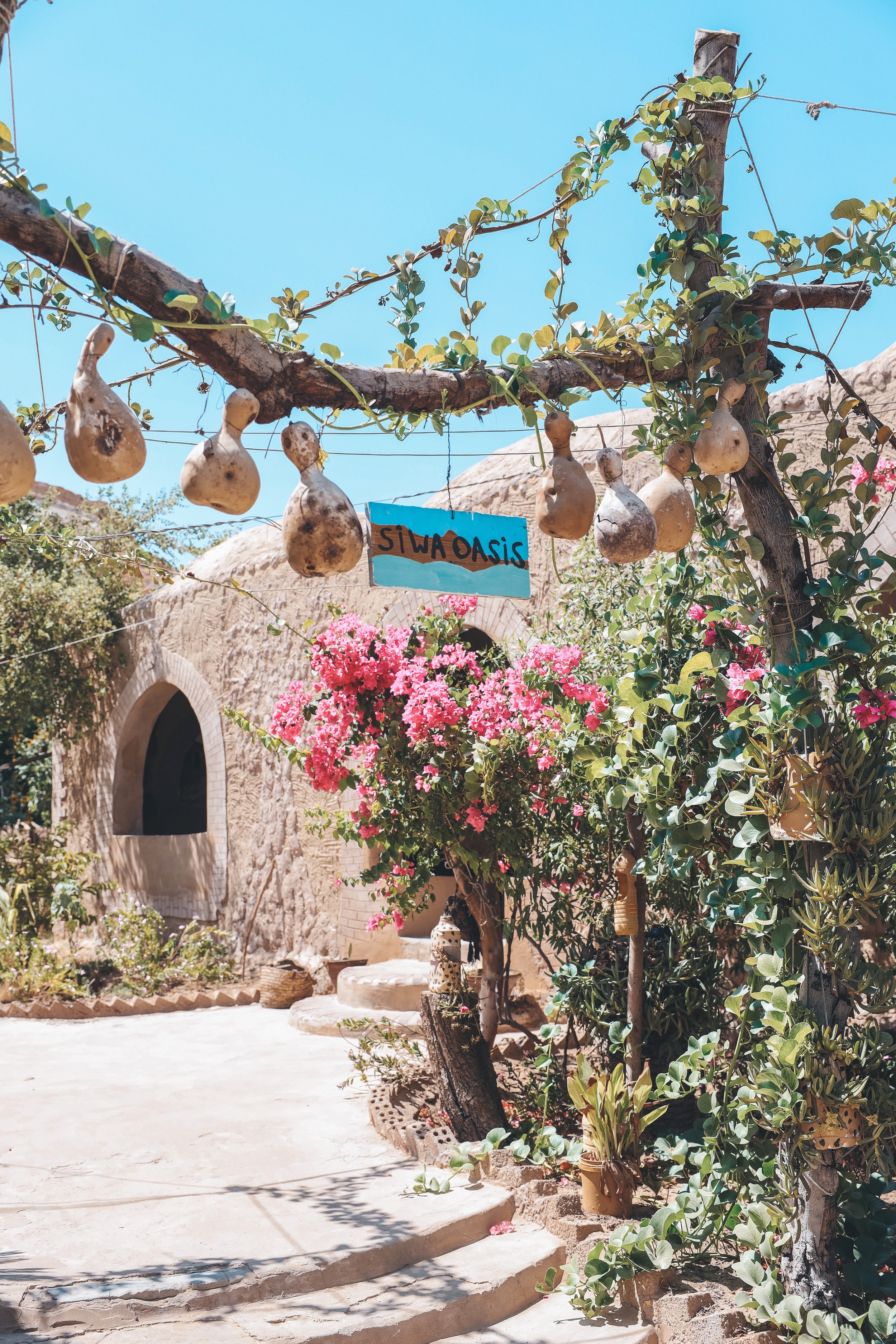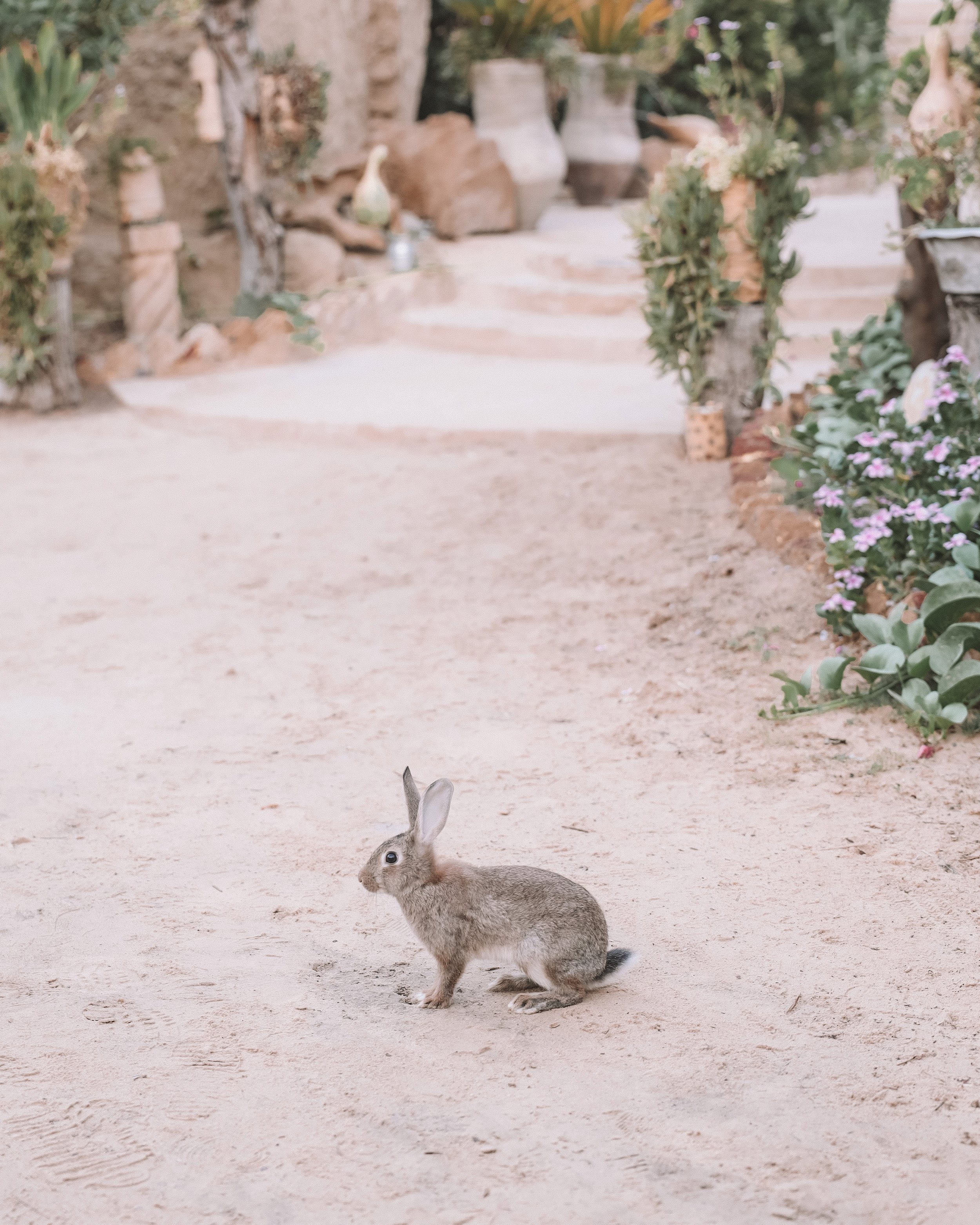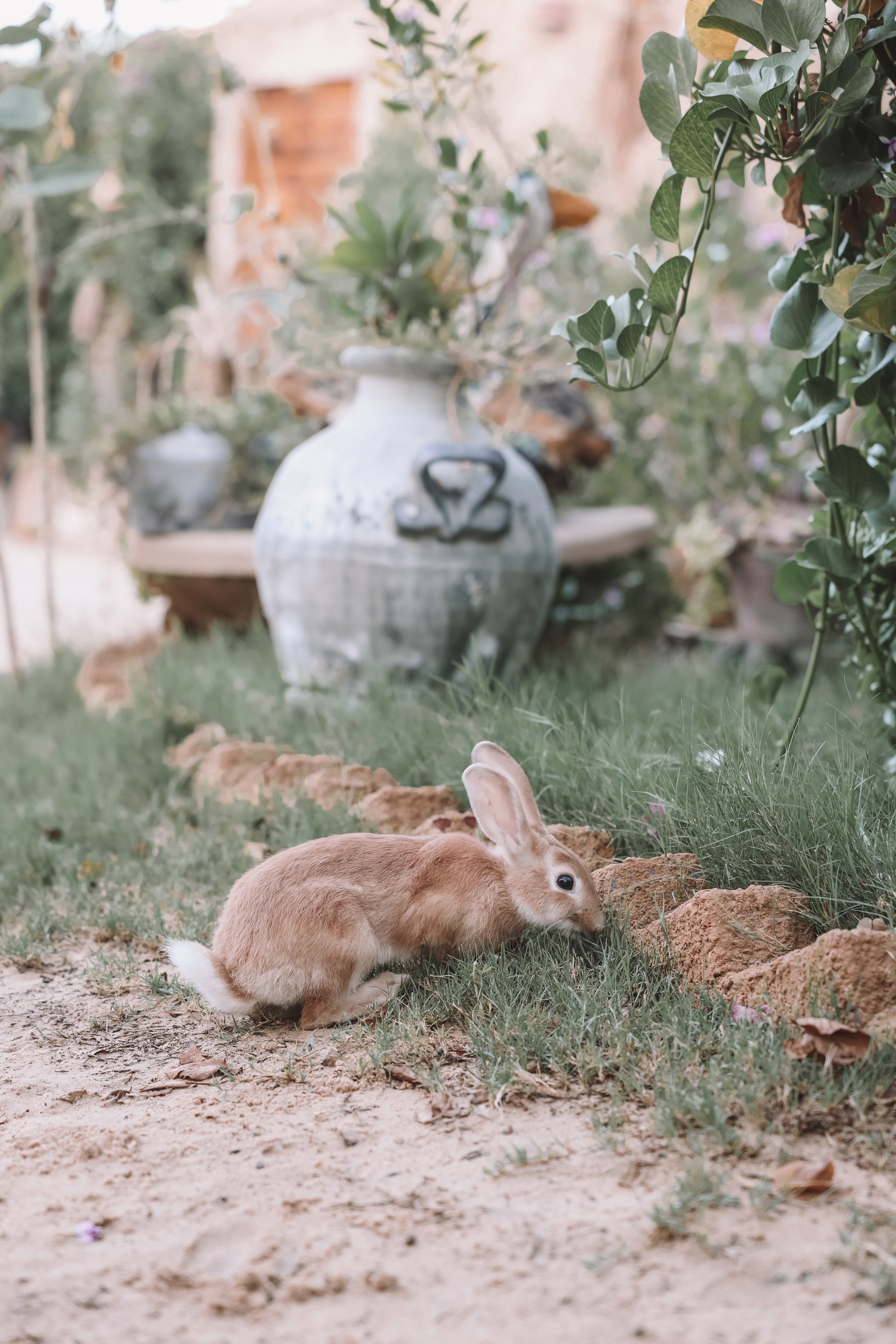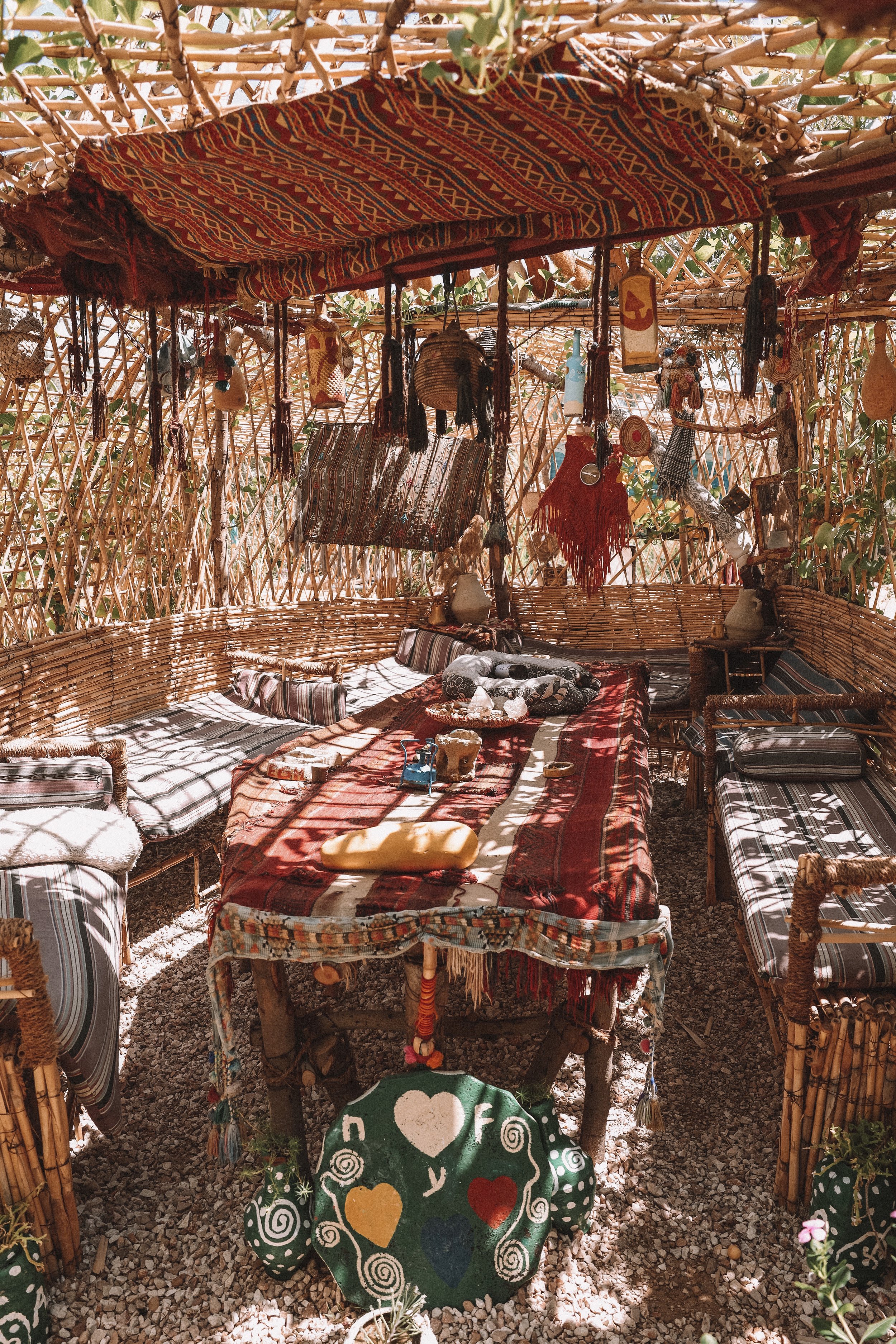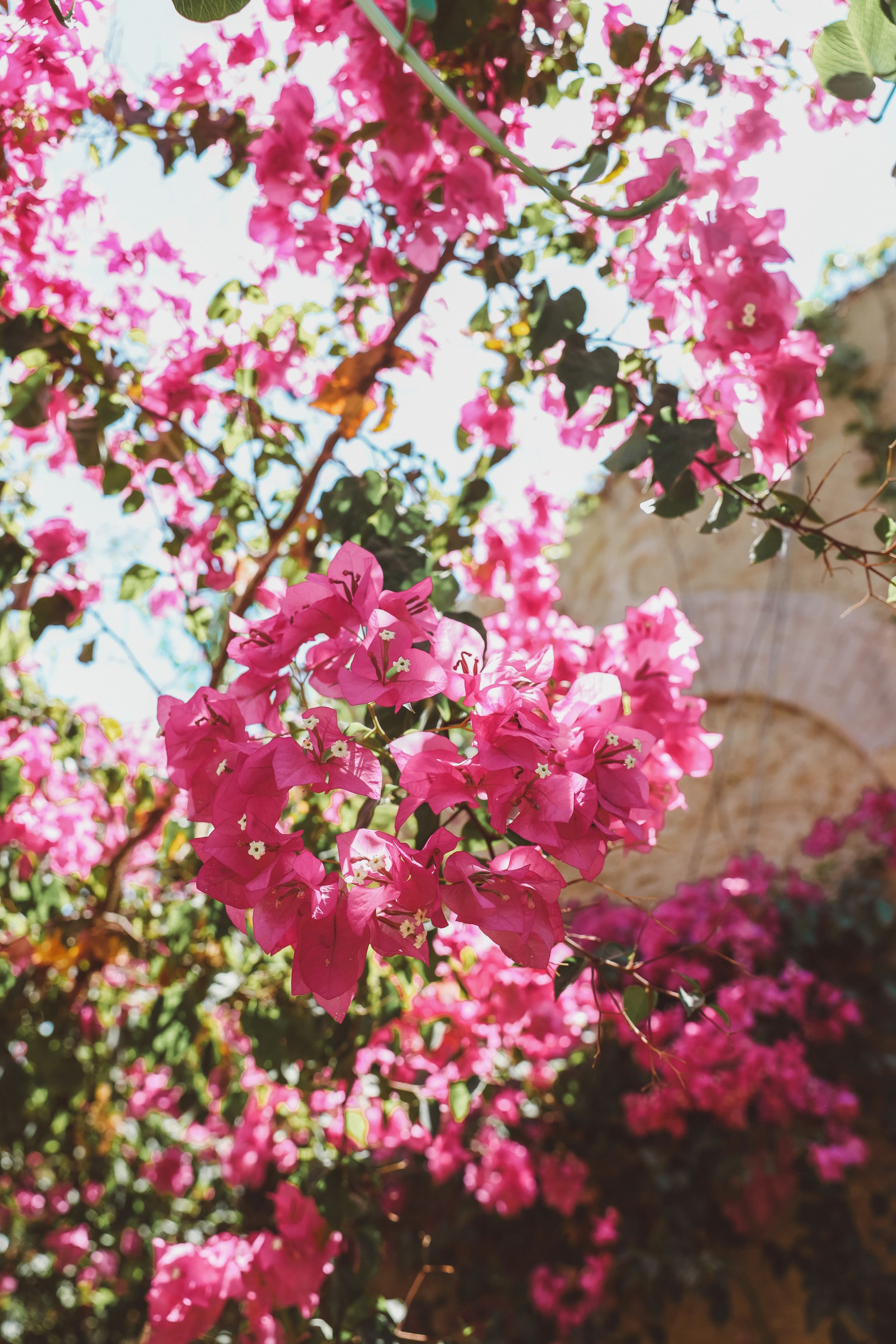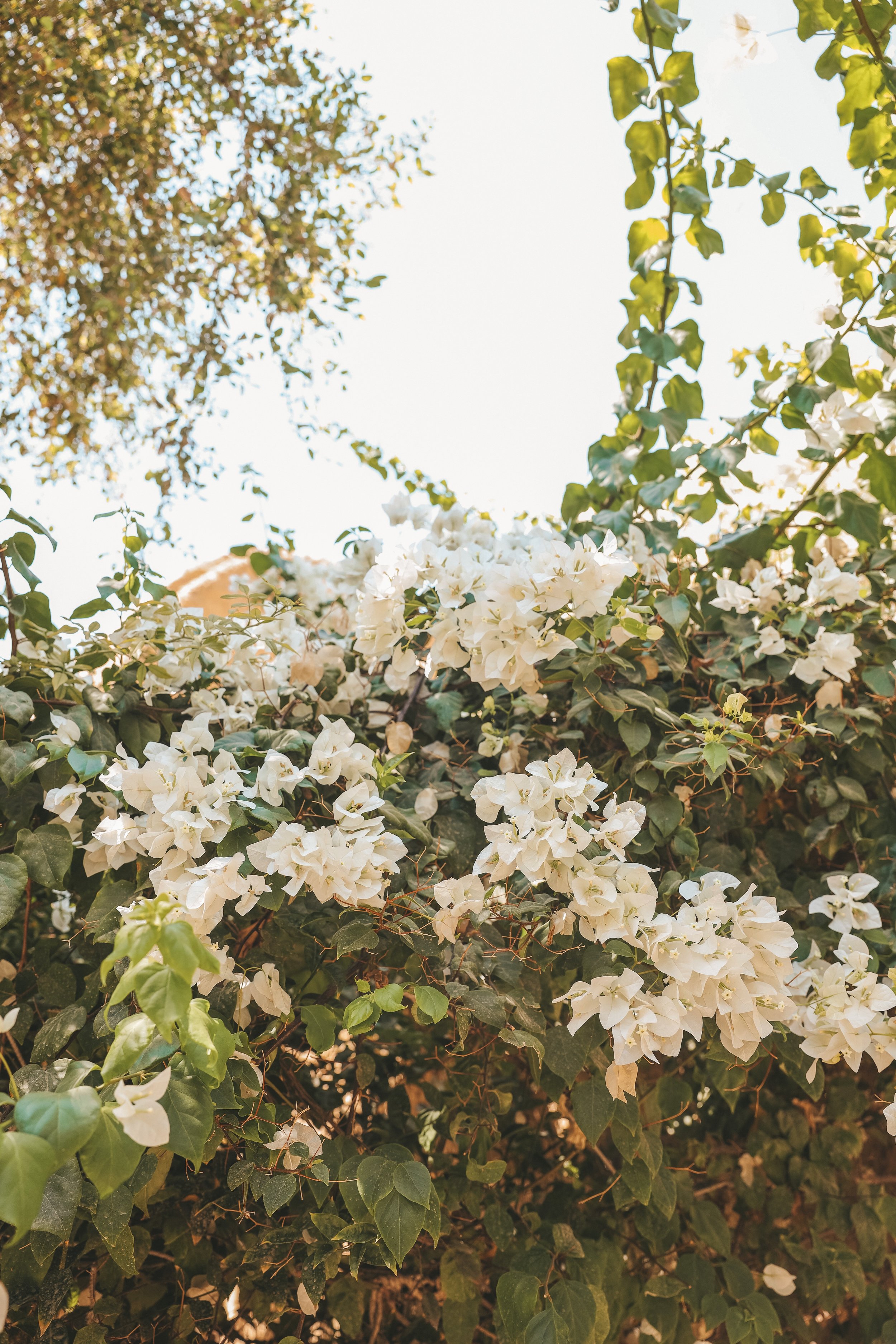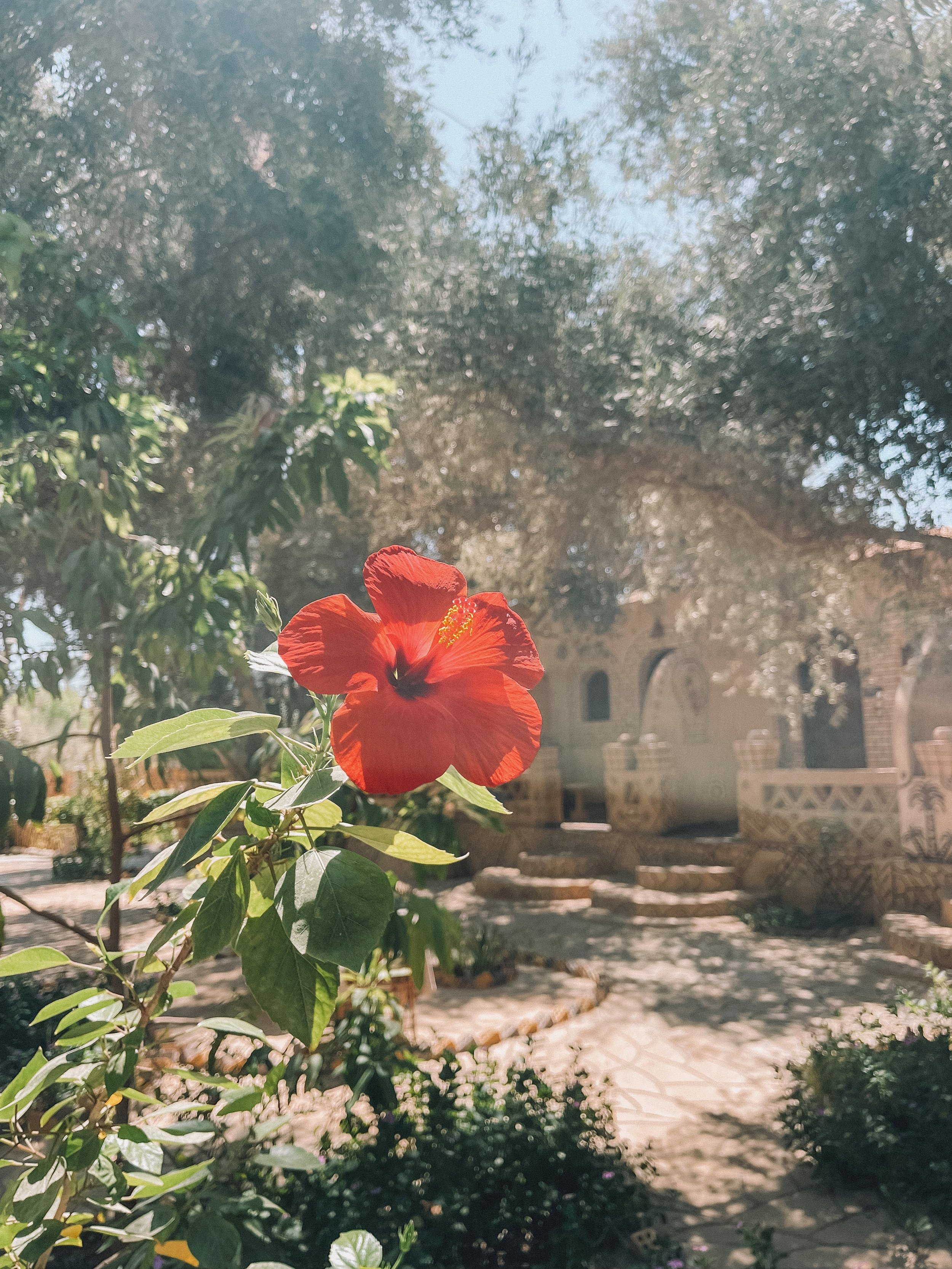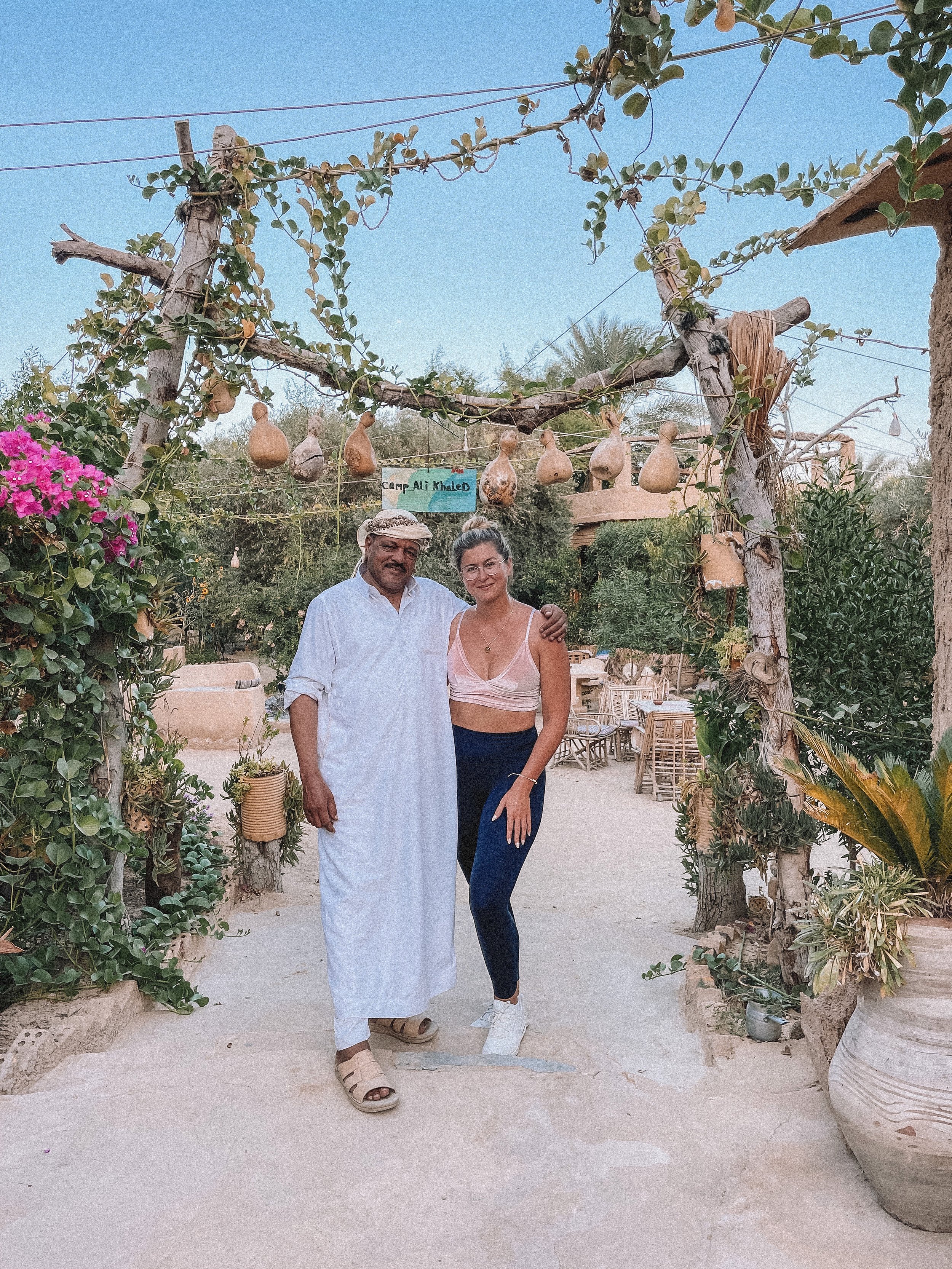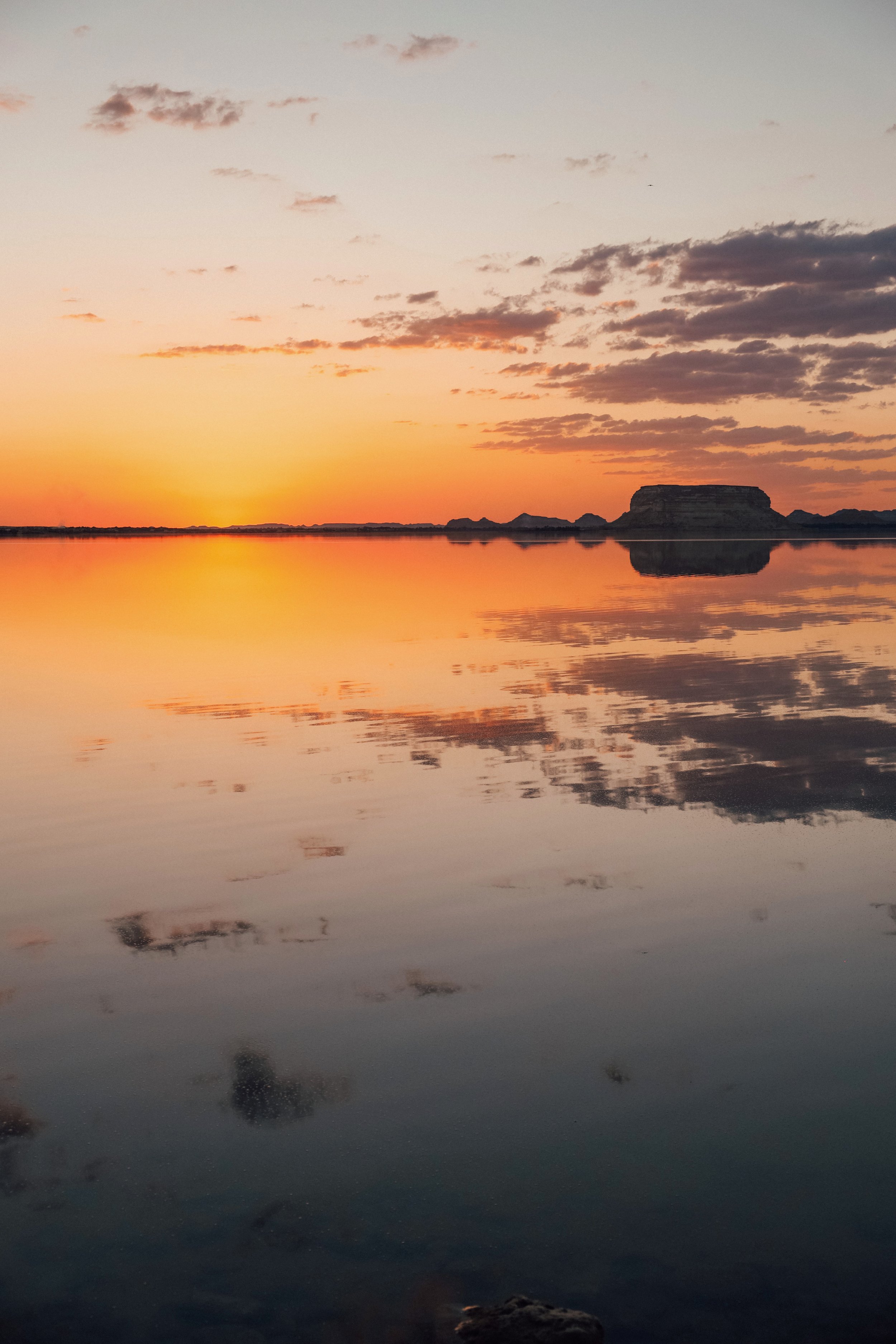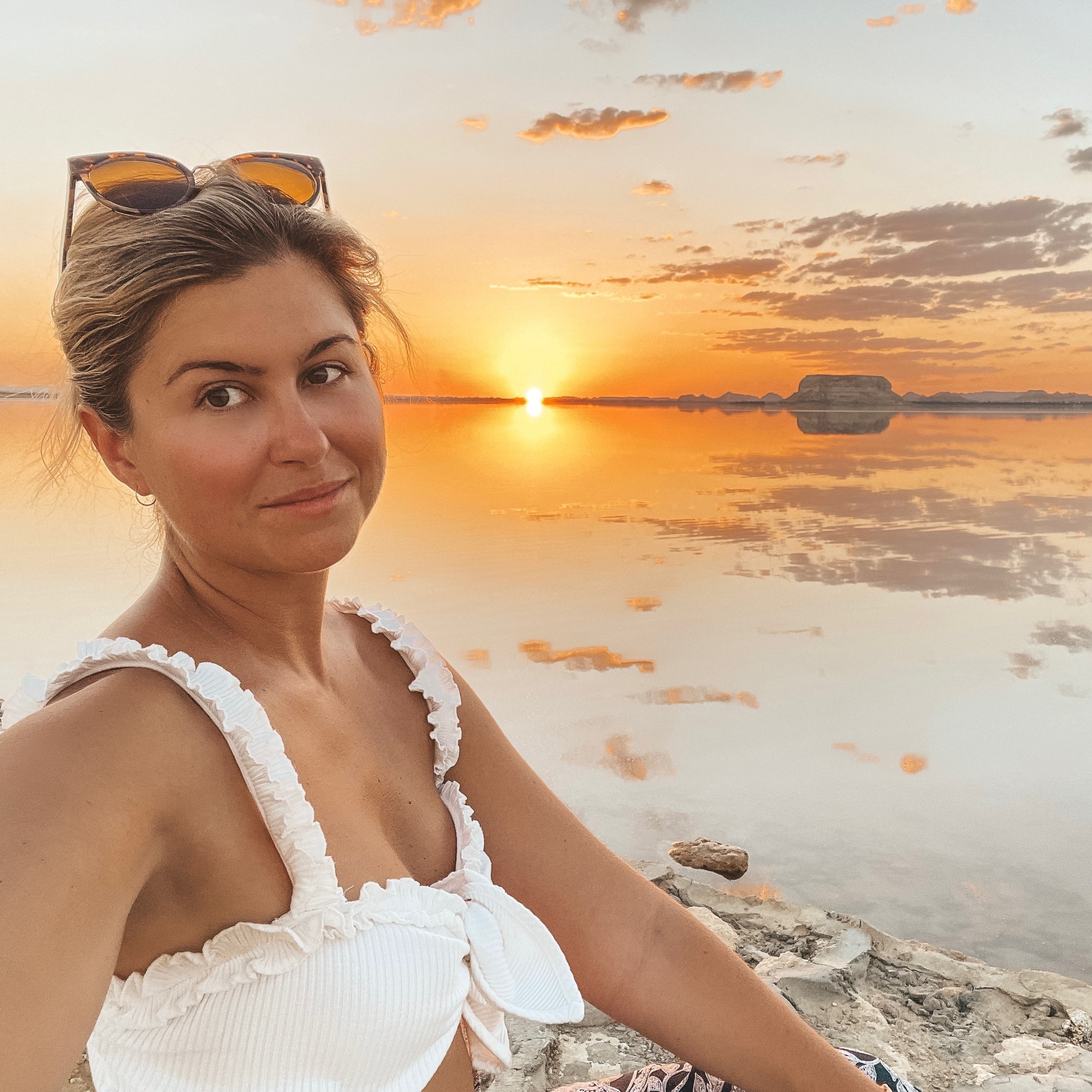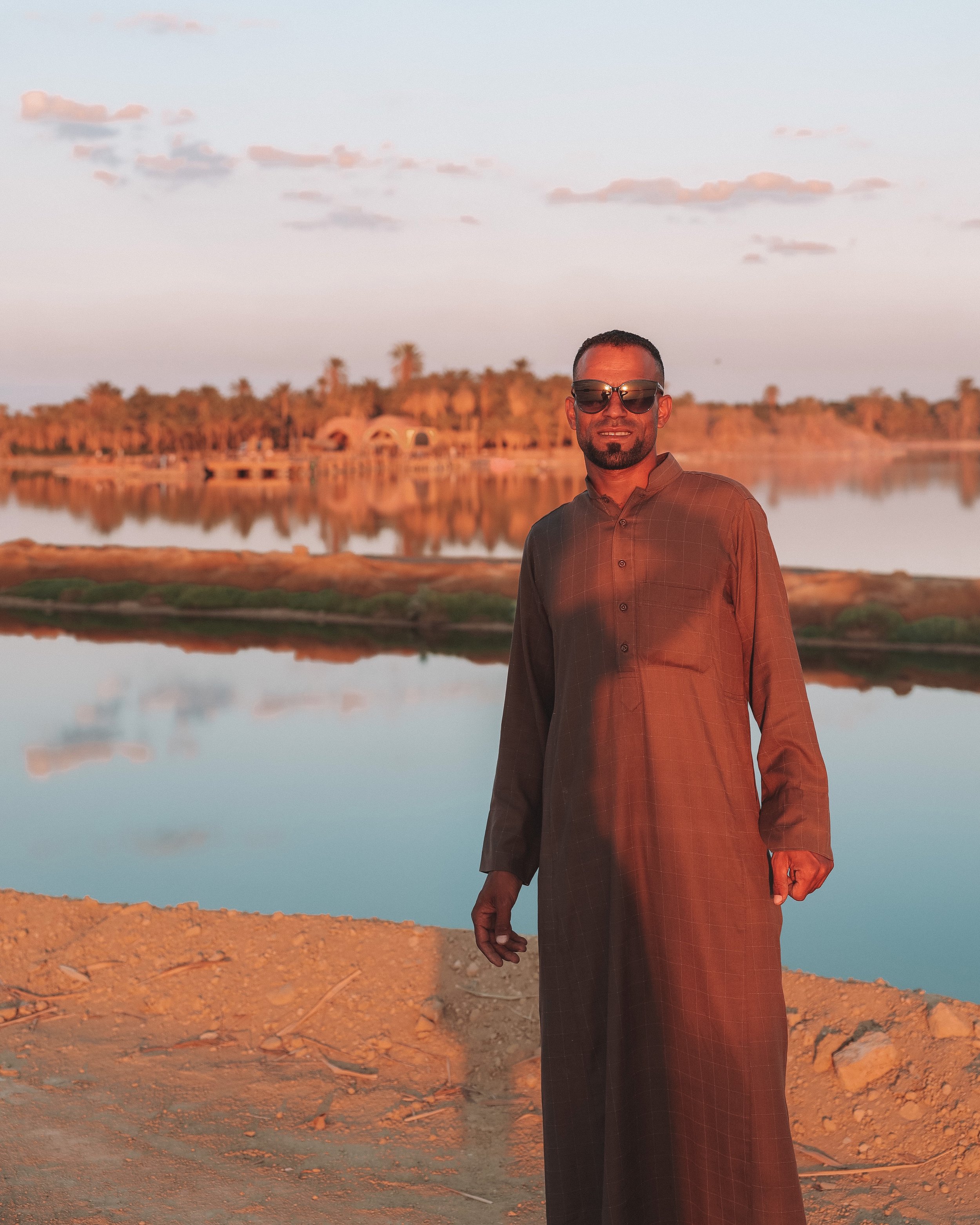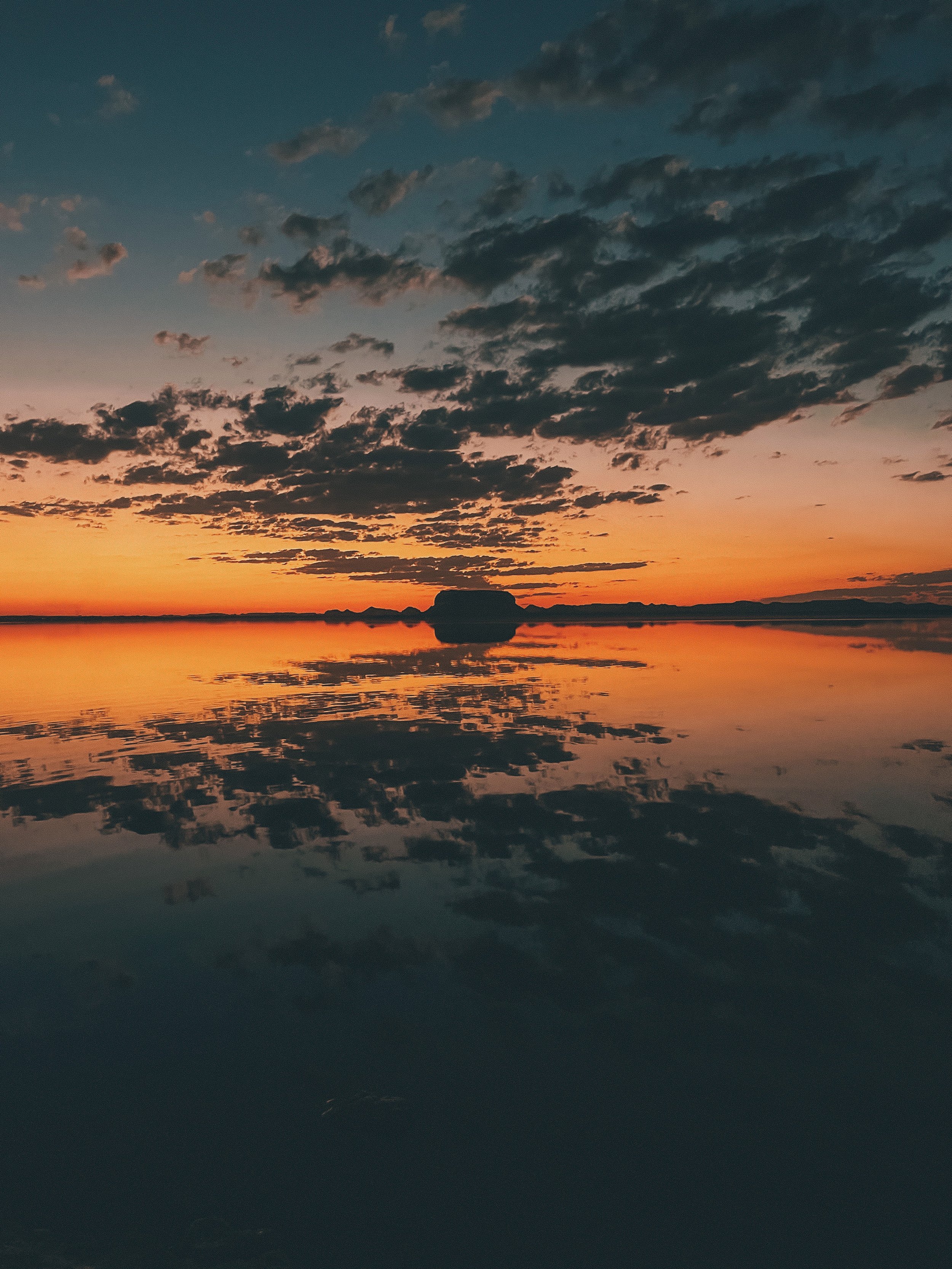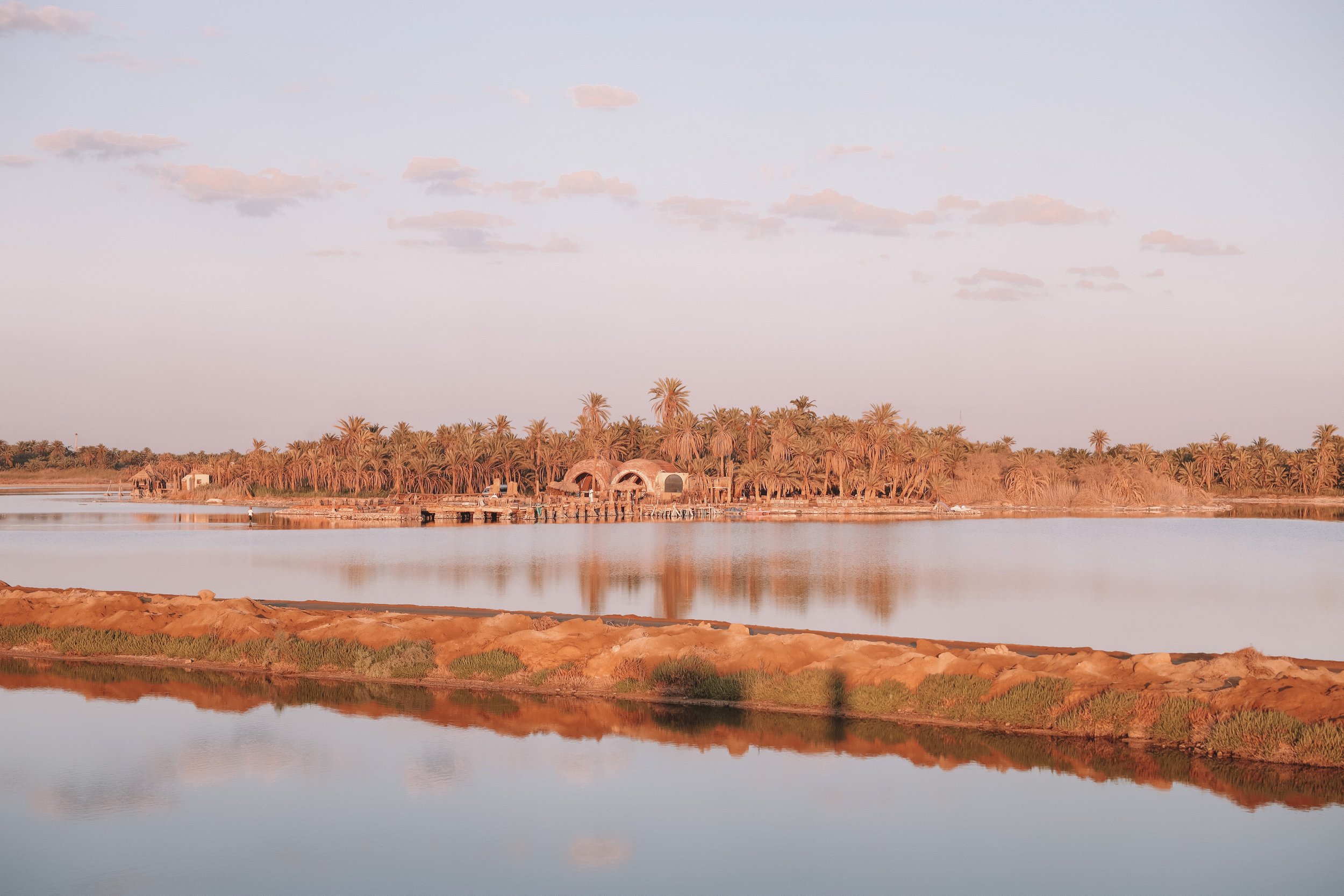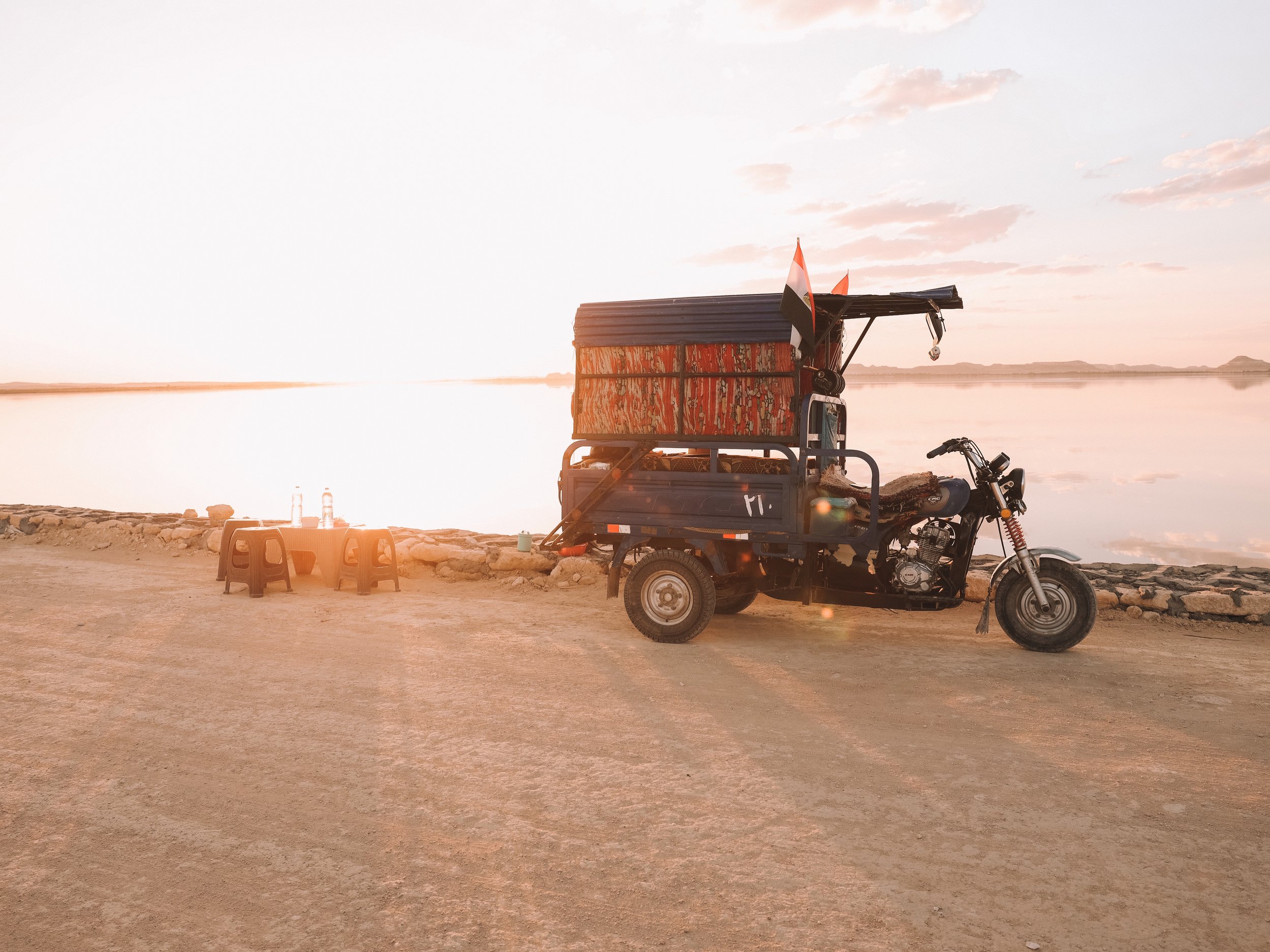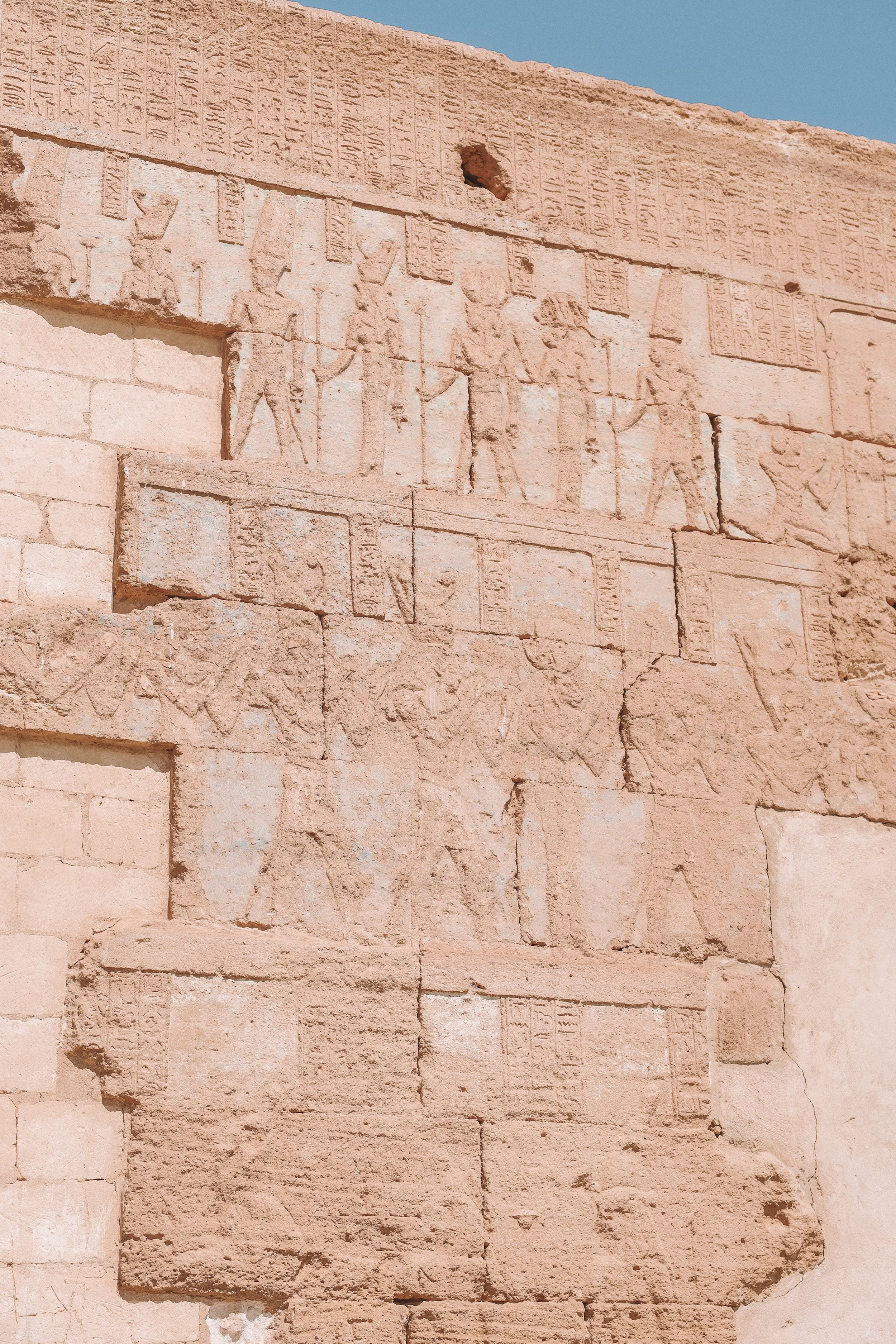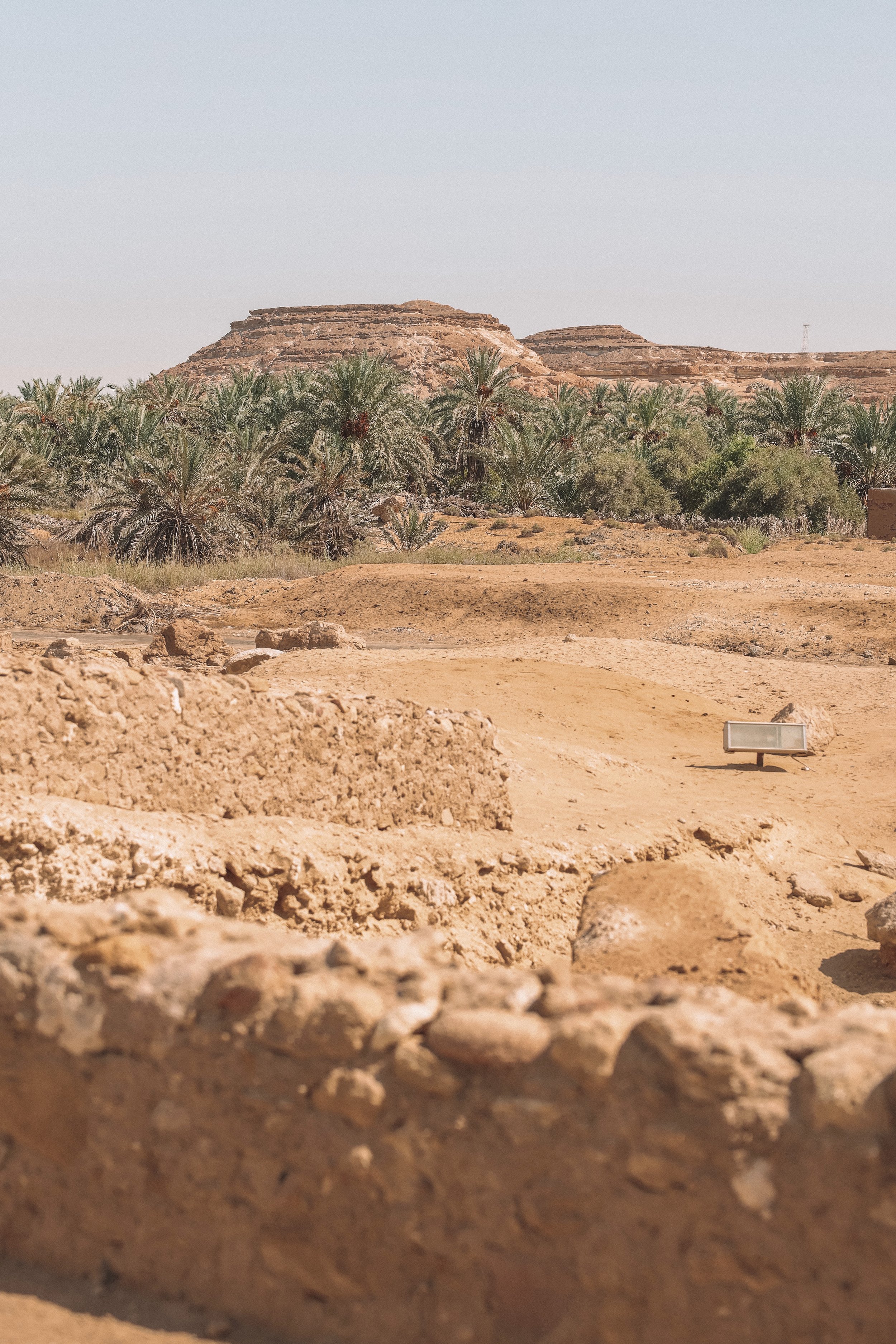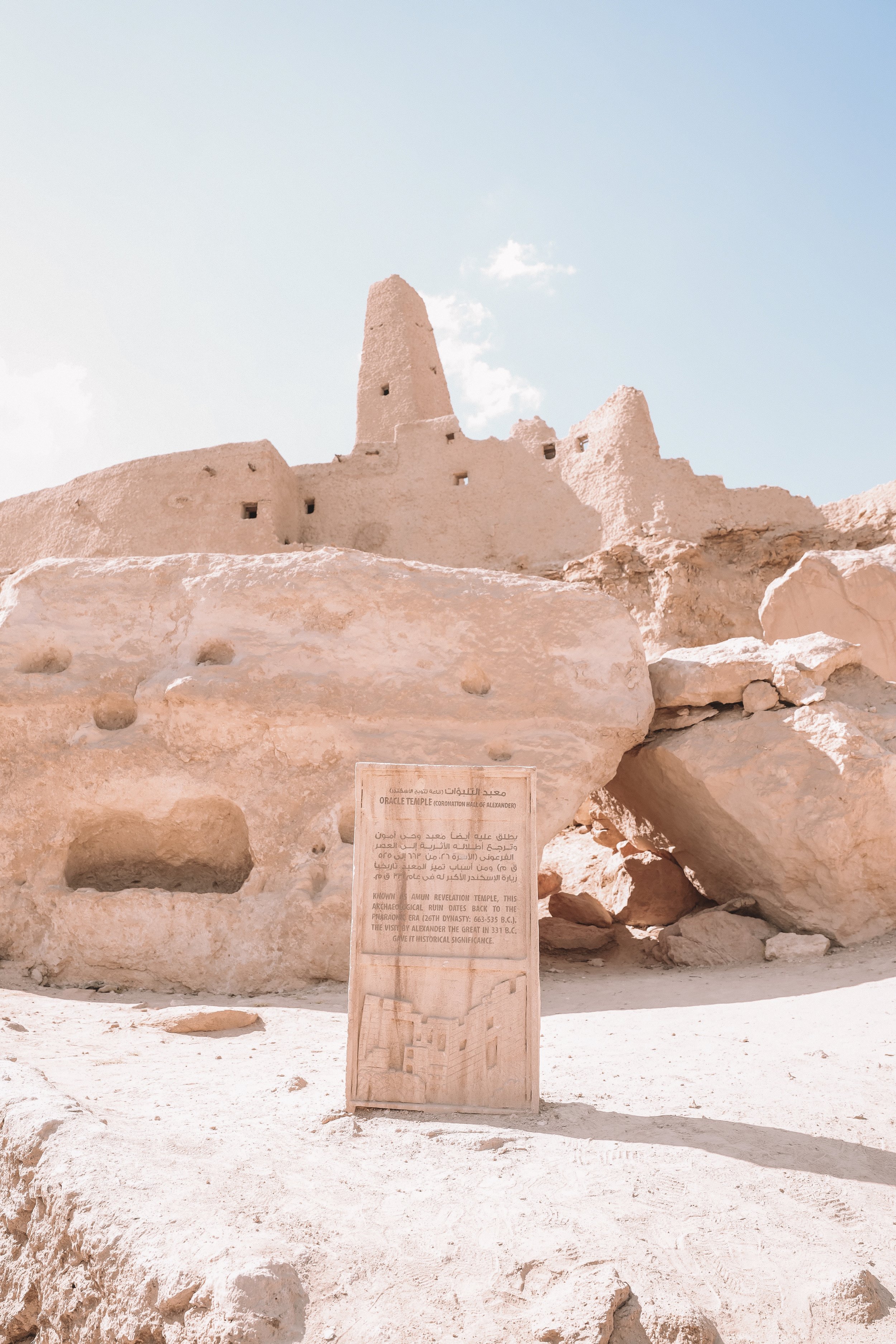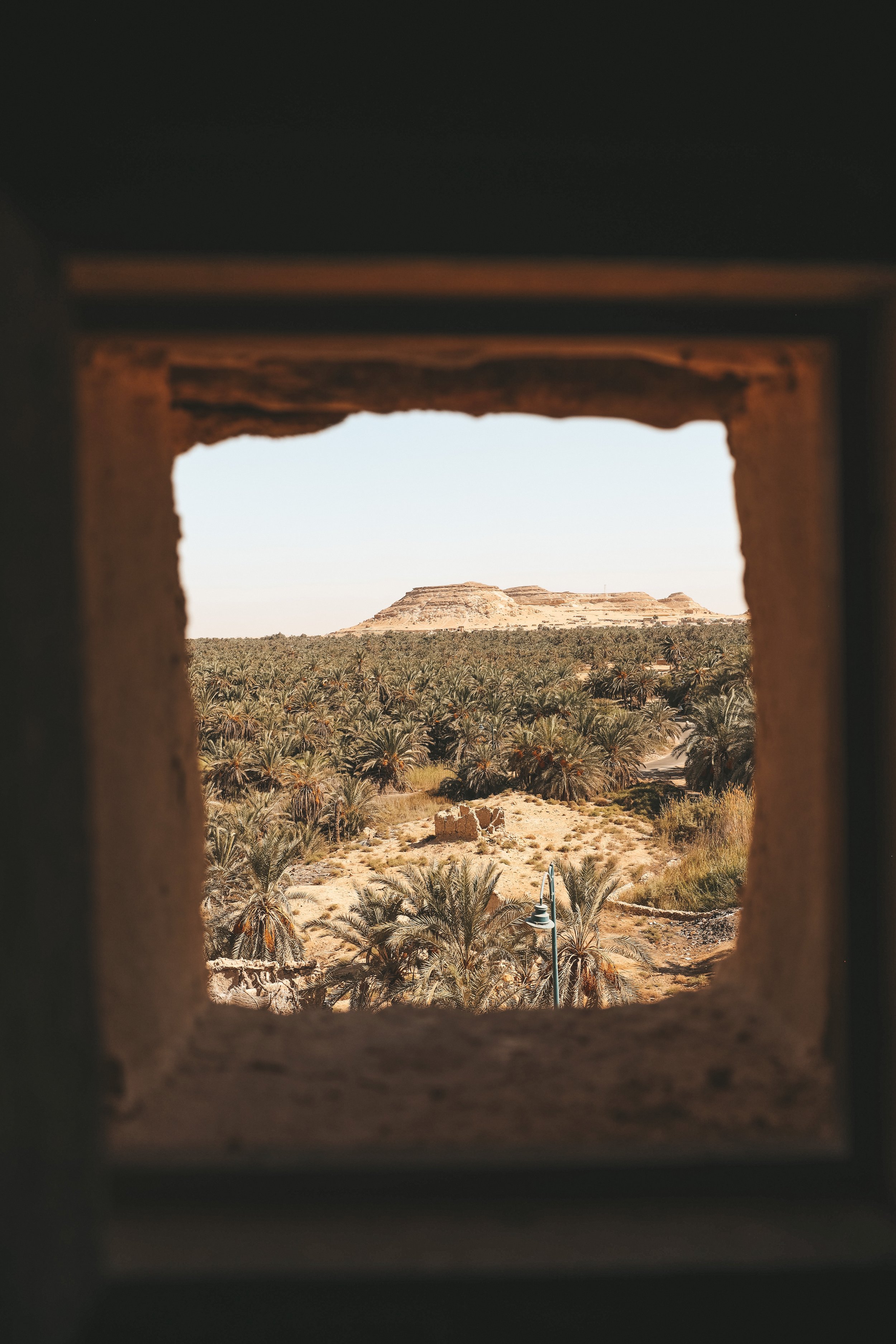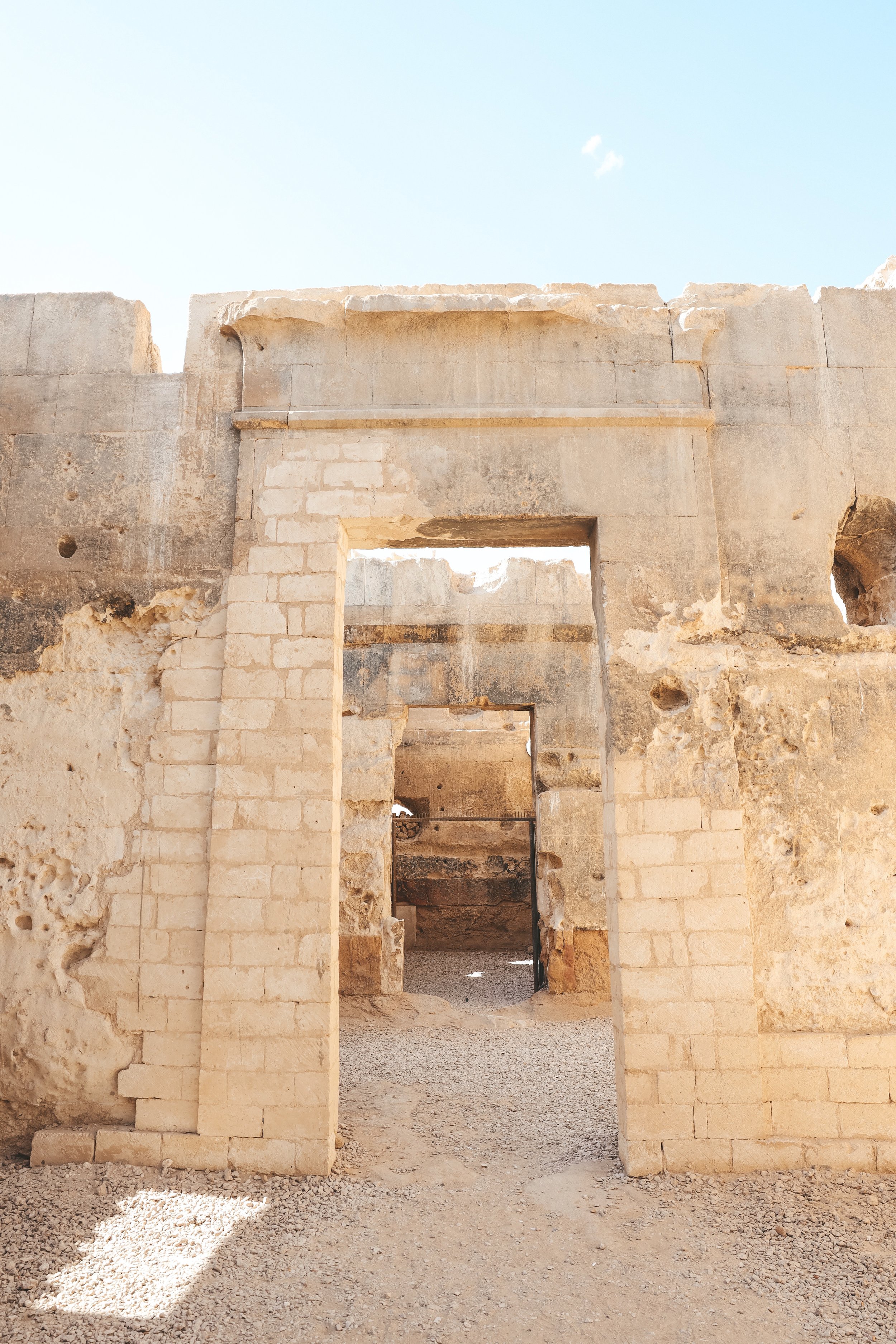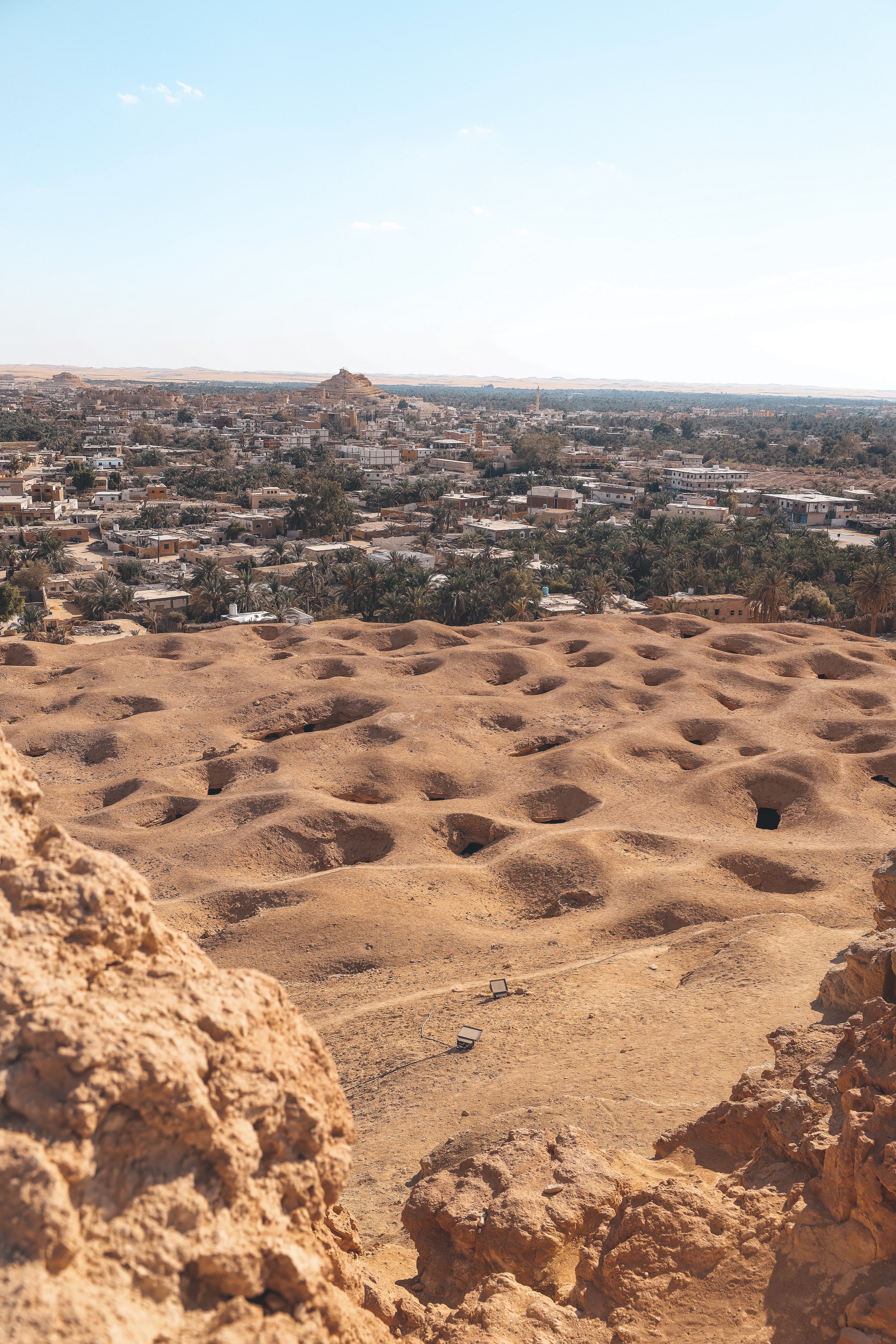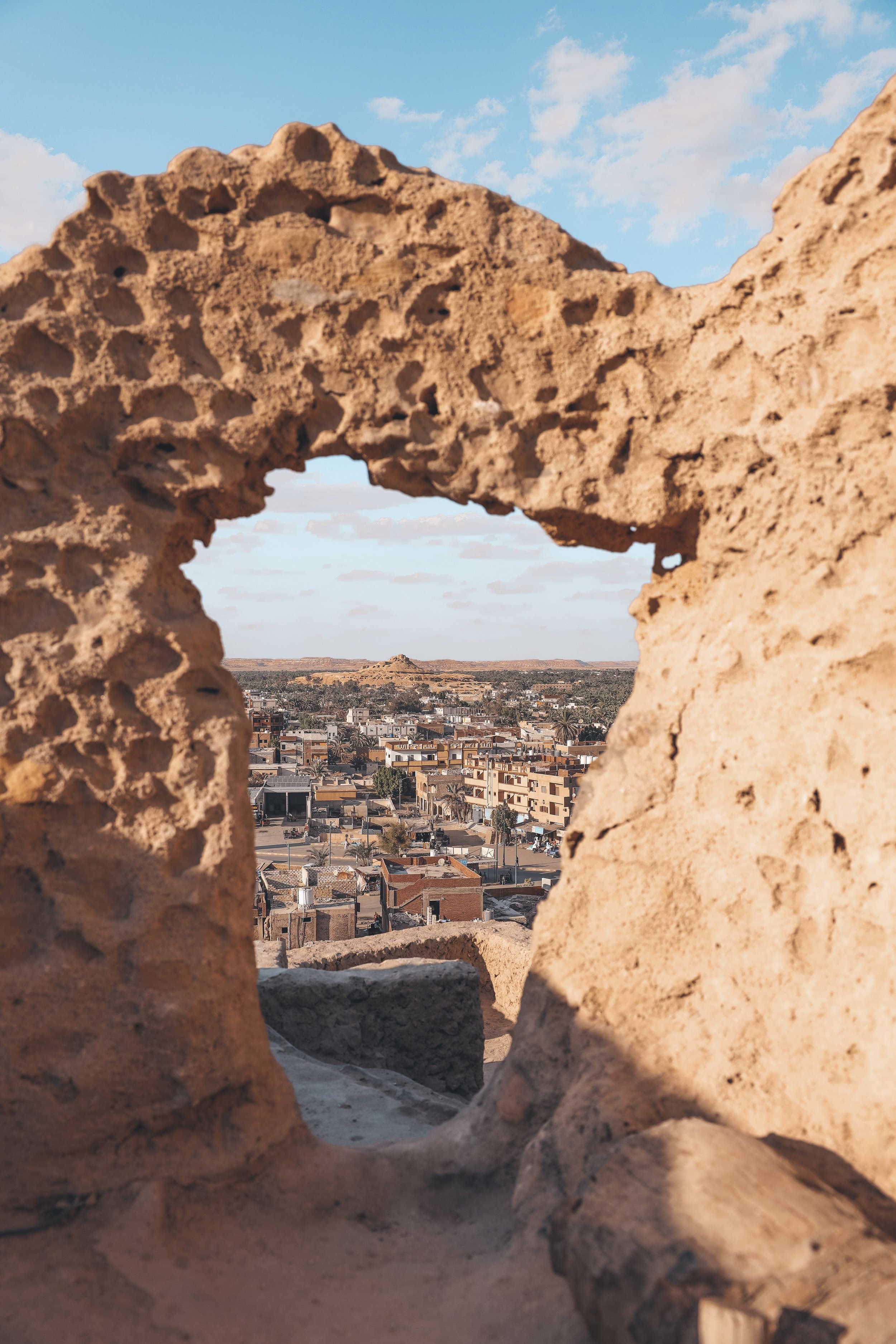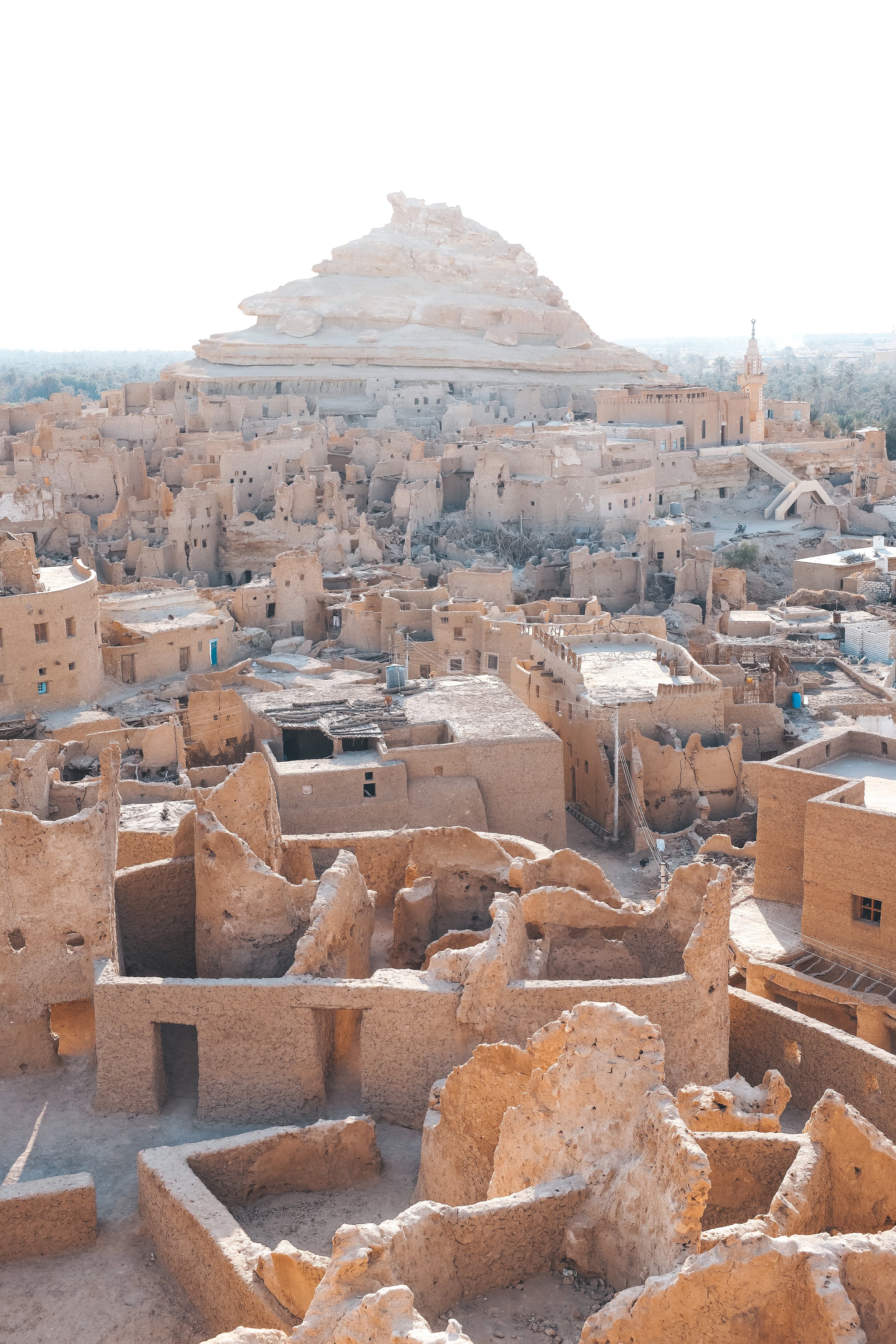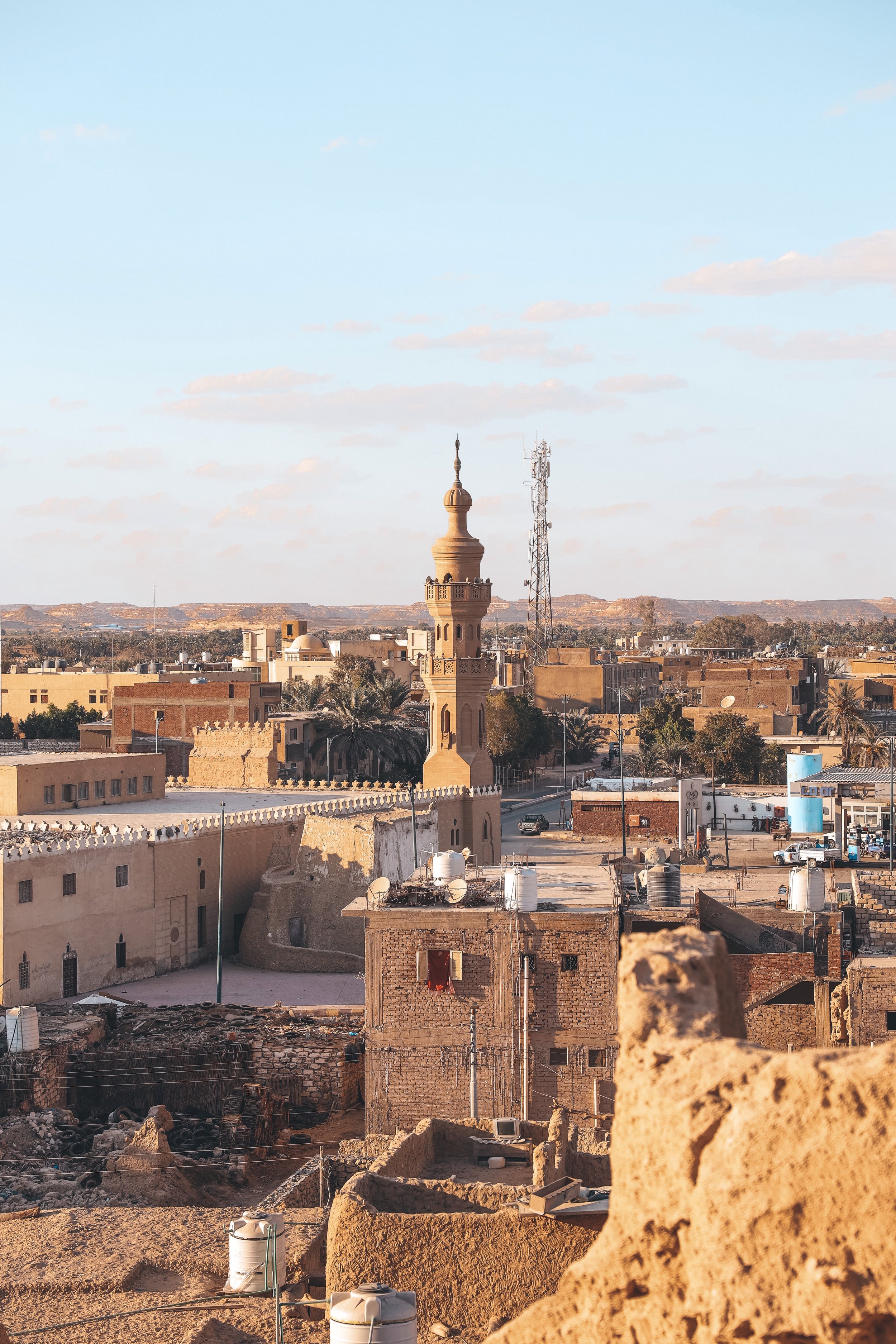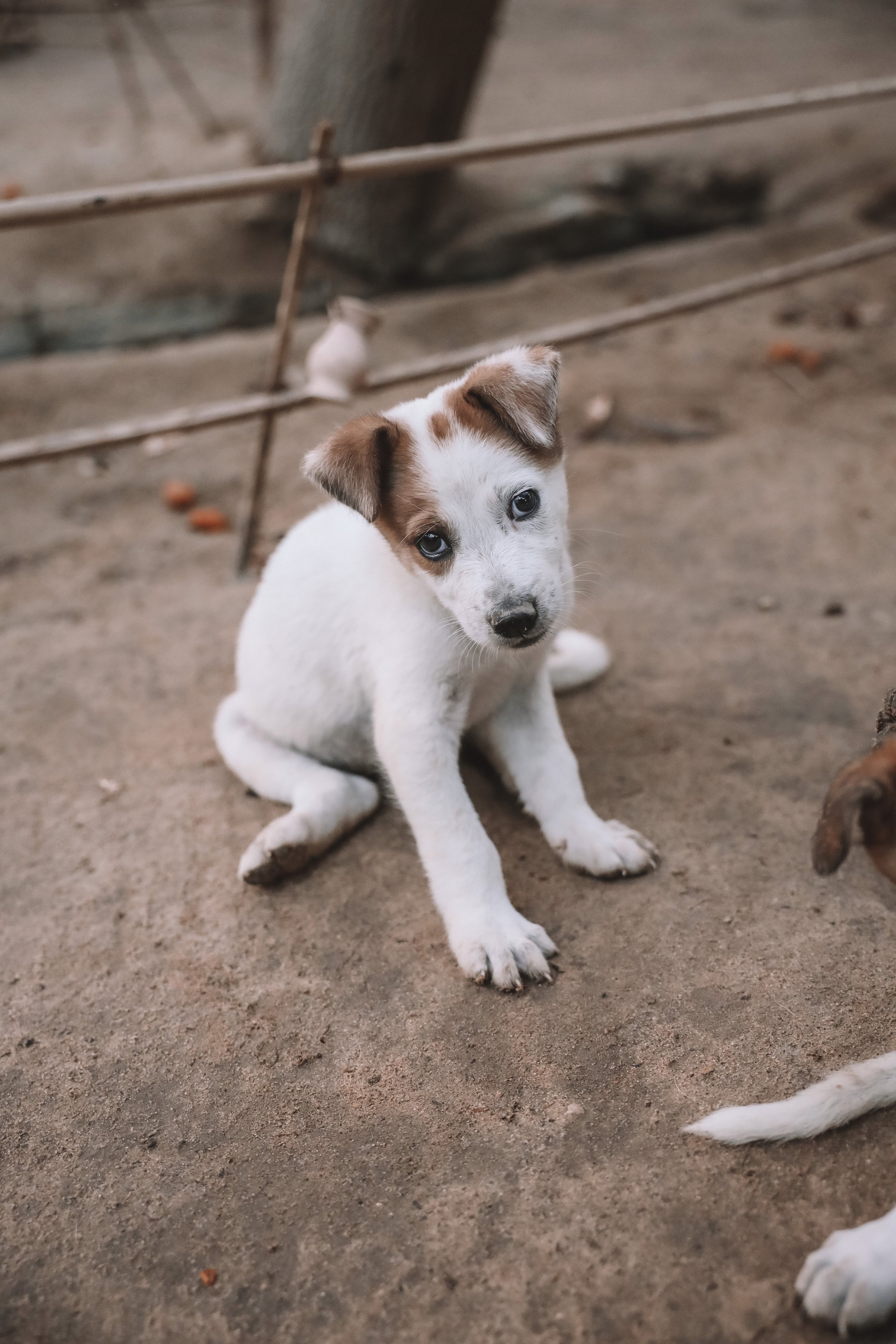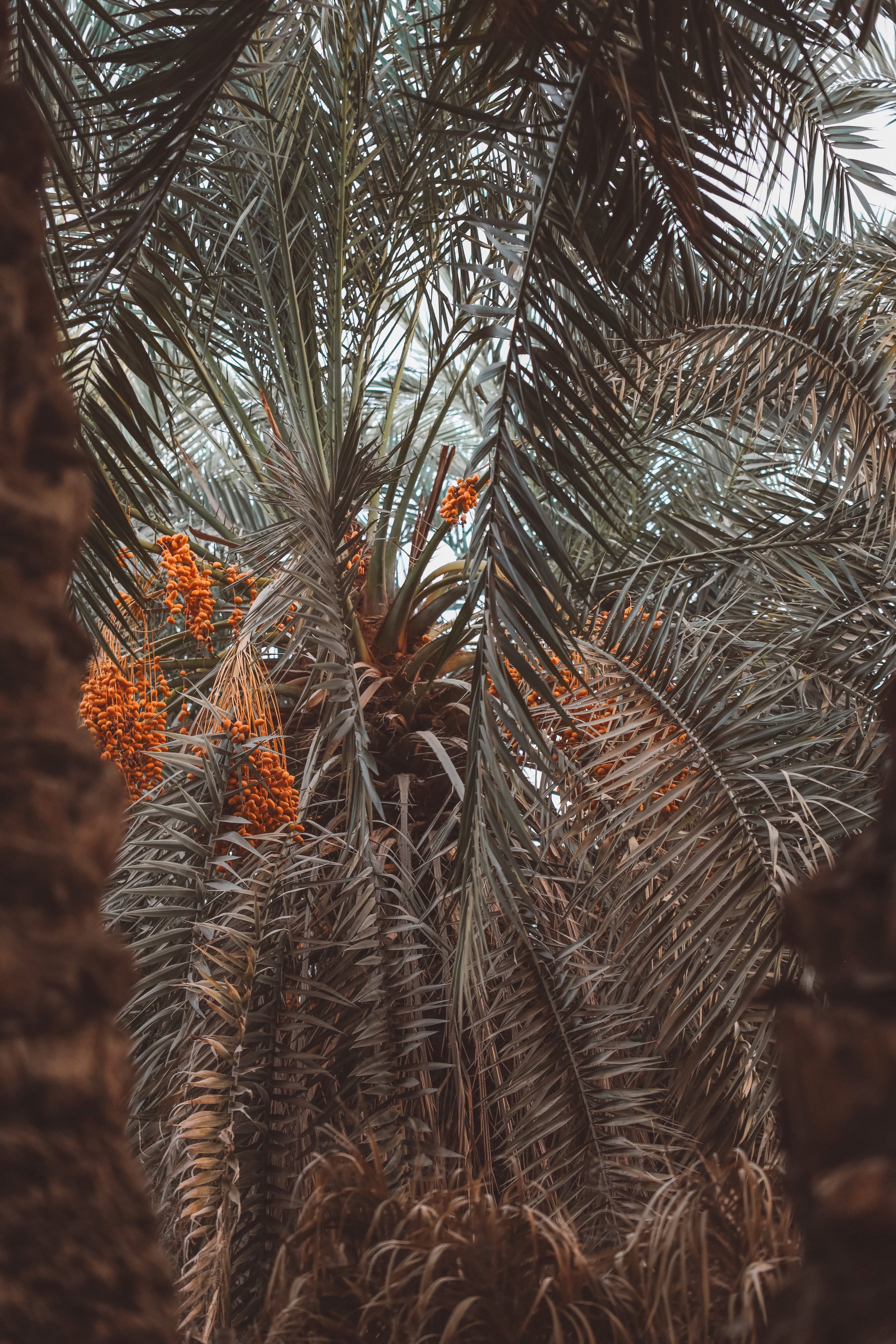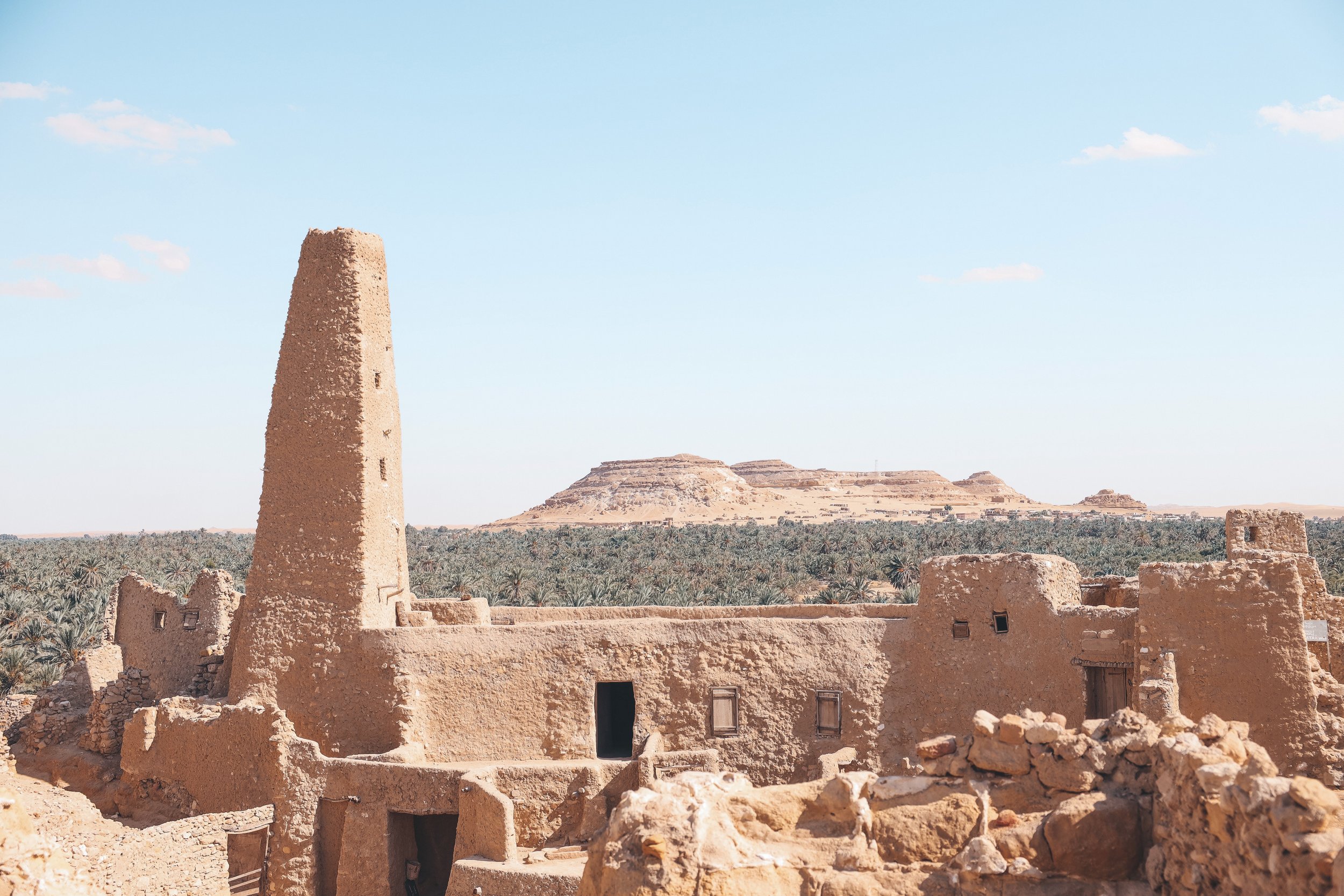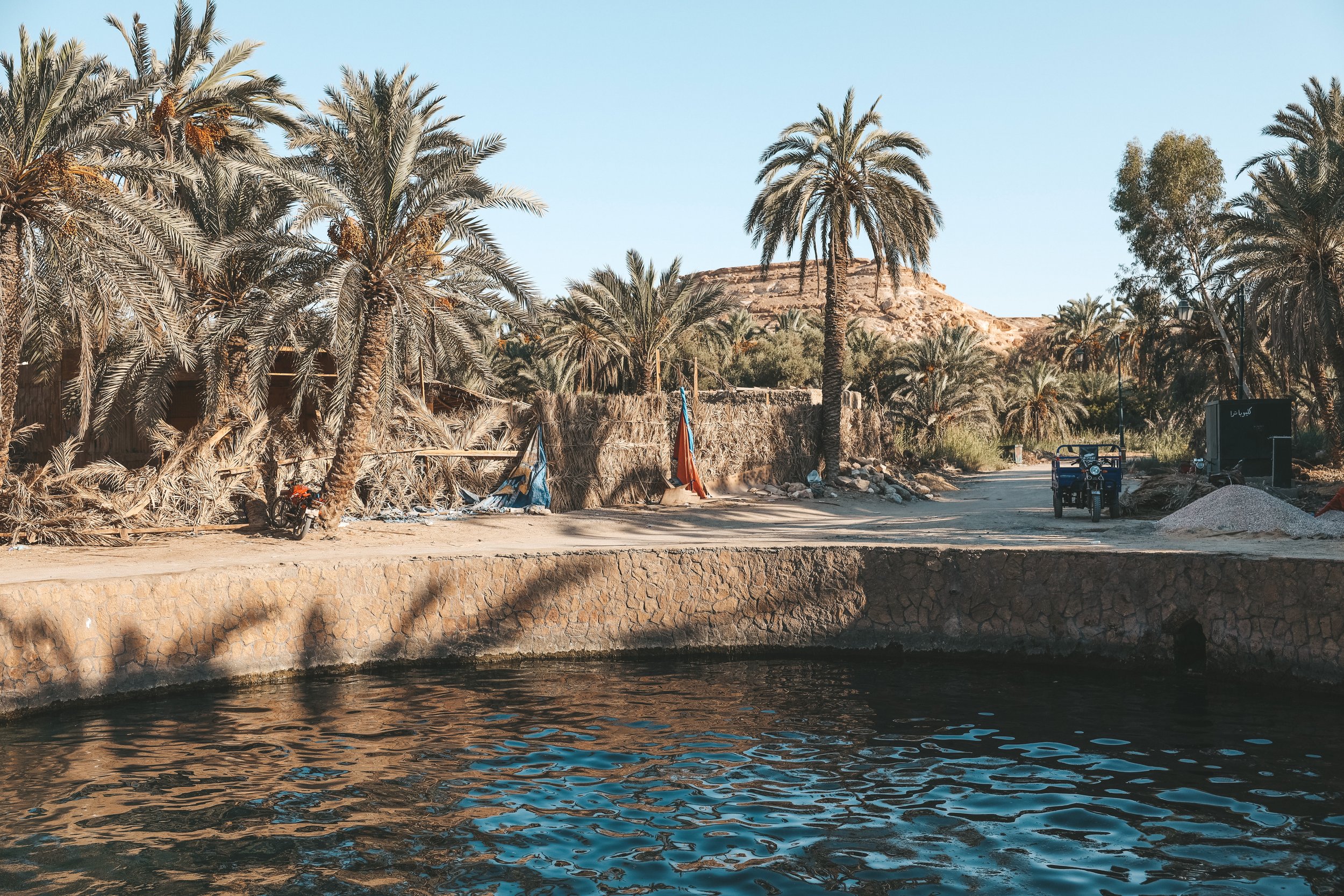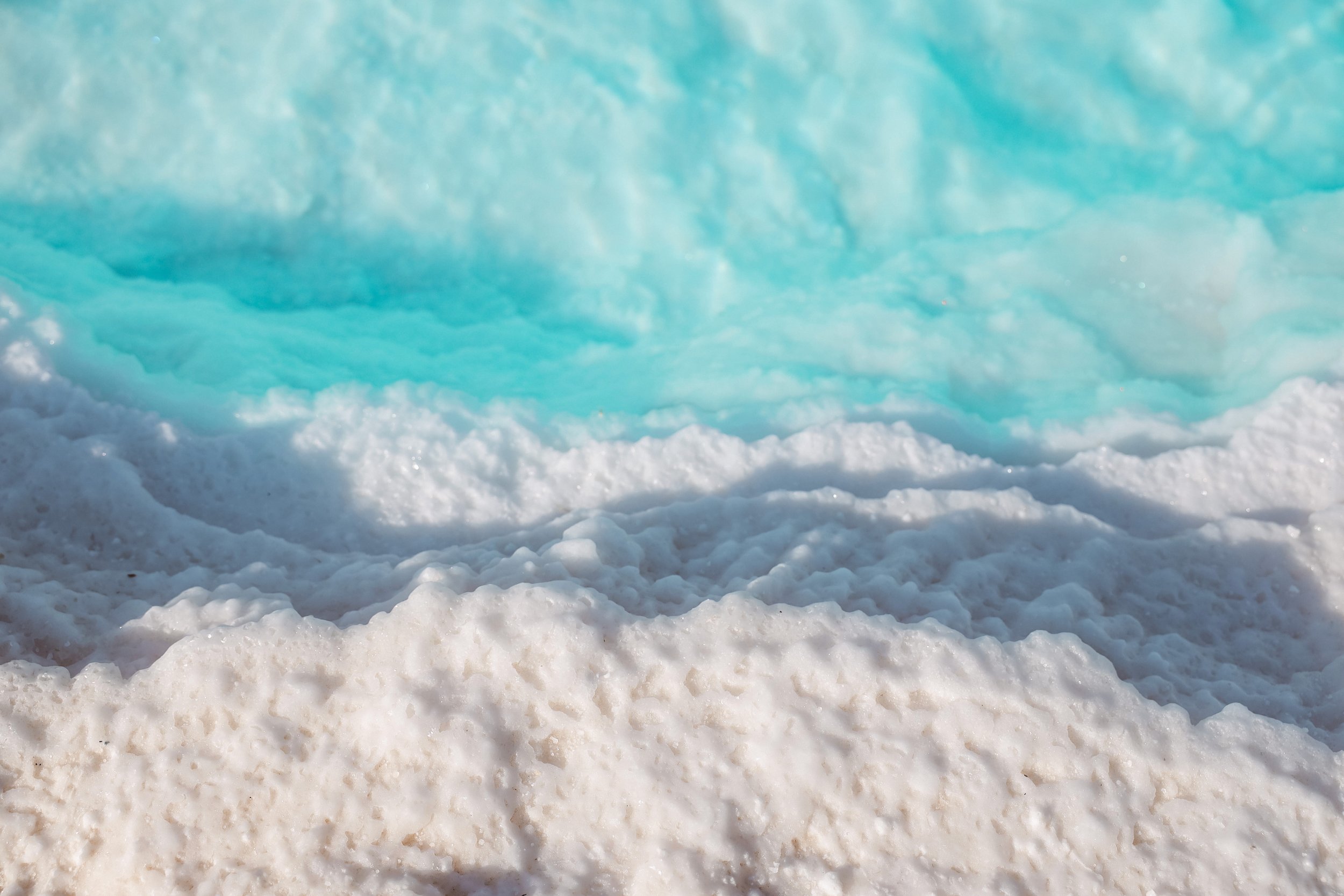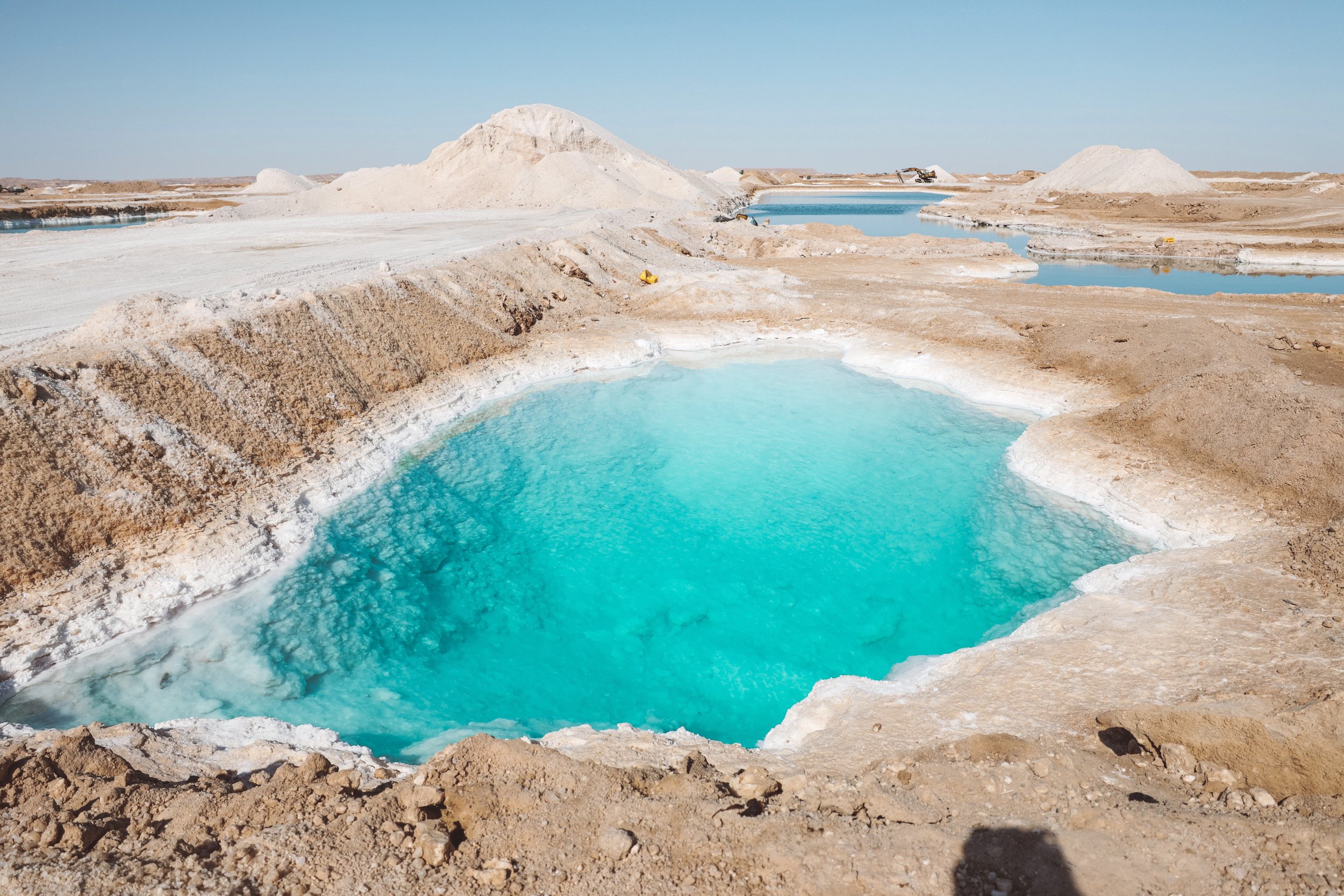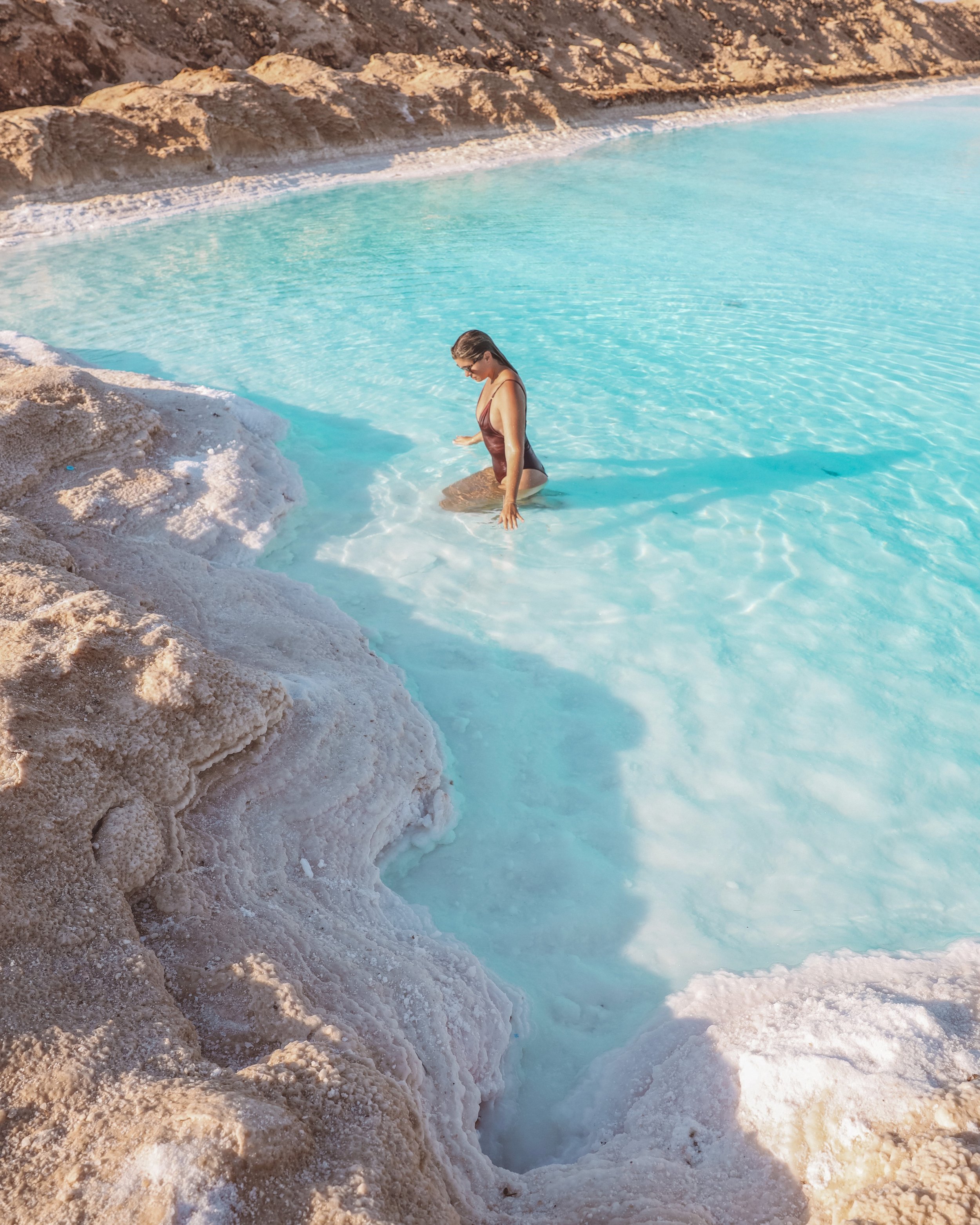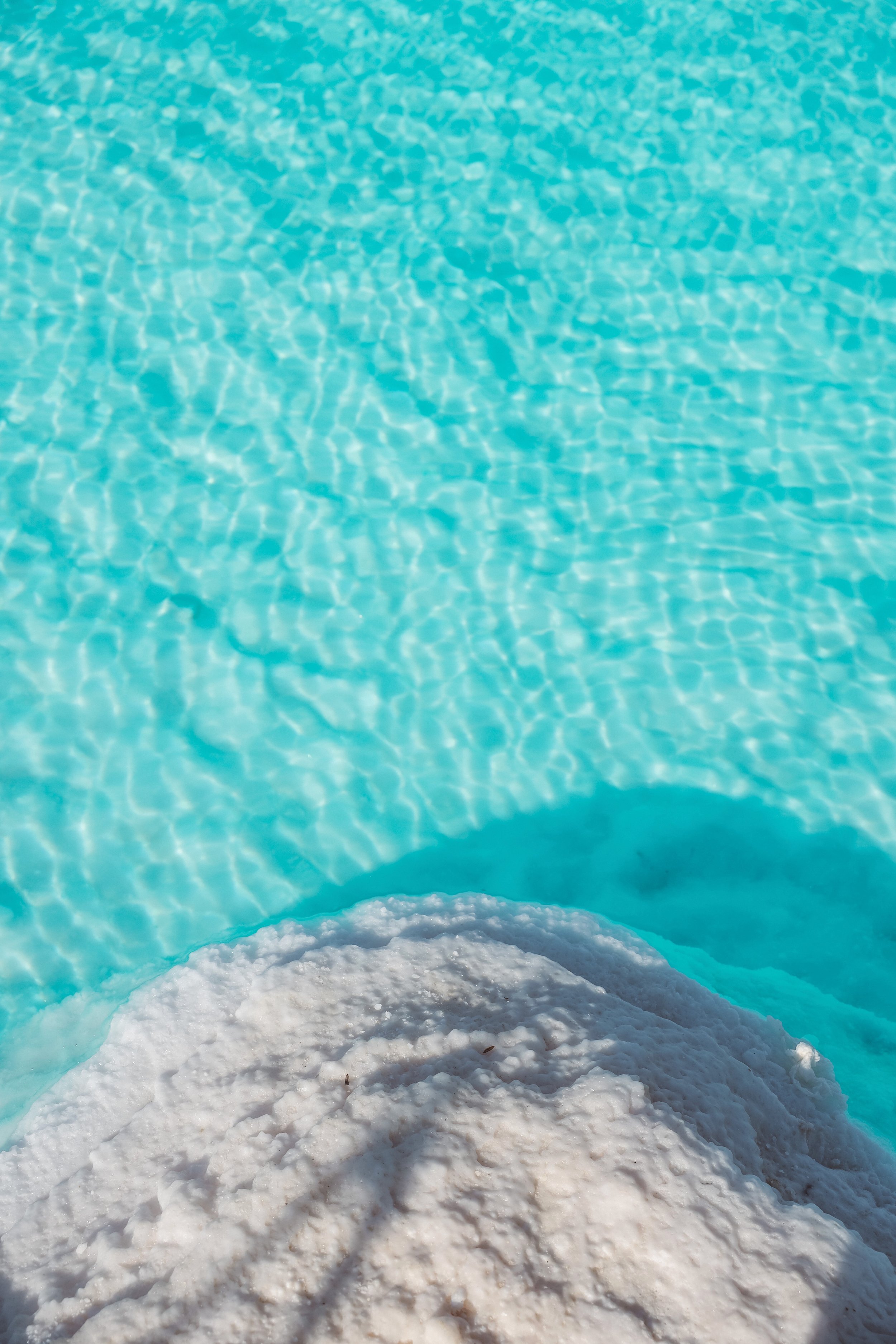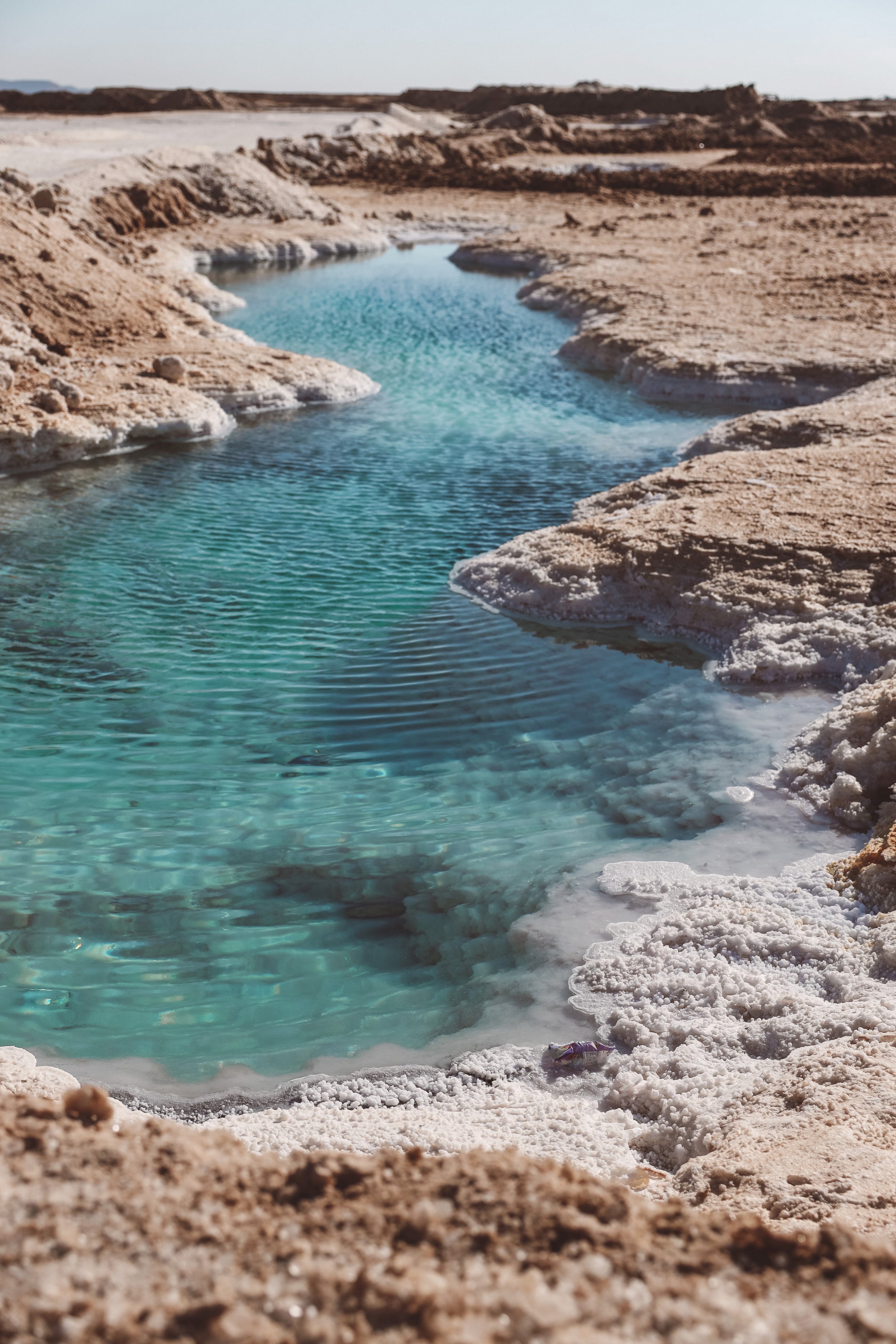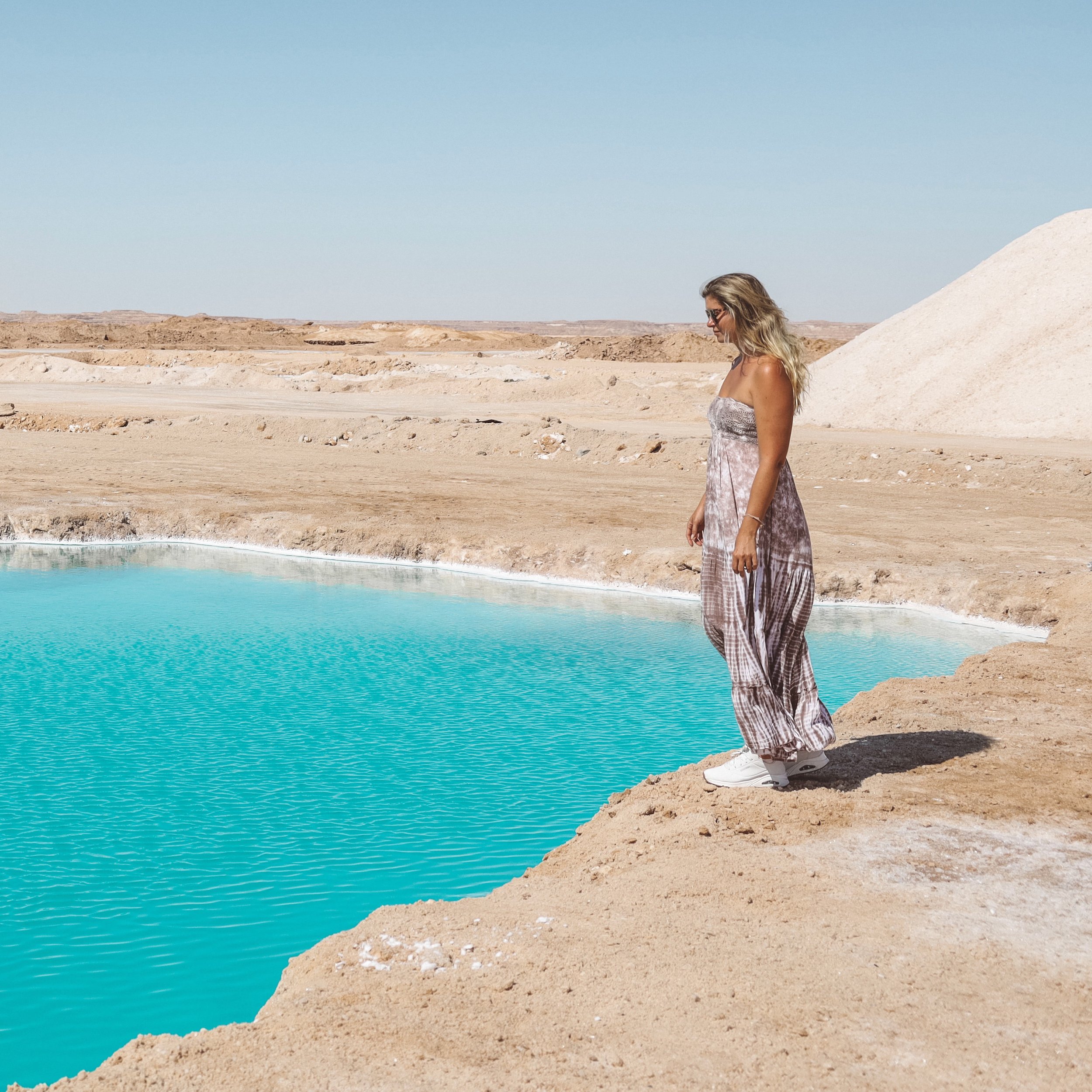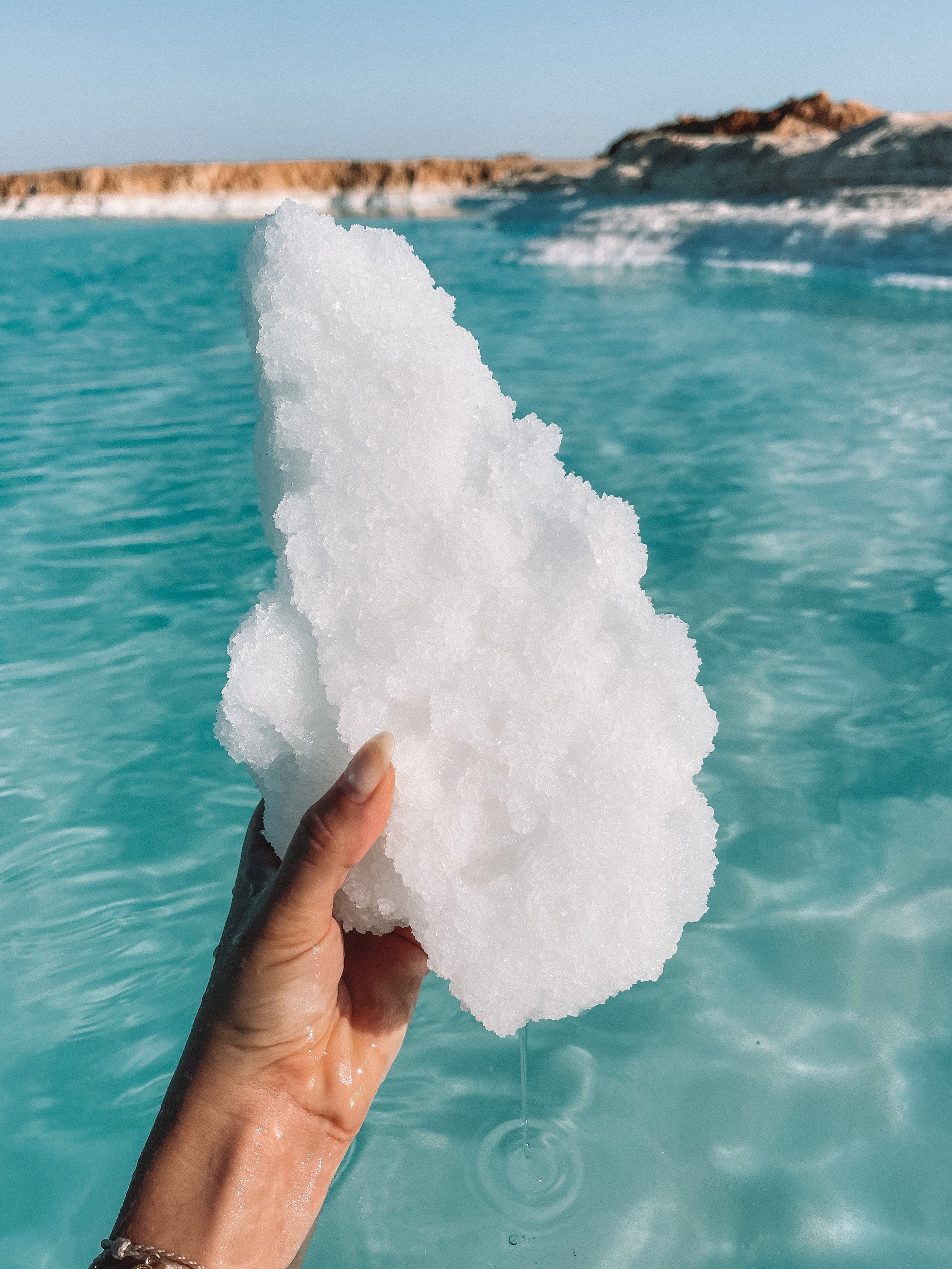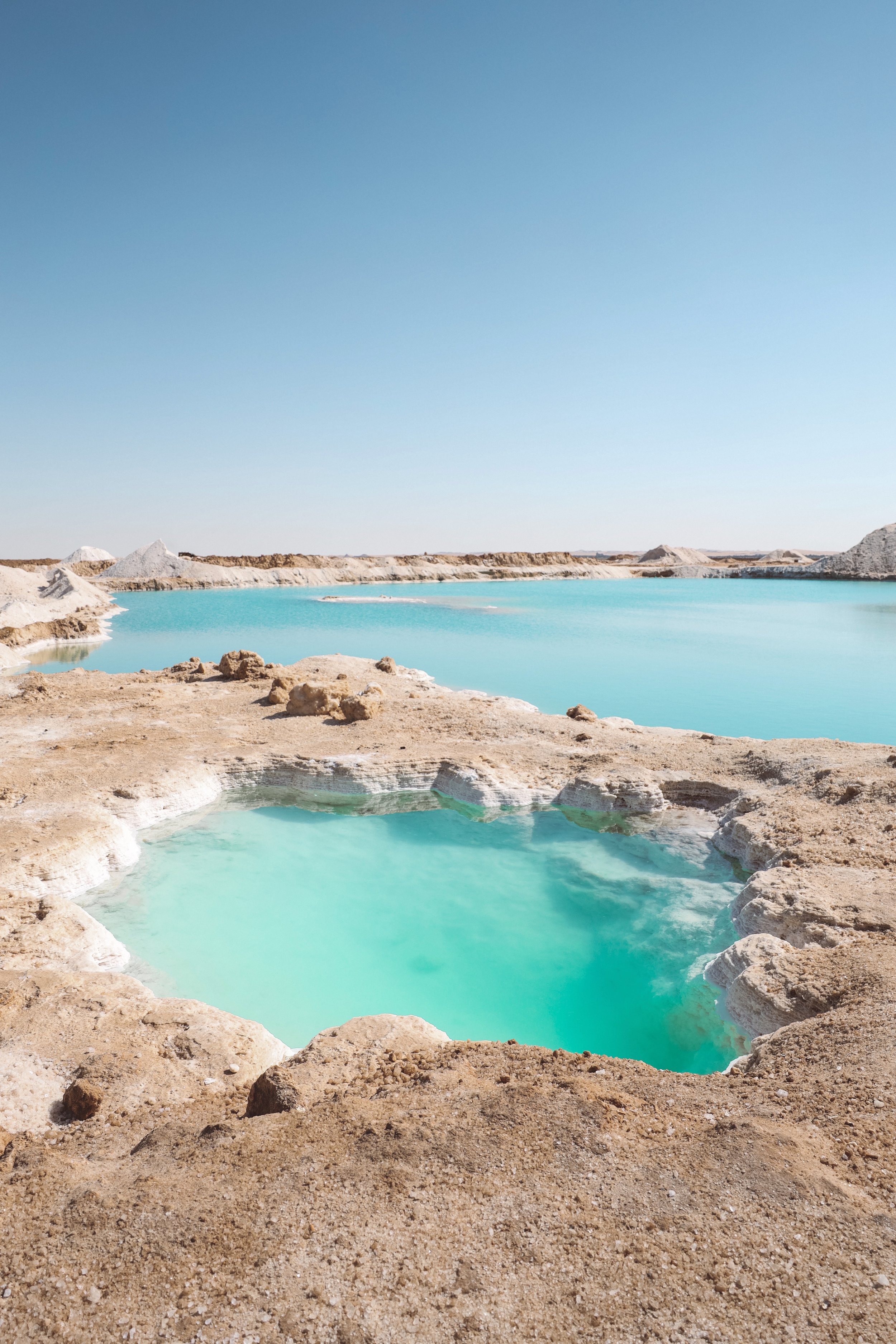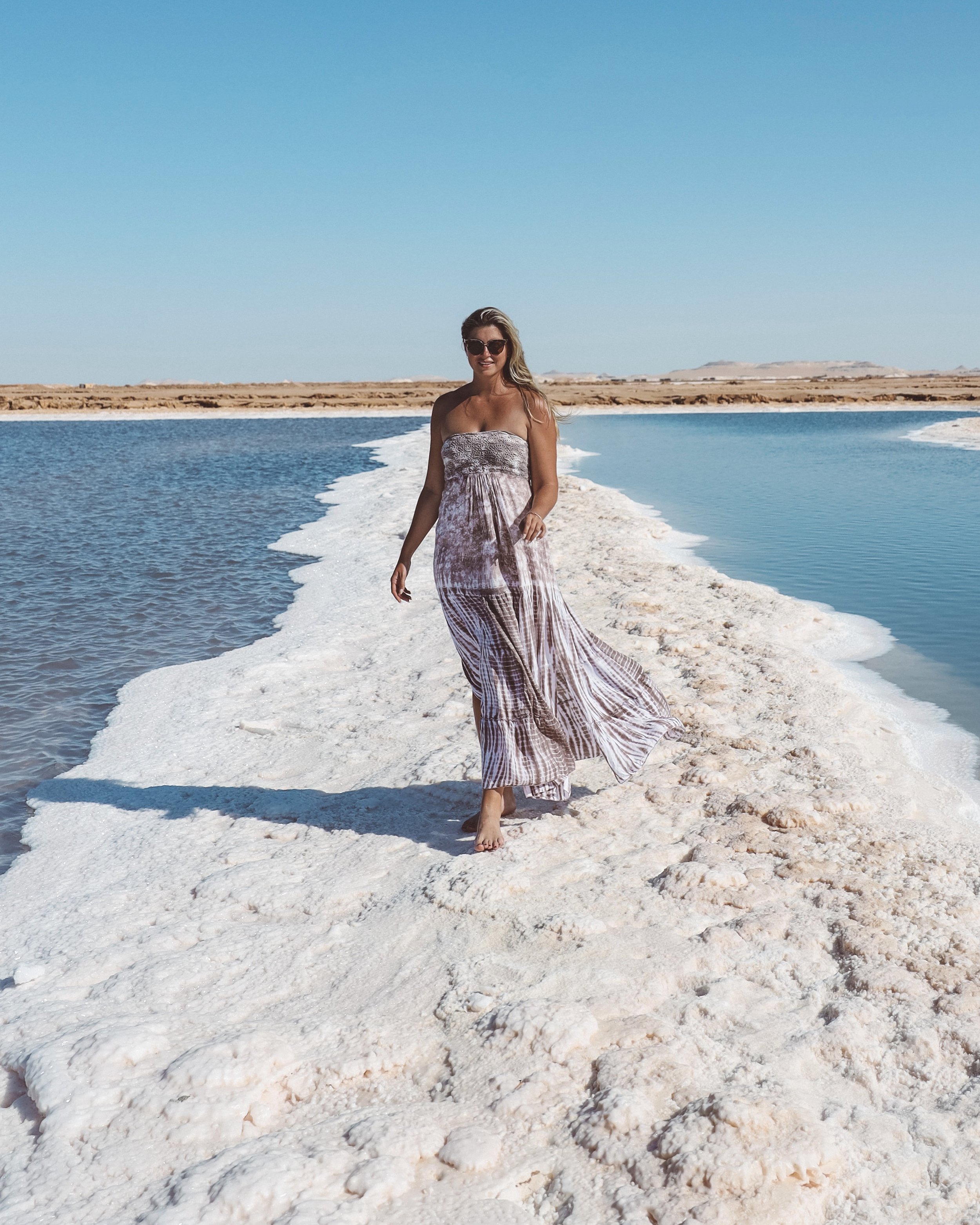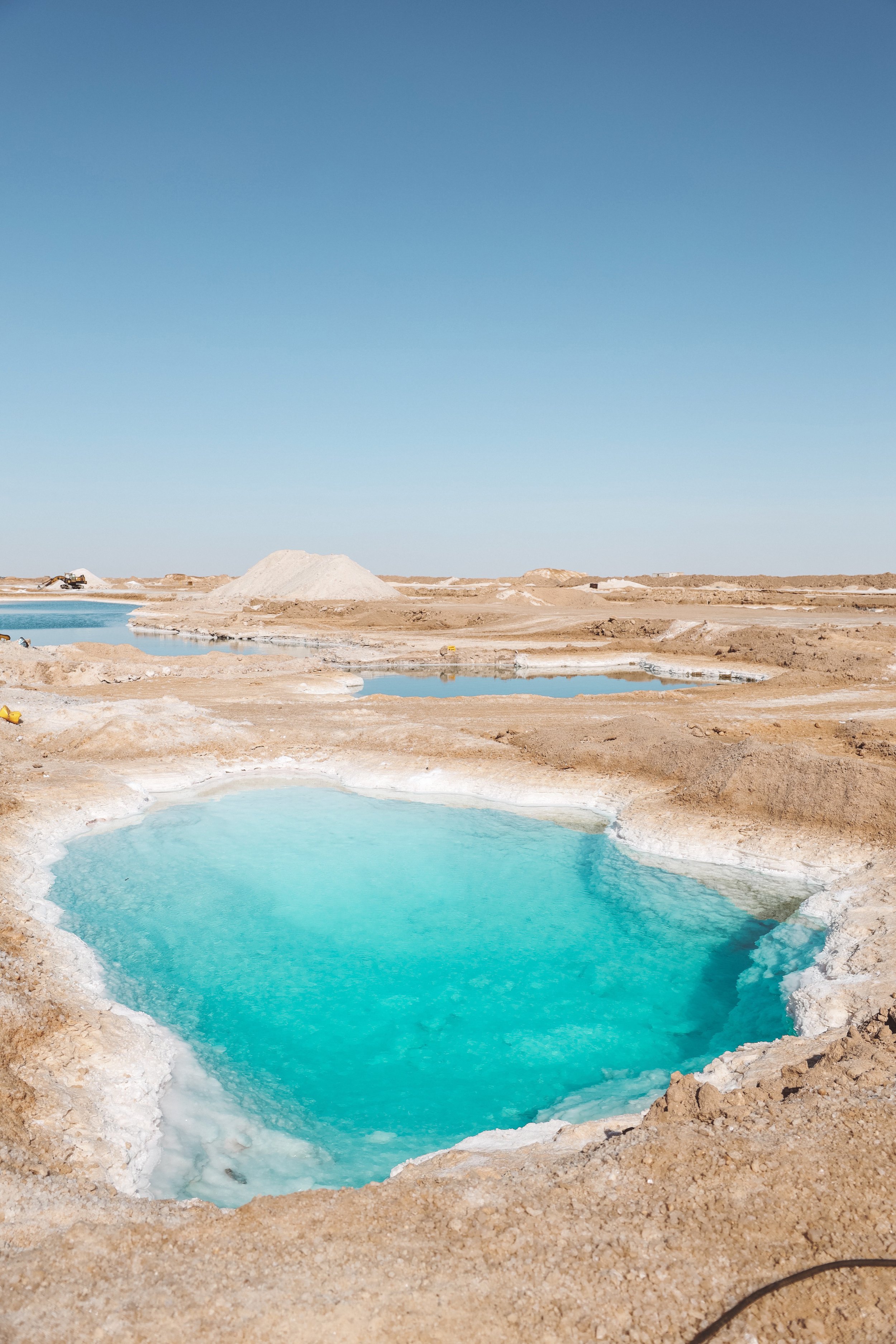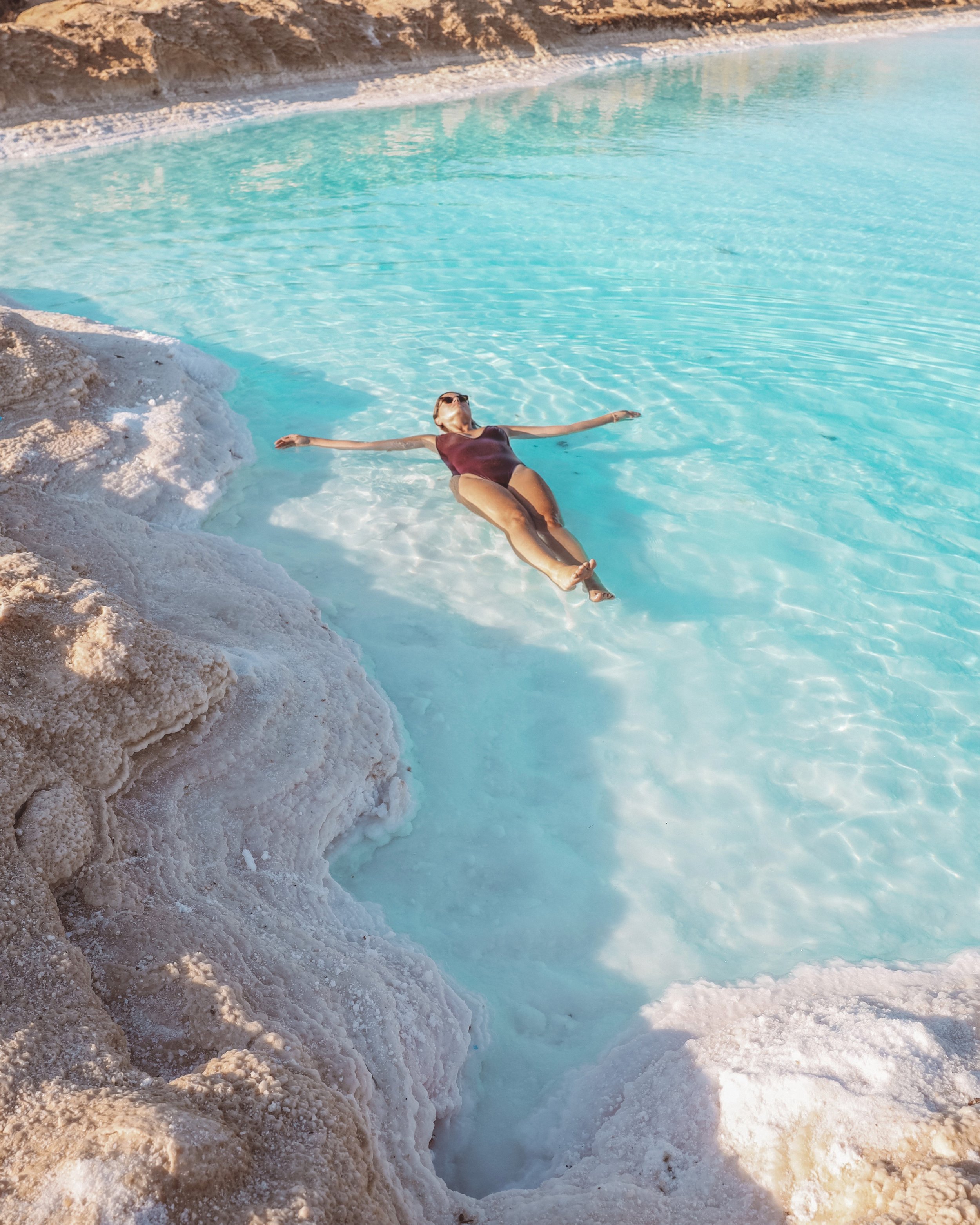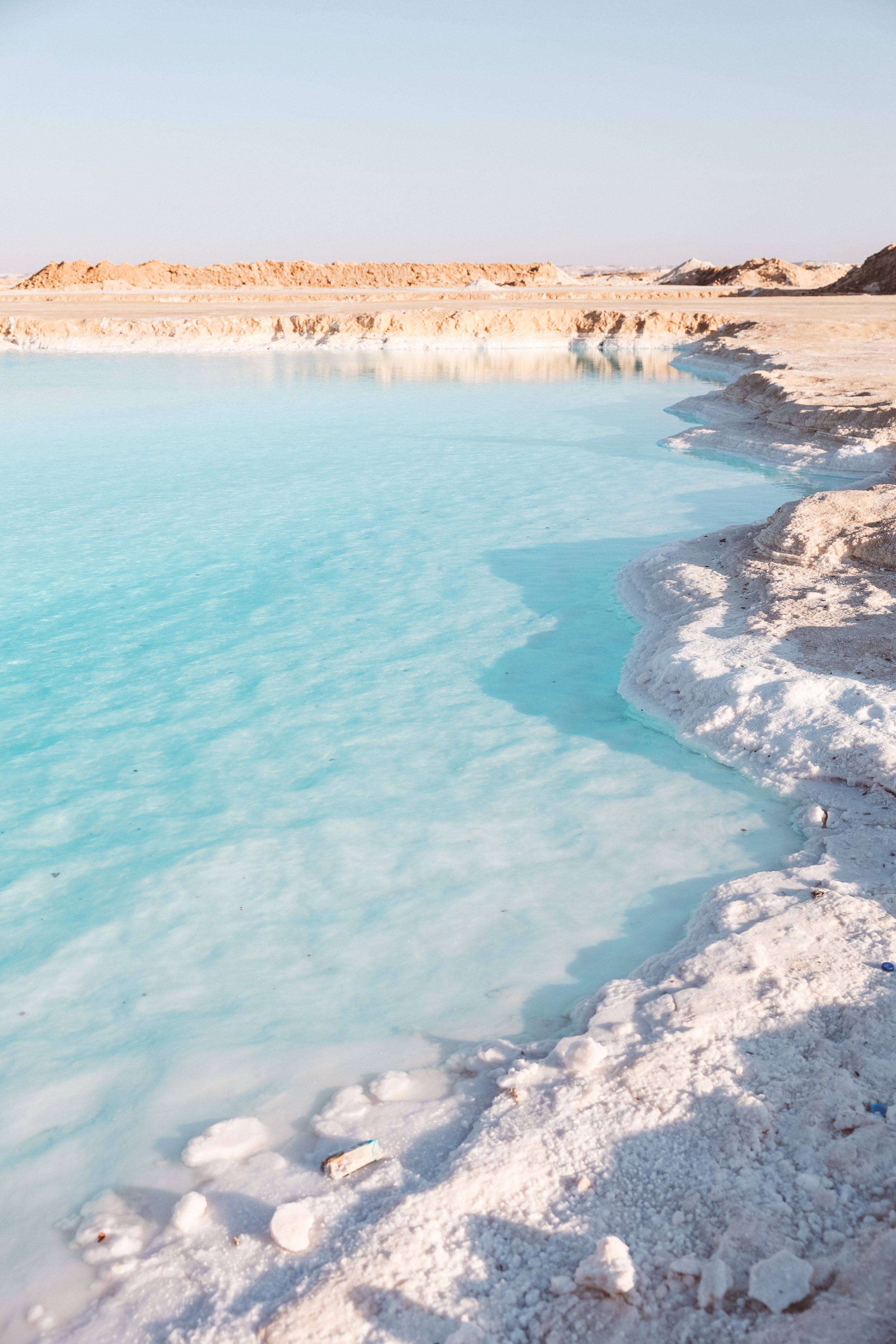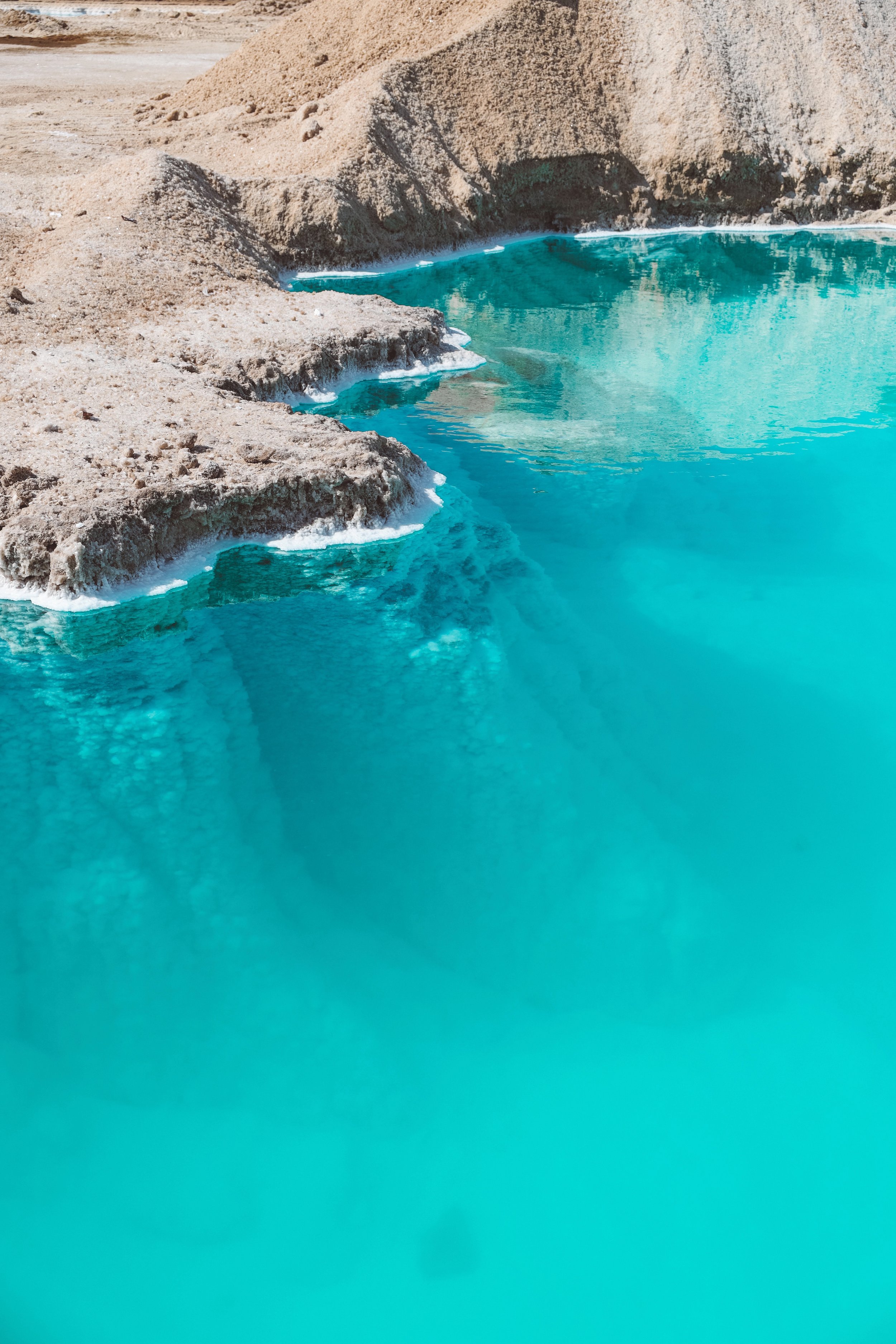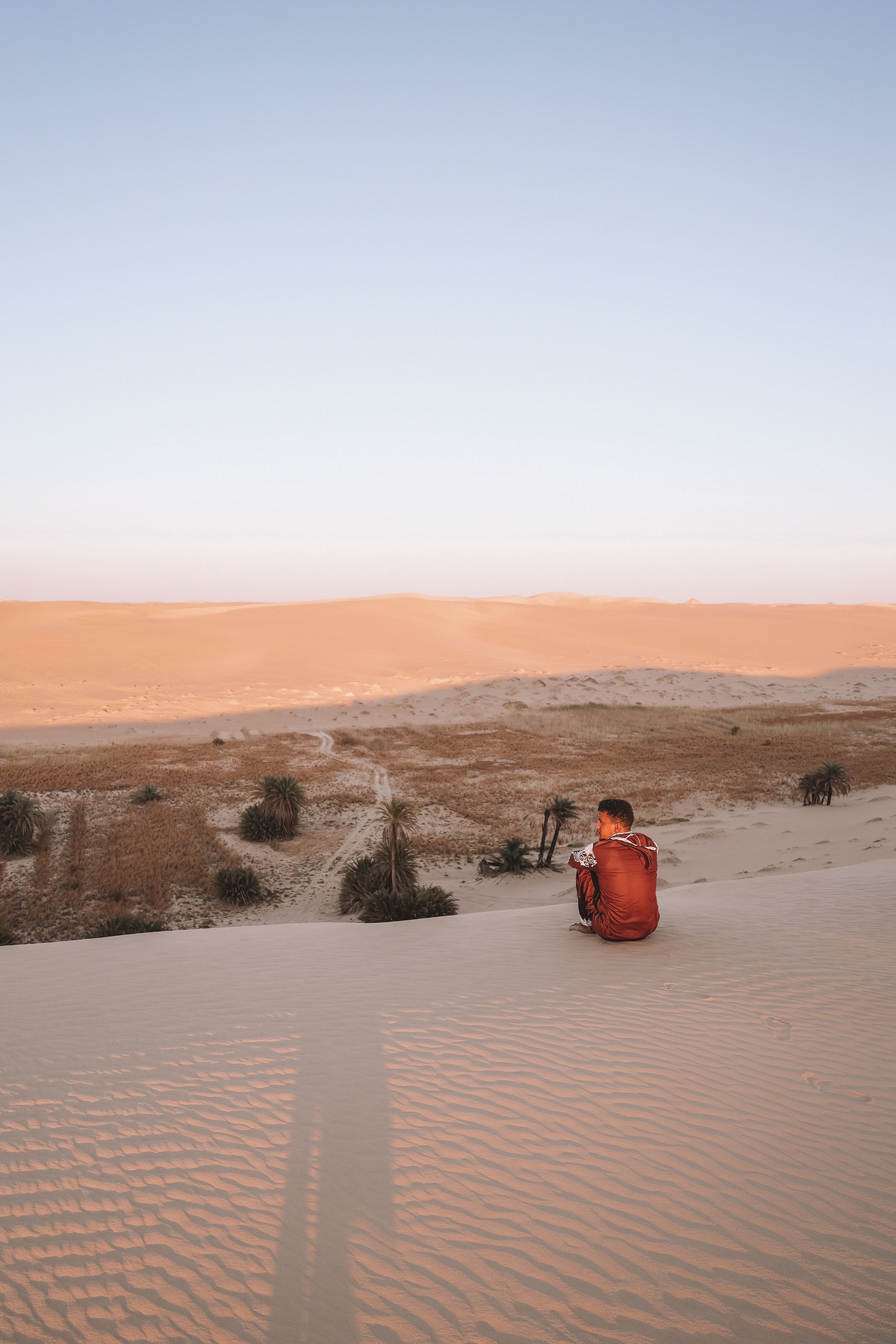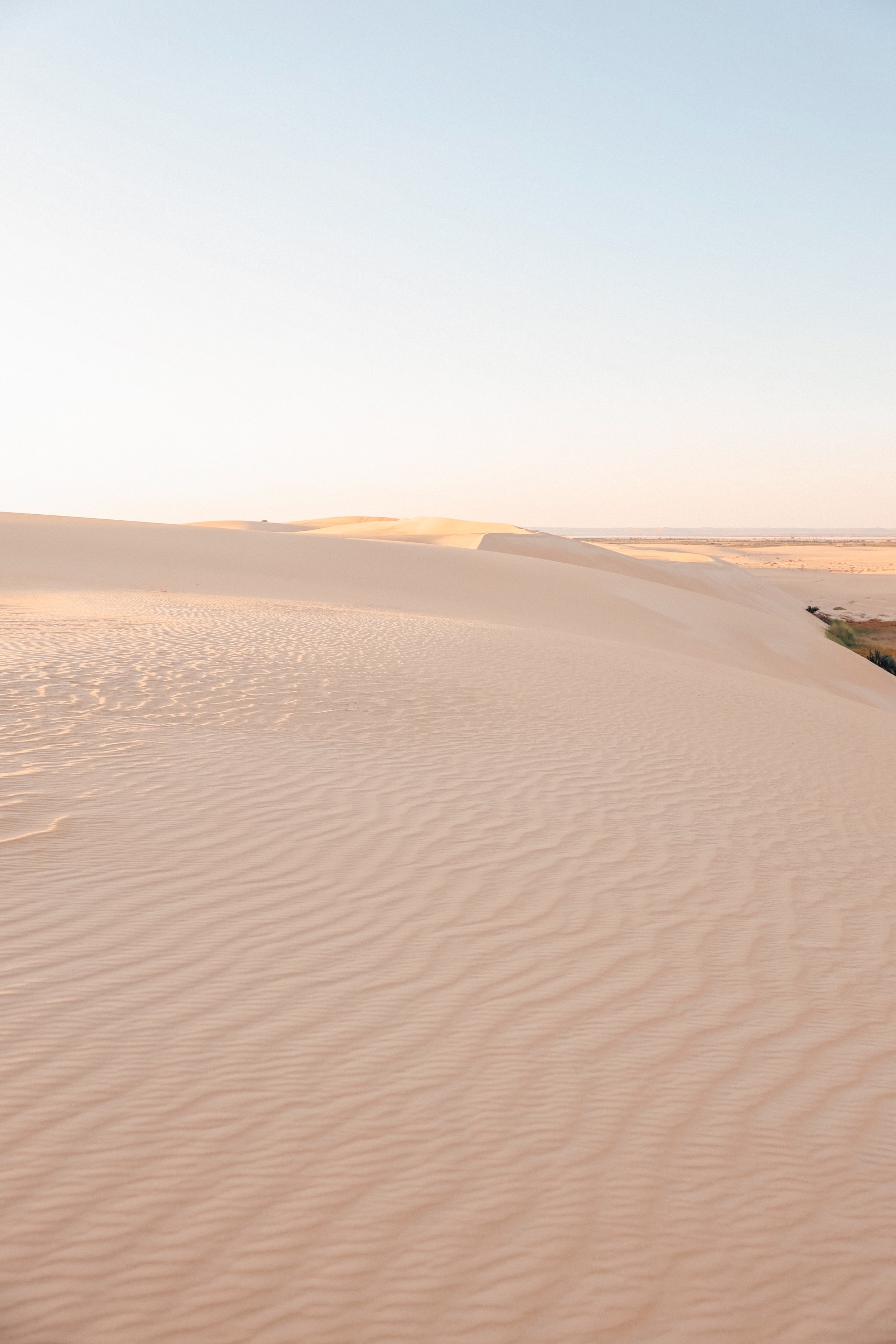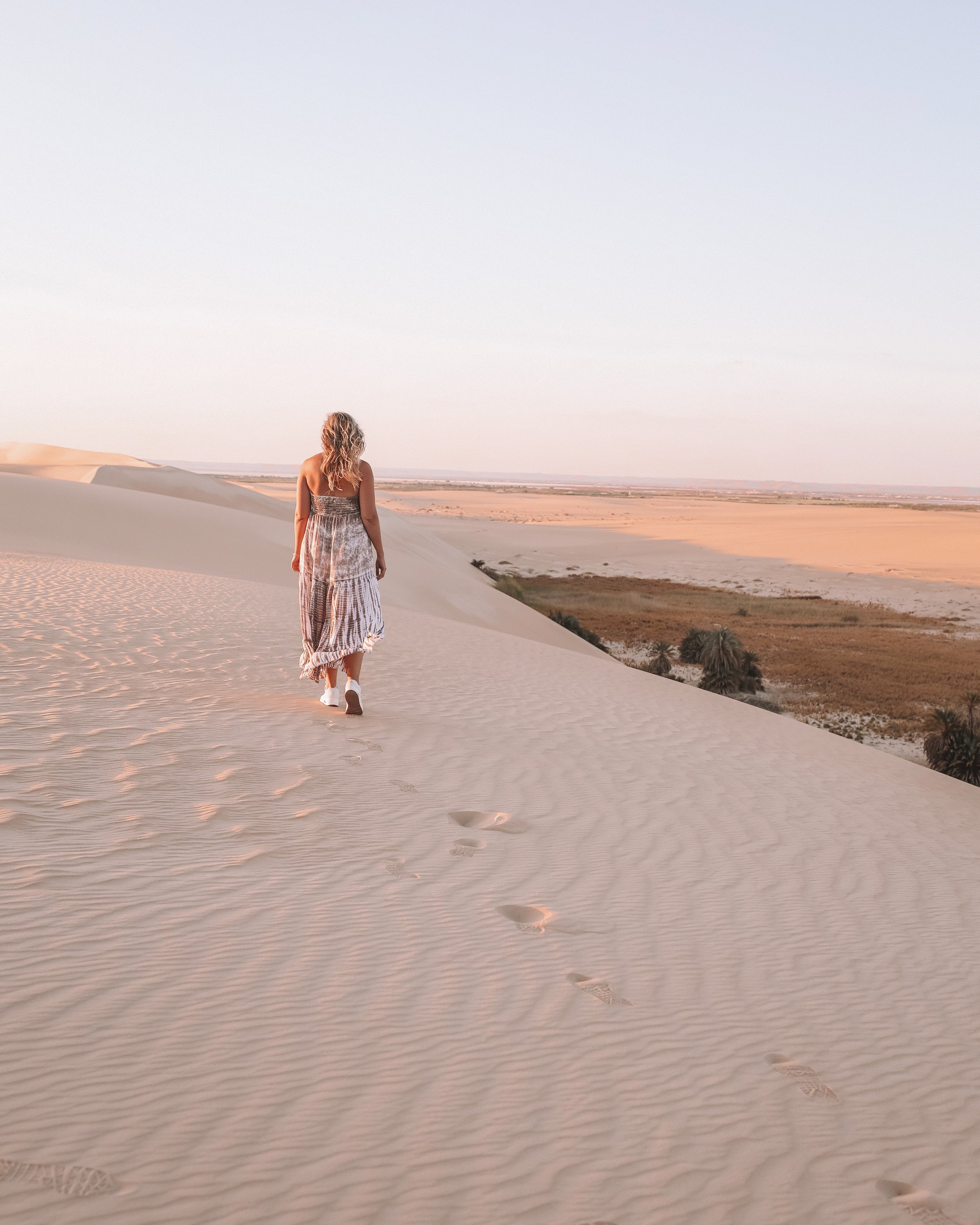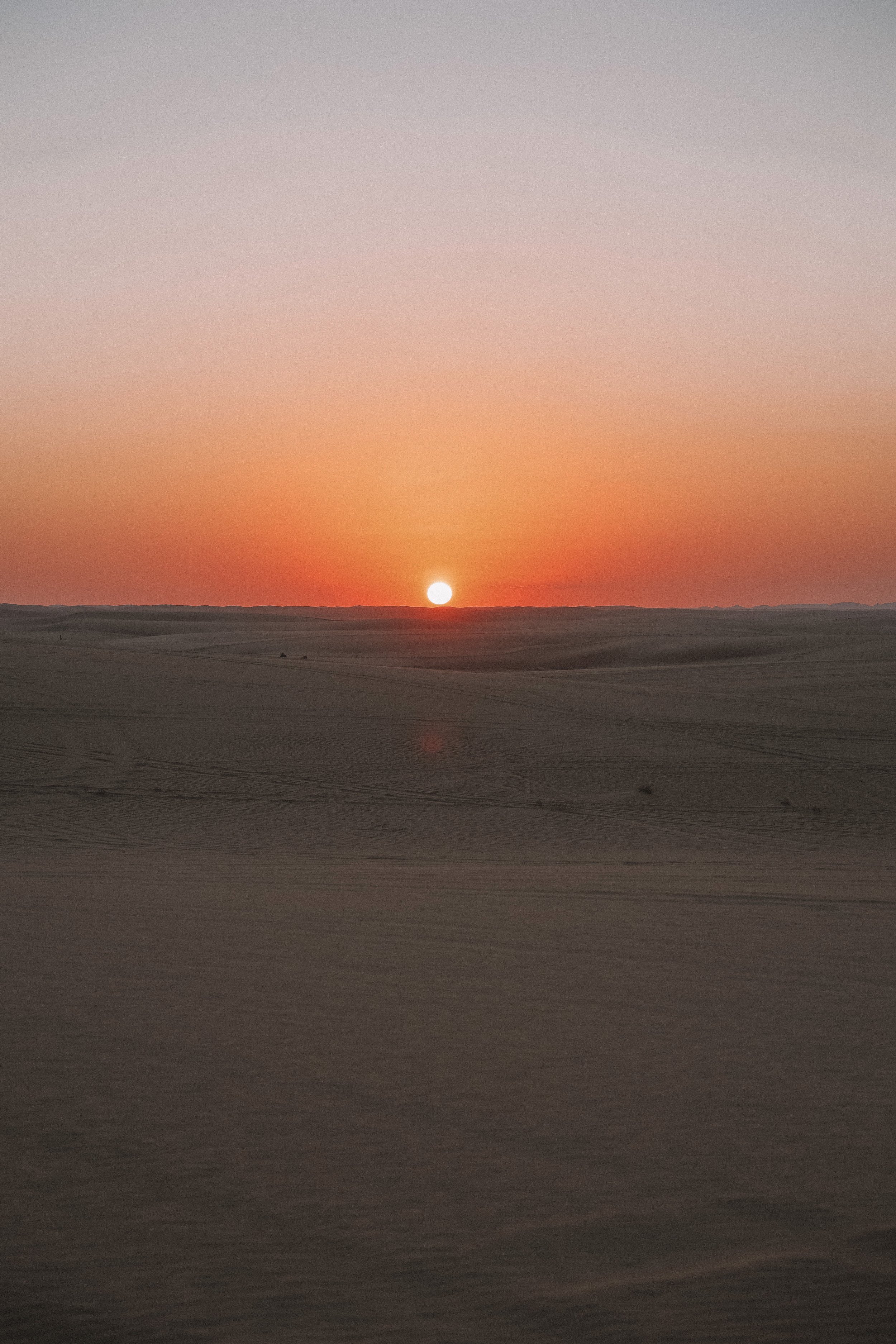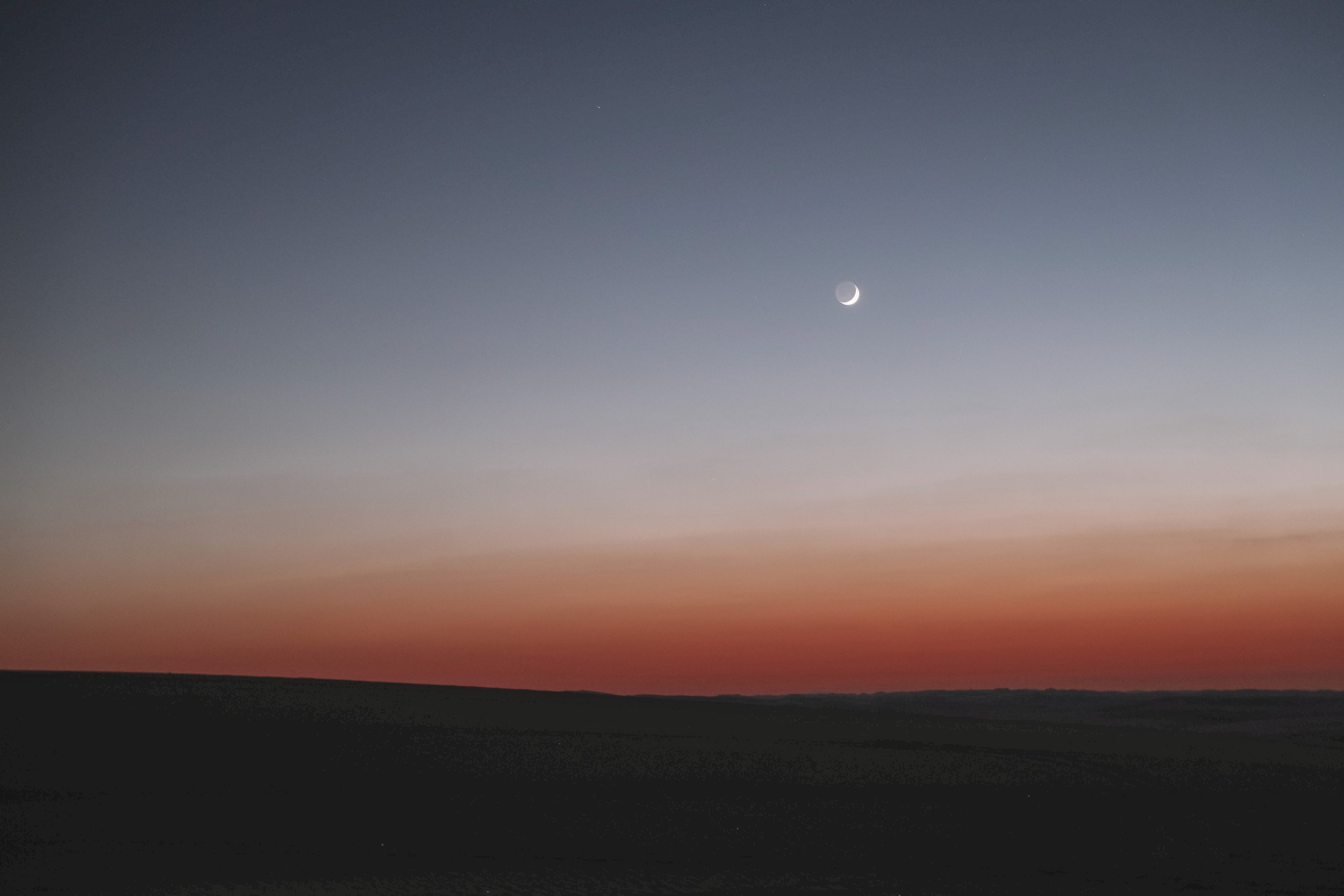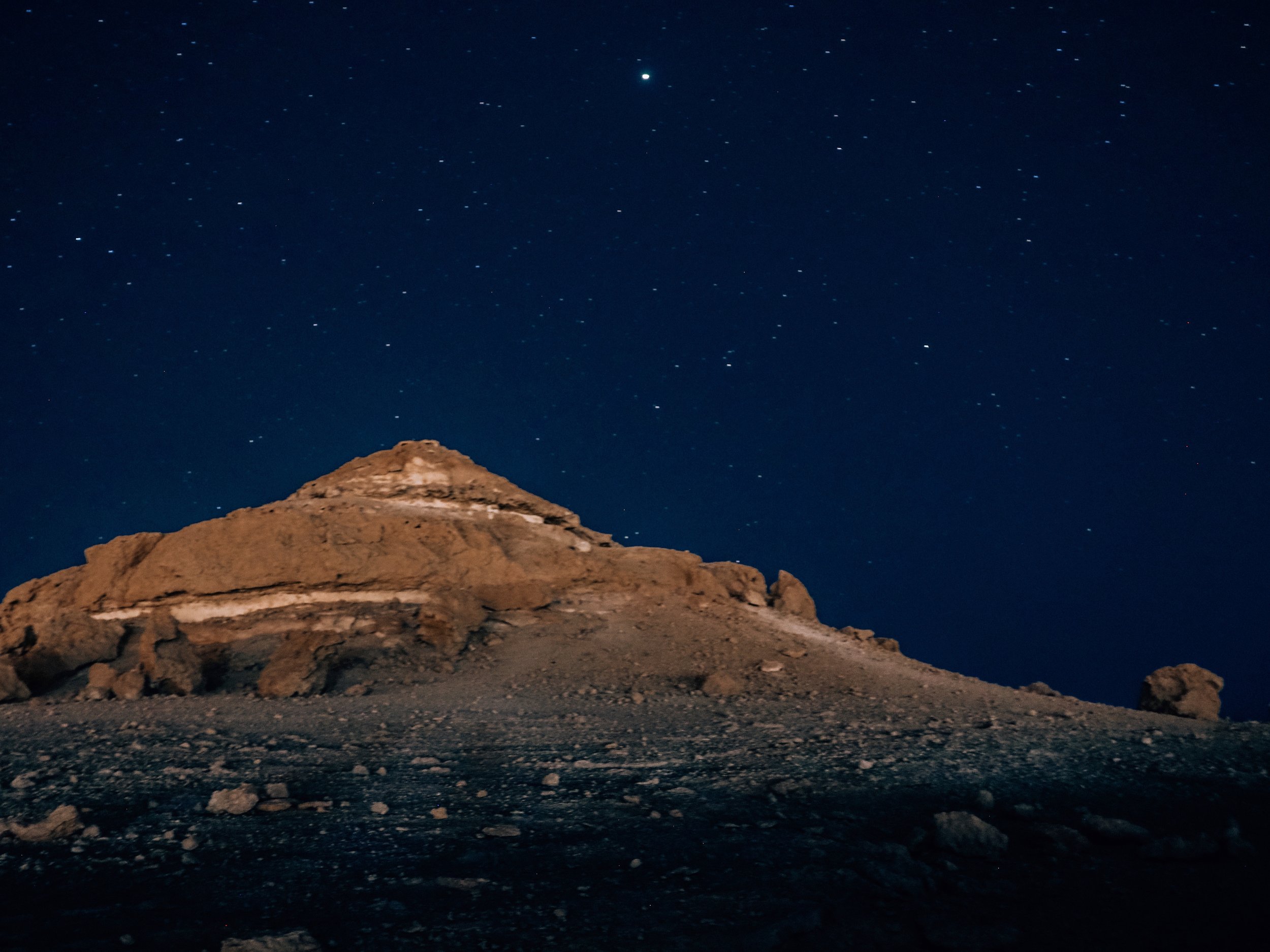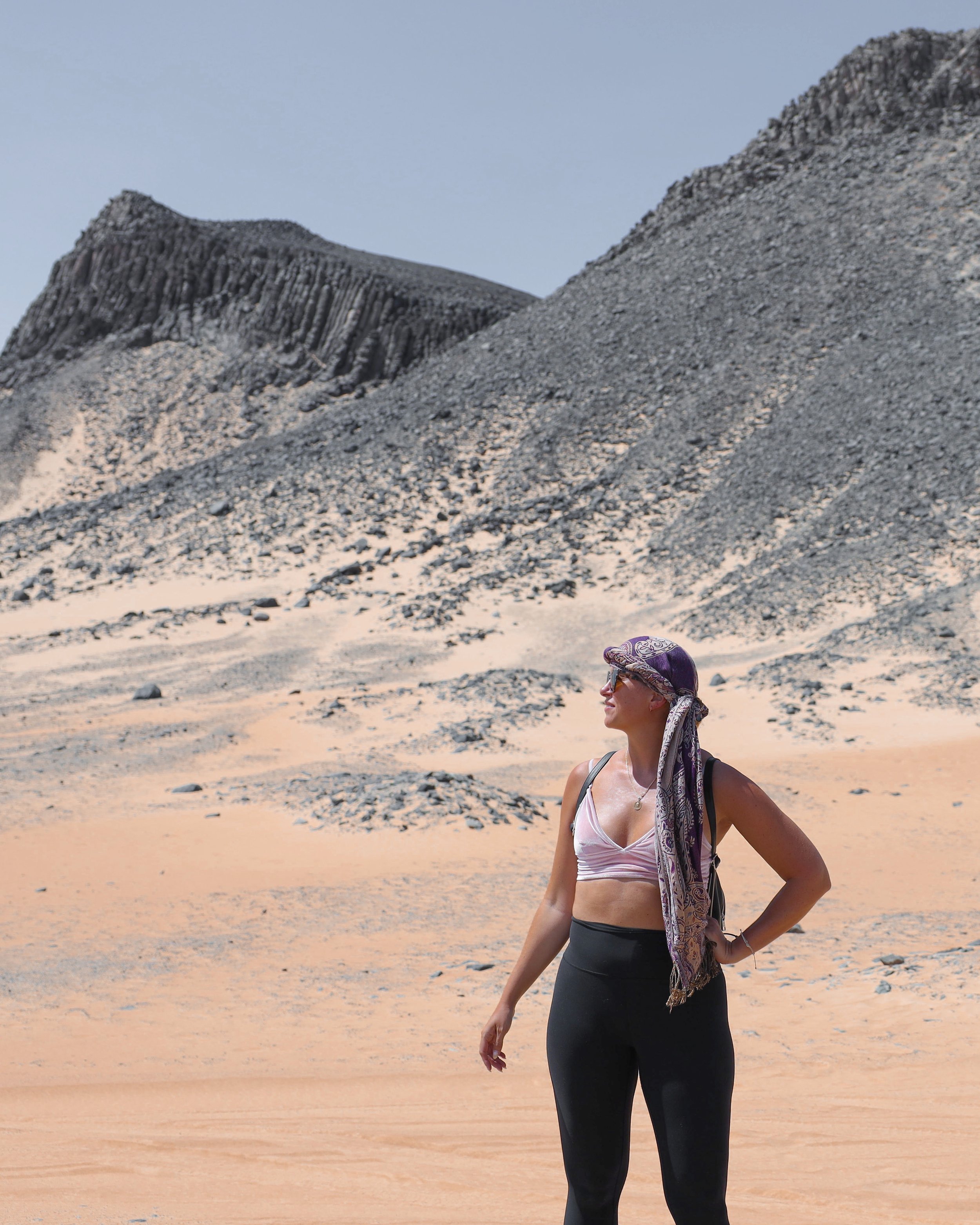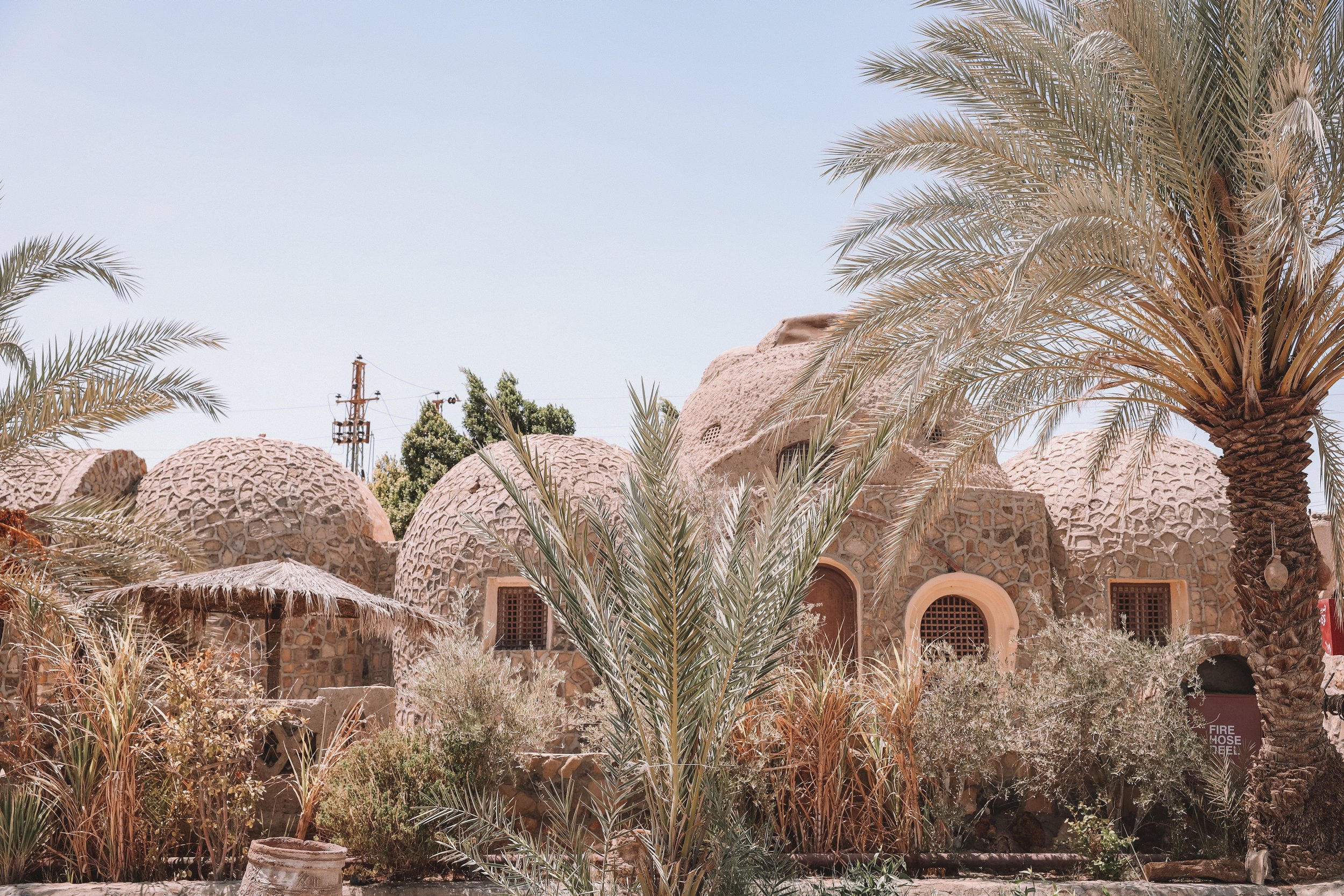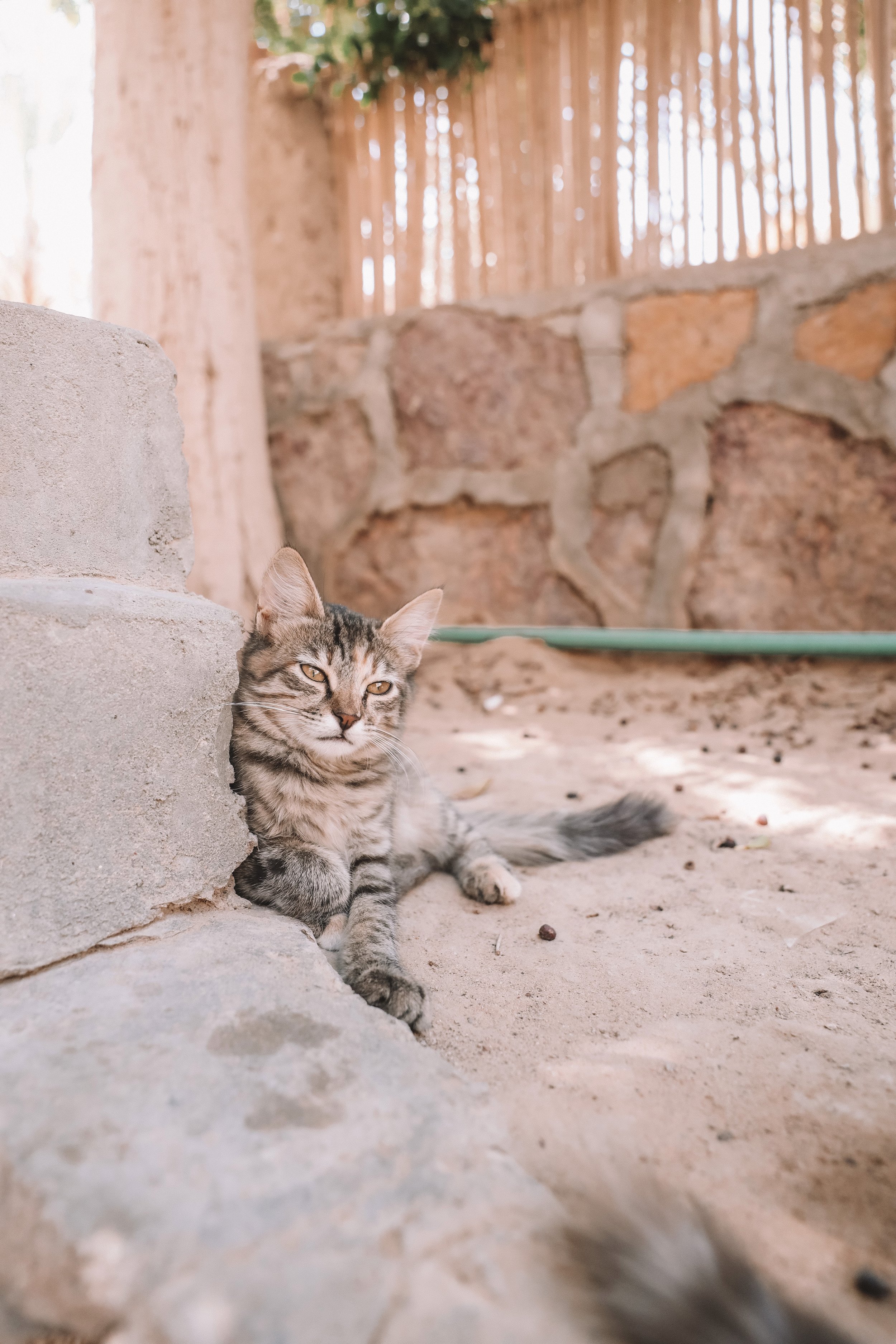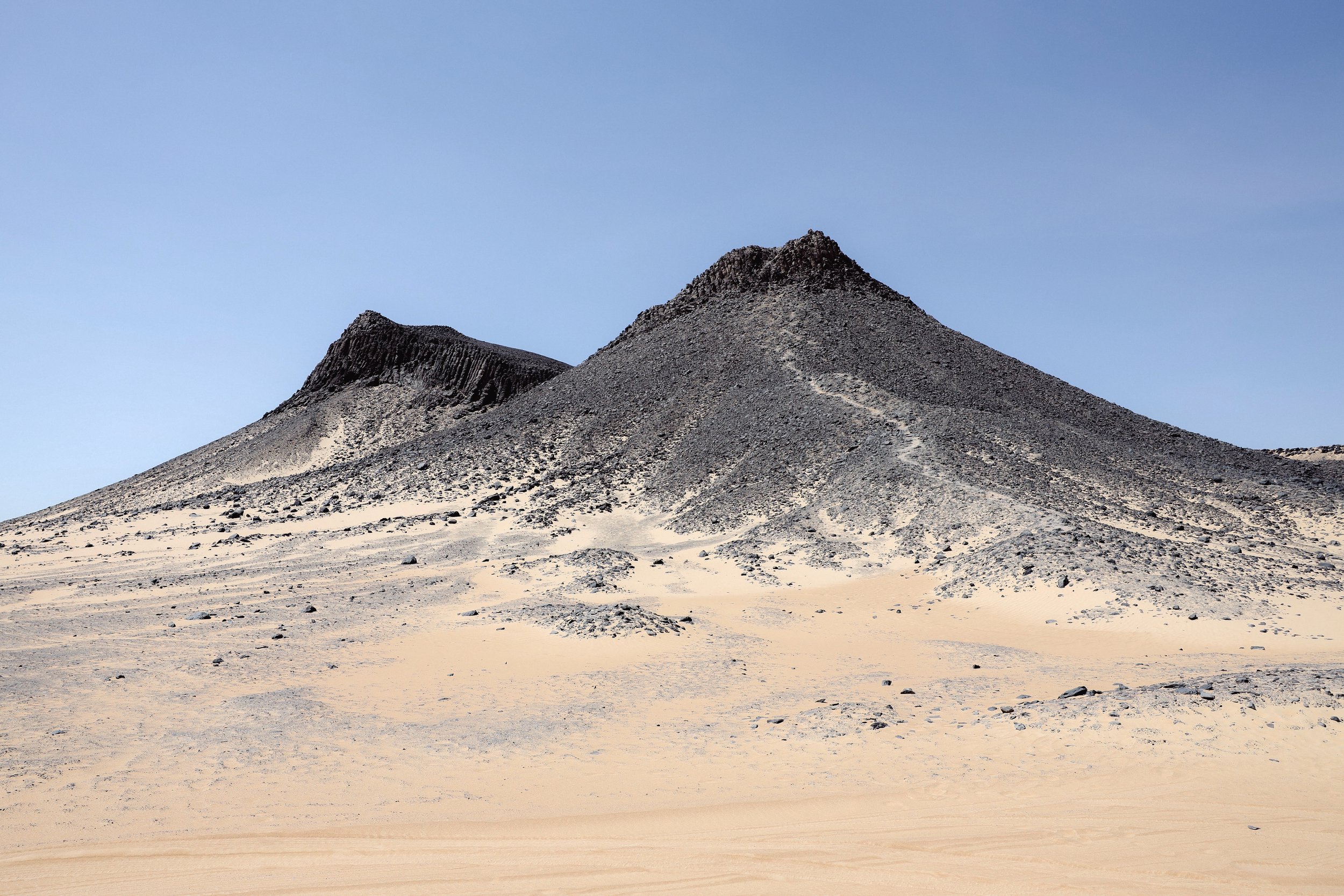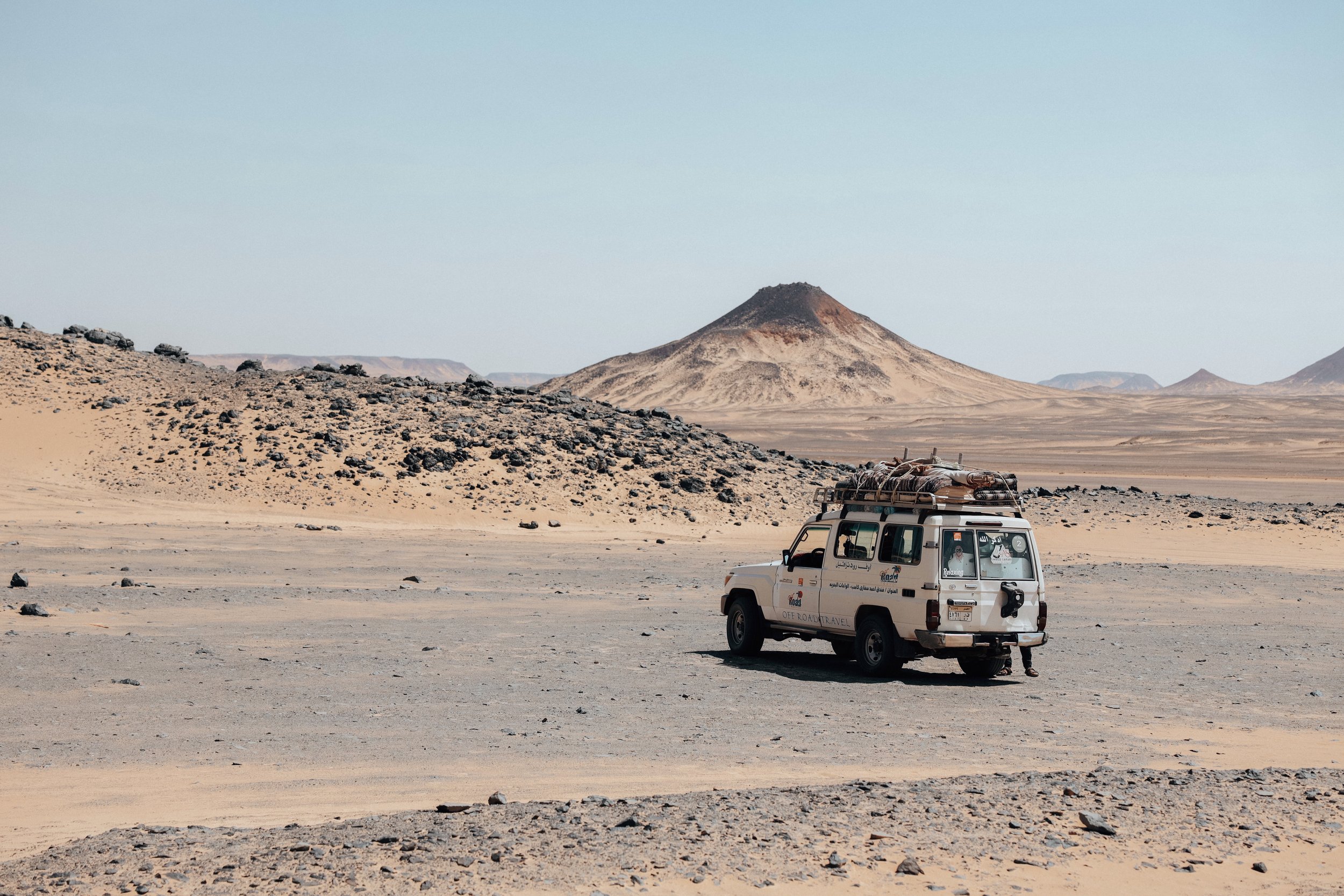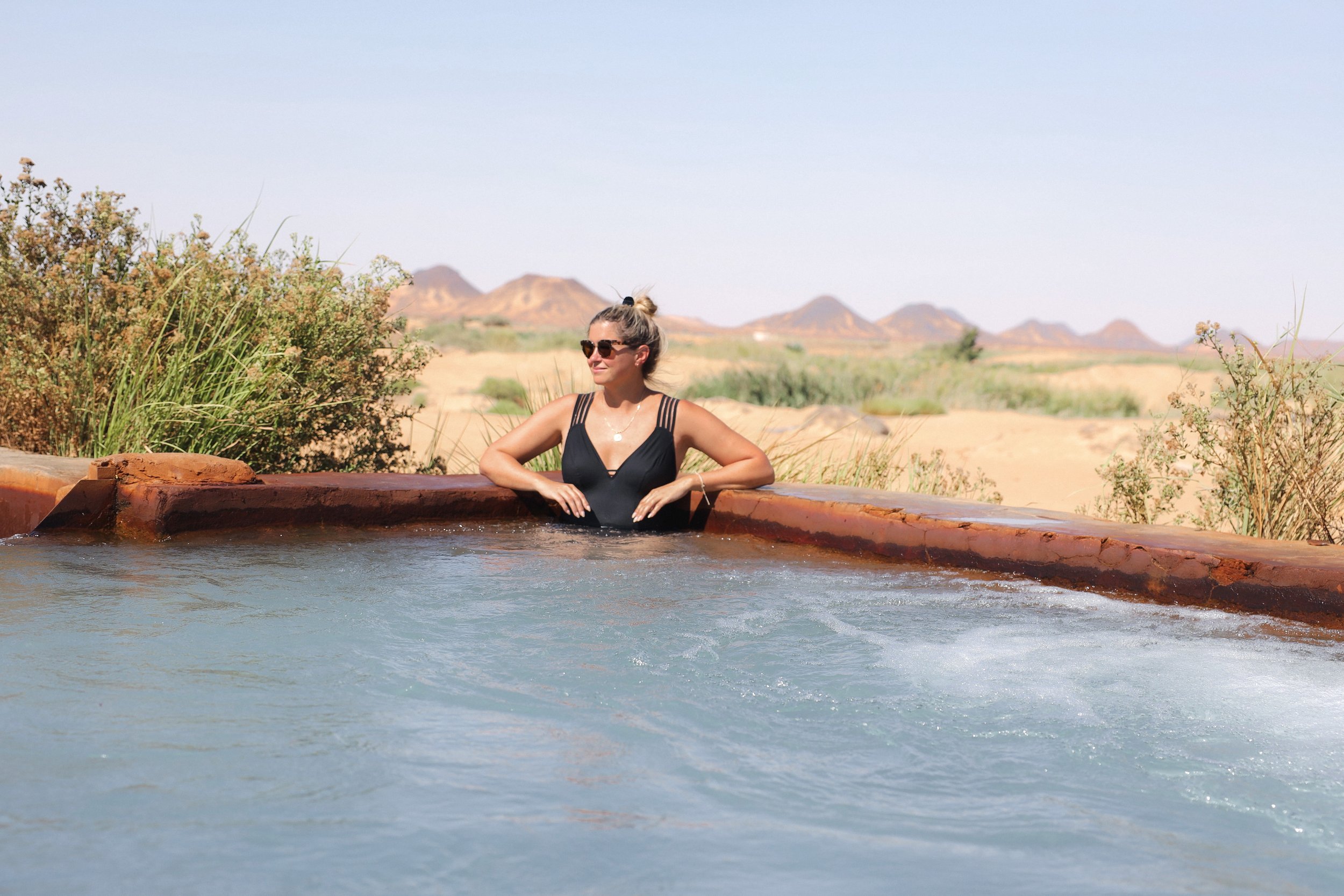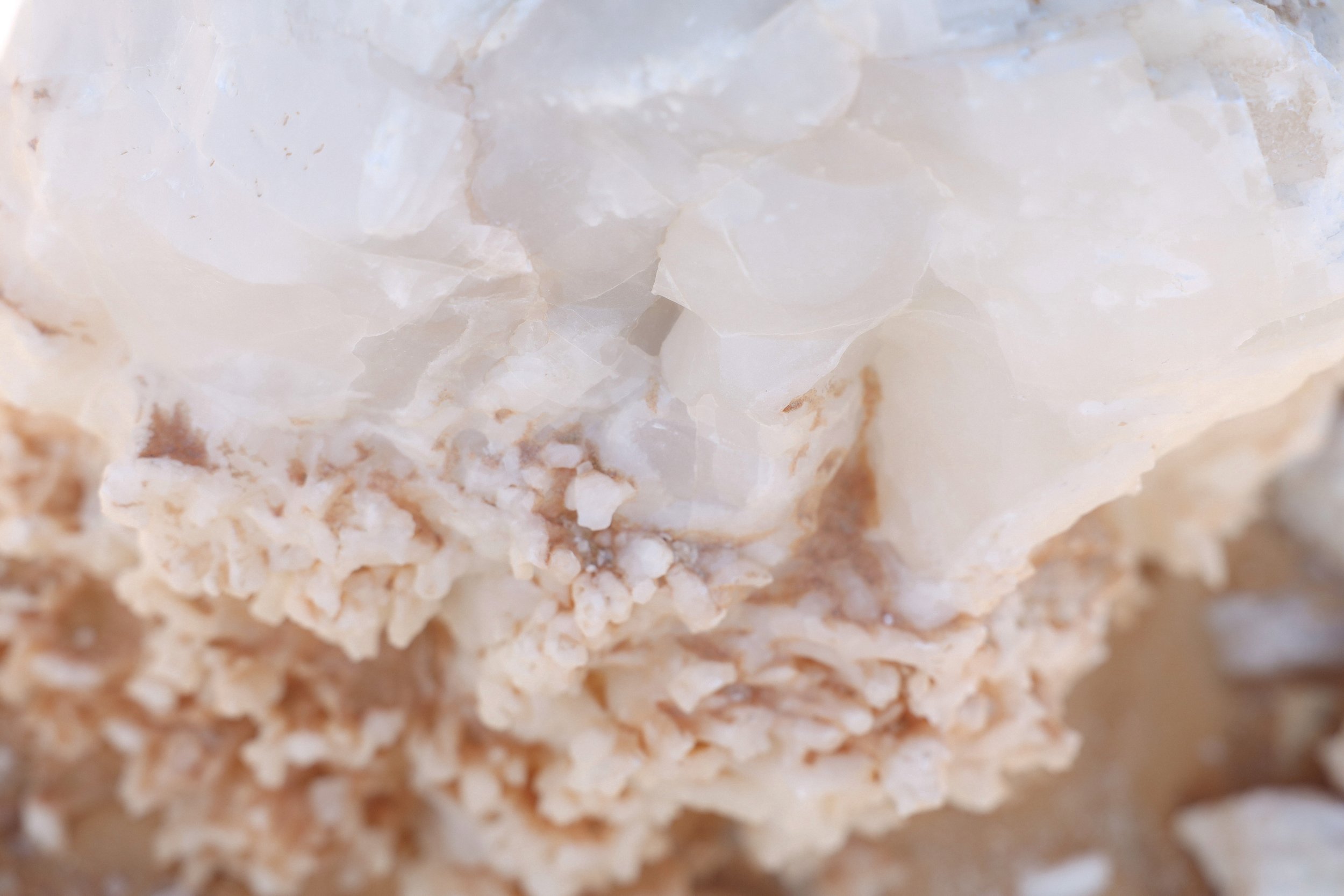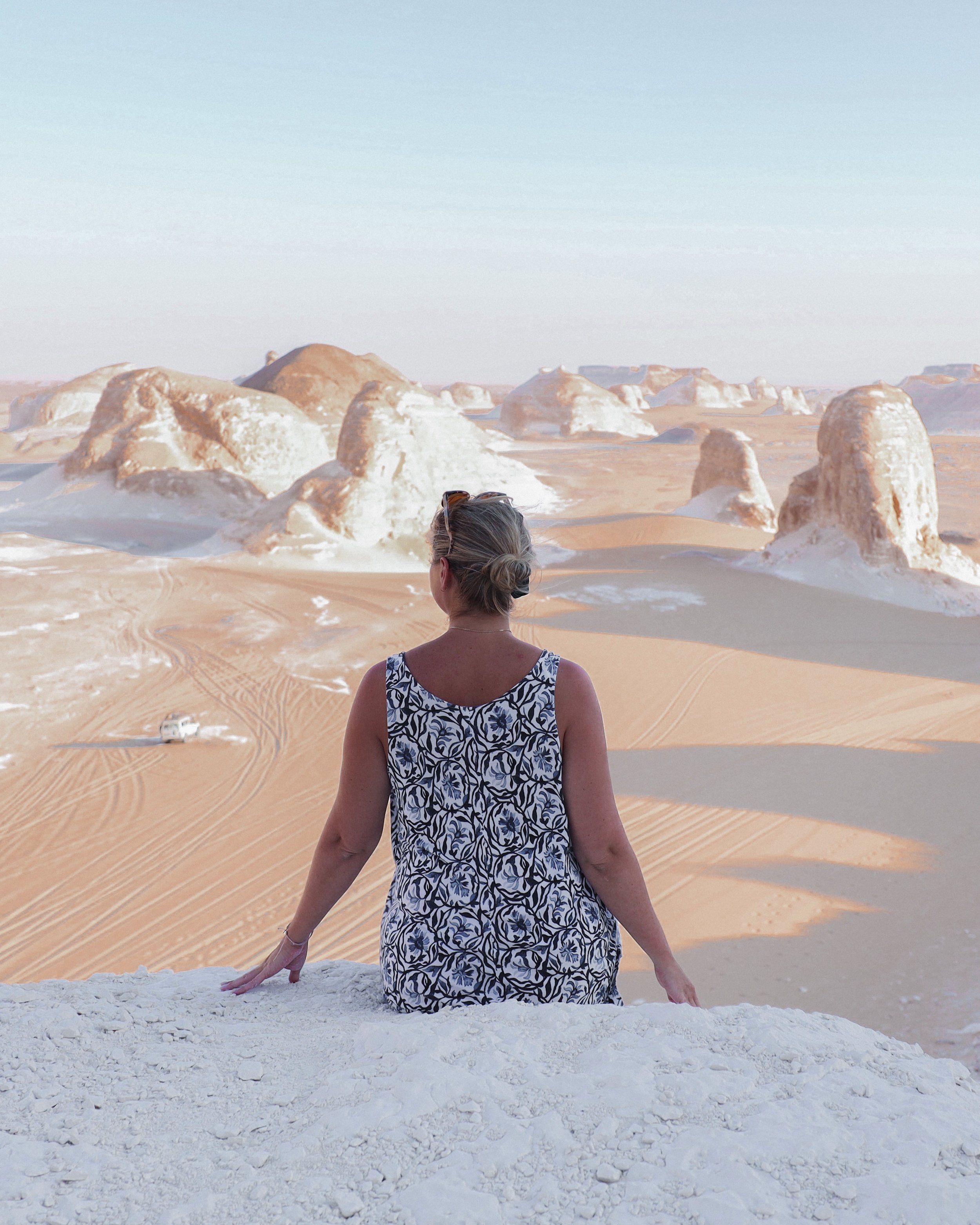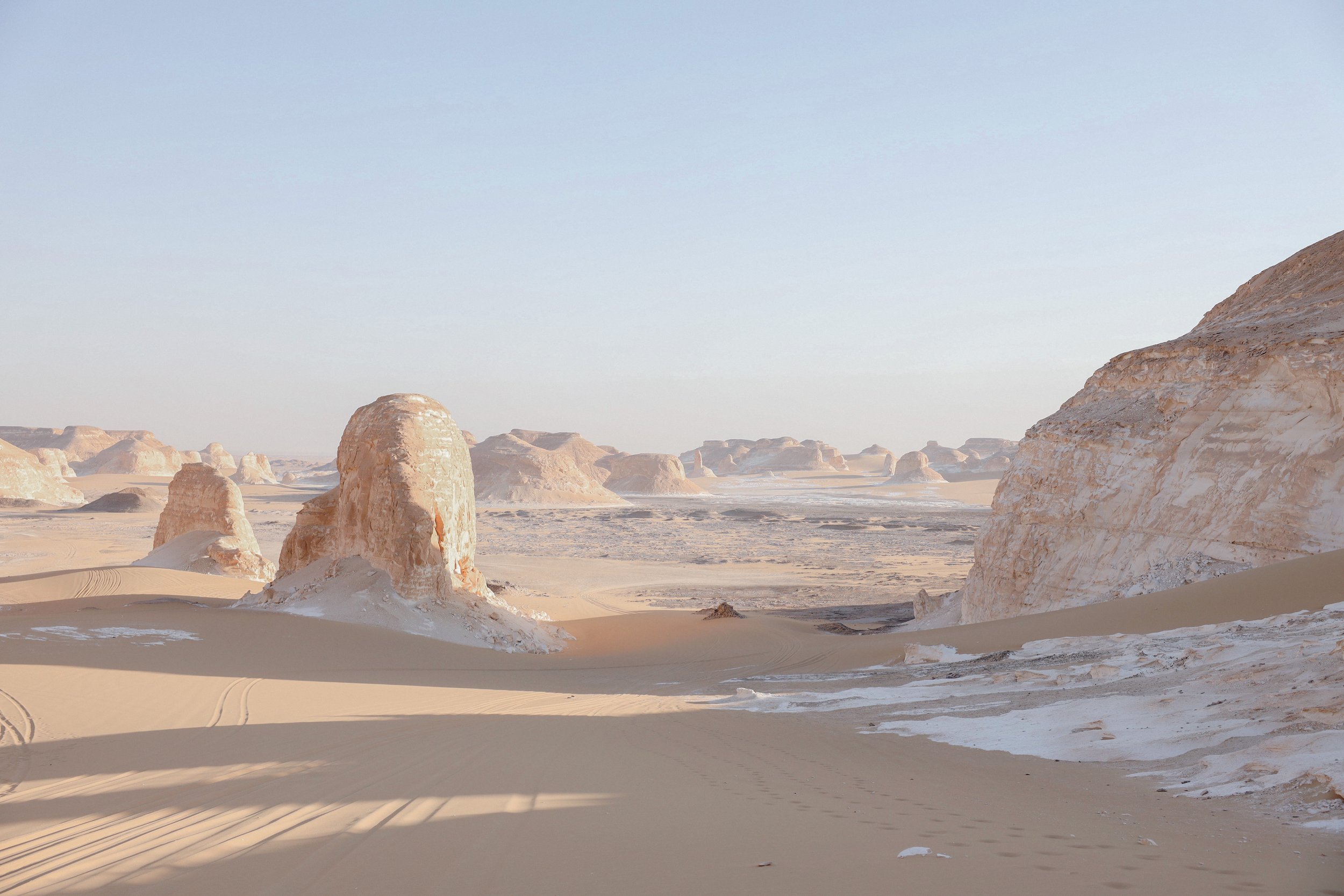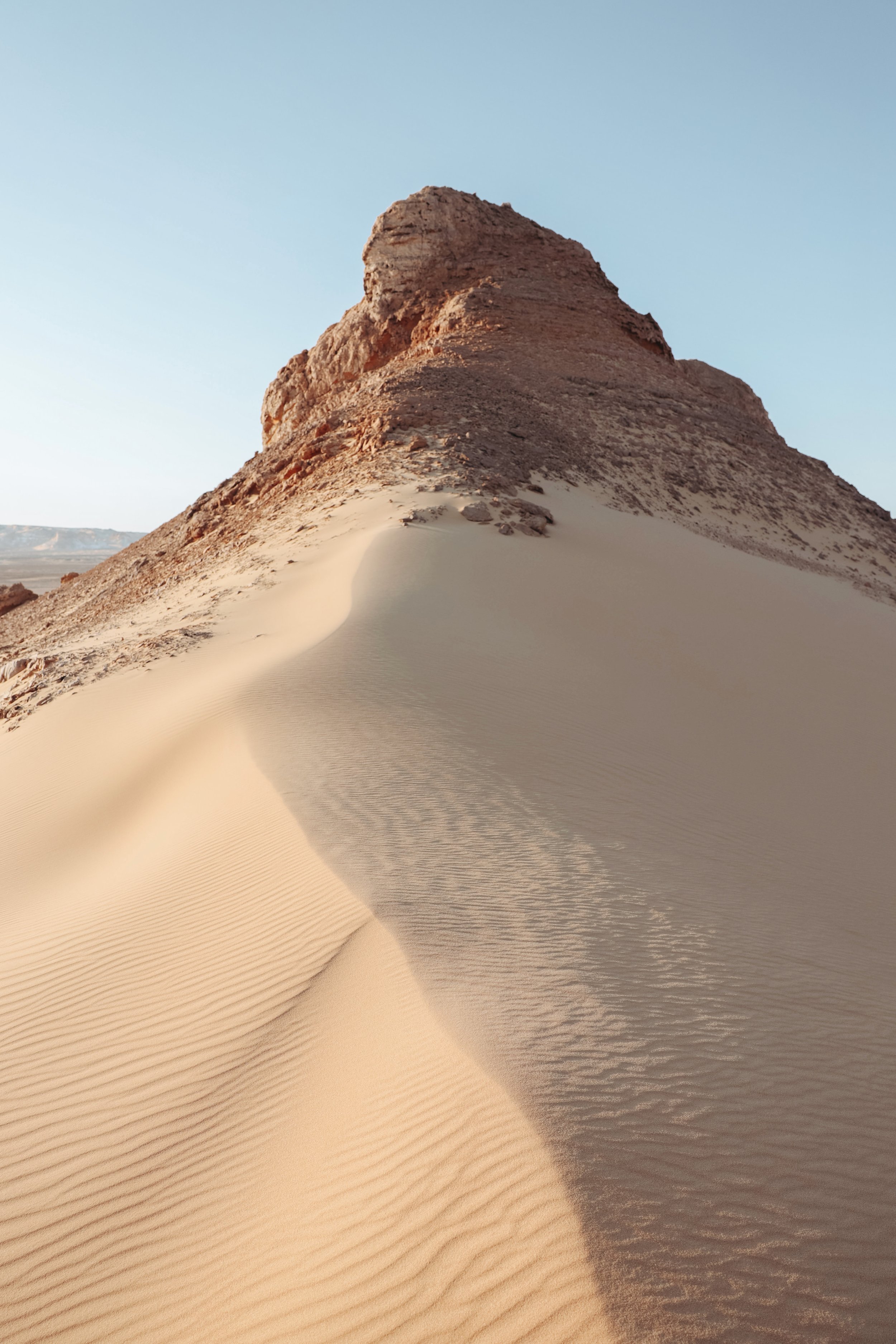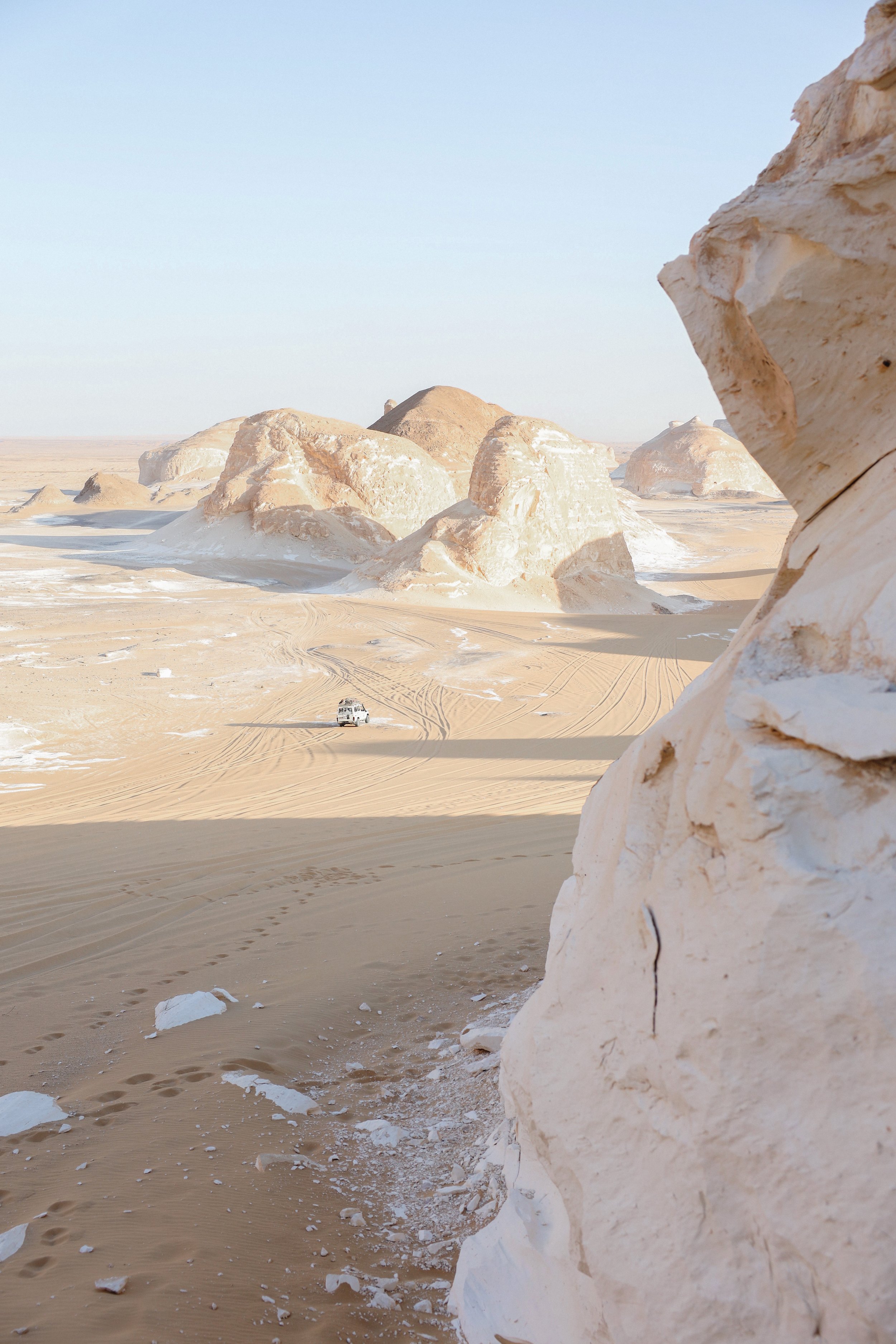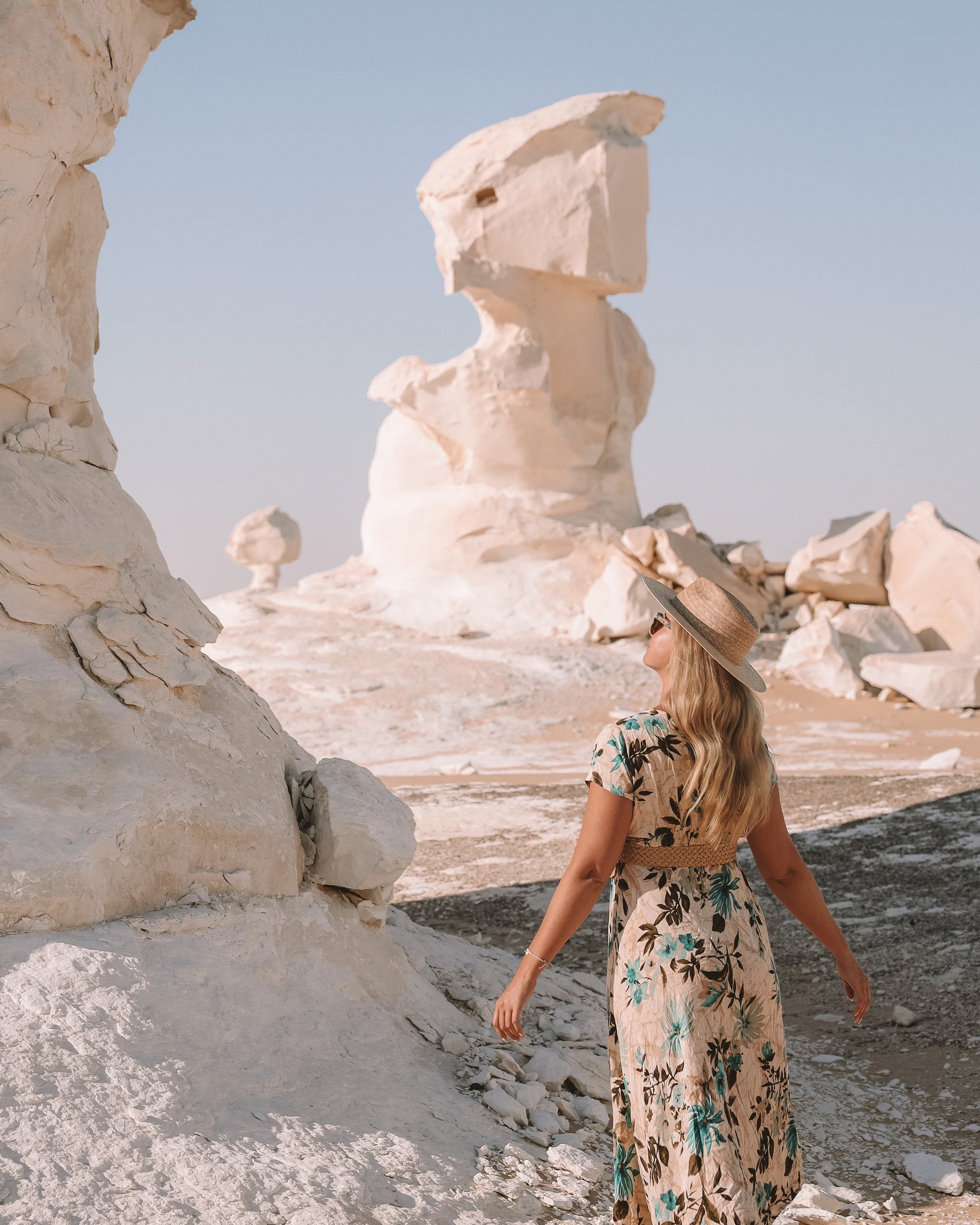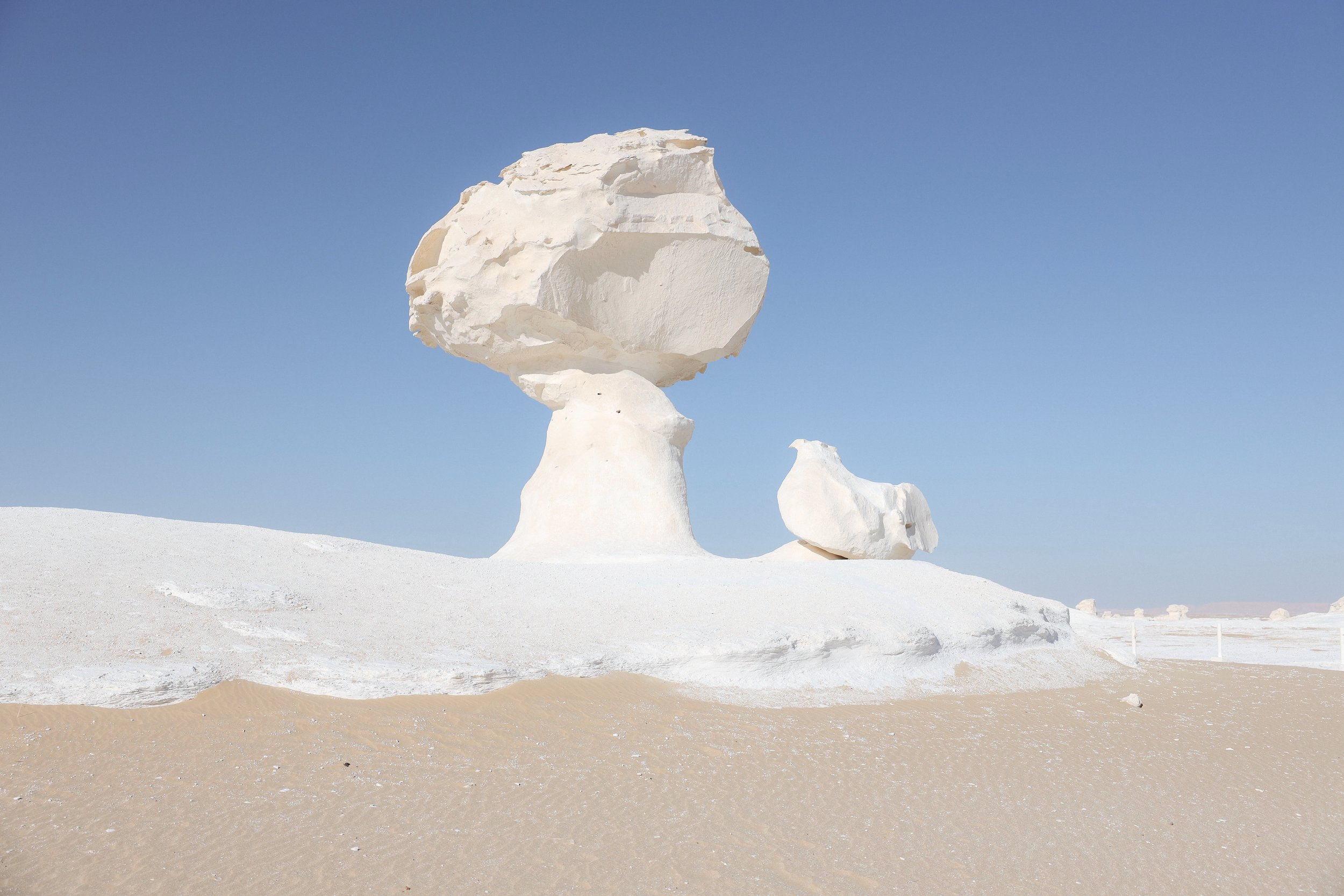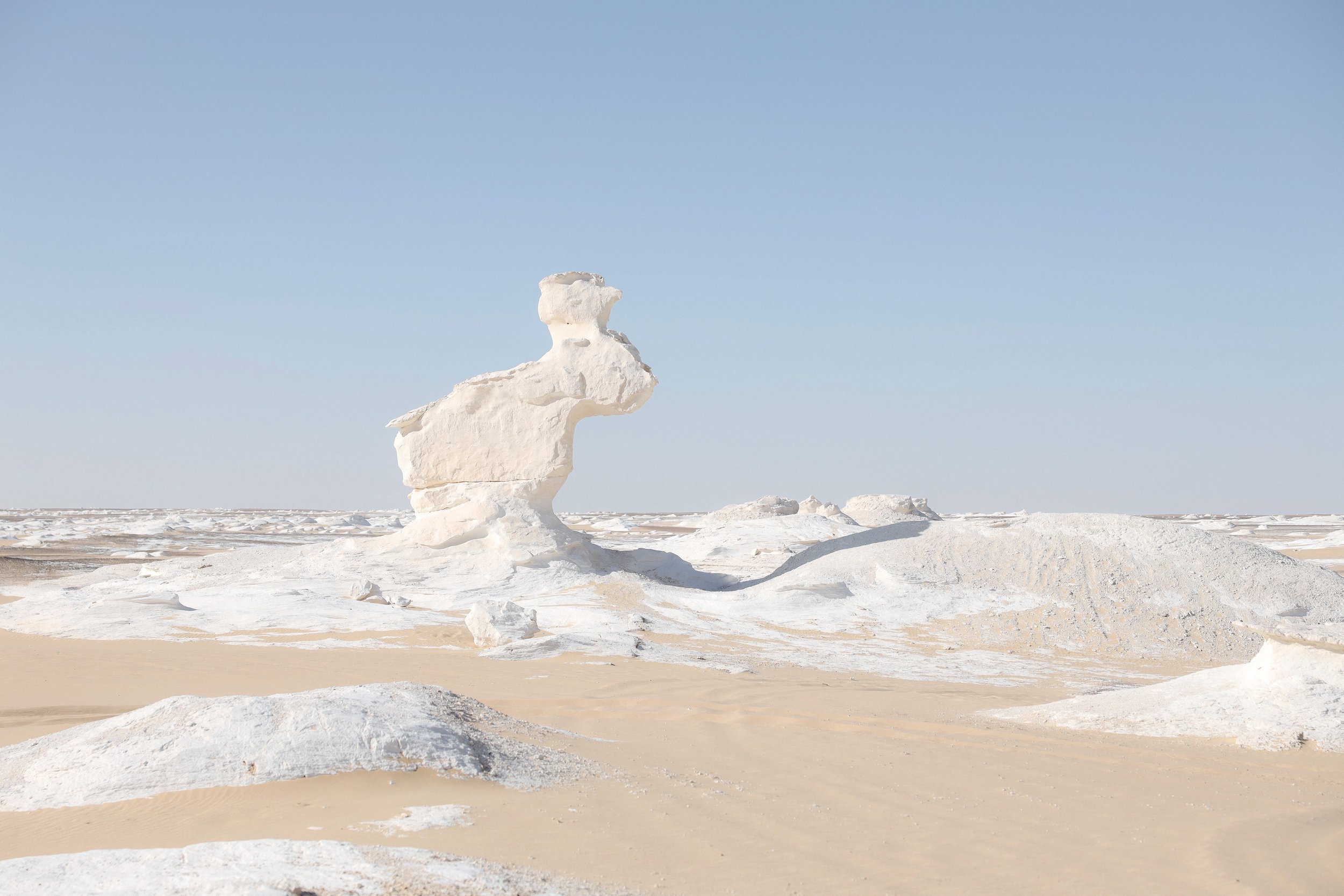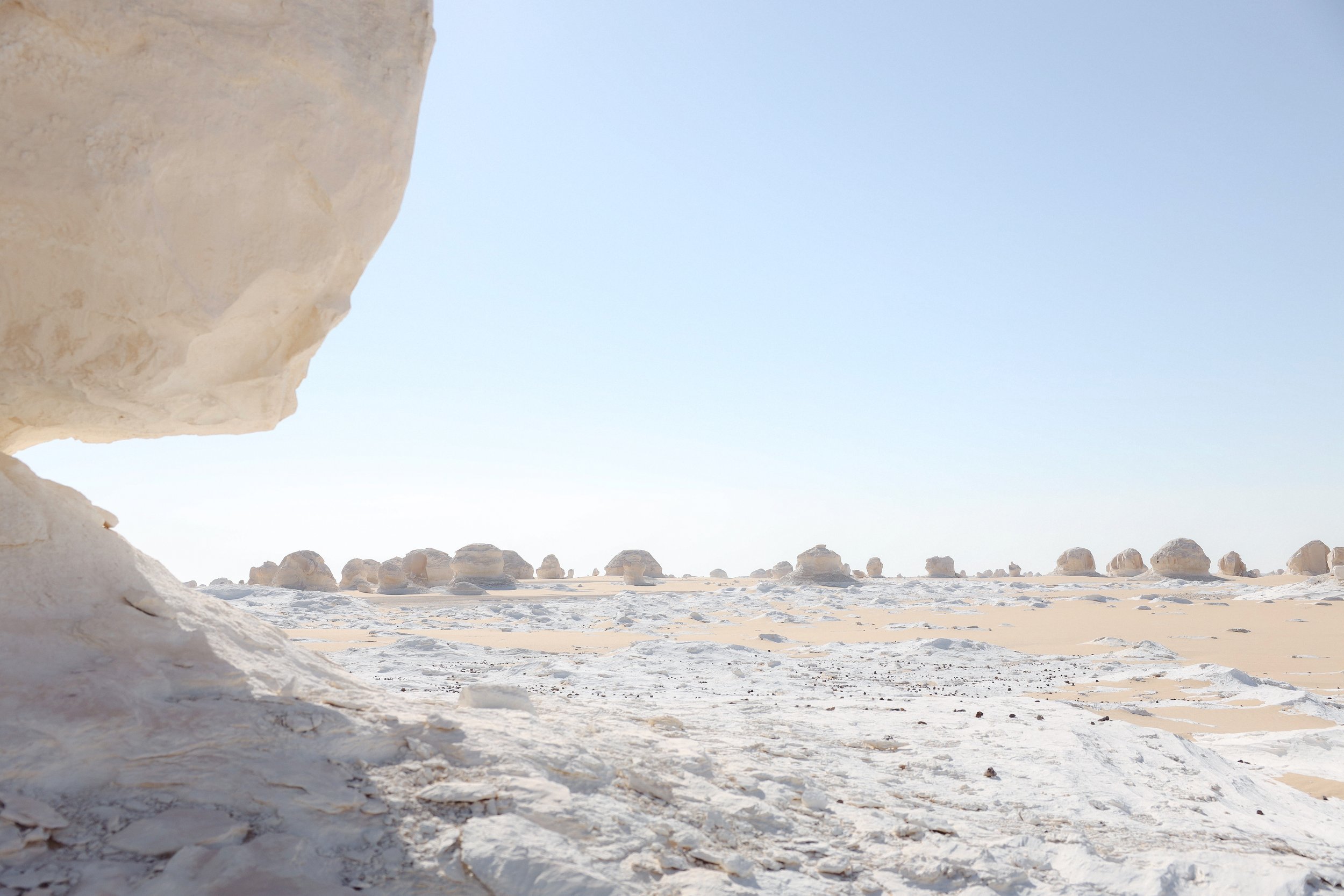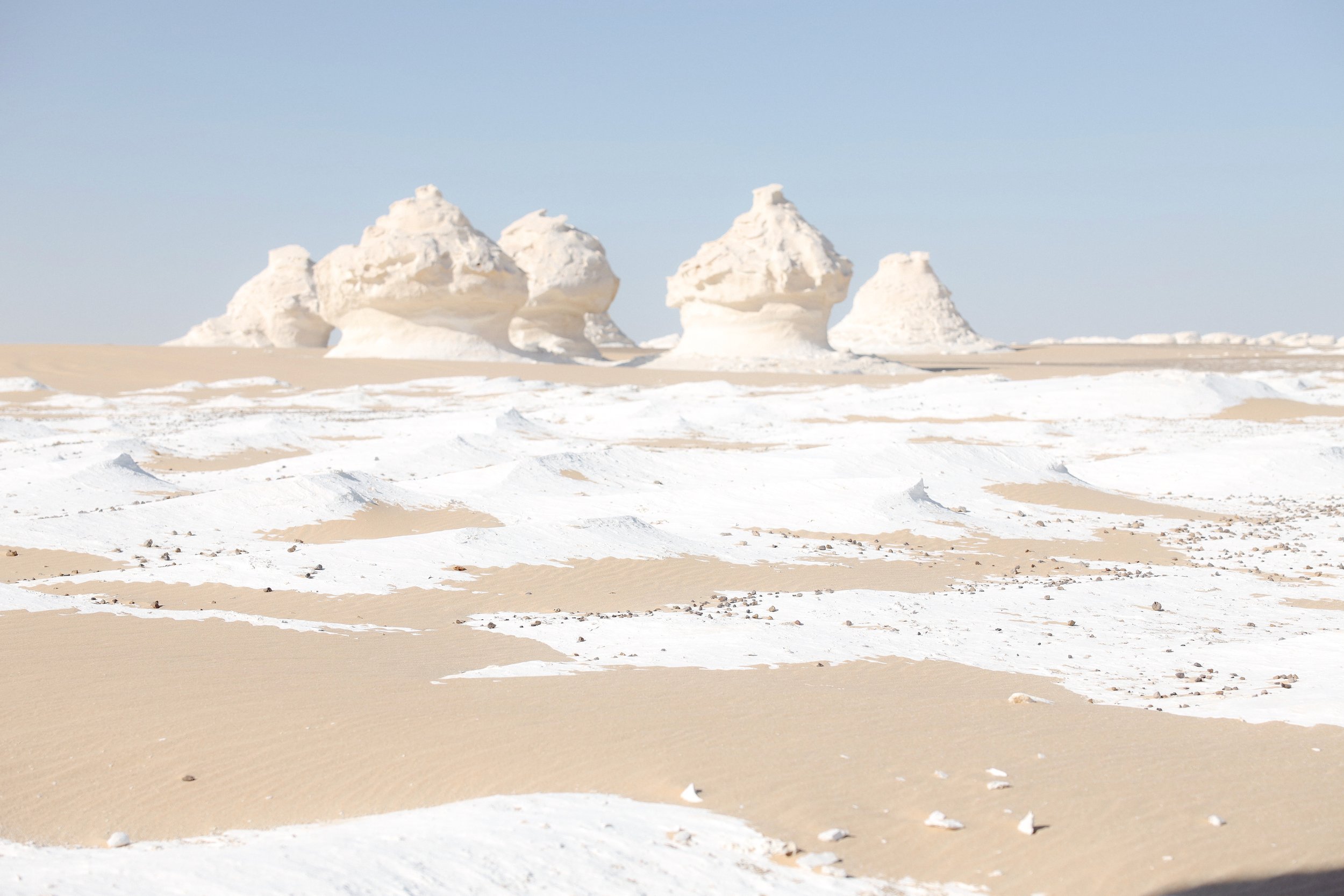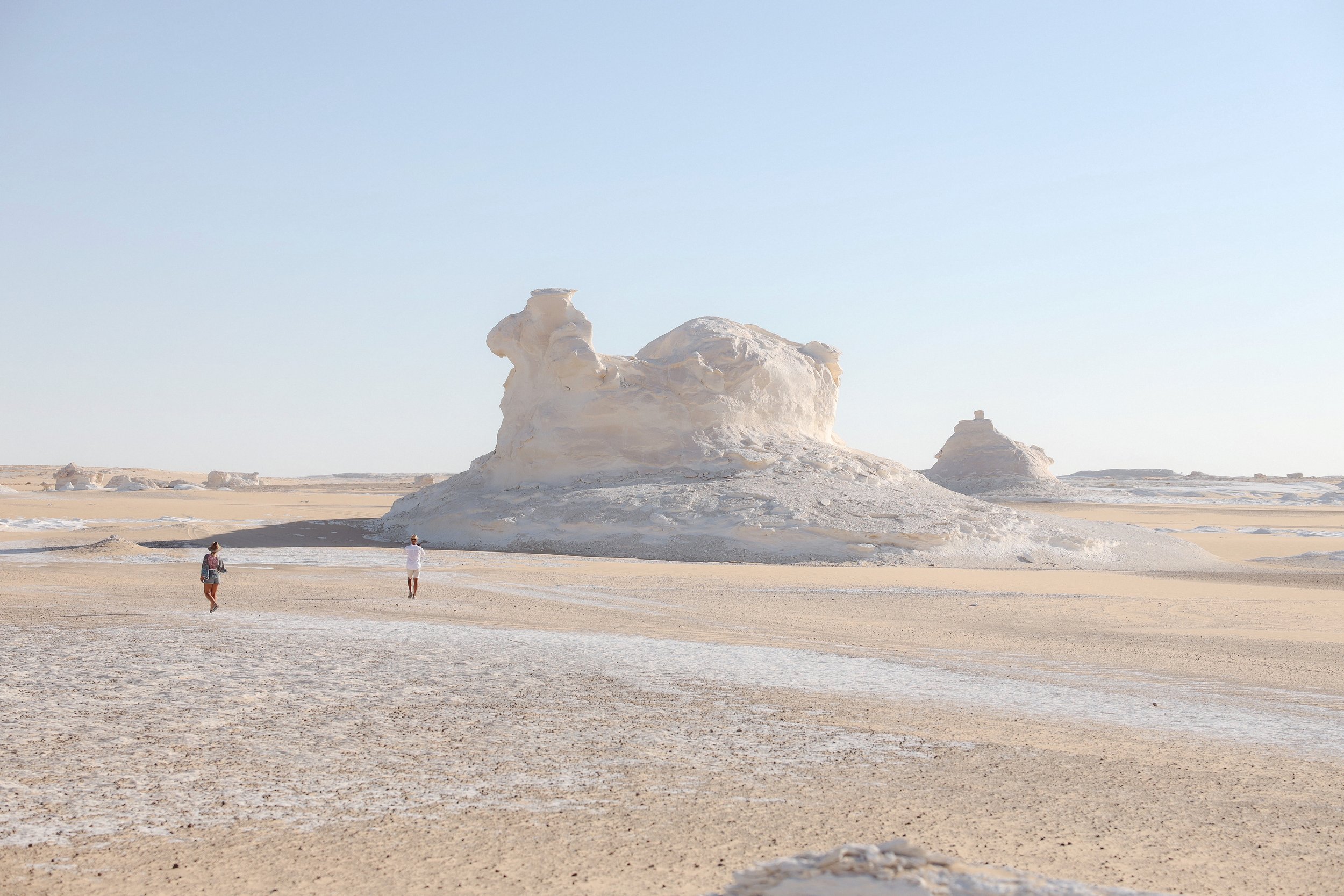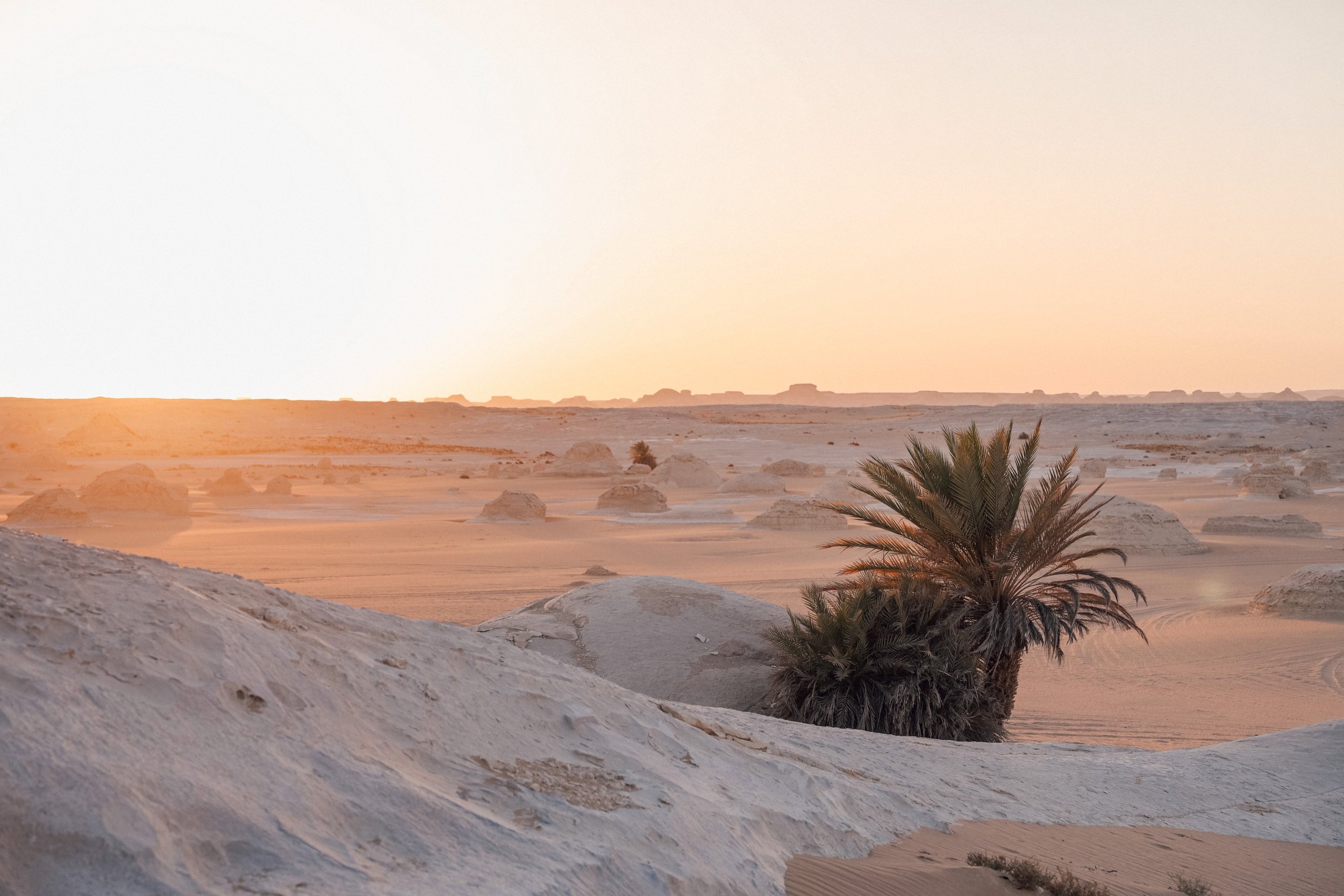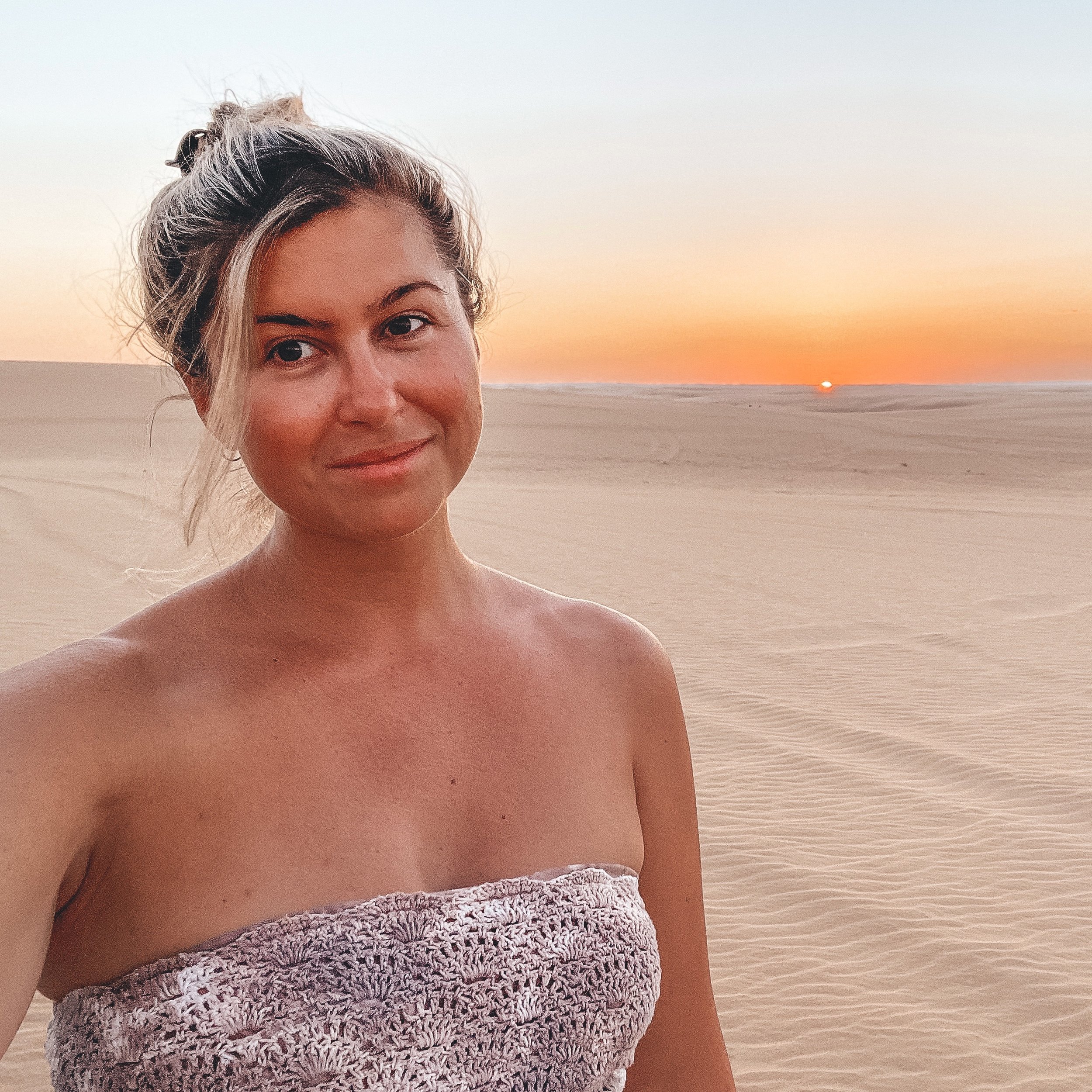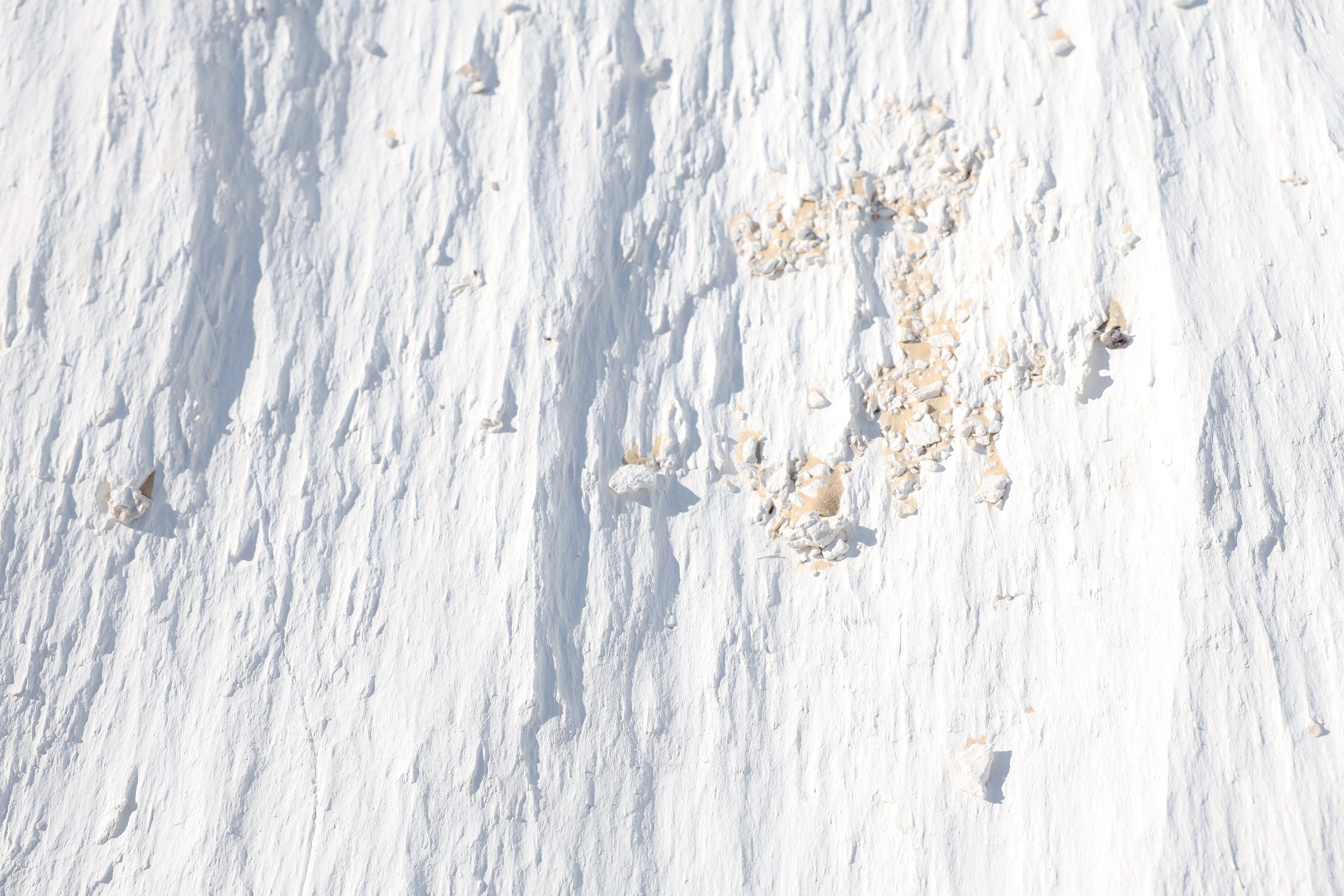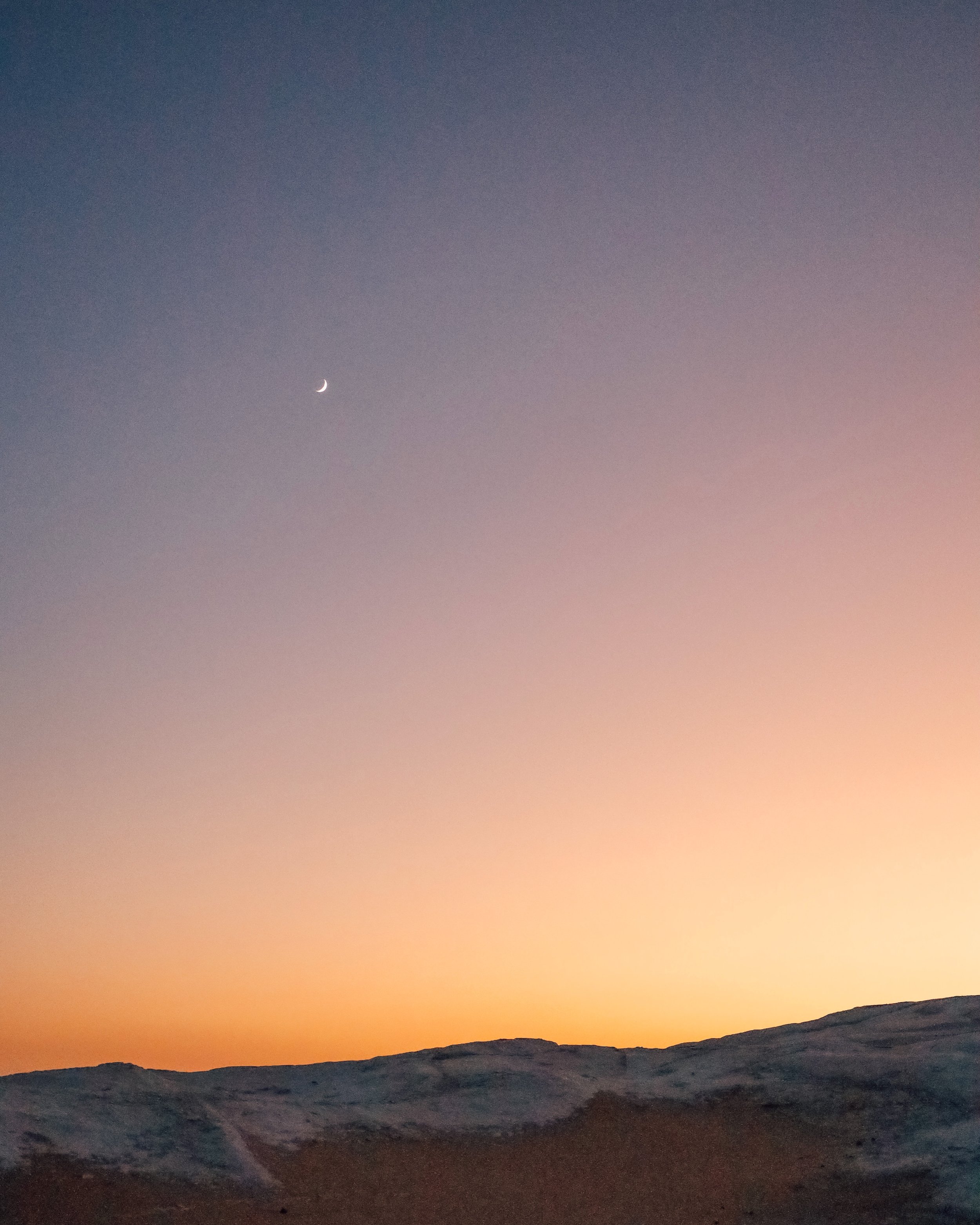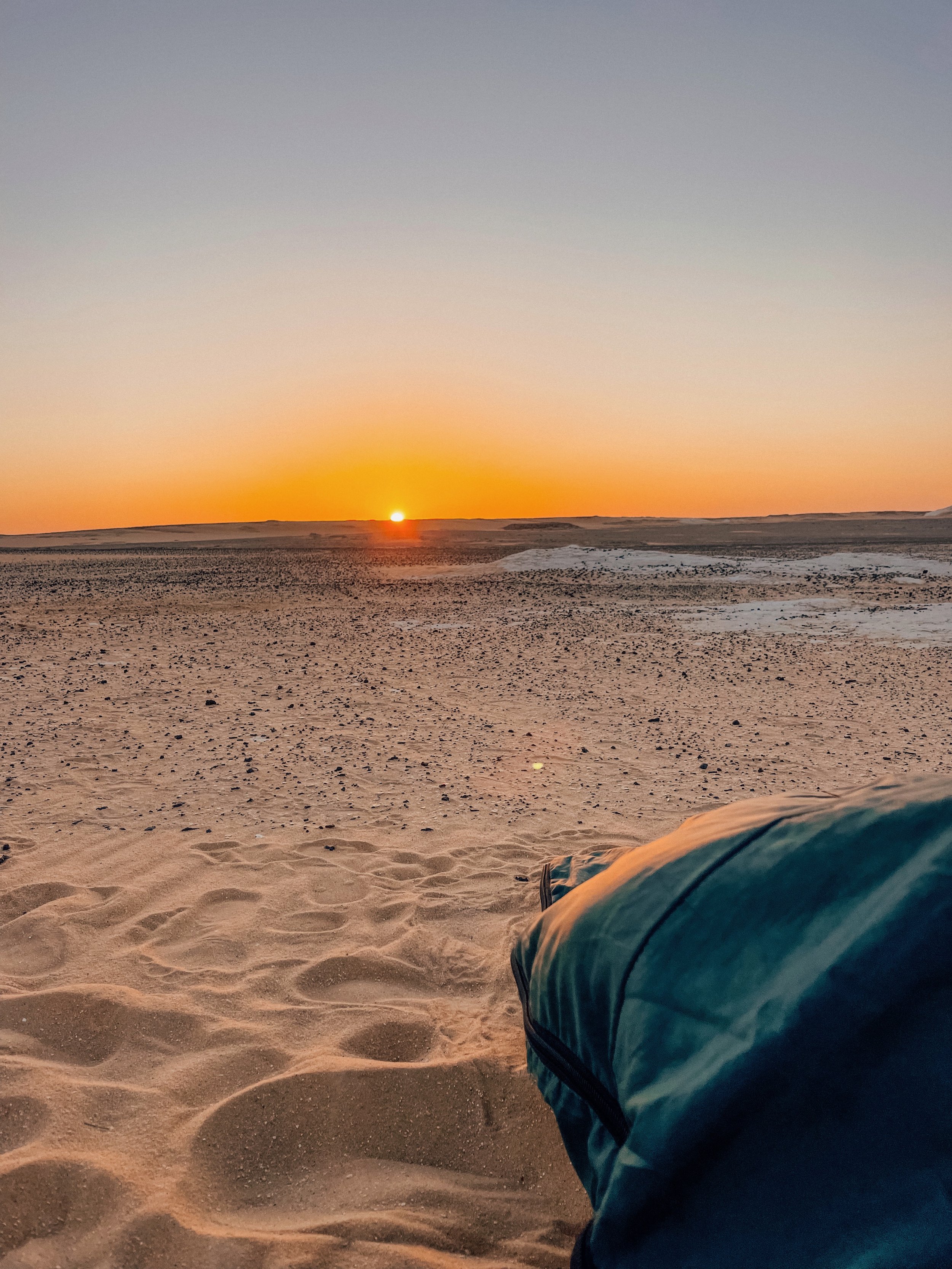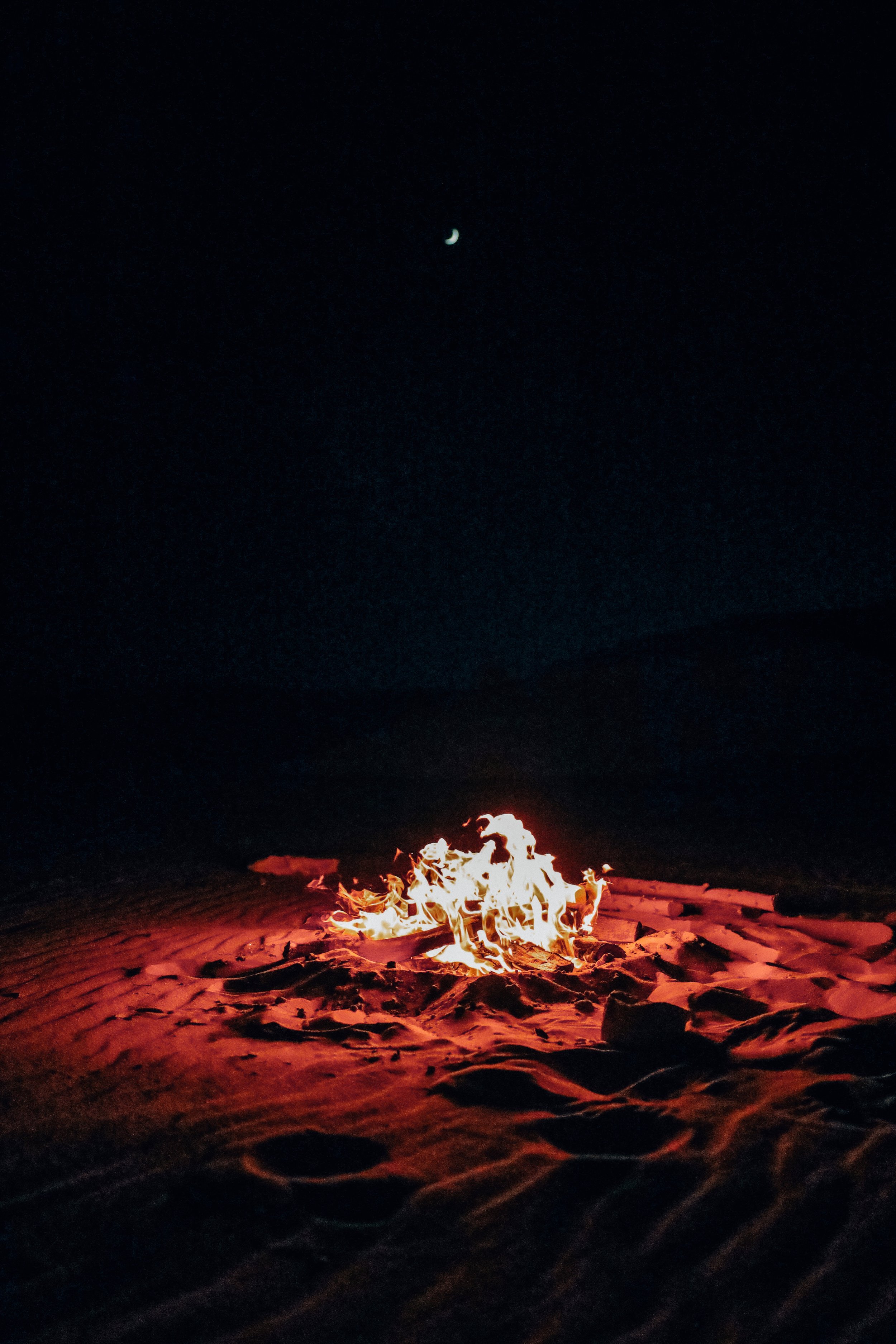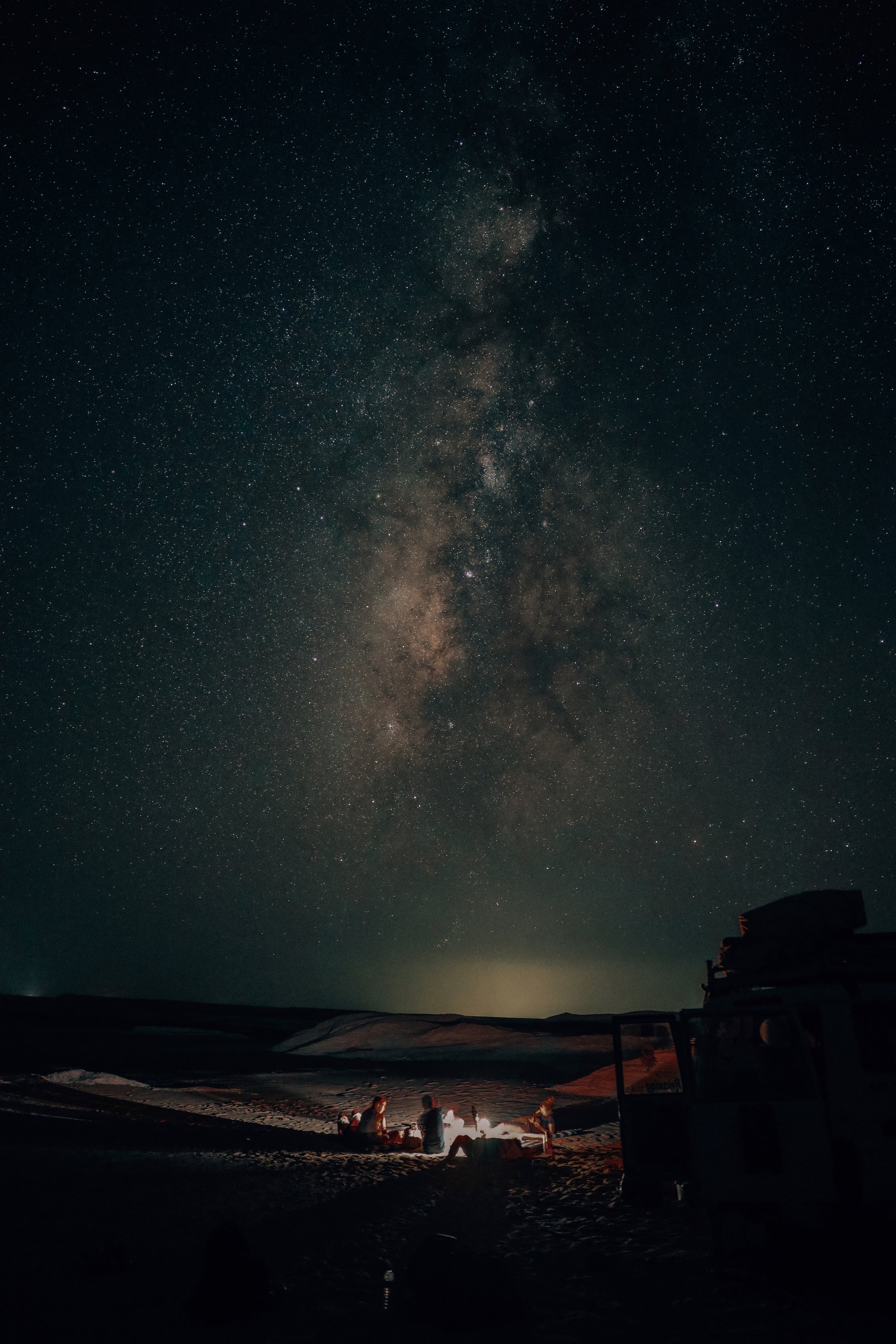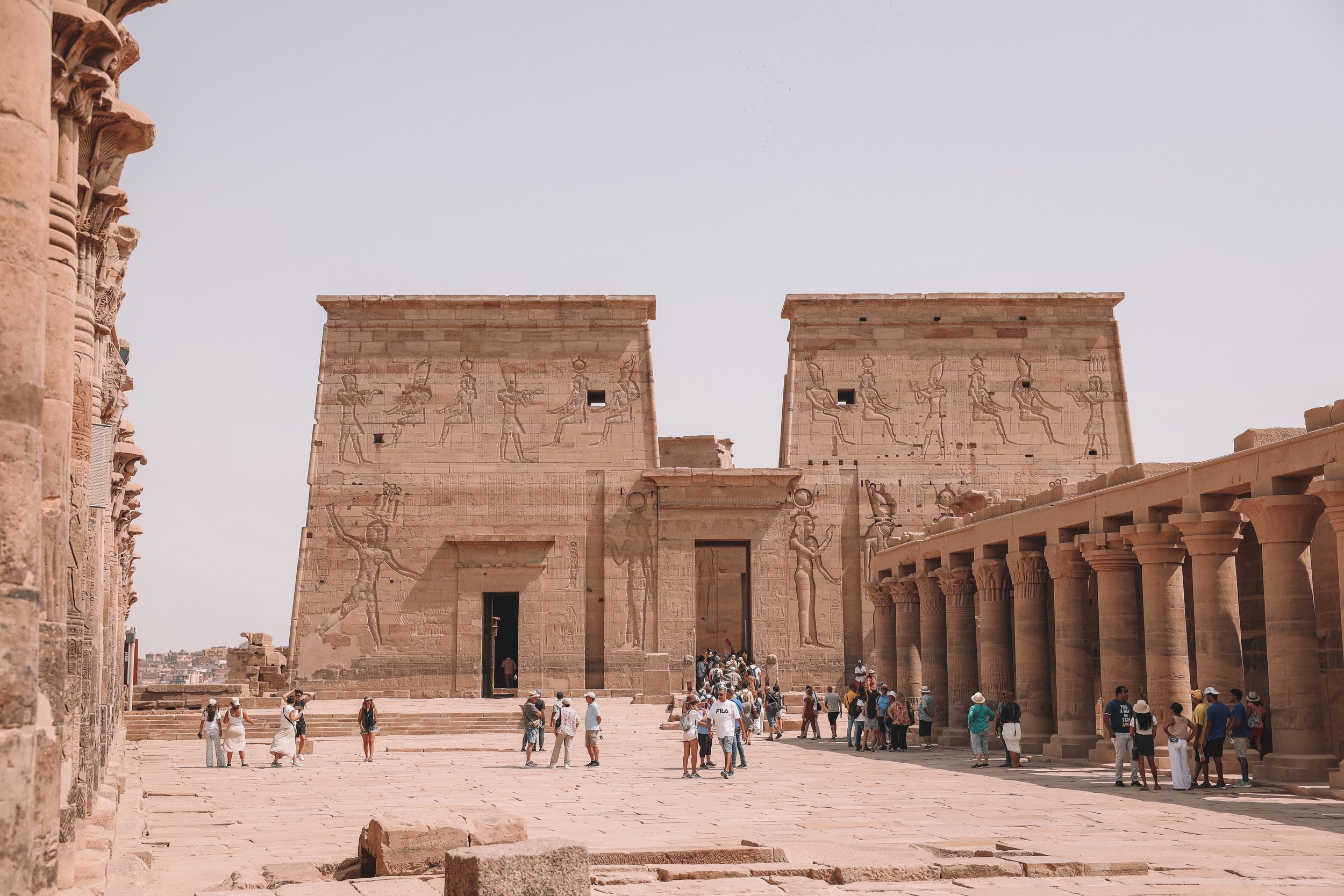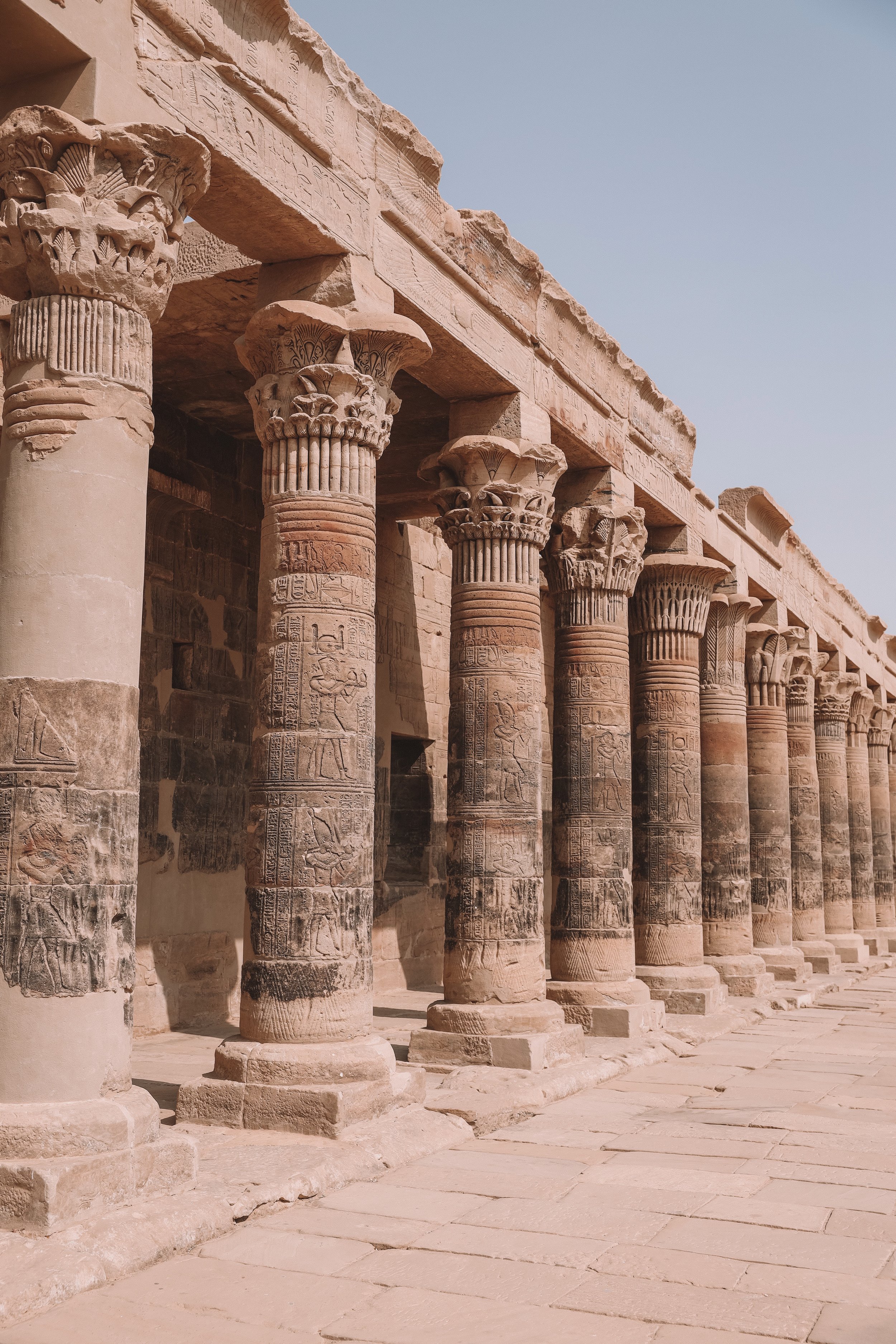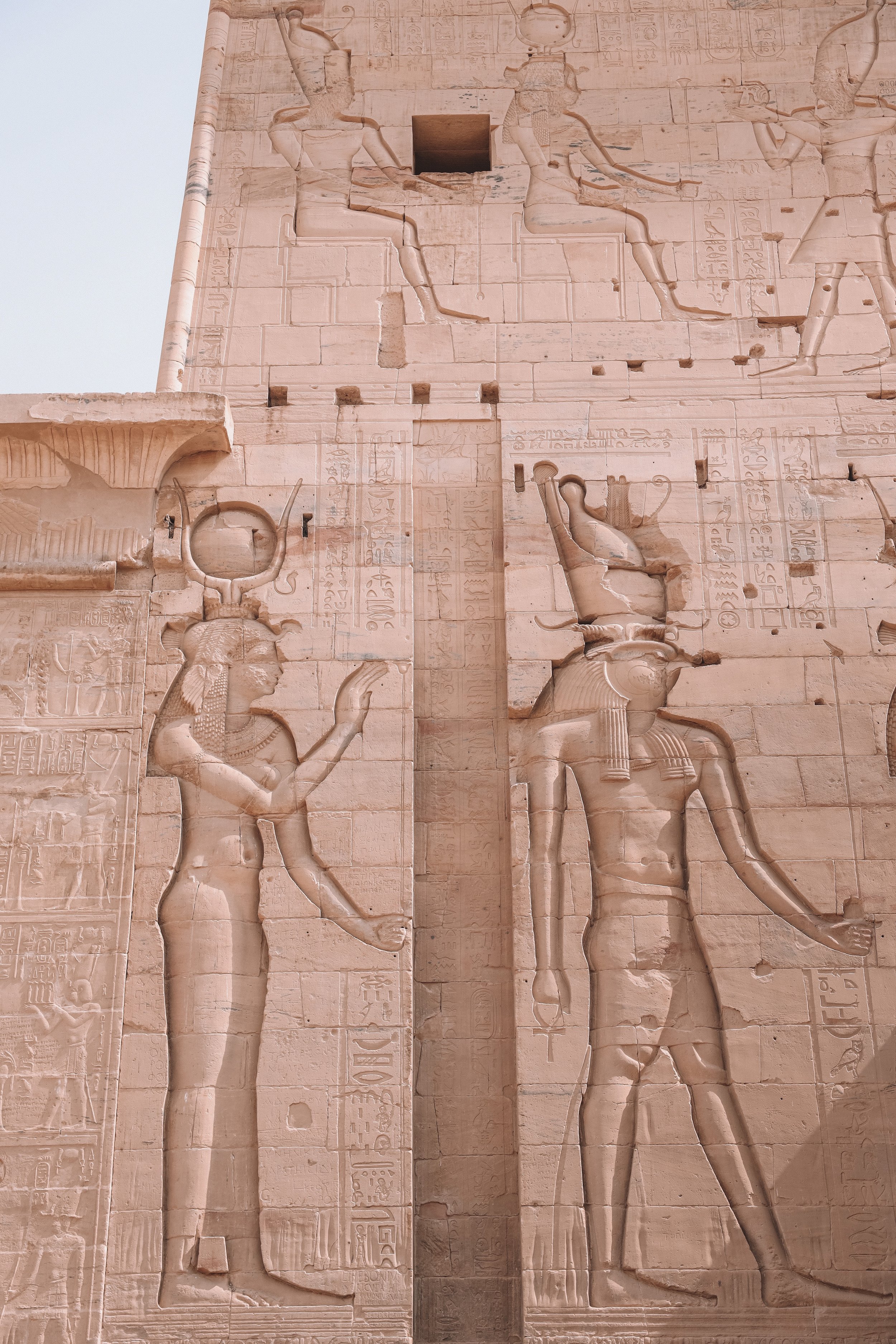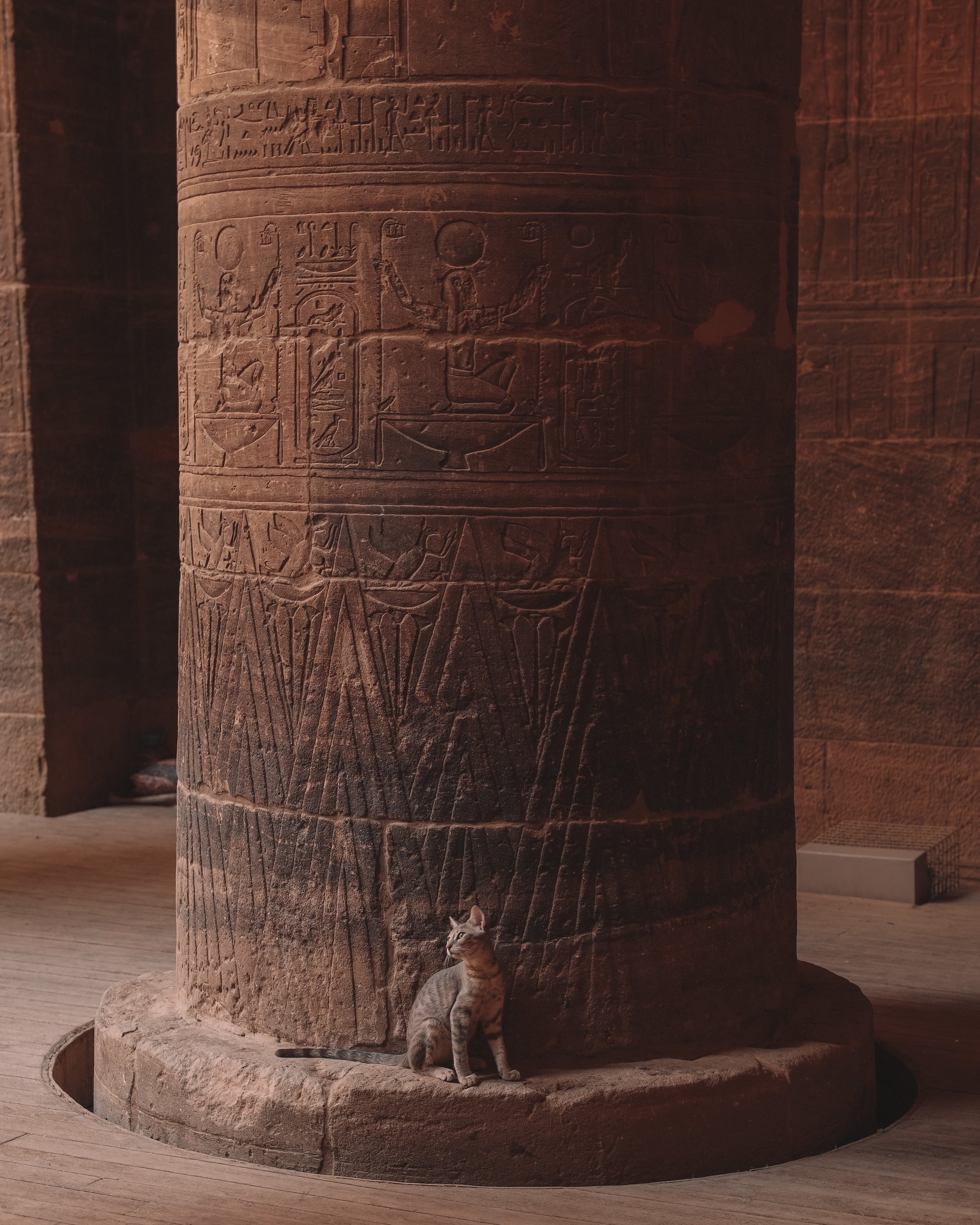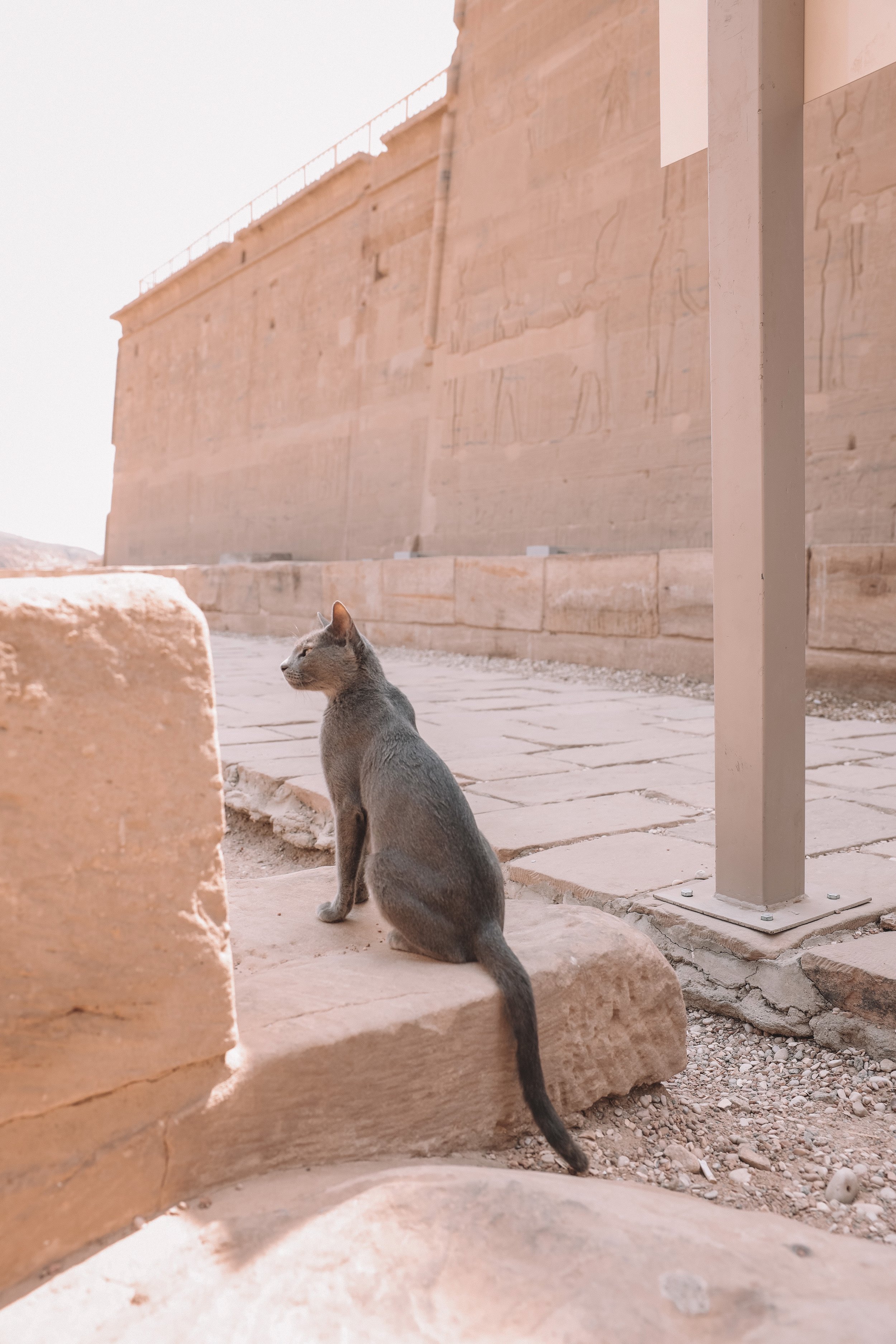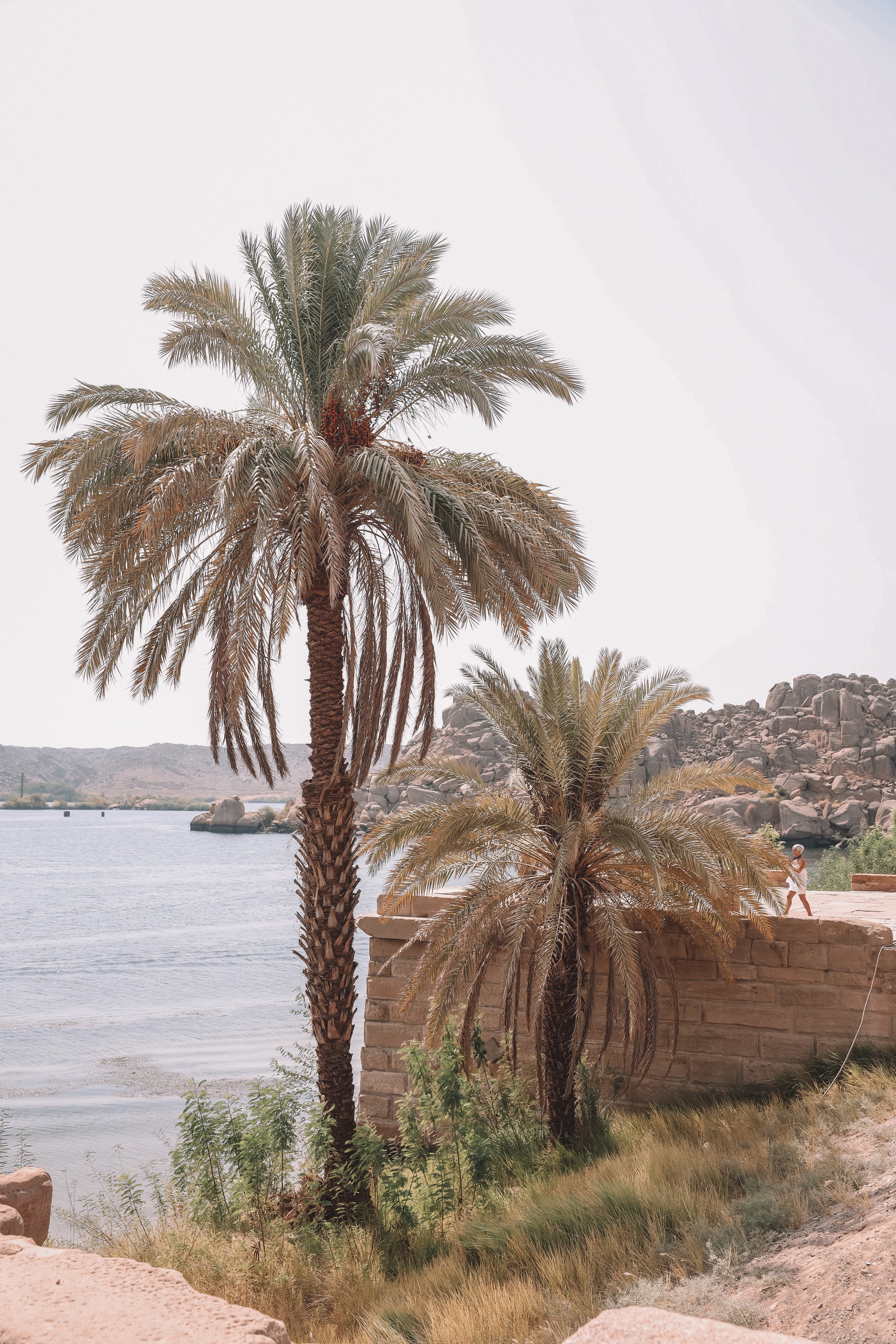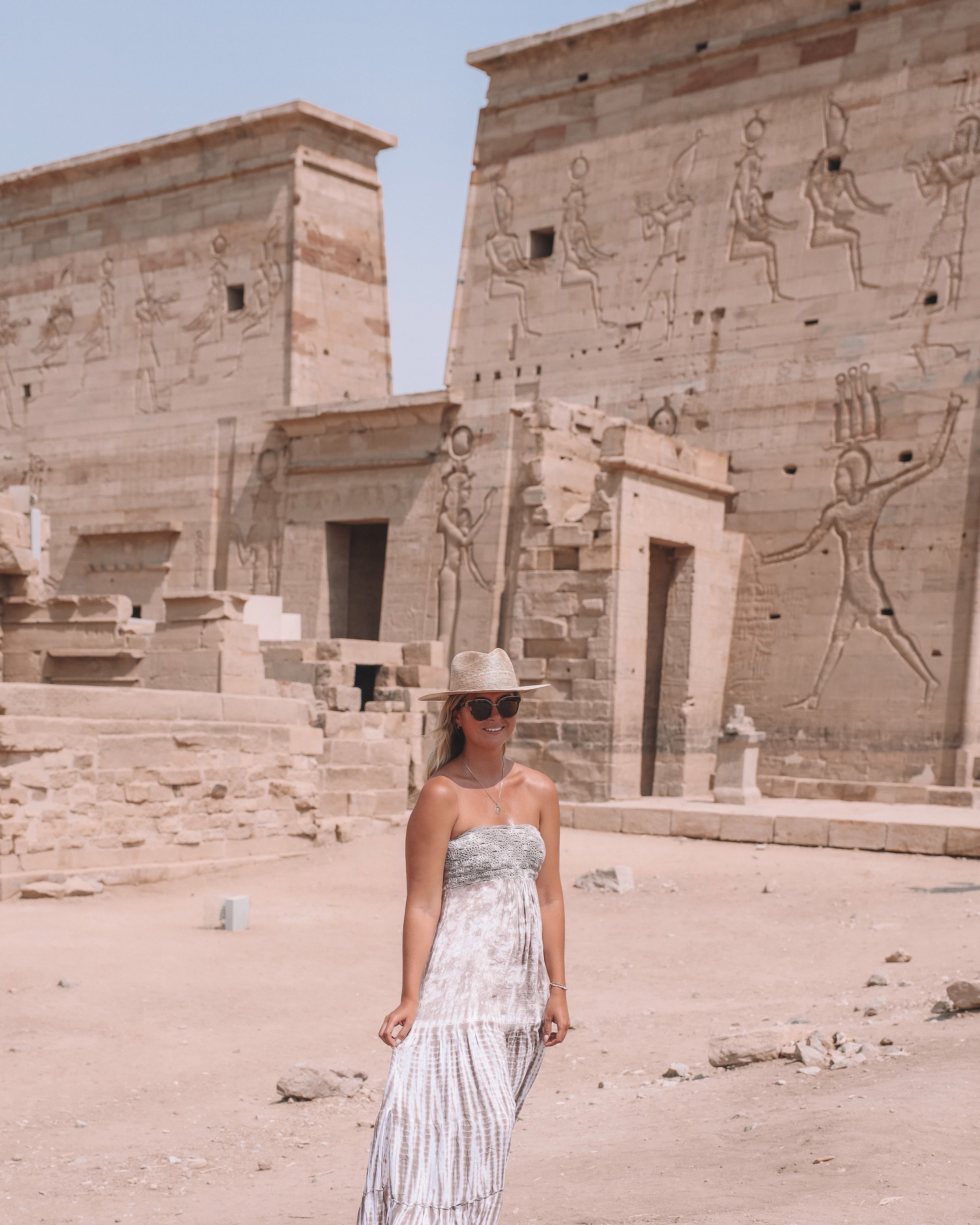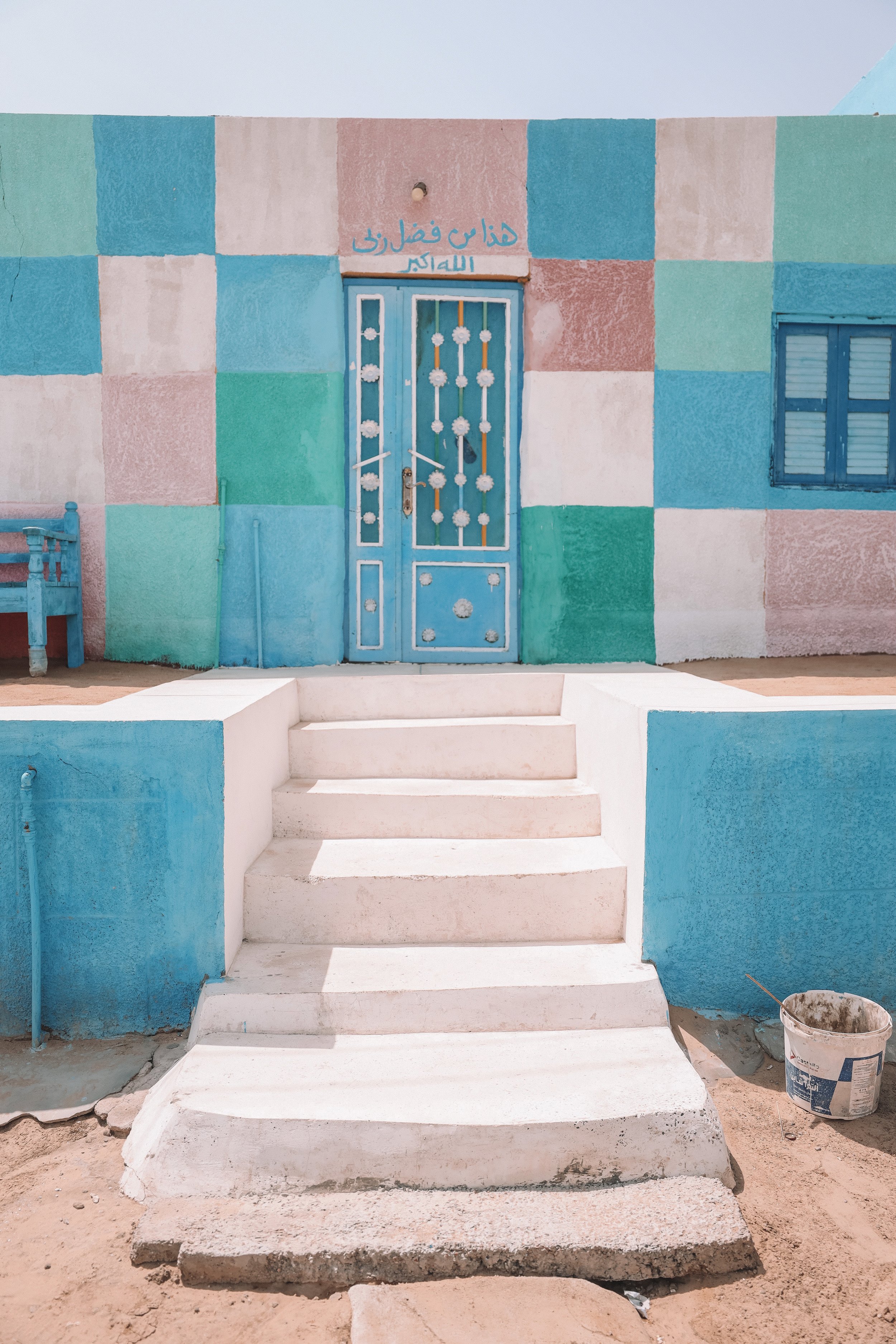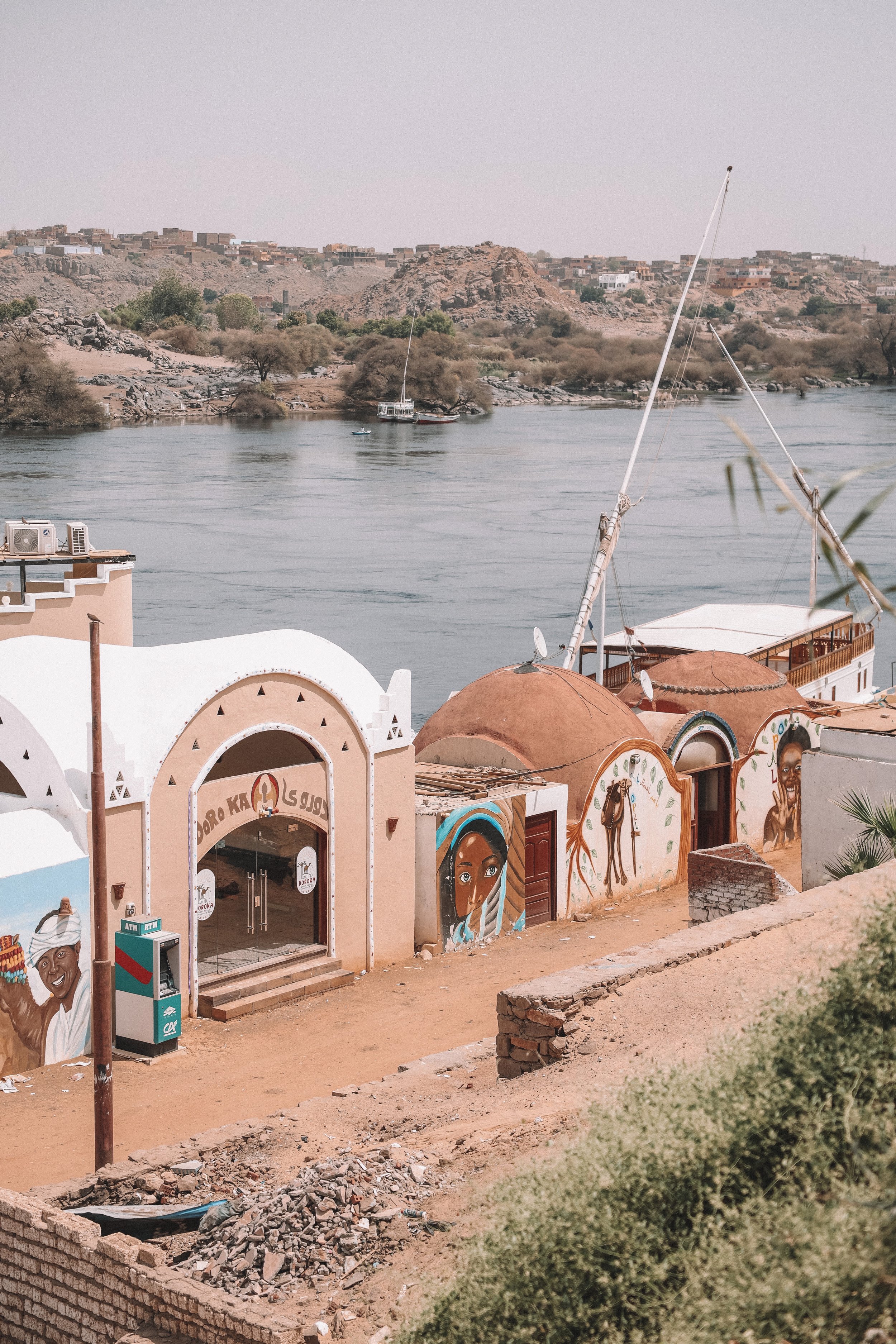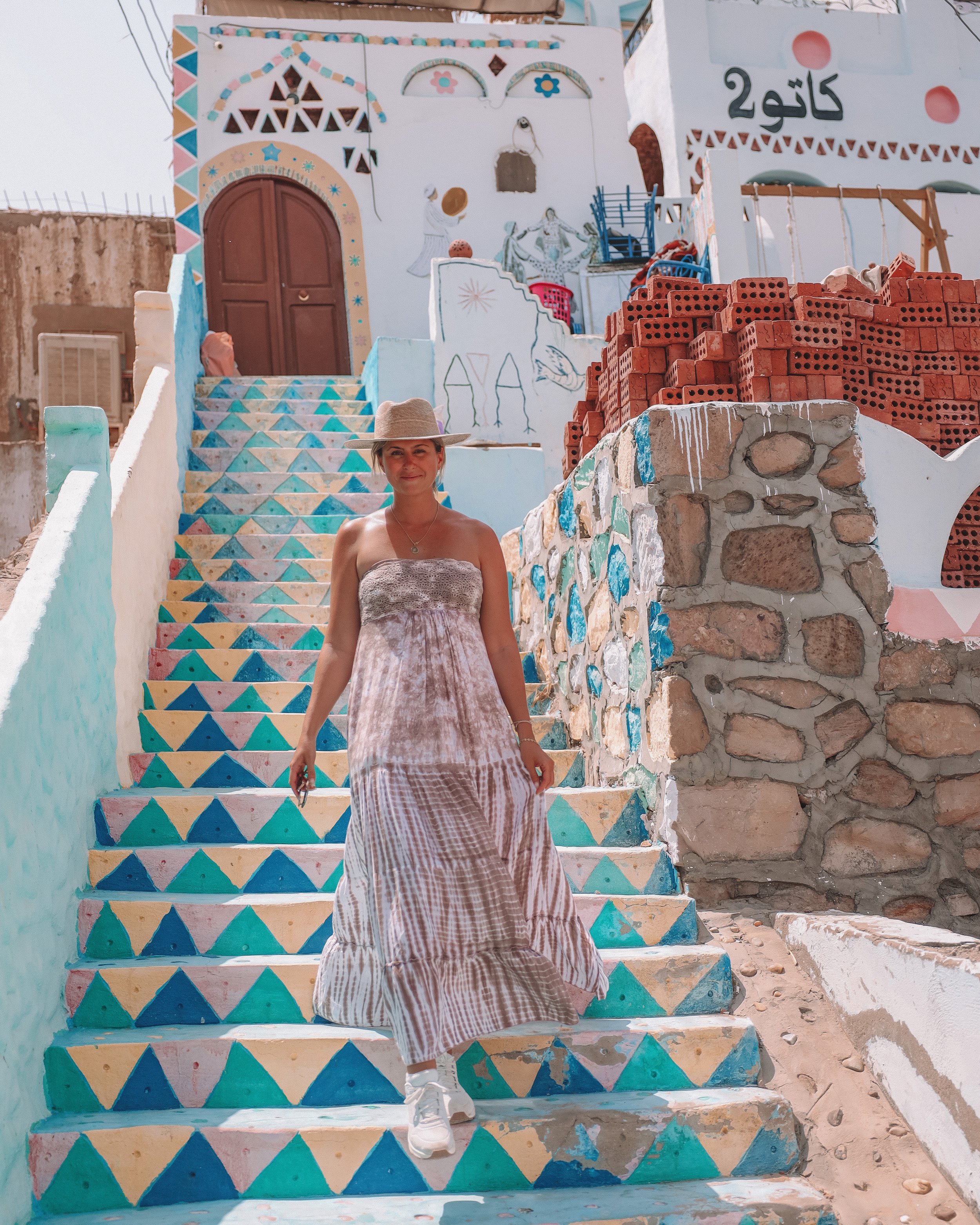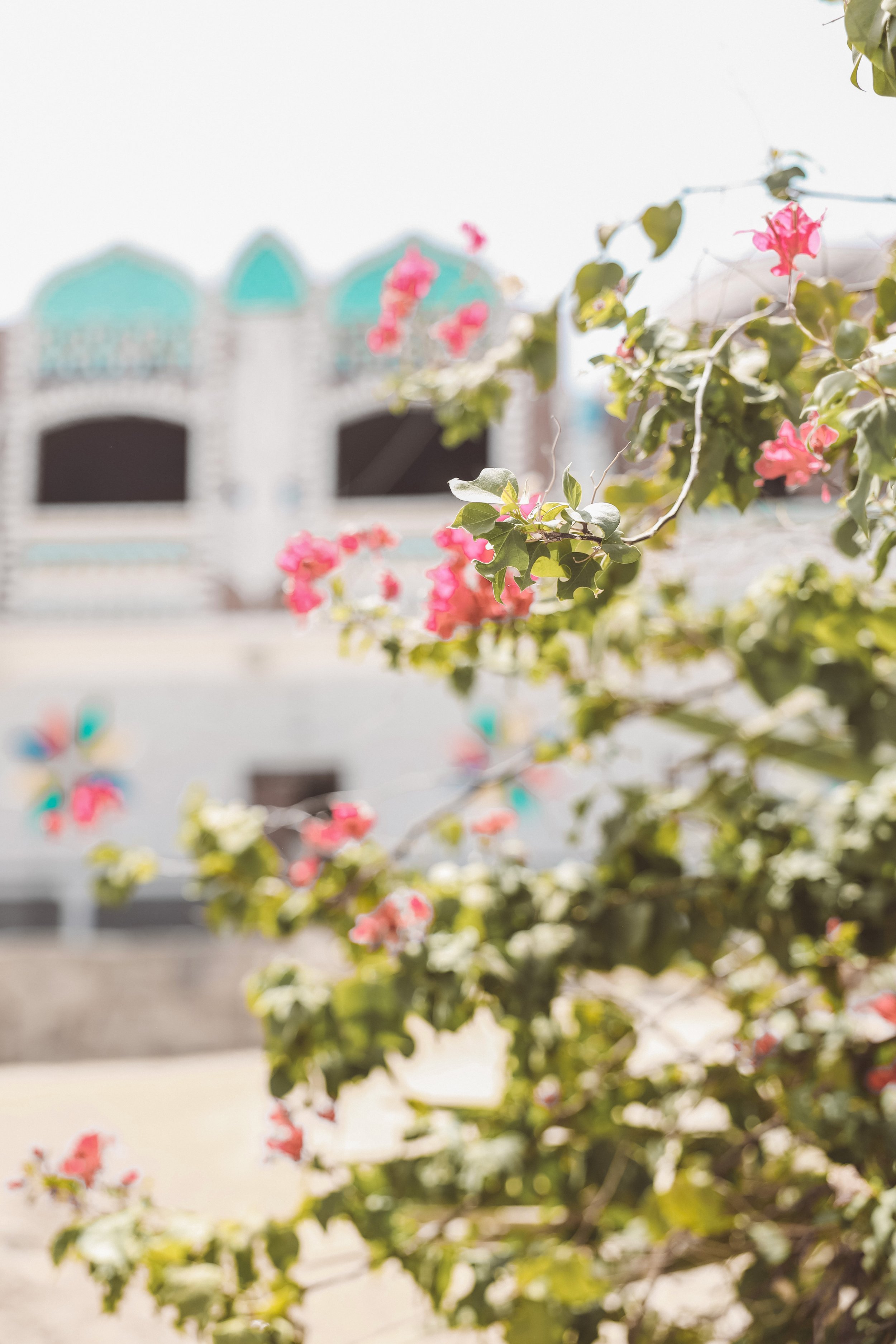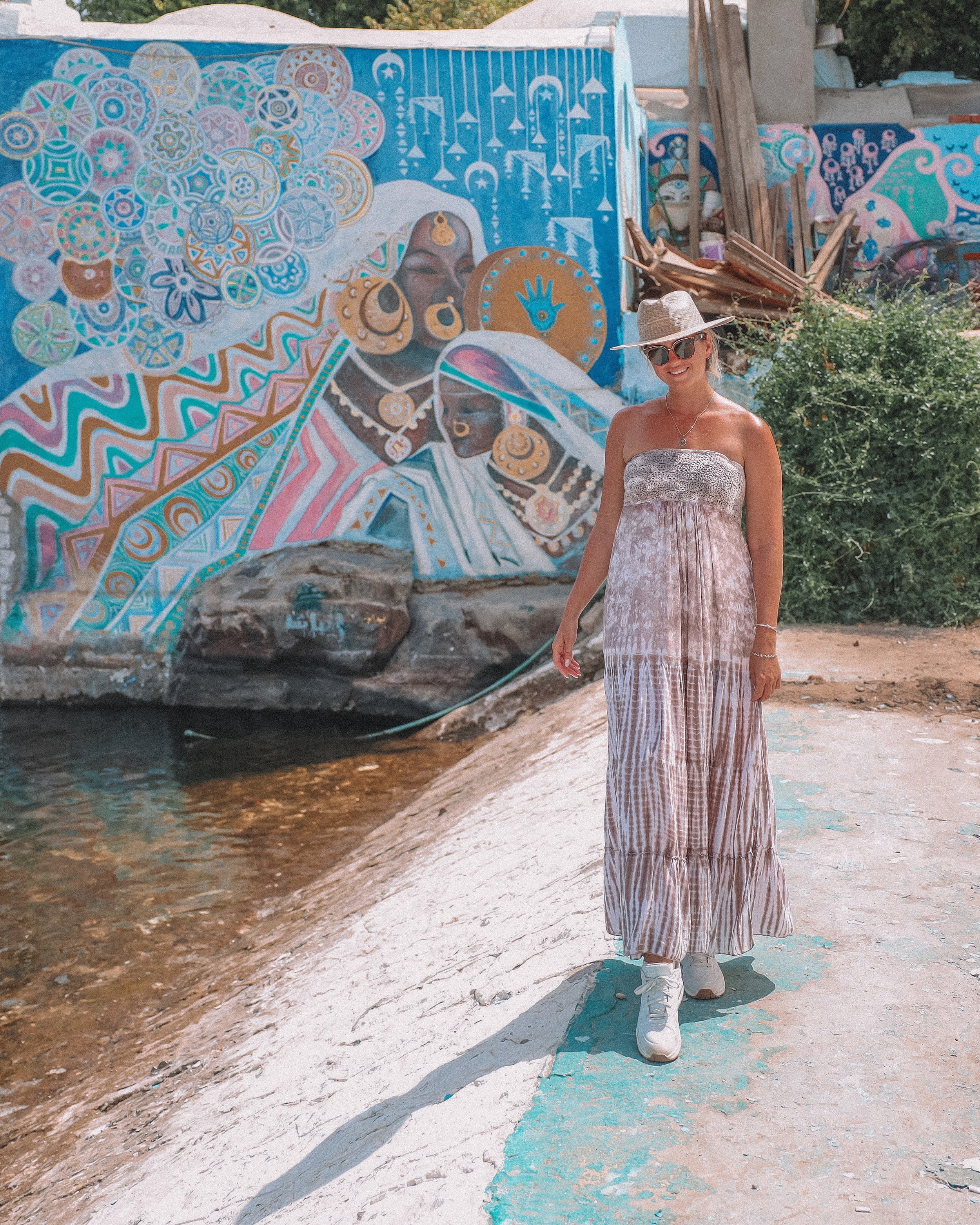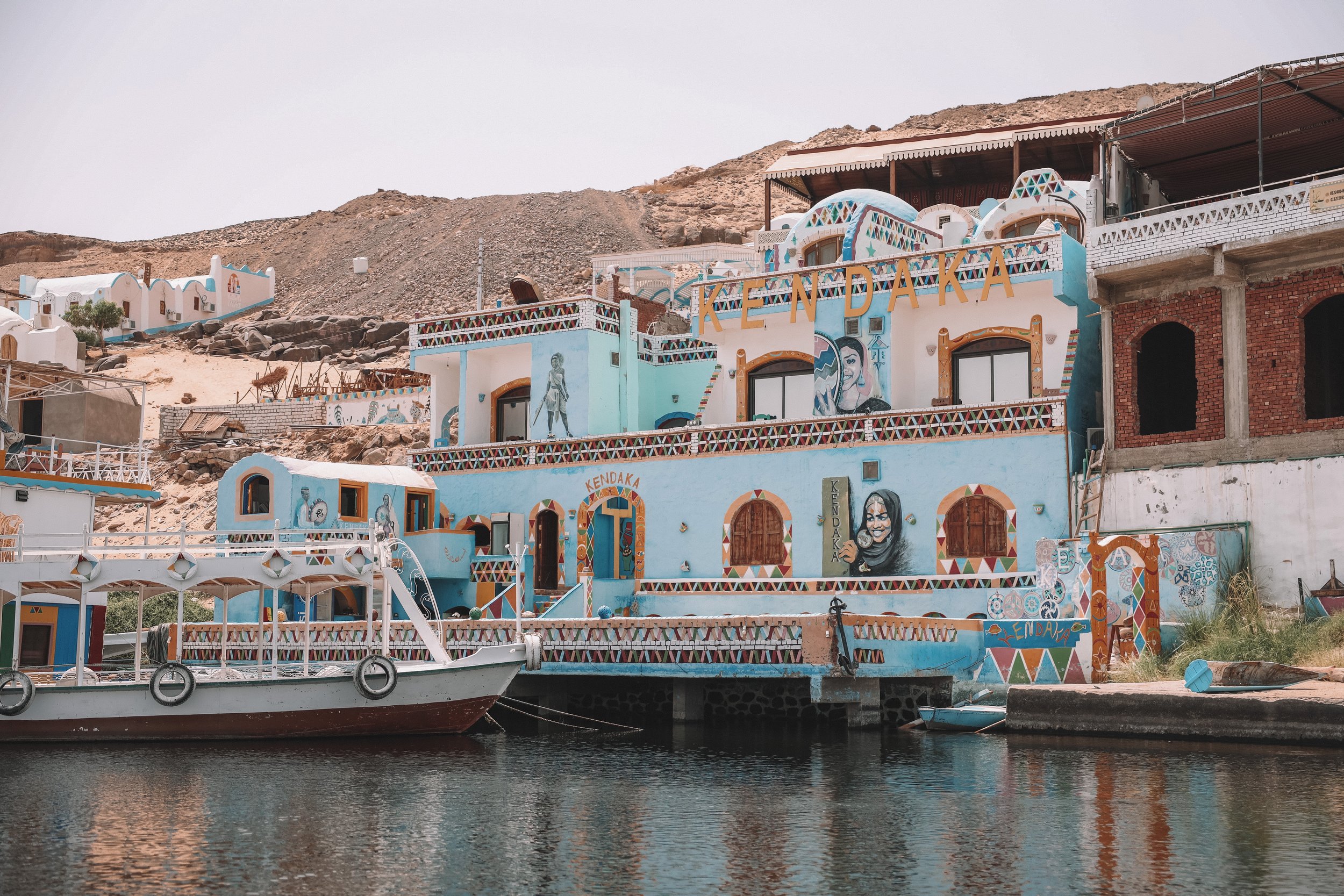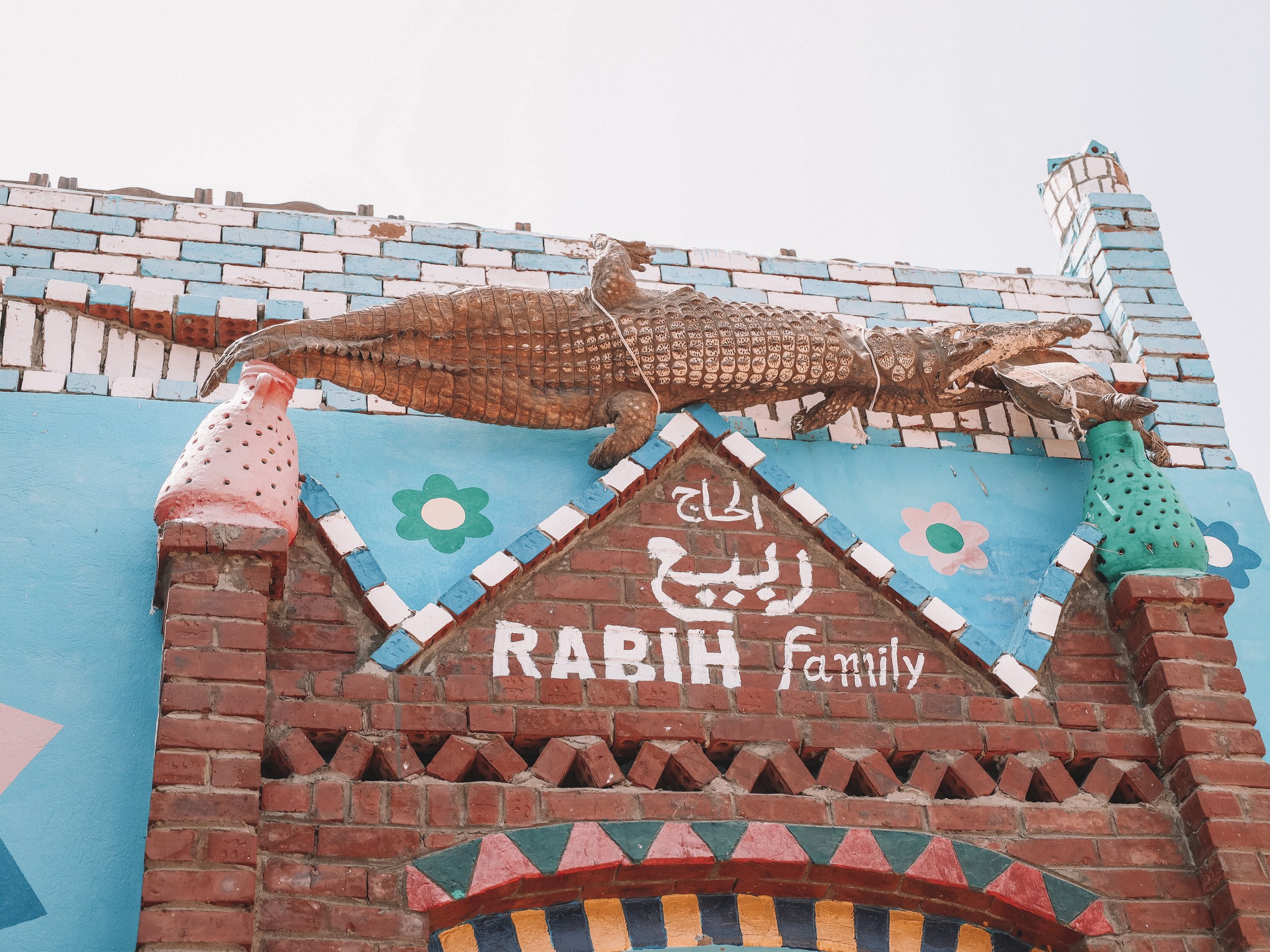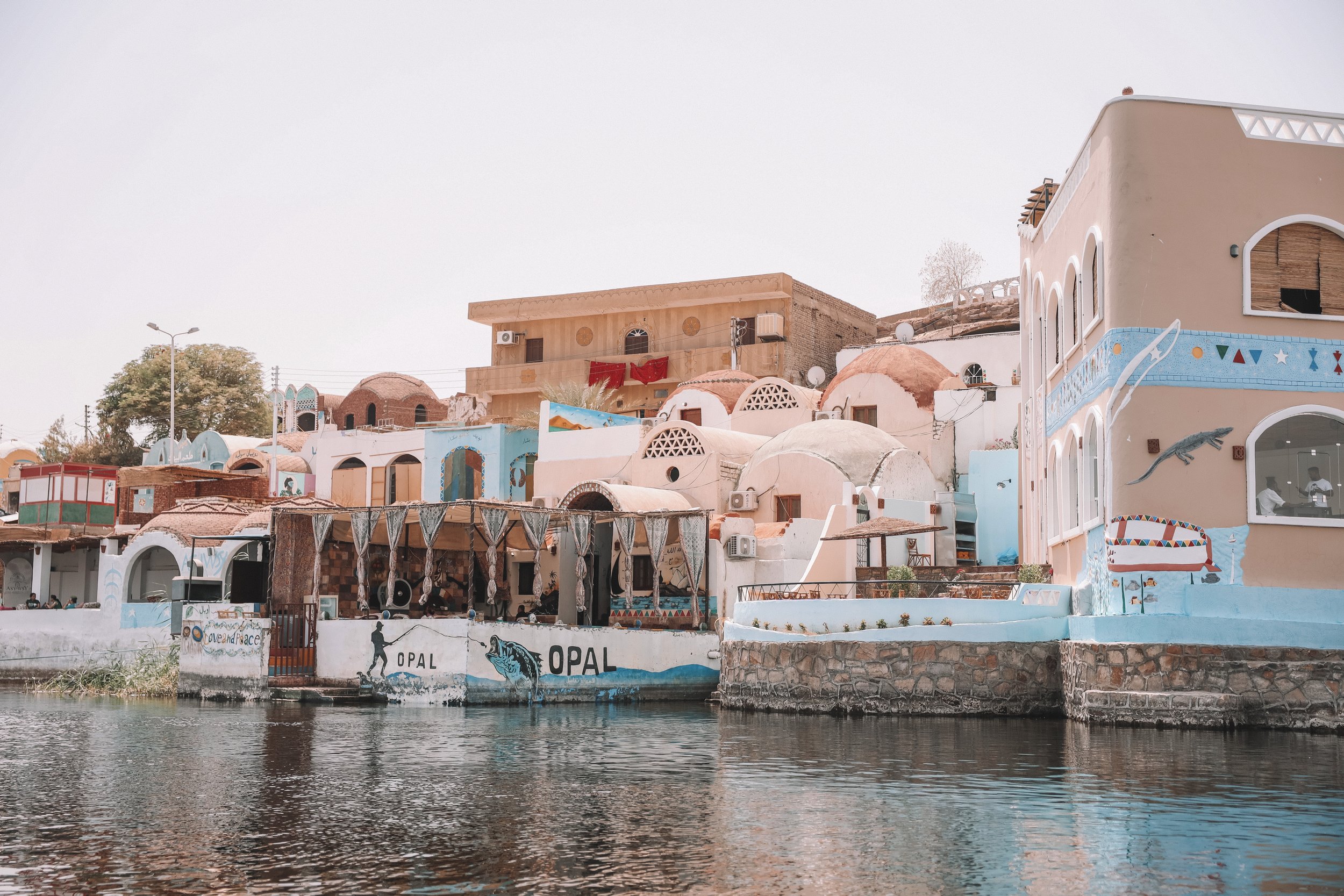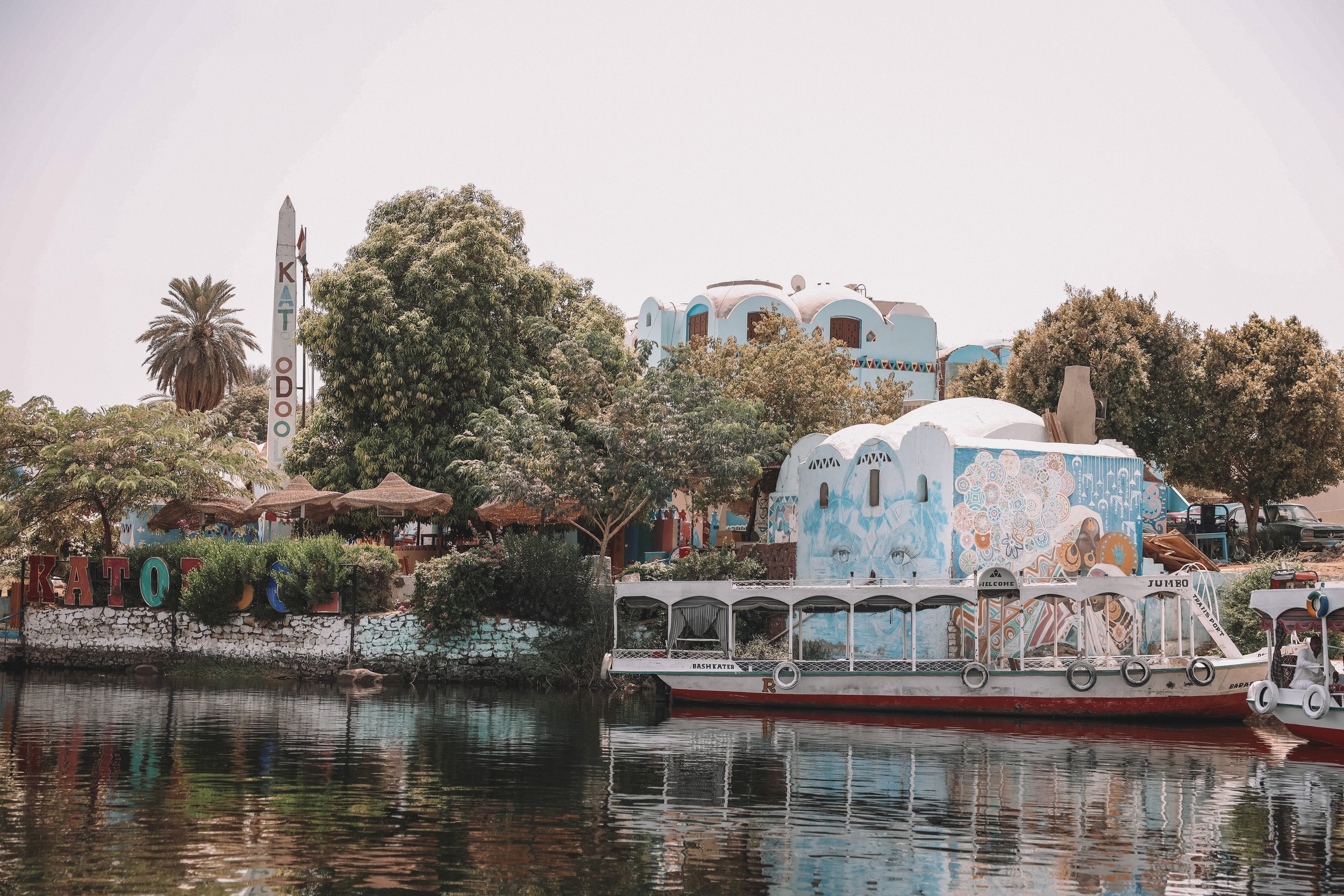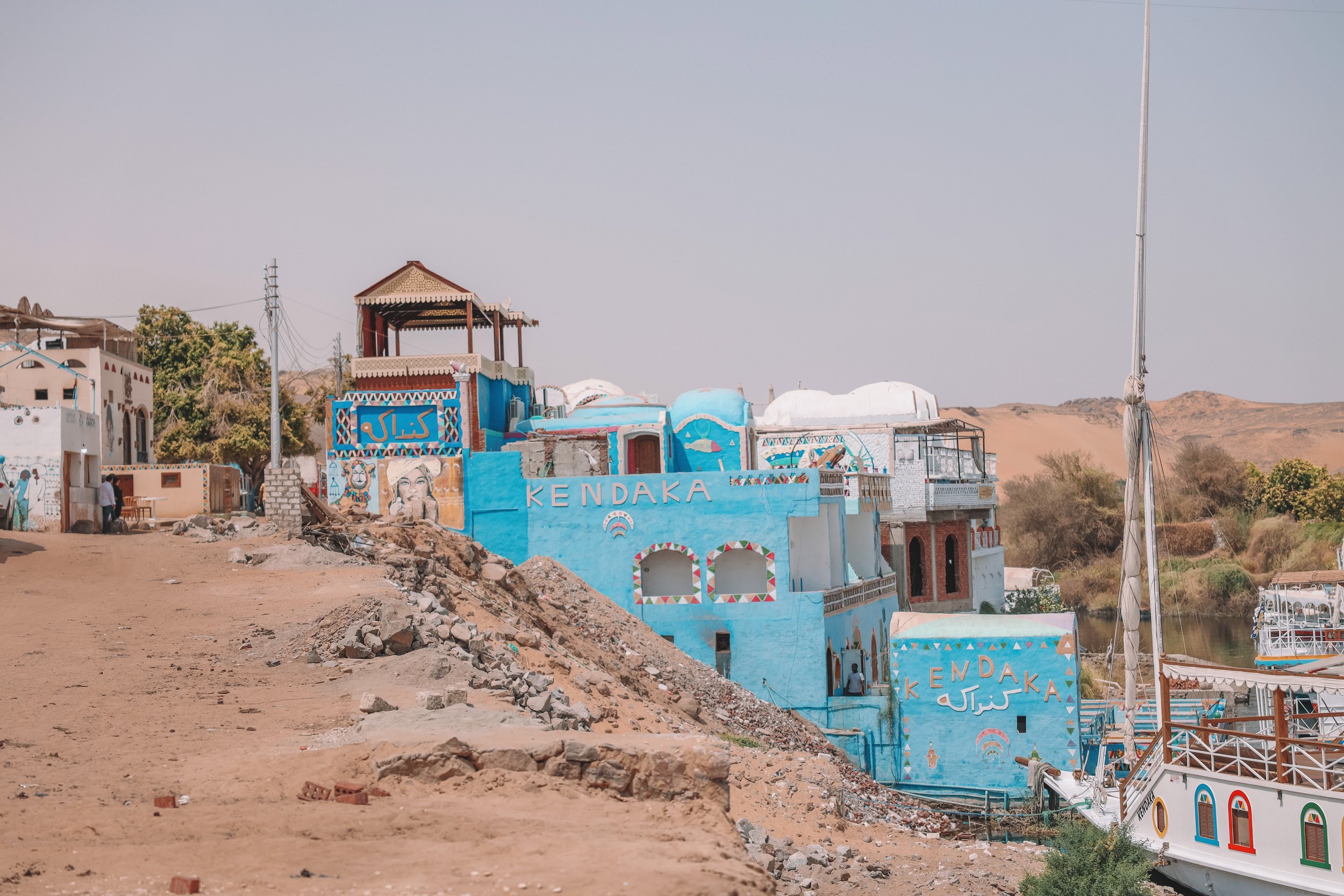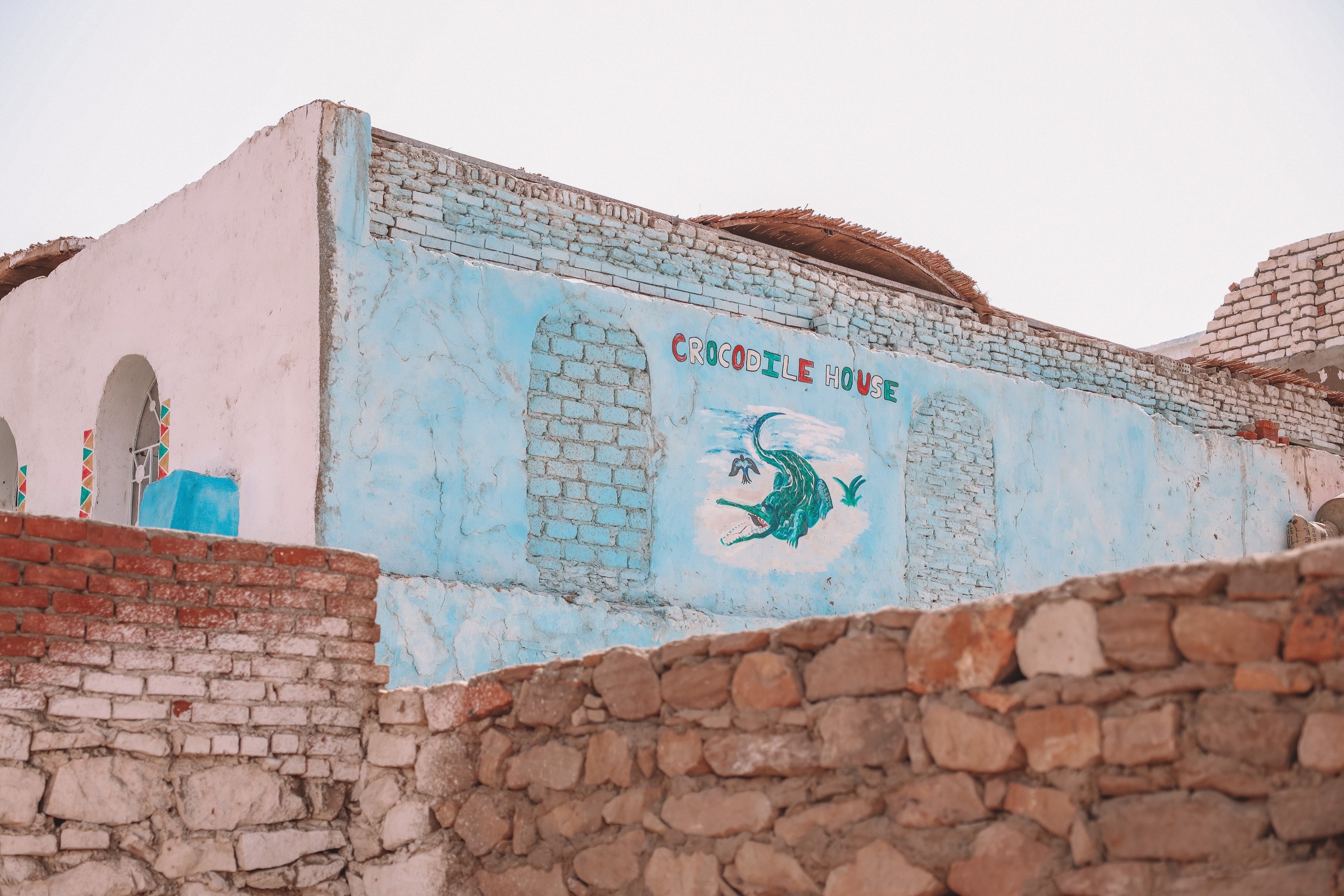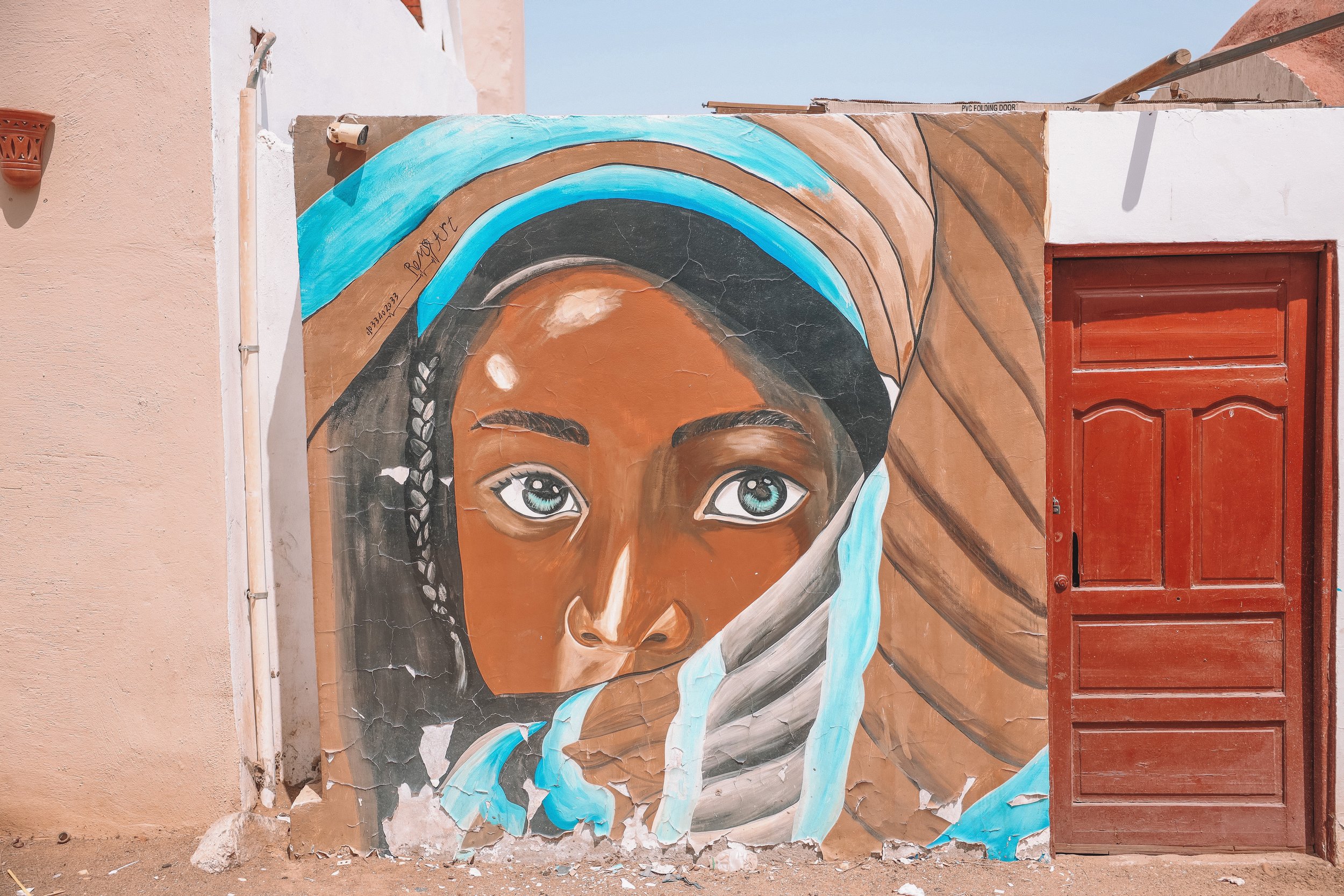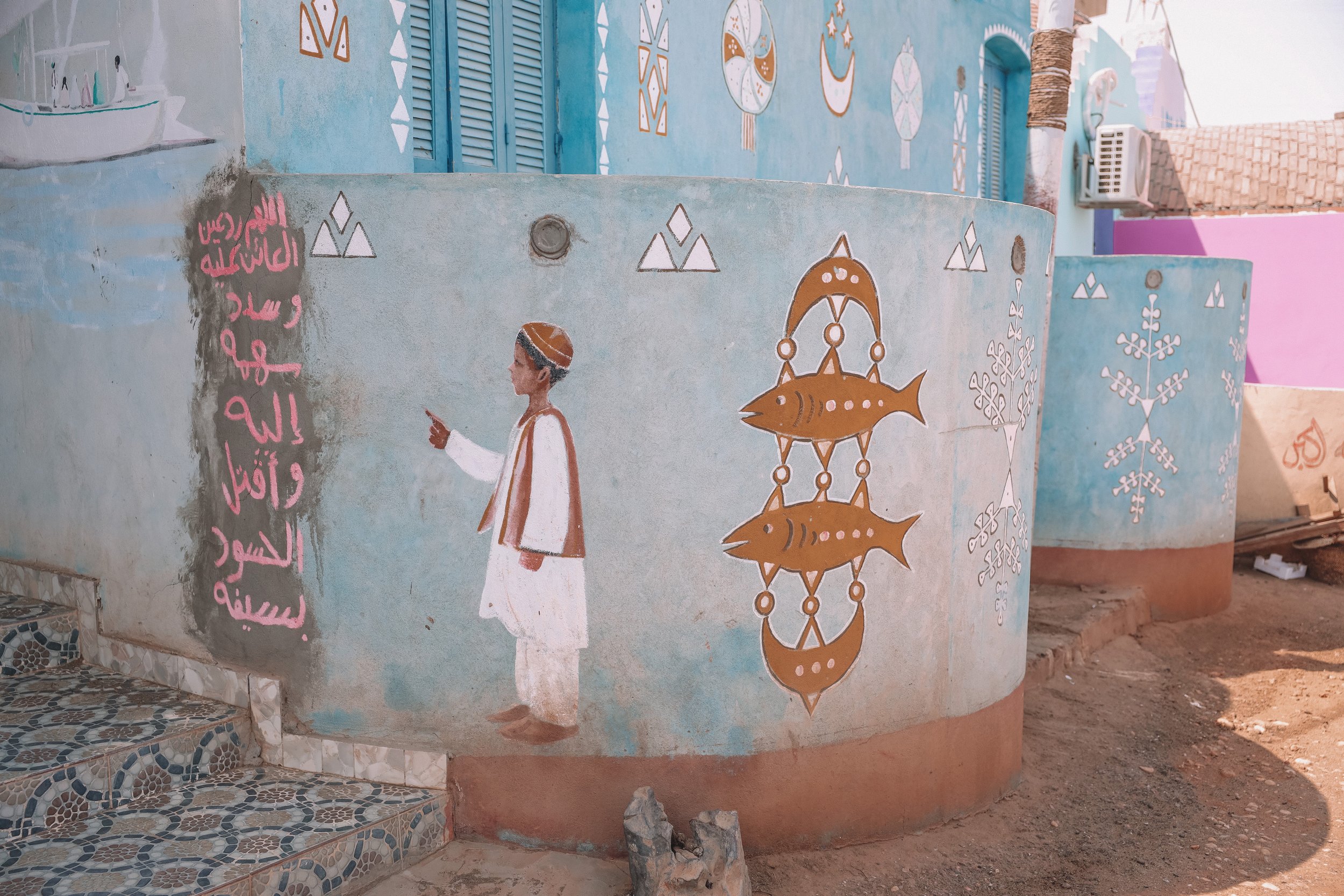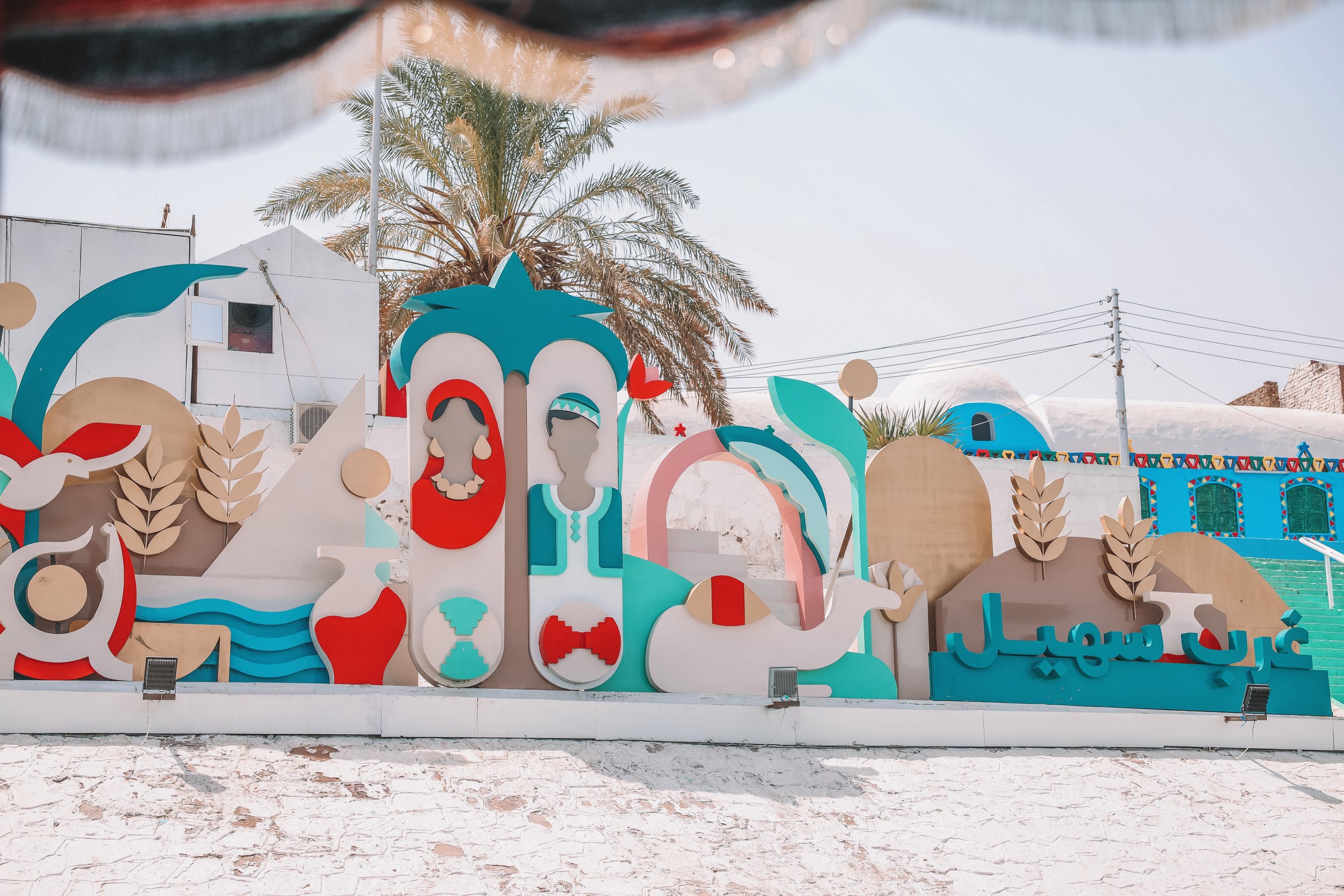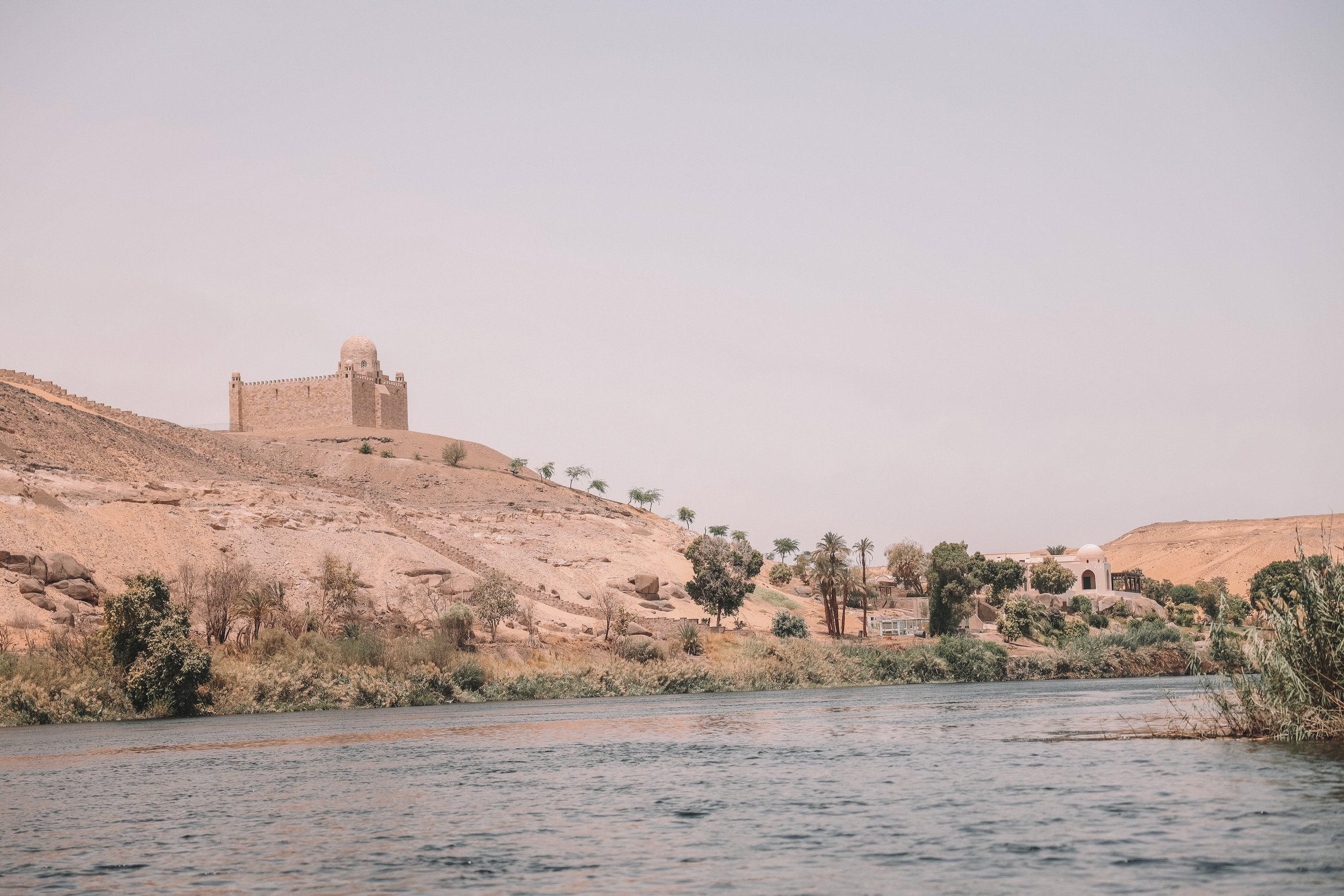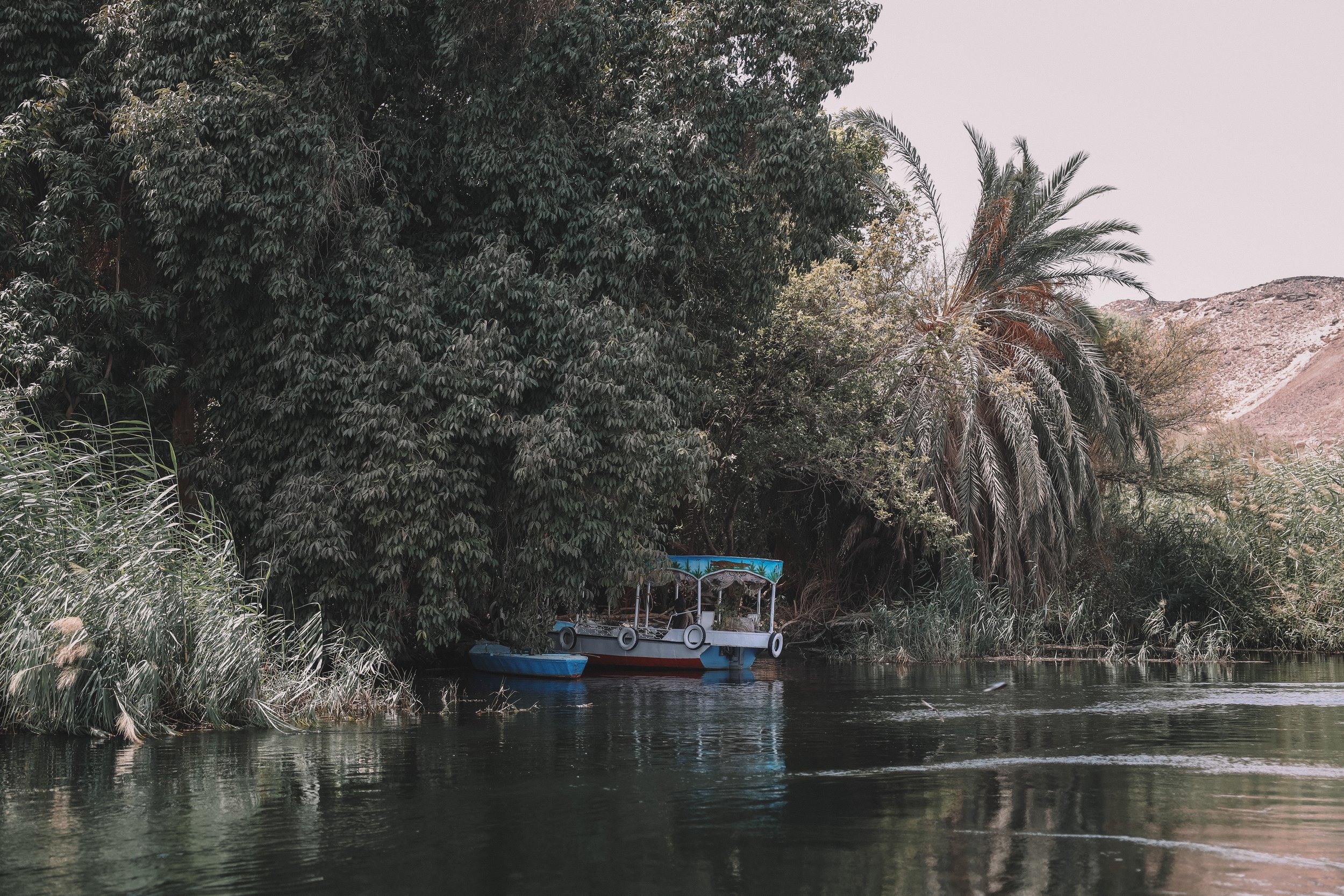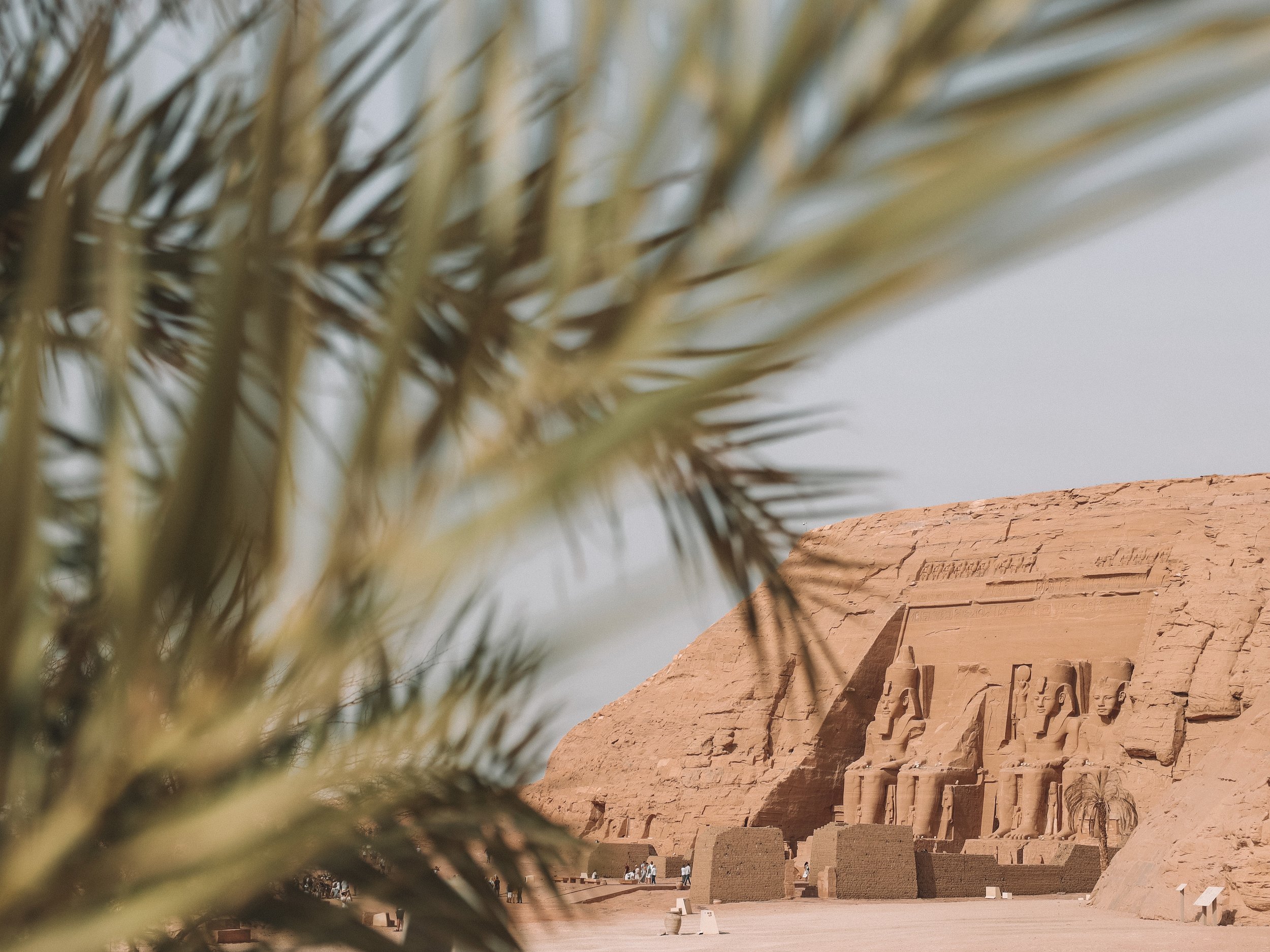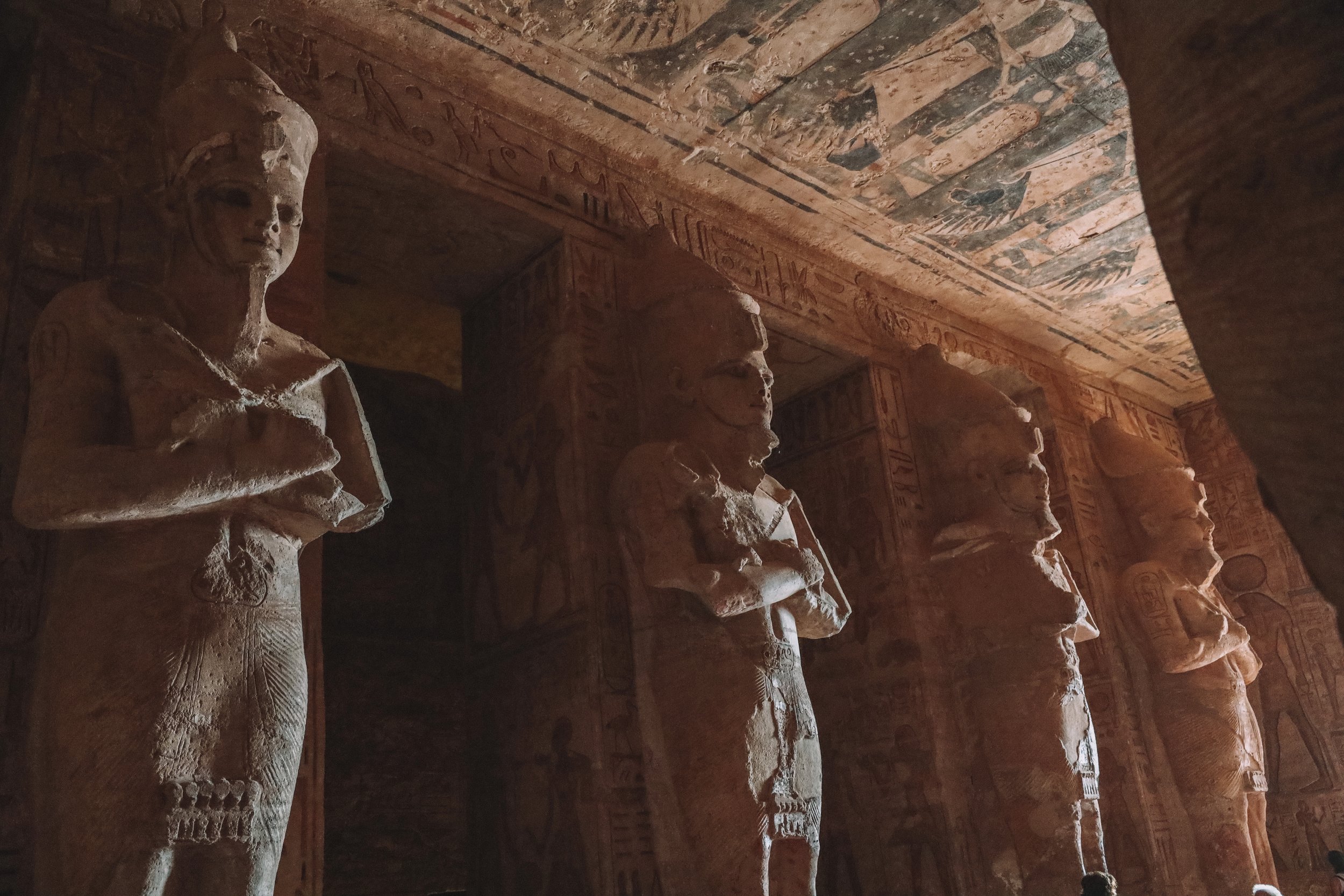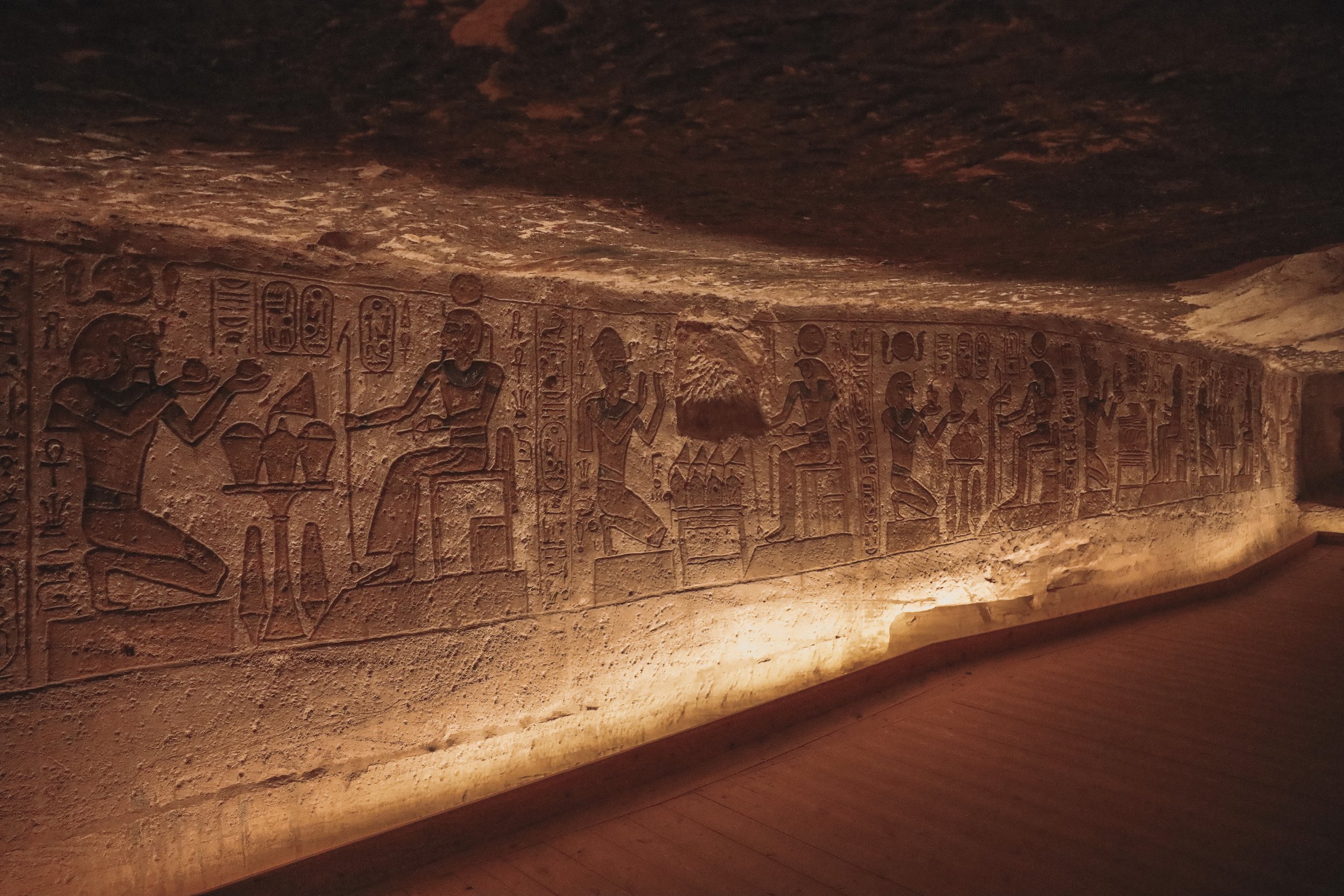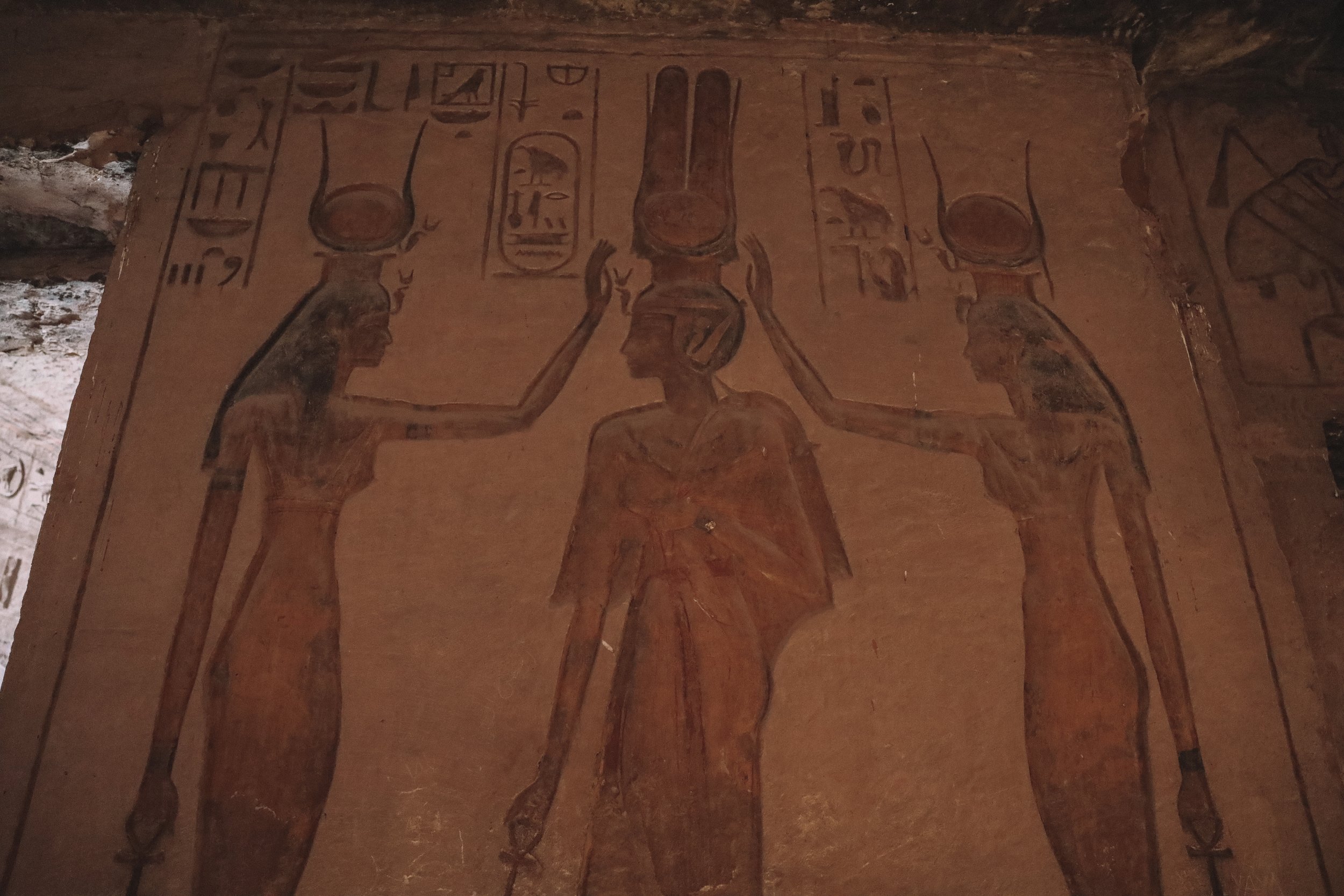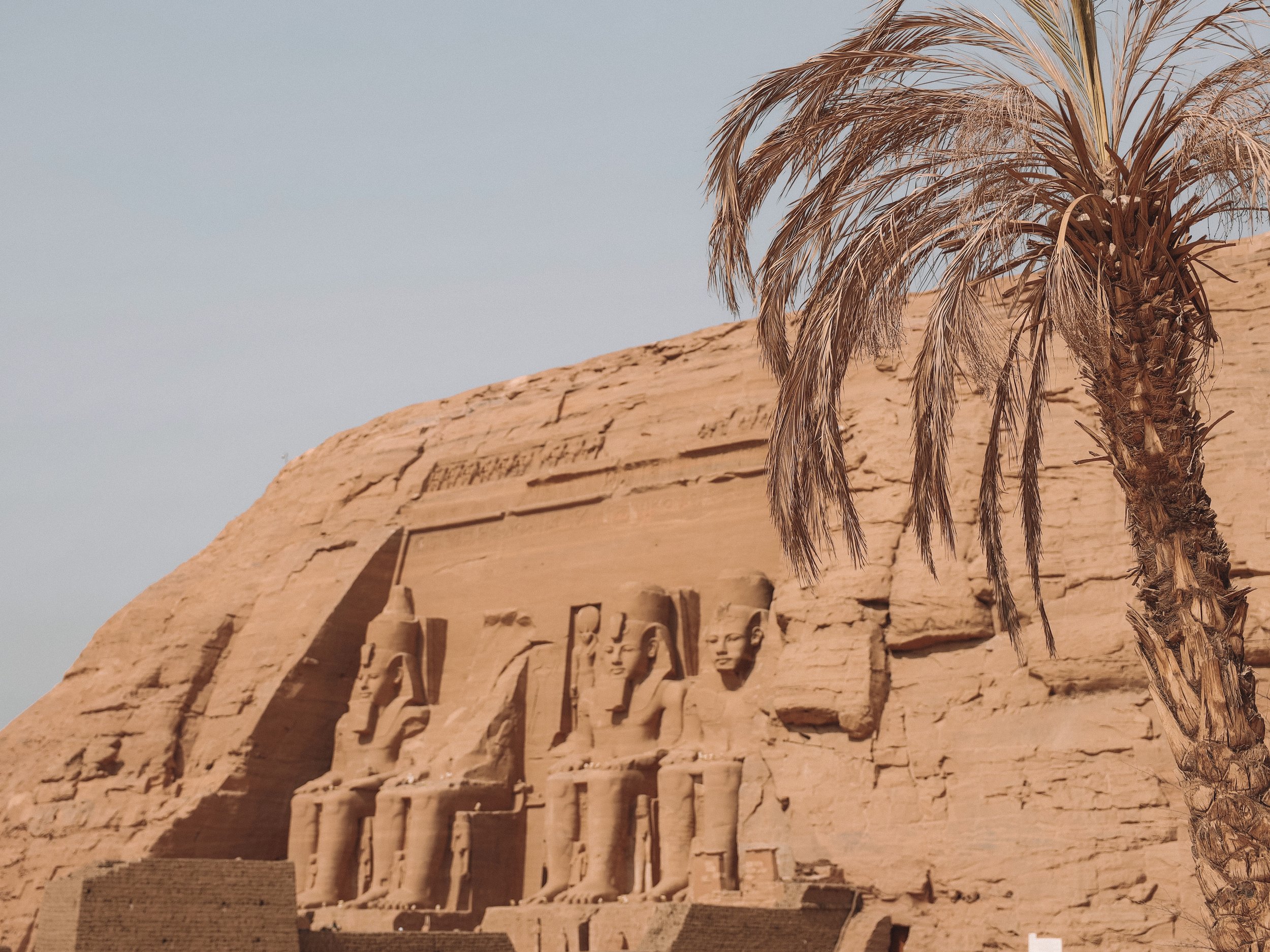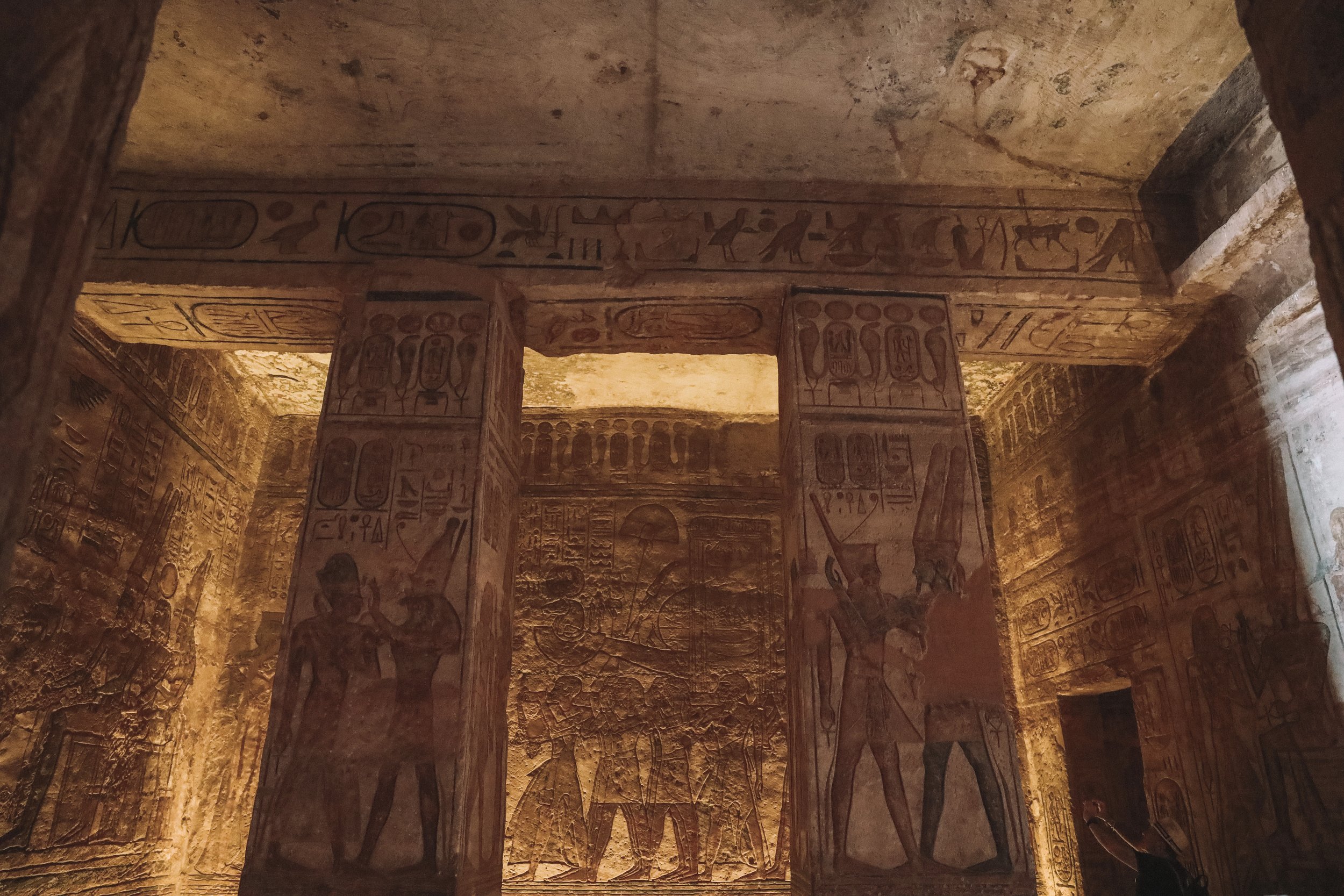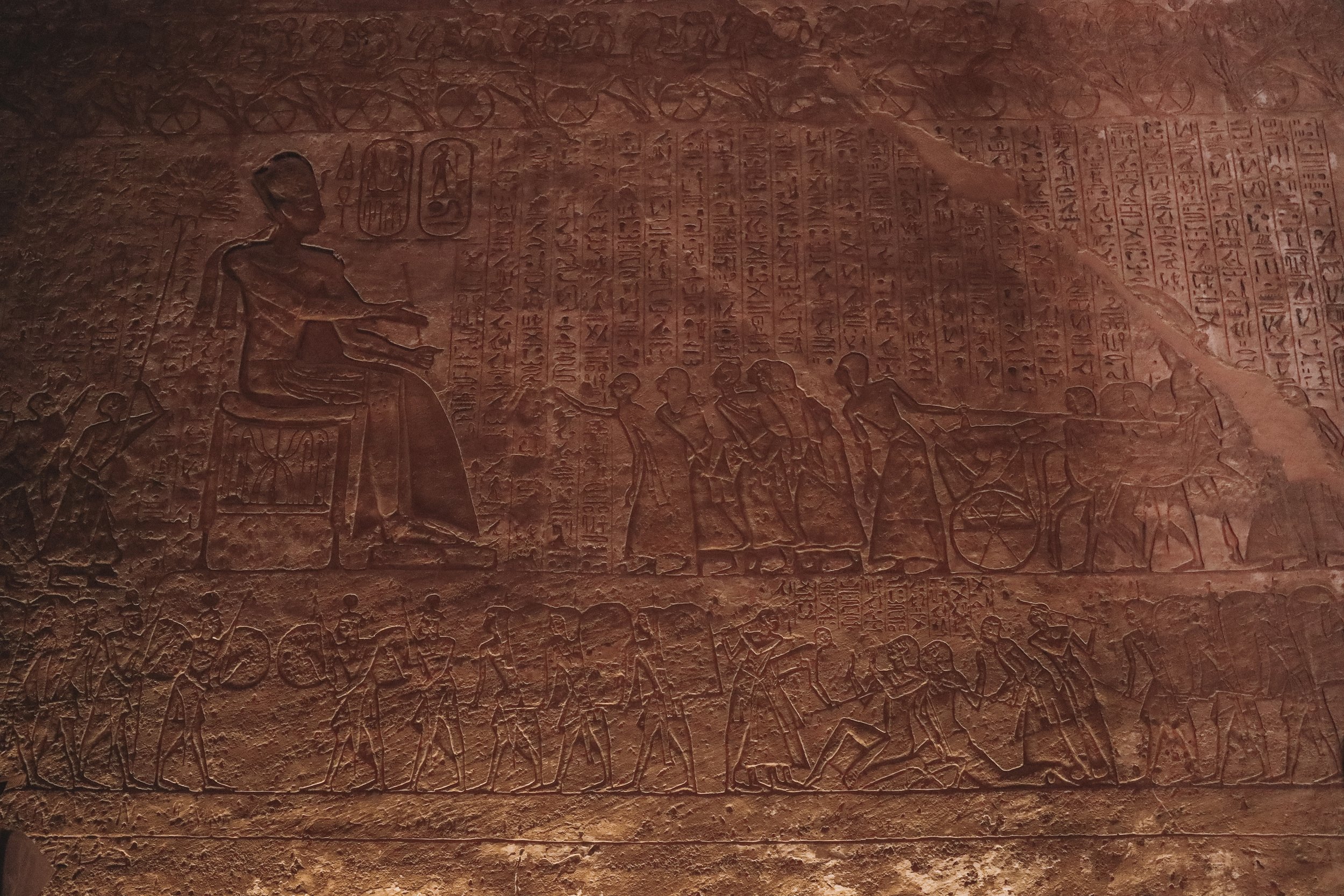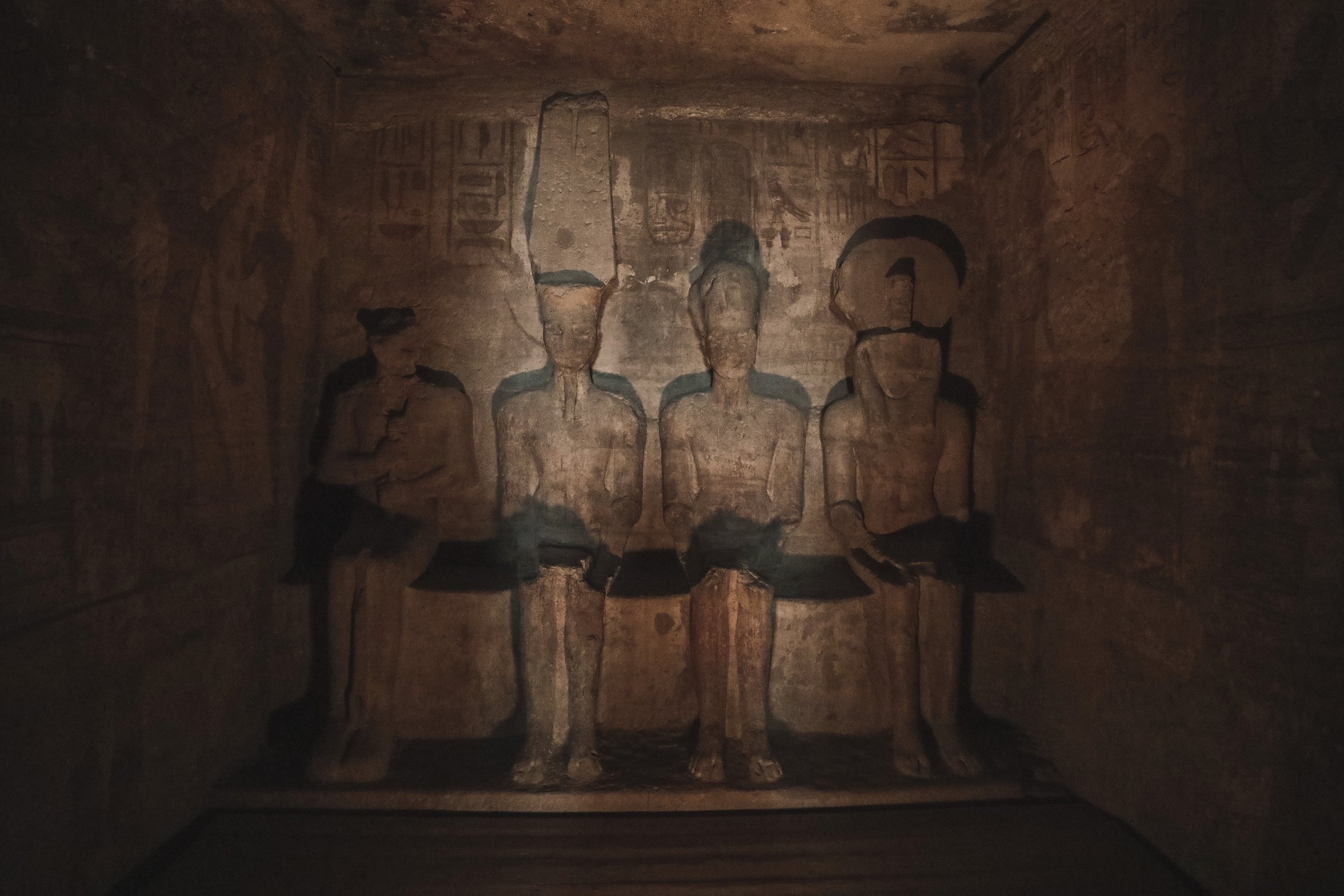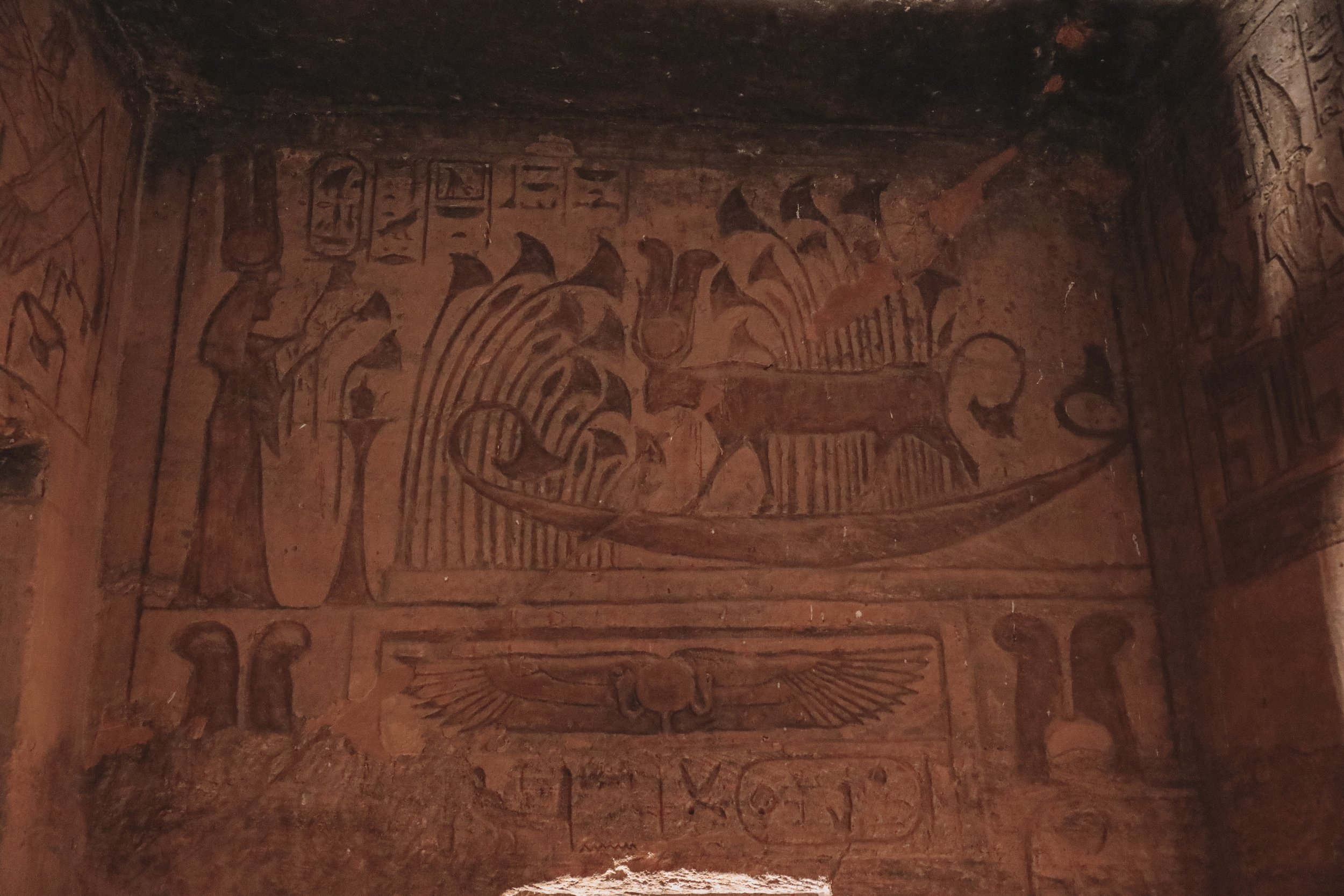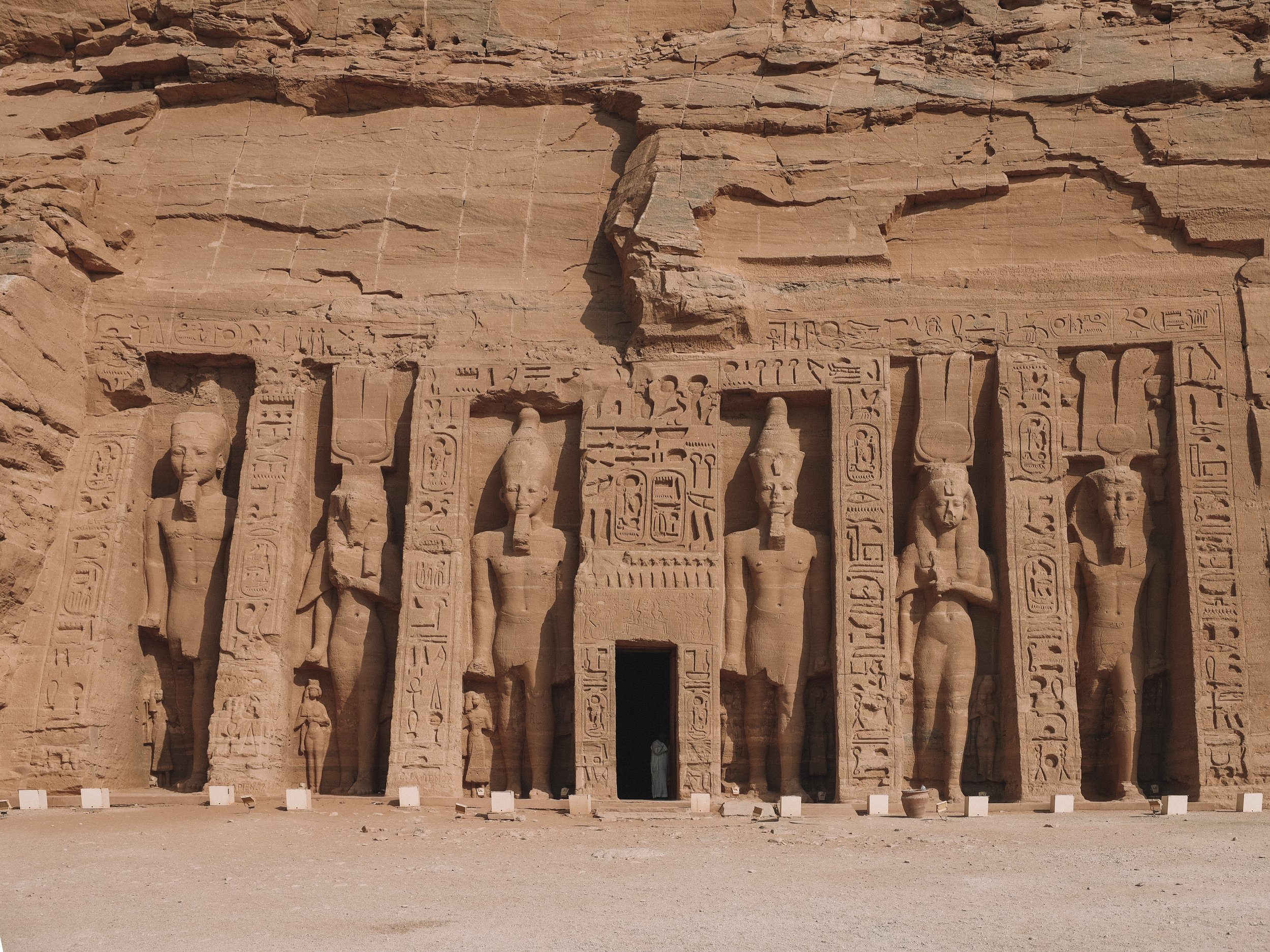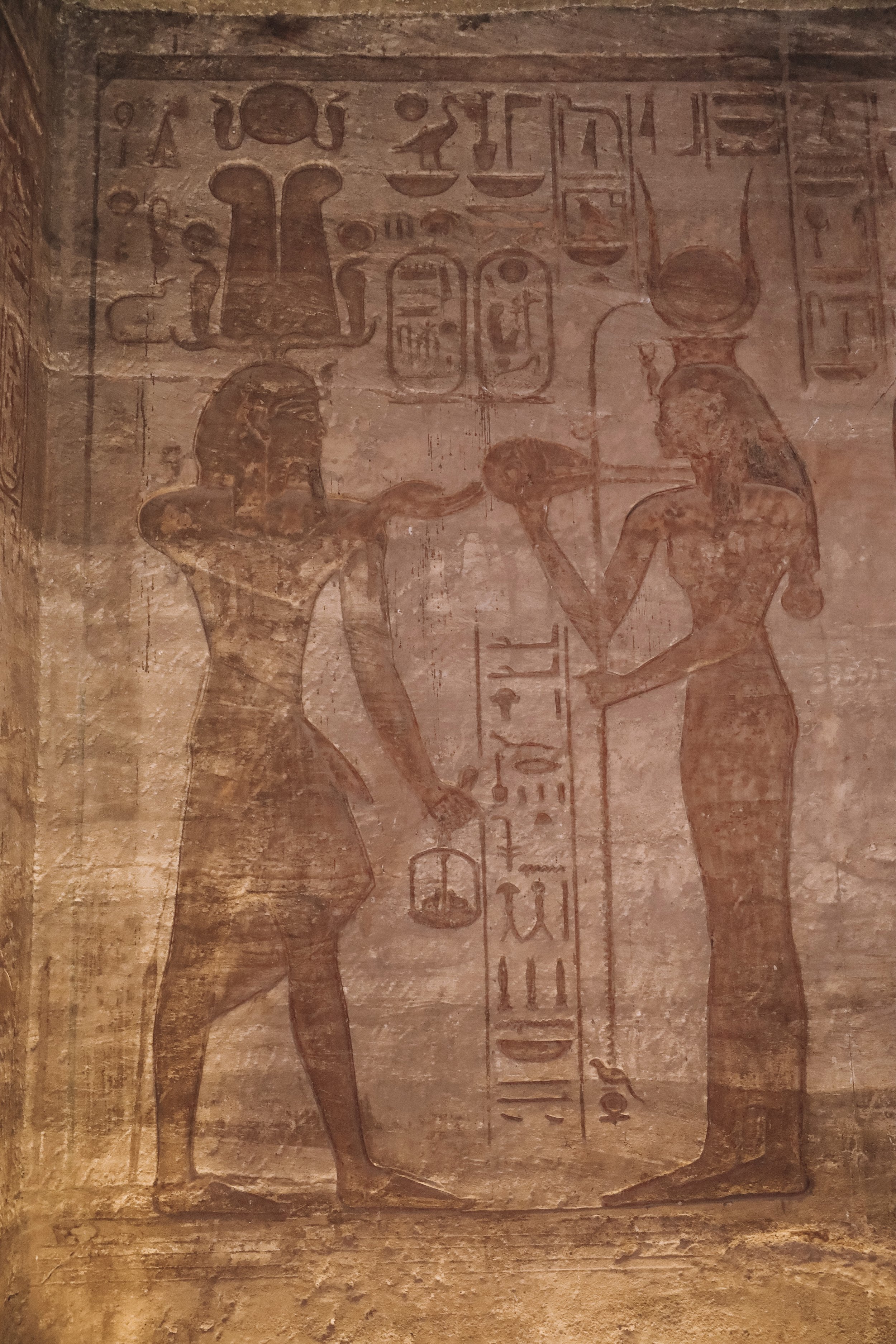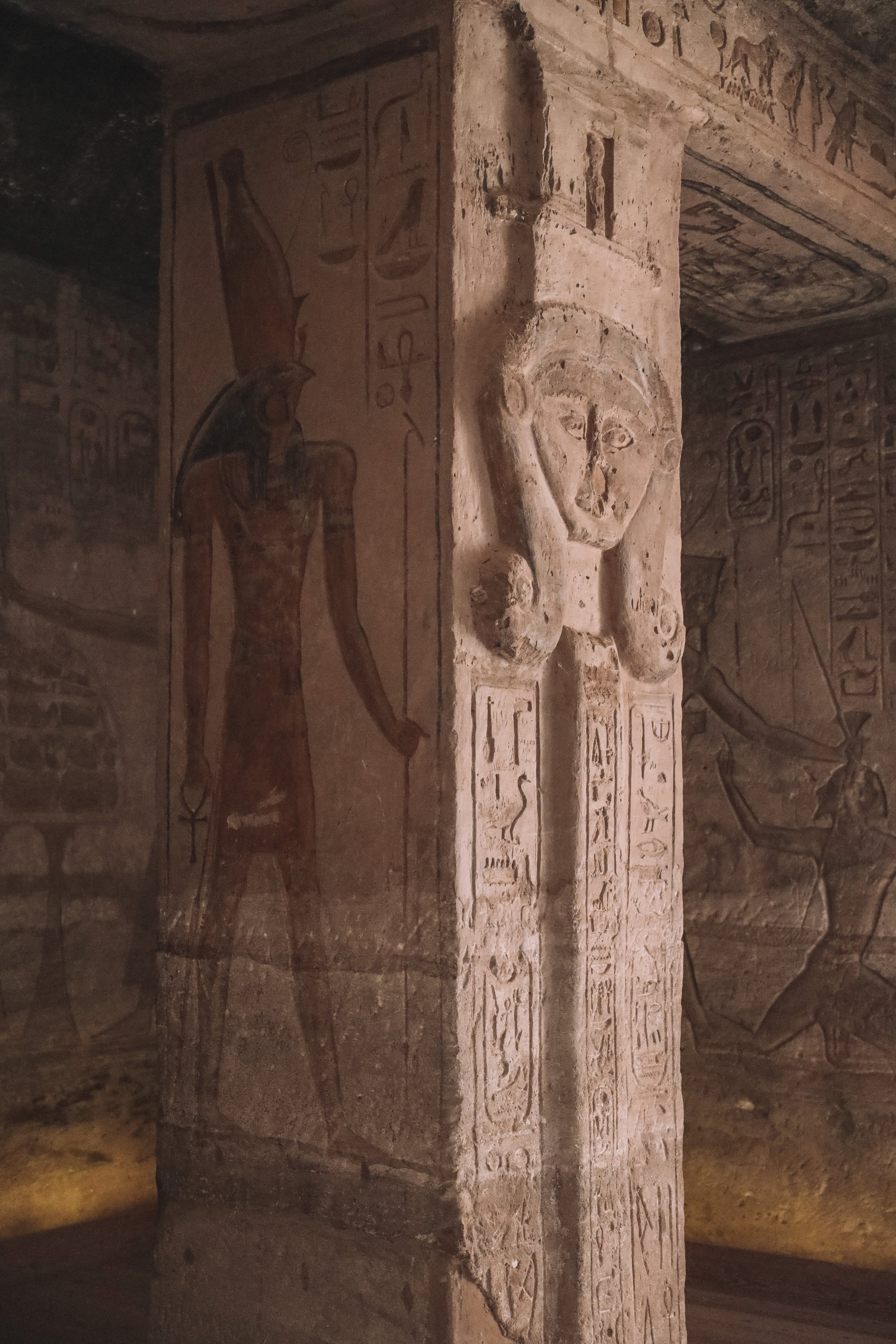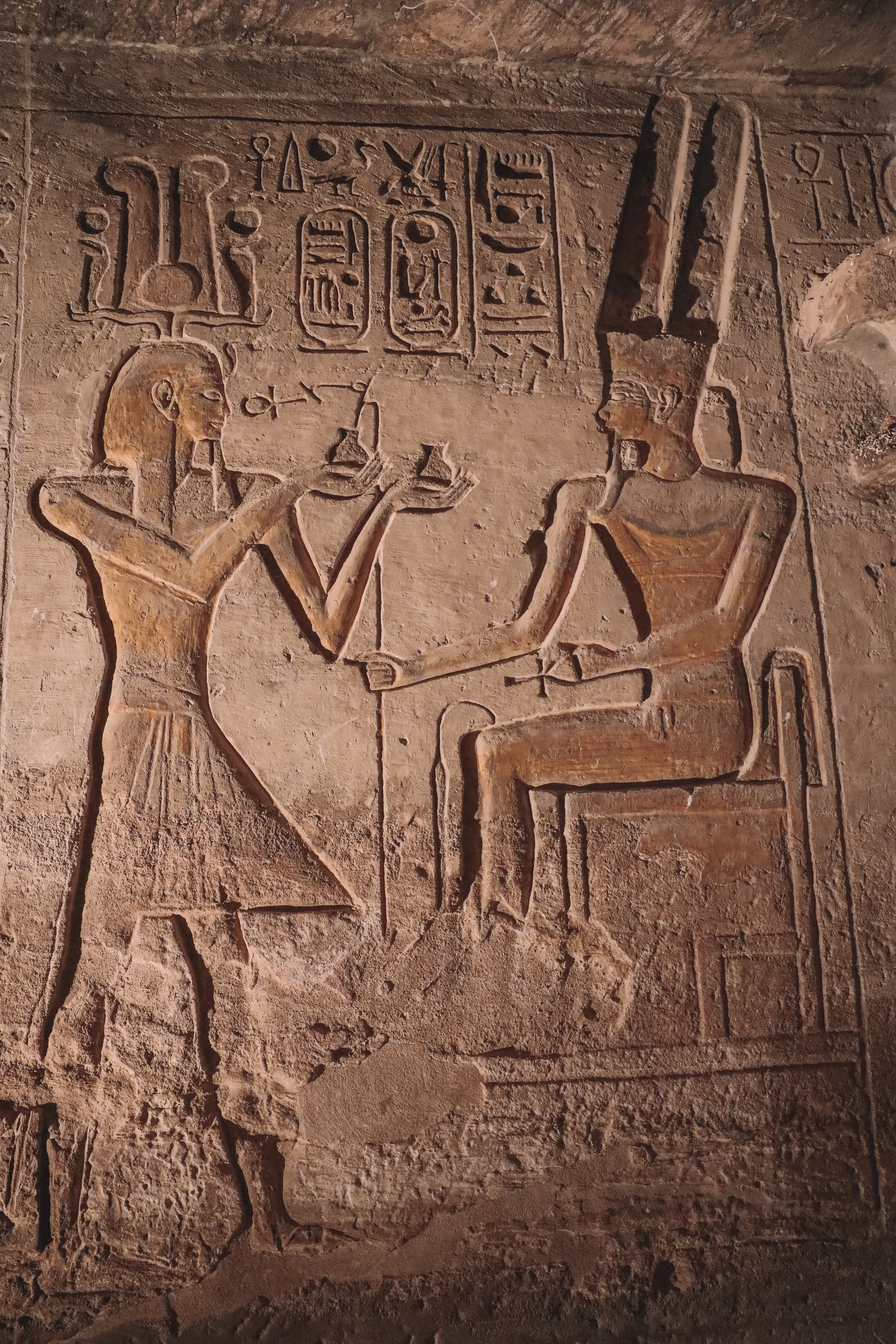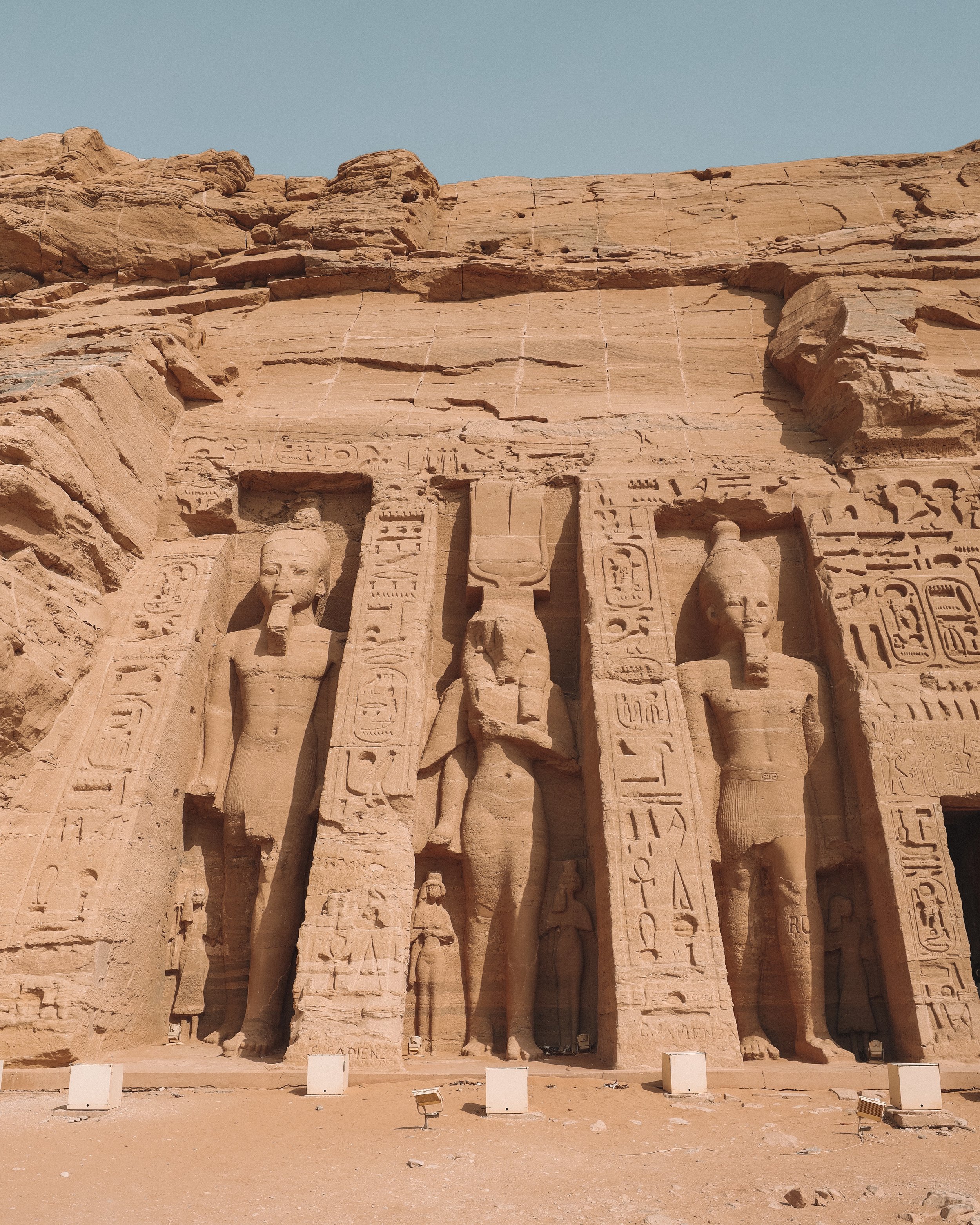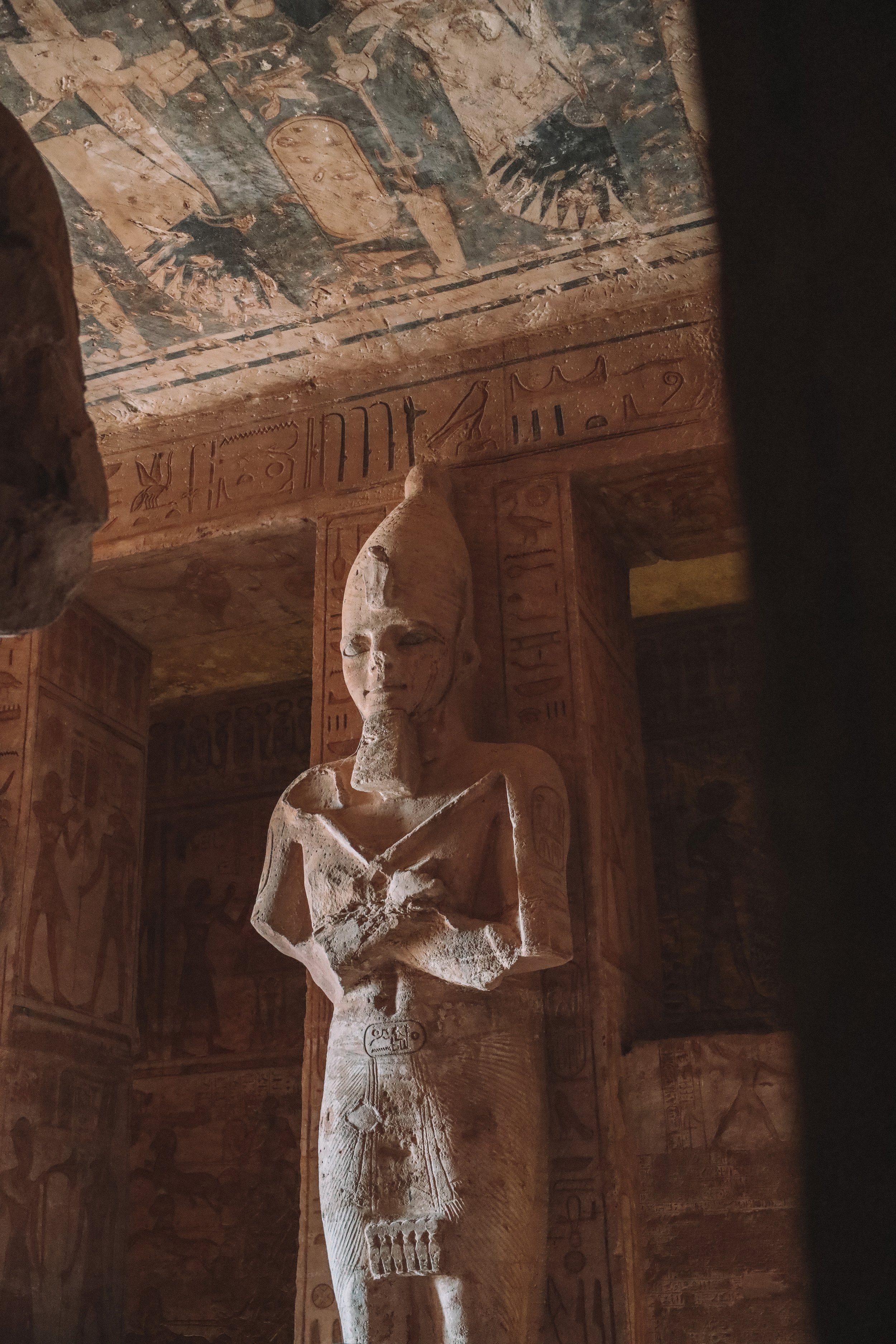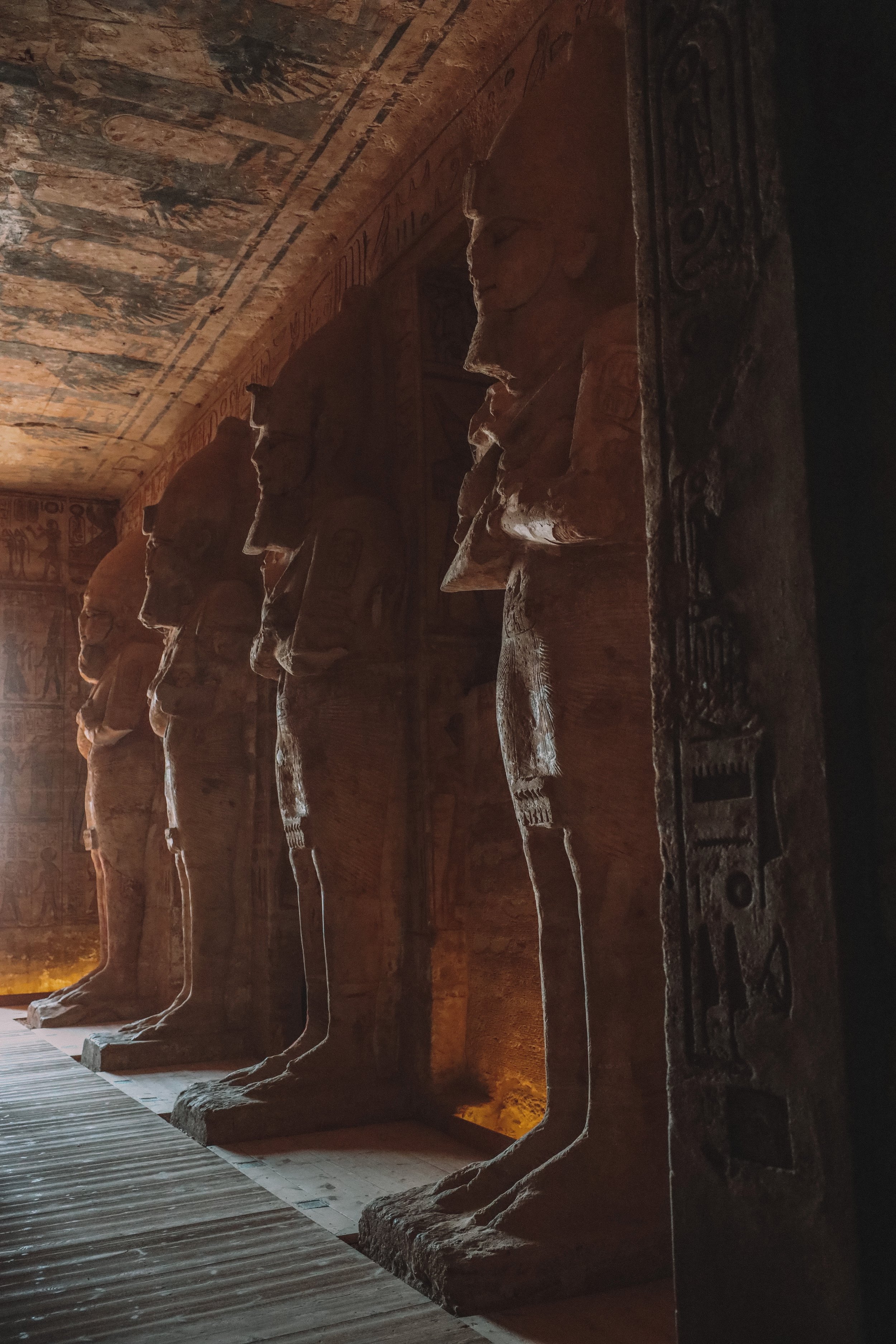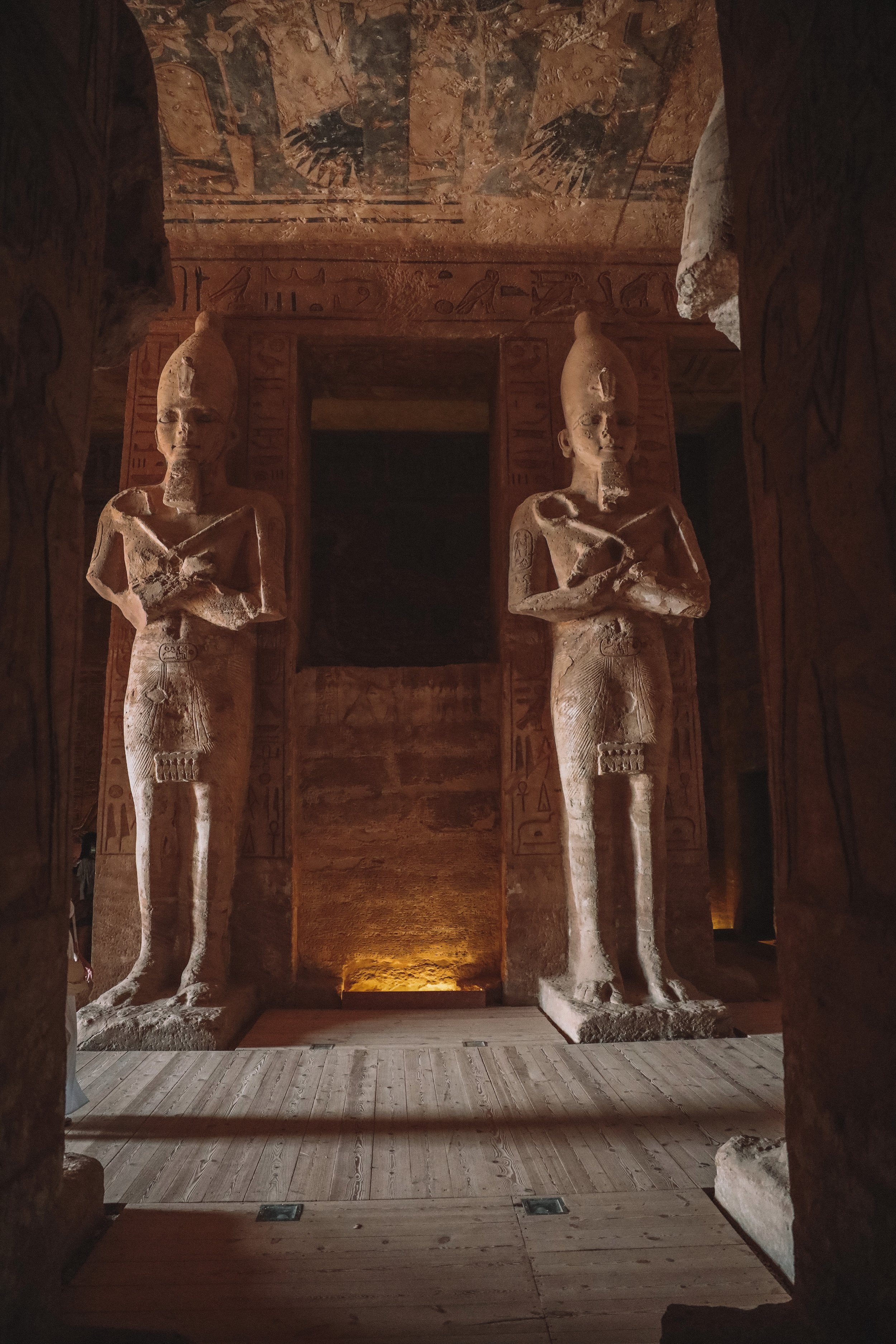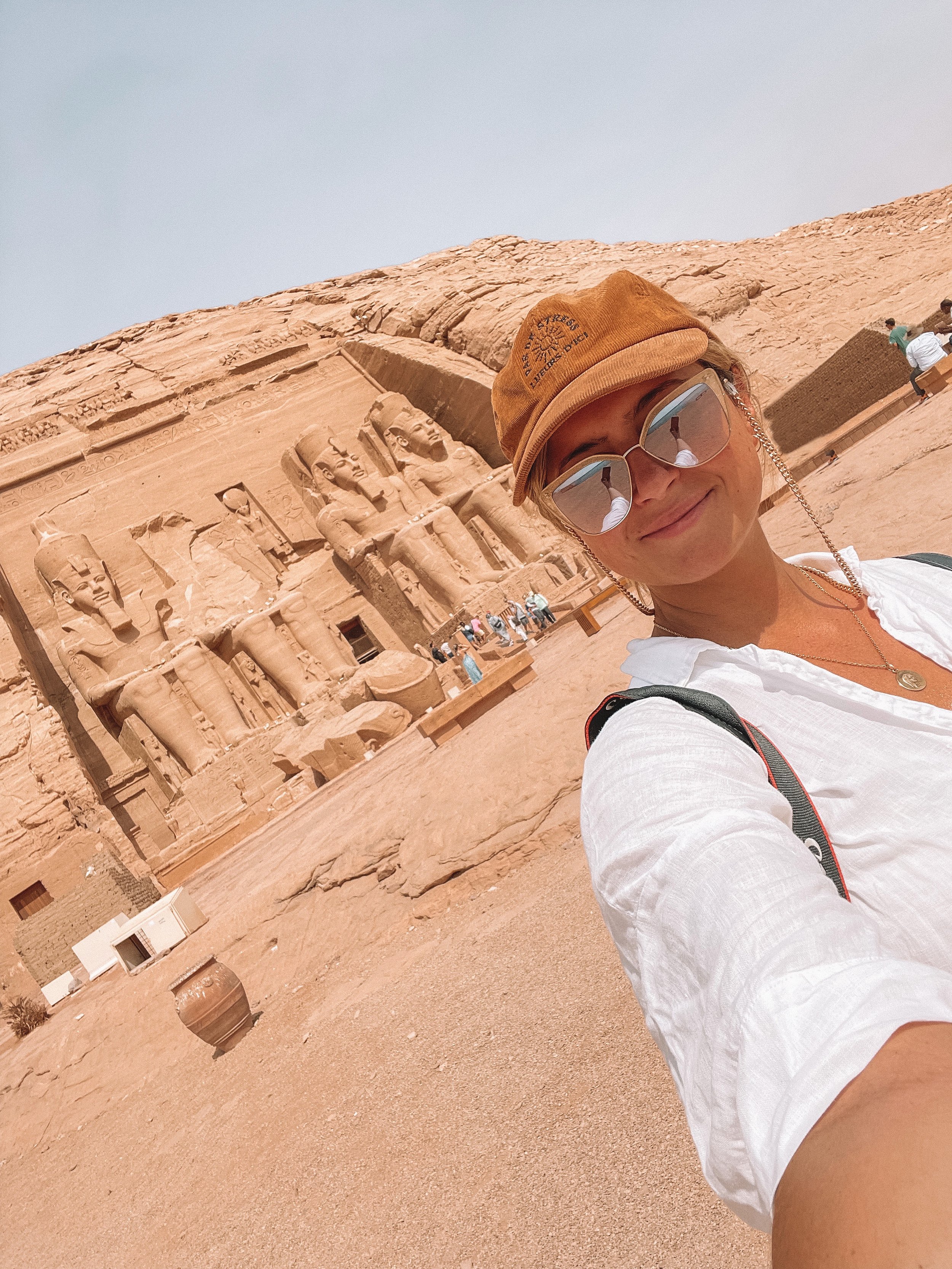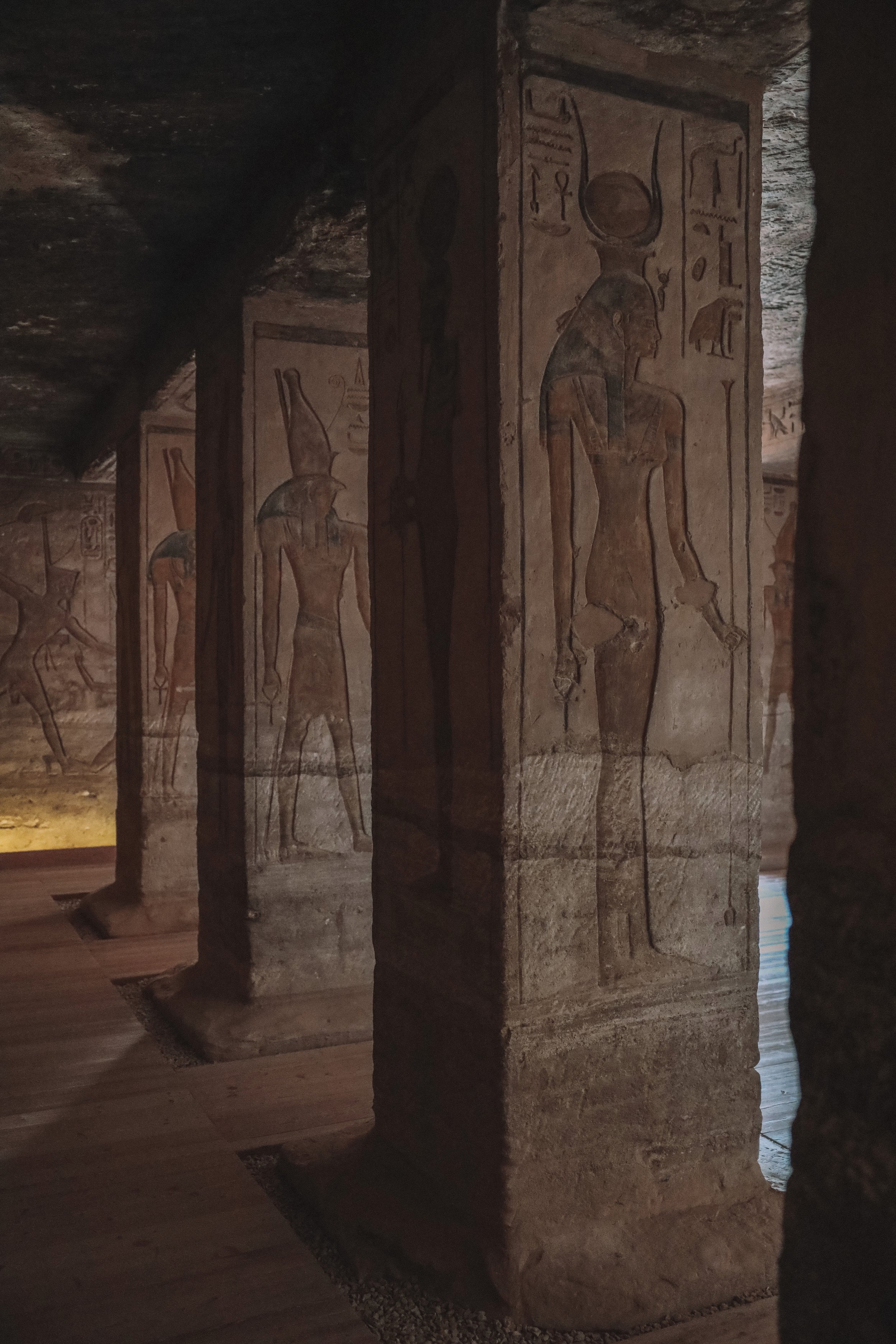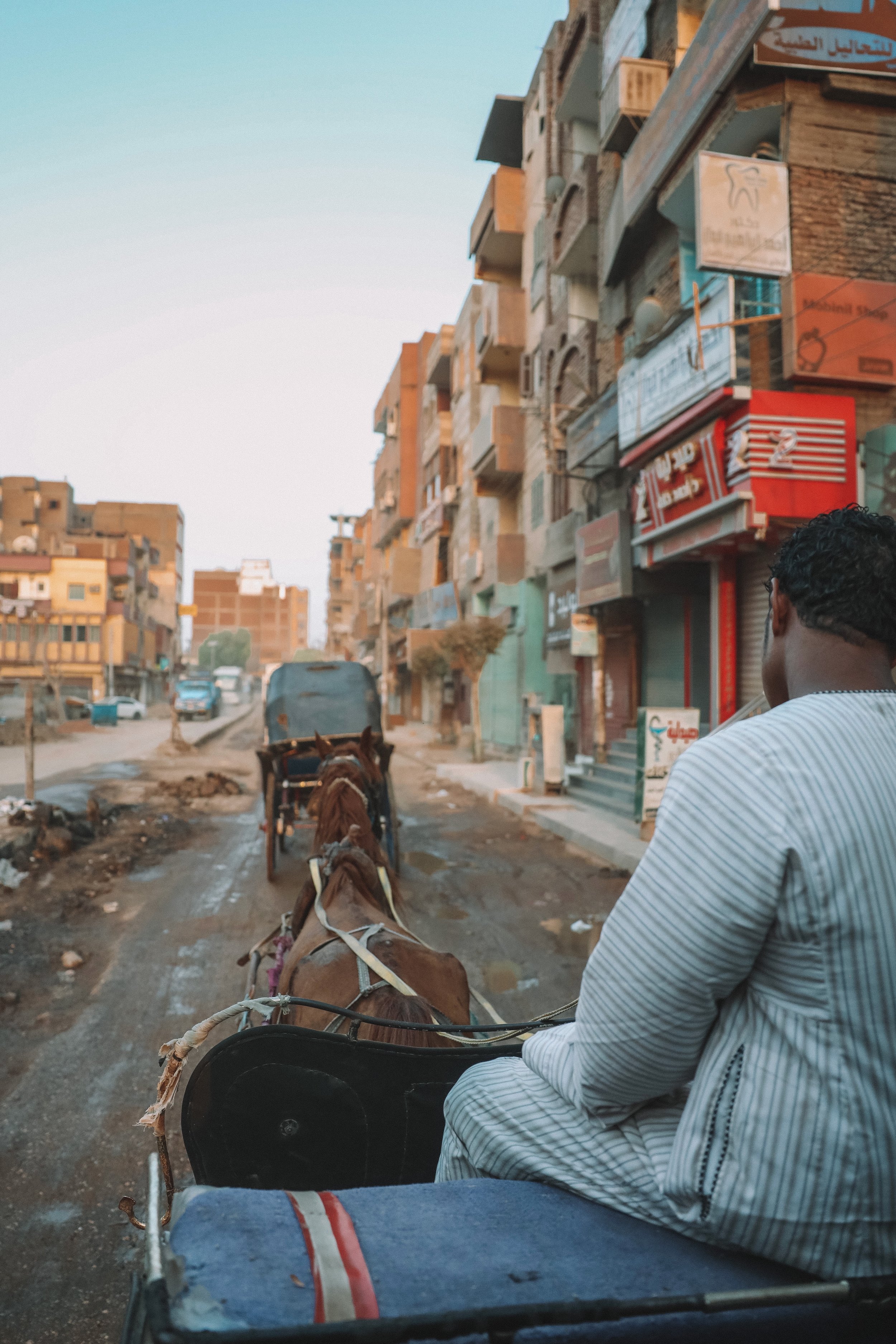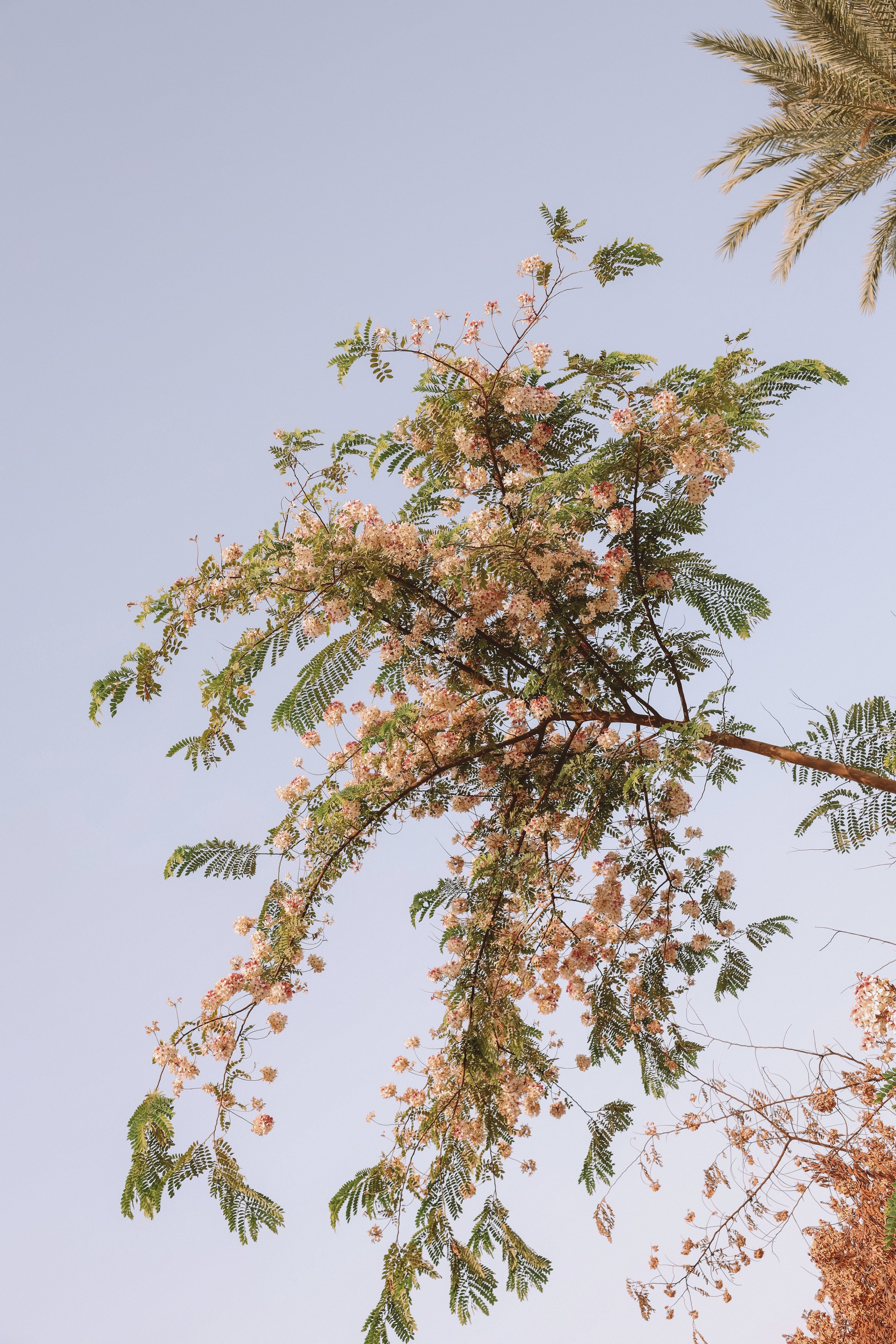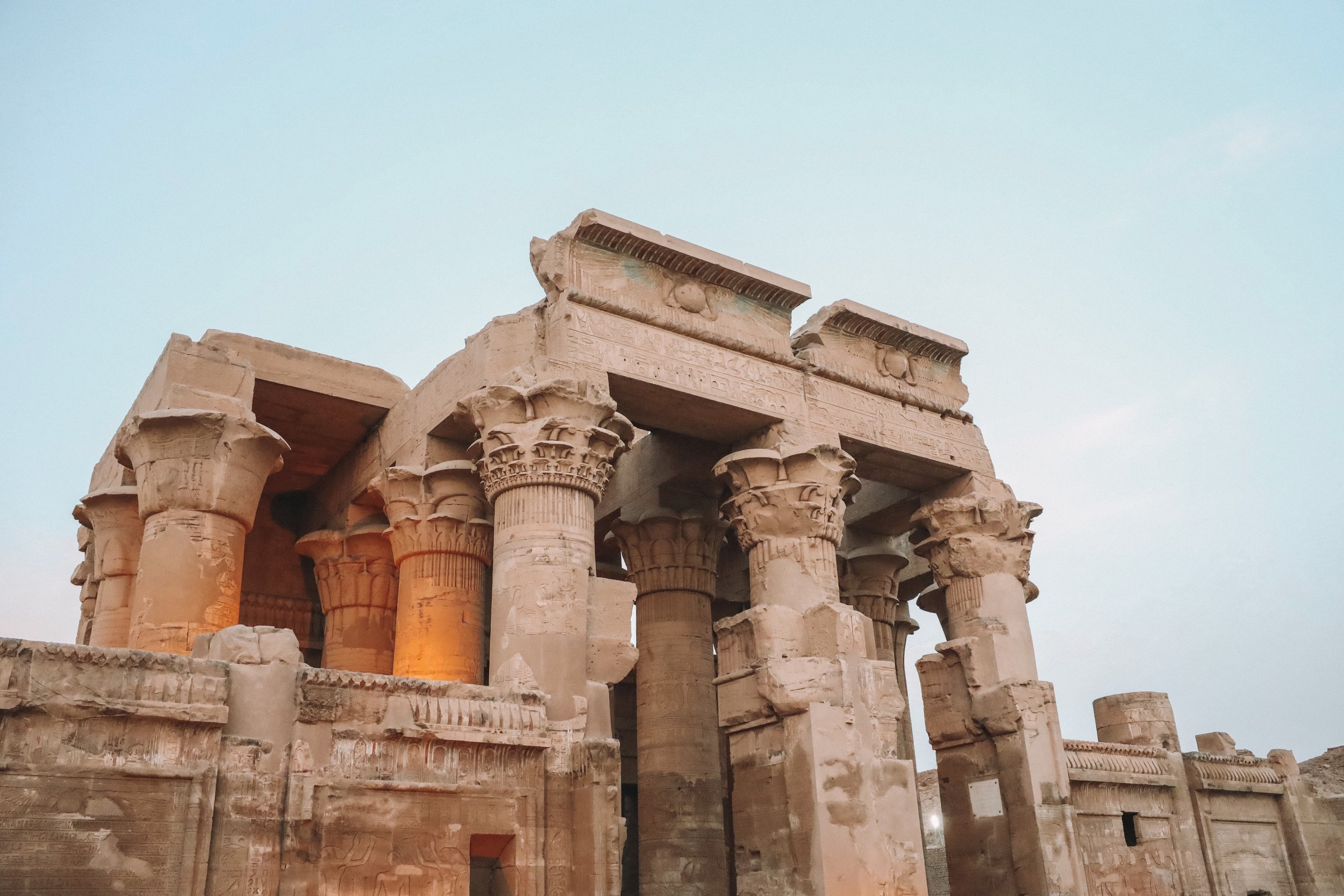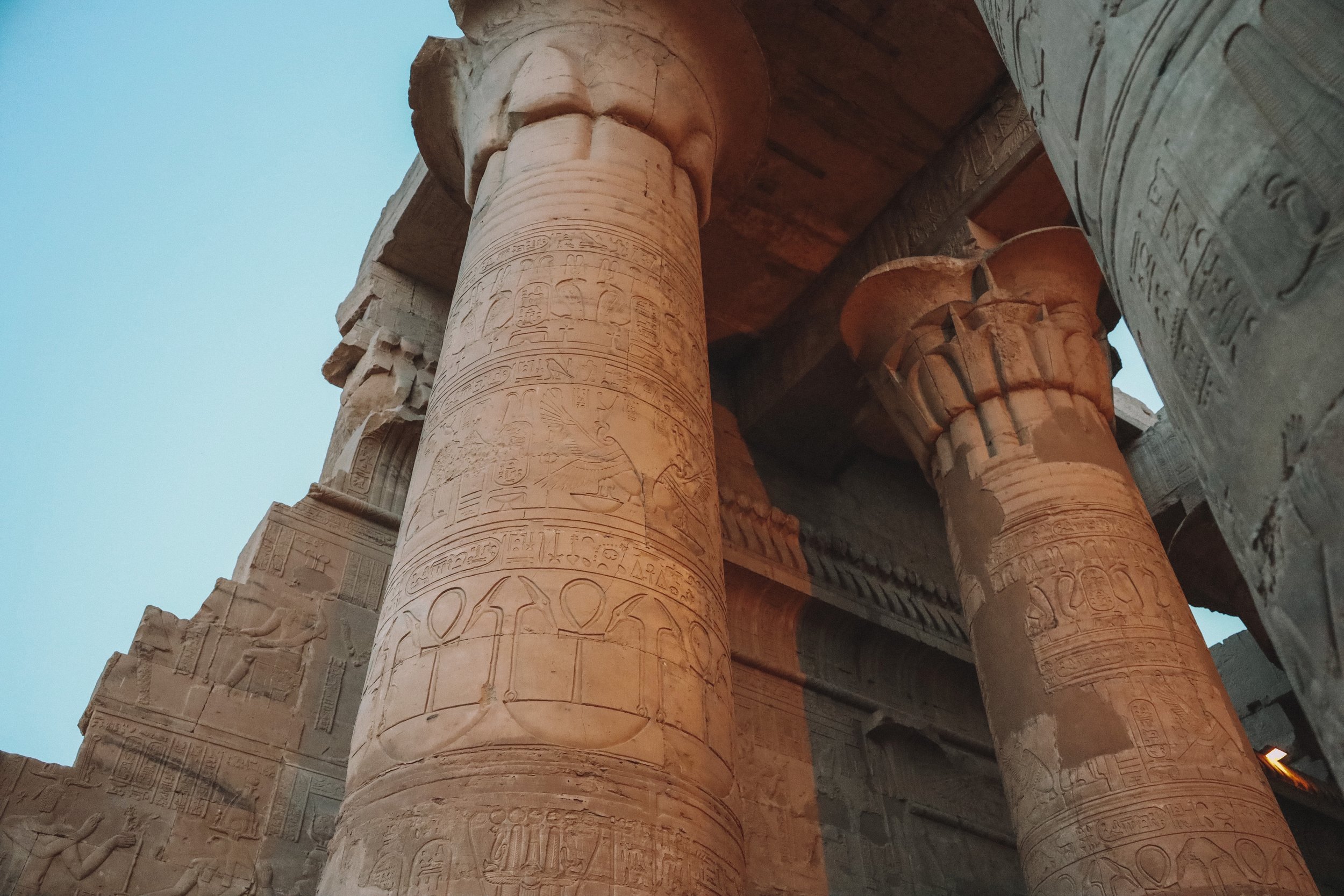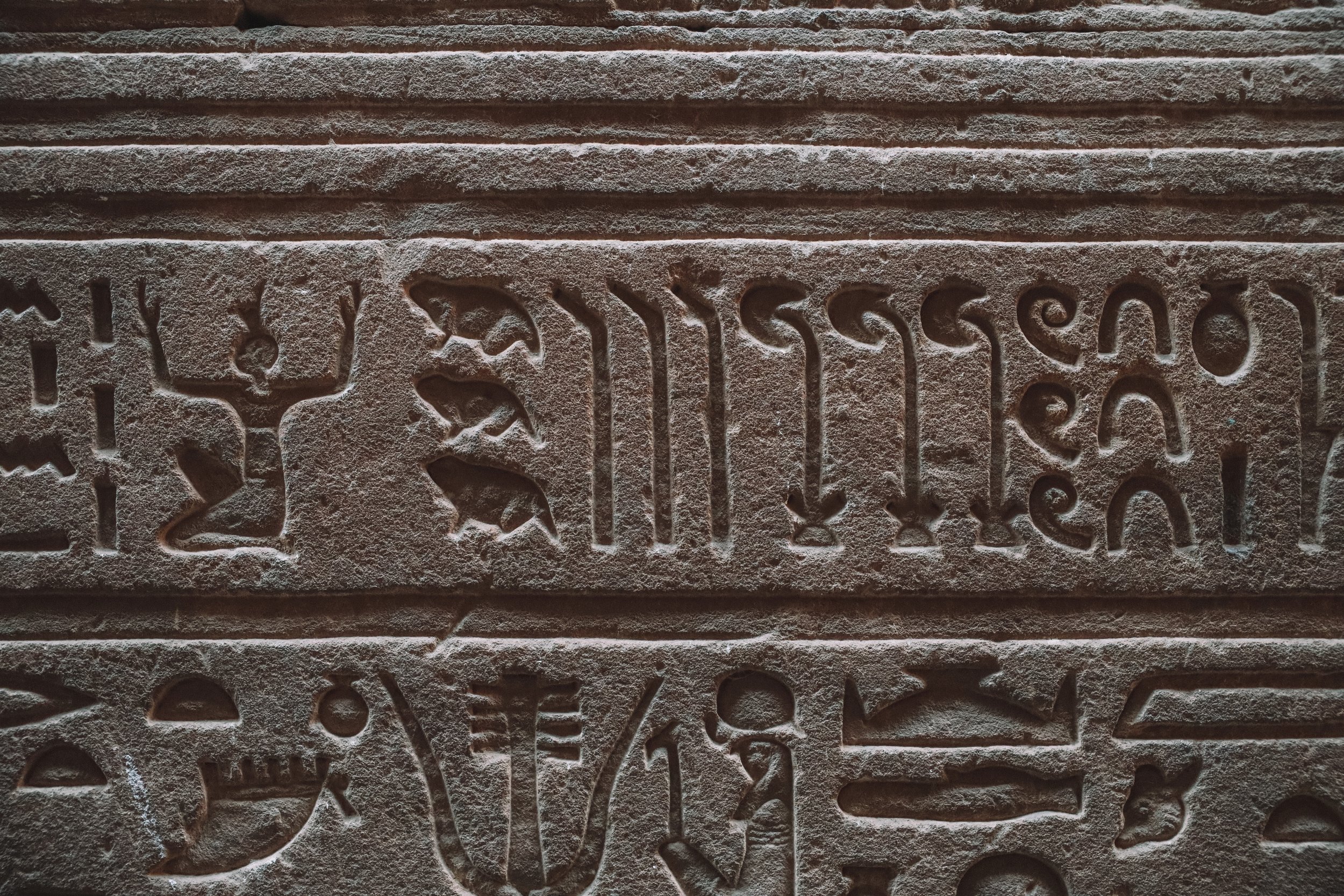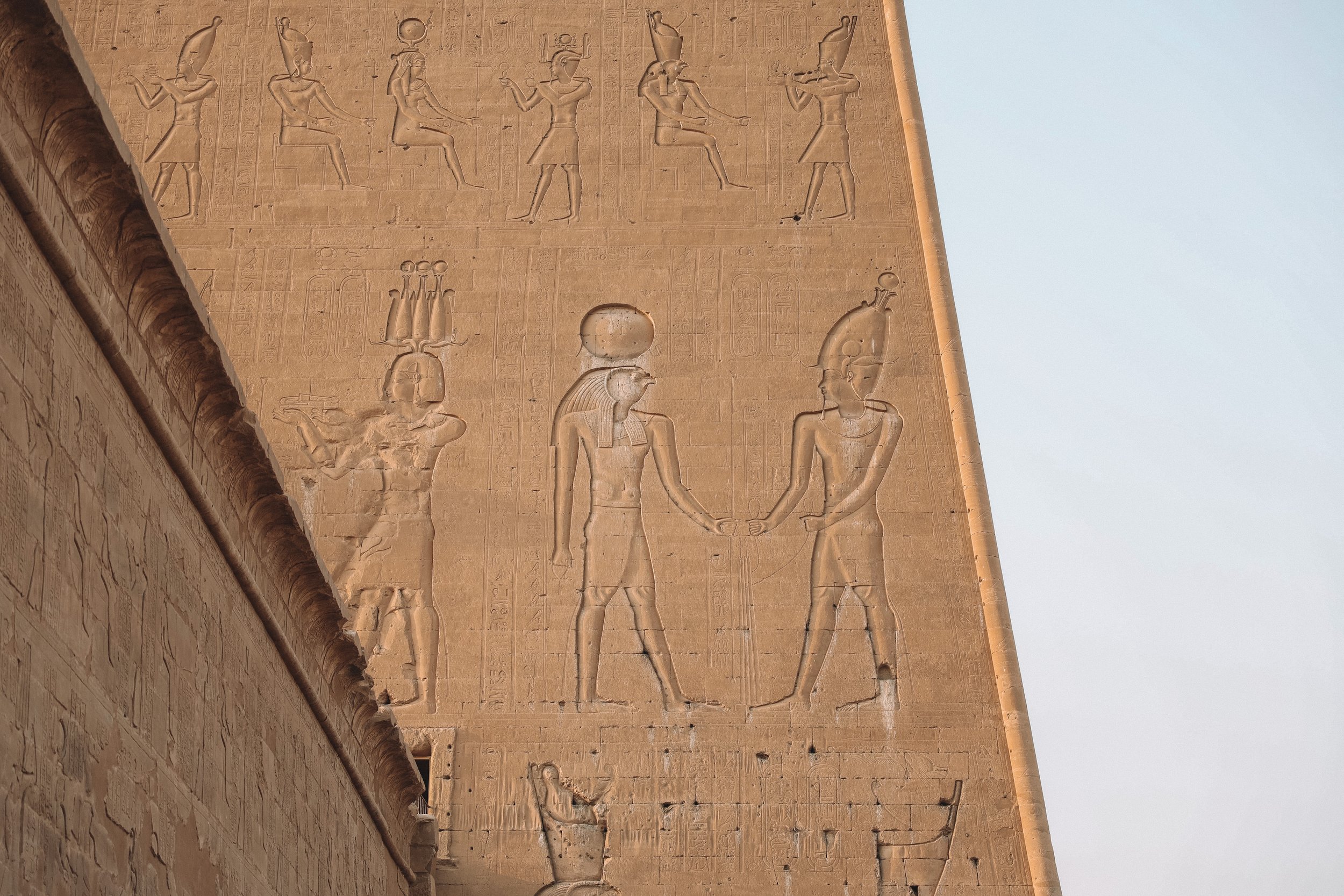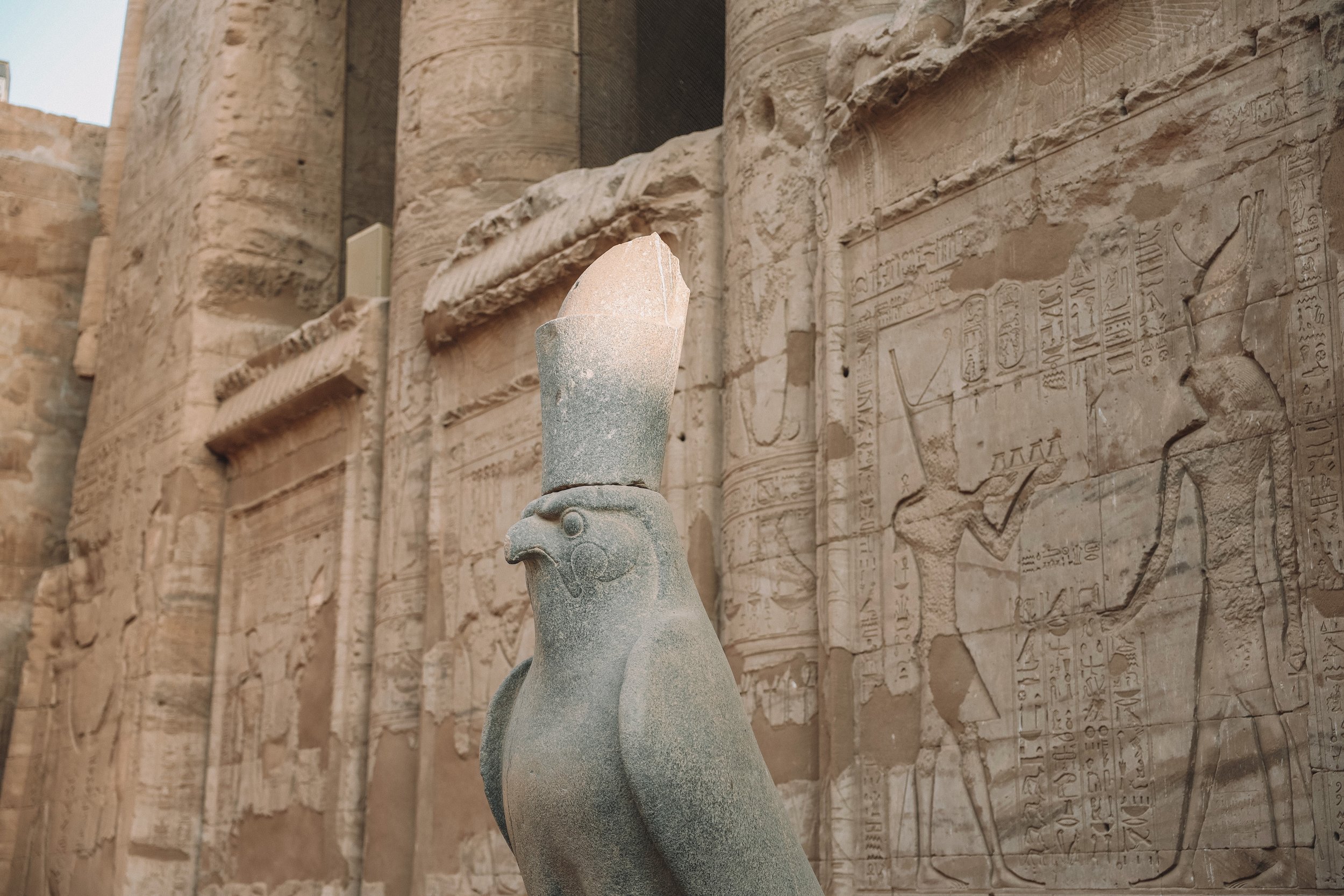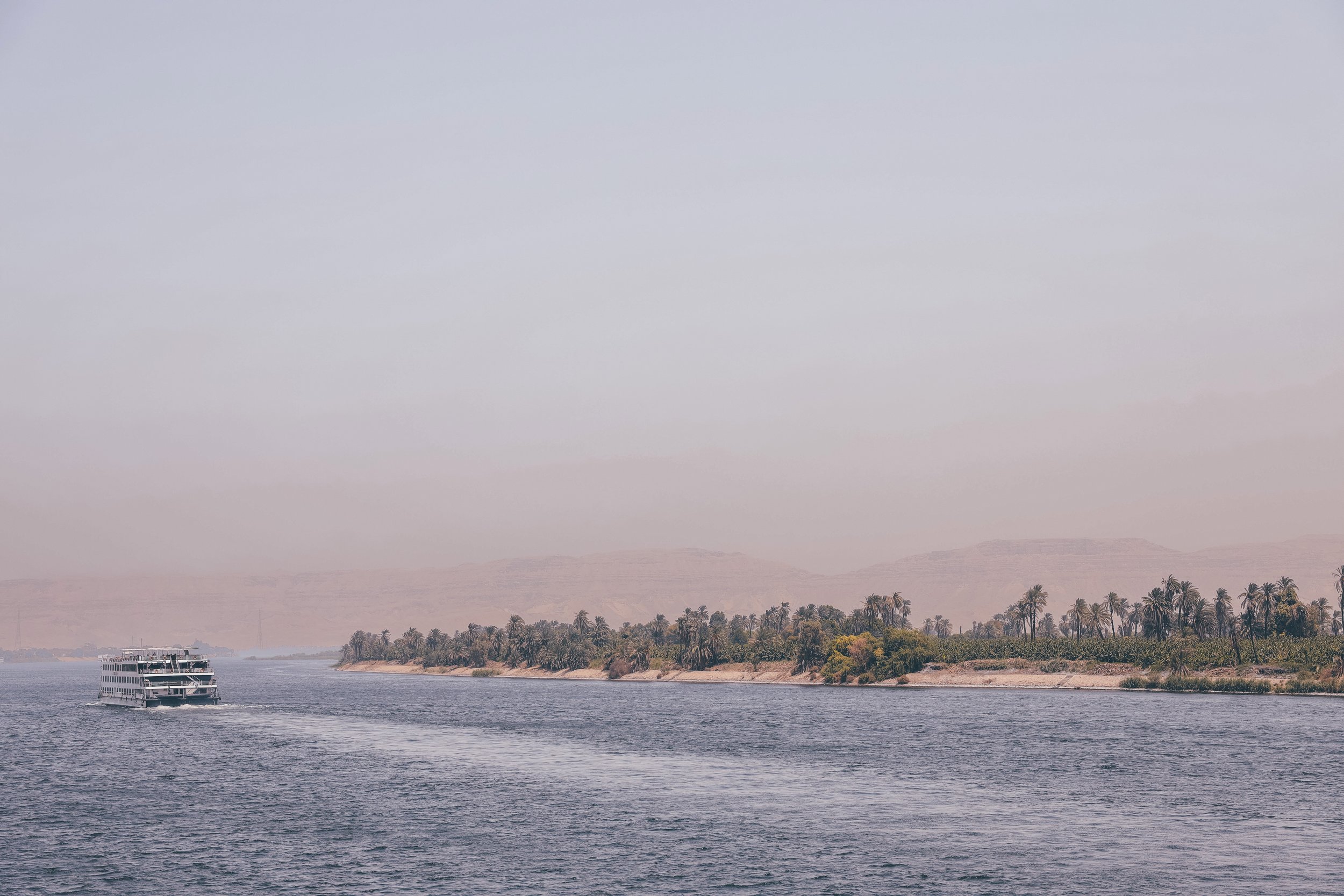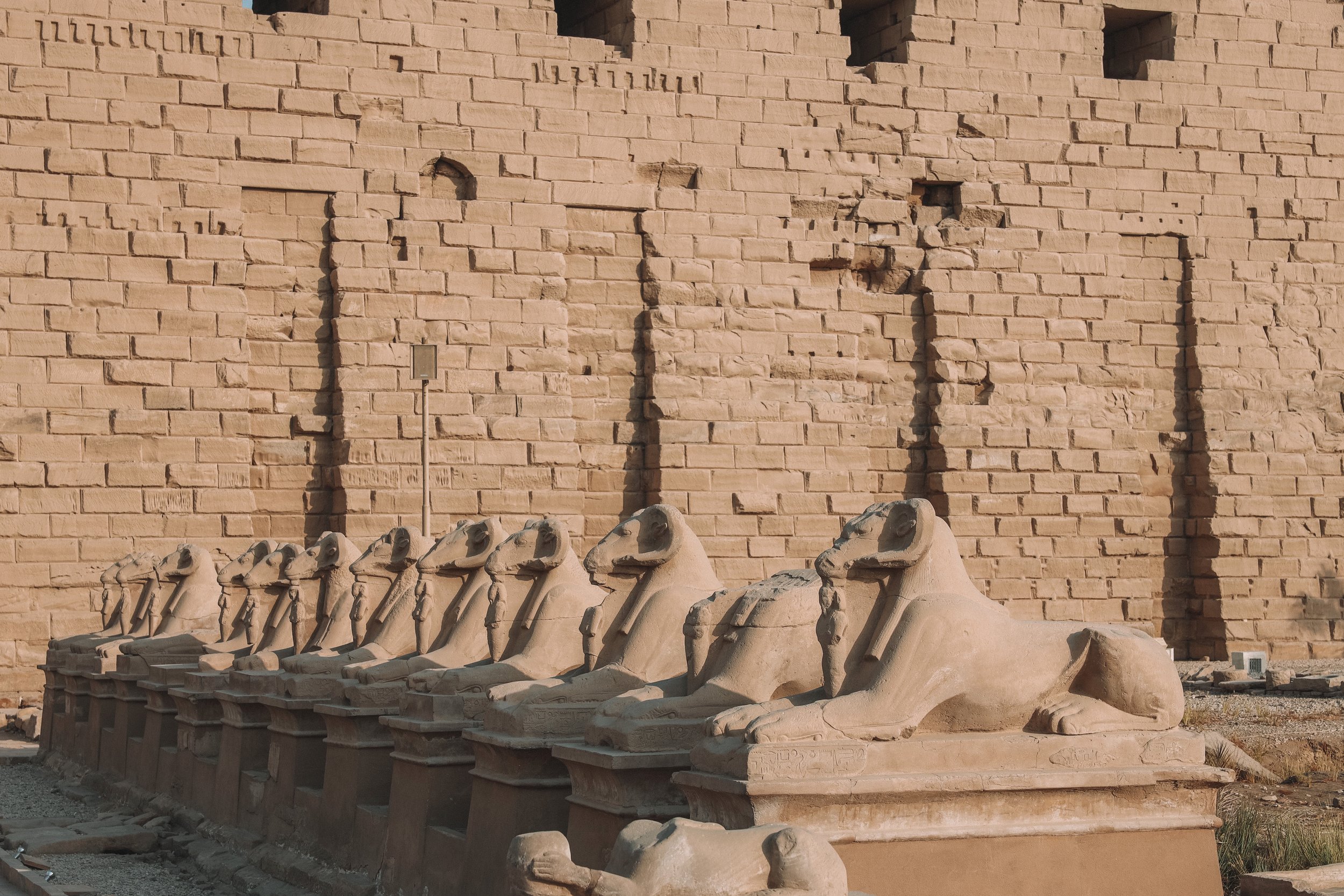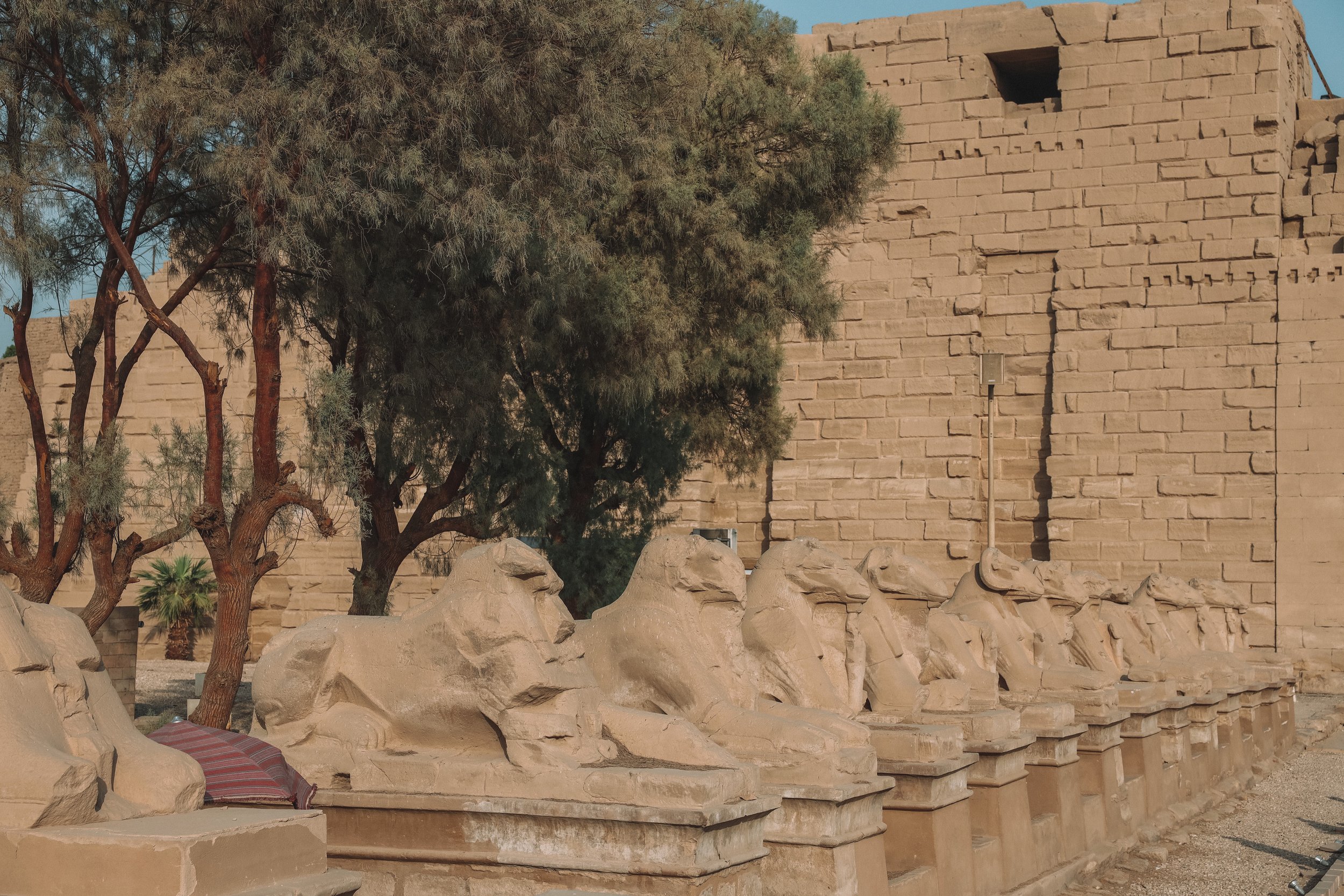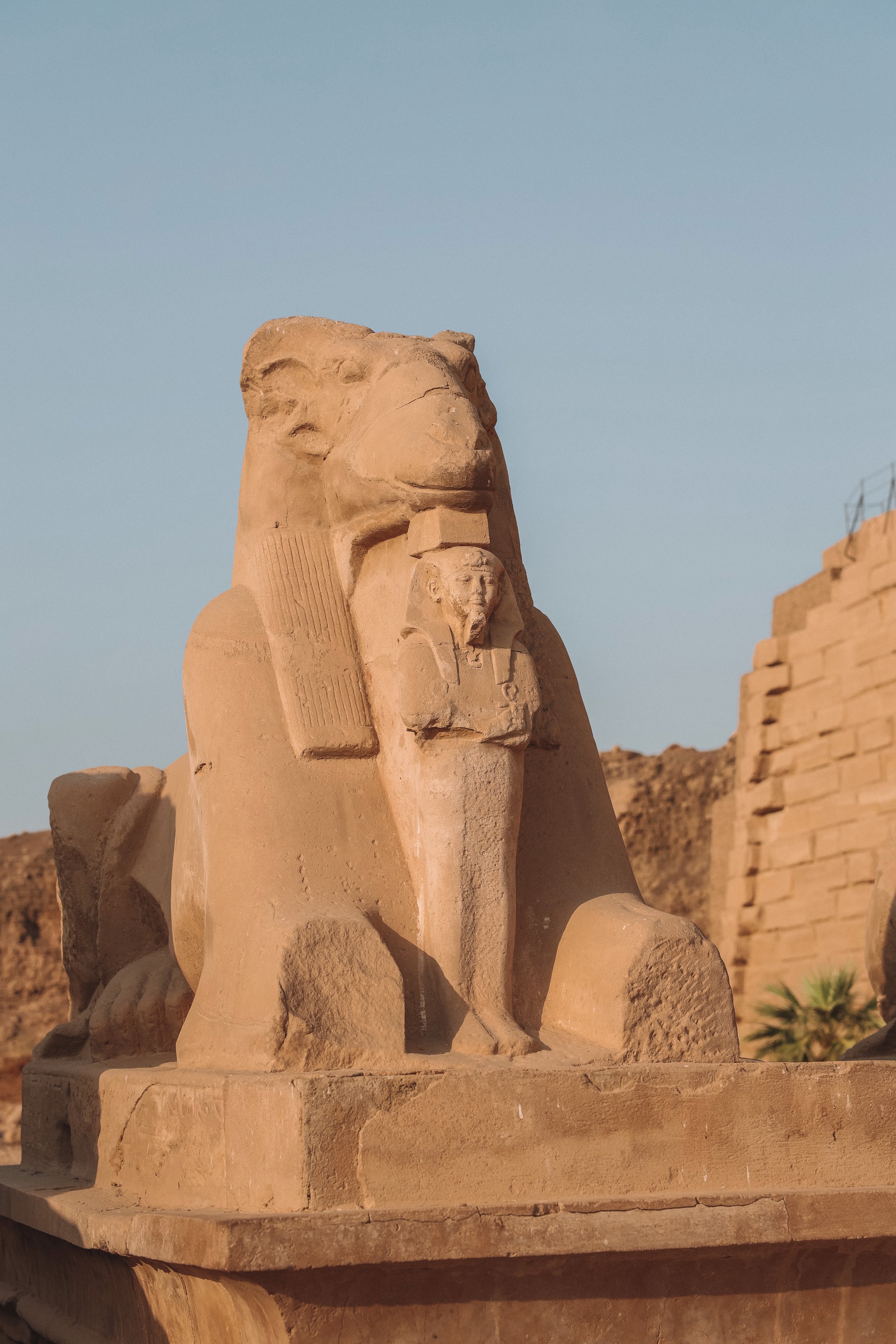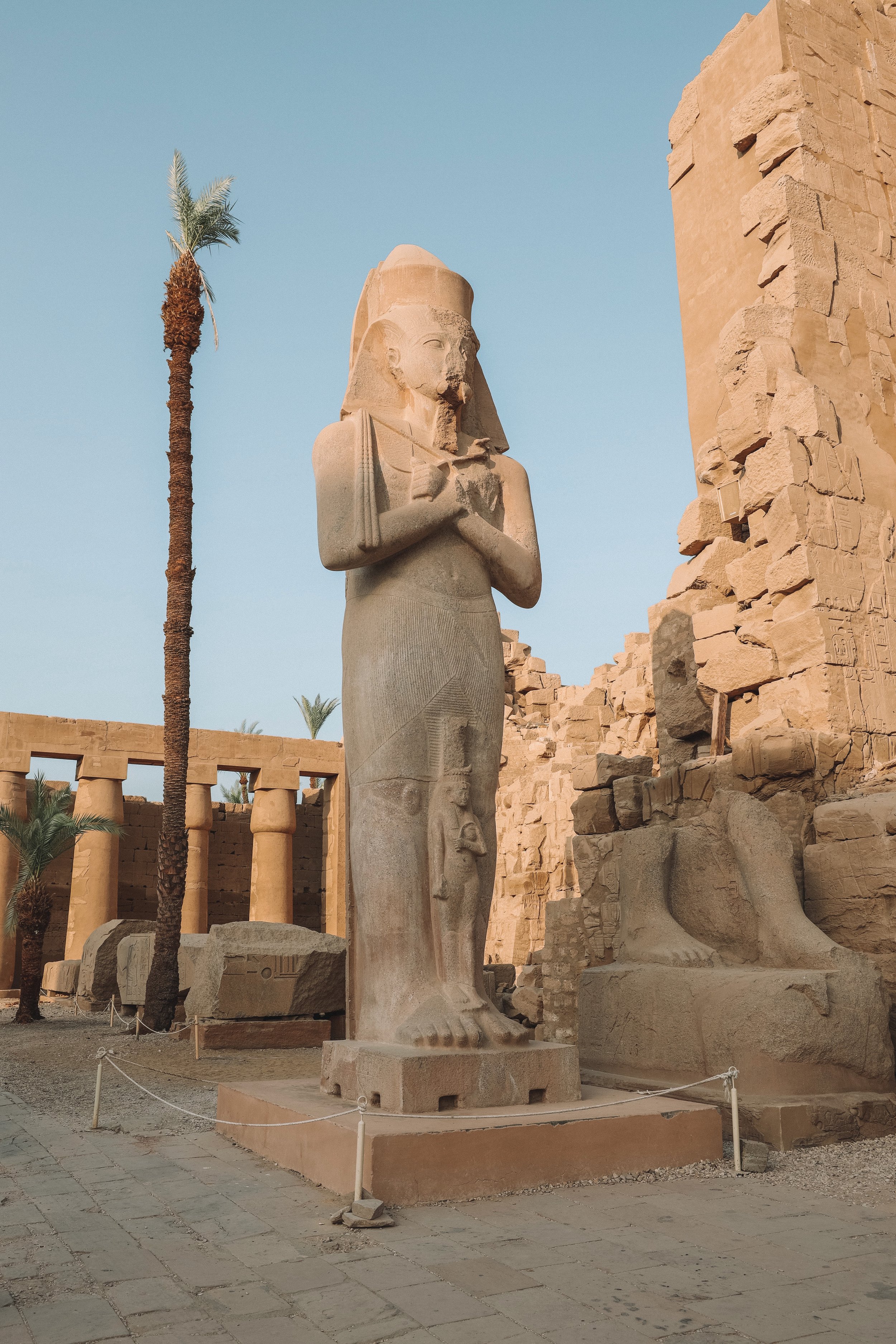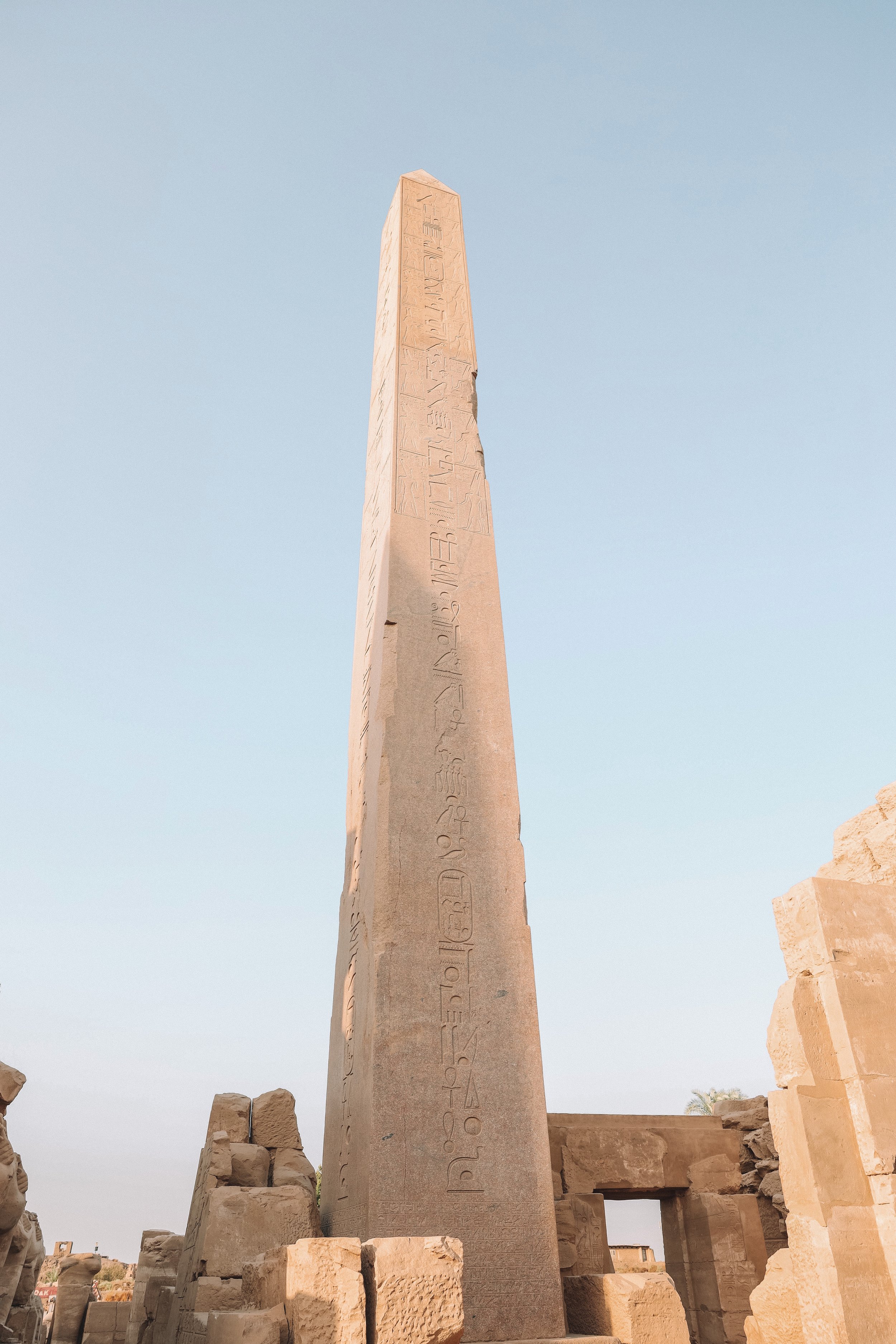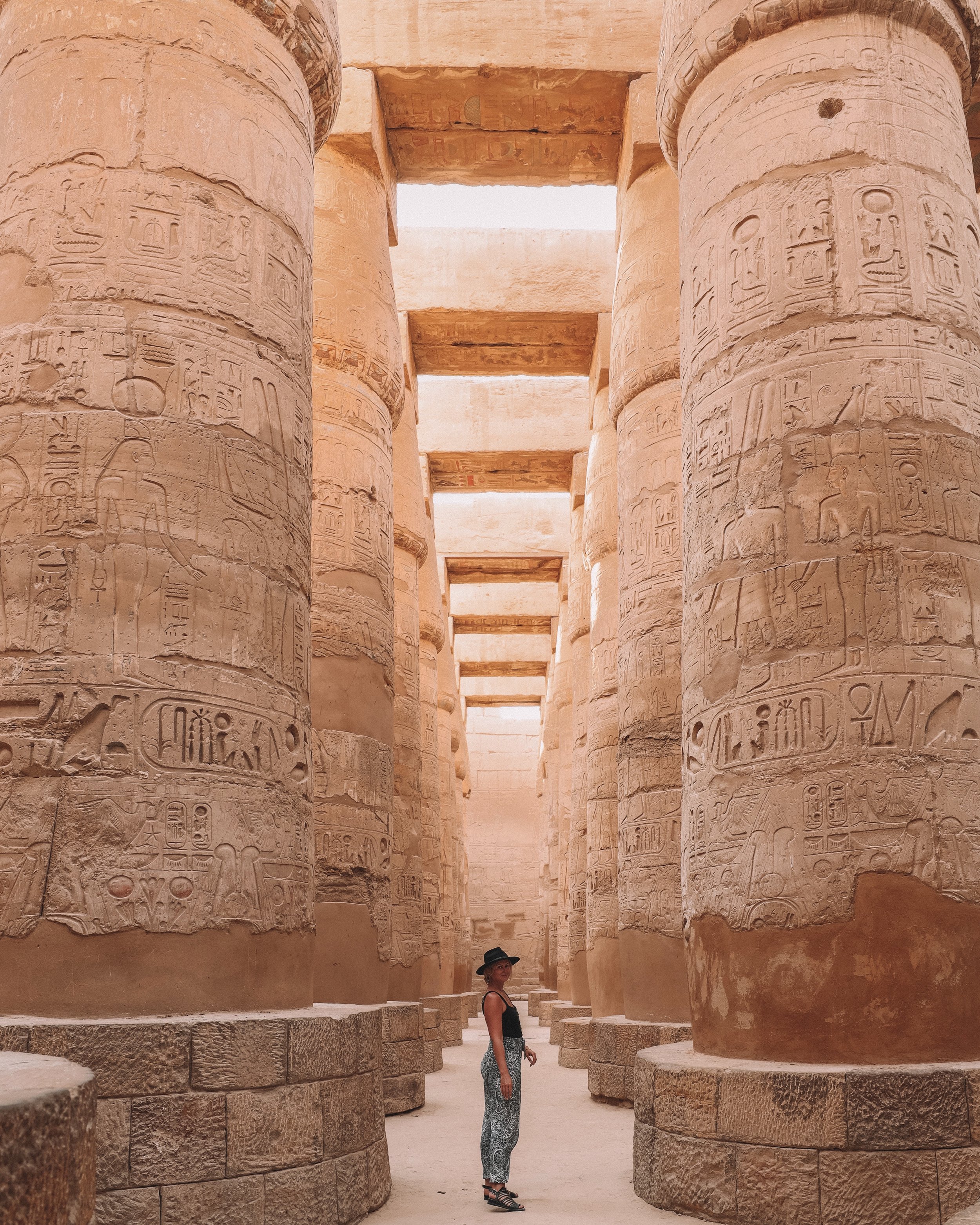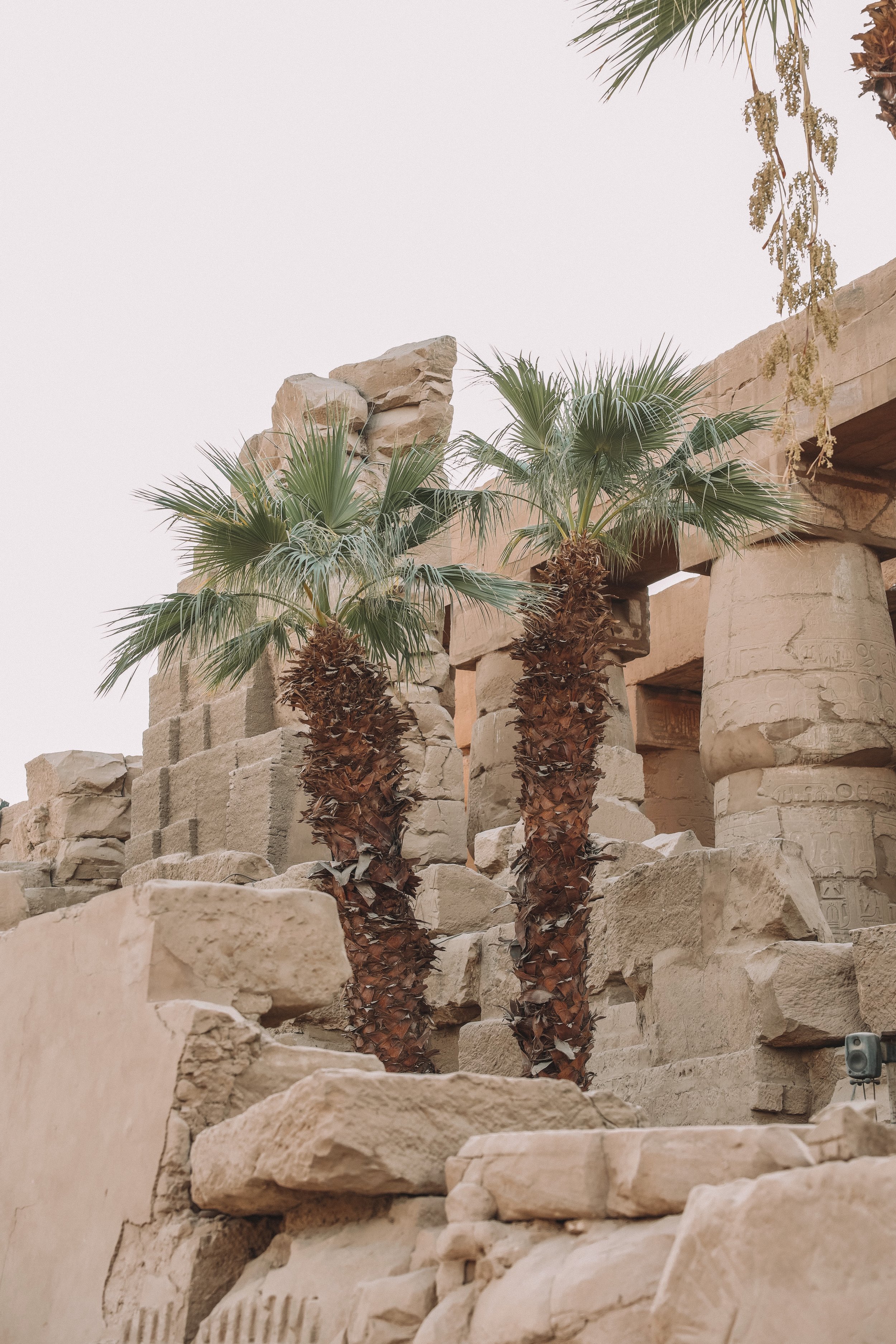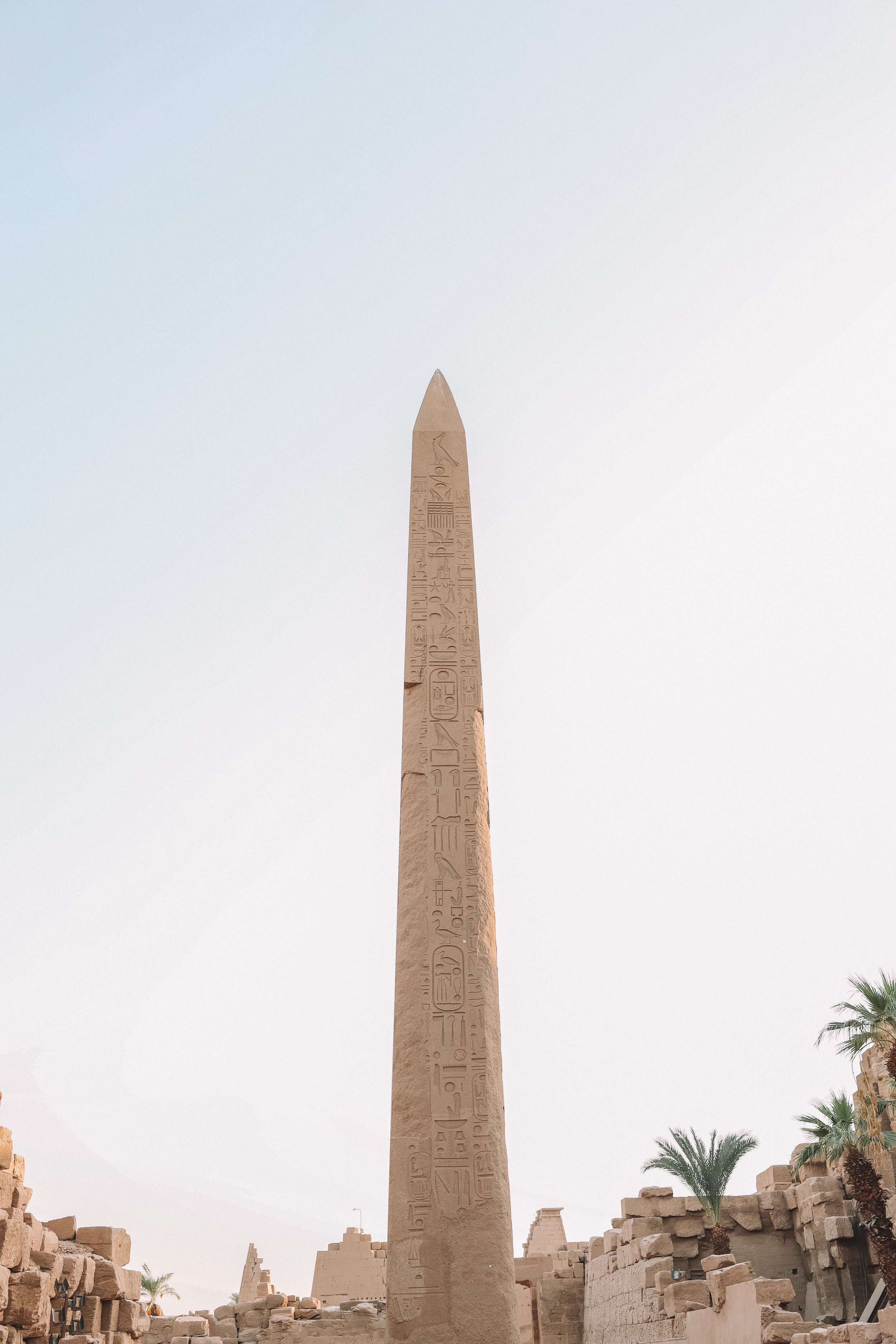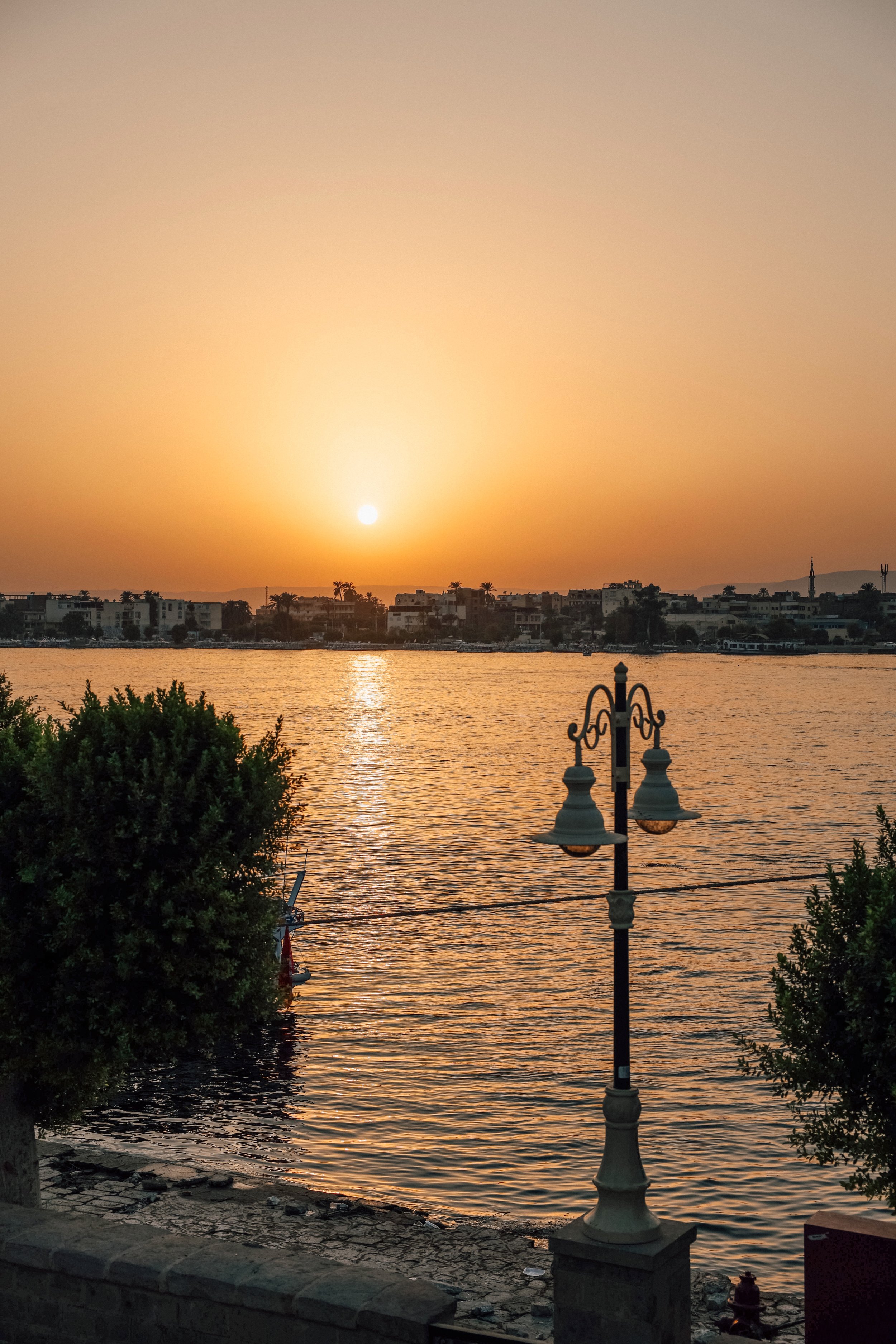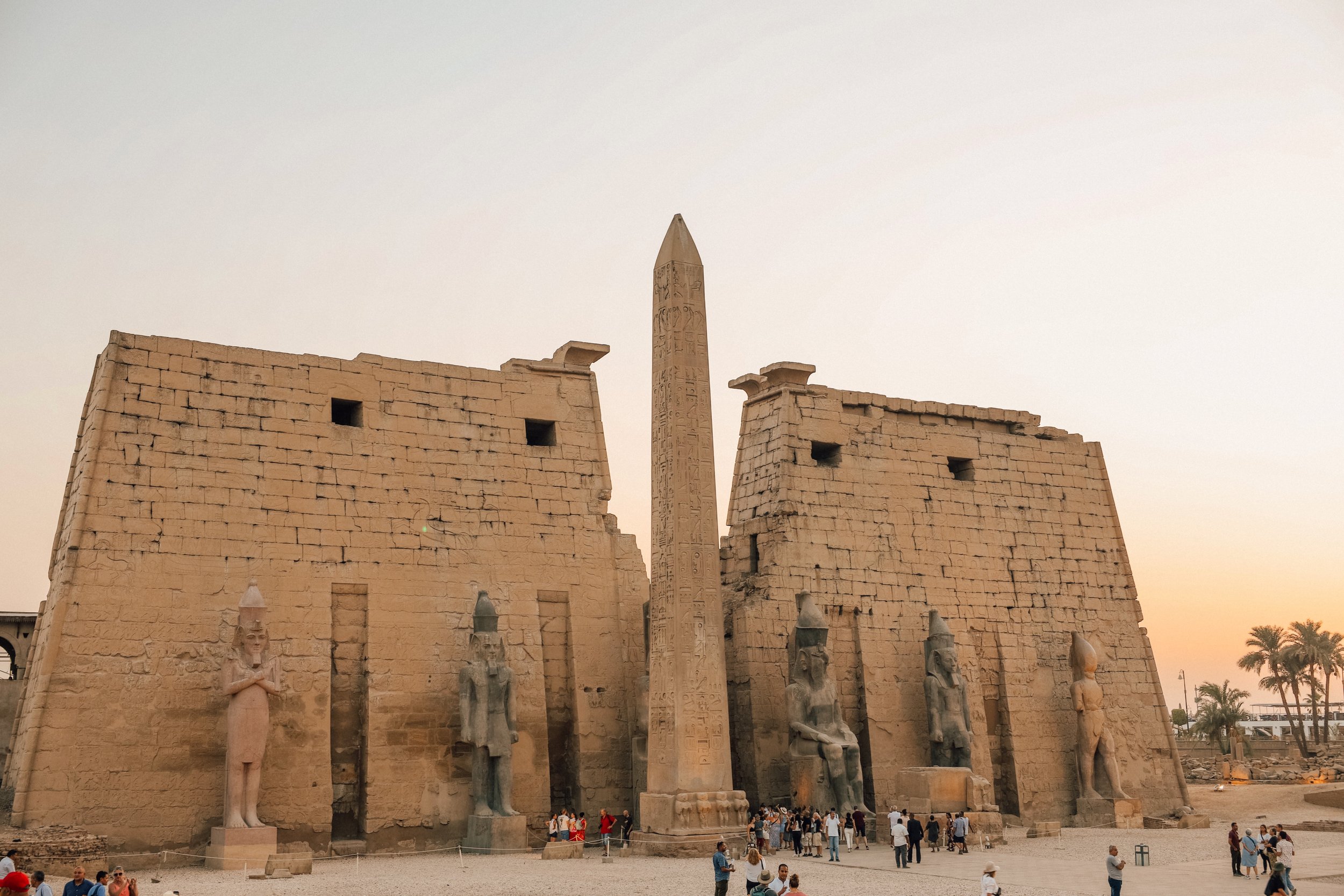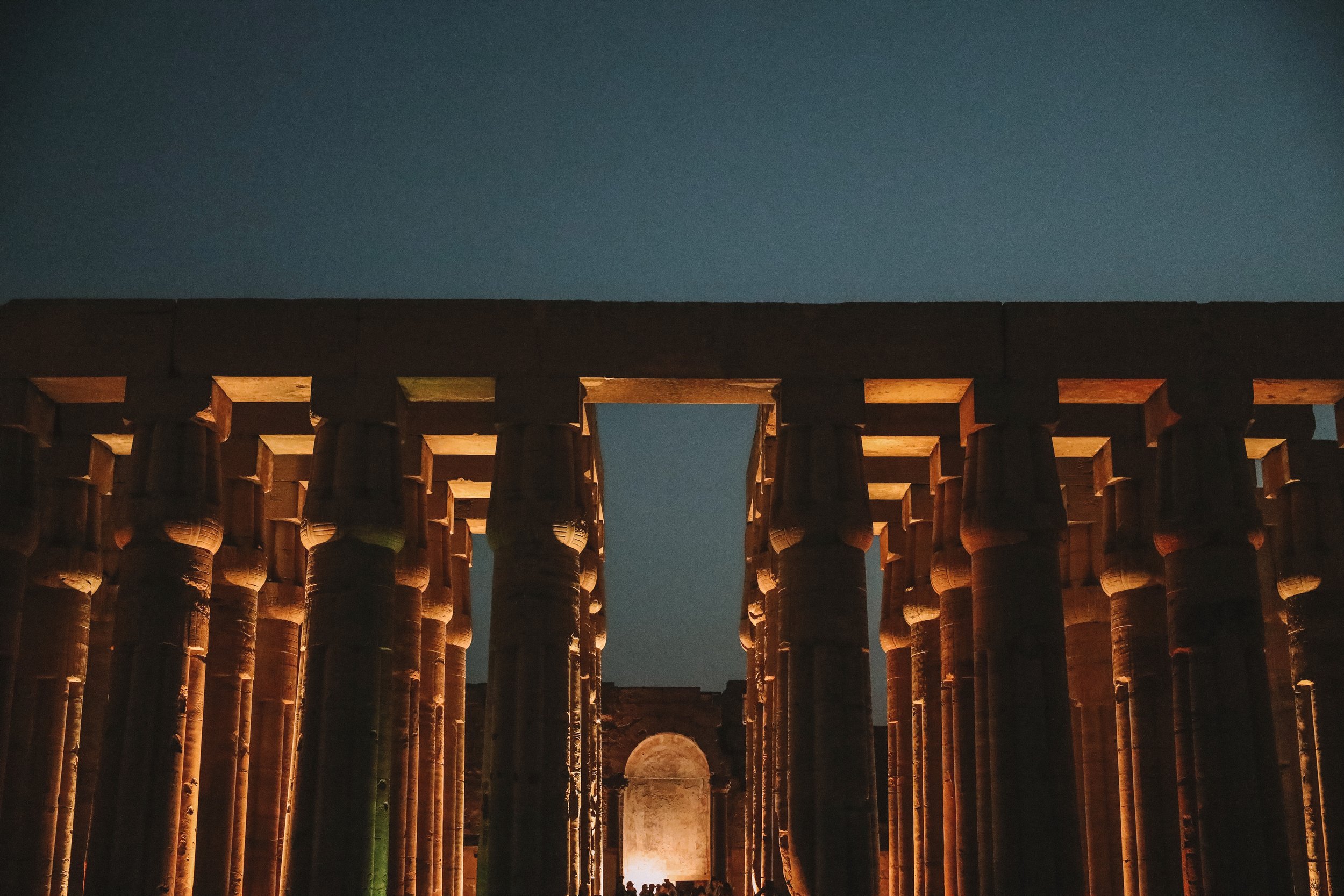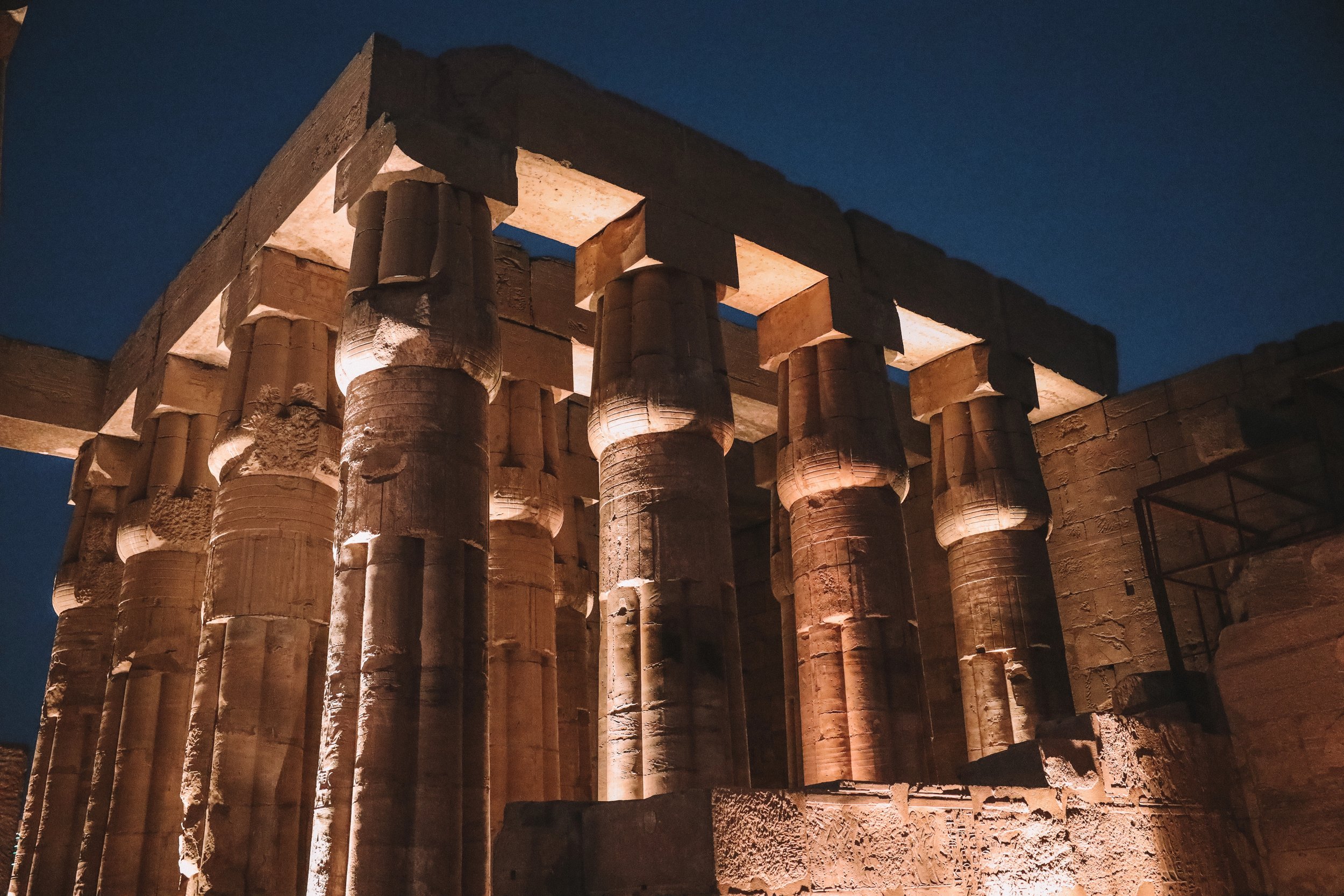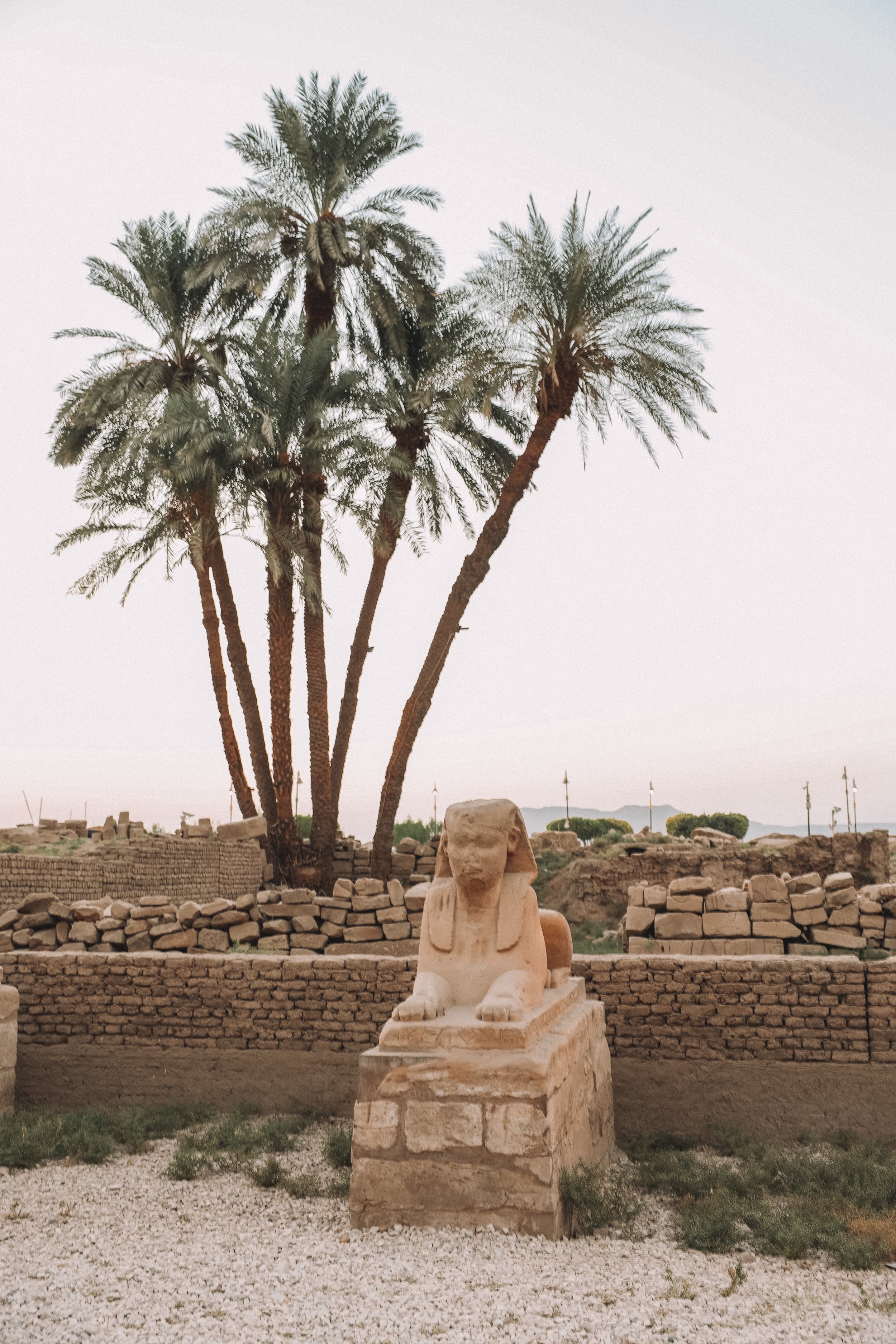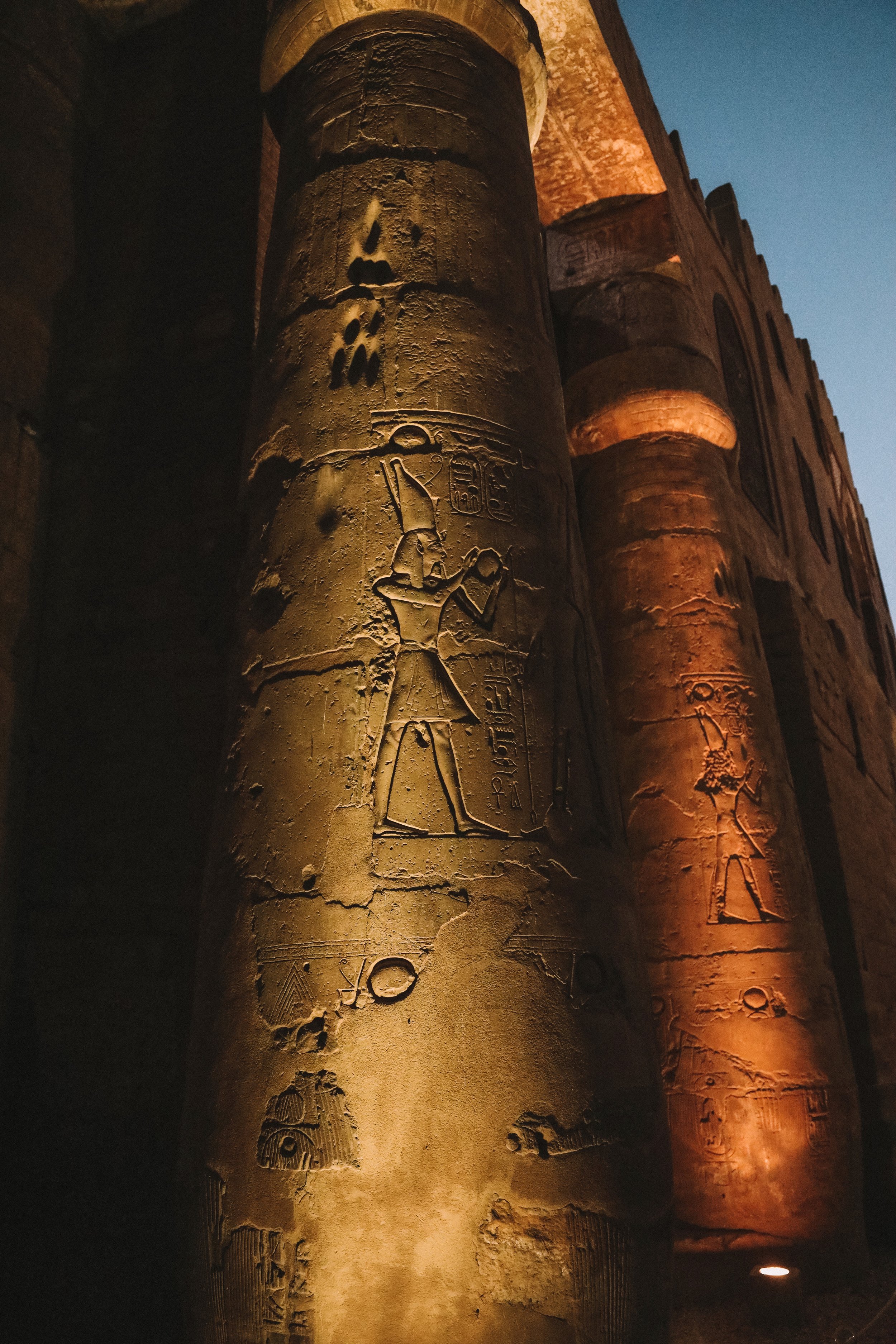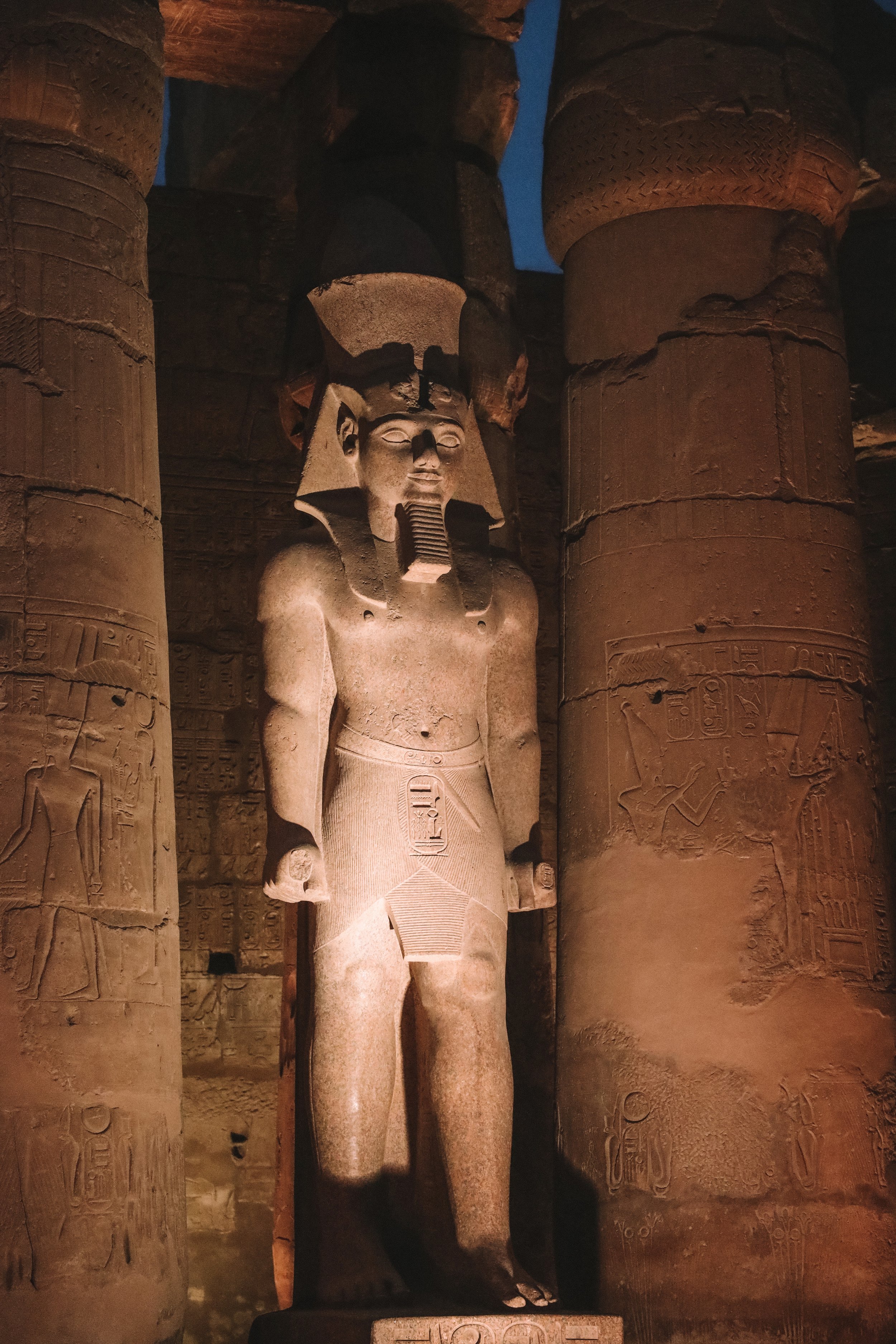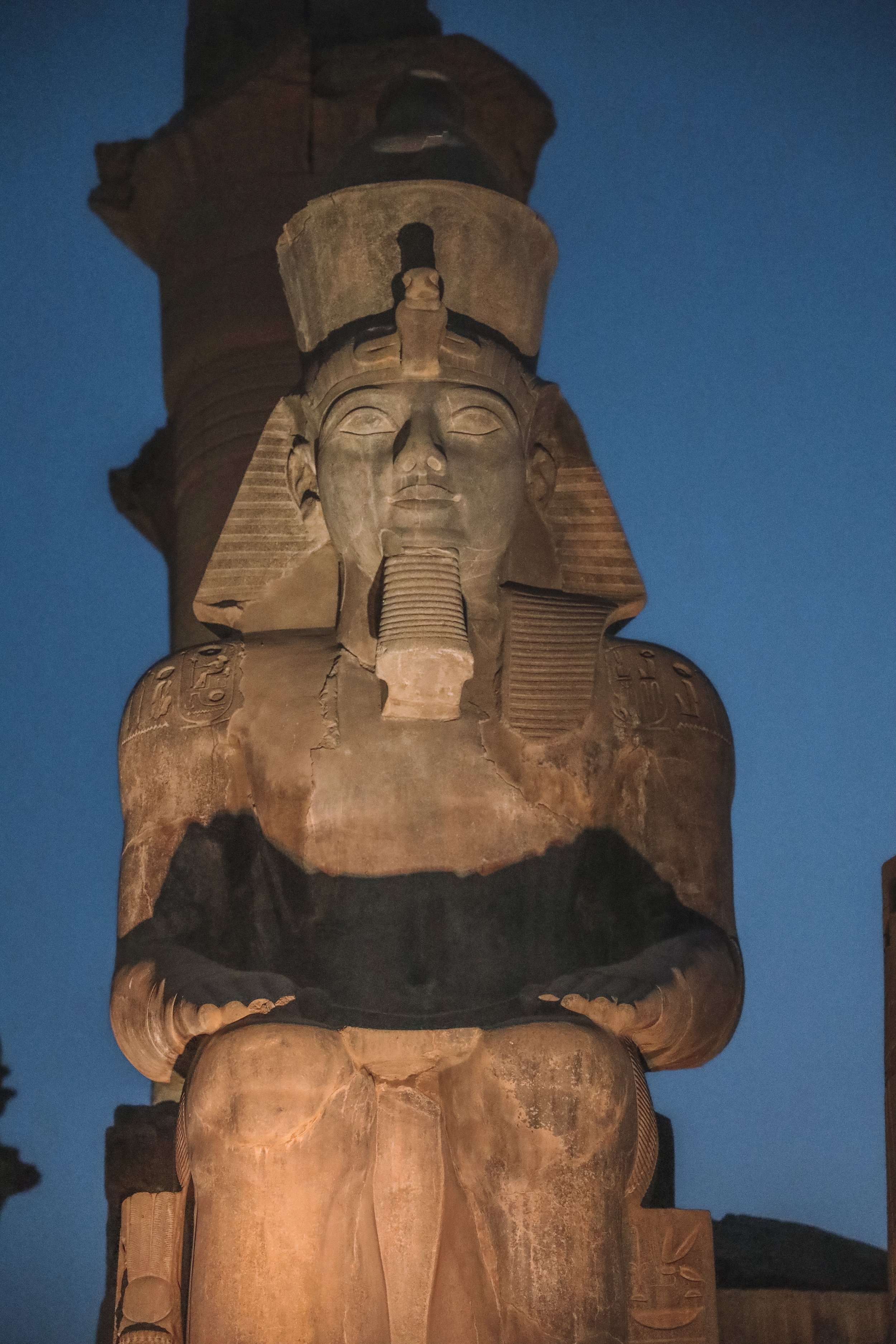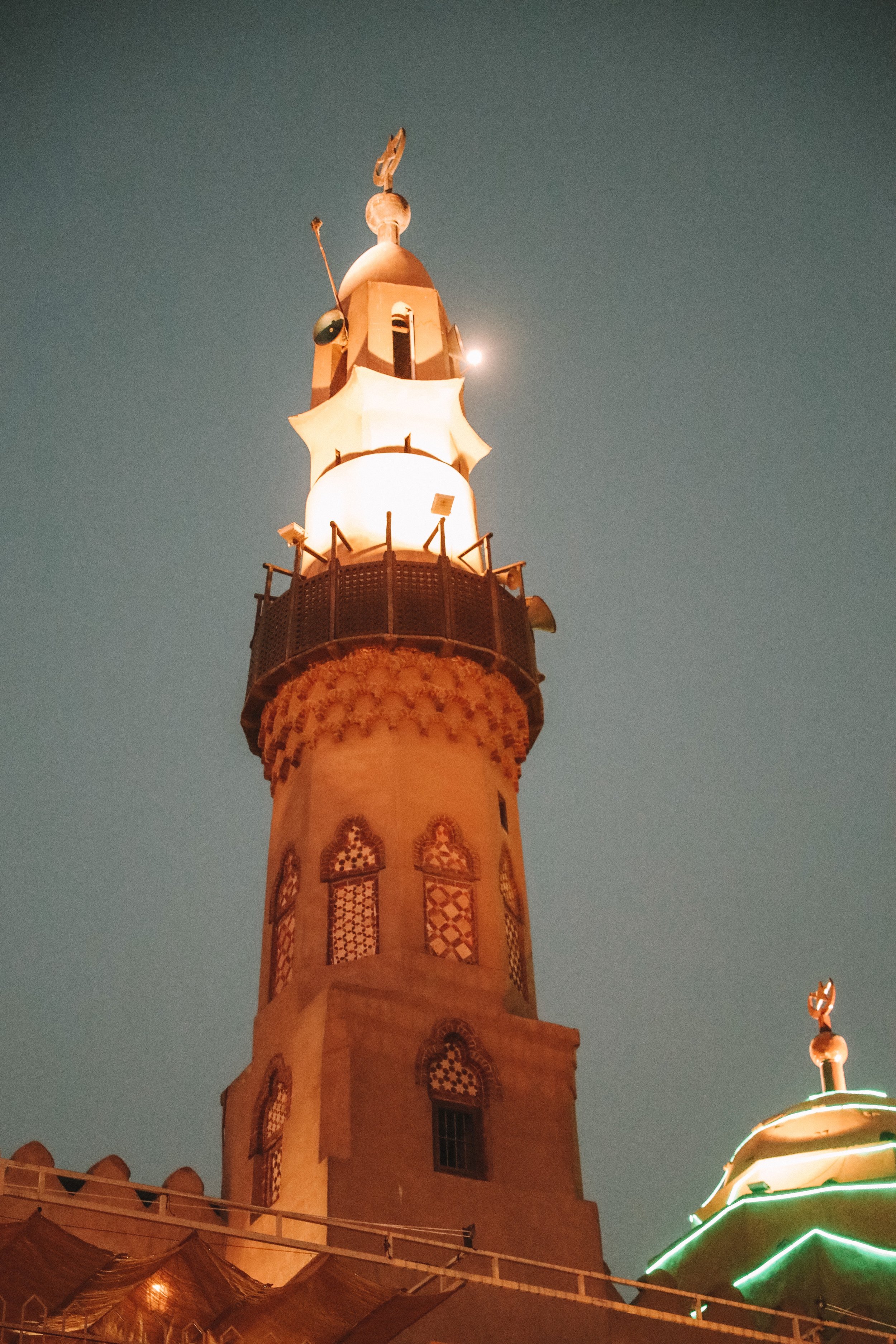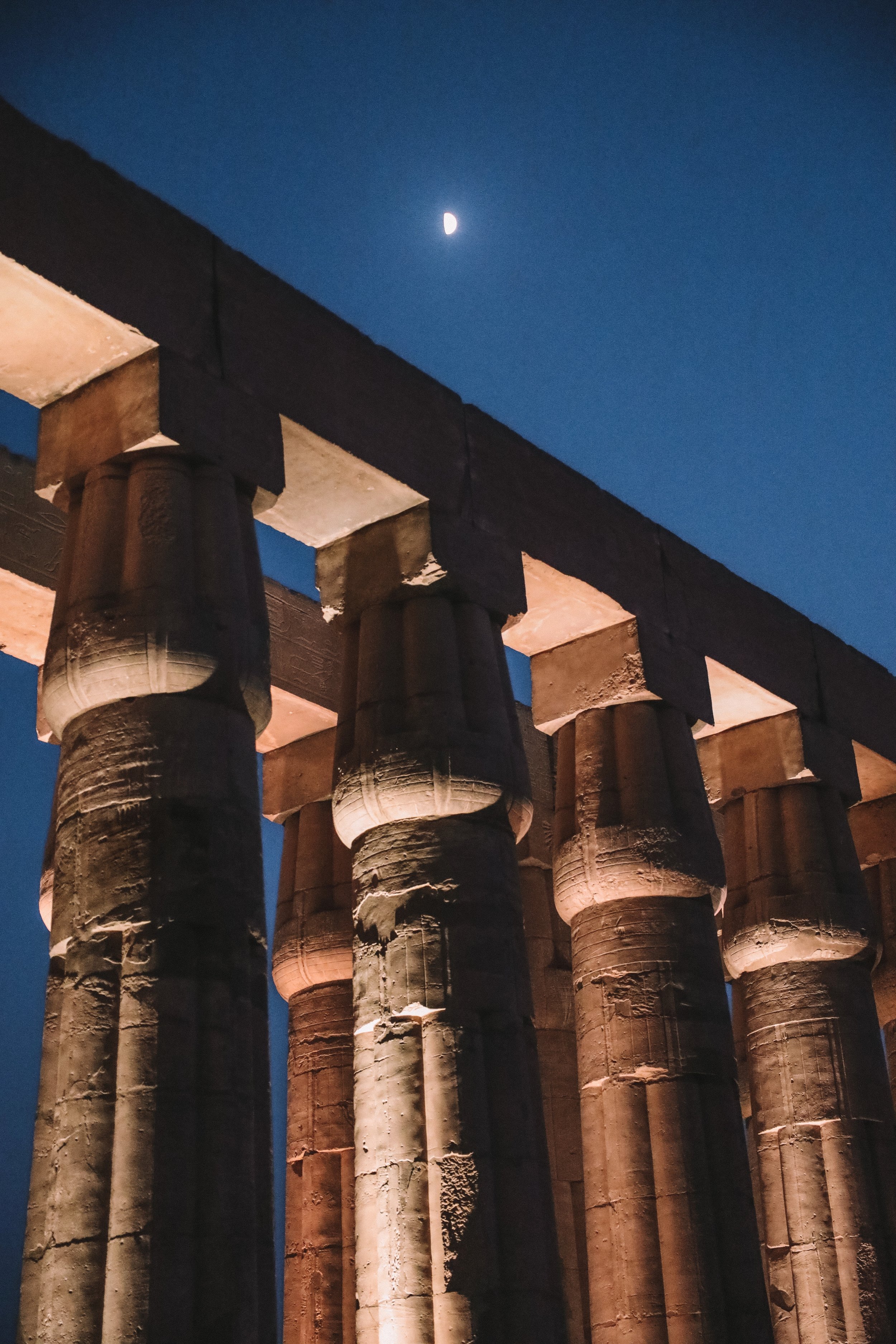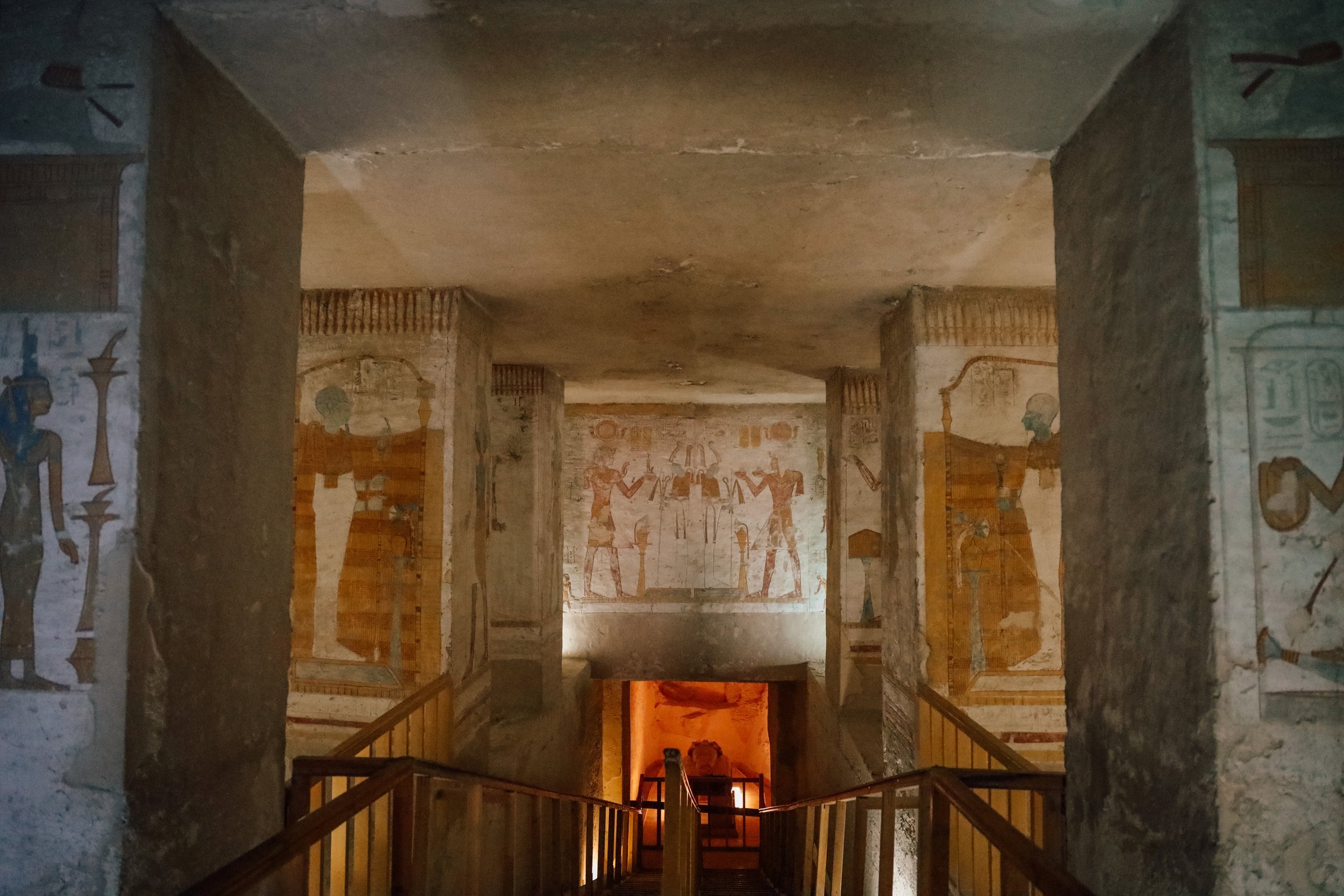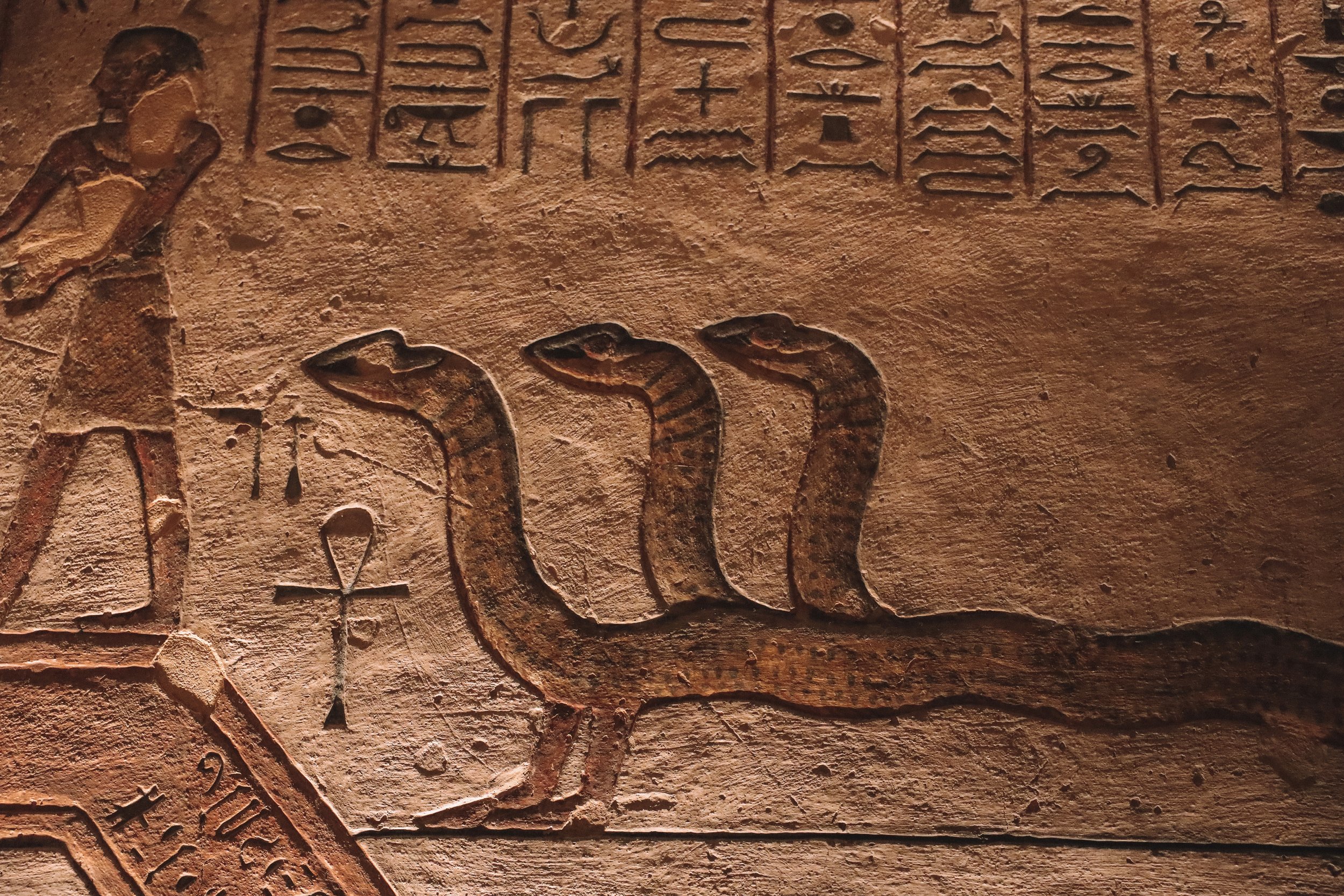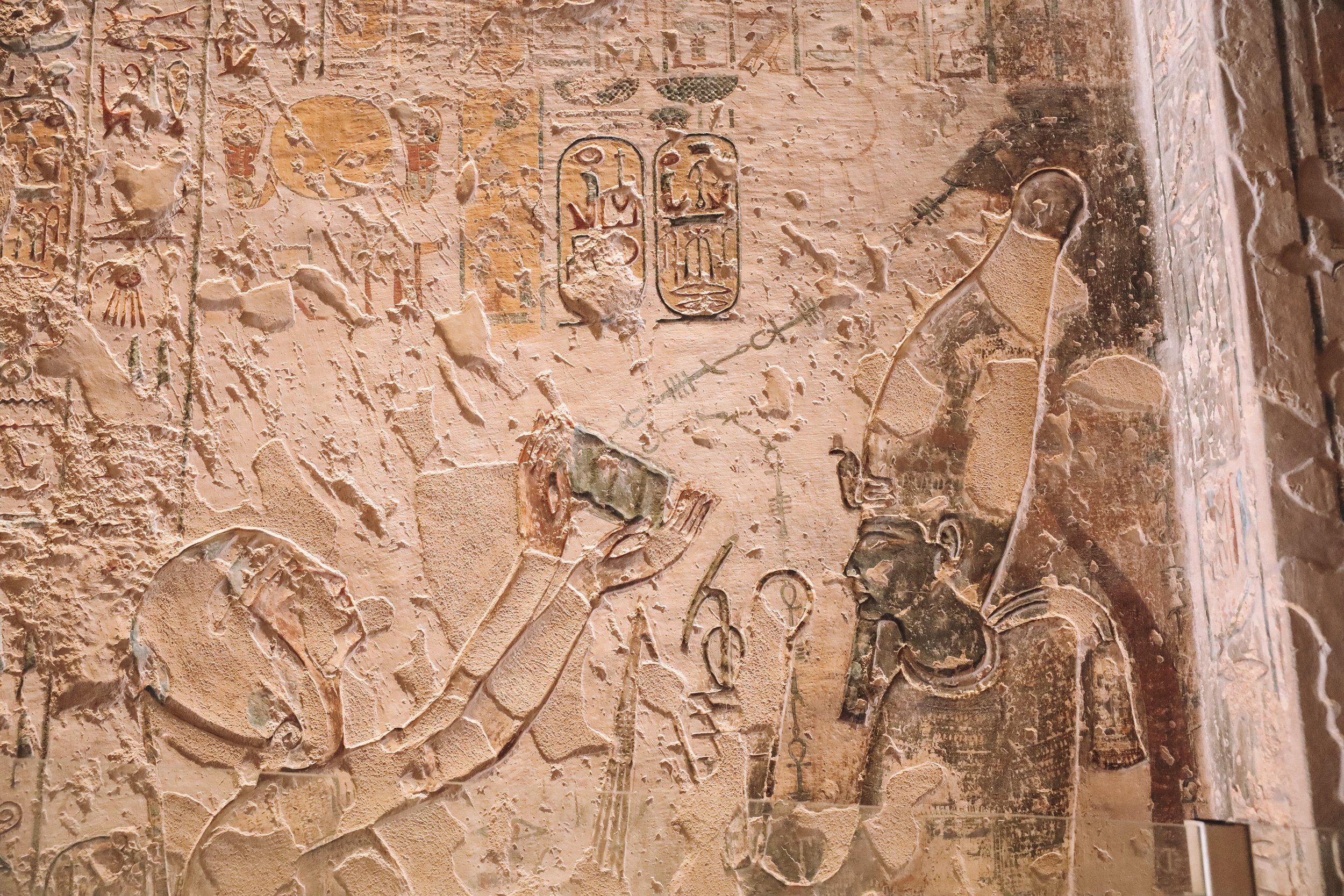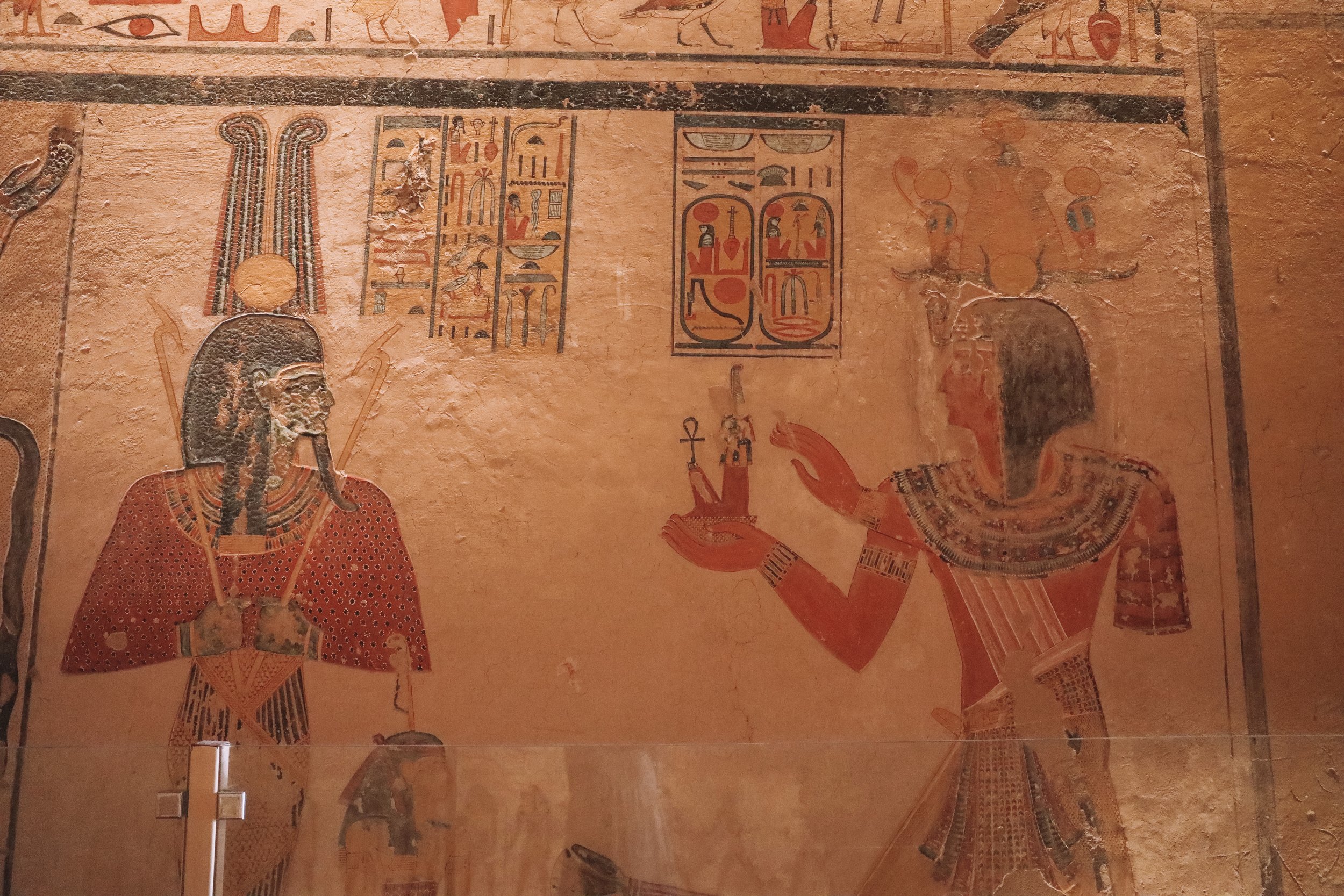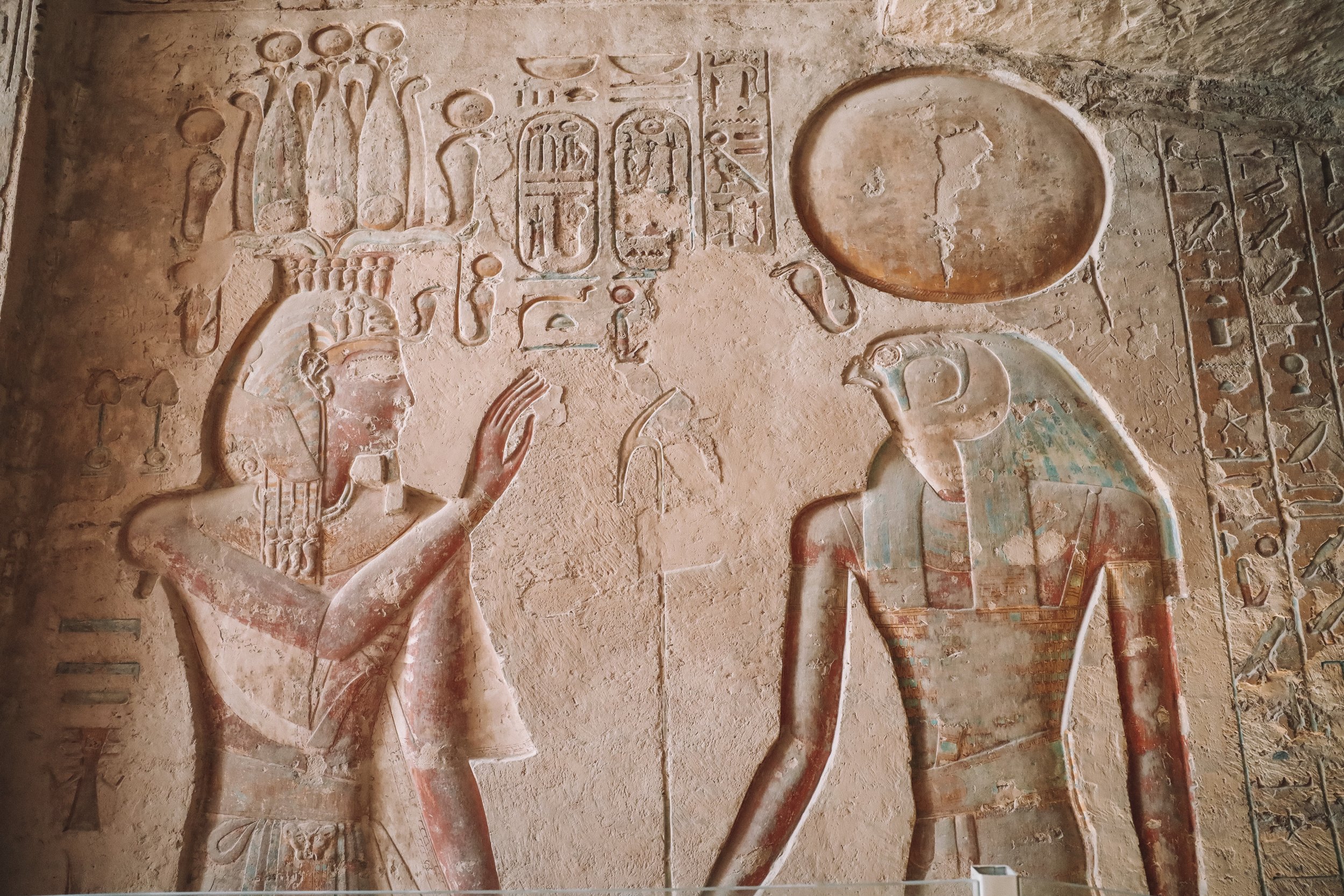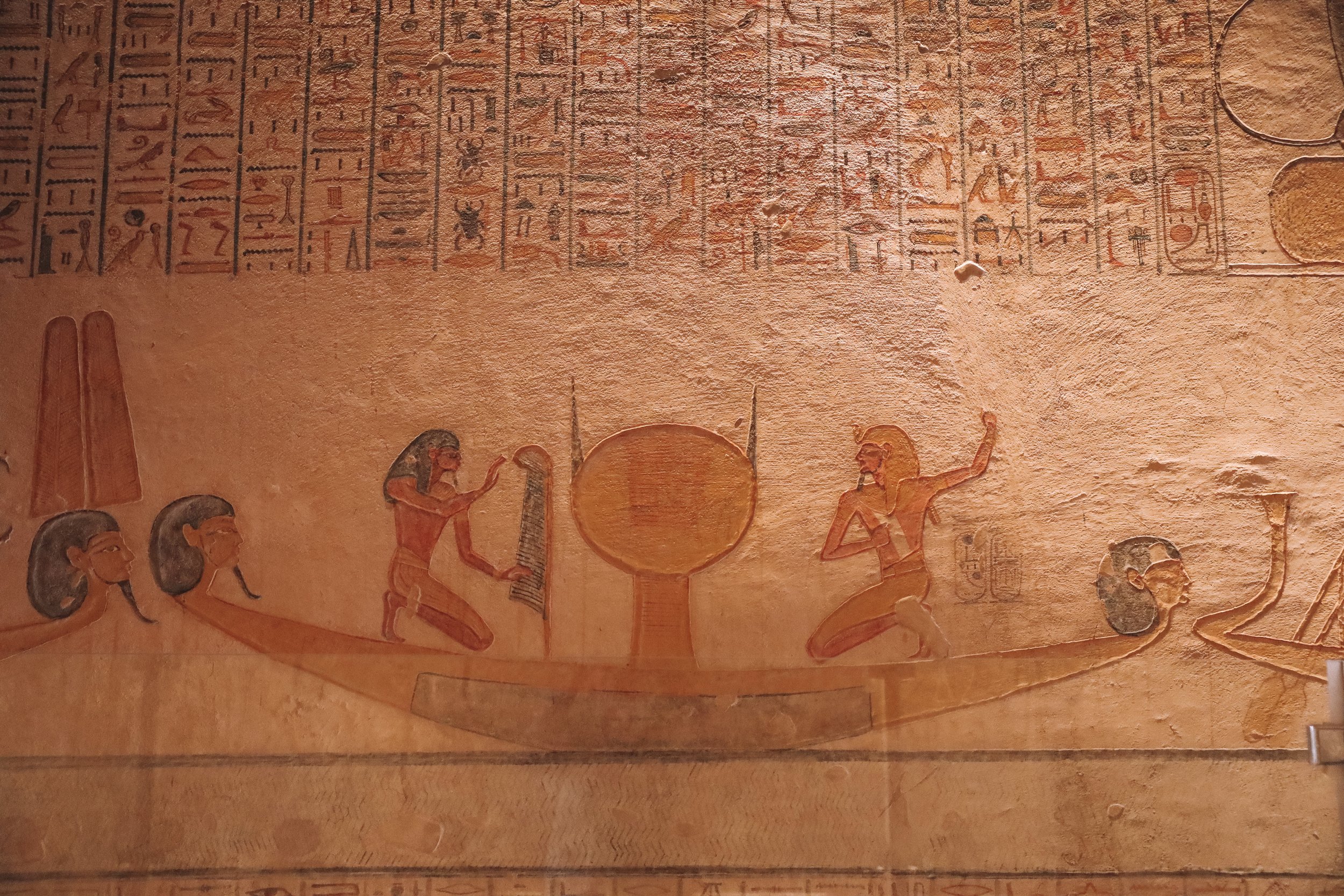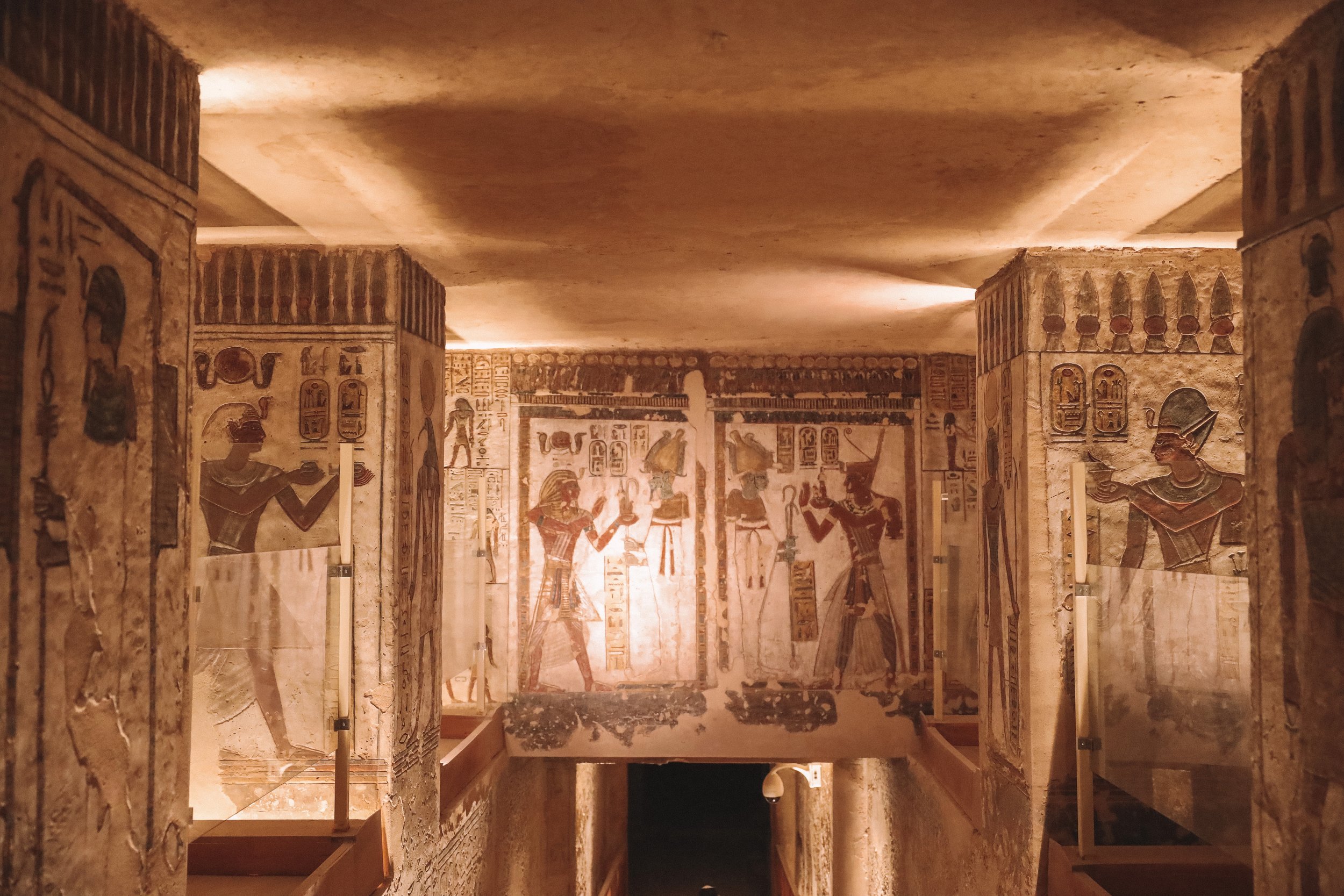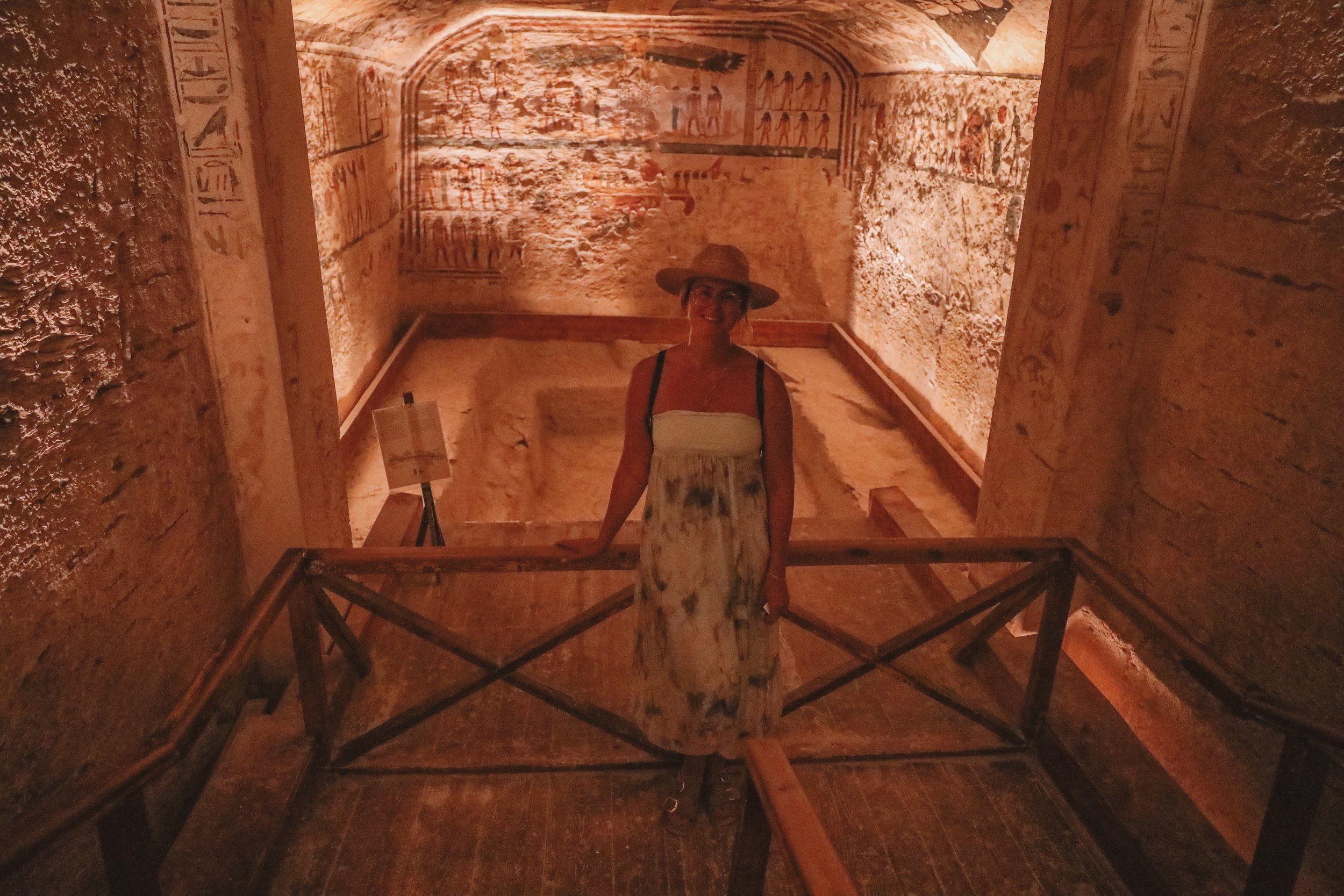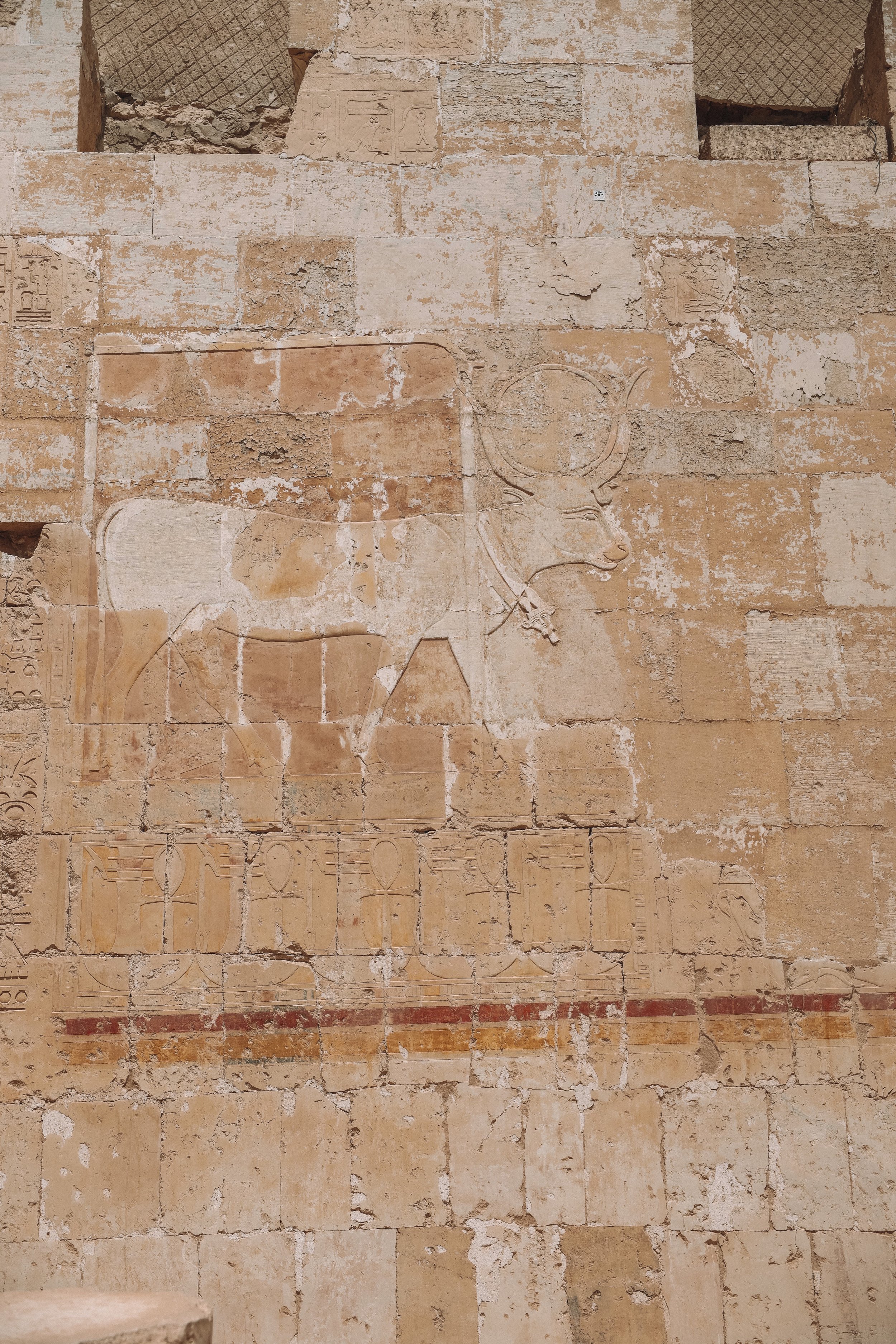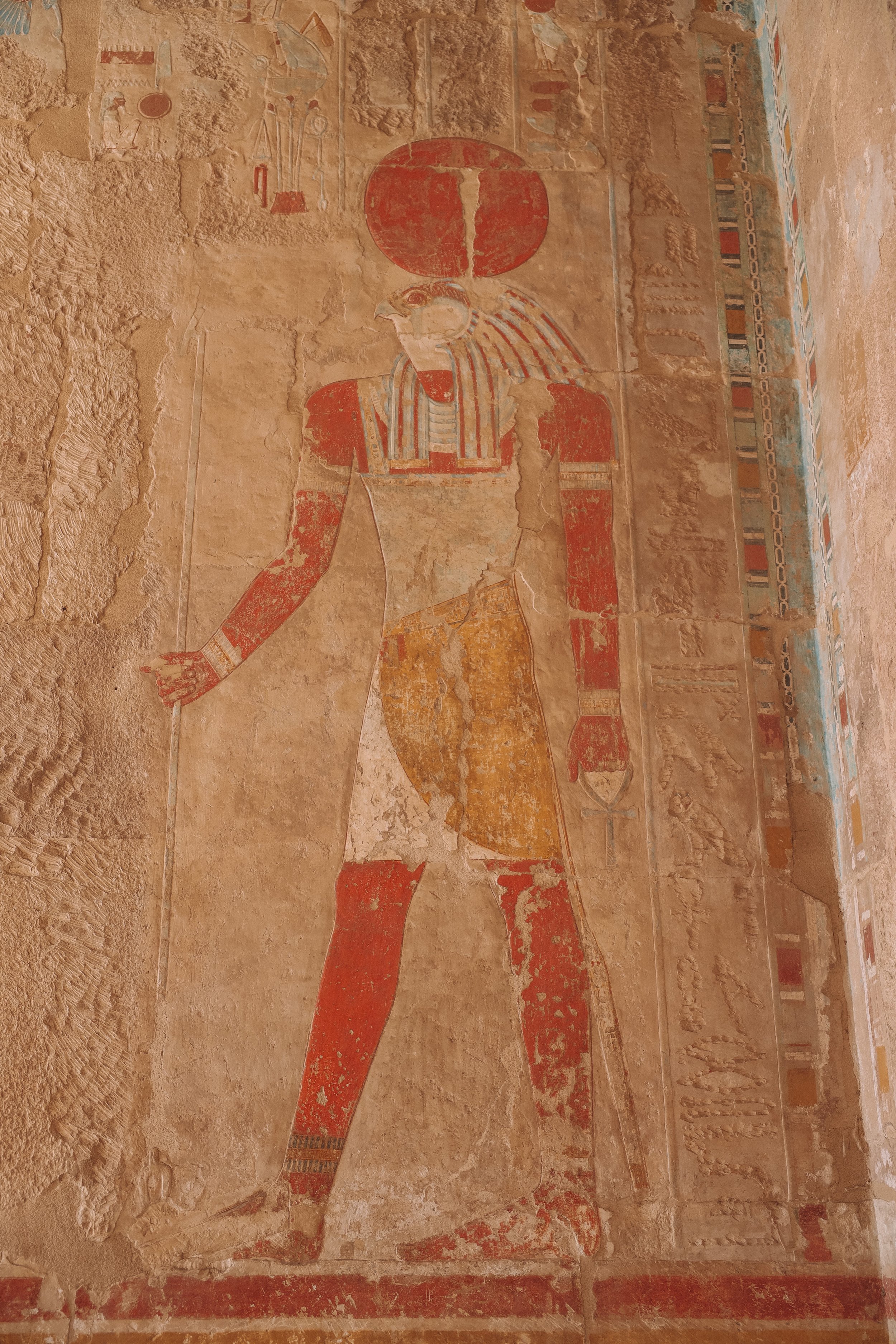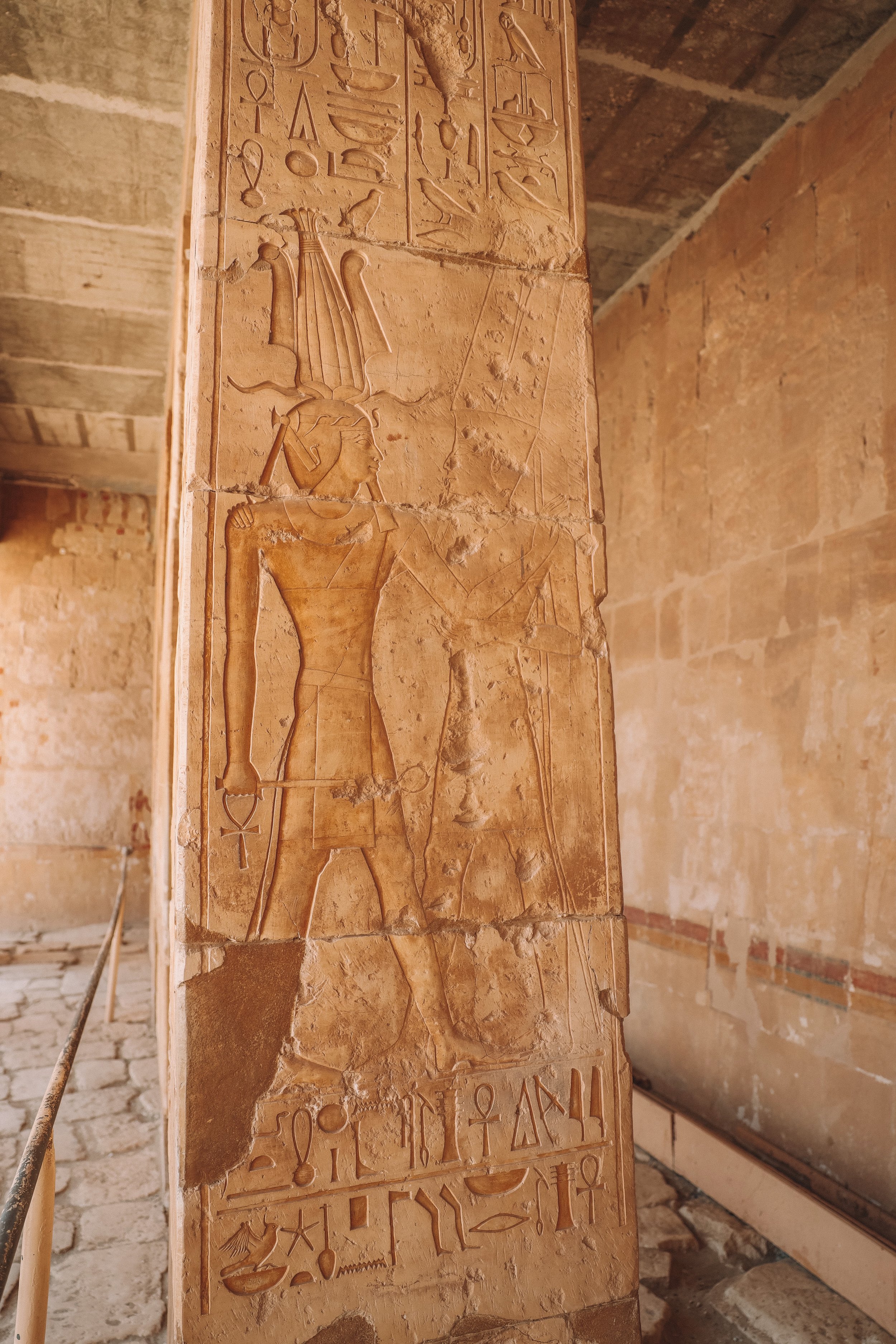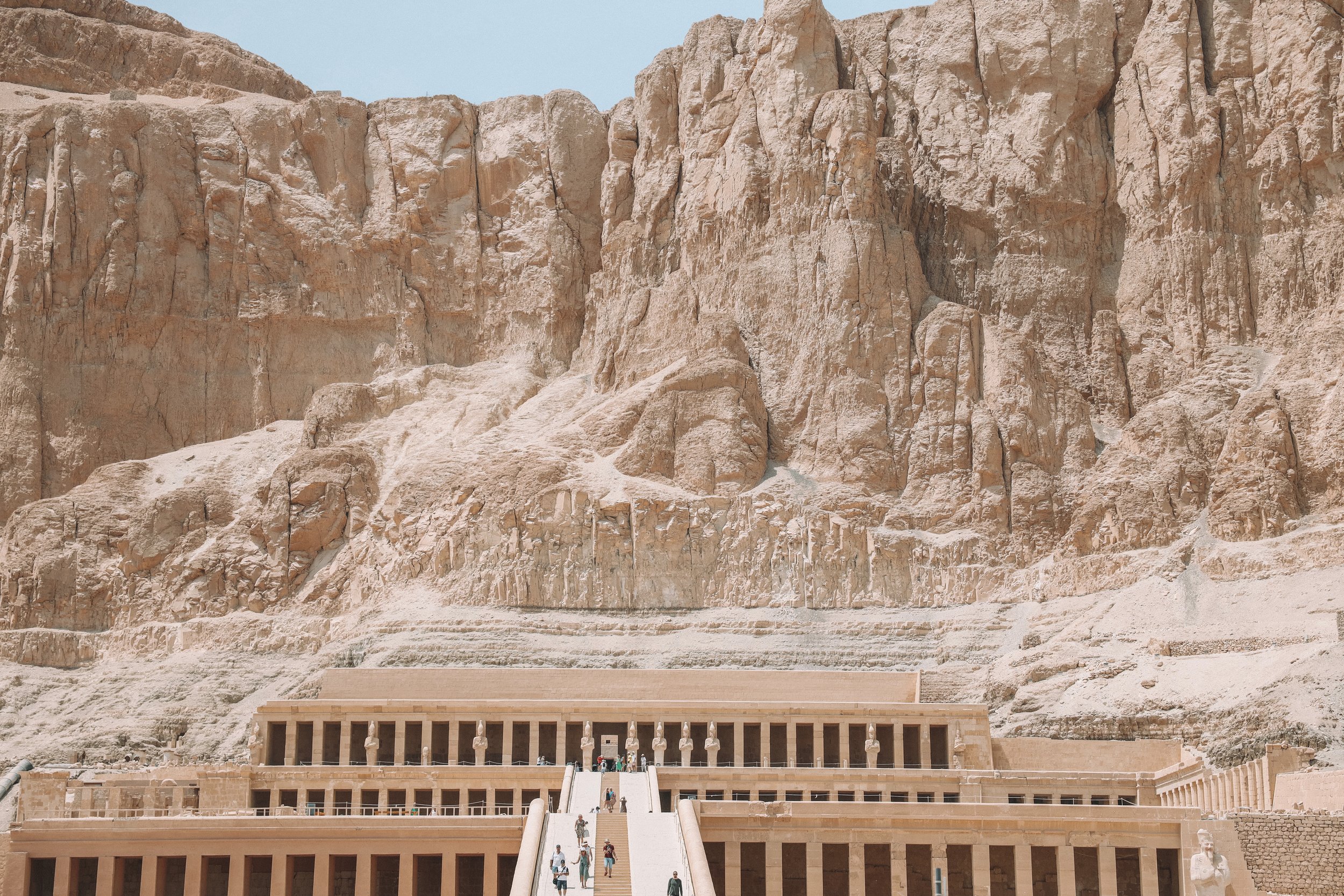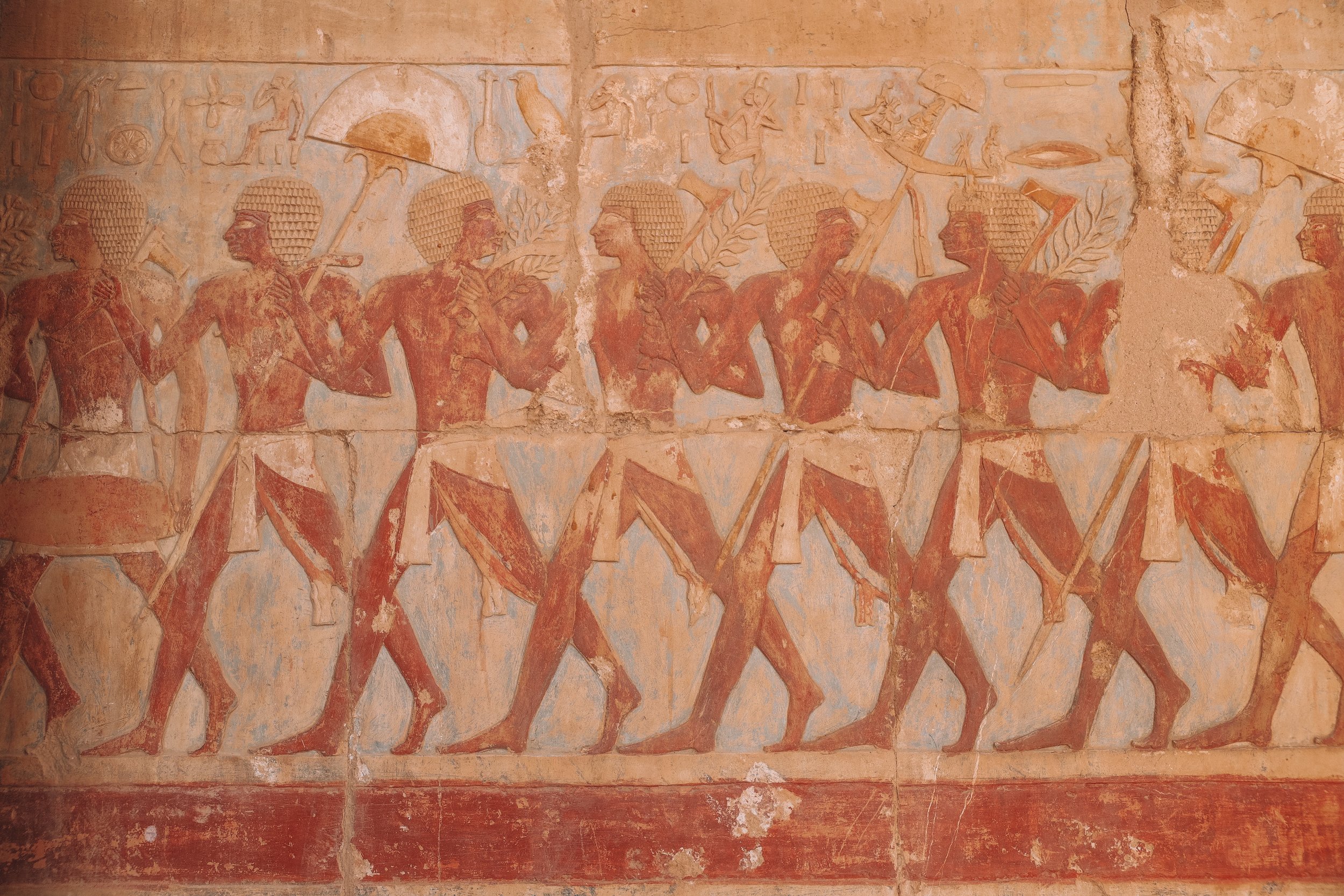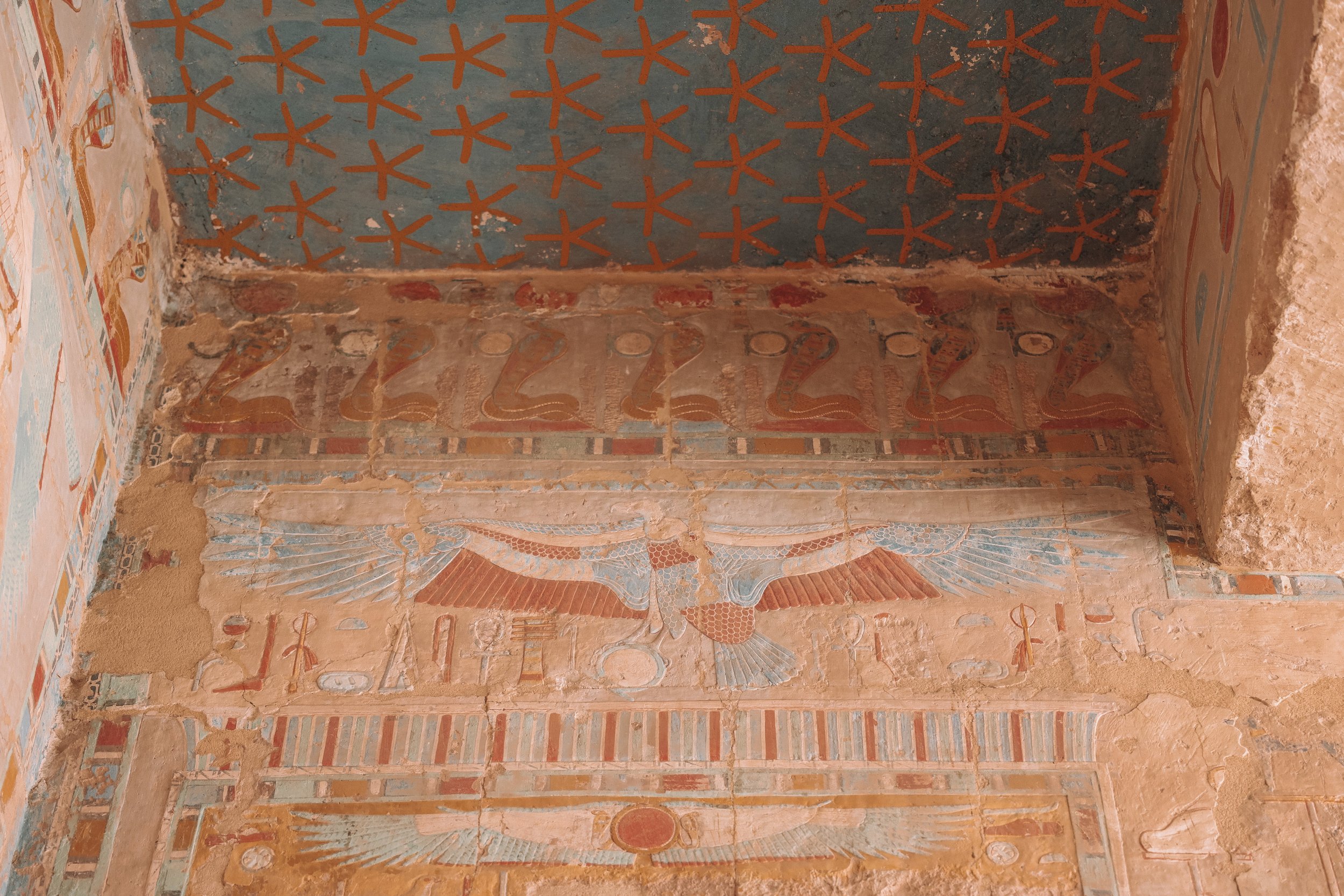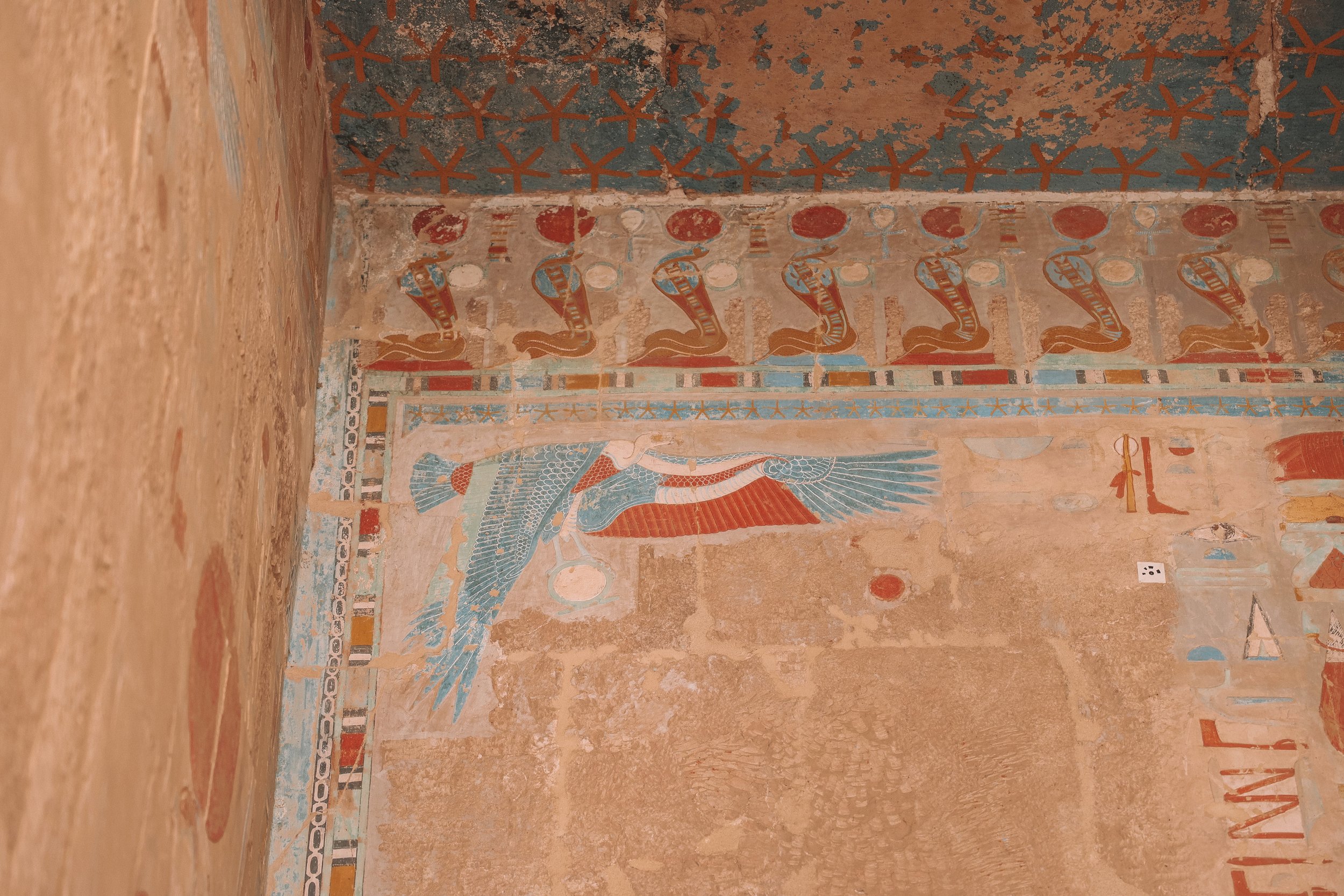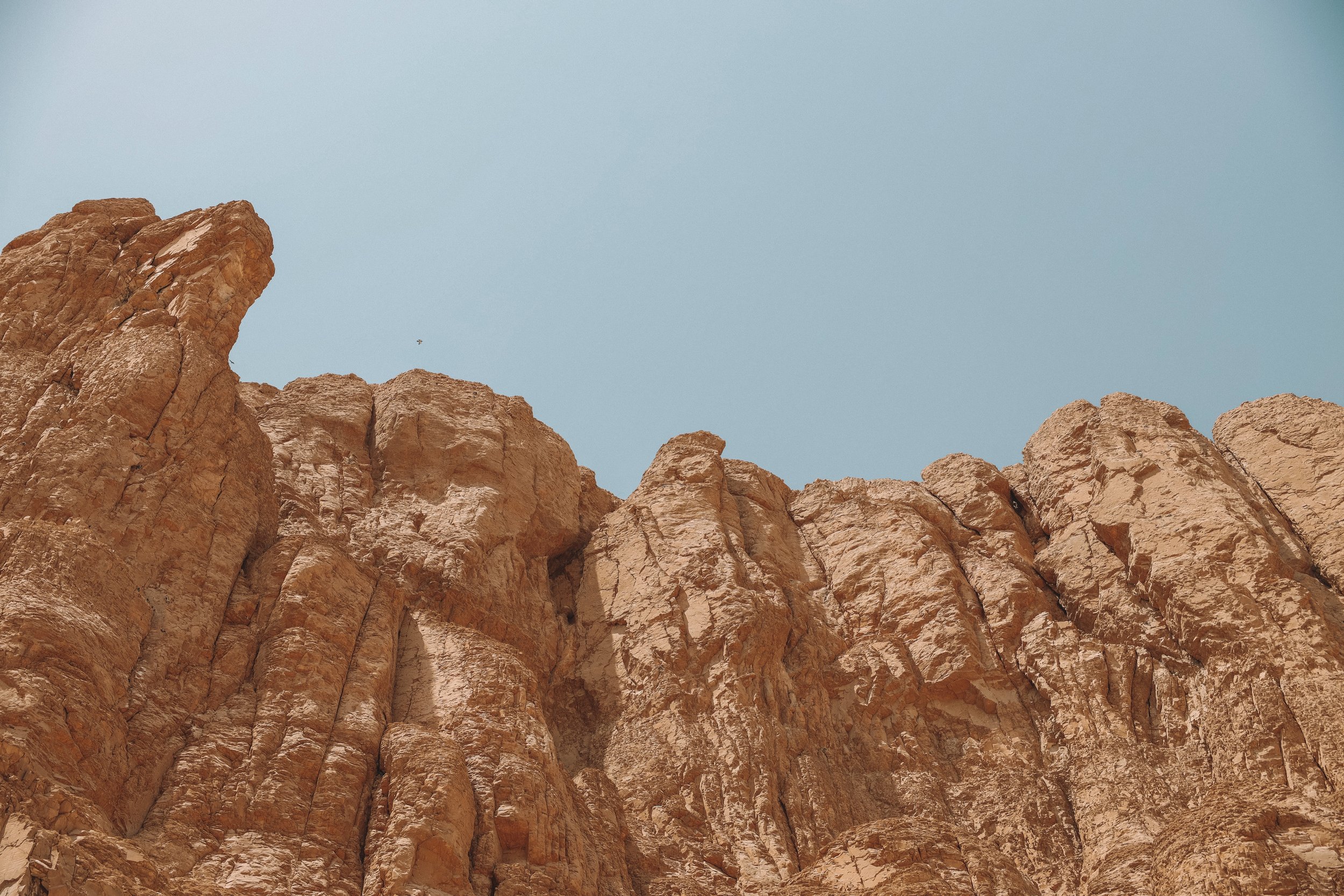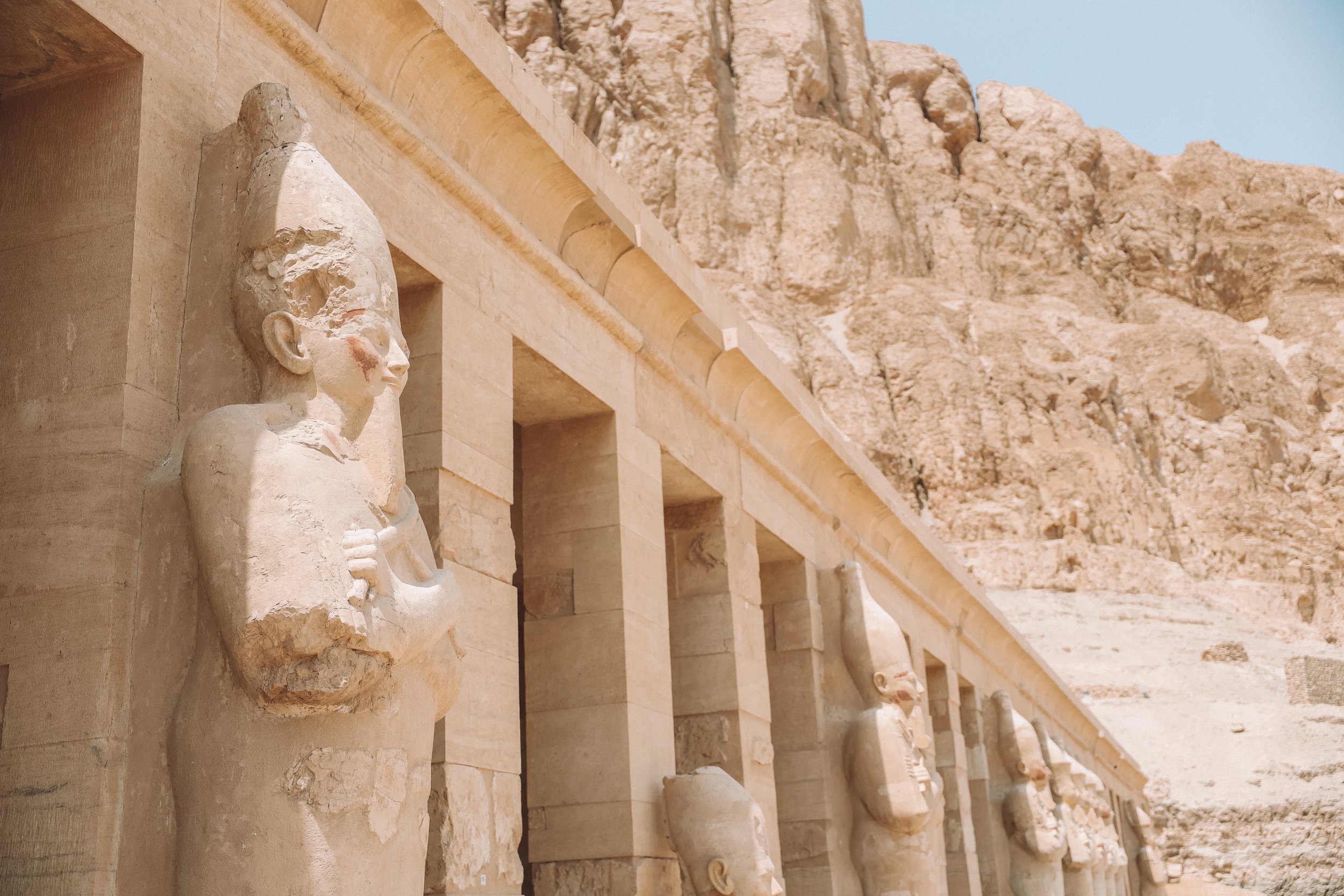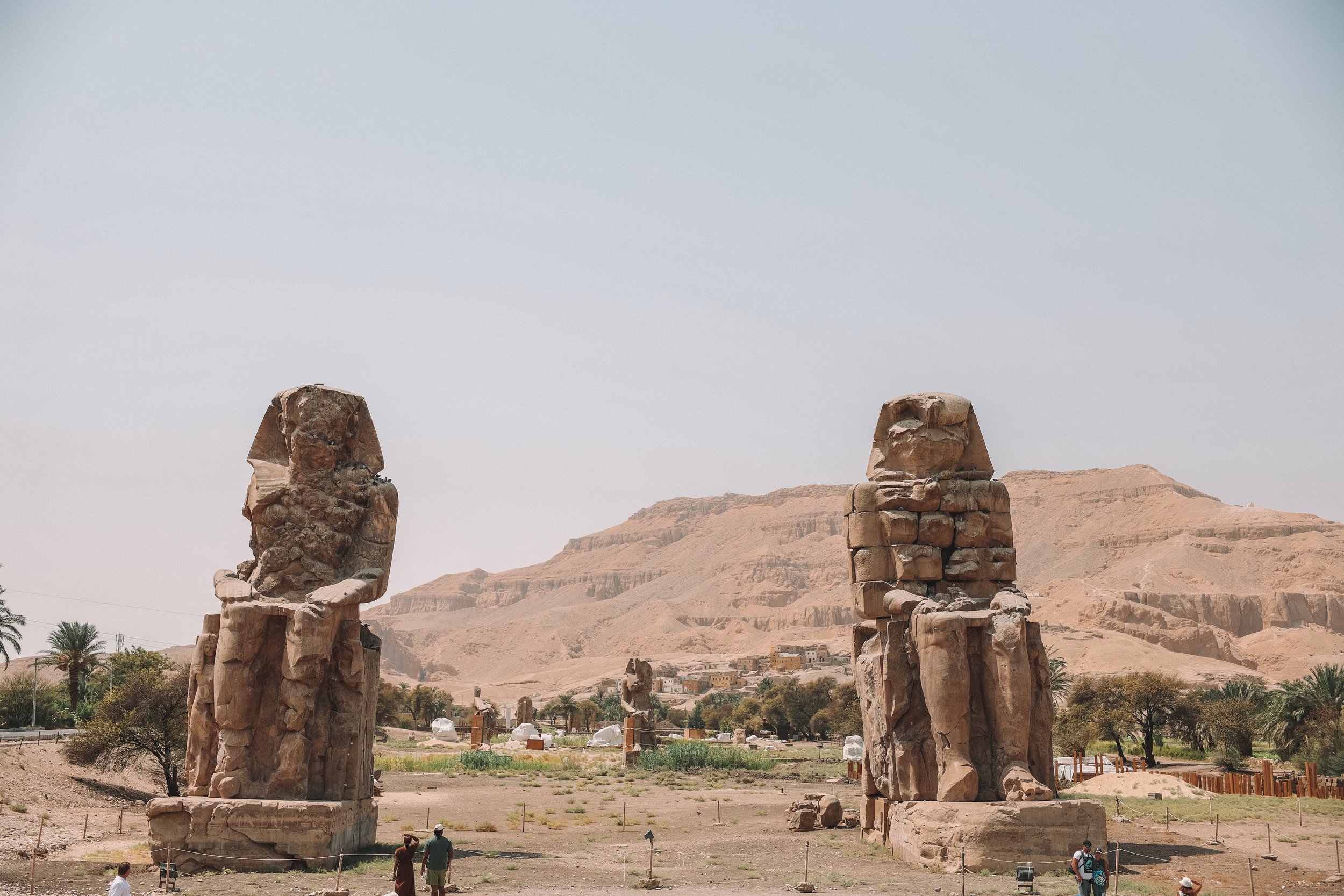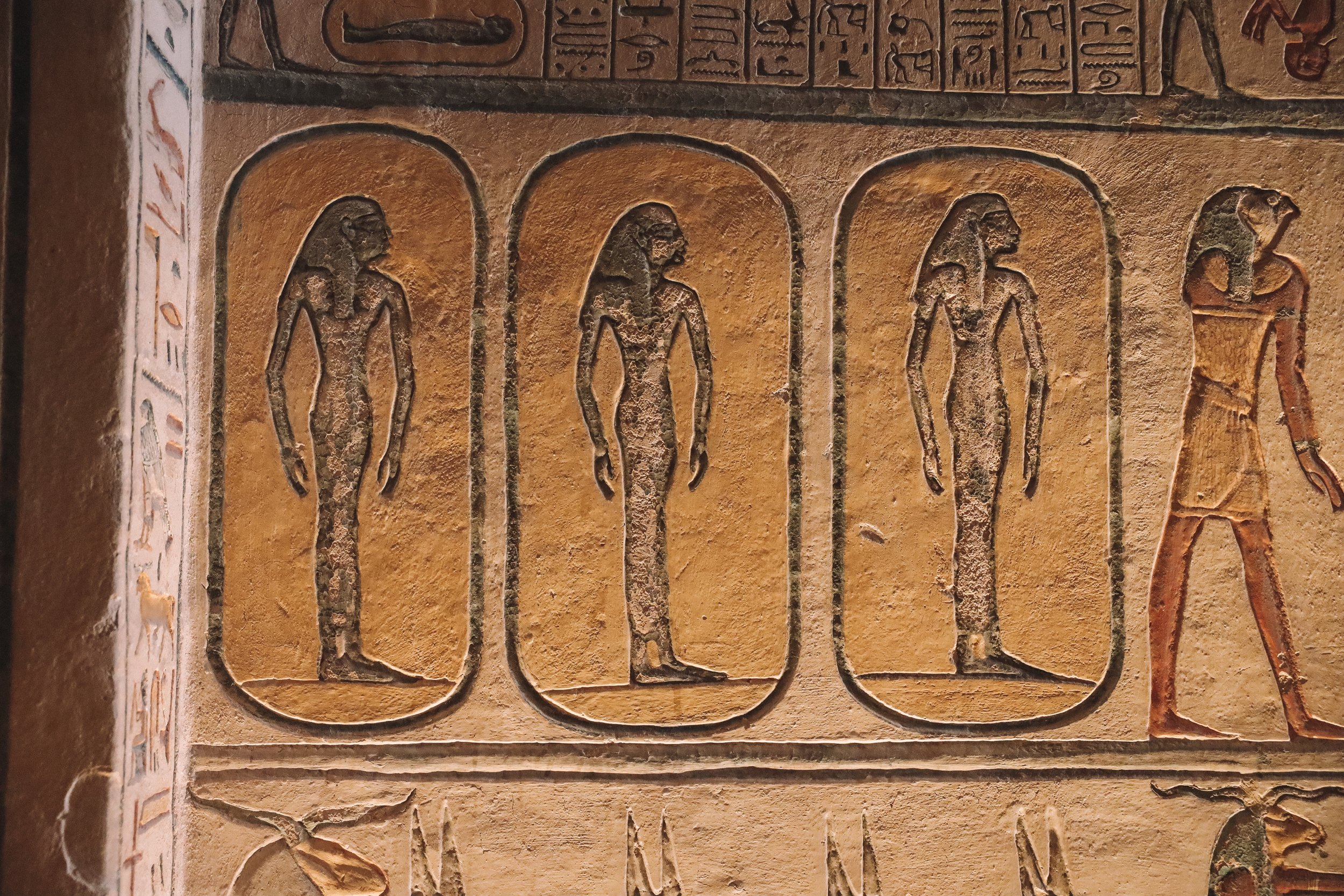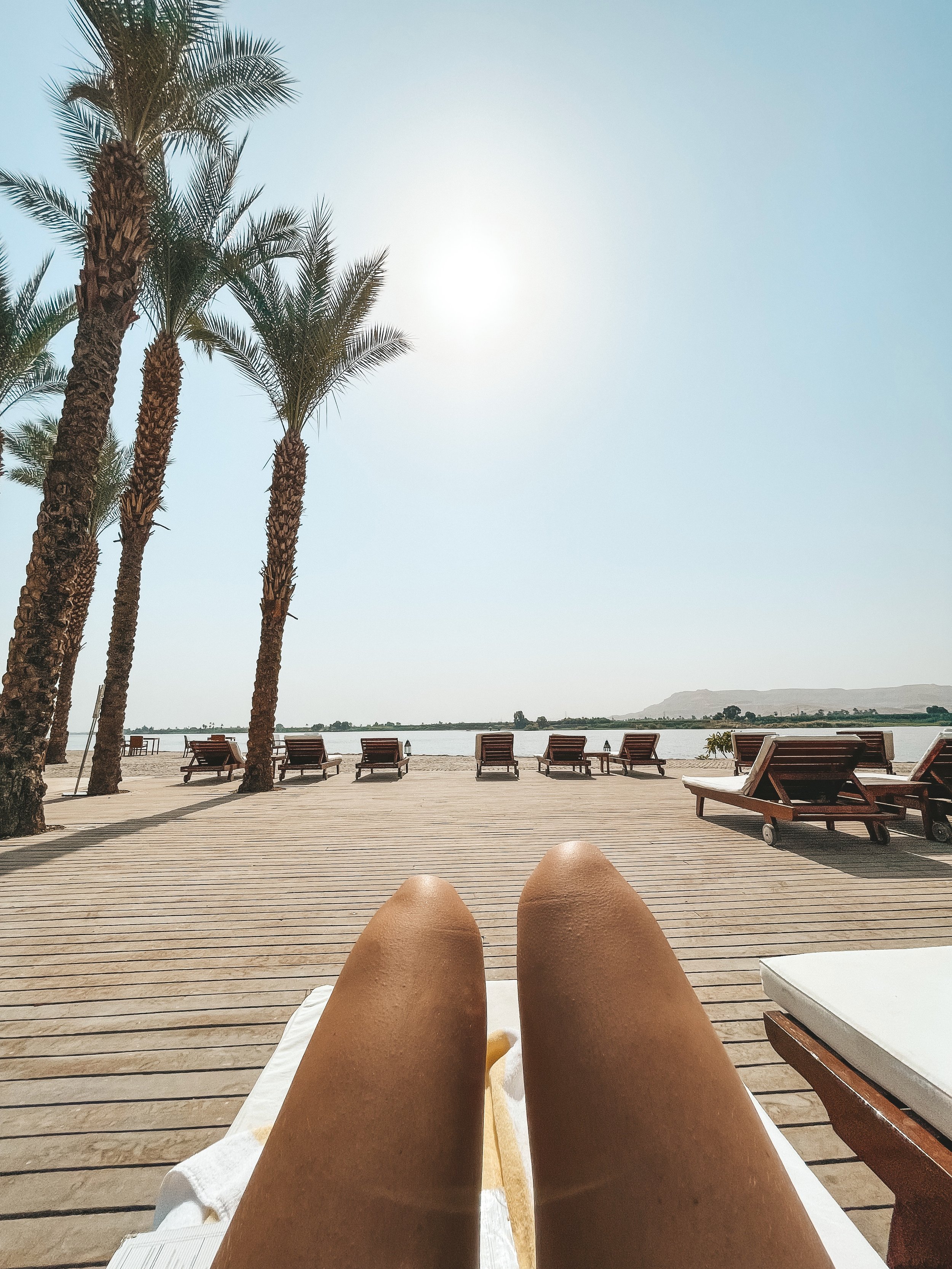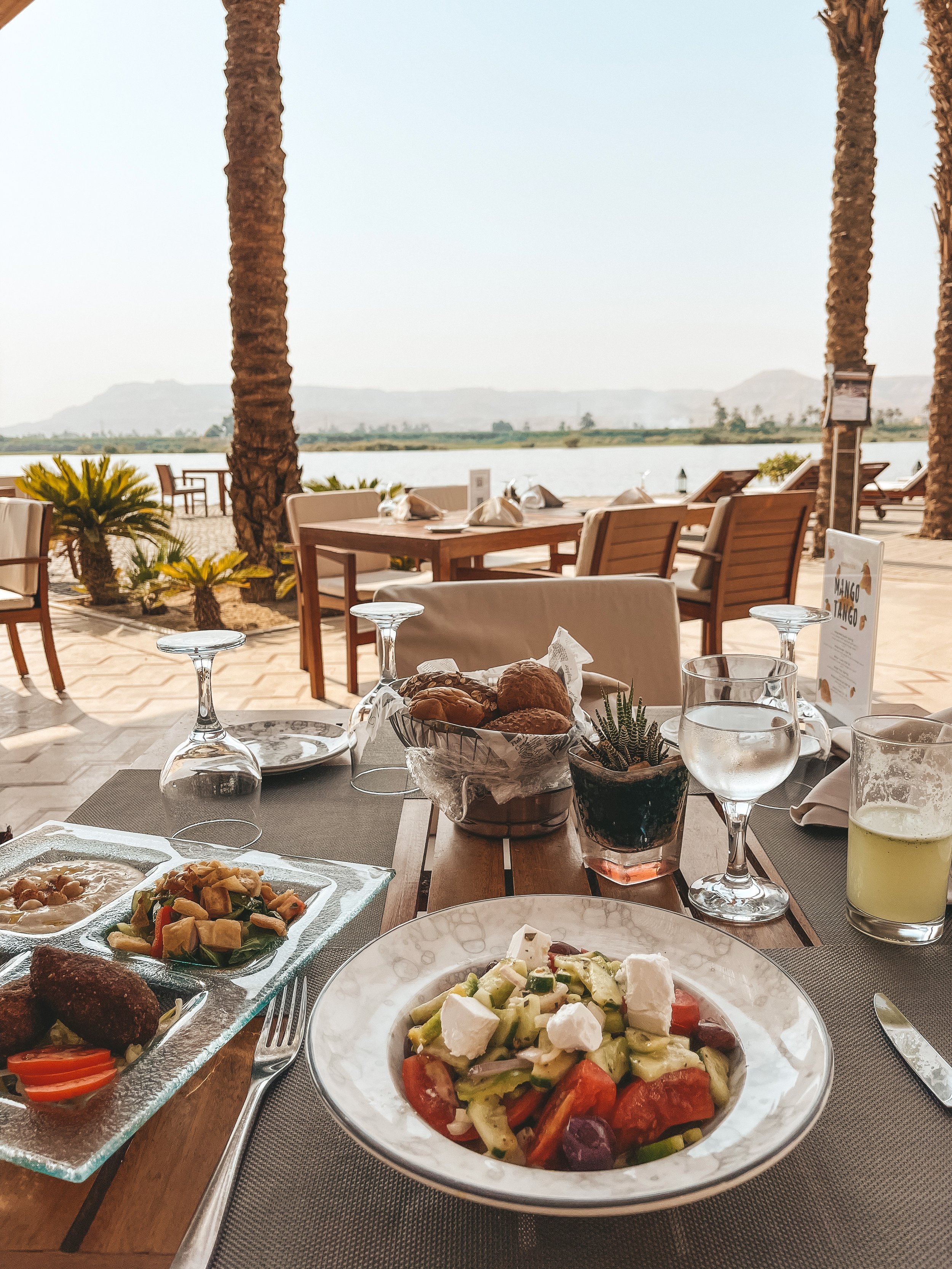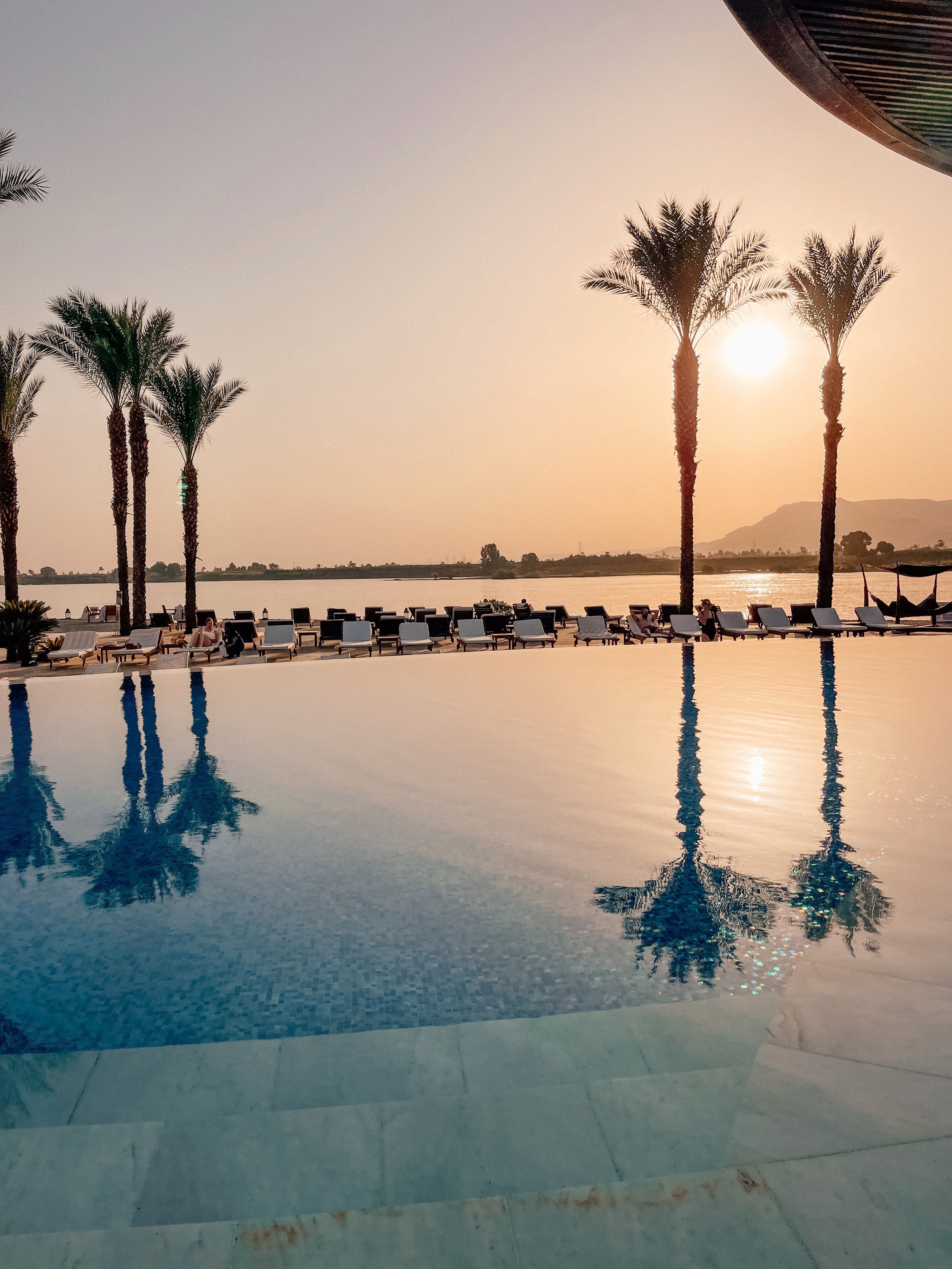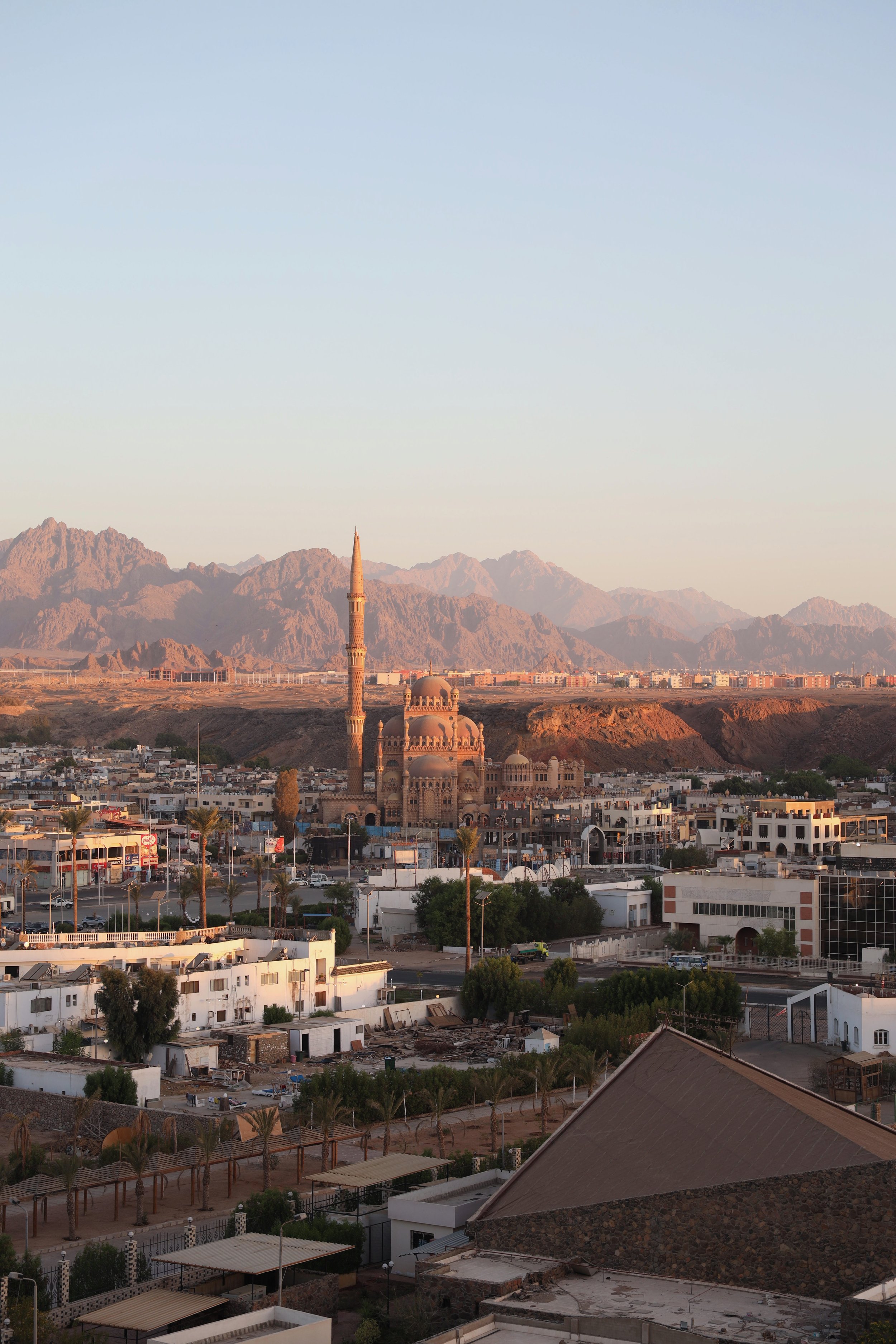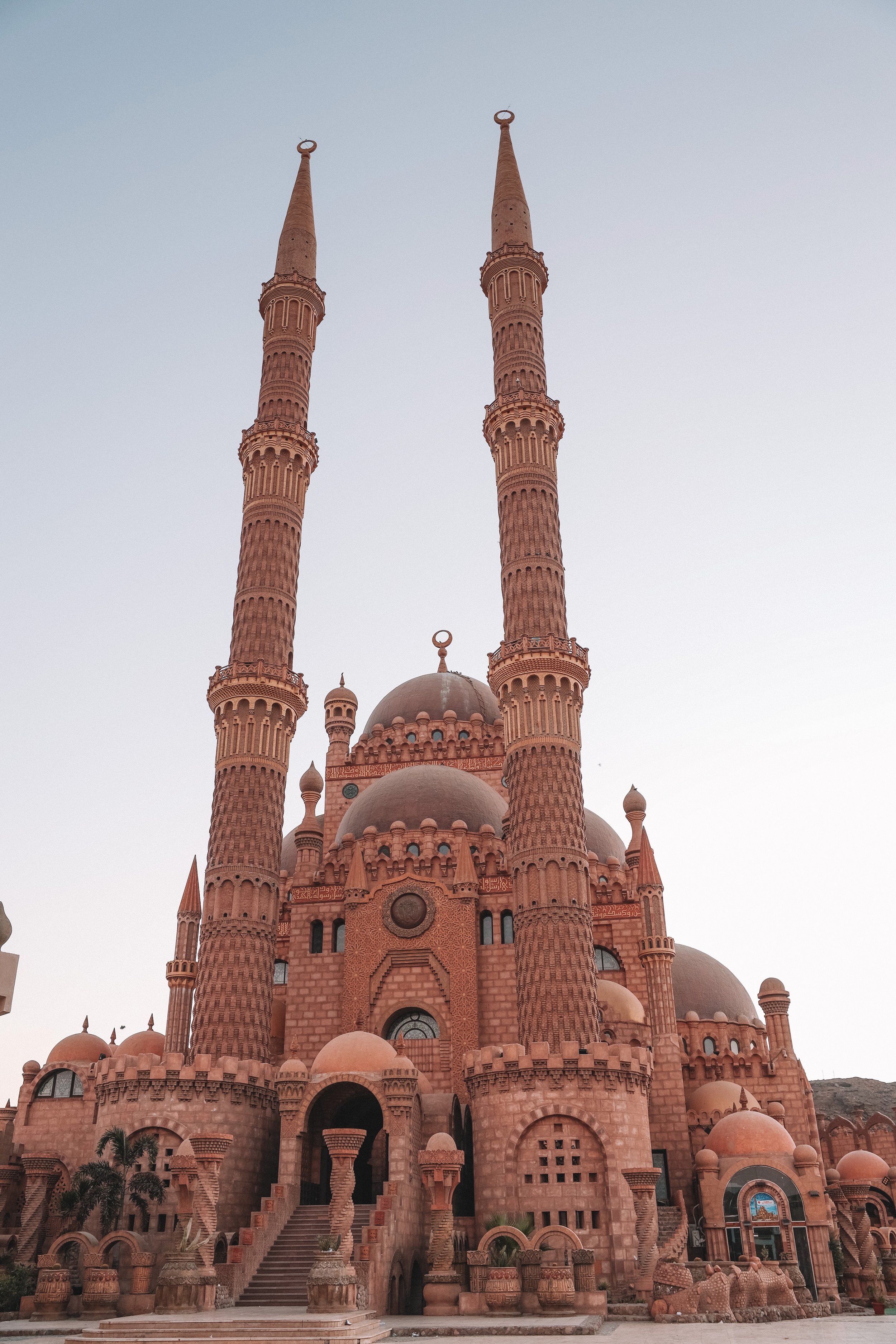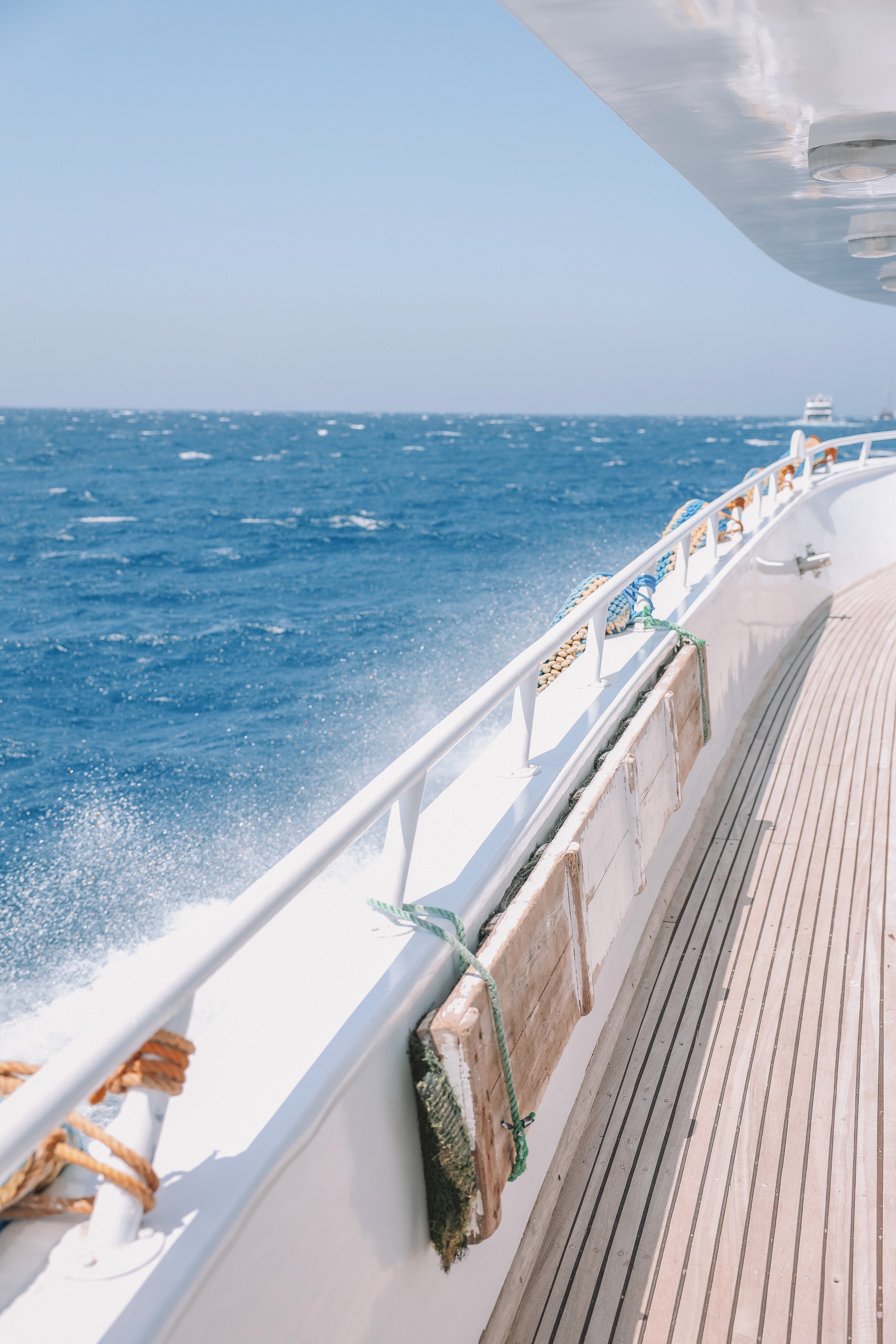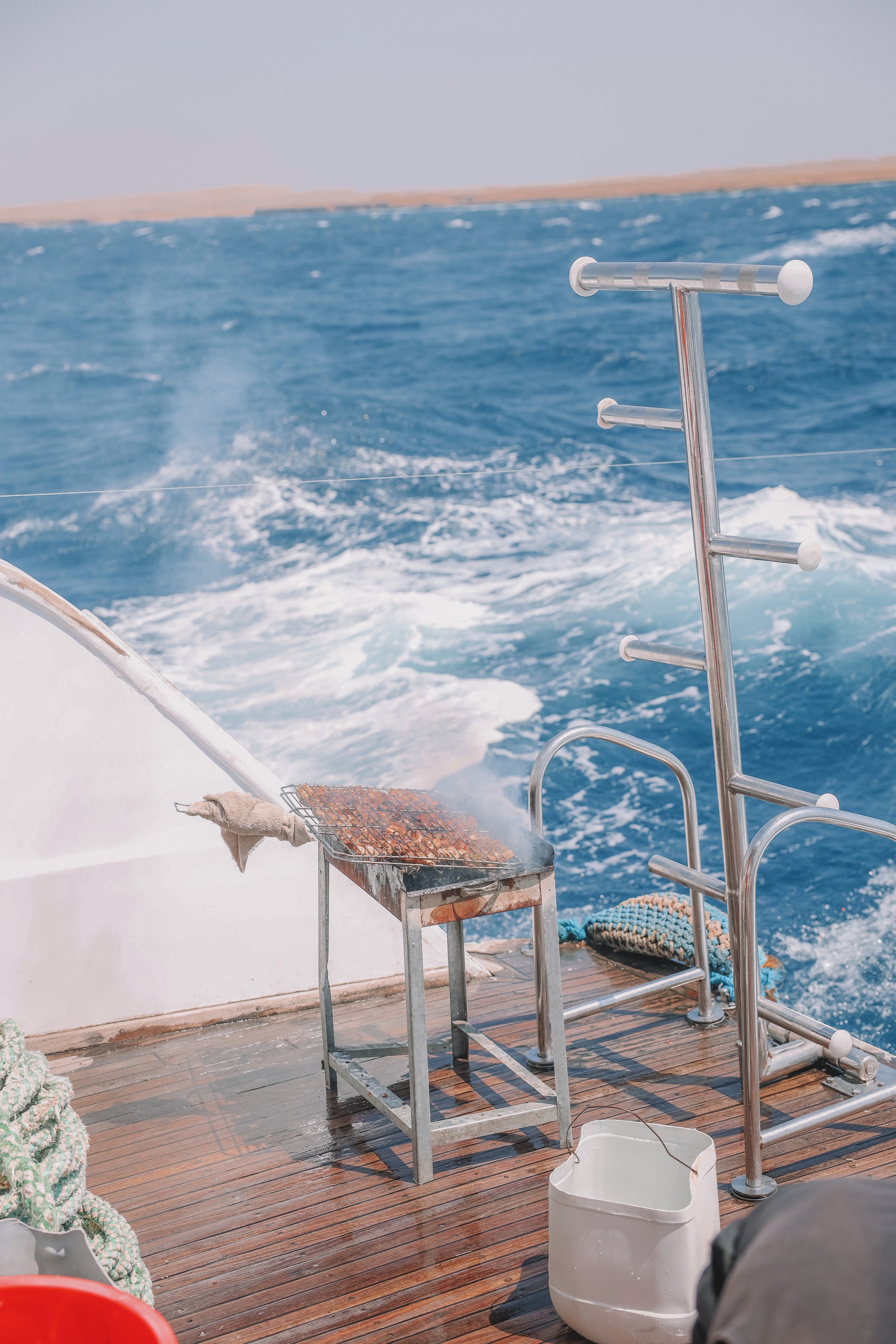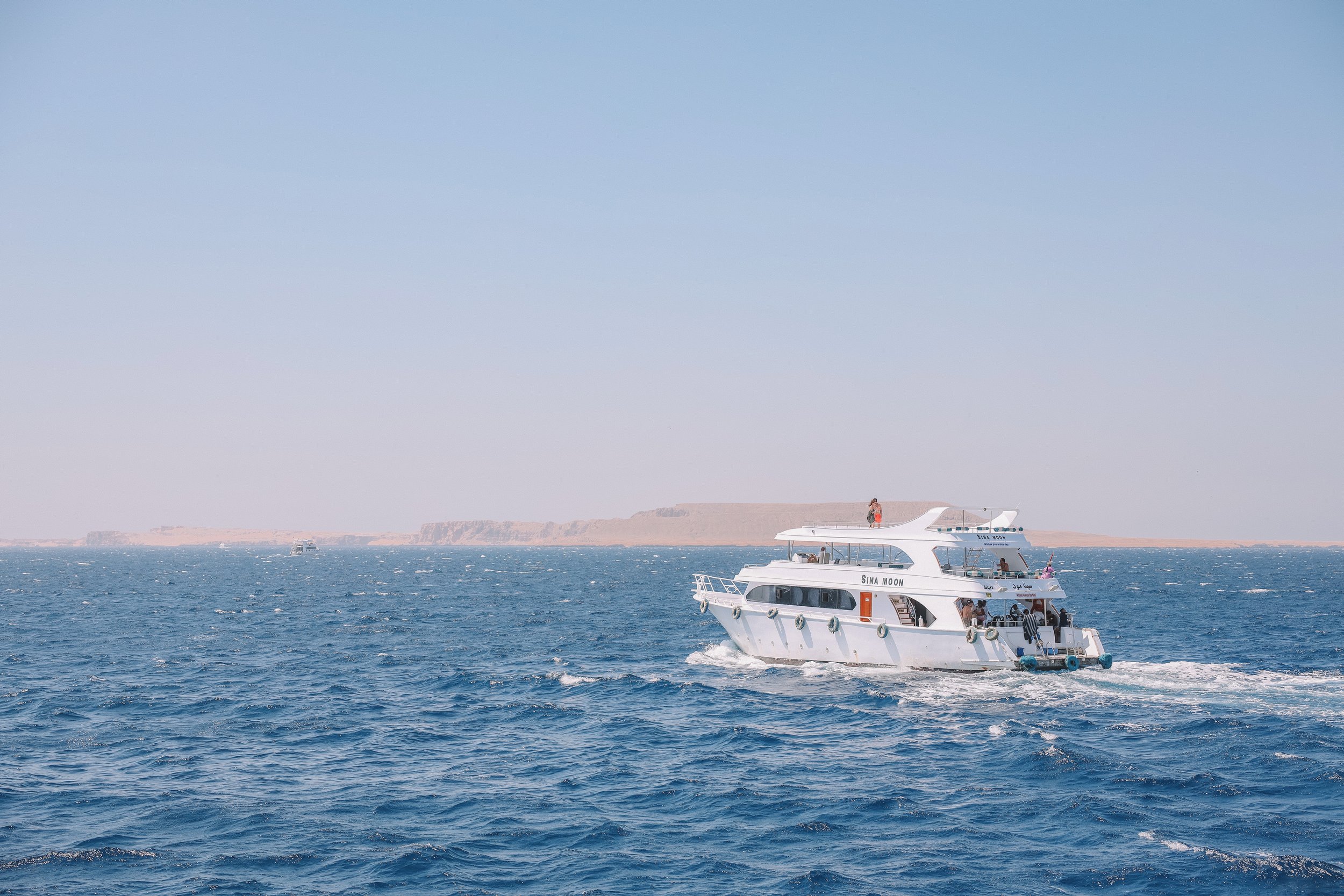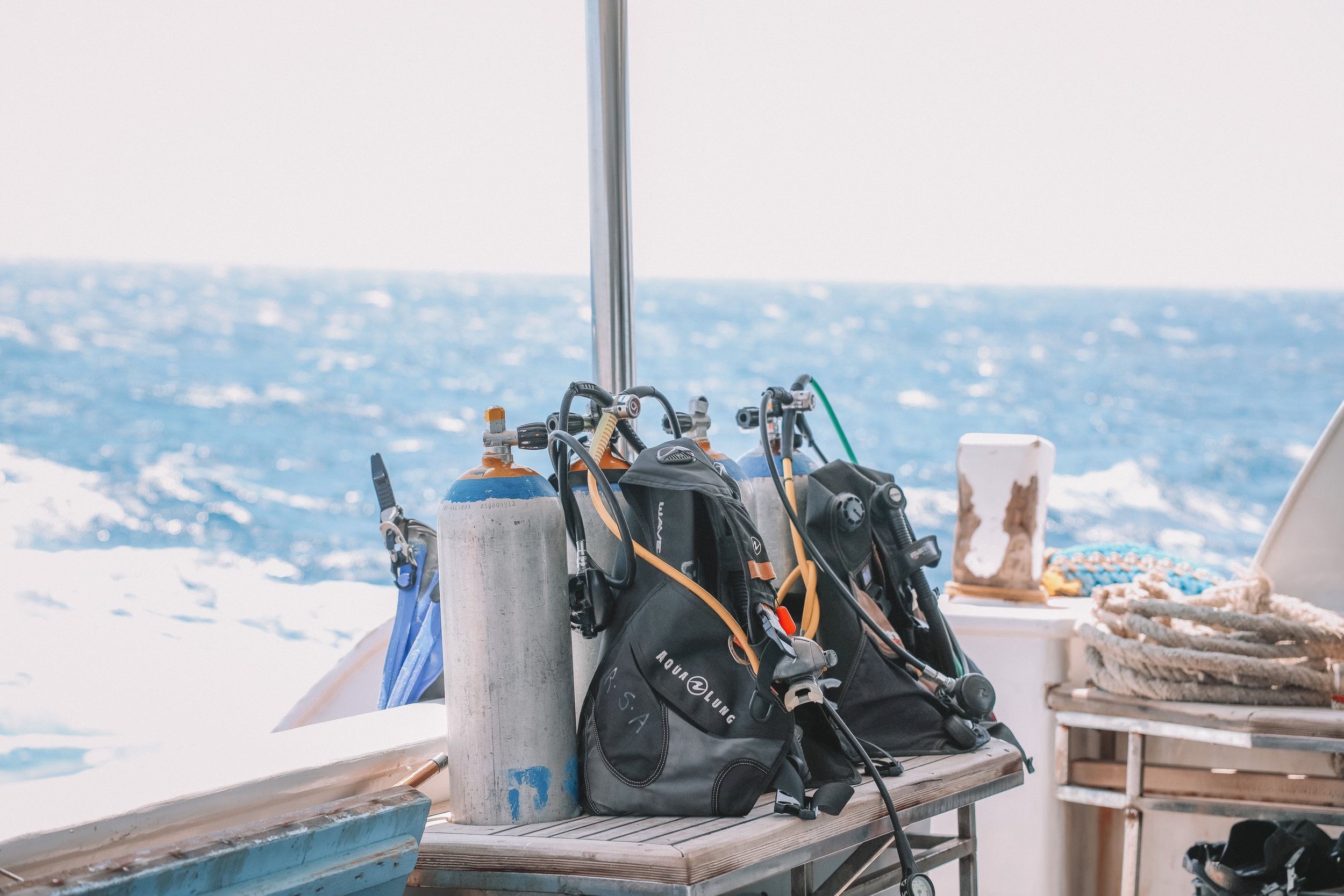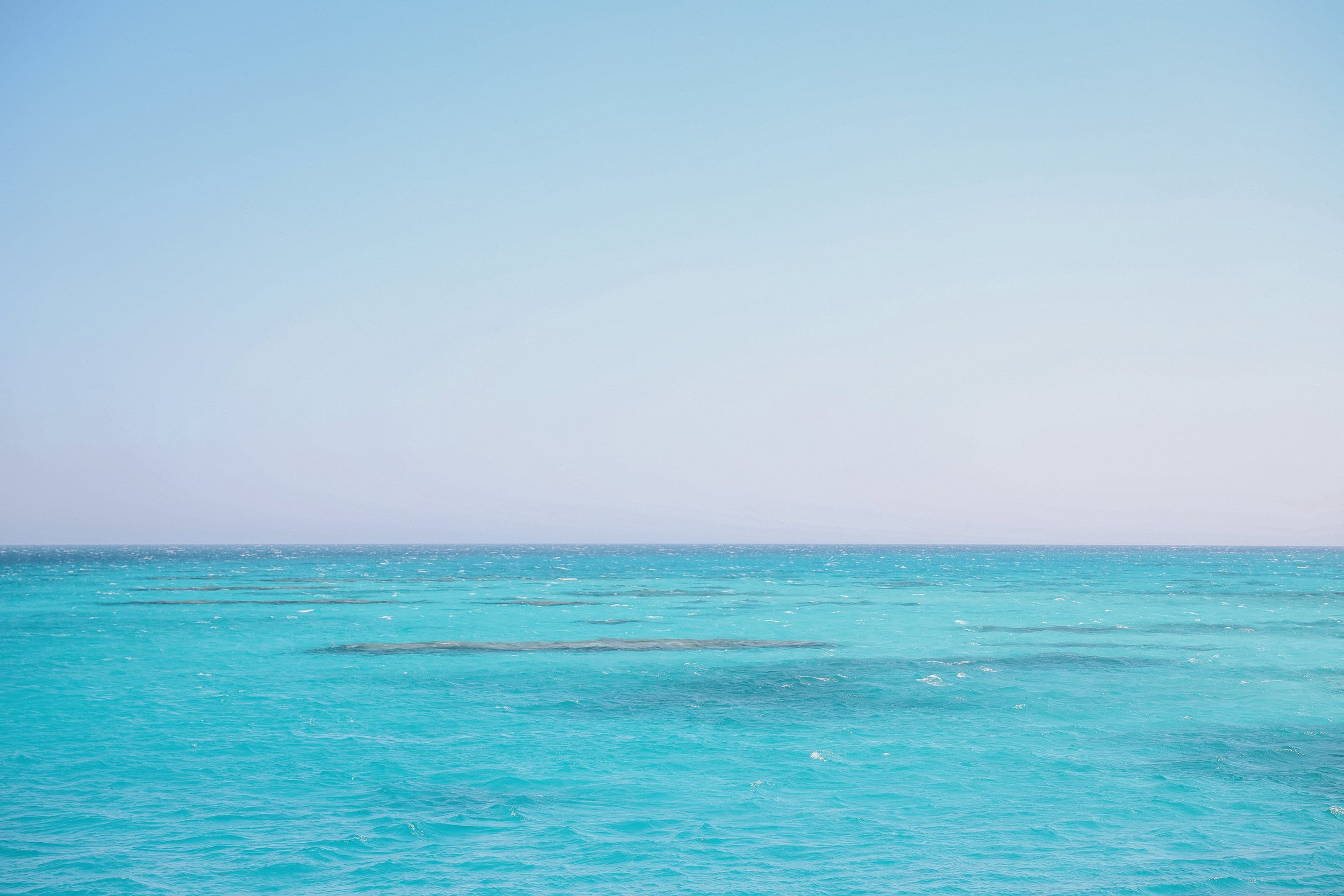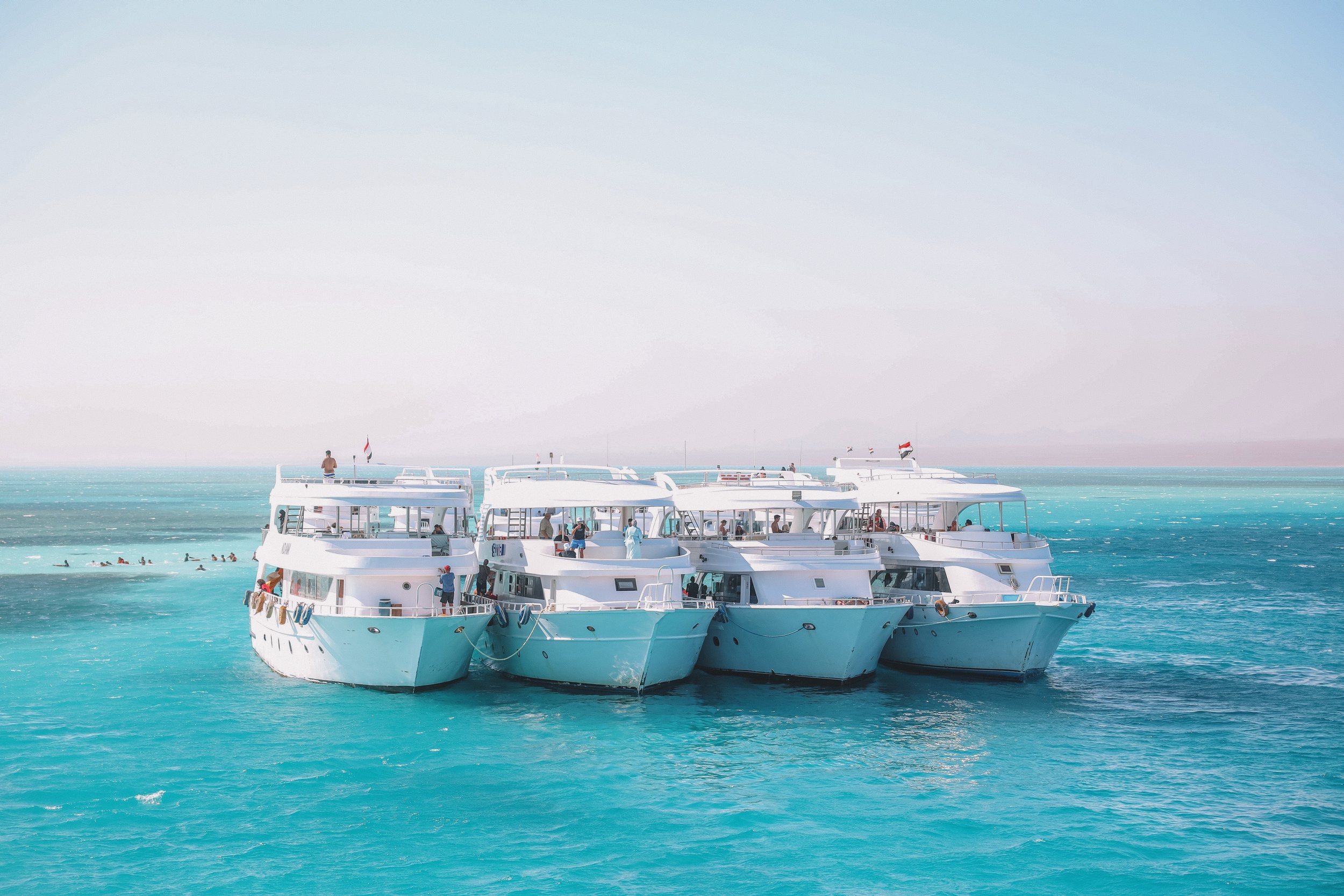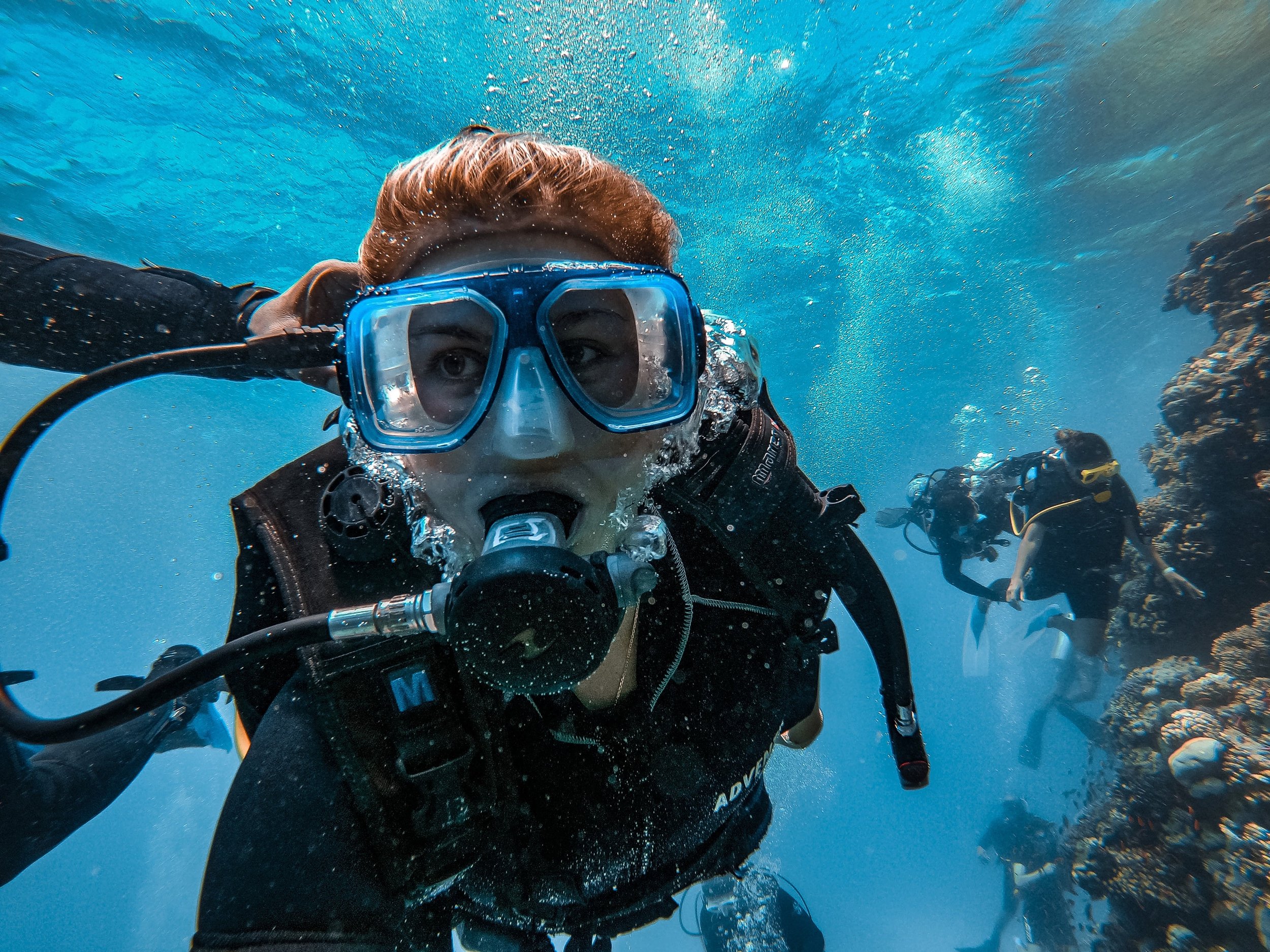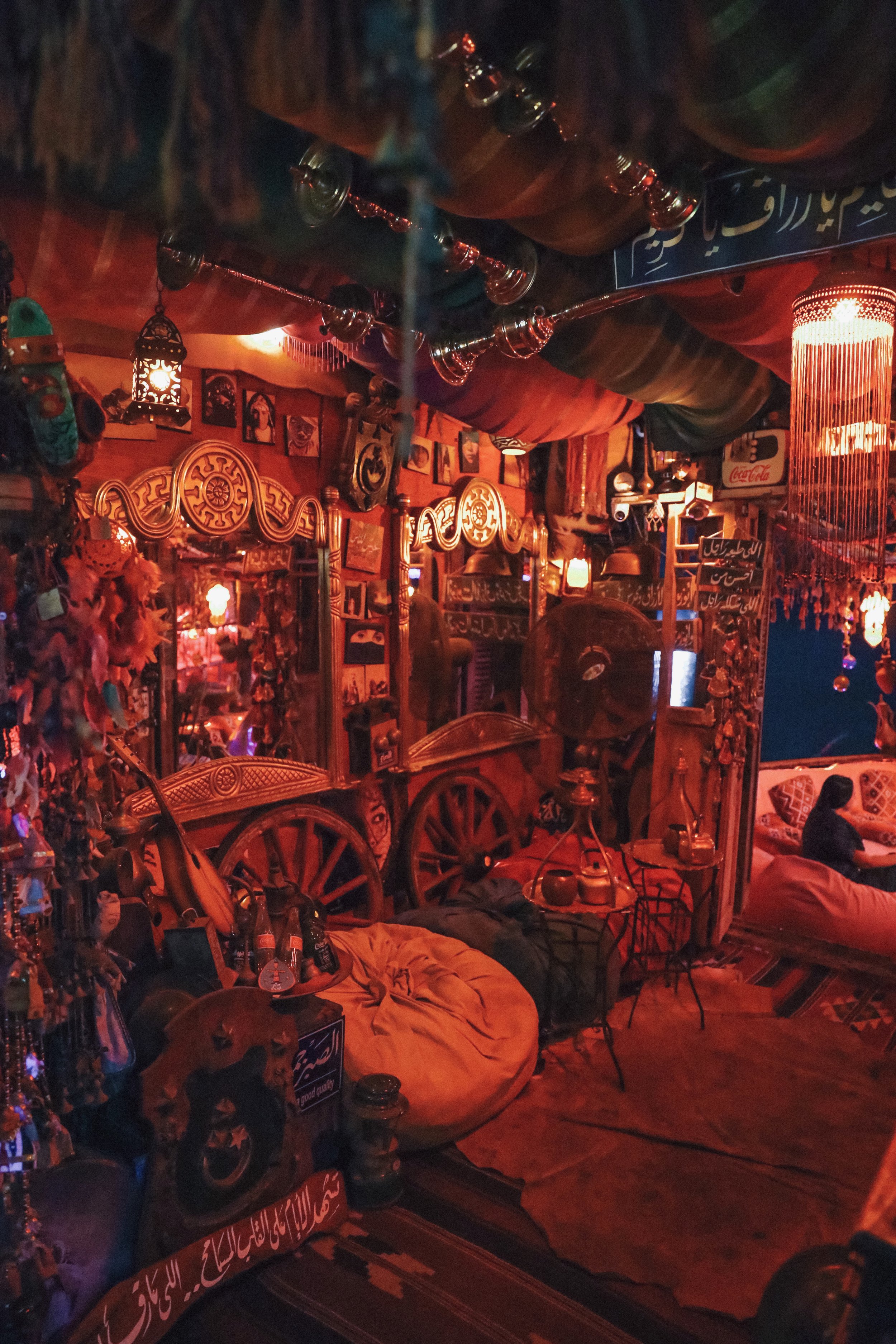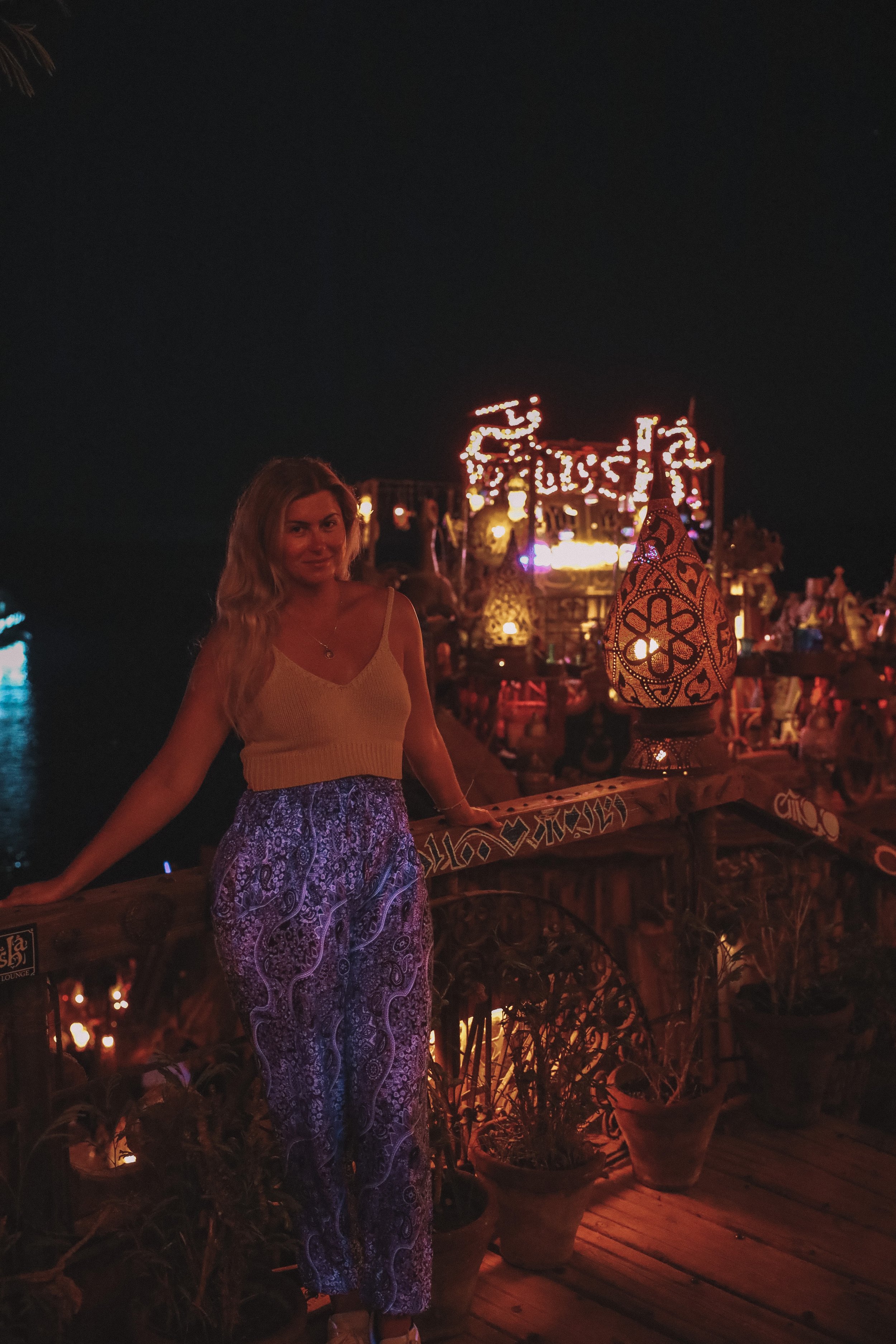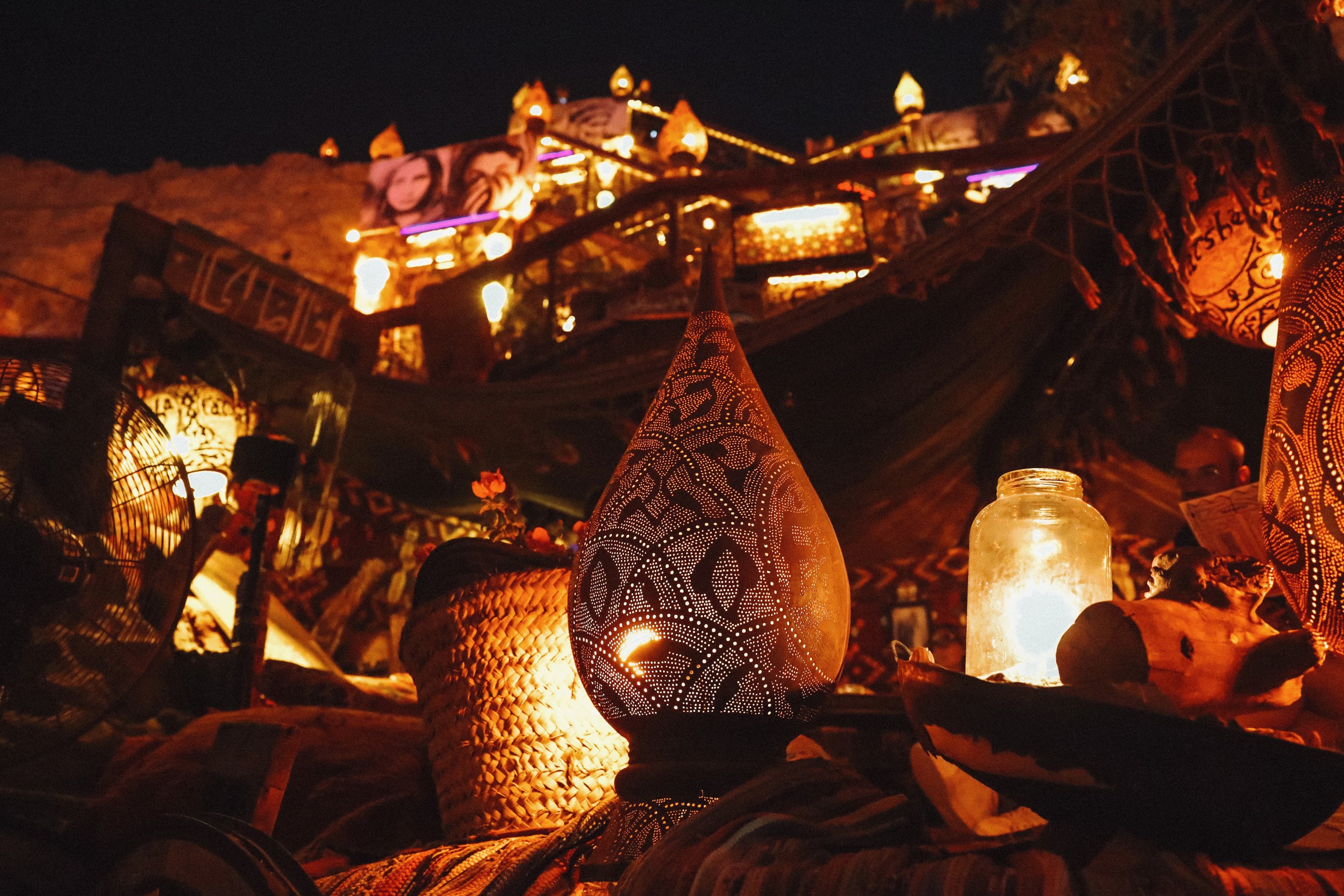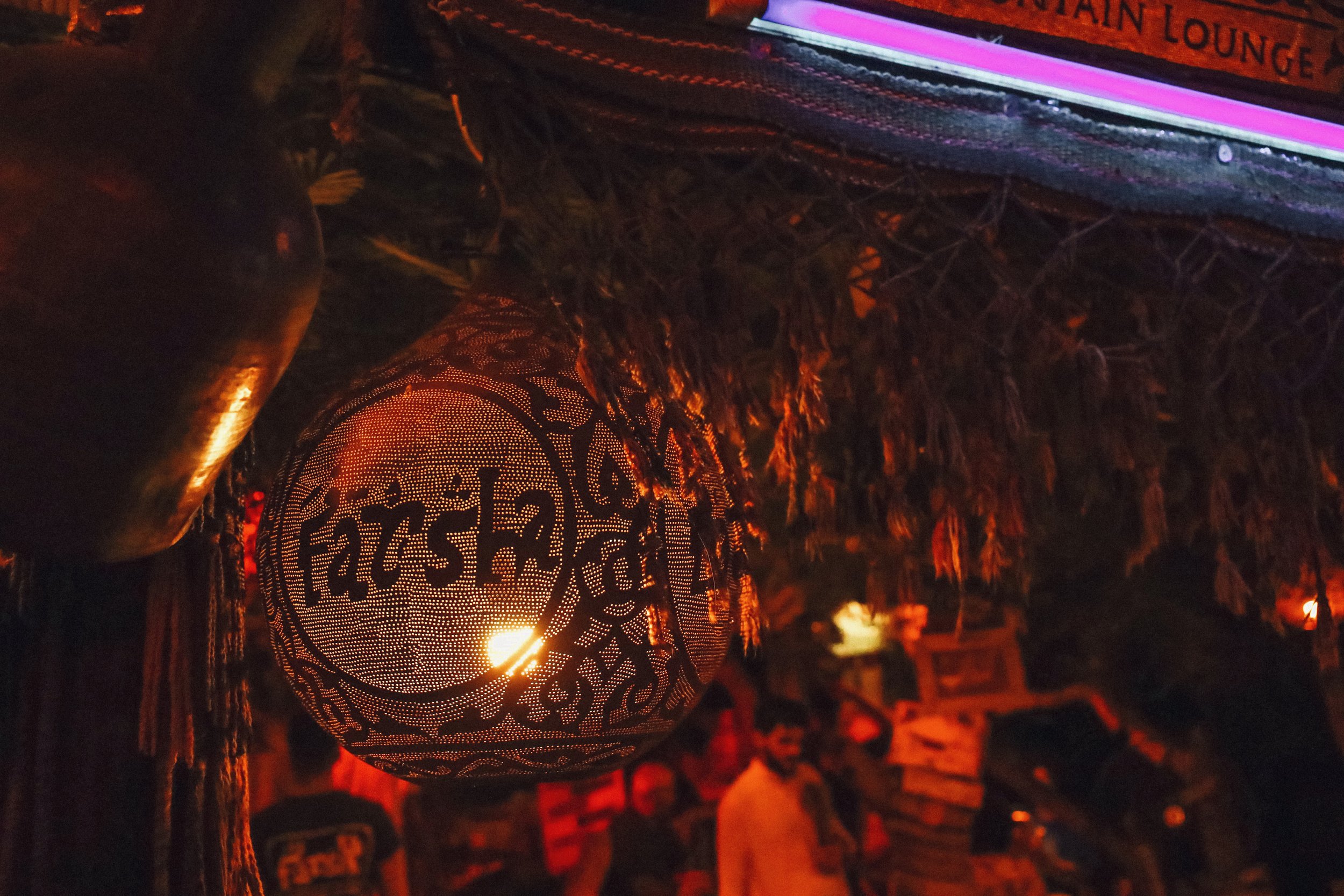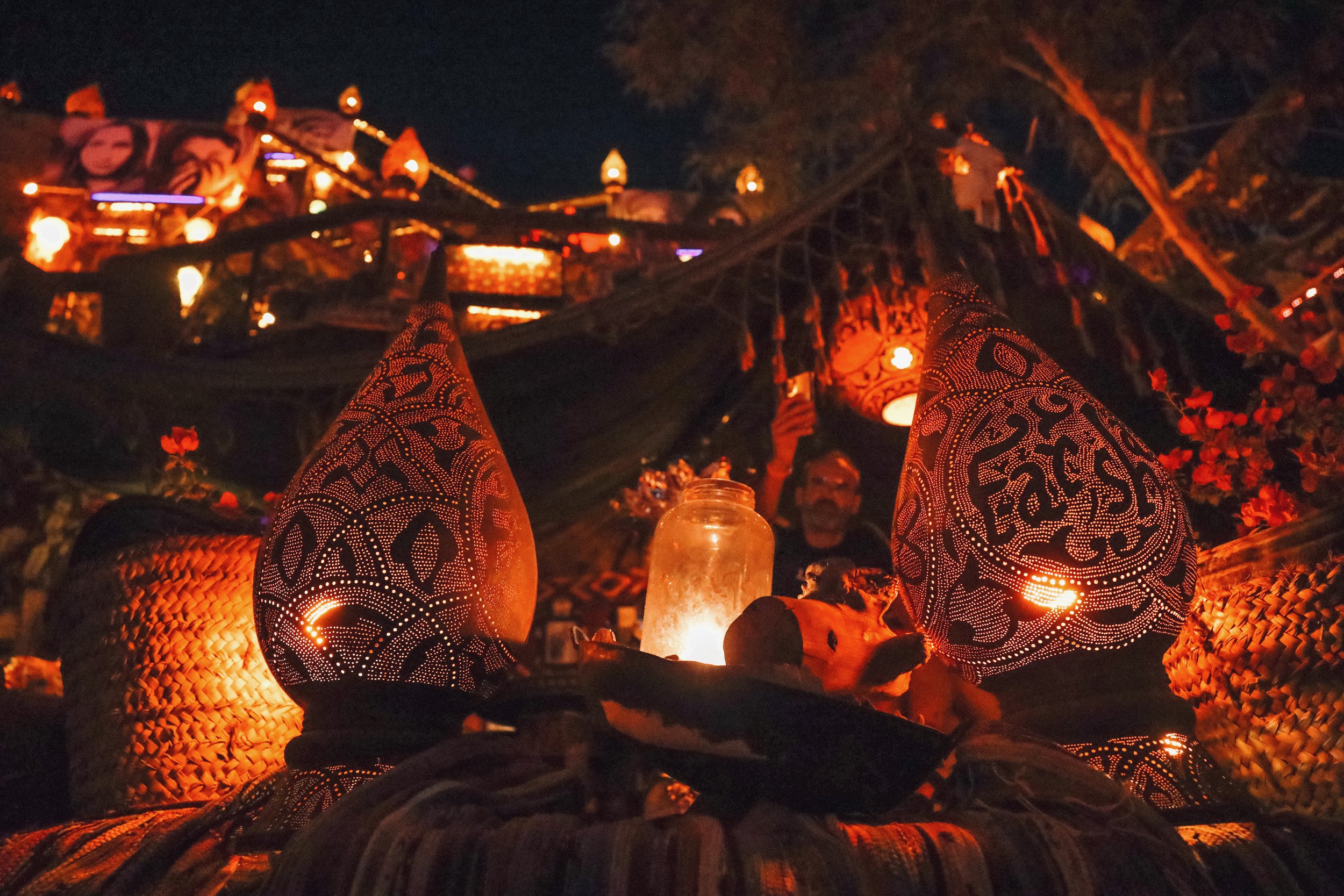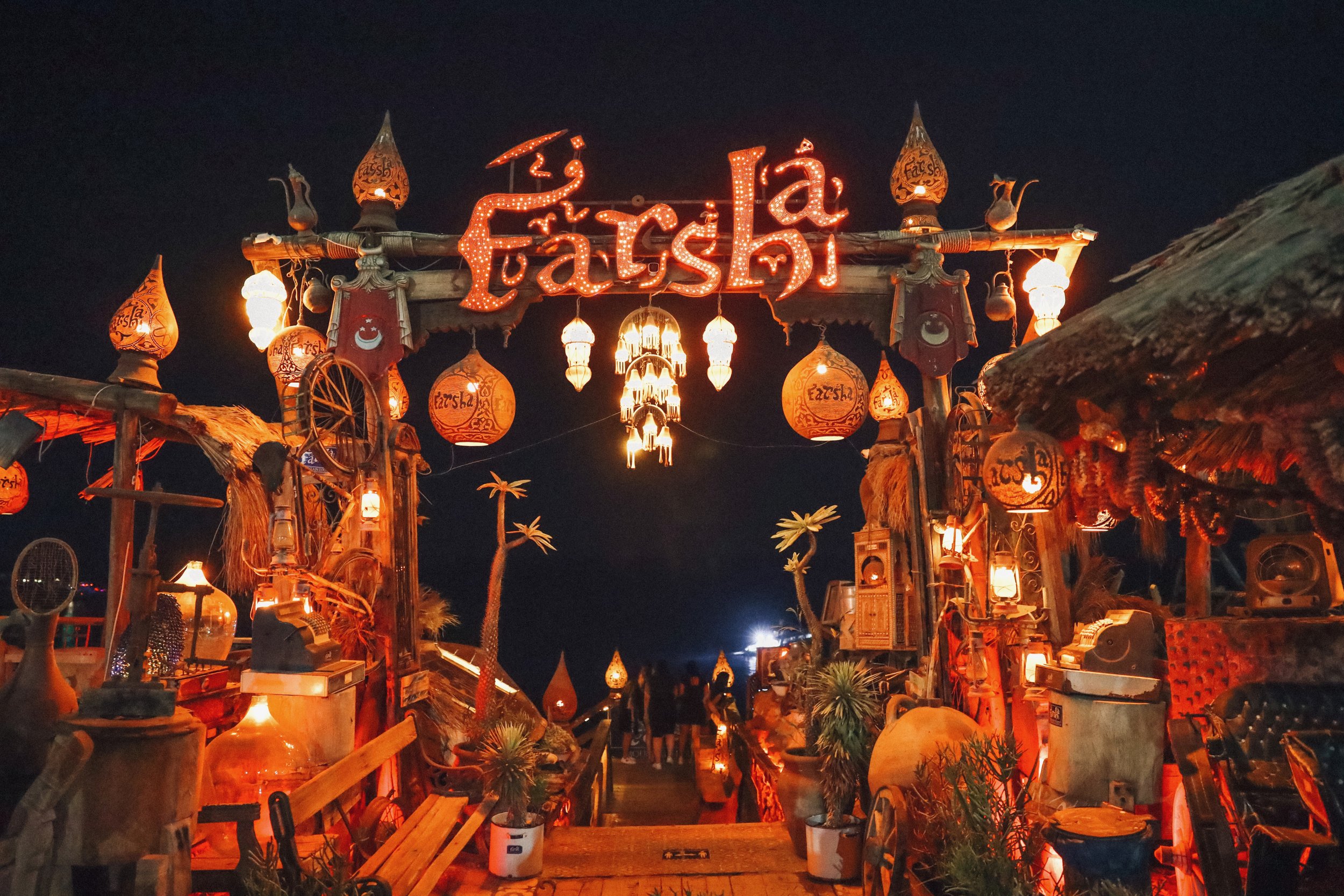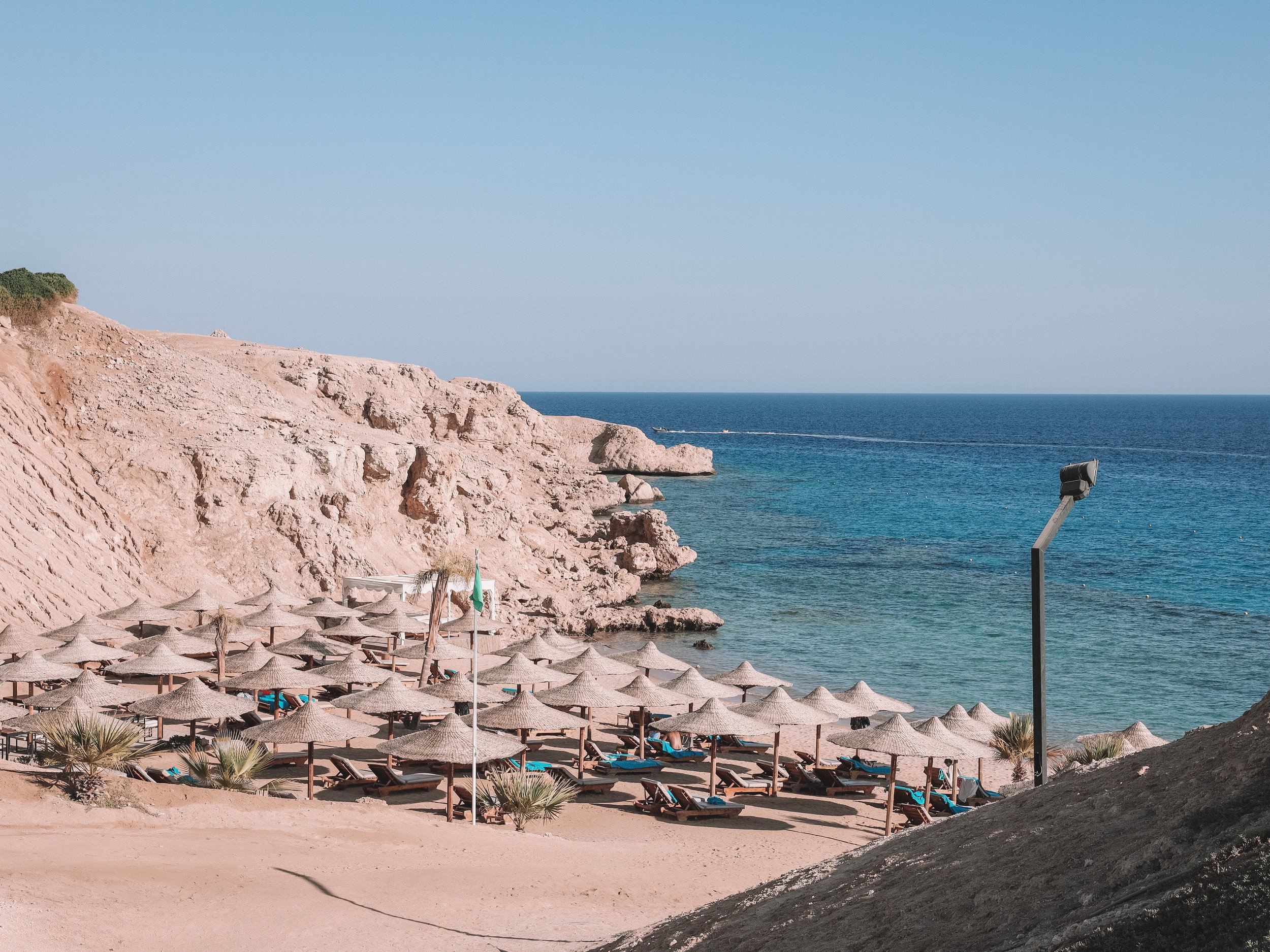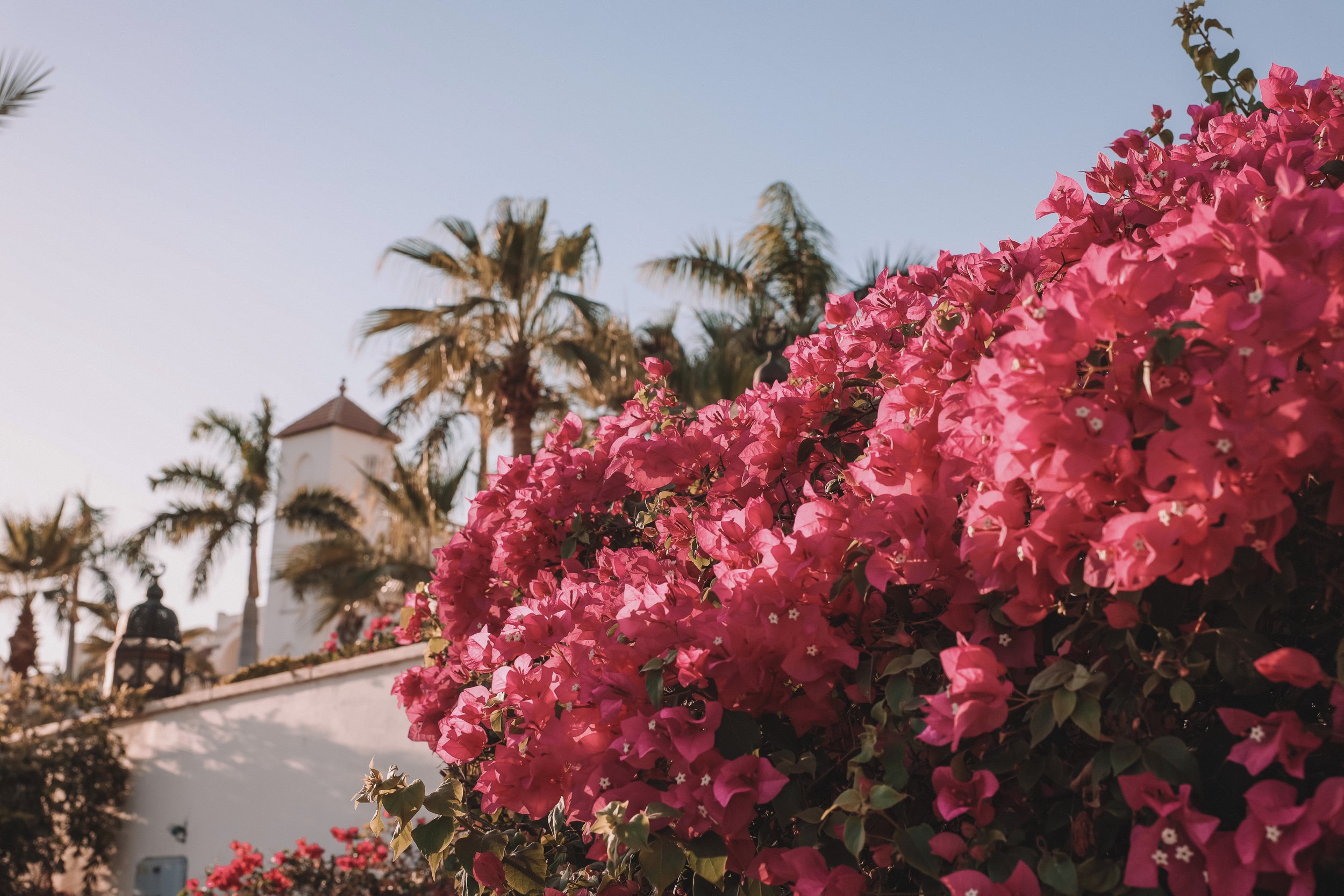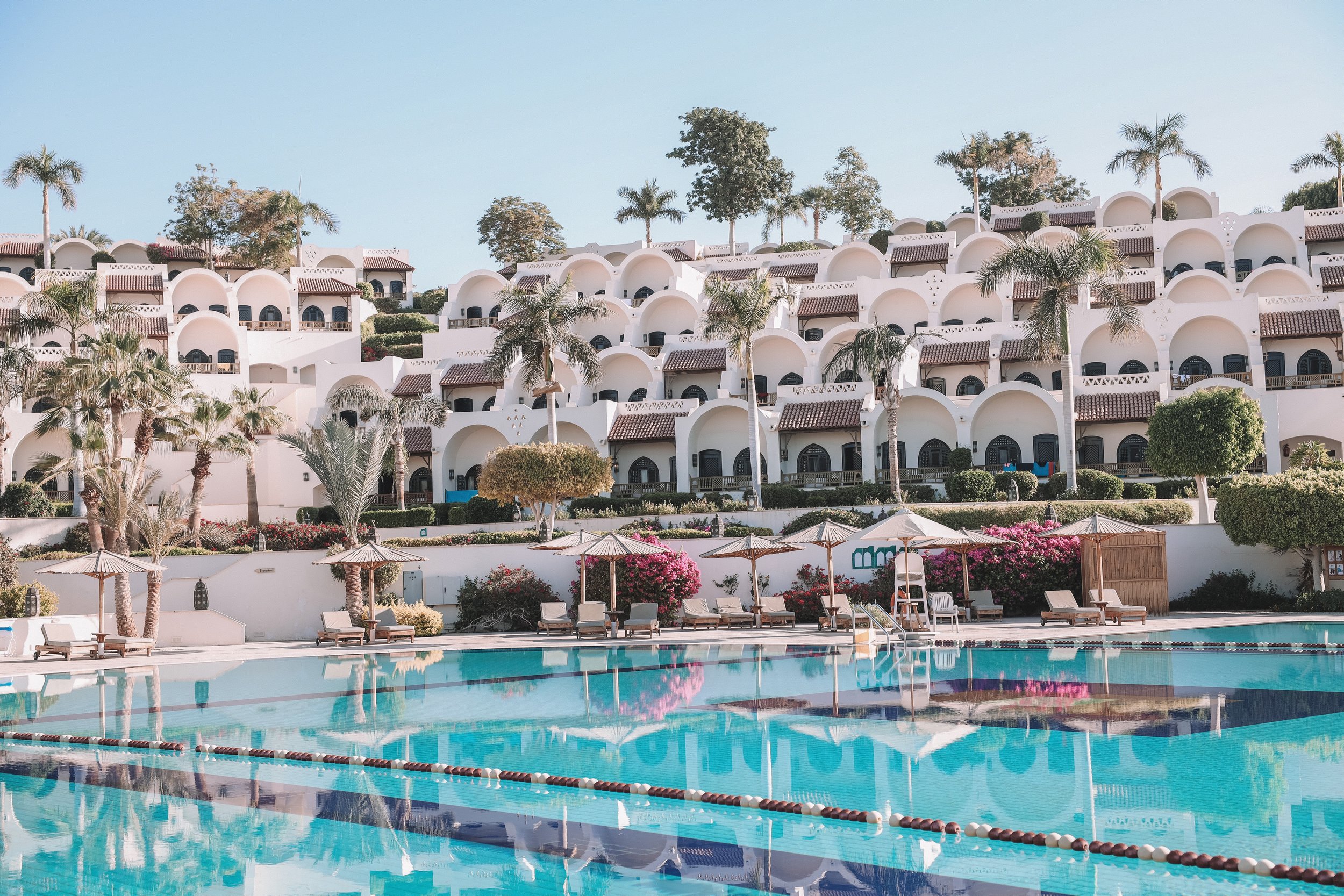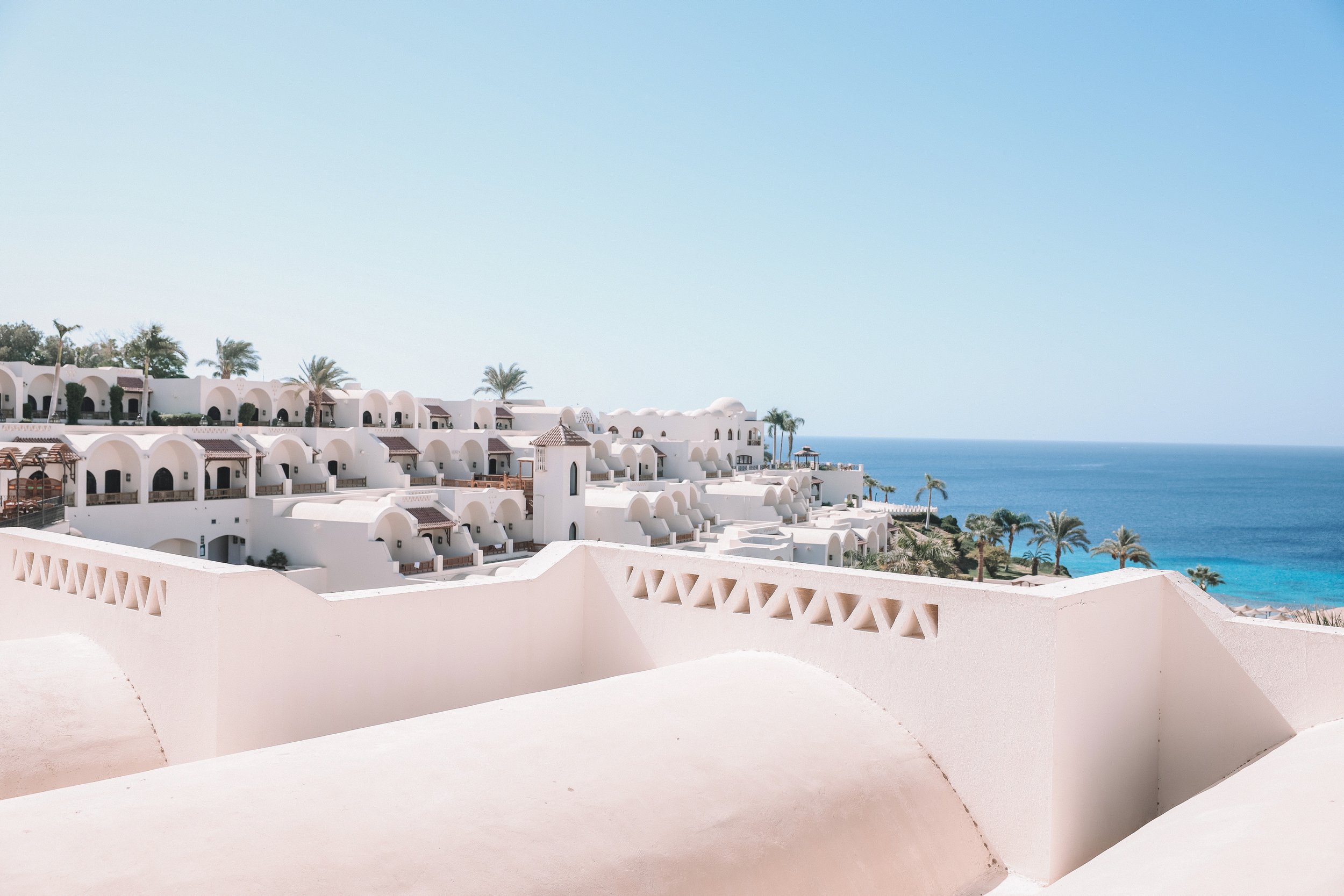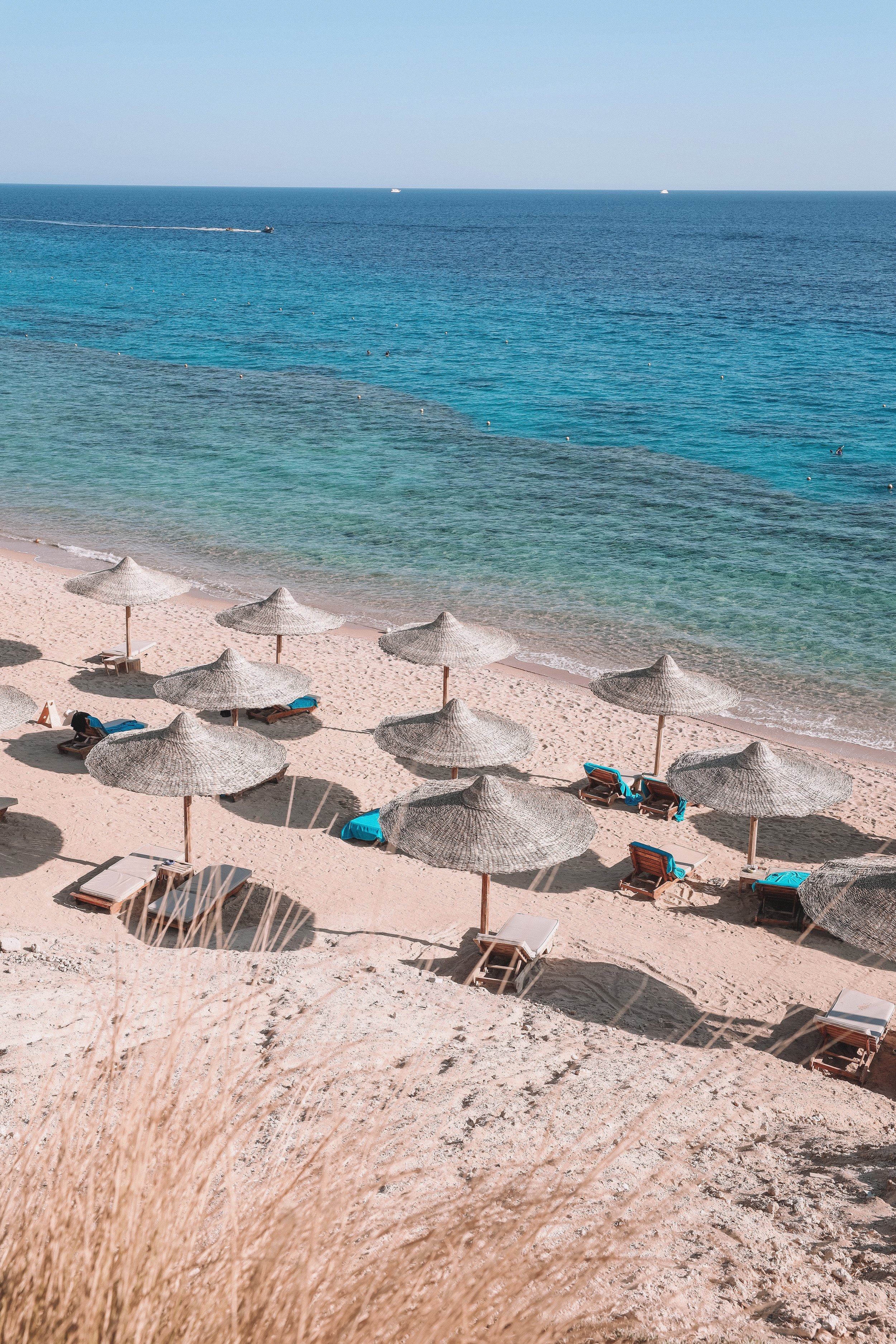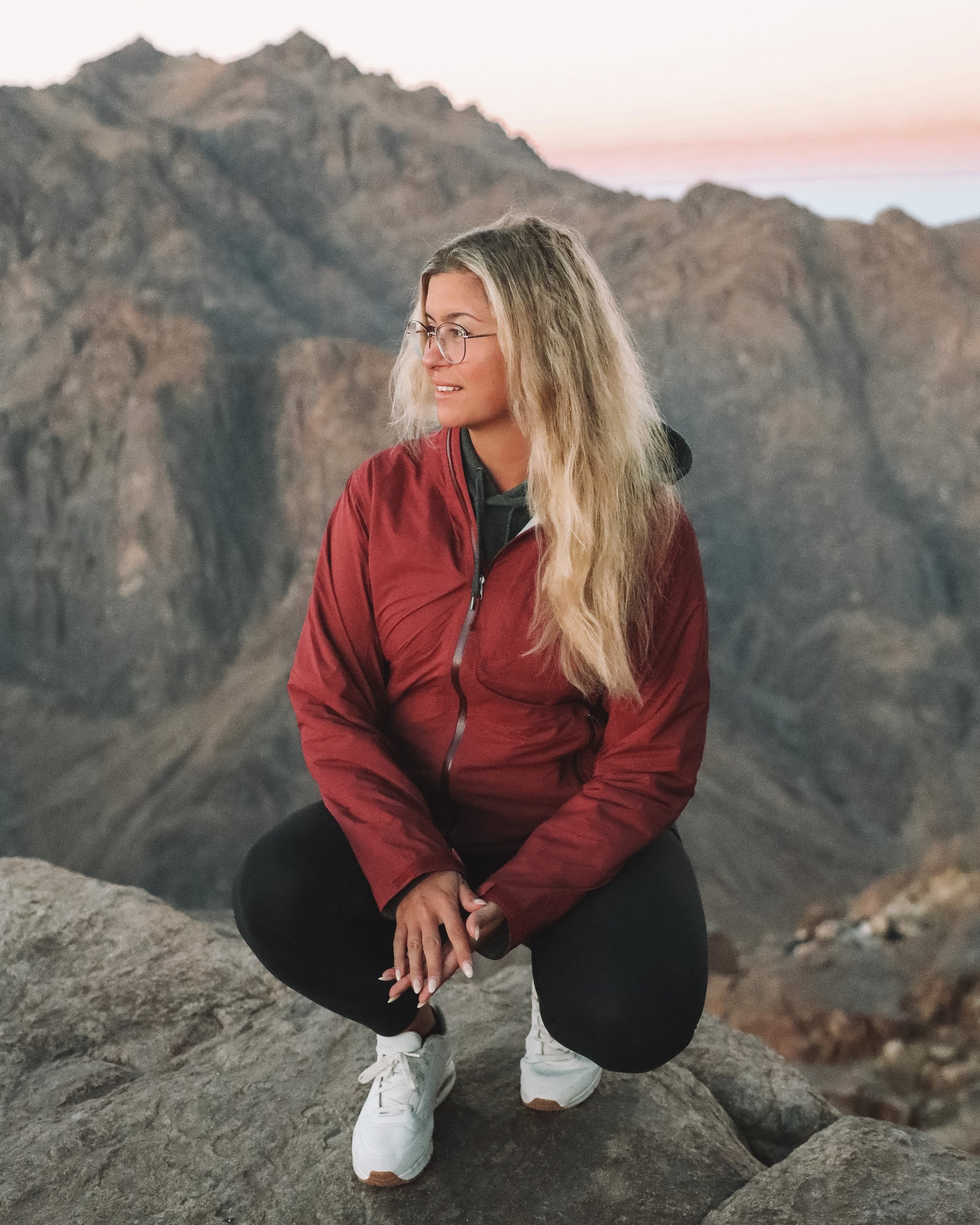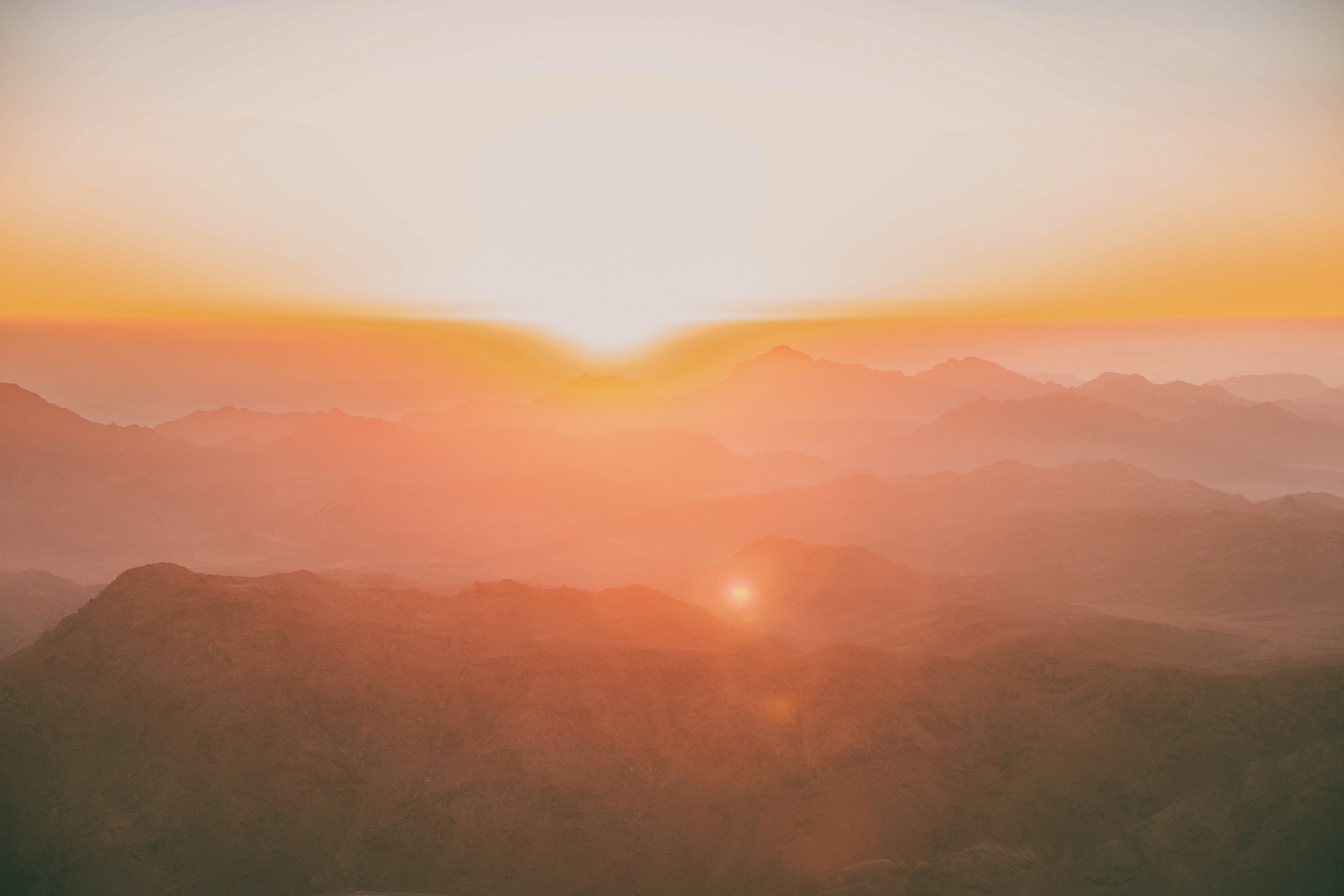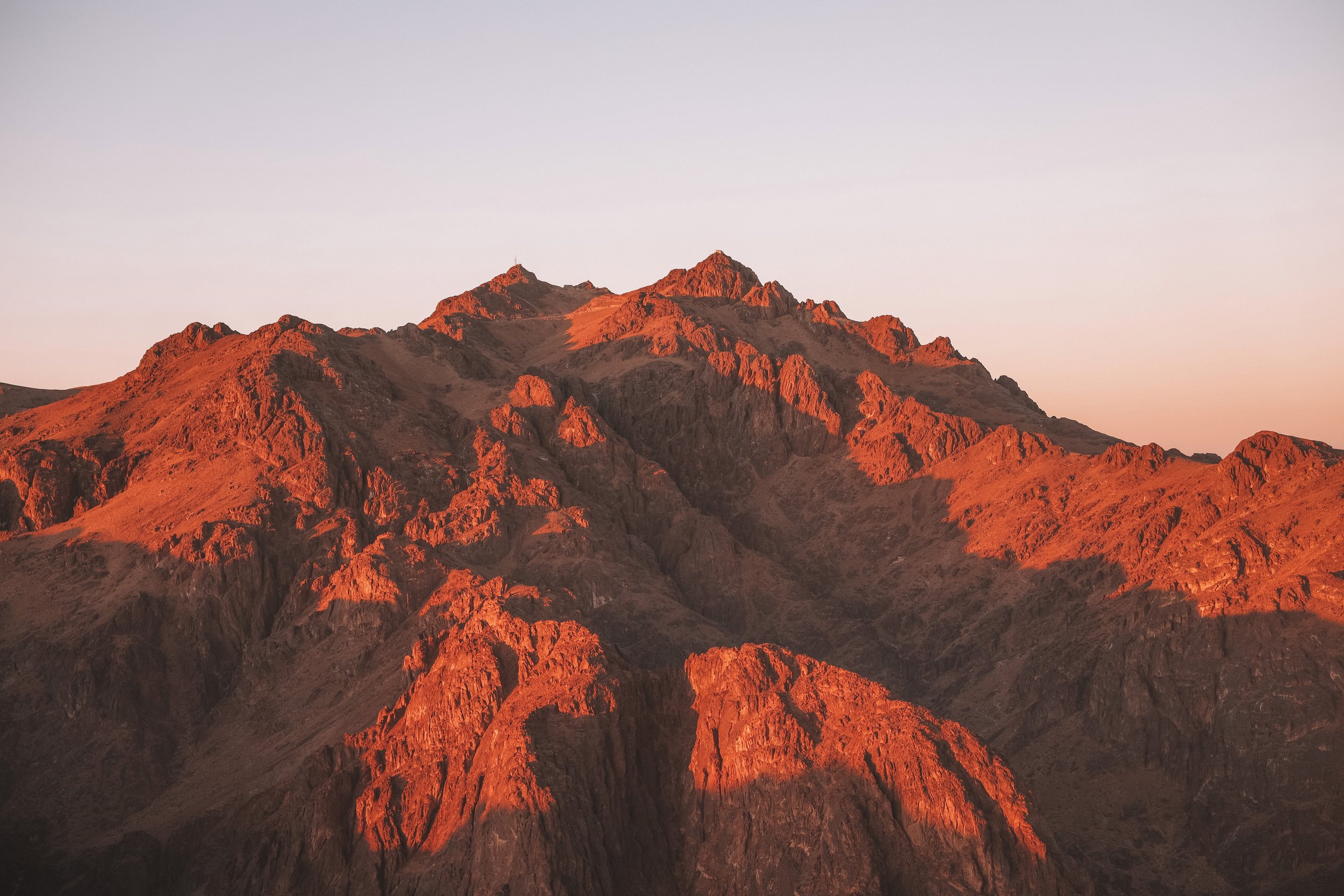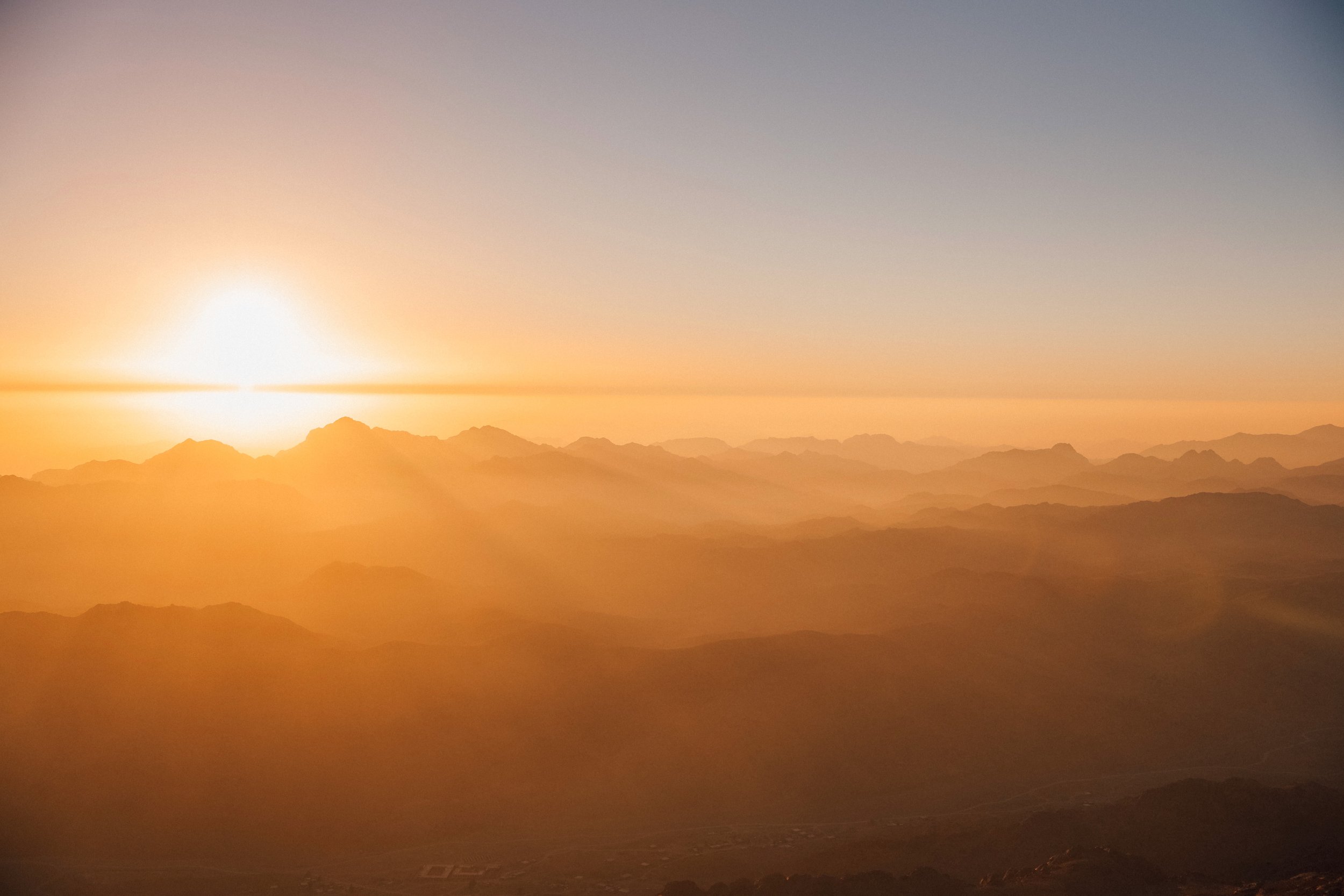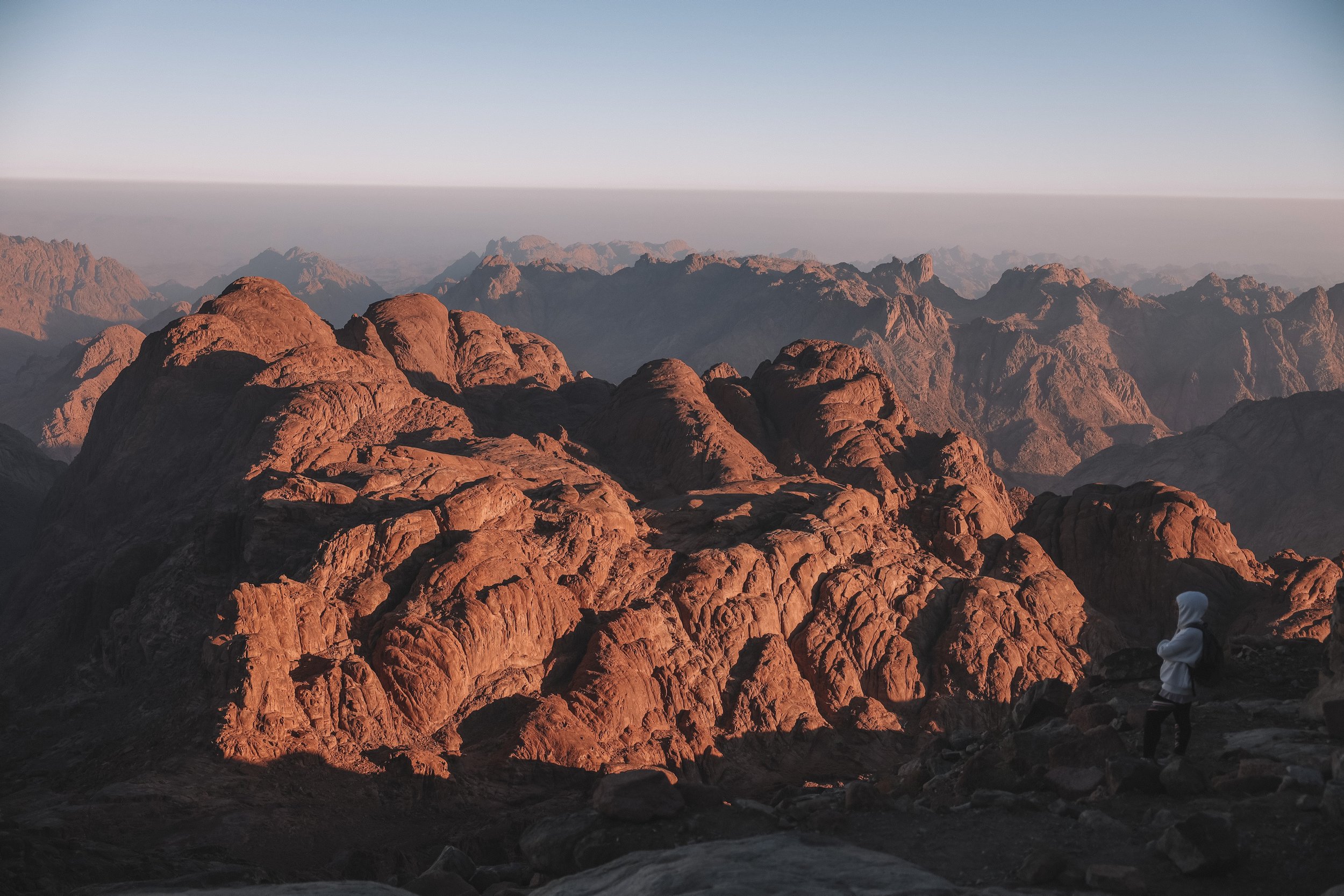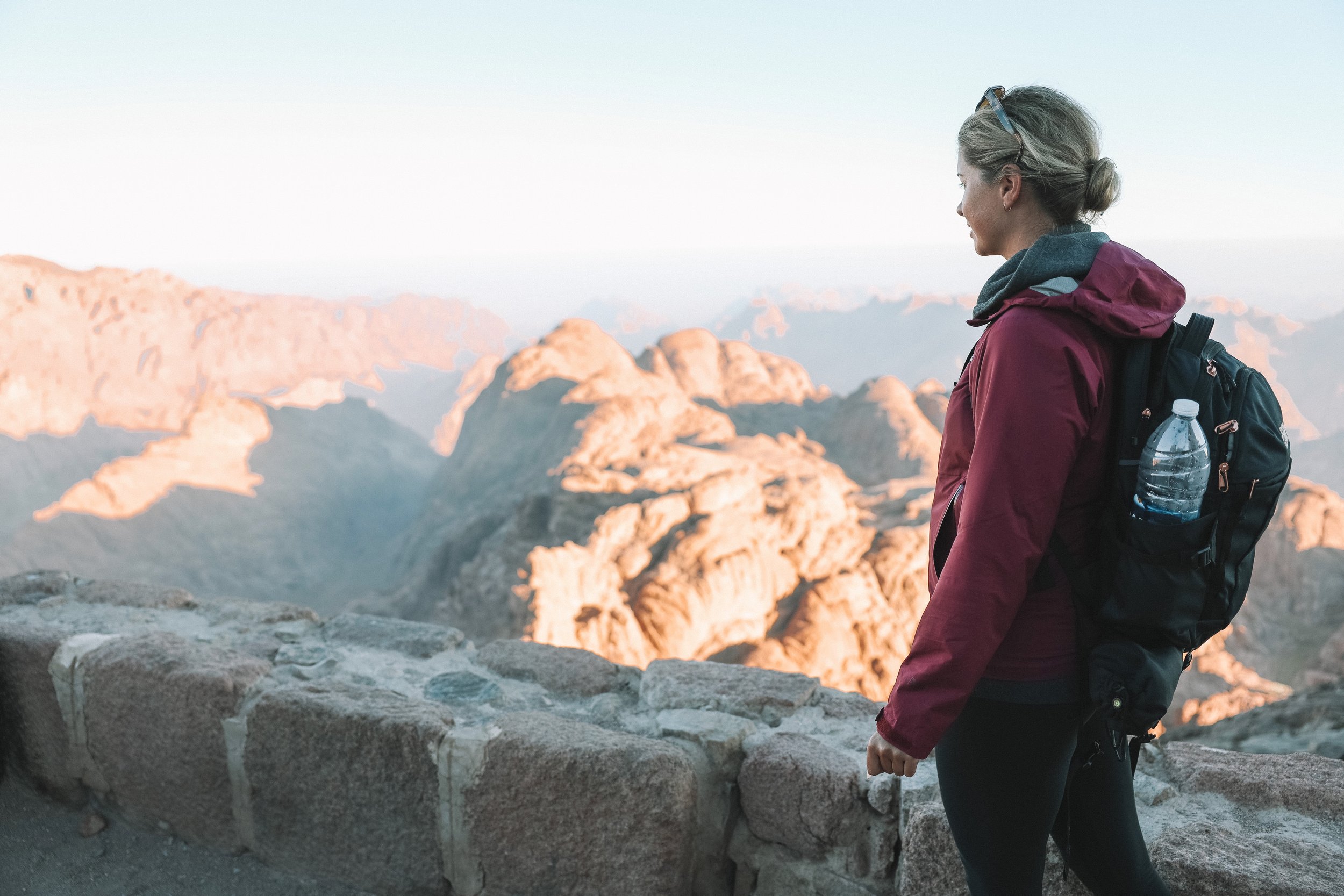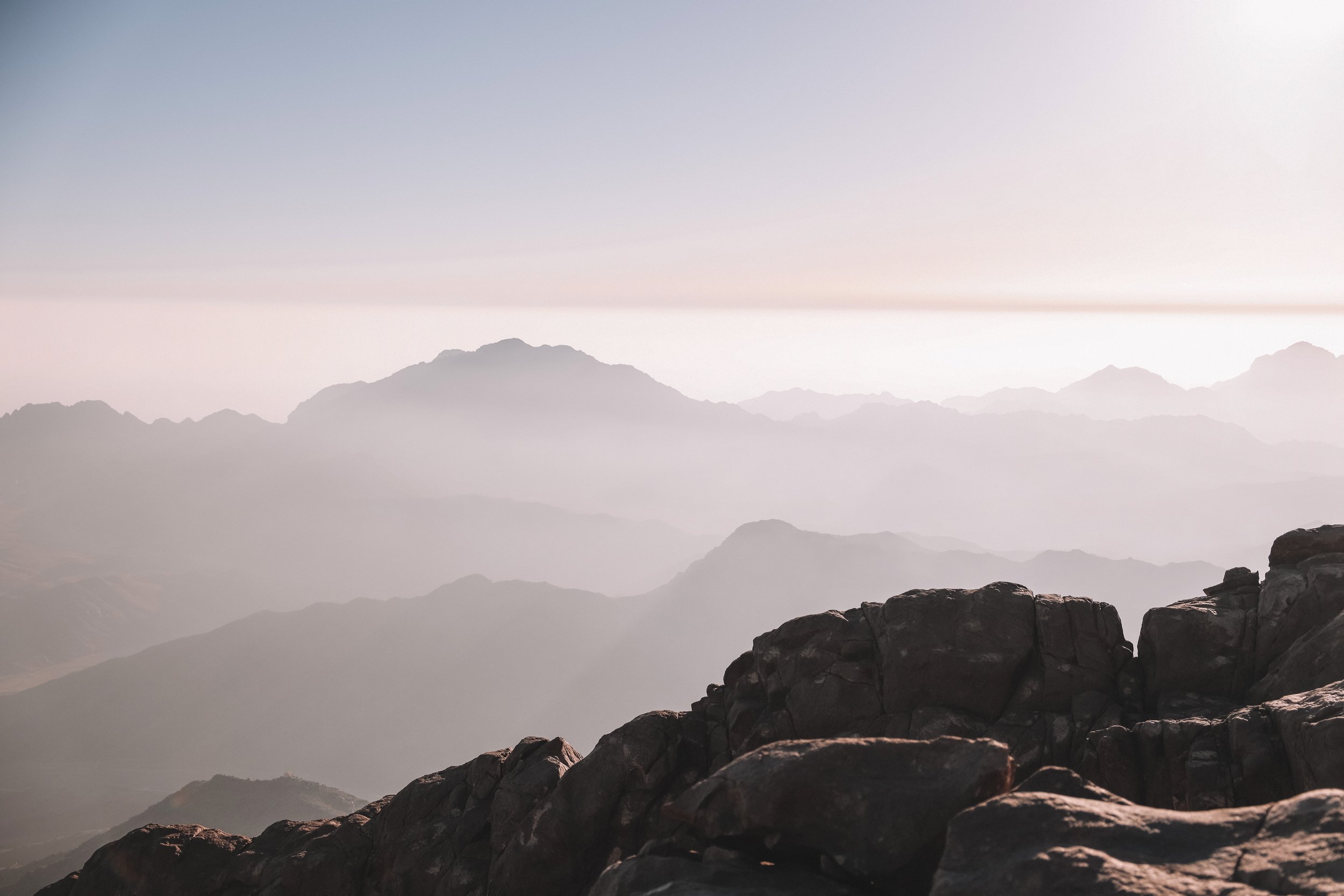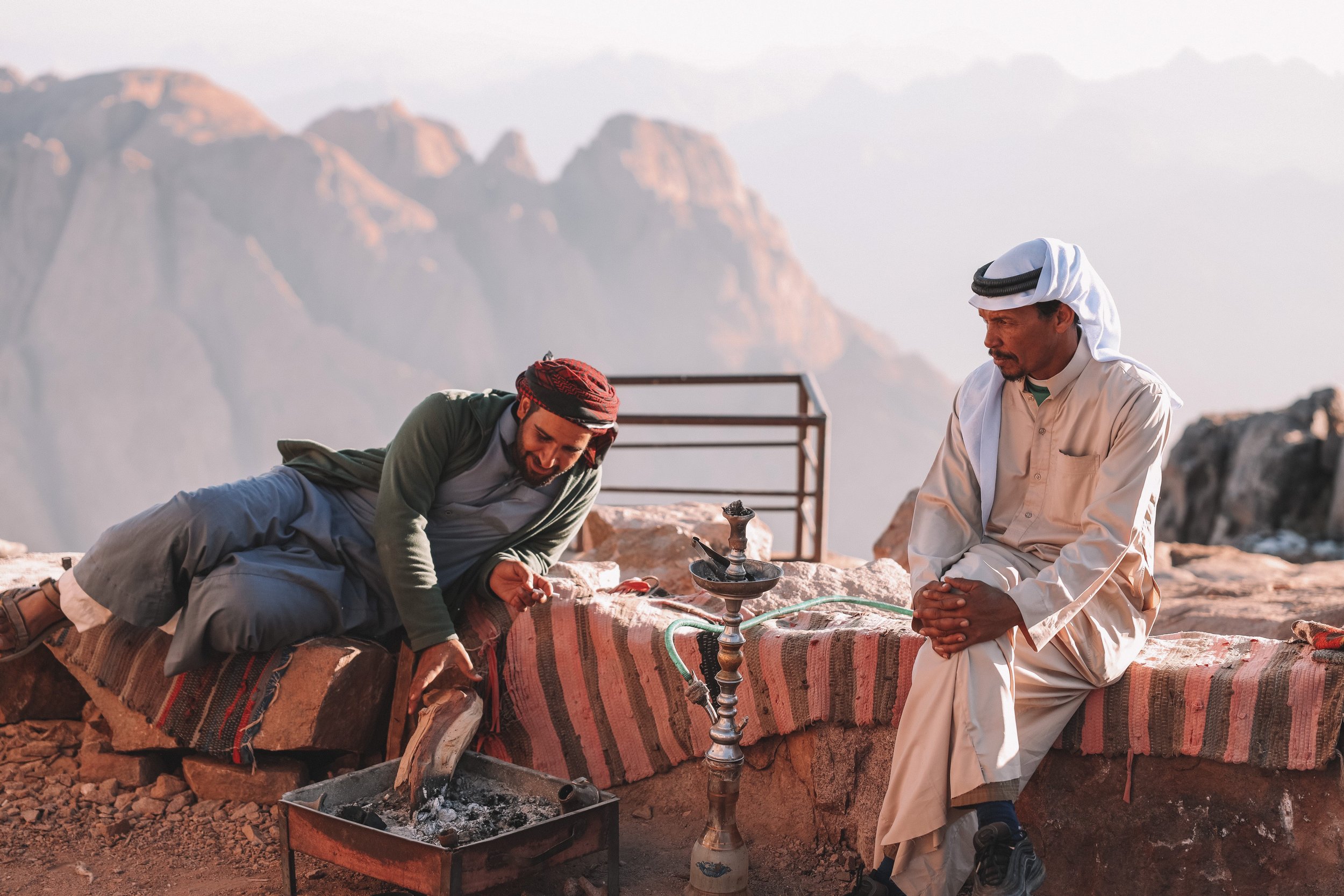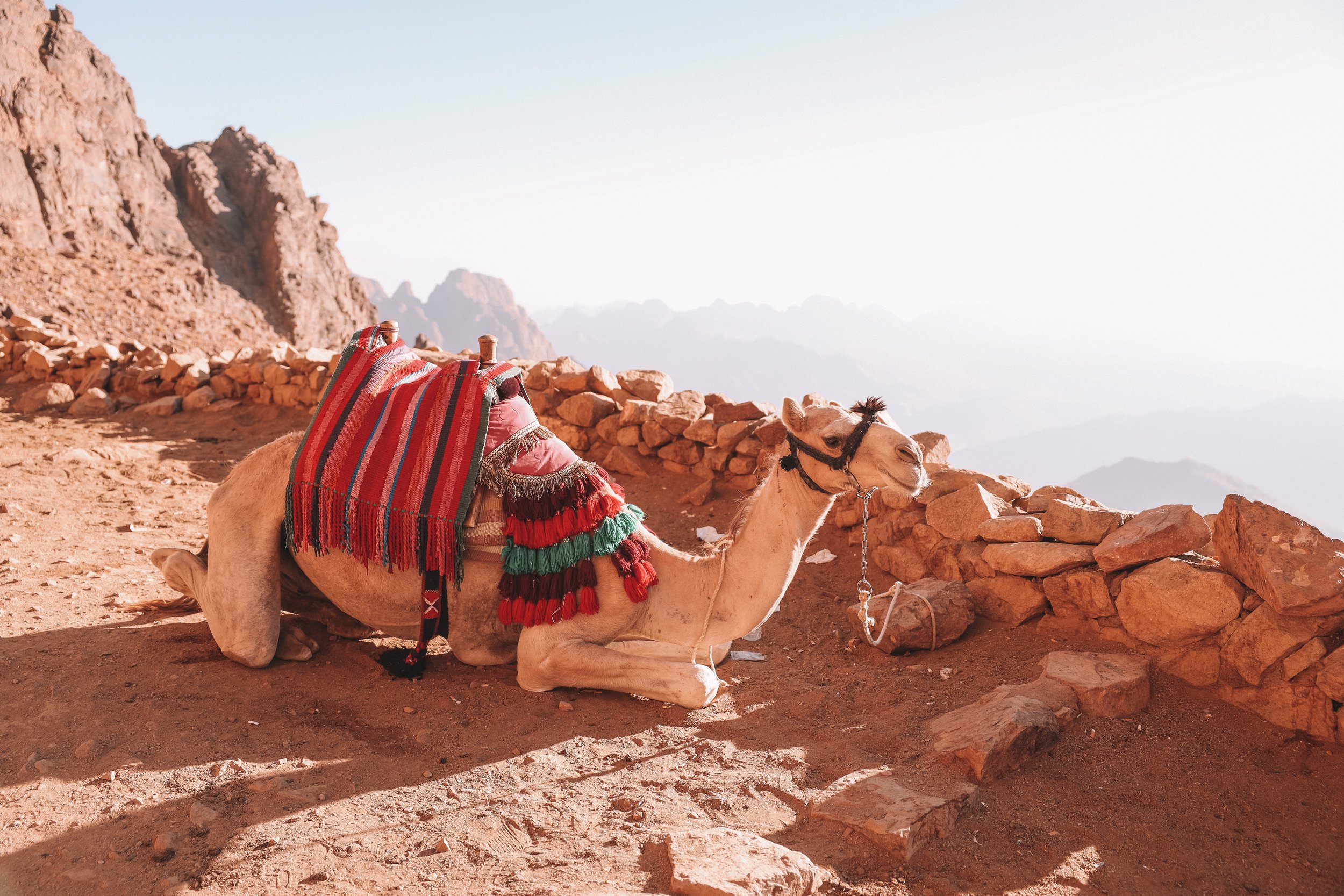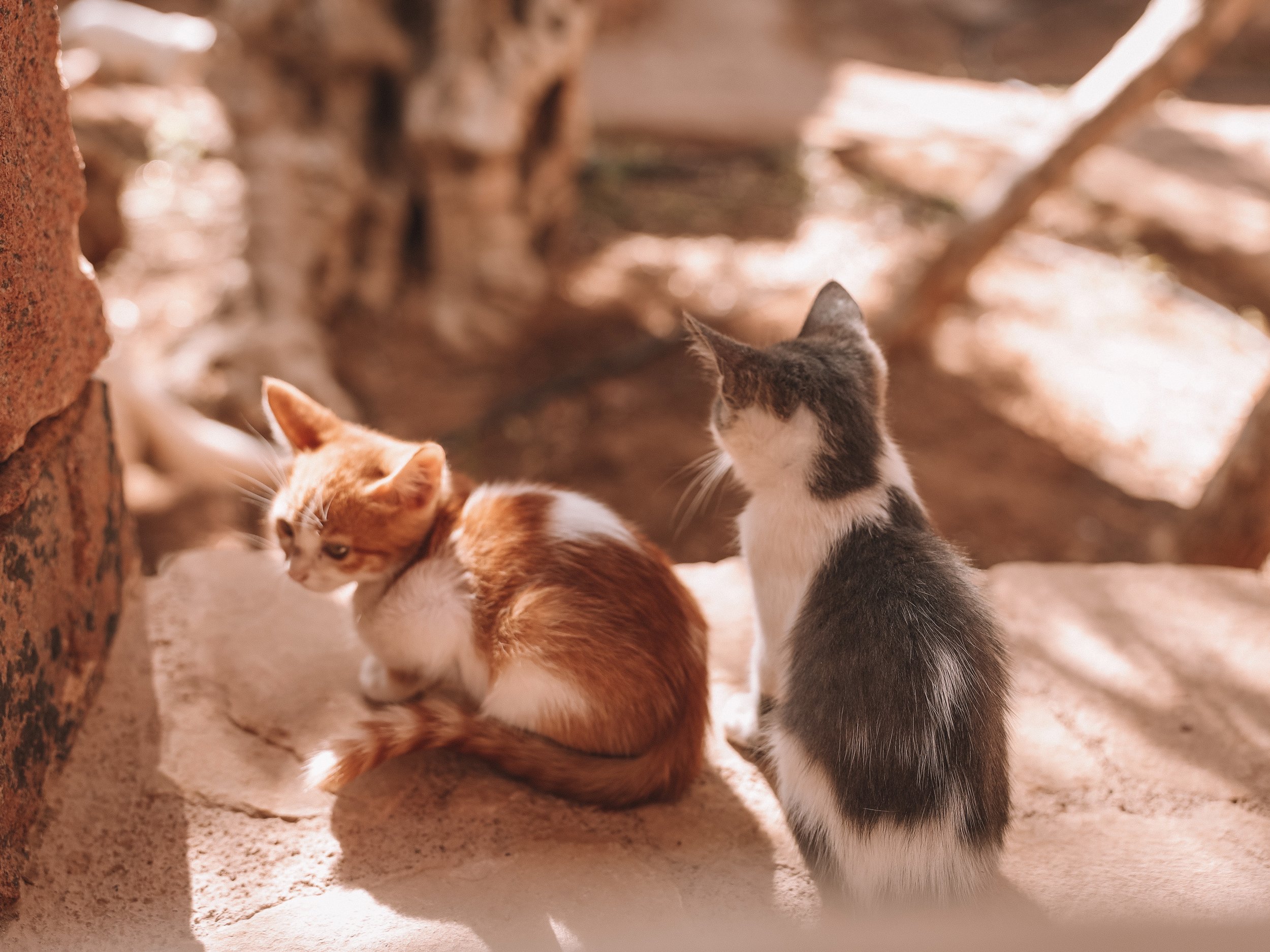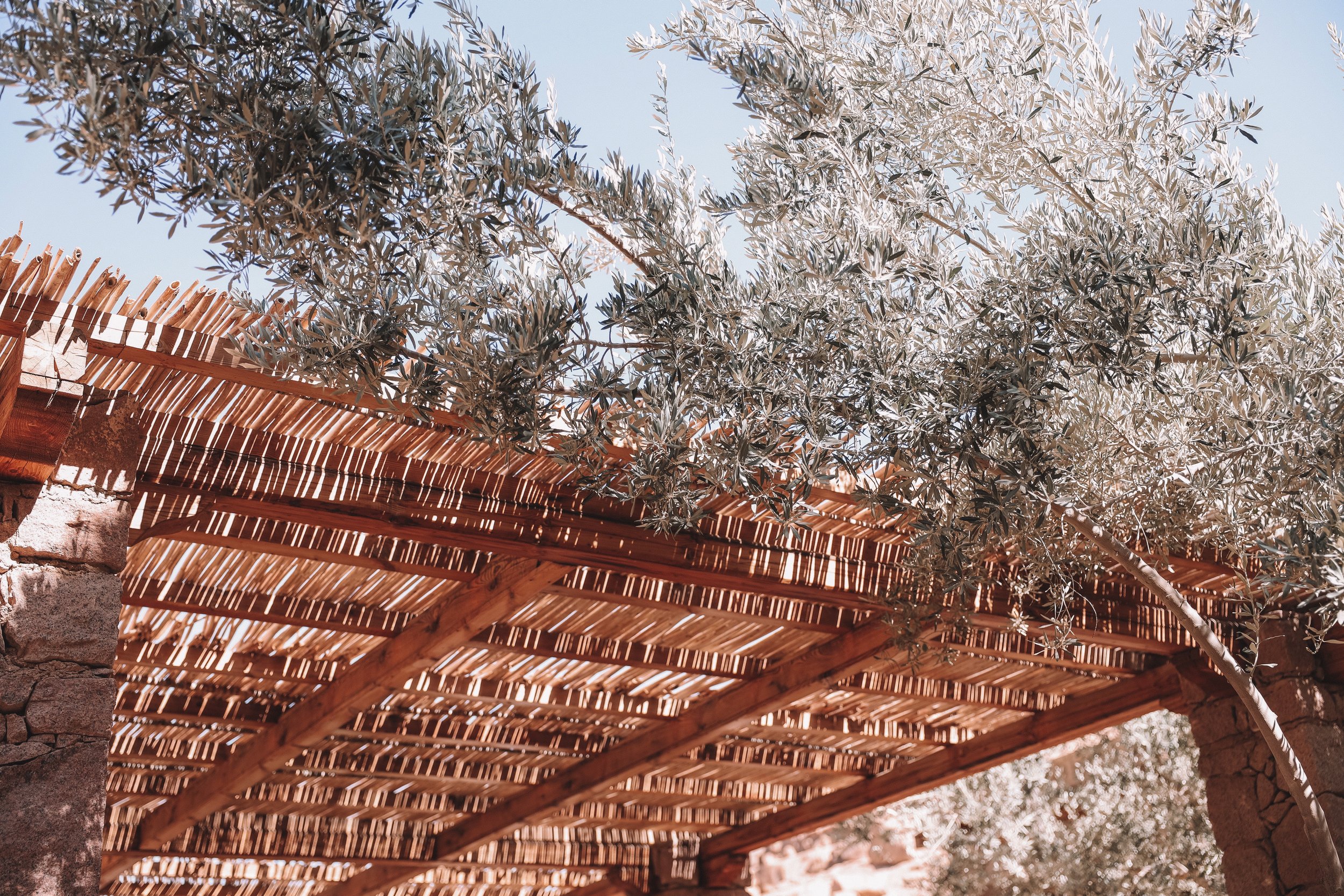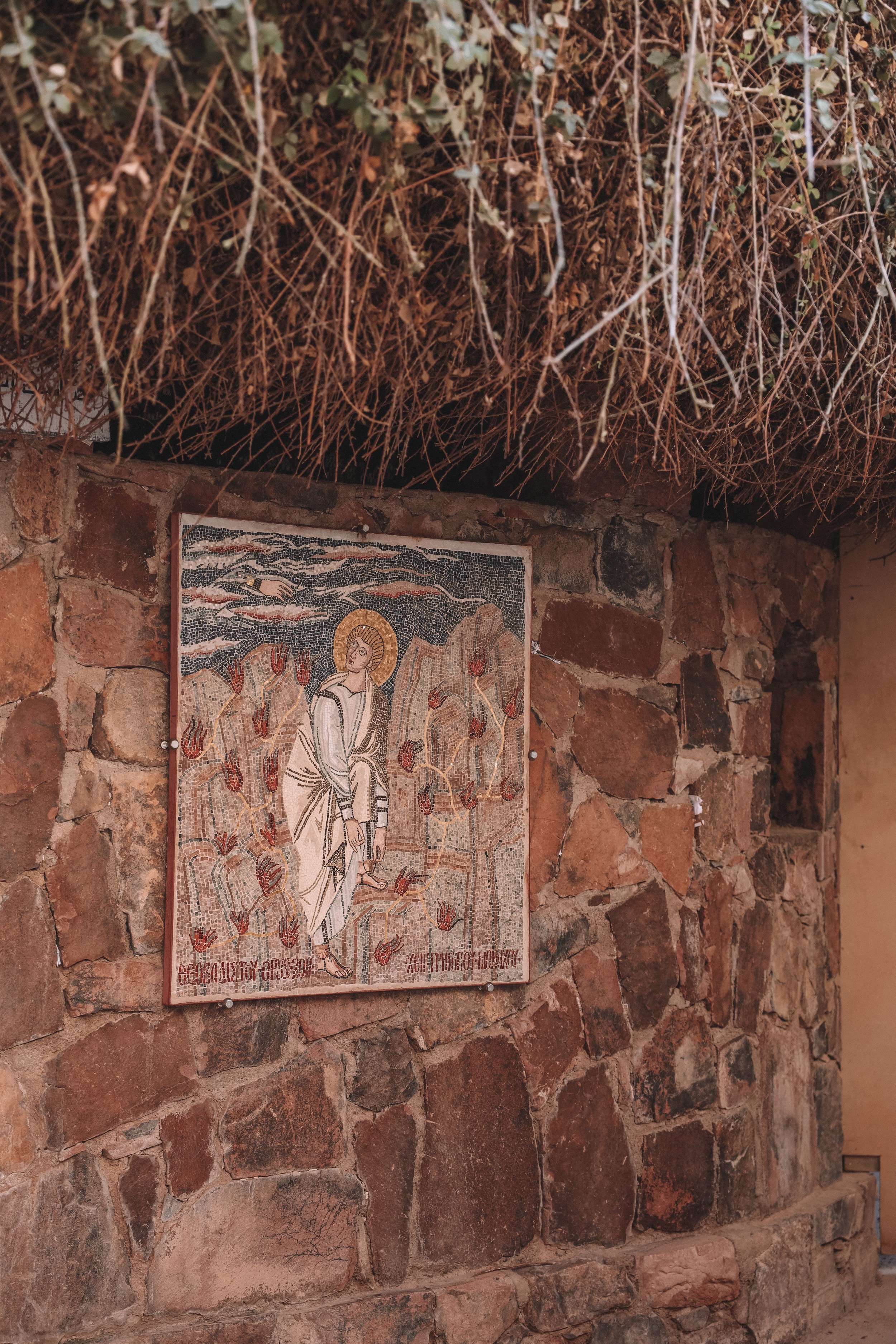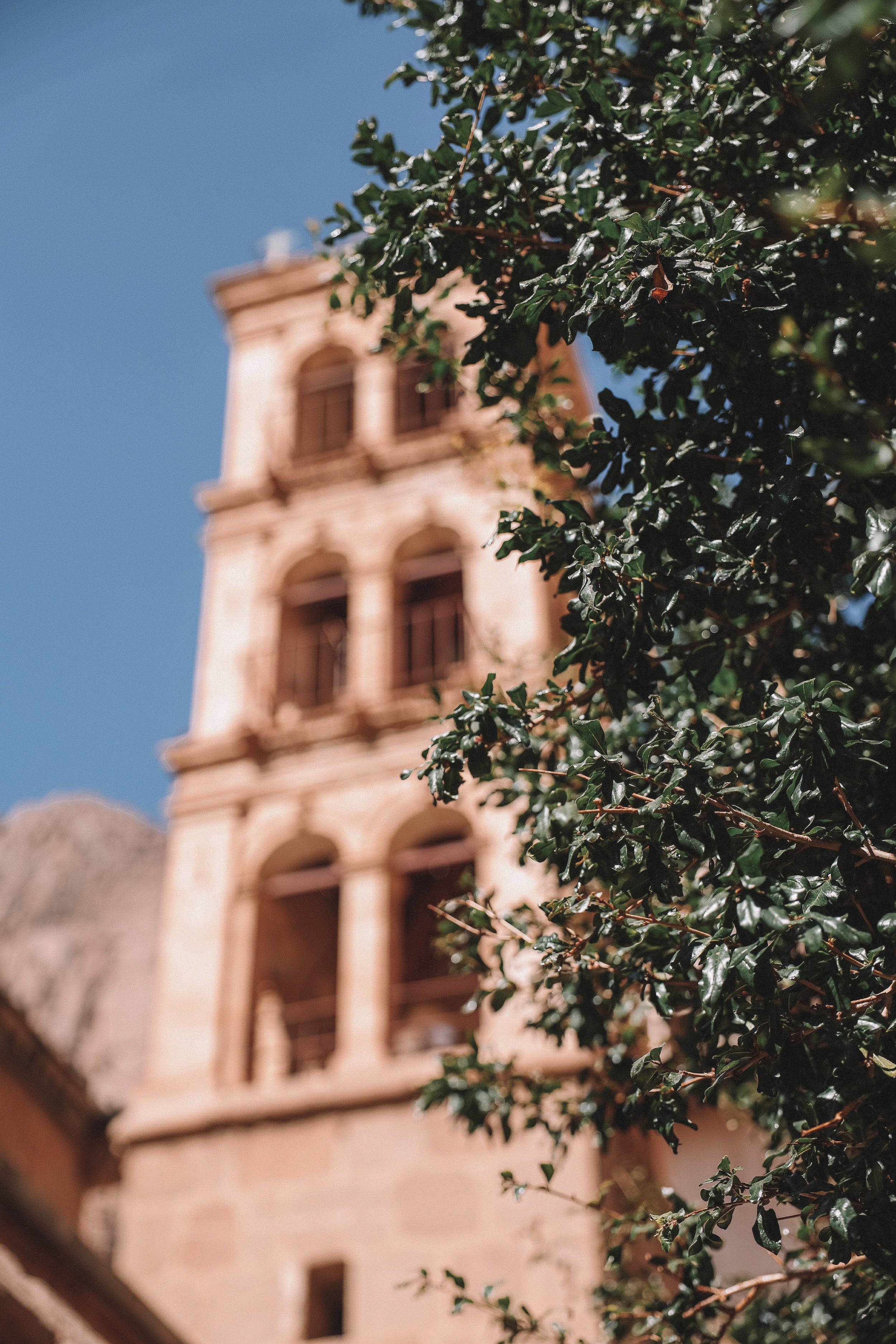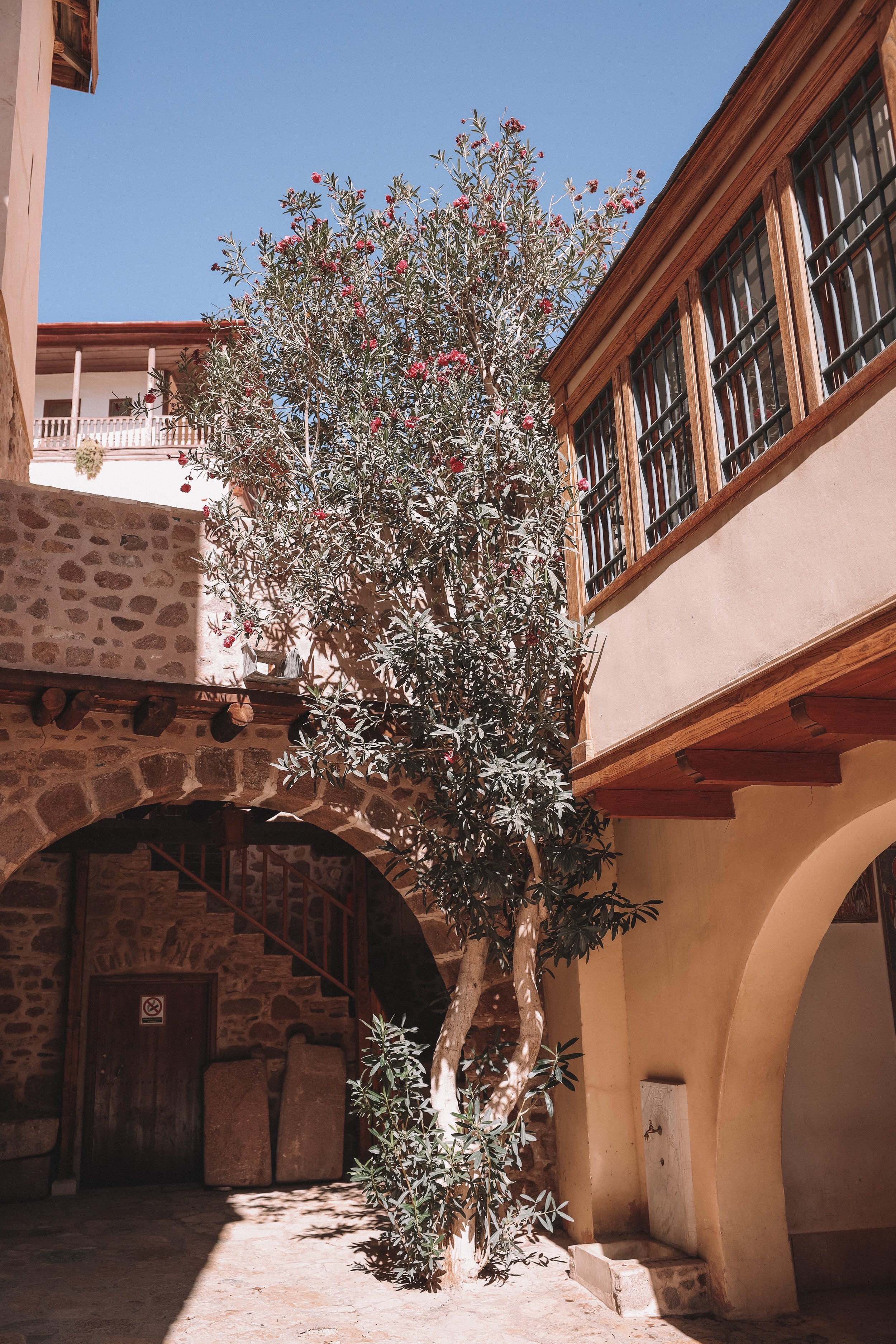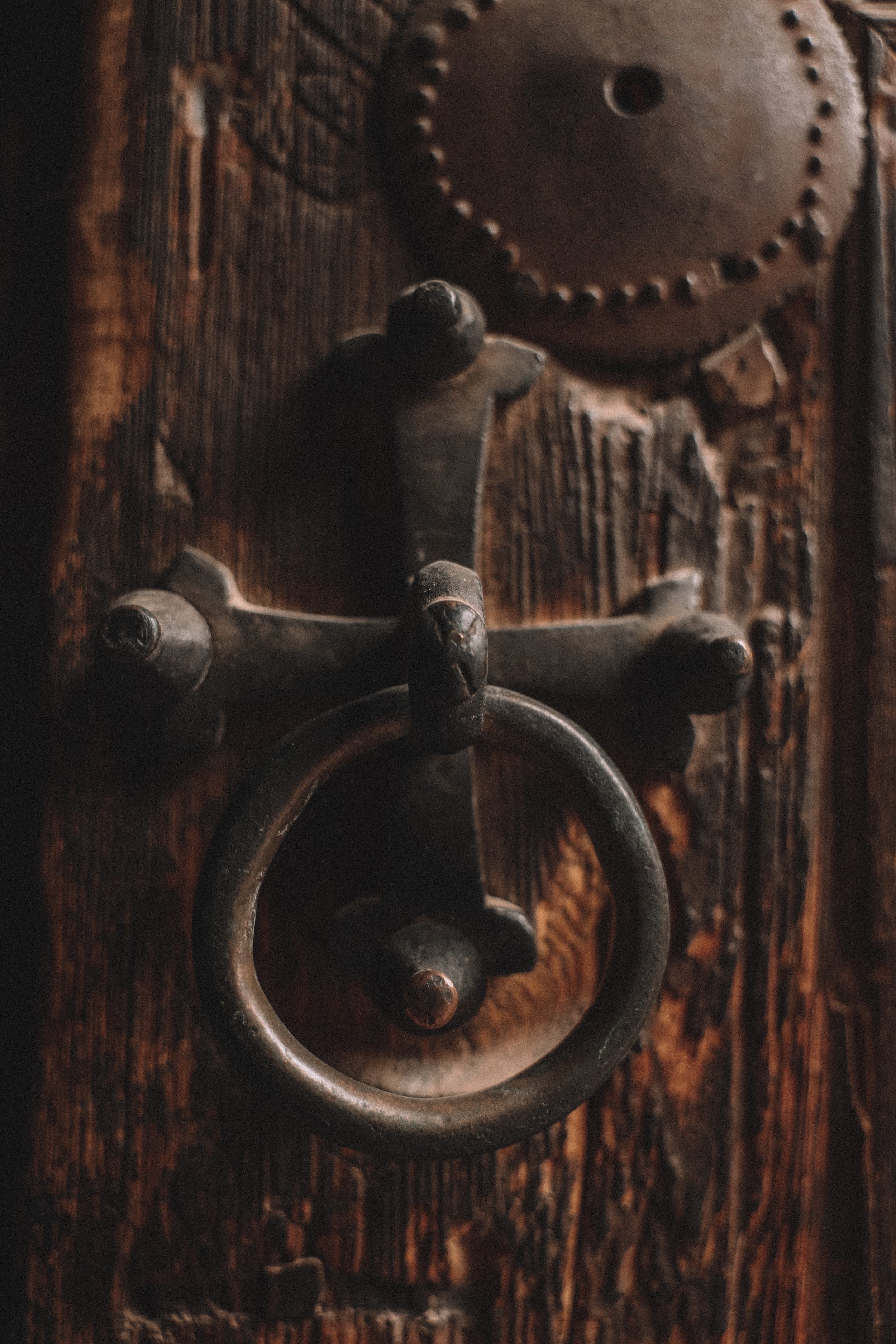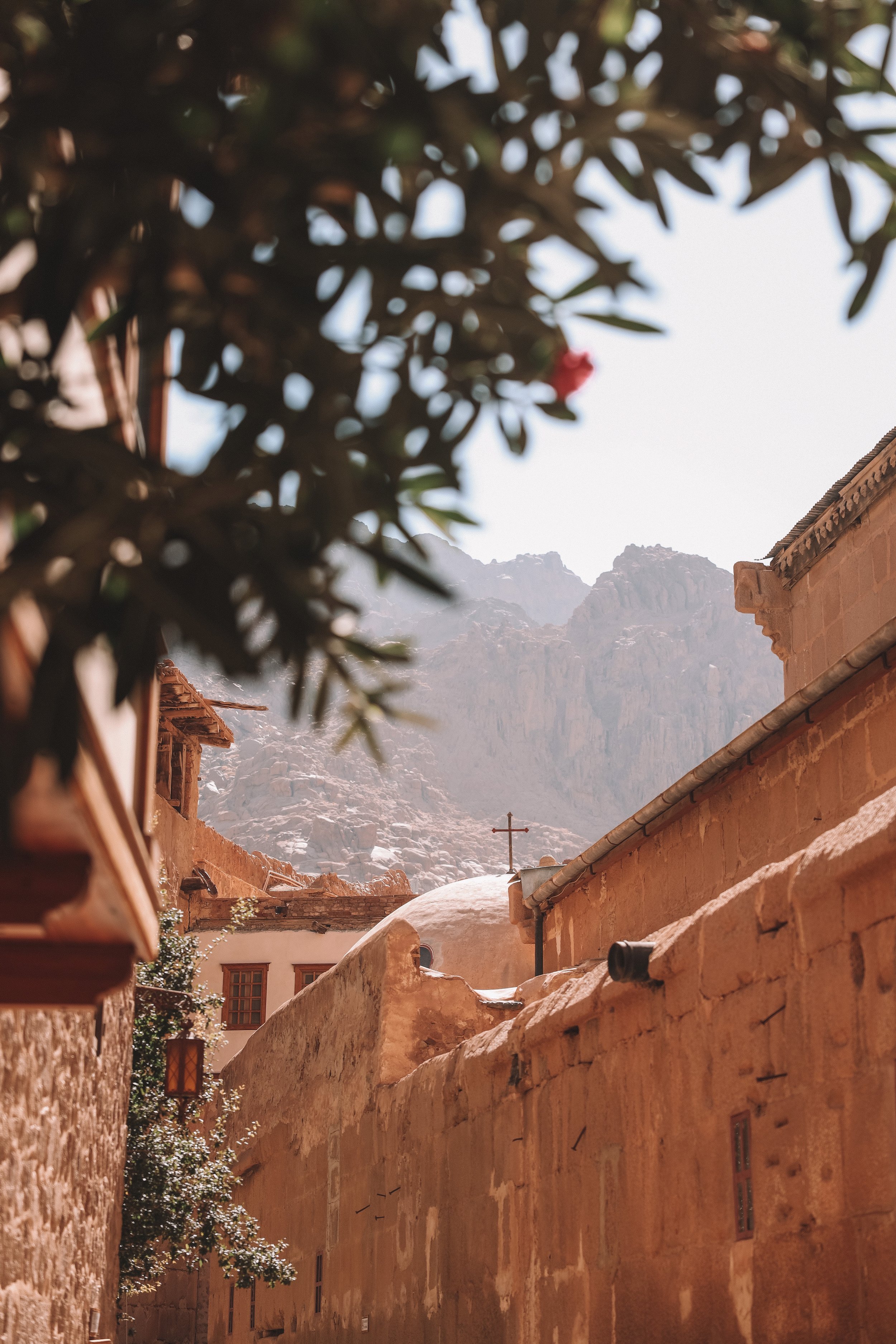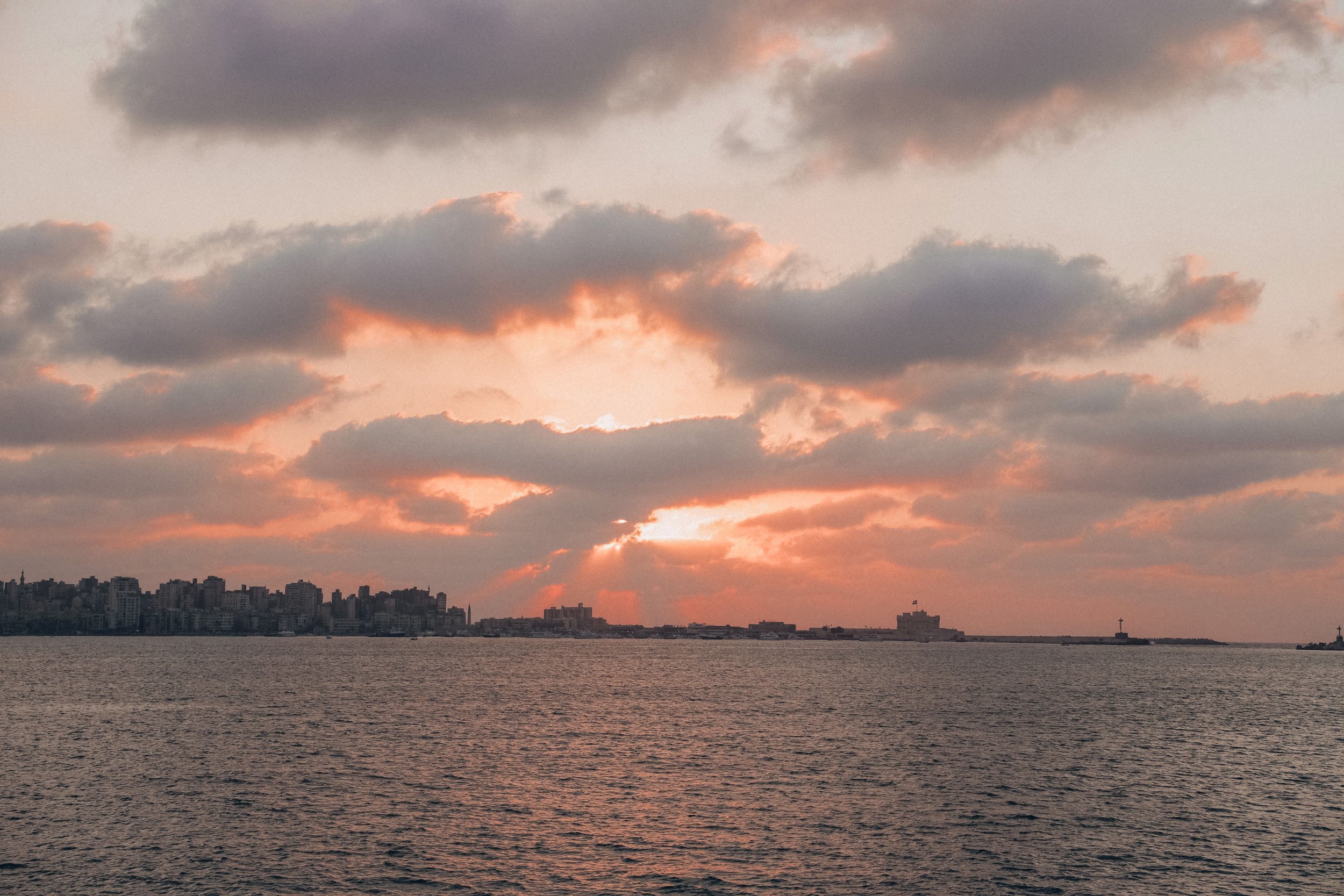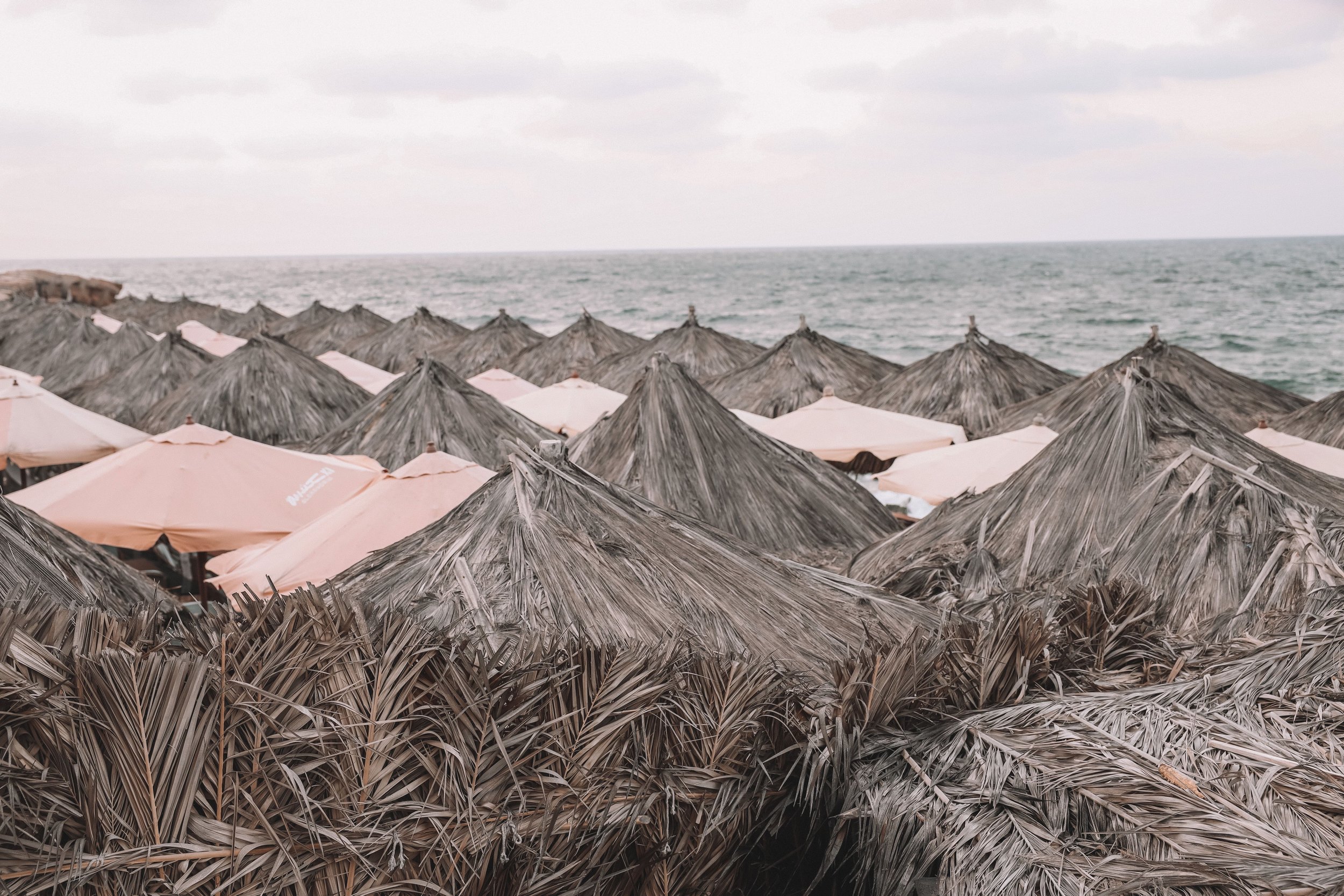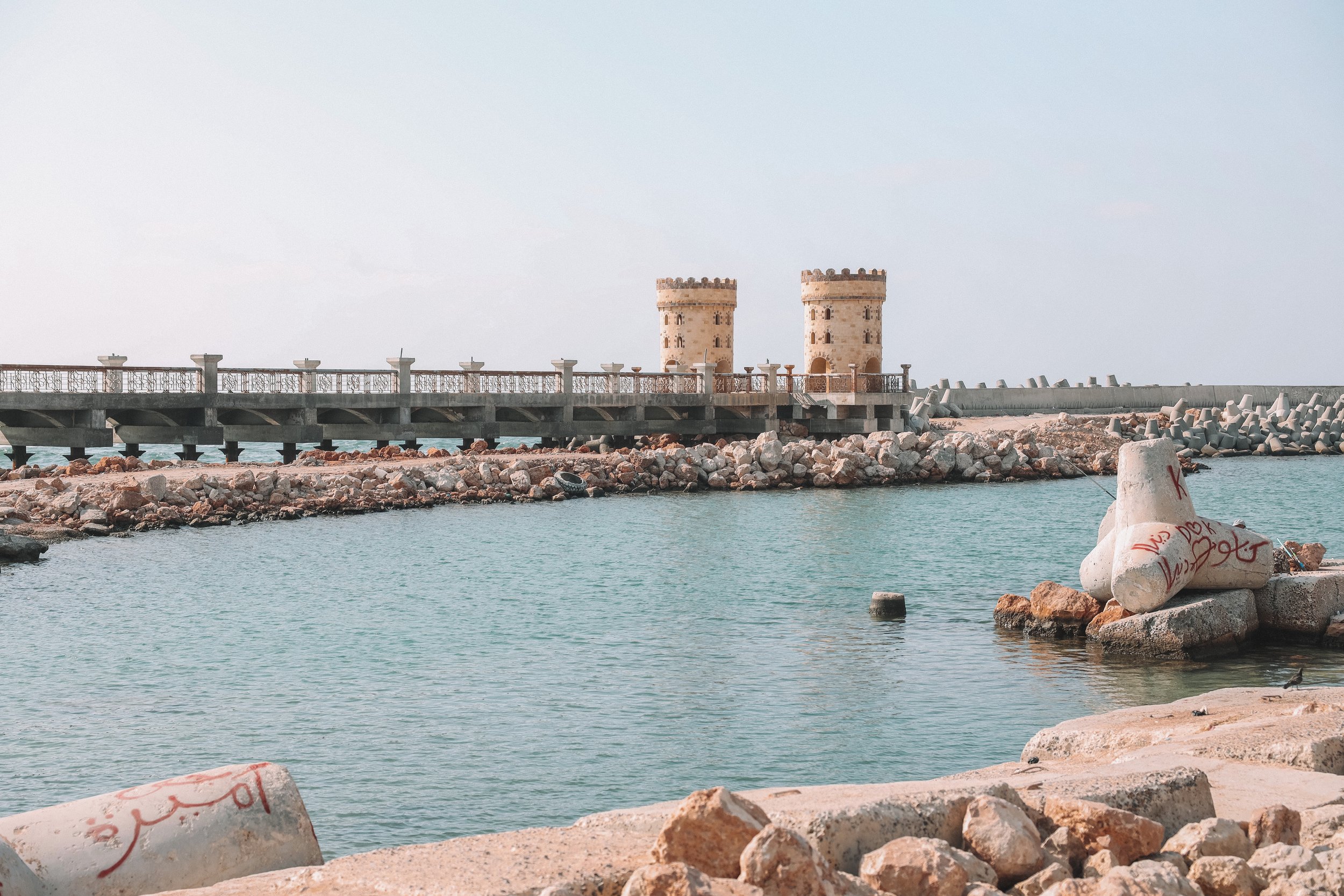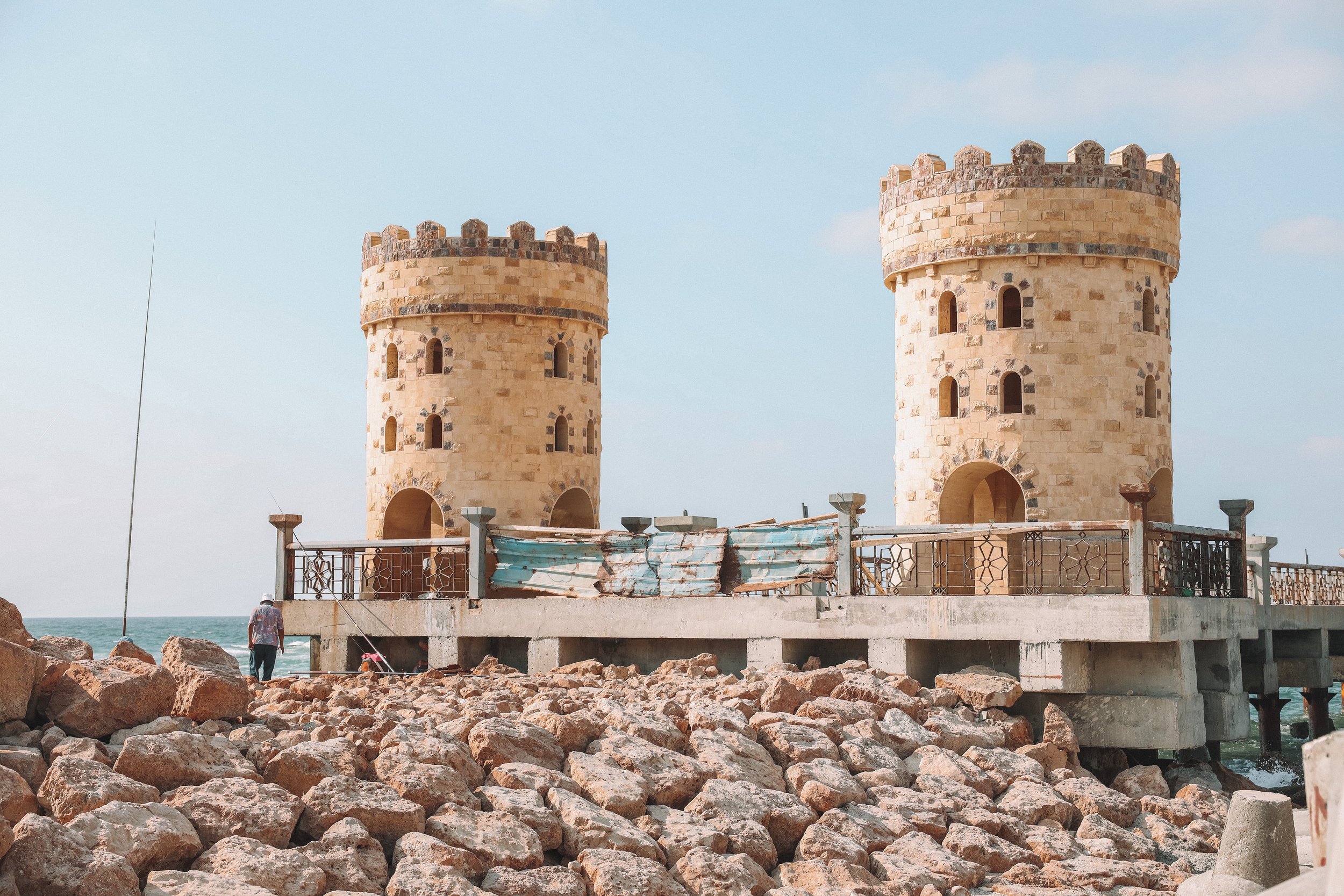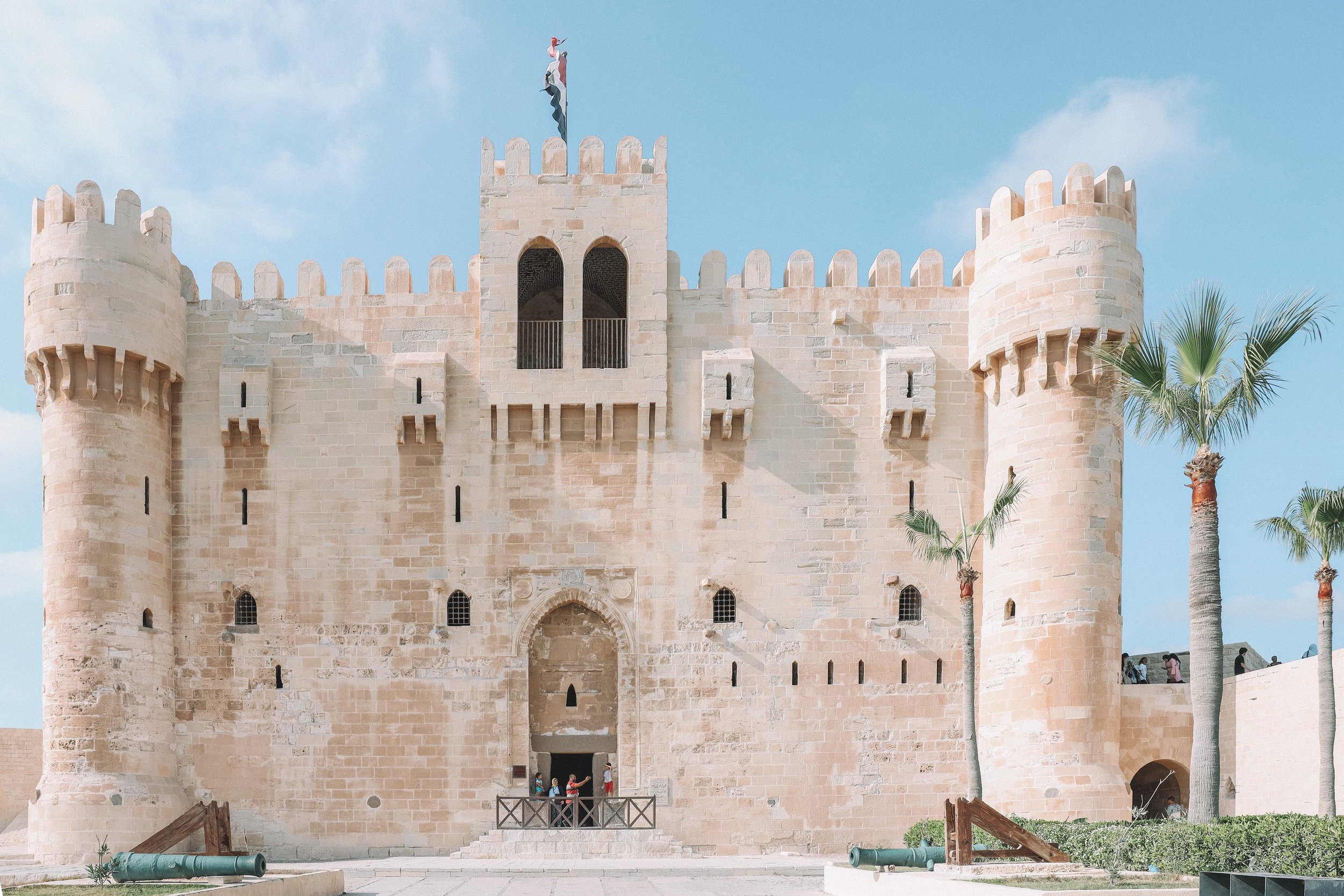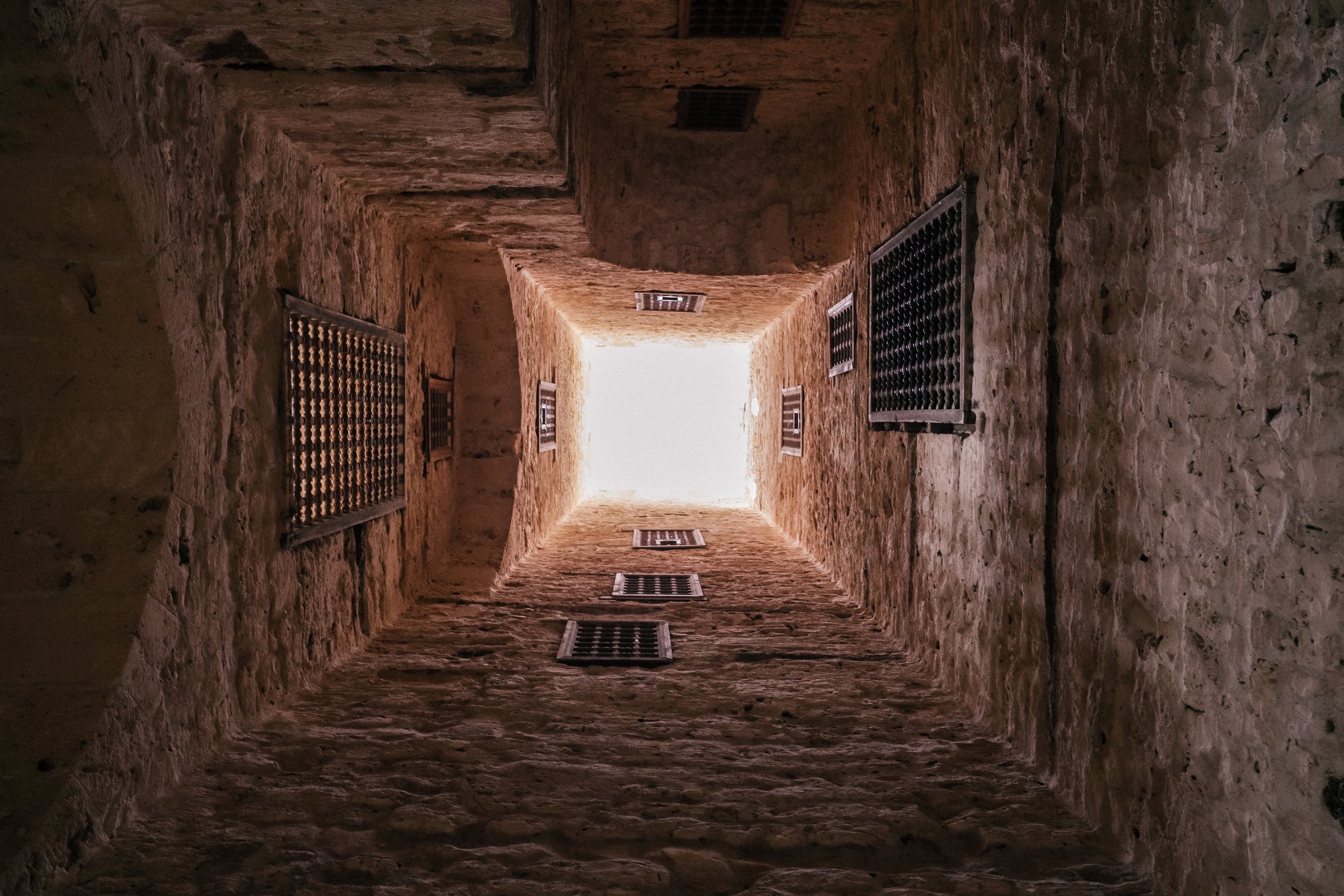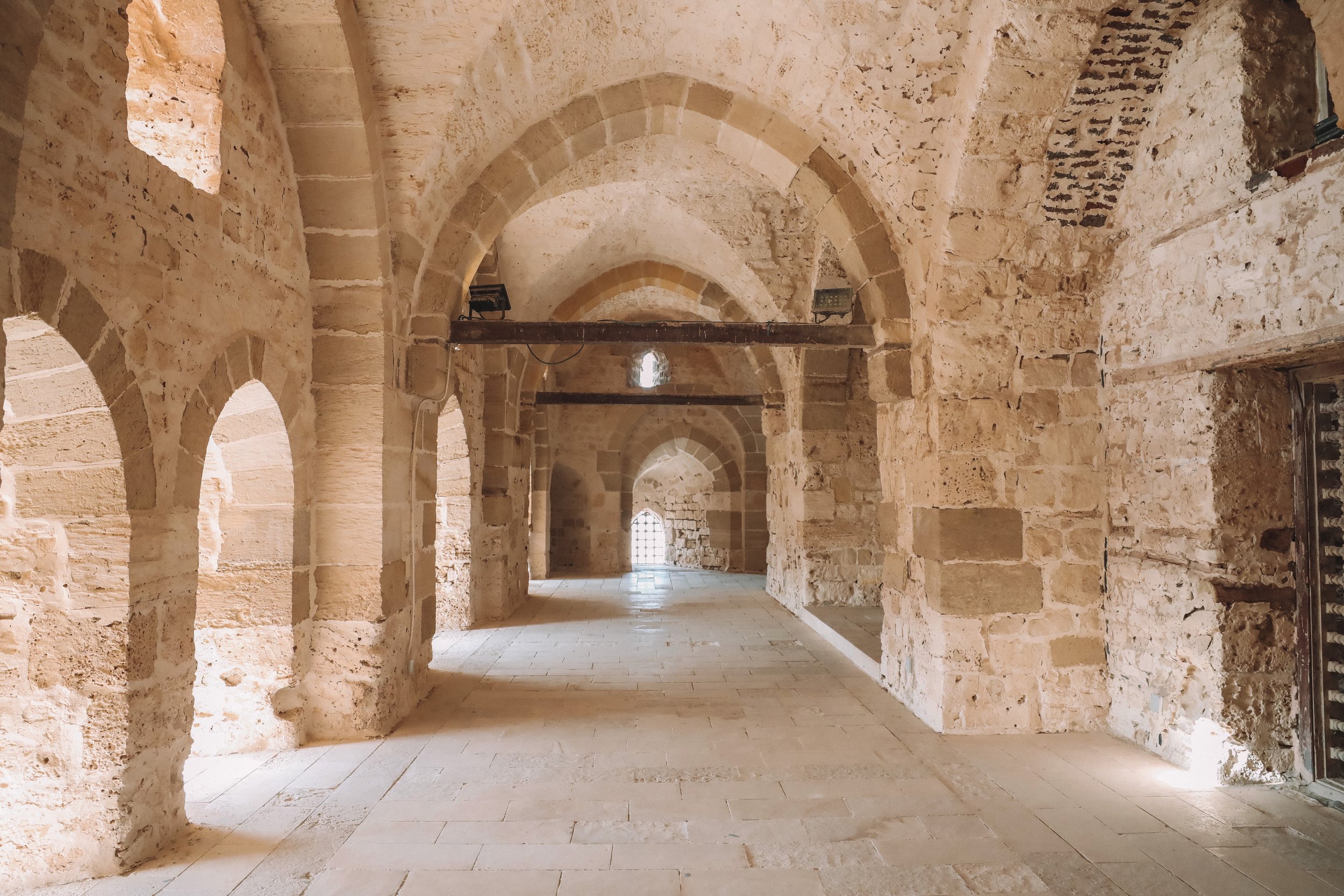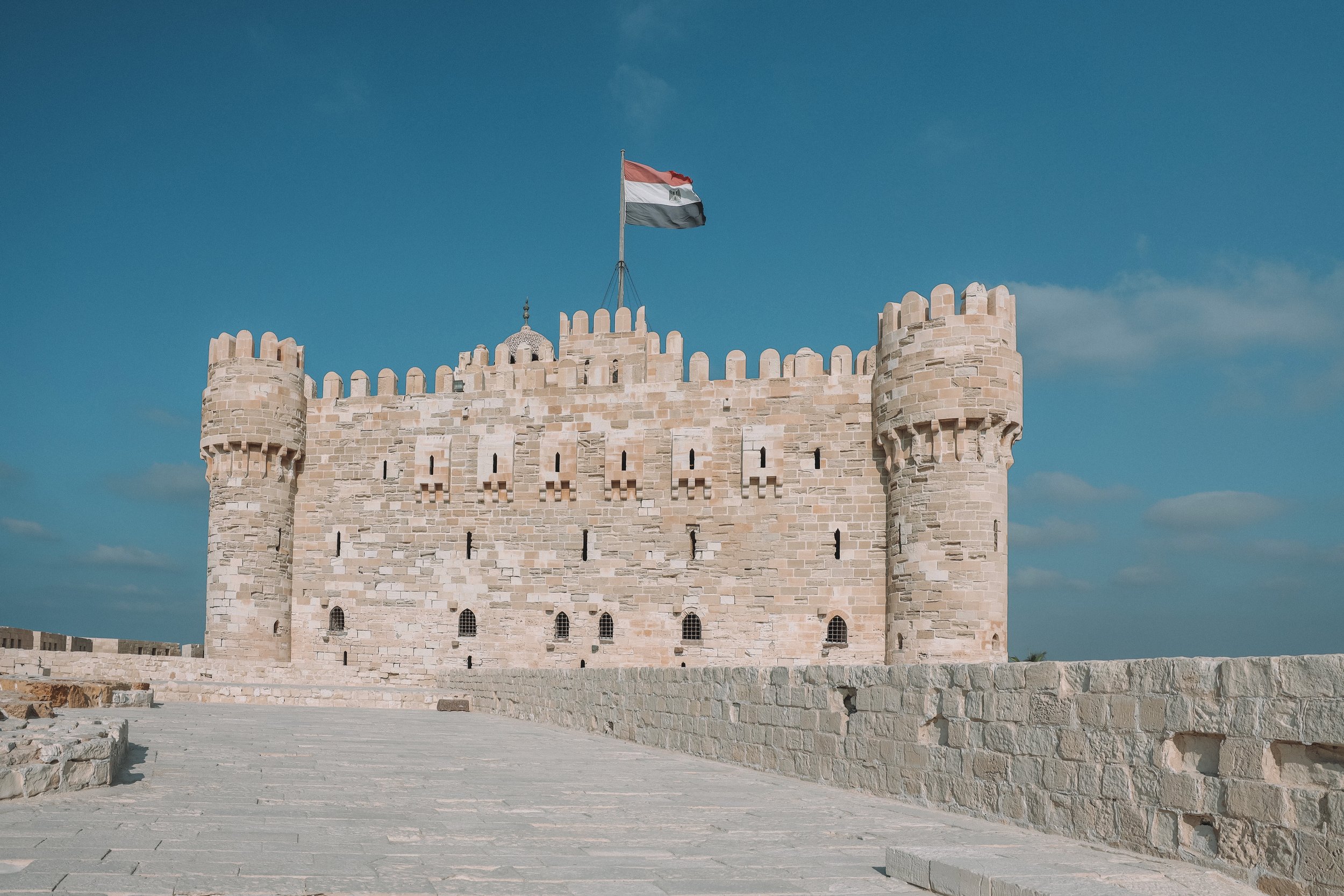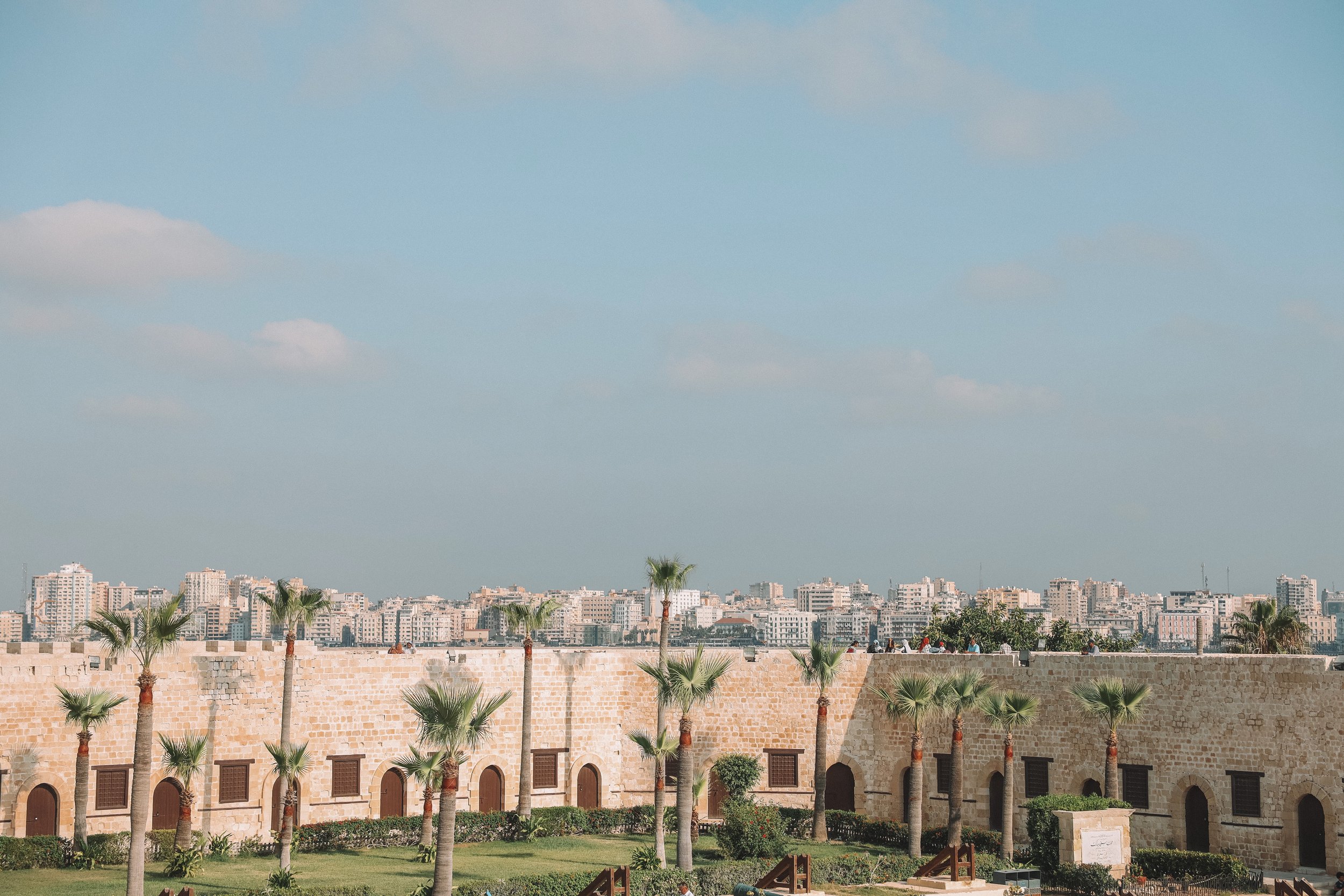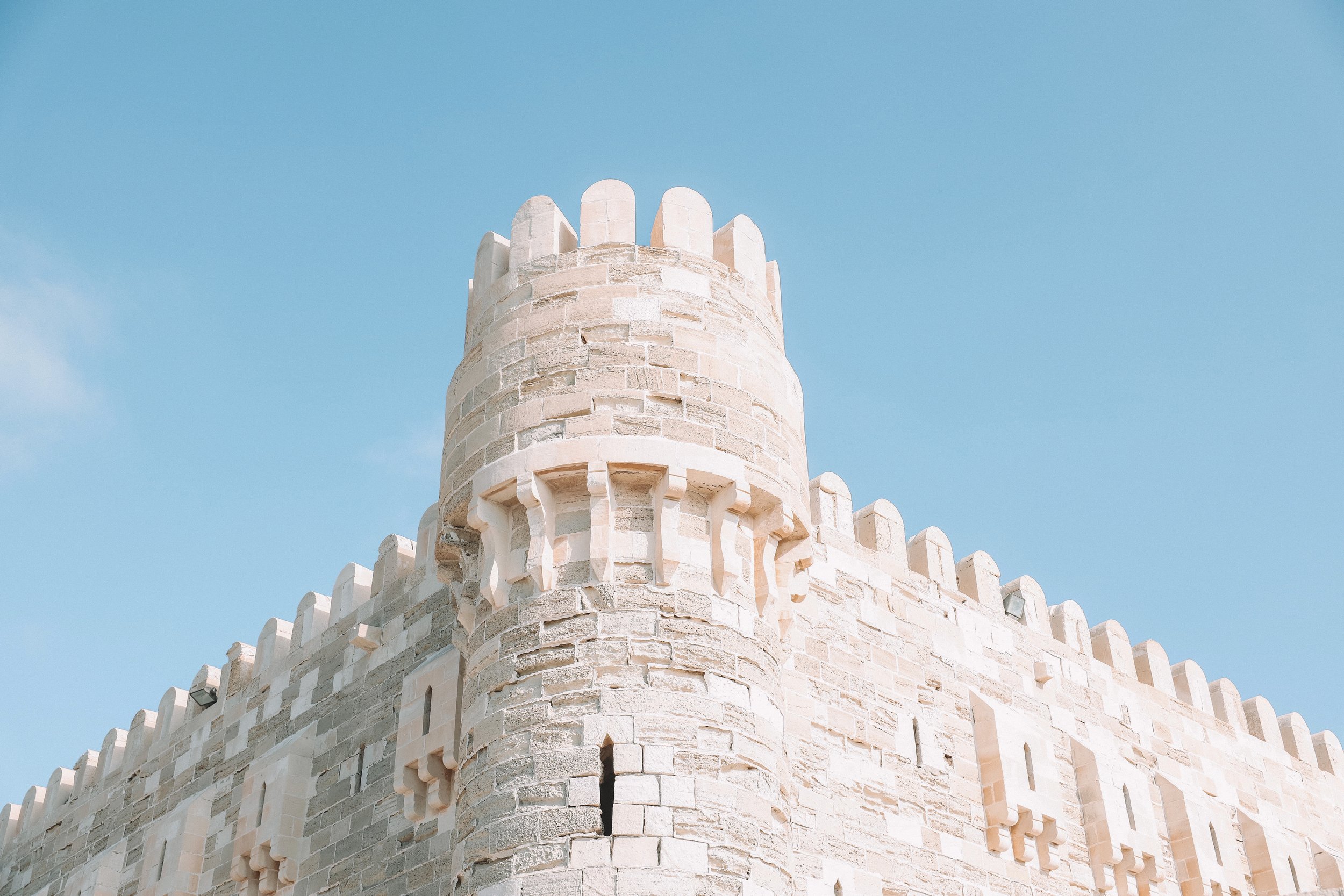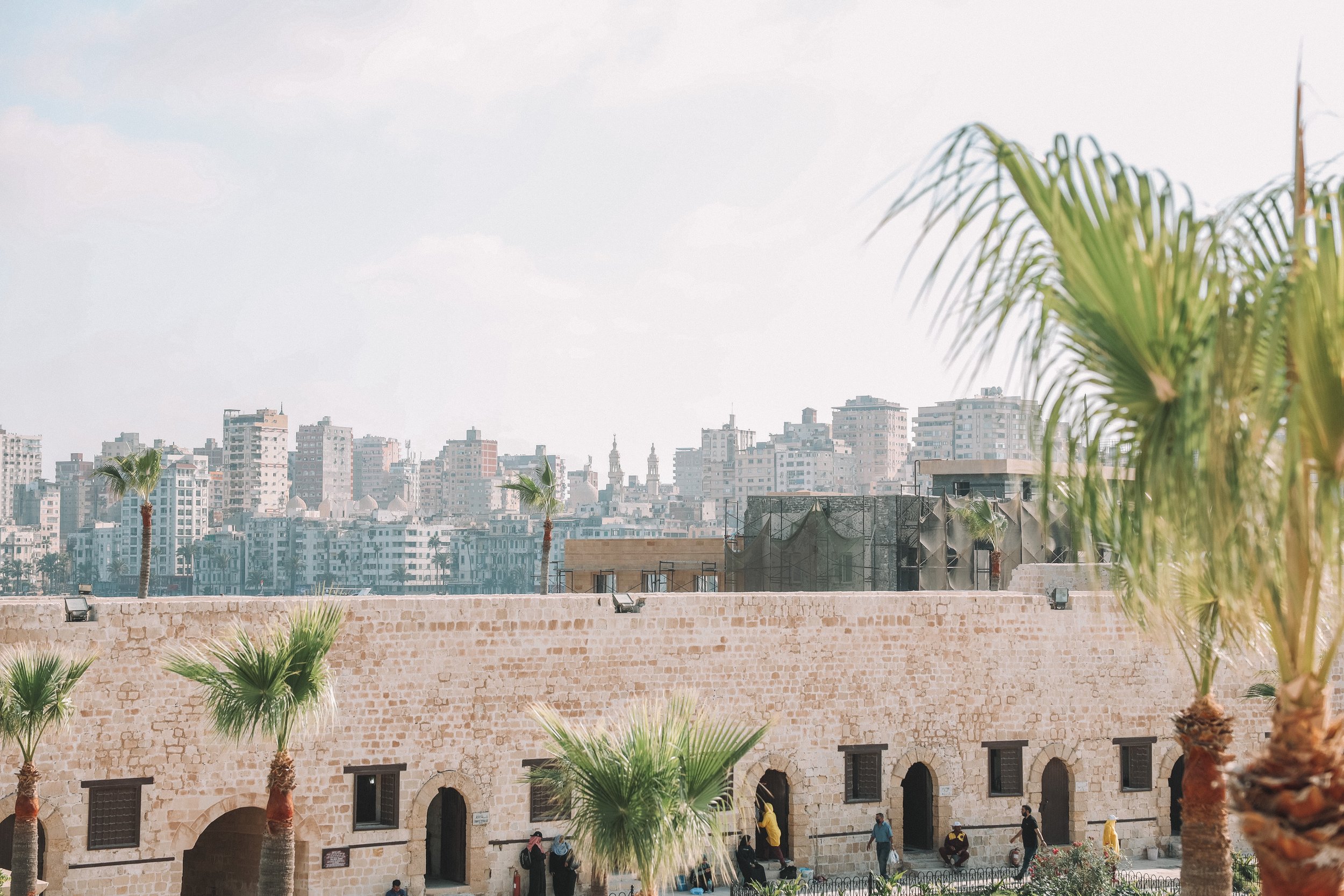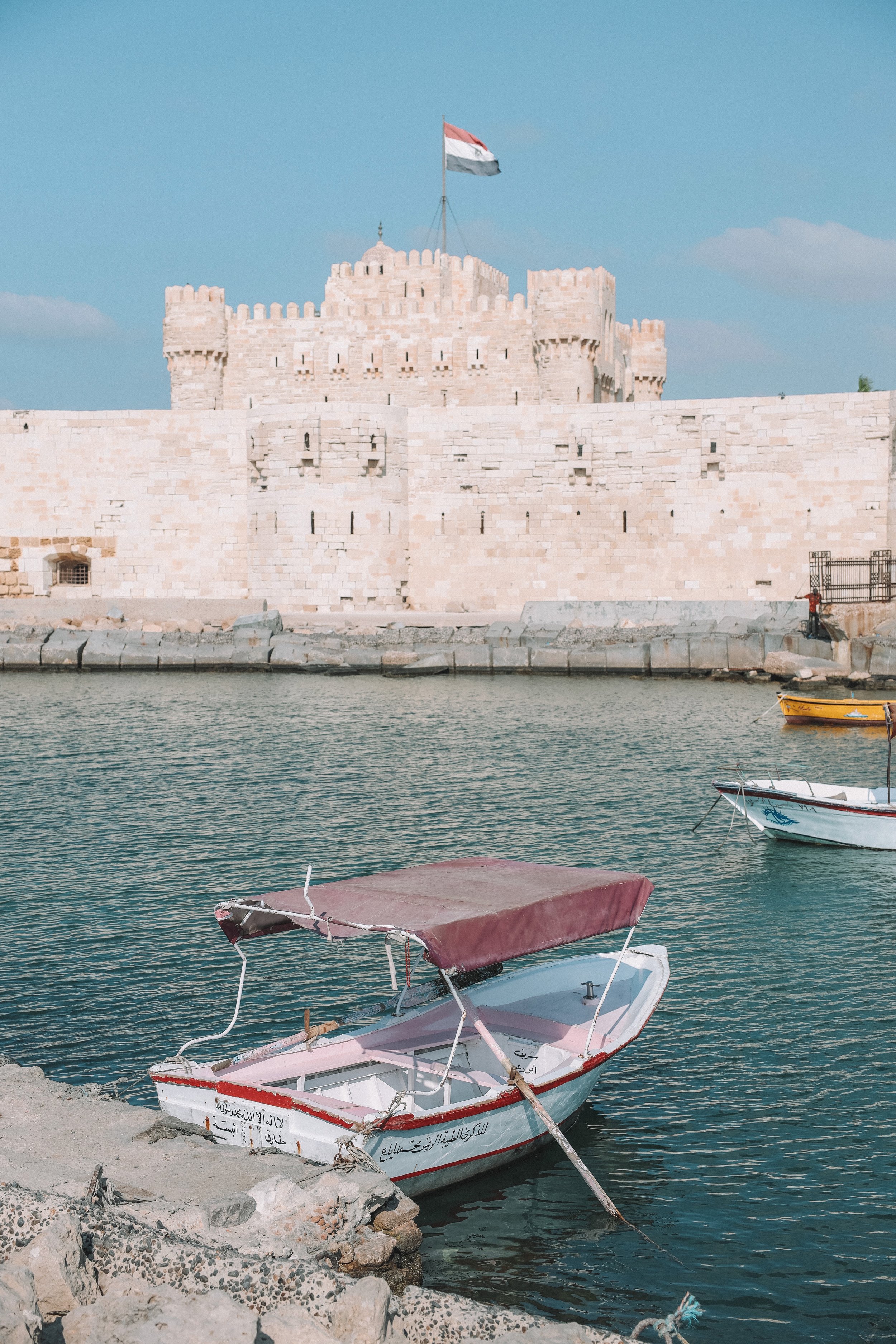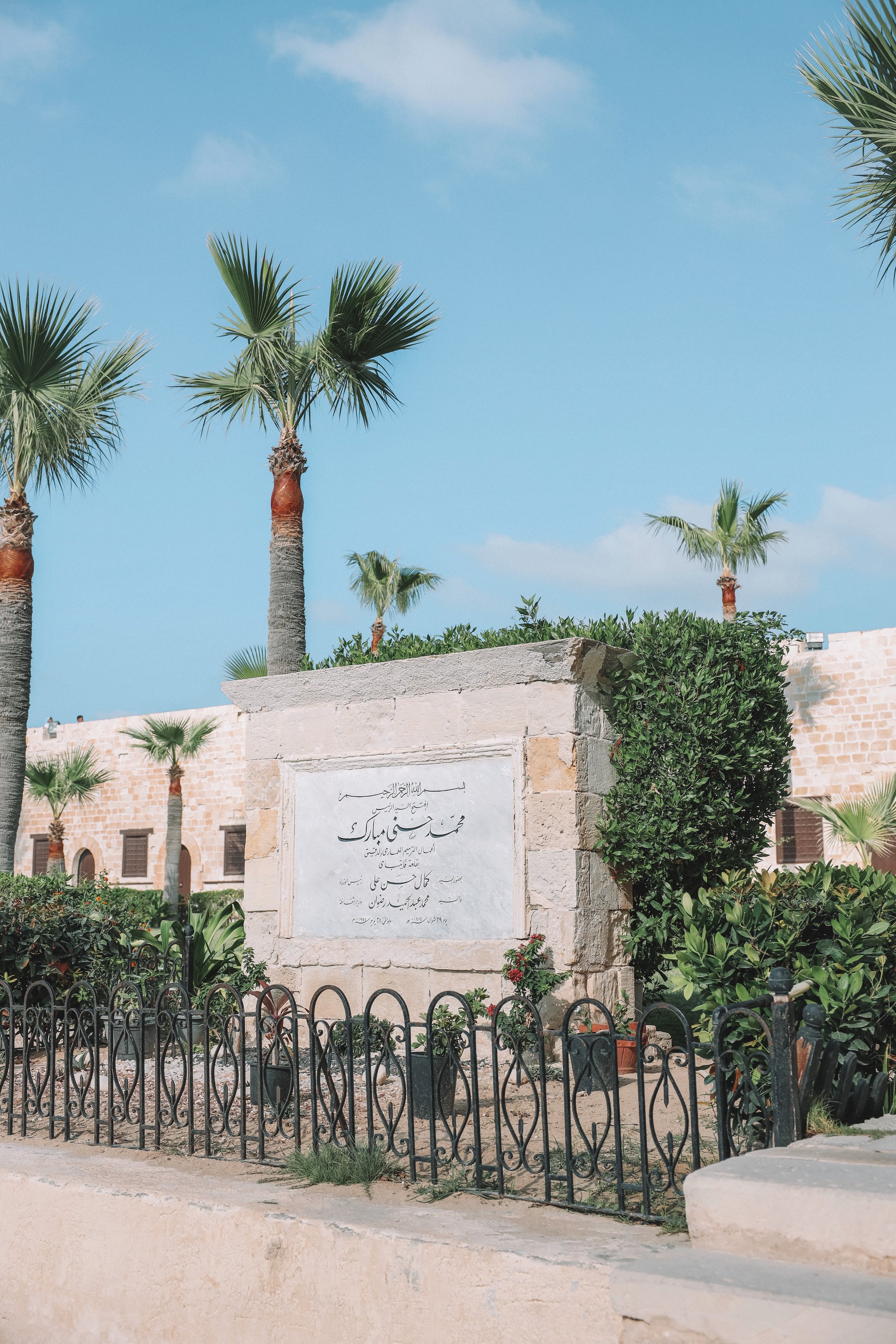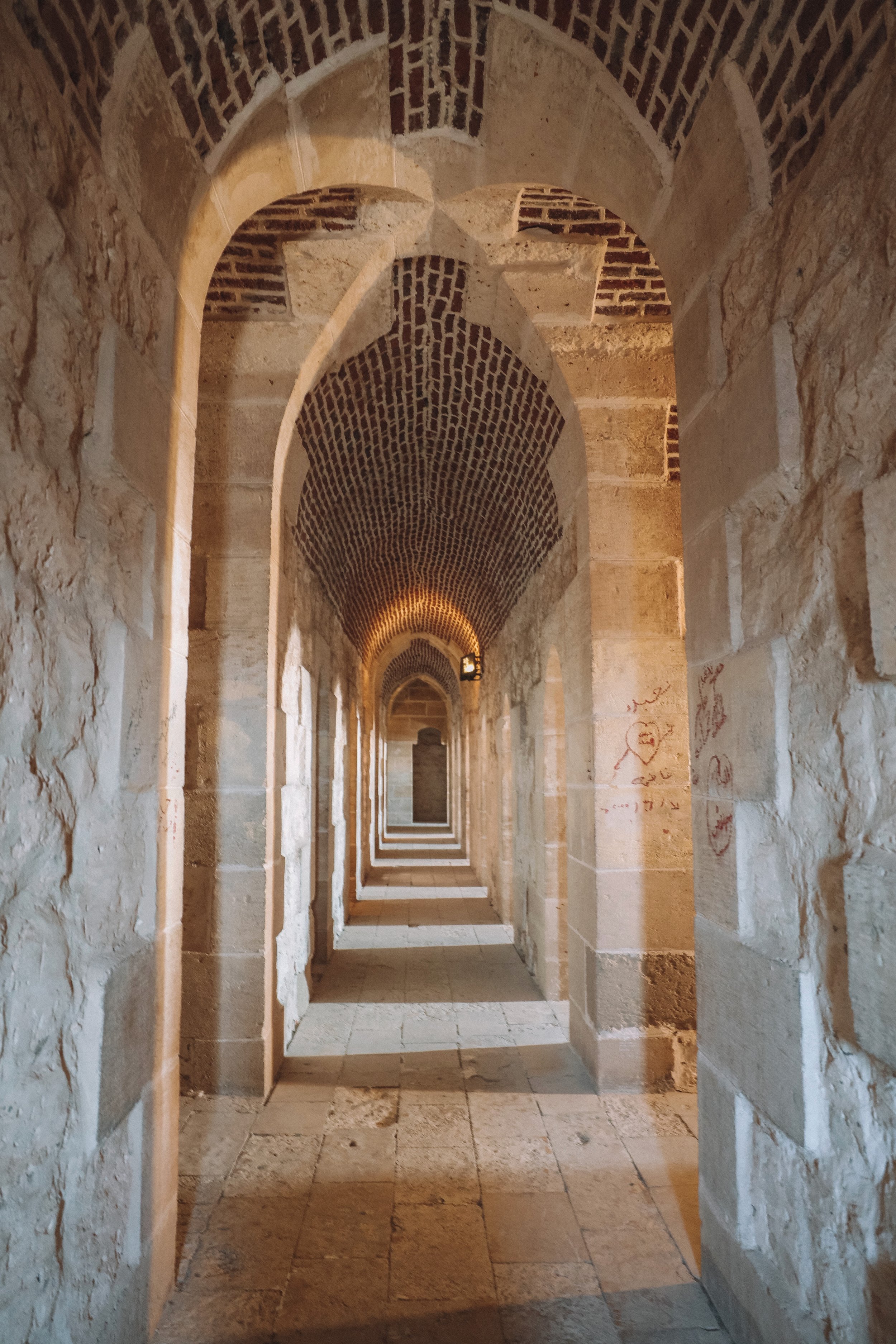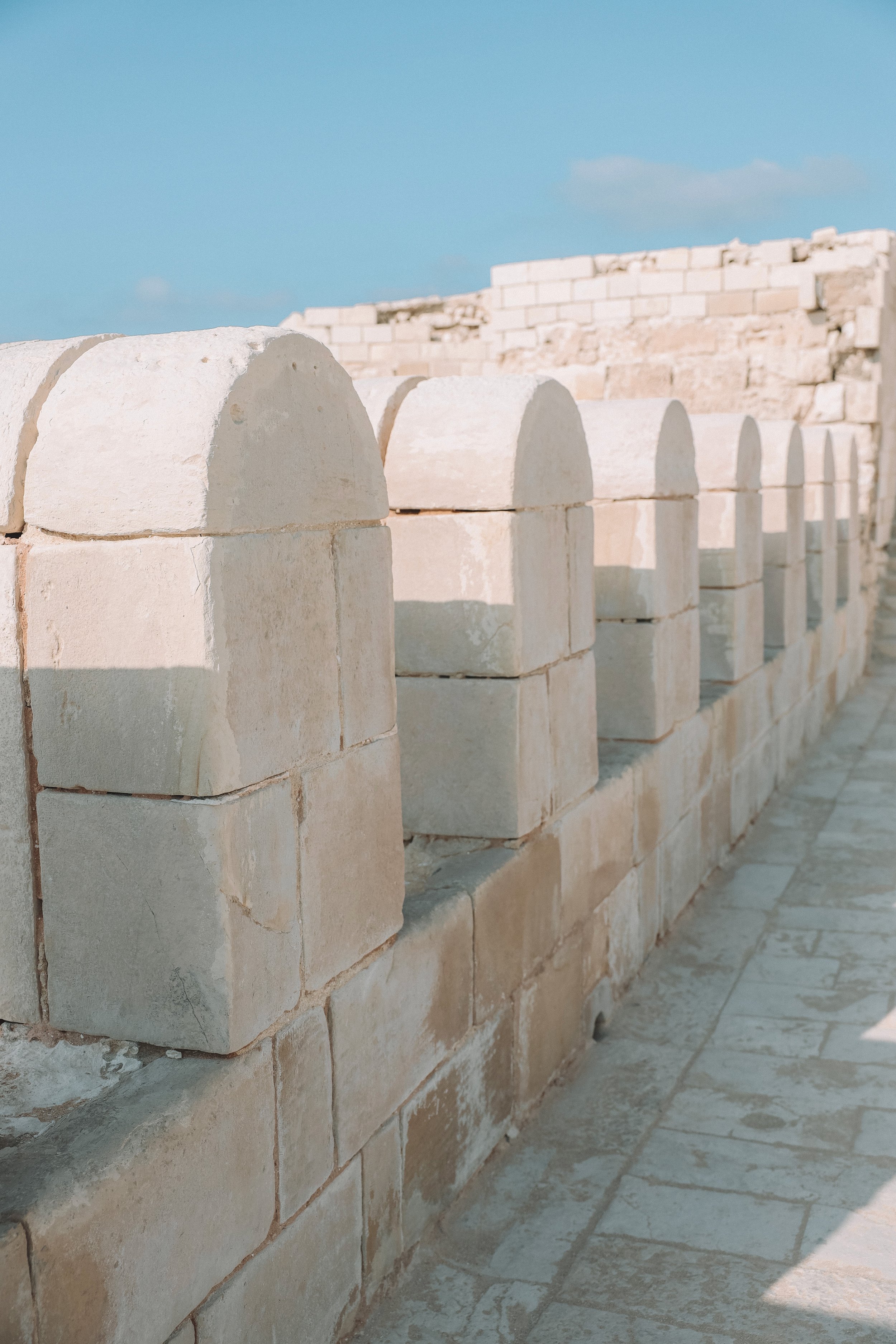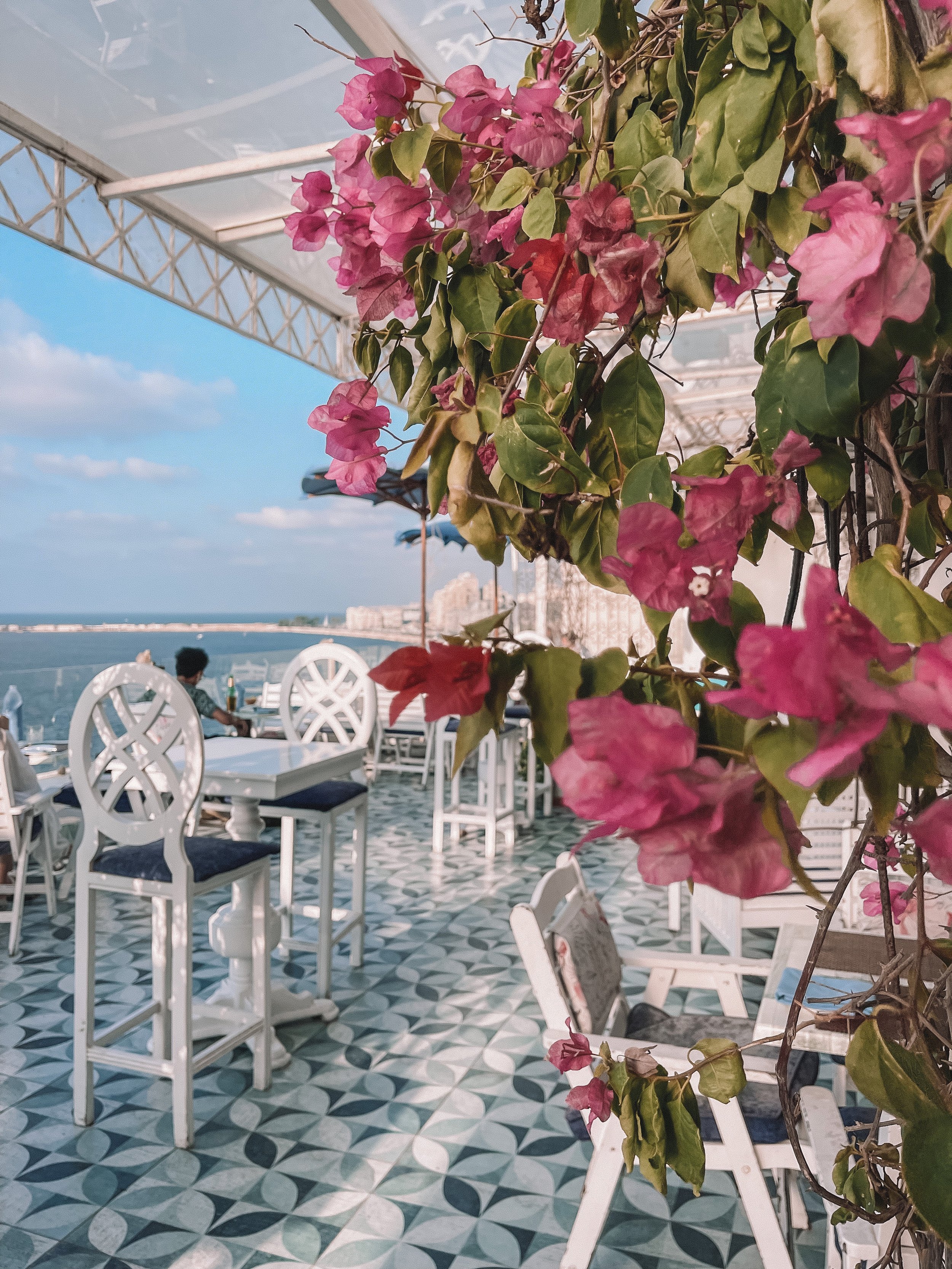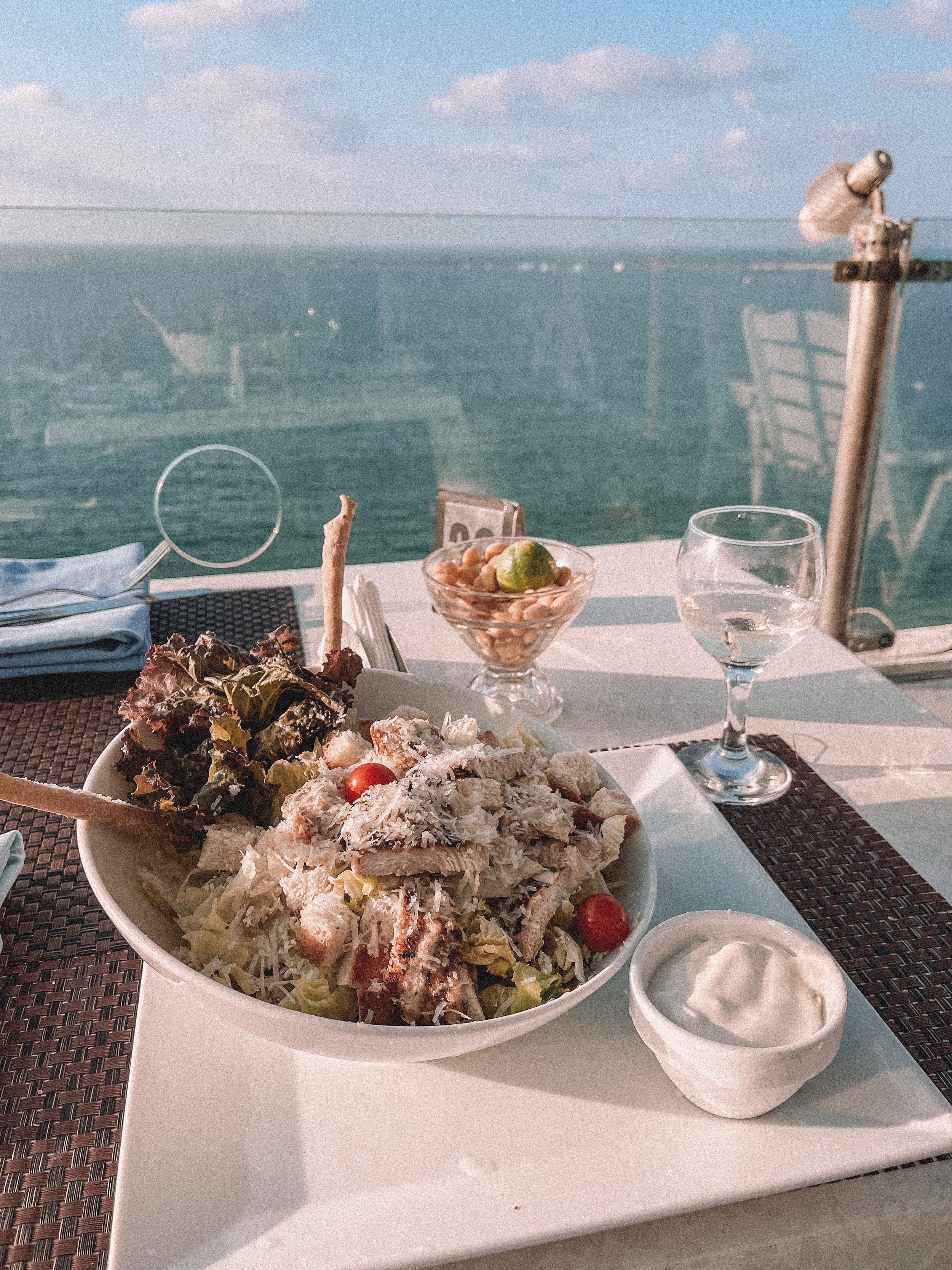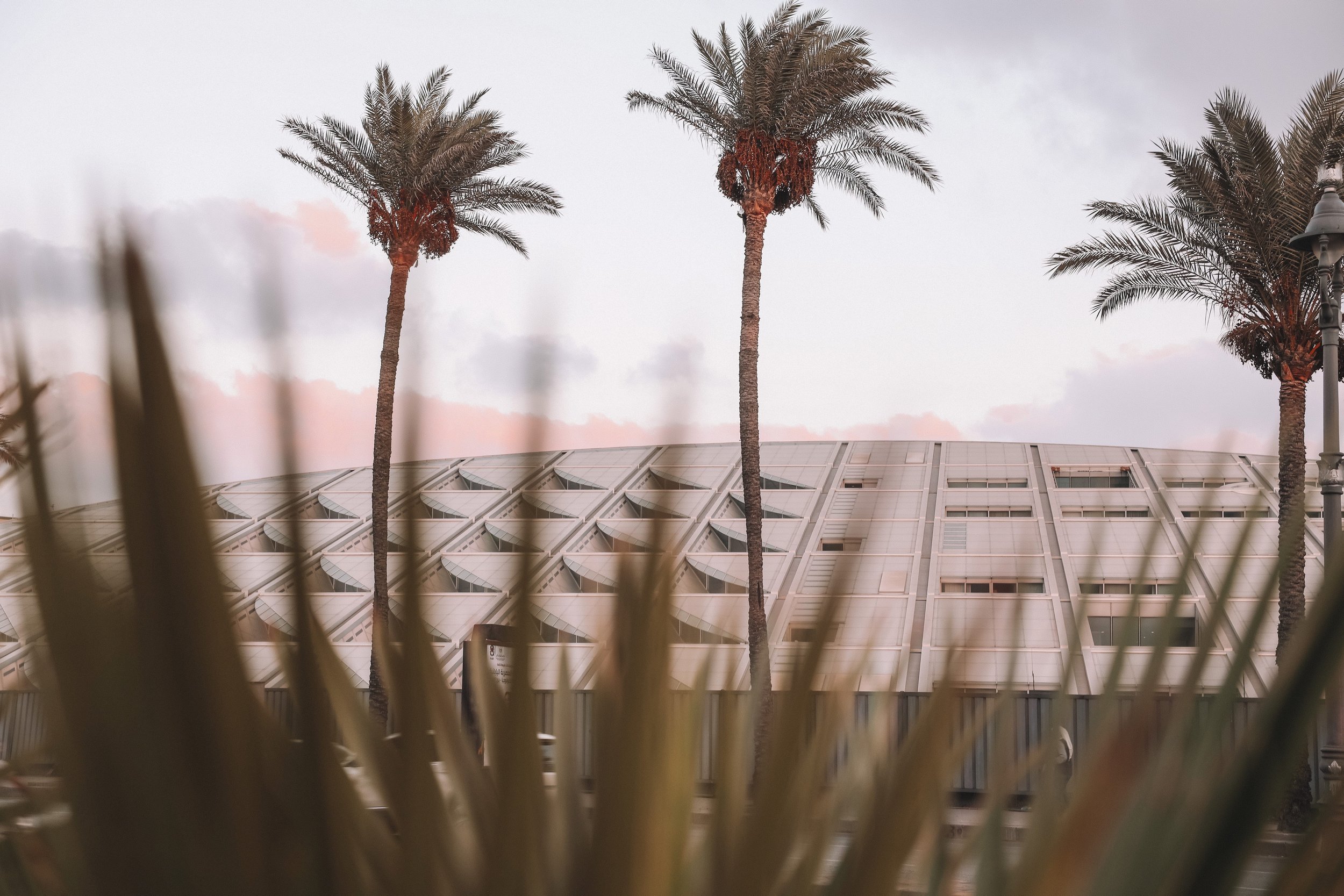Exploring the world of Ancient Egypt
To kick off my 2022 adventure travels, I have decided to book a trip to Egypt, which is probably the top country I’ve ever wanted to visit since I was a little kid. I have put a lot of efforts and preparation into this trip, and it clearly paid off! Sometimes, it’s easy to be disappointed when your expectations are high, but I can now say that Egypt was phenomenal; much better than I anticipated! A few months before my trip, I started putting together a rough itinerary with all the locations I wanted to visit, but given the mixed reviews about safety that are all over the internet, I decided it would be preferable to ask a local agency to help me with my reservations. I partnered with iEgypt, which is ran by Mou and Joe in Cairo. These guys have been absolutely spot on! They’ve answered every single question I had and customised my tour as much as they could on top of making themselves available during the whole duration of my trip! Definitely check them out if you’re planning to go to Egypt, they do everything from group tours, custom tours, taxi reservations, activity reservations, bus/train/plane ticket reservations, etc.
2 Weeks in Egypt
Day 1 & 2: Cairo
The Great Pyramids of Giza
The Pyramids of Giza are some of the most famous and well-preserved ancient pyramids in the world. The three main pyramids, the Great Pyramid of Giza, the Pyramid of Khafre and the Pyramid of Menkaure, were built during the 4th dynasty of ancient Egypt and are believed to have been constructed as tombs for pharaohs. The Great Pyramid, the largest of the three, is considered one of the Seven Wonders of the Ancient World.
At the time of my visit, an entry ticket was 200 Egyptian pounds, but if you wish to climb up the main pyramid, it will cost you more (600 EGP). It’s something that is only recommended for those who are fit. Personally, my tour guide dissuaded me to do it because the chamber of the pyramid can only be accessed via a steep and narrow tunnel in which the temperature is extremely hot, and once you get there, it’s unfortunately empty!
For the best experience, I would highly recommend staying in a hotel nearby to wake up with a stunning view over the Giza Plateau. I chose to stay at the Egypt Pyramids Inn and couldn’t have been happier. My room was directly facing the Sphinx, the staff was very thoughtful and the rooftop terrace offered panoramic views to die for!
The Pyramid of Djoser
The Pyramid of Djoser, located at the Saqqara Necropolis in Egypt, is considered to be the world's oldest stone pyramid. It was built during the 3rd dynasty of ancient Egypt, and was constructed as a tomb for the pharaoh Djoser. The pyramid is unique in that it is built in a series of stepped terraces, as opposed to the smooth-sided pyramids that came later. A visit to the Pyramid of Djoser is definitely much quieter than the Pyramids of Giza and for that reason, I would highly recommend it. Additionally, it is likely that your tour guide will stop at various shops along the way. I know we stopped at the Papyrus museum and at a rug store. There’s never any obligation to buy anything, but I know this can be a pain for some people. One main benefit of visiting these stores with your tour guide though is that you avoid all the hassle of constantly being stopped and yelled at when you go to the bazaar.
Cairo City & Khan El-Khalili
Khan El-Khalili is a famous bazaar and market located in the Islamic district of Cairo. It is a major tourist destination, known for its traditional architecture, bustling atmosphere, and wide variety of goods available for purchase, including textiles, jewelry, perfumes, and traditional Egyptian souvenirs.
If you’re a bit hungry, I’d recommend checking out Abou Tarek, a popular restaurant in Cairo. Their specialty is koshari, a traditional Egyptian dish made of rice, lentils, and macaroni, topped with a spicy tomato sauce.
If you’re in the mood for something a bit more fancy though, I’d highly recommend going to Bullona at the Four Seasons hotel. Bullona is a Mediterranean and Italian restaurant known for its fine dining experience, elegant atmosphere and its outstanding views of the Nile river. Their food is delicious and they have a wine list that features a wide range of wines from different regions of the world. I tried local Egyptian wine, which I was very skeptical about, and ended up really loving it!
The Egyptian Museum
Visiting the Egyptian Museum is an excellent way to gain a deeper understanding of ancient Egyptian civilization and its rich cultural heritage. It houses a vast collection of over 120,000 items, including the treasures of Tutankhamun, the mummies of pharaohs and other members of the royal family, as well as a wide variety of statues, jewelry, and other artefacts from ancient Egypt. It is located right next to Tahrir Square and the entrance fee is 160 EGP. I particularly loved that there were some cats roaming around inside the museum!
Day 3 to 5: Siwa Oasis
Siwa Oasis is a beautiful and historic destination located in the western desert of Egypt near the Libyan border. Known for its stunning natural landscapes, rich cultural heritage, and unique architecture, Siwa is a popular destination for both tourists and history buffs alike. Though, the main reason why local Egyptians visit this secluded destination is for its sand bath therapy. Personally, the beautiful oasis was the biggest highlight of my trip, and it is well worth a detour!
How to get there?
By bus: There are regular bus services that run from Cairo to Siwa, with the journey taking around 10-12 hours depending on the bus company. This trip usually happens overnight and isn’t particularly comfortable, however it is the most popular and cheaper option to get there.
By car: Travellers can also drive to Siwa, it is around 800km from Cairo, and it's a journey that takes around 10 hours. The road is well-paved, and it's a great option for those who prefer to travel independently, but please note that you will get stopped by the police multiple times for controls.
By plane: The nearest airport to Siwa Oasis is Marsa Matrouh Airport, which is located around 320km from Siwa. From there, you can take a bus or a taxi to get to Siwa. To be honest, I don’t really see the benefit of choosing this option.
Regardless of the way you choose to get there, it's important to note that the journey to Siwa can be long, and you should be prepared for the heat and rugged terrain of the desert.
Ali Khaled Mountain Camp
During my trip to Siwa, I chose to stay at this camp which is situated in the heart of the oasis. It is surrounded by towering sand dunes, salt lakes and palm groves and offers travellers a chance to experience the beauty and tranquility of the desert while enjoying a variety of outdoor activities. The camp is also a great place to stargaze at night, as the skies are clear and free of light pollution. The camp is known for its rustic atmosphere and traditional Bedouin meals; a great opportunity to experience the local culture and customs.
Sunset in Fatnas Island
Fatnas Island, also known as "the Island of Peace", is known for its stunning sunset views over the saltwater lake. The island is surrounded by a variety of palm trees and is home to a small Bedouin community. It is also known for its sunset parties and live music, which add to the vibrant and lively atmosphere. Watching the sunset at Fatnas Island is a unique and unforgettable experience and it's a great way to end a day of exploring the Siwa Oasis. I couldn’t believe my eyes watching the reflection of the sun on the water!
Historic tour of the Old Town
There are many historical sites to visit in Siwa! Those that were included in my itinerary are: the Oracle Temple, the Temple of Umm Ubayd, the Mountain of the dead, the Shali Fortress and Cleopatra Baths. My favourite was definitely the Shali Fortress, a well-preserved medieval castle located in the center of the oasis. Travellers can climb to the top of the fortress for a panoramic view of the surrounding area. If you would like to have a bite to eat in town, I would recommend checking out Abdu restaurant and its stunning outdoor area decorated with fairy lights.
Salt Lakes
The salt lakes of Siwa are a unique and fascinating natural feature of the desert landscape. The most famous of these is Lake Siwa, also known as the "Salt Lake" which is the largest natural saltwater lake in Egypt. This place is literally the only reason why I desperately wanted to visit this place and I can guarantee that all the efforts to get there are worth it! There isn’t just one lake, but hundreds of bright blue salt ponds around the city. I’d recommend going there with a guide and asking them to take you to the most beautiful spots! I would also recommend visiting early in the morning or later in the afternoon as this place gets incredibly hot during the day!
Siwa Desert Safari
A desert safari is a popular activity for tourists looking to explore the unique desert landscape of Siwa. A typical safari can include a variety of activities such as 4x4 off-road driving, camel trekking, and sandboarding. I chose to go on a 4x4 safari with Foozy, a professional driver who competes in 4x4 races in the region!
Day 6 & 7: Black & White Deserts
Black Desert
As soon as I got back to Cairo from Siwa (early morning after an overnight bus ride), I immediately joined a group to start my journey to the Black & White deserts. While they are also located in the Western Desert, if you look on a map, you’ll see that this desert is incredibly vast. In fact, it comprises approximately two thirds of the surface of Egypt! The best way to access these places is from Bahariya Oasis, which is about 4-5 hours south from Cairo. My first stop on this 2-day itinerary was the Black Desert. The Black Desert is a unique and dramatic landscape characterized by its dark-colored volcanic rocks and sand.
Crystal Moutain
Next stop on our itinerary was Crystal Mountain, a place known for its sparkling crystal-like appearance. The mountain is made up of white and black volcanic rock and is covered with a layer of selenite crystals. There are multiple hot springs in that area too, so our little group stopped for a quick dip and some snacks before we moved on to our next destination.
Aqabat Valley
Just before we arrived at our final destination for the day, we stopped in Aqabat Valley, known for its scenic beauty and unique geological formations. Let me tell you that our jaws dropped as soon as we got there! The immensity of this place is on a whole other level. The group stopped for some sandboarding which looked really fun, but isn’t really my thing. I took that opportunity to let the scenery sink in and capture some images!
Camping in the White Desert
Camping in the White Desert of Egypt is a popular activity for tourists and adventure seekers. This desert is known for its unique white limestone formations and otherworldly landscapes. It is the main reason why I decided to go on this tour, and it surpassed all my expectations! We were 5 passengers (plus our guide) aboard a small 4x4 and our guide took us to the White Desert just in time to catch the sunset. He then roamed around to find the best spot to install our camp. Then, within about an hour, he set up an entire little camp and cooking area and started preparing our dinner! We made a fire and chatted about life until late at night while stargazing. When the time came to go to bed, I realized we all had our own little mattress and sleeping bag and we were about to sleep where we wanted, directly on the sand. What a magical experience! I’m still pinching myself!
Day 8 to 11: Aswan to Luxor
Before I start this section, let me share how I decided to spend the next few days, and why I would recommend doing things differently. One of the most popular things to do in this area is to hop on a Nile River cruise and follow a touristy itinerary to discover some of the most beautiful temples between Luxor and Aswan. While I really enjoyed the quality of the cruise I was on (4D3N), this is something I would personally not recommend. This was my first ever experience on a cruise and it confirmed why I have always thought this wasn’t for me. Cruiseships have to follow a very strict itinerary, and they basically drop you in the touristy places for 1-2 hours, then you have to come back to the boat to move on to the next spot. The reality is that there’s not just one boat on the river, but hundreds. So you find yourself visiting these amazing temples with thousands of people around you who are figthing to get the best shots of themselves under a 40-degree heat. Not fun! I would personally recommend doing the same itinerary at your own pace using the services of a private driver.
Aswan Area
That being said, I have seen so many beautiful sites on this cruise, starting with Aswan and its dam, which was built in 1902. The Aswan Dam is known for its impressive size and for the impact it has had on the local area. Indeed, its construction resulted in some important flooding and a lot of temples and villages had to be moved to a different location. Aswan is also well-known for its rich culture and history and well as its perfumes which are made using natural ingredients such as essential oils and herbs. These perfumes are often used in traditional Egyptian rituals and ceremonies, and are known for their unique scents and healing properties.
Philae Temple
This is a beautiful temple dedicated to the goddess Isis, which was relocated to its current location on an island in the Nile River in the 1970s to protect it from flooding caused by the construction of the dam. To access this temple, you will have to hop on a little felucca (traditional boat) and ride to the island for about 5-10 minutes.
The Nubian Village
Aswan is actually located in Nubia, which is an ancient region that is known for its rich culture and history. The joyful village is located further south from Aswan and is visually very different from the rest of the city, mainly due to its bright and colourful architecture! Once again, you will need to access this village via felucca. The Nubian people continue to worship crocodiles, which is a tradition as old as the pharaohs who used to worship them as evil, envy and war. That’s why you’ll find numerous mummified crocodiles in the village. It is believed it prevents evil things from happening!
Aswan Nature Reserve
Aswan Nature Reserve is located on the Nile River and offers boat tours that allow visitors to explore the beautiful and unique flora and fauna of the area. The boat tours are a popular way to experience the reserve and to see some of the many birds, animals, and plants that call the area home. Personally, that’s the only type of Nile River cruise/boat tour I would definitely recommend doing! It allows you to see the amazing ecosystem along the Nile River. Essentially, both shores are very green with a lot of beautiful plants and trees, and you can see the desert just a few meters from the shore with its rough and dry climate; a beautiful contrast!
The Temples of Abu Simbel
The temples of Abu Simbel are two massive rock temples in southern Egypt (3 hours from Aswan). They were built during the reign of Pharaoh Ramses II in the 13th century BC. To visit, you can book a tour from Aswan or take a bus from the nearby town of Abu Simbel. Expect to see towering statues of Ramses II and intricate carvings depicting scenes from ancient Egyptian history and mythology. The main temple is the one with the four statues of Ramses II sitting, while the second temple is dedicated to Ramses II’s favourite wife (he had six), Nefertari. Interestingly, instead of only building statues of the goddess for the temple that’s dedicated to her, he felt the need to surround the two statues of Nefertari by statues of himself…. I think it is fair to say the man loved himself quite a lot!
Fun fact: the temples were both relocated to their current location in the 1960s to avoid flooding from the dam.
Kom Ombo & Edfu
After spending 2 days in Aswan, our cruise ship departed and headed north towards Luxor. We sailed all the way to the temple of Kom Ombo, which we visited at sunset. We then sailed at night all the way to Edfu, which we visited very early the next morning. The only way to get to Edfu temple is by horse cabriolet by riding through the old city.
Luxor
After we finished our visit of the Temple of Edfu, we embarked the boat to head to our final destination, Luxor. Luxor is known for its significant historical and archaeological sites, particularly those related to ancient Thebes, one of the most important cities of ancient Egypt.
Karnak temple
Our first visit of the afternoon was the Karnak Temple Complex. It is one of the most visited and most impressive archaeological sites in Egypt, and considered to be the largest ancient religious site in the world. The complex was built and expanded over a period of more than 1,500 years and it consists of a vast mix of decayed temples, chapels, pylons, and other buildings. Expect to see towering pillars, intricate carvings, and impressive statues of ancient gods and pharaohs. Its Great Hypostyle Hall is basically a forest of 134 giant columns made of sandstone and covered in papyrus stalks. It's a must-see for anyone interested in ancient Egyptian history and culture.
Luxor temple
The Temple of Luxor is an ancient Egyptian temple complex built for the worship of the god Amun and his consort Mut. It is known for its large scale and well-preserved hieroglyphs and statues, making it a popular tourist destination. I really enjoyed waiting for the crowds to pass and visiting it at nighttime for a completely different experience!
Valley of the Kings
The next morning I was supposed to go a on hot air balloon tour, however the wind conditions werent great and this activity got cancelled, so I returned to the cruise ship and managed to get a bit more sleep before I headed to the West Bank in the afternoon. My visit to the West Bank started in the Valley of the Kings, an ancient burial site where tombs were built for pharaohs and powerful nobles during the New Kingdom period. It is known for its well-preserved tombs and colorful paintings and hieroglyphs. Many famous pharaohs such as Tutankhamun and Ramses II were buried in the valley.
Fun fact: pharaohs would order the construction of their own tombs during their reign. These tombs are essentially a long tunnel build inside the valley. As soon as a pharaoh would die, no one was allowed to enter their tomb, which means that the construction would be stopped and left as it is. Therefore, all tombs are of different length and design!
Hatshepsut Temple
The reason why I loved this place so much is because it was built for the female pharaoh (yes, you read right!) Hatshepsut, who ruled Egypt during the 18th dynasty. The temple is known for its unique architecture, featuring a series of terraces that lead to the main temple. It is also known for its well-preserved reliefs and inscriptions, which offer insight into the reign of Hatshepsut and the religious beliefs of ancient Egypt. The temple is considered one of the most impressive examples of ancient Egyptian architecture.
After I was done with the visit of this temple, we quickly stopped at an alabaster factory to see how locals use alabaster to make local handcrafts. We also briefly stopped at the Colossi of Memnon, two massive stone statues of the Pharaoh Amenhotep III.
Hilton Luxor
Since my flight was only later that night, I decided to head back to town and treat myself with a relaxing evening at the Hilton hotel, which offers stunning views on the Nile River and a chic atmosphere!
Day 12 & 13: Sharm El-Sheikh
Later that evening, I boarded my flight to Sharm El-Sheikh, located in the Sinai Peninsula. The main reason why I wanted to go there was to experience that the Red Sea had to offer. The Red Sea is a popular destination for beachgoers, but also for people who are passionate about diving!
El Sahaba Mosque
This mosque is considered one of the most important religious sites in the city, and is known for its large dome and minaret, as well as its intricate Islamic architecture and decoration.
White Island
A day trip to White Island, also known as Ras Mohammad National Park, is a popular day trip from Sharm El-Sheikh. The island offers a variety of activities, including snorkeling and diving, where visitors can explore the rich marine life and coral reefs in the Red Sea. The island is known for its crystal clear waters and abundance of colorful fish and coral. The price to try diving (even if it’s your first time) is so affordable compared to other places in the world that I highly encourage you to try! It costs approximately $40USD for a 15-min dive with an instructor who will accompany you the whole time.
Farsha Cafe
This stunning venue is one of the most popular places in Sharm El-Sheikh and perfect to have some late afternoon drinks and watch the sunset. The decoration and seating arrangements of the cafe are out of a fairytale and will make you feel like you are in the Aladdin movie.
Movenpick Sharm
During your stay in Sharm El-Sheikh, I would highly recommend treating yourself by staying at a luxury beach resort. I personally chose to stay at the Mövenpick hotel, which is about 15 minutes outside of town. The main reason for choosing this place is because they have their own private beaches and snorkeling sites and I didn’t want to be dealing with hordes of tourists. I really enjoyed staying there and would highly recommend it!
Mount Sinai
By now I think you’ve probably realized how much I love the outdoors and I figured I’d challenge myself with a night hike of Mount Sinai in order to catch the sunrise at the top of the mountain! Mount Sinai is believed to be the location of the biblical event in which Moses received the Ten Commandments from God. The hike to the summit typically starts in the evening and takes around 3 hours to reach the top. It's a challenging hike, due to the steep inclines (754-meter total elevation) and rocky terrain, but the views from the summit (2,285-meter peak) are worth the effort. It's also a spiritual experience for many people, as the hike to the summit can be seen as a pilgrimage. It is recommended to wear comfortable hiking shoes, bring a flashlight and a water bottle, and be prepared for the cold temperatures at the summit. At the top, you’ll find a few locals who sell hot beverages and food. They also have blankets for rent in case you’re cold! On your way back to the base of the mountain, I would suggest stopping for a visit of St. Catherine’s Greek Orthodox Monastery. It is one of the oldest continuously inhabited monasteries in the world, dating back to the 6th century AD and is also a UNESCO World Heritage Site.
Day 14: Alexandria
The next morning I headed straight to the airport to fly to Alexandria and spend my last day there. If I’m being honest, this was probably too much of a stretch because I wanted to see it all. For a better experience, I would actually recommend staying in the Sinai Peninsula and spending a day in Dahab, which I’ve only seen a glimpse of and looks stunning! However, if you do get the opportunity to visit Alexandria, I’d suggest going for a walk along the Eastern Harbor. You’ll find plenty of amazing beach cafes, monuments and opportunities for good photos!
Citadel of Qaitbay
The Citadel of Qaitbay is a 15th-century fortress that is considered one of the most important defensive structures built on the Mediterranean coast during the medieval period. During your visit, you can explore the citadel's fortifications, including towers, ramparts, and a moat. The citadel also offers stunning views of the Mediterranean Sea and the city of Alexandria.
Windsor Palace Rooftop
For lunch, head to the reception of the Paradise Inn - Windsor Palace hotel and ask if it’s possible to have lunch on their rooftop terrace. Visitors are usually allowed in this private hotel, but note that there might be a minimum spend. The views on the Mediterranean Sea from their terrace are absolutely stunning and the atmosphere is very different from the rest of Egypt.
Biblioteca Alexandrina
Last but not least is this modern library which is considered one of the most important cultural and educational institutions in the country and a symbol of the resurgence of the city as a center of learning and culture.
Disclaimer about safety in Egypt: From my own personal experience, I have not felt unsafe, threatened or worried once during my entire trip around Egypt. The only thing that was bothering me was that there were constantly some vendors trying to sell me something (in touristy places only) but I have found that acknowledging their presence (instead of ignoring them) by smiling at them and saying “no thanks I’m not interested” was the best way to be left alone! Of course, everyone’s experience can differ, but I have found the country to be very safe. There is “Tourist Police” everywhere, regular passport controls on the road and in touristy places, and people are generally very helpful and polite.
Tipping in Egypt: the tipping culture is still very present in Egypt and it is expected that you will tip literally everyone who helps you or whose services you’re using. For instance, you’re expected to tip your guides, drivers, baggage holders, waiters, hotel staff, etc. The general rule is to tip 10-15% of the total amount you’re paying, so it’s usually going to be a very small amount. Always make sure that you carry small bills on you because they don’t always have change. If you’re using a guide for a half-day or a full-day tour, you’re expected to give them a 50EGP tip for a half day and a 100EGP tip for a full day.



